C40-, C28-, and C-32-Linked Rapamycin Analogs as mTOR Inhibitors
Pitzen; Jennifer ; et al.
U.S. patent application number 16/398011 was filed with the patent office on 2019-11-07 for c40-, c28-, and c-32-linked rapamycin analogs as mtor inhibitors. The applicant listed for this patent is Revolution Medicines, Inc.. Invention is credited to James Bradley Aggen, G. Leslie Burnett, James Joseph Cregg, Adrian Liam Gill, Micah James Evans Gliedt, Gert Kiss, Julie Chu-Li Lee, Kevin T. Mellem, Jennifer Pitzen, Christopher Michael Semko, Arun P. Thottumkara, Gang Wang, Walter Won.
| Application Number | 20190336609 16/398011 |
| Document ID | / |
| Family ID | 66484166 |
| Filed Date | 2019-11-07 |
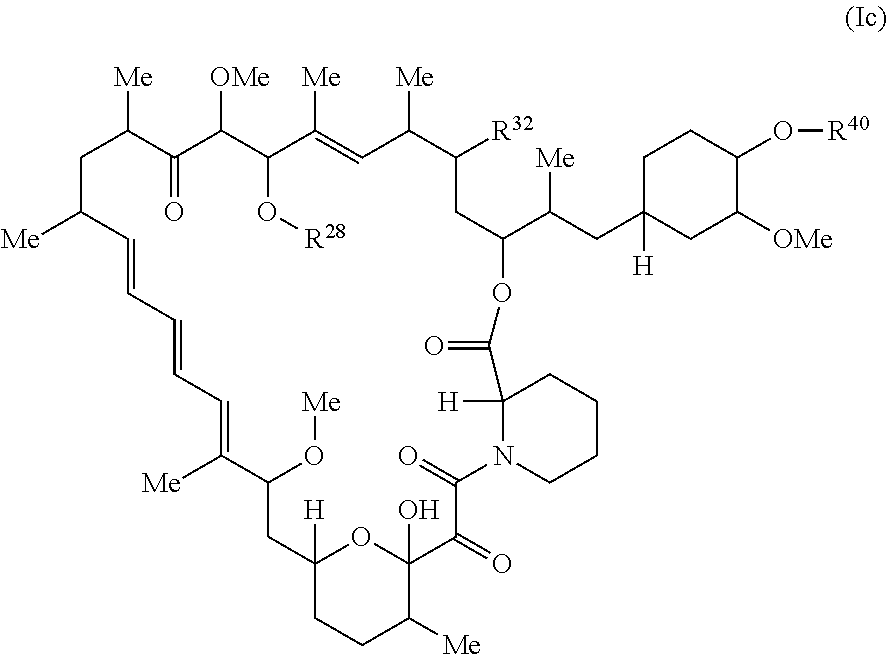



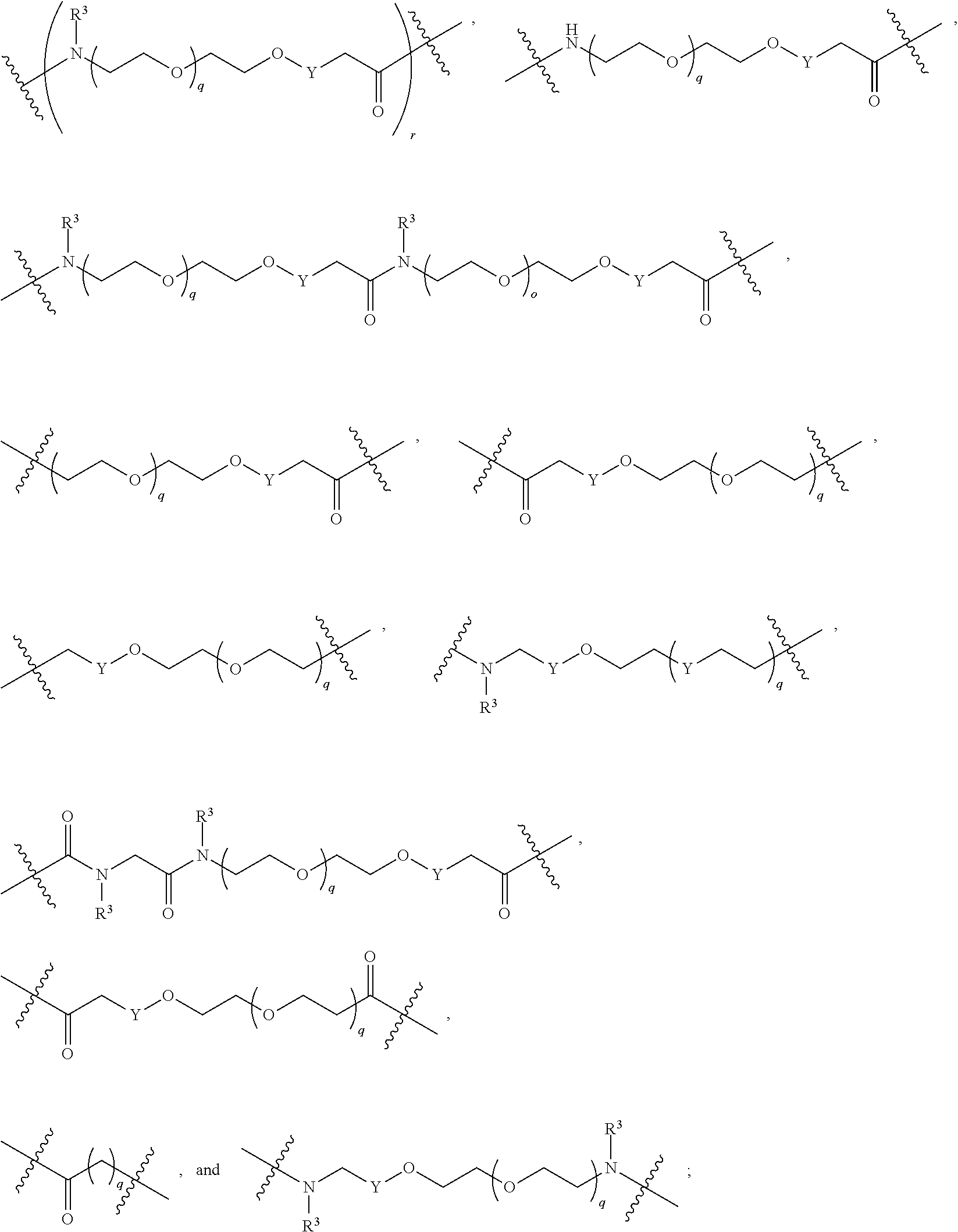


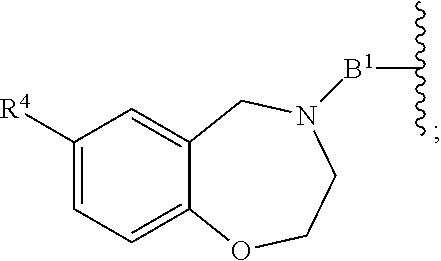




View All Diagrams
| United States Patent Application | 20190336609 |
| Kind Code | A1 |
| Pitzen; Jennifer ; et al. | November 7, 2019 |
C40-, C28-, and C-32-Linked Rapamycin Analogs as mTOR Inhibitors
Abstract
The present disclosure relates to mTOR inhibitors. Specifically, the embodiments are directed to compounds and compositions inhibiting mTOR, methods of treating diseases mediated by mTOR, and methods of synthesizing these compounds.
| Inventors: | Pitzen; Jennifer; (Redwood City, CA) ; Gliedt; Micah James Evans; (Redwood City, CA) ; Burnett; G. Leslie; (Redwood City, CA) ; Aggen; James Bradley; (Redwood City, CA) ; Kiss; Gert; (Redwood City, CA) ; Cregg; James Joseph; (Redwood City, CA) ; Semko; Christopher Michael; (Redwood City, CA) ; Won; Walter; (Redwood City, CA) ; Wang; Gang; (Redwood City, CA) ; Lee; Julie Chu-Li; (Redwood City, CA) ; Thottumkara; Arun P.; (Redwood City, CA) ; Gill; Adrian Liam; (Redwood City, CA) ; Mellem; Kevin T.; (Redwood City, CA) | ||||||||||
| Applicant: |
|
||||||||||
|---|---|---|---|---|---|---|---|---|---|---|---|
| Family ID: | 66484166 | ||||||||||
| Appl. No.: | 16/398011 | ||||||||||
| Filed: | April 29, 2019 |
Related U.S. Patent Documents
| Application Number | Filing Date | Patent Number | ||
|---|---|---|---|---|
| 62665435 | May 1, 2018 | |||
| 62752874 | Oct 30, 2018 | |||
| 62836036 | Apr 18, 2019 | |||
| Current U.S. Class: | 1/1 |
| Current CPC Class: | A61P 35/00 20180101; C07D 498/18 20130101; A61K 31/436 20130101; C07D 519/00 20130101; A61K 31/553 20130101; A61K 47/545 20170801; A61K 31/519 20130101 |
| International Class: | A61K 47/54 20060101 A61K047/54; A61K 31/436 20060101 A61K031/436; A61K 31/519 20060101 A61K031/519; A61K 31/553 20060101 A61K031/553 |
Claims
1. A compound of Formula Ic: ##STR01099## or a pharmaceutically acceptable salt or tautomer thereof, wherein: R.sup.32 is --H, .dbd.O, --OR.sup.3, --N.sub.3, or --O--C(.dbd.Z.sup.1)--R.sup.32a; R.sup.28 is --H, (C.sub.1-C.sub.6)alkyl, or --C(.dbd.Z.sup.1)--R.sup.28a; R.sup.40 is --H or --C(.dbd.Z.sup.1)--R.sup.40a; wherein when R.sup.28 and R.sup.40 are H, then R.sup.32 is not .dbd.O; each Z.sup.1 is independently O or S; R.sup.28a, R.sup.32a, and R.sup.40a are independently -A.sup.1-L.sup.1-A.sup.2-B; -A.sup.1-A.sup.2-B; -L.sup.2-A.sup.1-L.sup.1-A.sup.2-L.sup.3-B; --O--(C.sub.1-C.sub.6)alkyl; or --O--(C.sub.6-C.sub.10)aryl; wherein the aryl of --O--(C.sub.6-C.sub.10)aryl is unsubstituted or substituted with 1-5 substituents selected from --NO.sub.2 and halogen; A.sup.1 and A.sup.2 are independently absent or are independently selected from ##STR01100## ##STR01101## ##STR01102## wherein the bond on the left side of A.sup.1, as drawn, is bound to --C(.dbd.Z.sup.1)-- or L.sup.2; and wherein the bond on the right side of the A.sup.2 moiety, as drawn, is bound to B or L.sup.3; each Q is independently 1 to 3 rings selected from arylene, cycloalkylene, heteroarylene, and heterocyclylene; each X is independently absent or 1 to 2 rings selected from arylene, cycloalkylene, heteroarylene, and heterocyclylene; each X.sup.1 is independently a heteroarylene or heterocyclylene ring; each W is independently absent or 1 to 2 rings selected from arylene, cycloalkylene, heteroarylene, and heterocyclylene; each W.sup.1 is independently a heteroarylene or heterocyclylene ring; each G is independently absent or a ring selected from arylene, cycloalkylene, heteroarylene, and heterocyclylene; each G.sup.1 and G.sup.2 are independently heteroarylene or heterocyclylene ring; each L.sup.1 is independently selected from ##STR01103## L.sup.2 and L.sup.3 are independently absent or are independently selected from ##STR01104## each B is independently selected from ##STR01105## each B.sup.1 is independently selected from ##STR01106## ##STR01107## wherein the bond on the left side of B.sup.1, as drawn, is bound to A.sup.2, L.sup.3, or L.sup.1; and wherein the heteroarylene, heterocyclylene, and arylene are each independently optionally substituted with alkyl, hydroxy alkyl, haloalkyl, alkoxy, halogen, or hydroxyl; each R.sup.3 is independently H or (C.sub.1-C.sub.6)alkyl; each R.sup.4 is independently H, (C.sub.1-C.sub.6)alkyl, halogen, 5-12 membered heteroaryl, 5-12 membered heterocyclyl, (C.sub.6-C.sub.10)aryl, wherein the heteroaryl, heterocyclyl, and aryl are optionally substituted with --N(R.sup.3).sub.2, --OR.sup.3, halogen, (C.sub.1-C.sub.6)alkyl, --(C.sub.1-C.sub.6)alkylene-heteroaryl, --(C.sub.1-C.sub.6)alkylene-CN, --C(O)NR.sup.3-heteroaryl, or --C(O)NR.sup.3-heterocyclyl; each R.sup.5 is independently H, (C.sub.1-C.sub.6)alkyl, --C(O)OR.sup.3, or --N(R.sup.3).sub.2, wherein the alkyl of (C.sub.1-C.sub.6)alkyl is optionally substituted with --N(R.sup.3).sub.2 or --OR.sup.3; each R.sup.6 is independently H, (C.sub.1-C.sub.6)alkyl, --C(O)OR.sup.3, or --N(R.sup.3).sub.2, wherein the alkyl of (C.sub.1-C.sub.6)alkyl is optionally substituted with --N(R.sup.3).sub.2 or --OR.sup.3; each R.sup.7 is independently H, (C.sub.1-C.sub.6)alkyl, --C(O)OR.sup.3, or --N(R.sup.3).sub.2, wherein the alkyl of (C.sub.1-C.sub.6)alkyl is optionally substituted with --N(R.sup.3).sub.2 or --OR.sup.3; each R.sup.8 is independently H, (C.sub.1-C.sub.6)alkyl, --C(O)OR.sup.3, or --N(R.sup.3).sub.2, wherein the alkyl of (C.sub.1-C.sub.6)alkyl is optionally substituted with --N(R.sup.3).sub.2 or --OR.sup.3; each Y is independently C(R.sup.3).sub.2 or a bond; each n is independently an integer from one to 12; each o is independently an integer from zero to 30; each p is independently an integer from zero to 12; each q is independently an integer from zero to 30; and each r is independently an integer from one to 6.
2. The compound of claim 1, or a pharmaceutically acceptable salt or tautomer thereof, wherein R.sup.32 is .dbd.O.
3. The compound of claim 1, or a pharmaceutically acceptable salt or tautomer thereof, wherein R.sup.32 is --OR.sup.3.
4. The compound of claim 1, or a pharmaceutically acceptable salt or tautomer thereof, wherein the compound is represented by the structure of Formula (I-40b): ##STR01108## wherein R.sup.40 is --C(.dbd.Z.sup.1)--R.sup.40a.
5-15. (canceled)
16. The compound of claim 1, or a pharmaceutically acceptable salt or tautomer thereof, wherein the compound is represented by the structure of Formula (I-28b): ##STR01109## wherein R.sup.28 is --C(.dbd.Z.sup.1)--R.sup.28a.
17-27. (canceled)
28. The compound of claim 1, or a pharmaceutically acceptable salt or tautomer thereof, wherein the compound is represented by the structure of Formula (I-32b): ##STR01110## wherein R.sup.32 is --O--C(.dbd.Z.sup.1)--R.sup.32a.
29-39. (canceled)
40. The compound of claim 1, or a pharmaceutically acceptable salt or tautomer thereof, wherein L.sup.1 is ##STR01111##
41. The compound of claim 1, or a pharmaceutically acceptable salt or tautomer thereof, wherein L.sup.1 is ##STR01112##
42. The compound of claim 1, or a pharmaceutically acceptable salt or tautomer thereof, wherein L.sup.1 is ##STR01113##
43. The compound of claim 1, or a pharmaceutically acceptable salt or tautomer thereof, wherein L.sup.1 is ##STR01114##
44. The compound of claim 1, or a pharmaceutically acceptable salt or tautomer thereof, wherein L.sup.1 is ##STR01115##
45. The compound of claim 1, or a pharmaceutically acceptable salt or tautomer thereof, wherein L.sup.1 is ##STR01116##
46. The compound of claim 1, or a pharmaceutically acceptable salt or tautomer thereof, wherein L.sup.2 is ##STR01117##
47. The compound of claim 1, or a pharmaceutically acceptable salt or tautomer thereof, wherein L.sup.3 is ##STR01118##
48. The compound of claim 1, or a pharmaceutically acceptable salt or tautomer thereof, wherein A.sup.1 is absent.
49. The compound of claim 1, or a pharmaceutically acceptable salt or tautomer thereof, wherein A.sup.1 is ##STR01119##
50. The compound of claim 1, or a pharmaceutically acceptable salt or tautomer thereof, wherein A.sup.1 is ##STR01120##
51. The compound of claim 1, or a pharmaceutically acceptable salt or tautomer thereof, wherein A.sup.1 is ##STR01121##
52. The compound of claim 1, or a pharmaceutically acceptable salt or tautomer thereof, wherein A.sup.1 is ##STR01122##
53. The compound of claim 1, or a pharmaceutically acceptable salt or tautomer thereof, wherein A.sup.1 is ##STR01123##
54. The compound of claim 1, or a pharmaceutically acceptable salt or tautomer thereof, wherein A.sup.1 is ##STR01124##
55. The compound of claim 1, or a pharmaceutically acceptable salt or tautomer thereof, wherein A.sup.1 is ##STR01125##
56. The compound of claim 1, or a pharmaceutically acceptable salt or tautomer thereof, wherein A.sup.1 is ##STR01126##
57. The compound of claim 1, or a pharmaceutically acceptable salt or tautomer thereof, wherein A.sup.2 is absent.
58. The compound of claim 1, or a pharmaceutically acceptable salt or tautomer thereof, wherein A.sup.2 is ##STR01127##
59. The compound of claim 1, or a pharmaceutically acceptable salt or tautomer thereof, wherein A.sup.2 is ##STR01128##
60. The compound of claim 1, or a pharmaceutically acceptable salt or tautomer thereof, wherein A.sup.2 is ##STR01129##
61. The compound of claim 1, or a pharmaceutically acceptable salt or tautomer thereof, wherein A.sup.2 is ##STR01130##
62. The compound of claim 1, or a pharmaceutically acceptable salt or tautomer thereof, wherein A.sup.2 is ##STR01131##
63. The compound of claim 1, or a pharmaceutically acceptable salt or tautomer thereof, wherein A.sup.2 is ##STR01132##
64. The compound of claim 1, or a pharmaceutically acceptable salt or tautomer thereof, wherein A.sup.2 is ##STR01133##
65. The compound of claim 1, or a pharmaceutically acceptable salt or tautomer thereof, wherein A.sup.2 is ##STR01134##
66. The compound of claim 1, or a pharmaceutically acceptable salt or tautomer thereof, wherein B is ##STR01135##
67. The compound of claim 1, or a pharmaceutically acceptable salt or tautomer thereof, wherein B is ##STR01136##
68. The compound of claim 1, or a pharmaceutically acceptable salt or tautomer thereof, wherein B.sup.1 is ##STR01137##
69. The compound of claim 1, or a pharmaceutically acceptable salt or tautomer thereof, wherein B.sup.1 is ##STR01138##
70. The compound of claim 1, or a pharmaceutically acceptable salt or tautomer thereof, wherein R.sup.4 is 5-12 membered heteroaryl, optionally substituted with --N(R.sup.3).sub.2, --OR.sup.3, halogen, (C.sub.1-C.sub.6)alkyl, --(C.sub.1-C.sub.6)alkylene-heteroaryl, --(C.sub.1-C.sub.6)alkylene-CN, or --C(O)NR.sup.3-heteroaryl.
71. The compound of claim 1, or a pharmaceutically acceptable salt or tautomer thereof, or a pharmaceutically acceptable salt or tautomer thereof, wherein compound has the following formula: ##STR01139##
72. A compound selected from the group consisting of: ##STR01140## ##STR01141## ##STR01142## ##STR01143## ##STR01144## ##STR01145## ##STR01146## ##STR01147## ##STR01148## ##STR01149## ##STR01150## ##STR01151## ##STR01152## ##STR01153## ##STR01154## ##STR01155## ##STR01156## ##STR01157## ##STR01158## ##STR01159## ##STR01160## ##STR01161## ##STR01162## ##STR01163## ##STR01164## ##STR01165## ##STR01166## ##STR01167## ##STR01168## ##STR01169## ##STR01170## ##STR01171## ##STR01172## ##STR01173## ##STR01174## ##STR01175## or a pharmaceutically acceptable salt or isomer thereof.
73. A compound selected from the group consisting of: ##STR01176## ##STR01177## ##STR01178## ##STR01179## ##STR01180## ##STR01181## ##STR01182## ##STR01183## ##STR01184## ##STR01185## ##STR01186## ##STR01187## ##STR01188## ##STR01189## ##STR01190## ##STR01191## ##STR01192## ##STR01193## ##STR01194## ##STR01195## ##STR01196## ##STR01197## ##STR01198## ##STR01199## ##STR01200## ##STR01201## ##STR01202## ##STR01203## ##STR01204## ##STR01205## ##STR01206## ##STR01207## ##STR01208## ##STR01209## ##STR01210## ##STR01211## ##STR01212## ##STR01213## ##STR01214## ##STR01215## ##STR01216## ##STR01217## ##STR01218## ##STR01219## ##STR01220## or a pharmaceutically acceptable salt or isomer thereof.
74. A compound selected from the group consisting of: ##STR01221## ##STR01222## ##STR01223## ##STR01224## ##STR01225## ##STR01226## ##STR01227## ##STR01228## ##STR01229## ##STR01230## or a pharmaceutically acceptable salt or isomer thereof.
75. A pharmaceutical composition comprising a compound of claim 1, or a pharmaceutically acceptable salt thereof, and at least one of a pharmaceutically acceptable carrier, diluent, or excipient.
76. A method of treating a disease or disorder mediated by mTOR comprising administering to the subject suffering from or susceptible to developing a disease or disorder mediated by mTOR a therapeutically effective amount of one or more compounds of claim 1, or a pharmaceutically acceptable salt thereof.
77. A method of preventing a disease or disorder mediated by mTOR comprising administering to the subject suffering from or susceptible to developing a disease or disorder mediated by mTOR a therapeutically effective amount of one or more compounds of claim 1, or a pharmaceutically acceptable salt thereof.
78. A method of reducing the risk of a disease or disorder mediated by mTOR comprising administering to the subject suffering from or susceptible to developing a disease or disorder mediated by mTOR a therapeutically effective amount of one or more compounds of claim 1, or a pharmaceutically acceptable salt thereof.
79-81. (canceled)
82. A method of treating cancer comprising administering to the subject a therapeutically effective amount of one or more compounds of claim 1, or a pharmaceutically acceptable salt thereof.
83. (canceled)
84. A method of treating an immune-mediated disease comprising administering to the subject a therapeutically effective amount of one or more compounds of claim 1, or a pharmaceutically acceptable salt thereof.
85. (canceled)
86. A method of treating an age related condition comprising administering to the subject a therapeutically effective amount of one or more compounds of claim 1, or a pharmaceutically acceptable salt thereof.
87-95. (canceled)
Description
CROSS REFERENCE TO RELATED APPLICATIONS
[0001] This application claims the benefit of U.S. Provisional Application No. 62/665,435, filed May 1, 2018 and U.S. Provisional Application No. 62/752,874, filed Oct. 30, 2018 and U.S. Provisional Application No. 62/836,036, filed Apr. 18, 2019, the contents of which are incorporated herein by reference in their entireties.
REFERENCE TO A SEQUENCE LISTING
[0002] The Sequence Listing associated with this application is provided in text format in lieu of a paper copy, and is hereby incorporated by reference into the specification. The name of the text file containing the Sequence Listing is REME_008_03US_SeqList_ST25.txt. The text file is about 40 Kilo Bytes, was created on Apr. 29, 2019, and is being submitted electronically via EFS-Web.
FIELD OF THE DISCLOSURE
[0003] The present disclosure relates to mTOR inhibitors. Specifically, the embodiments are directed to compounds and compositions inhibiting mTOR, methods of treating diseases mediated by mTOR, and methods of synthesizing these compounds.
BACKGROUND OF THE DISCLOSURE
[0004] The mammalian target of rapamycin (mTOR) is a serine-threonine kinase related to the lipid kinases of the phosphoinositide 3-kinase (PI3K) family. mTOR exists in two complexes, mTORC1 and mTORC2, which are differentially regulated, have distinct substrate specificities, and are differentially sensitive to rapamycin. mTORC1 integrates signals from growth factor receptors with cellular nutritional status and controls the level of cap-dependent mRNA translation by modulating the activity of key translational components such as the cap-binding protein and oncogene eIF4E.
[0005] mTOR signaling has been deciphered in increasing detail. The differing pharmacology of inhibitors of mTOR has been particularly informative. The first reported inhibitor of mTOR, Rapamycin is now understood to be an incomplete inhibitor of mTORC1. Rapamycin is a selective mTORC1 inhibitor through the binding to the FK506 Rapamycin Binding (FRB) domain of mTOR kinase with the aid of FK506 binding protein 12 (FKBP12). The FRB domain of mTOR is accessible in the mTORC1 complex, but less so in the mTORC2 complex. Interestingly, the potency of inhibitory activities against downstream substrates of mTORC1 by the treatment of Rapamycin is known to be diverse among the mTORC1 substrates. For example, Rapamycin strongly inhibits phosphorylation of the mTORC1 substrate S6K and, indirectly, phosphorylation of the downstream ribosomal protein S6 which control ribosomal biogenesis. On the other hand, Rapamycin shows only partial inhibitory activity against phosphorylation of 4E-BP1, a major regulator of eIF4E which controls the initiation of CAP-dependent translation. As a result, more complete inhibitors of mTORC1 signaling are of interest.
[0006] A second class of "ATP-site" inhibitors of mTOR kinase were reported. This class of mTOR inhibitors will be referred to as TORi (ATP site TOR inhibitor). The molecules compete with ATP, the substrate for the kinase reaction, in the active site of the mTOR kinase (and are therefore also mTOR active site inhibitors). As a result, these molecules inhibit downstream phosphorylation of a broader range of substrates.
[0007] Although mTOR inhibition may have the effect of blocking 4E-BP1 phosphorylation, these agents may also inhibit mTORC2, which leads to a block of Akt activation due to inhibition of phosphorylation of Akt S473.
[0008] Disclosed herein, inter alia, are mTOR inhibitors. In some embodiments, compounds disclosed herein are more selective inhibitors of mTORC1 versus mTORC2. In some embodiments, compounds disclosed herein are more selective inhibitors of mTORC2 versus mTORC1. In some embodiments, compounds disclosed herein exhibit no selectivity difference between mTORC1 and mTORC2.
SUMMARY OF THE DISCLOSURE
[0009] The present disclosure relates to compounds capable of inhibiting the activity of mTOR. The present disclosure further provides a process for the preparation of compounds of the present disclosure, pharmaceutical preparations comprising such compounds and methods of using such compounds and compositions in the management of diseases or disorders mediated by mTOR.
[0010] The present disclosure provides a compound of Formula Ic:
##STR00001##
[0011] or a pharmaceutically acceptable salt or tautomer thereof, wherein:
[0012] R.sup.32 is --H, .dbd.O, --OR.sup.3, --N.sub.3, or --O--C(.dbd.Z.sup.1)--R.sup.32a;
[0013] R.sup.28 is --H, (C.sub.1-C.sub.6)alkyl, or --C(.dbd.Z.sup.1)--R.sup.28a;
[0014] R.sup.40 is --H or --C(.dbd.Z.sup.1)--R.sup.40a; [0015] wherein when R.sup.28 and R.sup.40 are H, then R.sup.32 is not .dbd.O;
[0016] each Z.sup.1 is independently O or S;
[0017] R.sup.28a, R.sup.32a; and R.sup.40a are independently -A.sup.1-L.sup.1-A.sup.2-B; -A.sup.1-A.sup.2-B; -L.sup.2-A.sup.1-L.sup.1-A.sup.2-L.sup.3-B; --O--(C.sub.1-C.sub.6)alkyl; or --O--(C.sub.6-C.sub.10)aryl; wherein the aryl of --O--(C.sub.6-C.sub.10)aryl is unsubstituted or substituted with 1-5 substituents selected from --NO.sub.2 and halogen;
[0018] A.sup.1 and A.sup.2 are independently absent or are independently selected from
##STR00002## ##STR00003## ##STR00004##
[0019] wherein the bond on the left side of A.sup.1, as drawn, is bound to --C(.dbd.Z.sup.1)-- or L.sup.2; and wherein the bond on the right side of the A.sup.2 moiety, as drawn, is bound to B or L.sup.3;
[0020] each Q is independently 1 to 3 rings selected from arylene, cycloalkylene, heteroarylene, and heterocyclylene;
[0021] each X is independently absent or 1 to 2 rings selected from arylene, cycloalkylene, heteroarylene, and heterocyclylene;
[0022] each X.sup.1 is independently a heteroarylene or heterocyclylene ring;
[0023] each W is independently absent or 1 to 2 rings selected from arylene, cycloalkylene, heteroarylene, and heterocyclylene;
[0024] each W.sup.1 is independently a heteroarylene or heterocyclylene ring;
[0025] each G is independently absent or a ring selected from arylene, cycloalkylene, heteroarylene, and heterocyclylene;
[0026] each G.sup.1 and G.sup.2 are independently heteroarylene or heterocyclylene ring;
[0027] each L.sup.1 is independently selected from
##STR00005##
[0028] L.sup.2 and L.sup.3 are independently absent or are independently selected from
##STR00006##
[0029] each B is independently selected from
##STR00007## ##STR00008##
[0030] each B.sup.1 is independently selected from
##STR00009##
wherein the bond on the left side of B.sup.1, as drawn, is bound to A.sup.2, L.sup.3, or L.sup.1; and wherein the heteroarylene, heterocyclylene, and arylene are each independently optionally substituted with alkyl, hydroxyalkyl, haloalkyl, alkoxy, halogen, or hydroxyl;
[0031] each R.sup.3 is independently H or (C.sub.1-C.sub.6)alkyl;
[0032] each R.sup.4 is independently H, (C.sub.1-C.sub.6)alkyl, halogen, 5-12 membered heteroaryl, 5-12 membered heterocyclyl, (C.sub.6-C.sub.10)aryl, wherein the heteroaryl, heterocyclyl, and aryl are each independently optionally substituted with --N(R.sup.3).sub.2, --OR.sup.3, halogen, (C.sub.1-C.sub.6)alkyl, --(C.sub.1-C.sub.6)alkylene-heteroaryl, --(C.sub.1-C.sub.6)alkylene-CN, --C(O)NR.sup.3-heteroaryl, or --C(O)NR.sup.3-heterocyclyl;
[0033] each R.sup.5 is independently H, (C.sub.1-C.sub.6)alkyl, --C(O)OR.sup.3, or --N(R.sup.3).sub.2, wherein the alkyl of (C.sub.1-C.sub.6)alkyl is each independently optionally substituted with --N(R.sup.3).sub.2 or --OR.sup.3;
[0034] each R.sup.6 is independently H, (C.sub.1-C.sub.6)alkyl, --C(O)OR.sup.3, or --N(R.sup.3).sub.2, wherein the alkyl of (C.sub.1-C.sub.6)alkyl is each independently optionally substituted with --N(R.sup.3).sub.2 or --OR.sup.3;
[0035] each R.sup.7 is independently H, (C.sub.1-C.sub.6)alkyl, --C(O)OR.sup.3, or --N(R.sup.3).sub.2, wherein the alkyl of (C.sub.1-C.sub.6)alkyl is each independently optionally substituted with --N(R.sup.3).sub.2 or --OR.sup.3;
[0036] each R.sup.8 is independently H, (C.sub.1-C.sub.6)alkyl, --C(O)OR.sup.3, or --N(R.sup.3).sub.2, wherein the alkyl of (C.sub.1-C.sub.6)alkyl is each independently optionally substituted with --N(R.sup.3).sub.2 or --OR.sup.3;
[0037] each Y is independently --C(R.sup.3).sub.2 or a bond;
[0038] each n is independently an integer from one to 12;
[0039] each o is independently an integer from zero to 30;
[0040] each p is independently an integer from zero to 12;
[0041] each q is independently an integer from zero to 30; and
[0042] each r is independently an integer from one to 6.
[0043] The present disclosure provides a compound of Formula Ia:
##STR00010##
[0044] or a pharmaceutically acceptable salt or tautomer thereof, wherein:
[0045] R.sup.32 is --H, .dbd.O, --OR.sup.3, --N.sub.3, or --O--C(.dbd.Z.sup.1)--R.sup.32a;
[0046] R.sup.28 is --H, (C.sub.1-C.sub.6)alkyl, or --C(.dbd.Z.sup.1)--R.sup.28a;
[0047] R.sup.40 is --H or --C(.dbd.Z.sup.1)--R.sup.40a;
[0048] wherein when R.sup.28 and R.sup.40 are H, then R.sup.32 is not .dbd.O;
[0049] each Z.sup.1 is independently O or S;
[0050] R.sup.28a, R.sup.32a, and R.sup.40a are independently -A.sup.1-L.sup.1-A.sup.2-B; -A.sup.1-A.sup.2-B; -L.sup.2-A.sup.1-L.sup.1-A.sup.2-L.sup.3-B; --O--(C.sub.1-C.sub.6)alkyl; or --O--(C.sub.6-C.sub.10)aryl; wherein the aryl of --O--(C.sub.6-C.sub.10)aryl is unsubstituted or substituted with 1-5 substituents selected from --NO.sub.2 and halogen;
[0051] A.sup.1 and A.sup.2 are independently absent or are independently selected from
##STR00011## ##STR00012## ##STR00013##
[0052] wherein the bond on the left side of A.sup.1, as drawn, is bound to --C(.dbd.Z.sup.1)-- or L.sup.2; and wherein the bond on the right side of the A.sup.2 moiety, as drawn, is bound to B or L.sup.3;
[0053] each Q is independently 1 to 3 rings selected from arylene, cycloalkylene, heteroarylene, and heterocyclylene;
[0054] each X is independently absent or 1 to 2 rings selected from arylene, cycloalkylene, heteroarylene, and heterocyclylene;
[0055] each X.sup.1 independently is a heteroarylene or heterocyclylene ring;
[0056] each W is independently absent or 1 to 2 rings selected from arylene, cycloalkylene, heteroarylene, and heterocyclylene;
[0057] each W.sup.1 independently is a heteroarylene or heterocyclylene ring;
[0058] each G is independently absent or a ring selected from arylene, cycloalkylene, heteroarylene, and heterocyclylene;
[0059] each G.sup.1 and G.sup.2 are independently heteroarylene or heterocyclylene ring;
[0060] each L.sup.1 is independently selected from
##STR00014##
[0061] L.sup.2 and L.sup.3 are independently absent or are independently selected from
##STR00015##
[0062] each B is independently selected from
##STR00016## ##STR00017##
[0063] each B.sup.1 is independently selected from
##STR00018## ##STR00019##
wherein the bond on the left side of B.sup.1, as drawn, is bound to A.sup.2, L.sup.3, or L.sup.1; and wherein the heteroarylene, heterocyclylene, and arylene are each independently optionally substituted with alkyl, hydroxyalkyl, haloalkyl, alkoxy, halogen, or hydroxyl;
[0064] each R.sup.3 is independently H or (C.sub.1-C.sub.6)alkyl;
[0065] each R.sup.4 is independently H, (C.sub.1-C.sub.6)alkyl, halogen, 5-12 membered heteroaryl, 5-12 membered heterocyclyl, (C.sub.6-C.sub.10)aryl, wherein the heteroaryl, heterocyclyl, and aryl are each independently optionally substituted with --N(R.sup.3).sub.2, --OR.sup.3, halogen, (C.sub.1-C.sub.6)alkyl, --(C.sub.1-C.sub.6)alkylene-heteroaryl, --(C.sub.1-C.sub.6)alkylene-CN, --C(O)NR.sup.3-heteroaryl, or --C(O)NR.sup.3-heterocyclyl;
[0066] each R.sup.5 is independently H, (C.sub.1-C.sub.6)alkyl, --C(O)OR.sup.3, or --N(R.sup.3).sub.2, wherein the alkyl of (C.sub.1-C.sub.6)alkyl is each independently optionally substituted with --N(R.sup.3).sub.2 or --OR.sup.3;
[0067] each R.sup.6 is independently H, (C.sub.1-C.sub.6)alkyl, --C(O)OR.sup.3, or --N(R.sup.3).sub.2, wherein the alkyl of (C.sub.1-C.sub.6)alkyl is each independently optionally substituted with --N(R.sup.3).sub.2 or --OR.sup.3;
[0068] each R.sup.7 is independently H, (C.sub.1-C.sub.6)alkyl, --C(O)OR.sup.3, or --N(R.sup.3).sub.2, wherein the alkyl of (C.sub.1-C.sub.6)alkyl is each independently optionally substituted with --N(R.sup.3).sub.2 or --OR.sup.3;
[0069] each R.sup.8 is independently H, (C.sub.1-C.sub.6)alkyl, --C(O)OR.sup.3, or --N(R.sup.3).sub.2, wherein the alkyl of (C.sub.1-C.sub.6)alkyl is each independently optionally substituted with --N(R.sup.3).sub.2 or --OR.sup.3;
[0070] each Y is independently --C(R.sup.3).sub.2 or a bond;
[0071] each n is independently an integer from one to 12;
[0072] each o is independently an integer from zero to 30;
[0073] each p is independently an integer from zero to 12;
[0074] each q is independently an integer from zero to 30; and
[0075] each r is independently an integer from one to 6.
[0076] The present disclosure provides a compound of Formula I:
##STR00020##
[0077] or pharmaceutically acceptable salt or tautomer thereof, wherein:
[0078] R.sup.32 is --H, .dbd.O, or --OR.sup.3;
[0079] R.sup.28 is --H or --C(.dbd.Z.sup.1)--R.sup.28a;
[0080] R.sup.40 is --H or --C(.dbd.Z.sup.1)--R.sup.40a; [0081] wherein at least one of R.sup.28 and R.sup.40 is not H;
[0082] Z.sup.1 is independently O or S;
[0083] R.sup.28a and R.sup.40a are independently -A.sup.1-L.sup.1-A.sup.2-B; -A.sup.1-A.sup.2-B; --O--(C.sub.1-C.sub.6)alkyl; or --O--(C.sub.6-C.sub.10)aryl; wherein the aryl of --O--(C.sub.6-C.sub.10)aryl is unsubstituted or substituted with 1-5 substituents selected from --NO.sub.2 and halogen;
[0084] A.sup.1 and A.sup.2 are independently absent or are independently selected from
##STR00021## ##STR00022## ##STR00023##
[0085] wherein the bond on the left side of A.sup.1, as drawn, is bound to --C(.dbd.Z.sup.1)-- or L.sup.2; and wherein the bond on the right side of the A.sup.2 moiety, as drawn, is bound to B or L.sup.3;
[0086] each Q is independently 1 to 3 rings selected from arylene, cycloalkylene, heteroarylene, and heterocyclylene;
[0087] each X is independently absent or 1 to 2 rings selected from arylene, cycloalkylene, heteroarylene, and heterocyclylene;
[0088] each X.sup.1 is independently a heteroarylene or heterocyclylene ring;
[0089] each W is independently absent or 1 to 2 rings selected from arylene, cycloalkylene, heteroarylene, and heterocyclylene;
[0090] each W.sup.1 independently is a heteroarylene or heterocyclylene ring;
[0091] each G is independently absent or a ring selected from arylene, cycloalkylene, heteroarylene, and heterocyclylene;
[0092] each G.sup.1 and G.sup.2 are independently heteroarylene or heterocyclylene ring;
[0093] each L.sup.1 is independently selected from
##STR00024## ##STR00025##
[0094] L.sup.2 and L.sup.3 are independently absent or are independently selected from
##STR00026##
[0095] each B is independently selected from
##STR00027## ##STR00028##
[0096] each B.sup.1 is independently selected from
##STR00029## ##STR00030##
wherein the bond on the left side of B.sup.1, as drawn, is bound to A.sup.2, L.sup.3, or L.sup.1; and wherein the heteroarylene, heterocyclylene, and arylene are each independently optionally substituted with alkyl, hydroxyalkyl, haloalkyl, alkoxy, halogen, or hydroxyl;
[0097] each R.sup.3 is independently H or (C.sub.1-C.sub.6)alkyl;
[0098] each R.sup.4 is independently H, (C.sub.1-C.sub.6)alkyl, halogen, 5-12 membered heteroaryl, 5-12 membered heterocyclyl, (C.sub.6-C.sub.10)aryl, wherein the heteroaryl, heterocyclyl, and aryl are each independently optionally substituted with --N(R.sup.3).sub.2, --OR.sup.3, halogen, (C.sub.1-C.sub.6)alkyl, --(C.sub.1-C.sub.6)alkylene-heteroaryl, --(C.sub.1-C.sub.6)alkylene-CN, --C(O)NR.sup.3-heteroaryl, or --C(O)NR.sup.3-heterocyclyl;
[0099] each R.sup.5 is independently H, (C.sub.1-C.sub.6)alkyl, --C(O)OR.sup.3, or --N(R.sup.3).sub.2, wherein the alkyl of (C.sub.1-C.sub.6)alkyl is optionally substituted with --N(R.sup.3).sub.2 or --OR.sup.3;
[0100] each R.sup.6 is independently H, (C.sub.1-C.sub.6)alkyl, --C(O)OR.sup.3, or --N(R.sup.3).sub.2, wherein the alkyl is of (C.sub.1-C.sub.6)alkyl optionally substituted with --N(R.sup.3).sub.2 or --OR.sup.3;
[0101] each R.sup.7 is independently H, (C.sub.1-C.sub.6)alkyl, --C(O)OR.sup.3, or --N(R.sup.3).sub.2, wherein the alkyl of (C.sub.1-C.sub.6)alkyl is optionally substituted with --N(R.sup.3).sub.2 or --OR.sup.3;
[0102] each R.sup.8 is independently H, (C.sub.1-C.sub.6)alkyl, --C(O)OR.sup.3, or --N(R.sup.3).sub.2, wherein the alkyl of (C.sub.1-C.sub.6)alkyl is optionally substituted with --N(R.sup.3).sub.2 or --OR.sup.3;
[0103] each Y is independently --C(R.sup.3).sub.2 or a bond;
[0104] each n is independently an integer from one to 12;
[0105] each o is independently an integer from zero to 30;
[0106] each p is independently an integer from zero to 12;
[0107] each q is independently an integer from zero to 30; and
[0108] each r is independently an integer from one to 6.
[0109] The present disclosure provides a compound of Formula II:
##STR00031##
[0110] or a pharmaceutically acceptable salt or tautomer thereof, wherein:
[0111] R.sup.32 is --H, .dbd.O or --OR.sup.3;
[0112] R.sup.28 is --H or --C(.dbd.Z.sup.1)--R.sup.28a;
[0113] R.sup.40 is --H or --C(.dbd.Z.sup.1)--R.sup.40a; [0114] wherein at least one of R.sup.28 and R.sup.40 is not H;
[0115] Z.sup.1 is independently O or S;
[0116] R.sup.28a and R.sup.40a are independently -A.sup.1-L.sup.1-A.sup.2-B; -A.sup.1-A.sup.2-B; --O--(C.sub.1-C.sub.6)alkyl; or --O--(C.sub.6-C.sub.10)aryl; wherein the aryl of --O--(C.sub.6-C.sub.10)aryl is unsubstituted or substituted with 1-5 substituents selected from --NO.sub.2 and halogen;
[0117] A.sup.1 and A.sup.2 are independently absent or are independently selected from
##STR00032## ##STR00033##
[0118] wherein the bond on the left side of A.sup.1, as drawn, is bound to --C(.dbd.Z.sup.1)--; and wherein the bond on the right side of the A.sup.2 moiety, as drawn, is bound to B;
[0119] each Q is independently 1 to 3 rings selected from arylene, cycloalkylene, heteroarylene, and heterocyclylene;
[0120] each X is independently absent or 1 to 2 rings selected from arylene, cycloalkylene, heteroarylene, and heterocyclylene;
[0121] each X.sup.1 is independently a heteroarylene or heterocyclylene ring;
[0122] each W is independently absent or 1 to 2 rings selected from arylene, cycloalkylene, heteroarylene, and heterocyclylene;
[0123] each W.sup.1 is independently a heteroarylene or heterocyclylene ring;
[0124] each G is independently absent or a ring selected from arylene, cycloalkylene, heteroarylene, and heterocyclylene;
[0125] each G.sup.1 and G.sup.2 are independently heteroarylene or heterocyclylene ring;
[0126] each L.sup.1 is independently selected from
##STR00034##
[0127] each B is independently selected from
##STR00035## ##STR00036##
[0128] each B.sup.1 is independently selected from
##STR00037## ##STR00038##
wherein the bond on the left side of B.sup.1, as drawn, is bound to A.sup.2 or L.sup.1; and wherein the heteroarylene, heterocyclylene, and arylene are each independently optionally substituted with alkyl, hydroxyalkyl, haloalkyl, alkoxy, halogen, or hydroxyl;
[0129] each R.sup.3 is independently H or (C.sub.1-C.sub.6)alkyl;
[0130] each R.sup.4 is independently H, (C.sub.1-C.sub.6)alkyl, halogen, 5-12 membered heteroaryl, 5-12 membered heterocyclyl, (C.sub.6-C.sub.10)aryl, wherein the heteroaryl, heterocyclyl, and aryl are each independently optionally substituted with --N(R.sup.3).sub.2, --OR.sup.3, halogen, (C.sub.1-C.sub.6)alkyl, --(C.sub.1-C.sub.6)alkylene-heteroaryl, --(C.sub.1-C.sub.6)alkylene-CN, --C(O)NR.sup.3-heteroaryl, or --C(O)NR.sup.3-heterocyclyl;
[0131] each R.sup.5 is independently H, (C.sub.1-C.sub.6)alkyl, --C(O)OR.sup.3, or --N(R.sup.3).sub.2, wherein the alkyl of (C.sub.1-C.sub.6)alkyl is optionally substituted with --N(R.sup.3).sub.2 or --OR.sup.3;
[0132] each R.sup.6 is independently H, (C.sub.1-C.sub.6)alkyl, --C(O)OR.sup.3, or --N(R.sup.3).sub.2, wherein the alkyl of (C.sub.1-C.sub.6)alkyl is optionally substituted with --N(R.sup.3).sub.2 or --OR.sup.3;
[0133] each R.sup.7 is independently H, (C.sub.1-C.sub.6)alkyl, --C(O)OR.sup.3, or --N(R.sup.3).sub.2, wherein the alkyl of (C.sub.1-C.sub.6)alkyl is optionally substituted with --N(R.sup.3).sub.2 or --OR.sup.3;
[0134] each R.sup.8 is independently H, (C.sub.1-C.sub.6)alkyl, --C(O)OR.sup.3, or --N(R.sup.3).sub.2, wherein the alkyl of (C.sub.1-C.sub.6)alkyl is optionally substituted with --N(R.sup.3).sub.2 or --OR.sup.3;
[0135] each Y is independently C(R.sup.3).sub.2 or a bond;
[0136] each n is independently an integer from one to 12;
[0137] each o is independently an integer from zero to 30;
[0138] each p is independently an integer from zero to 12;
[0139] each q is independently an integer from zero to 30; and
[0140] each r is independently an integer from one to 6.
[0141] In some embodiments, a compound of Formula I or II is represented by the structure of Formula I-28:
##STR00039##
[0142] or a pharmaceutically acceptable salt or tautomer thereof.
[0143] In some embodiments, a compound of Formula Ia, Ic, I, or II is represented by the structure of Formula I-28b:
##STR00040##
[0144] or a pharmaceutically acceptable salt or a tautomer thereof.
[0145] In some embodiments, a compound of Formula I or II is represented by the structure of Formula I-40:
##STR00041##
[0146] or a pharmaceutically acceptable salt or tautomer thereof.
[0147] In some embodiments, a compound of Formula Ia, Ic, I or II is represented by the structure of Formula I-40b:
##STR00042##
[0148] or a pharmaceutically acceptable salt or a tautomer thereof.
[0149] In some embodiments, a compound of Formula Ia, Ic, I or II is represented by the structure of Formula I-32b:
##STR00043##
[0150] or a pharmaceutically acceptable salt or a tautomer thereof.
[0151] The present disclosure provides a method of treating a disease or disorder mediated by mTOR comprising administering to the subject suffering from or susceptible to developing a disease or disorder mediated by mTOR a therapeutically effective amount of one or more disclosed compounds. The present disclosure provides a method of preventing a disease or disorder mediated by mTOR comprising administering to the subject suffering from or susceptible to developing a disease or disorder mediated by mTOR a therapeutically effective amount of one or more disclosed compounds. The present disclosure provides a method of reducing the risk of a disease or disorder mediated by mTOR comprising administering to the subject suffering from or susceptible to developing a disease or disorder mediated by mTOR a therapeutically effective amount of one or more disclosed compounds.
[0152] Another aspect of the present disclosure is directed to a pharmaceutical composition comprising a compound of Formula I, Ia, Ib, Ic, II, or IIb, or a pharmaceutically acceptable salt or tautomer of any of the foregoing, and a pharmaceutically acceptable carrier. The pharmaceutically acceptable carrier can further comprise an excipient, diluent, or surfactant. The pharmaceutical composition can be effective for treating, preventing, or reducing the risk of a disease or disorder mediated by mTOR in a subject in need thereof.
[0153] Another aspect of the present disclosure relates to a compound of Formula I, Ia, Ib, Ic, II, or IIb, or a pharmaceutically acceptable salt or tautomer of any of the foregoing, for use in treating, preventing, or reducing the risk of a disease or disorder mediated by mTOR in a subject in need thereof.
[0154] Another aspect of the present disclosure relates to the use of a compound of Formula I, Ia, Ib, Ic, II, or IIb, or a pharmaceutically acceptable salt or tautomer of any of the foregoing, in the manufacture of a medicament for in treating, preventing, or reducing the risk of a disease or disorder mediated by mTOR in a subject in need thereof.
[0155] The present disclosure also provides compounds that are useful in inhibiting mTOR.
DETAILED DESCRIPTION OF THE DISCLOSURE
[0156] The present disclosure relates to mTOR inhibitors. Specifically, the embodiments are directed to compounds and compositions inhibiting mTOR, methods of treating diseases mediated by mTOR, and methods of synthesizing these compounds.
[0157] The details of the disclosure are set forth in the accompanying description below. Although methods and materials similar or equivalent to those described herein can be used in the practice or testing of the present disclosure, illustrative methods and materials are now described. Other features, objects, and advantages of the disclosure will be apparent from the description and from the claims. In the specification and the appended claims, the singular forms also may include the plural unless the context clearly dictates otherwise. Unless defined otherwise, all technical and scientific terms used herein have the same meaning as commonly understood by one of ordinary skill in the art to which this disclosure belongs. All patents and publications cited in this specification are incorporated herein by reference in their entireties.
Terms
[0158] The articles "a" and "an" are used in this disclosure and refers to one or more than one (i.e., to at least one) of the grammatical object of the article, unless indicated otherwise. By way of example, "an element" may mean one element or more than one element, unless indicated otherwise.
[0159] The term "or" means "and/or" unless indicated otherwise. The term "and/or" means either "and" or "or", or both, unless indicated otherwise.
[0160] The term "optionally substituted" unless otherwise specified means that a group may be unsubstituted or substituted by one or more (e.g., 0, 1, 2, 3, 4, or 5 or more, or any range derivable therein) of the substituents listed for that group in which said substituents may be the same or different. In an embodiment, an optionally substituted group has 1 substituent. In another embodiment an optionally substituted group has 2 substituents. In another embodiment an optionally substituted group has 3 substituents. In another embodiment an optionally substituted group has 4 substituents. In another embodiment an optionally substituted group has 5 substituents.
[0161] The term "alkyl," by itself or as part of another substituent, means, unless otherwise stated, a straight (i.e., unbranched) or branched non-cyclic carbon chain (or carbon), or combination thereof, which may be fully saturated, mono- or polyunsaturated and can include di-and multivalent radicals, having the number of carbon atoms designated (i.e., C.sub.1-C.sub.10 means one to ten carbons). Examples of saturated hydrocarbon radicals include, but are not limited to, groups such as methyl, ethyl, n-propyl, isopropyl, n-butyl, t-butyl, isobutyl, sec-butyl, (cyclohexyl)methyl, homologs and isomers of, for example, n-pentyl, n-hexyl, n-heptyl, n-octyl, and the like. An unsaturated alkyl group is one having one or more double bonds or triple bonds. Examples of unsaturated alkyl groups include, but are not limited to, vinyl, 2-propenyl, crotyl, 2-isopentenyl, 2-(butadienyl), 2,4-pentadienyl, 3-(1,4-pentadienyl), ethynyl, 1- and 3-propynyl, 3-butynyl, and the higher homologs and isomers.
[0162] The term "alkylene," by itself or as part of another substituent, means, unless otherwise stated, a divalent radical derived from an alkyl. Typically, an alkyl (or alkylene) group will have from 1 to 24 carbon atoms, such as those groups having 10 or fewer carbon atoms.
[0163] The term "alkenyl" means an aliphatic hydrocarbon group containing a carbon-carbon double bond and which may be straight or branched having about 2 to about 6 carbon atoms in the chain. Certain alkenyl groups have 2 to about 4 carbon atoms in the chain. Branched may mean that one or more lower alkyl groups such as methyl, ethyl, or propyl are attached to a linear alkenyl chain. Exemplary alkenyl groups include ethenyl, propenyl, n-butenyl, and i-butenyl. A C.sub.2-C.sub.6 alkenyl group is an alkenyl group containing between 2 and 6 carbon atoms.
[0164] The term "alkenylene," by itself or as part of another substituent, means, unless otherwise stated, a divalent radical derived from an alkene.
[0165] The term "alkynyl" means an aliphatic hydrocarbon group containing a carbon-carbon triple bond and which may be straight or branched having about 2 to about 6 carbon atoms in the chain. Certain alkynyl groups have 2 to about 4 carbon atoms in the chain. Branched may mean that one or more lower alkyl groups such as methyl, ethyl, or propyl are attached to a linear alkynyl chain. Exemplary alkynyl groups include ethynyl, propynyl, n-butynyl, 2-butynyl, 3-methylbutynyl, and n-pentynyl. A C.sub.2-C.sub.6 alkynyl group is an alkynyl group containing between 2 and 6 carbon atoms.
[0166] The term "alkynylene," by itself or as part of another substituent, means, unless otherwise stated, a divalent radical derived from an alkyne.
[0167] The term "cycloalkyl" means a monocyclic or polycyclic saturated or partially unsaturated carbon ring containing 3-18 carbon atoms. Examples of cycloalkyl groups include, without limitation, cyclopropyl, cyclobutyl, cyclopentyl, cyclohexyl, cycloheptanyl, cyclooctanyl, norboranyl, norborenyl, bicyclo[2.2.2]octanyl, or bicyclo[2.2.2]octenyl. A C.sub.3-C.sub.8 cycloalkyl is a cycloalkyl group containing between 3 and 8 carbon atoms. A cycloalkyl group can be fused (e.g., decalin) or bridged (e.g., norbornane).
[0168] A "cycloalkylene," alone or as part of another substituent, means a divalent radical derived from a cycloalkyl.
[0169] The terms "heterocyclyl" or "heterocycloalkyl" or "heterocycle" refers to a monocyclic or polycyclic 3 to 24-membered ring containing carbon and at least one heteroatom selected from oxygen, phosphorous, nitrogen, and sulfur and wherein there is not delocalized 7E electrons (aromaticity) shared among the ring carbon or heteroatom(s). Heterocyclyl rings include, but are not limited to, oxetanyl, azetadinyl, tetrahydrofuranyl, pyrrolidinyl, oxazolinyl, oxazolidinyl, thiazolinyl, thiazolidinyl, pyranyl, thiopyranyl, tetrahydropyranyl, dioxalinyl, piperidinyl, morpholinyl, thiomorpholinyl, thiomorpholinyl S-oxide, thiomorpholinyl S-dioxide, piperazinyl, azepinyl, oxepinyl, diazepinyl, tropanyl, and homotropanyl. A heterocyclyl or heterocycloalkyl ring can also be fused or bridged, e.g., can be a bicyclic ring.
[0170] A "heterocyclylene" or "heterocycloalkylene," alone or as part of another substituent, means a divalent radical derived from a "heterocyclyl" or "heterocycloalkyl" or "heterocycle."
[0171] The term "aryl" means, unless otherwise stated, a polyunsaturated, aromatic, hydrocarbon substituent, which can be a single ring or multiple rings (preferably from 1 to 3 rings) that are fused together (i.e., a fused ring aryl) or linked covalently. A fused ring aryl may refer to multiple rings fused together wherein at least one of the fused rings is an aryl ring.
[0172] An "arylene," alone or as part of another substituent, means a divalent radical derived from an aryl.
[0173] The term "heteroaryl" refers to an aryl group (or rings) that contains at least one heteroatom such as N, O, or S, wherein the nitrogen and sulfur atom(s) are optionally oxidized, and the nitrogen atom(s) is optionally quaternized. Thus, the term "heteroaryl" includes fused ring heteroaryl groups (i.e., multiple rings fused together wherein at least one of the fused rings is a heteroaromatic ring). A 5,6-fused ring heteroarylene refers to two rings fused together, wherein one ring has 5 members and the other ring has 6 members, and wherein at least one ring is a heteroaryl ring. Likewise, a 6,6-fused ring heteroarylene refers to two rings fused together, wherein one ring has 6 members and the other ring has 6 members, and wherein at least one ring is a heteroaryl ring. And a 6,5-fused ring heteroarylene refers to two rings fused together, wherein one ring has 6 members and the other ring has 5 members, and wherein at least one ring is a heteroaryl ring. A heteroaryl group can be attached to the remainder of the molecule through a carbon or heteroatom. Non-limiting examples of aryl and heteroaryl groups include phenyl, 1-naphthyl, 2-naphthyl, 4-biphenyl, 1-pyrrolyl, 2-pyrrolyl, 3-pyrrolyl, 3-pyrazolyl, 2-imidazolyl, 4-imidazolyl, pyrazinyl, 2-oxazolyl, 4-oxazolyl, 2-phenyl-4-oxazolyl, 5-oxazolyl, 3-isoxazolyl, 4-isoxazolyl, 5-isoxazolyl, 2-thiazolyl, 4-thiazolyl, 5-thiazolyl, 2-furyl, 3-furyl, 2-thienyl, 3-thienyl, 2-pyridyl, 3-pyridyl, 4-pyridyl, 2-pyrimidyl, 4-pyrimidyl, 5-benzothiazolyl, purinyl, 2-benzimidazolyl, 5-indolyl, 1-isoquinolyl, 5-isoquinolyl, 2-quinoxalinyl, 5-quinoxalinyl, 3-quinolyl, and 6-quinolyl. Substituents for each of the above noted aryl and heteroaryl ring systems are selected from the group of acceptable substituents described herein.
[0174] The term "heteroaryl" may also include multiple condensed ring systems that have at least one such aromatic ring, which multiple condensed ring systems are further described below. The term may also include multiple condensed ring systems (e.g., ring systems comprising 2, 3 or 4 rings) wherein a heteroaryl group, as defined above, can be condensed with one or more rings selected from heteroaryls (to form for example a naphthyridinyl such as 1,8-naphthyridinyl), heterocycles, (to form for example a 1, 2, 3, 4-tetrahydronaphthyridinyl such as 1, 2, 3, 4-tetrahydro-1,8-naphthyridinyl), carbocycles (to form for example 5,6,7,8-tetrahydroquinolyl) and aryls (to form for example indazolyl) to form the multiple condensed ring system. The rings of the multiple condensed ring system can be connected to each other via fused, spiro and bridged bonds when allowed by valency requirements. It is to be understood that the individual rings of the multiple condensed ring system may be connected in any order relative to one another. It is also to be understood that the point of attachment of a multiple condensed ring system (as defined above for a heteroaryl) can be at any position of the multiple condensed ring system including a heteroaryl, heterocycle, aryl or carbocycle portion of the multiple condensed ring system and at any suitable atom of the multiple condensed ring system including a carbon atom and heteroatom (e.g., a nitrogen).
[0175] A "heteroarylene," alone or as part of another substituent, means a divalent radical derived from a heteroaryl.
[0176] Non-limiting examples of aryl and heteroaryl groups include pyridinyl, pyrimidinyl, thiophenyl, thienyl, furanyl, indolyl, benzoxadiazolyl, benzodioxolyl, benzodioxanyl, thianaphthanyl, pyrrolopyridinyl, indazolyl, quinolinyl, quinoxalinyl, pyridopyrazinyl, quinazolinonyl, benzoisoxazolyl, imidazopyridinyl, benzofuranyl, benzothienyl, benzothiophenyl, phenyl, naphthyl, biphenyl, pyrrolyl, pyrazolyl, imidazolyl, pyrazinyl, oxazolyl, isoxazolyl, thiazolyl, furylthienyl, pyridyl, pyrimidyl, benzothiazolyl, purinyl, benzimidazolyl, isoquinolyl, thiadiazolyl, oxadiazolyl, pyrrolyl, diazolyl, triazolyl, tetrazolyl, benzothiadiazolyl, isothiazolyl, pyrazolopyrimidinyl, pyrrolopyrimidinyl, benzotriazolyl, benzoxazolyl, or quinolyl. The examples above may be substituted or unsubstituted and divalent radicals of each heteroaryl example above are non-limiting examples of heteroarylene. A heteroaryl moiety may include one ring heteroatom (e.g., O, N, or S). A heteroaryl moiety may include two optionally different ring heteroatoms (e.g., O, N, or S). A heteroaryl moiety may include three optionally different ring heteroatoms (e.g., O, N, or S). A heteroaryl moiety may include four optionally different ring heteroatoms (e.g., O, N, or S). A heteroaryl moiety may include five optionally different ring heteroatoms (e.g., O, N, or S). An aryl moiety may have a single ring. An aryl moiety may have two optionally different rings. An aryl moiety may have three optionally different rings. An aryl moiety may have four optionally different rings. A heteroaryl moiety may have one ring. A heteroaryl moiety may have two optionally different rings. A heteroaryl moiety may have three optionally different rings. A heteroaryl moiety may have four optionally different rings. A heteroaryl moiety may have five optionally different rings.
[0177] The terms "halo" or "halogen," by themselves or as part of another substituent, mean, unless otherwise stated, a fluorine, chlorine, bromine, or iodine atom. Additionally, terms such as "haloalkyl" may include monohaloalkyl and polyhaloalkyl. For example, the term "halo(C.sub.1-C.sub.4)alkyl" may include, but is not limited to, fluoromethyl, difluoromethyl, trifluoromethyl, 2,2,2-trifluoroethyl, 4-chlorobutyl, 3-bromopropyl, 1-fluoro-2-bromoethyl, and the like.
[0178] The term "hydroxyl," as used herein, means --OH.
[0179] The term "hydroxyalkyl" as used herein, means an alkyl moiety as defined herein, substituted with one or more, such as one, two or three, hydroxy groups. In certain instances, the same carbon atom does not carry more than one hydroxy group. Representative examples include, but are not limited to, hydroxymethyl, 2-hydroxyethyl, 2-hydroxypropyl, 3-hydroxypropyl, 1-(hydroxymethyl)-2-methylpropyl, 2-hydroxybutyl, 3-hydroxybutyl, 4-hydroxybutyl, 2,3-dihydroxypropyl, 2-hydroxy -1-hydroxymethylethyl, 2,3-dihydroxybutyl, 3,4-dihydroxybutyl and 2-(hydroxymethyl)-3-hydroxypropyl.
[0180] The term "oxo," as used herein, means an oxygen that is double bonded to a carbon atom.
[0181] A substituent group, as used herein, may be a group selected from the following moieties:
(A) oxo, halogen, --CF.sub.3, --CN, --OH, --OCH.sub.3, --NH.sub.2, --COOH, --CONH.sub.2, --NO.sub.2, --SH, --SO.sub.3H, --SO.sub.4H, --SO.sub.2NH.sub.2, --NHNH.sub.2, --ONH.sub.2, --NHC.dbd.(O)NHNH.sub.2, --NHC.dbd.(O)NH.sub.2, --NHSO.sub.2H, --NHC.dbd.(O)H, --NHC(O)--OH, --NHOH, --OCF.sub.3, --OCHF.sub.2, --OCH.sub.2F, unsubstituted alkyl, unsubstituted cycloalkyl, unsubstituted heterocycloalkyl, unsubstituted aryl, unsubstituted heteroaryl, and (B) alkyl, cycloalkyl, heterocyclyl, aryl, heteroaryl, substituted with at least one substituent selected from:
[0182] (i) oxo, halogen, --CF.sub.3, --CN, --OH, --OCH.sub.3, --NH.sub.2, --COOH, --CONH.sub.2, --NO.sub.2, --SH, --SO.sub.3H, --SO.sub.4H, --SO.sub.2NH.sub.2, --NHNH.sub.2, --ONH.sub.2, --NHC.dbd.(O)NHNH.sub.2, --NHC.dbd.(O)NH.sub.2, --NHSO.sub.2H, --NHC.dbd.(O)H, --NHC(O)--OH, --NHOH, --OCF.sub.3, --OCHF.sub.2, --OCH.sub.2F, unsubstituted alkyl, unsubstituted heteroalkyl, unsubstituted cycloalkyl, unsubstituted heterocycloalkyl, unsubstituted aryl, unsubstituted heteroaryl, and
[0183] (ii) alkyl, heteroalkyl, cycloalkyl, heterocycloalkyl, aryl, heteroaryl, substituted with at least one substituent selected from: [0184] (a) oxo, halogen, --CF.sub.3, --CN, --OH, --OCH.sub.3, --NH.sub.2, --COOH, --CONH.sub.2, --NO.sub.2, --SH, --SO.sub.3H, --SO.sub.4H, --SO.sub.2NH.sub.2, --NHNH.sub.2, --ONH.sub.2, --NHC.dbd.(O)NHNH.sub.2, --NHC.dbd.(O)NH.sub.2, --NHSO.sub.2H, --NHC.dbd.(O)H, --NHC(O)--OH, --NHOH, --OCF.sub.3, --OCHF.sub.2, --OCH.sub.2F, unsubstituted alkyl, unsubstituted heteroalkyl, unsubstituted cycloalkyl, unsubstituted heterocycloalkyl, unsubstituted aryl, unsubstituted heteroaryl, and [0185] (b) alkyl, heteroalkyl, cycloalkyl, heterocycloalkyl, aryl, heteroaryl, substituted with at least one substituent selected from: oxo, halogen, --CF.sub.3, --CN, --OH, --OCH.sub.3, --NH.sub.2, --COOH, --CONH.sub.2, --NO.sub.2, --SH, --SO.sub.3H, --SO.sub.4H, --SO.sub.2NH.sub.2, --NHNH.sub.2, --ONH.sub.2, --NHC.dbd.(O)NHNH.sub.2, --NHC.dbd.(O)NH.sub.2, --NHSO.sub.2H, --NHC.dbd.(O)H, --NHC(O)--OH, --NHOH, --OCF.sub.3, --OCHF.sub.2, --OCH.sub.2F, unsubstituted alkyl, unsubstituted heteroalkyl, unsubstituted cycloalkyl, unsubstituted heterocycloalkyl, unsubstituted aryl, unsubstituted heteroaryl.
[0186] An "effective amount" when used in connection with a compound is an amount effective for treating or preventing a disease in a subject as described herein.
[0187] The term "carrier", as used in this disclosure, encompasses carriers, excipients, and diluents and may mean a material, composition or vehicle, such as a liquid or solid filler, diluent, excipient, solvent or encapsulating material, involved in carrying or transporting a pharmaceutical agent from one organ, or portion of the body, to another organ, or portion of the body of a subject.
[0188] The term "treating" with regard to a subject, refers to improving at least one symptom of the subject's disorder. Treating may include curing, improving, or at least partially ameliorating the disorder.
[0189] The term "prevent" or "preventing" with regard to a subject refers to keeping a disease or disorder from afflicting the subject. Preventing may include prophylactic treatment. For instance, preventing can include administering to the subject a compound disclosed herein before a subject is afflicted with a disease and the administration will keep the subject from being afflicted with the disease.
[0190] The term "disorder" is used in this disclosure and means, and is used interchangeably with, the terms disease, condition, or illness, unless otherwise indicated.
[0191] The term "administer", "administering", or "administration" as used in this disclosure refers to either directly administering a disclosed compound or pharmaceutically acceptable salt or tautomer of the disclosed compound or a composition to a subject, or administering a prodrug derivative or analog of the compound or pharmaceutically acceptable salt or tautomer of the compound or composition to the subject, which can form an equivalent amount of active compound within the subject's body.
[0192] A "patient" or "subject" is a mammal, e.g., a human, mouse, rat, guinea pig, dog, cat, horse, cow, pig, or non-human primate, such as a monkey, chimpanzee, baboon or rhesus.
Compounds
[0193] The present disclosure provides a compound having the structure of Formula Ic,
##STR00044##
or a pharmaceutically acceptable salt or tautomer thereof, wherein R.sup.32, R.sup.28, and R.sup.40 are described as above.
[0194] The present disclosure provides a compound having the structure of Formula Ia,
##STR00045##
or a pharmaceutically acceptable salt or tautomer thereof, wherein R.sup.32, R.sup.28, and R.sup.40 are described as above.
[0195] The present disclosure provides a compound having the structure of Formula I,
##STR00046##
or a pharmaceutically acceptable salt or tautomer thereof, wherein R.sup.32, R.sup.28, and R.sup.40 are described as above.
[0196] The present disclosure provides a compound having the structure of Formula Ib:
##STR00047##
or a pharmaceutically acceptable salt and or tautomer thereof, wherein R.sup.32, R.sup.28, and R.sup.40 are described as above for Formula I.
[0197] The present disclosure provides a compound having the structure of Formula II,
##STR00048##
or a pharmaceutically acceptable salt or tautomer thereof, wherein R.sup.32, R.sup.28, and R.sup.40 are described as above.
[0198] The present disclosure provides a compound having the structure of Formula IIb:
##STR00049##
or a pharmaceutically acceptable salt or tautomer thereof, wherein R.sup.32, R.sup.28, and R.sup.40 are described as above for Formula II.
[0199] In certain embodiments, a compound has the following formula:
##STR00050##
or a pharmaceutically acceptable salt or tautomer thereof.
[0200] In certain embodiments, R.sup.32 is .dbd.O. In certain embodiments, R.sup.32 is --OR.sup.3. In certain embodiments, R.sup.32 is H. In certain embodiments, R.sup.32 is --N.sub.3.
[0201] As described above, each R.sup.3 is independently H or (C.sub.1-C.sub.6)alkyl. In certain embodiments, R.sup.3 is H. In certain embodiments, R.sup.3 is (C.sub.1-C.sub.6)alkyl. In certain embodiments, R.sup.3 is methyl.
[0202] In certain embodiments, R.sup.28 is H. In certain embodiments, R.sup.28 is (C.sub.1-C.sub.6)alkyl. In certain embodiments, R.sup.40 is H.
[0203] In certain embodiments, a compound is represented by the structure of Formula I-40b:
##STR00051##
or a pharmaceutically acceptable salt or tautomer thereof, wherein R.sup.32 and R.sup.40 are described as above for Formula Ia, Ic, I, or II.
[0204] In certain embodiments, a compound is represented by the structure of Formula I-40:
##STR00052##
or a pharmaceutically acceptable salt or tautomer thereof, wherein R.sup.32 and R.sup.40 are described as above.
[0205] In certain embodiments, R.sup.40 is --C(.dbd.Z.sup.1)--R.sup.40a. In certain embodiments, Z.sup.1 is O. In certain embodiments, Z.sup.1 is S.
[0206] In certain embodiments, R.sup.40a is --O--(C.sub.1-C.sub.6)alkyl or --O--(C.sub.6-C.sub.10)aryl; wherein the aryl is unsubstituted or substituted with 1-5 substituents selected from NO.sub.2 and halogen.
[0207] In certain embodiments, R.sup.40a is -A.sup.1-L.sup.1-A.sup.2-B. In certain embodiments, R.sup.40a is -A.sup.1-A.sup.2-B. In certain embodiments, R.sup.40a is -L.sup.2-A.sup.1-L.sup.1-A.sup.2-L.sup.3-B.
[0208] In certain embodiments, R.sup.40a is -A.sup.1-L.sup.1-A.sup.2-B, wherein A.sup.1 and A.sup.2 are absent. In certain embodiments, R.sup.40a is -A.sup.1-L.sup.1-A.sup.2-B, wherein A.sup.2 is absent. In certain embodiments, R.sup.40a is -A.sup.1-L.sup.1-A.sup.2-B, wherein A.sup.1 is absent. In certain embodiments, R.sup.40a is -A.sup.1-L.sup.1-A.sup.2-B. In certain embodiments, R.sup.40a is -A.sup.1-A.sup.2-B. In certain embodiments, R.sup.40a is -L.sup.2-A.sup.1-L.sup.1-A.sup.2-L.sup.3-B, wherein L.sup.2 and A.sup.1 are absent. In certain embodiments, R.sup.40a is -L.sup.2-A.sup.1-L.sup.1-A.sup.2-L.sup.3-B, wherein L.sup.2 is absent. In certain embodiments, R.sup.40a is -L.sup.2-A.sup.1-L.sup.1-A.sup.2-L.sup.3-B, wherein L.sup.3 is absent.
[0209] In certain embodiments, a compounds is represented by the structure of Formula I-28b:
##STR00053##
or a pharmaceutically acceptable salt or tautomer thereof, wherein R.sup.32 and R.sup.28 are described as above for Formula Ia, Ic, I, or II.
[0210] In certain embodiments, a compound is represented by the structure of Formula I-28:
##STR00054##
or a pharmaceutically acceptable salt or tautomer thereof, wherein R.sup.32 and R.sup.28 are described as above.
[0211] In certain embodiments, R.sup.28 is --C(.dbd.Z.sup.1)--R.sup.28a. In certain embodiments, Z.sup.1 is O. In certain embodiments, Z.sup.1 is S.
[0212] In certain embodiments, R.sup.28a is --O--(C.sub.1-C.sub.6)alkyl or --O--(C.sub.6-C.sub.10)aryl; wherein the aryl is unsubstituted or substituted with 1-5 substituents selected from NO.sub.2 and halogen.
[0213] In certain embodiments, R.sup.28a is In certain embodiments, R.sup.28a is -A.sup.1-A.sup.2-B. In certain embodiments, R.sup.28a is -L.sup.2-L.sup.1-A.sup.2-L.sup.3-B.
[0214] In certain embodiments, R.sup.28a is -A.sup.1-L.sup.1-A.sup.2-B, wherein A.sup.1 and A.sup.2 are absent. In certain embodiments, R.sup.28a is -A.sup.1-L.sup.1-A.sup.2-B, wherein A.sup.2 is absent. In certain embodiments, R.sup.28a is A.sup.1-L.sup.1-A.sup.2-B, wherein A.sup.1 is absent. In certain embodiments, R.sup.28a is -A.sup.1-L.sup.1-A.sup.2-B. In certain embodiments, R.sup.28a is -A.sup.1-A.sup.2-B. In certain embodiments, R.sup.28a is -L.sup.2-A.sup.1-L.sup.1-A.sup.2-L.sup.3-B, wherein L.sup.2 and A.sup.1 are absent. In certain embodiments, R.sup.28a is -L.sup.2-A.sup.1-L.sup.1-A.sup.2-L.sup.3-B, wherein L.sup.2 is absent. In certain embodiments, R.sup.28a is -L.sup.2-A.sup.1-L.sup.1-A.sup.2-L.sup.3-B, wherein L.sup.3 is absent.
[0215] In certain embodiments, the compounds are represented by the structure of Formula I-32b:
##STR00055##
or a pharmaceutically acceptable salt or tautomer thereof, wherein R.sup.32 is described as above for Formula Ia, Ic, I, or II.
[0216] In certain embodiments, R.sup.32 is --O--C(.dbd.Z.sup.1)--R.sup.32a. In certain embodiments, Z.sup.1 is O. In certain embodiments, Z.sup.1 is S.
[0217] In certain embodiments, R.sup.32a is --O--(C.sub.1-C.sub.6)alkyl or --O--(C.sub.6-C.sub.10)aryl; wherein the aryl is unsubstituted or substituted with 1-5 substituents selected from NO.sub.2 and halogen.
[0218] In certain embodiments, R.sup.32a is -A.sup.1-L.sup.1-A.sup.2-B. In certain embodiments, R.sup.32a is -A.sup.1-A.sup.2-B. In certain embodiments, R.sup.32a is -L.sup.2-A.sup.1-L.sup.1-A.sup.2-L.sup.3-B.
[0219] In certain embodiments, R.sup.32a is -A.sup.1-L.sup.1-A.sup.2-B, wherein A.sup.1 and A.sup.2 are absent. In certain embodiments, R.sup.32a is -A.sup.1-L.sup.1-A.sup.2-B, wherein A.sup.2 is absent. In certain embodiments, R.sup.32a is -A.sup.1-L.sup.1-A.sup.2-B, wherein A.sup.1 is absent. In certain embodiments, R.sup.32a is -A.sup.1-L.sup.1-A.sup.2-B. In certain embodiments, R.sup.32a is -A.sup.1-A.sup.2-B. In certain embodiments, R.sup.32a is -L.sup.2-A.sup.1-L.sup.1-A.sup.2-L.sup.3-B, wherein L.sup.2 and A.sup.1 are absent. In certain embodiments, R.sup.32a is -L.sup.2-A.sup.1-L.sup.1-A.sup.2-L.sup.3-B, wherein L.sup.2 is absent. In certain embodiments, R.sup.32a is -L.sup.2-A.sup.1-L.sup.1-A.sup.2-L.sup.3-B, wherein L.sup.3 is absent.
[0220] As described above, each L.sup.1 is independently selected from
##STR00056##
[0221] As described above for Formula Ia, each L.sup.1 is independently selected from
##STR00057##
[0222] As described above for Formula Ic, each L.sup.1 is independently selected from
##STR00058##
[0223] In certain embodiments, L.sup.1 is
##STR00059##
[0224] In certain embodiments, L.sup.1 is
##STR00060##
[0225] In certain embodiments, L.sup.1 is
##STR00061##
[0226] In certain embodiments, L.sup.1 is
##STR00062##
In certain embodiments, L.sup.1 is
##STR00063##
in certain embodiments, L.sup.1 is
##STR00064##
In certain embodiments, L.sup.1 is
##STR00065##
In certain embodiments, L.sup.1 is
##STR00066##
In certain embodiments, L.sup.1 is
##STR00067##
In certain embodiments, L.sup.1 is
##STR00068##
[0227] In certain embodiments, L.sup.1 is
##STR00069##
In certain embodiments, L.sup.1 is
##STR00070##
In certain embodiments, L.sup.1 is
##STR00071##
In certain embodiments, L.sup.1 is
##STR00072##
[0228] As described above, L.sup.2 and L.sup.3 are independently absent or are independently selected from
##STR00073##
[0229] As described above for Formula Ia and Ic, L.sup.2 and L.sup.3 are independently absent or are independently selected from
##STR00074##
[0230] In certain embodiments, L.sup.2 is absent. In certain embodiments, L.sup.2 is
##STR00075##
In certain embodiments, L.sup.2 is
##STR00076##
In certain embodiments, L.sup.2 is
##STR00077##
In certain embodiments, L.sup.2 is
##STR00078##
In certain embodiments, L.sup.2 is
##STR00079##
In certain embodiments, L is
##STR00080##
[0231] In certain embodiments, L.sup.2 is
##STR00081##
In certain embodiments, L.sup.2 is
##STR00082##
in certain embodiments, L.sup.2 is
##STR00083##
[0232] In certain embodiments, L.sup.2 is
##STR00084##
[0233] In certain embodiments, L.sup.2 is
##STR00085##
[0234] In certain embodiments, L.sup.2 is
##STR00086##
[0235] In certain embodiments, L.sup.3 is absent. In certain embodiments, L.sup.3 is
##STR00087##
In certain embodiments, L.sup.3 is
##STR00088##
In certain embodiments, L.sup.3 is
##STR00089##
In certain embodiments, L.sup.3 is
##STR00090##
In certain embodiments, L.sup.3 is
##STR00091##
in certain embodiments, L.sup.3 is
##STR00092##
[0236] In certain embodiments, L.sup.3 is
##STR00093##
in certain embodiments, L.sup.3 is
##STR00094##
In certain embodiments, L.sup.3 is In certain embodiments, L.sup.2 is
##STR00095##
In certain embodiments, L.sup.2 is
##STR00096##
In certain embodiments, L.sup.2 is
##STR00097##
[0237] In certain embodiments, L.sup.3 is
##STR00098##
[0238] In certain embodiments, L.sup.3 is
##STR00099##
[0239] In certain embodiments, L.sup.3 is R.sup.3
##STR00100##
[0240] As described above, A.sup.1 and A.sup.2 are independently absent or are independently selected from
##STR00101## ##STR00102## ##STR00103##
[0241] each Q is independently 1 to 3 rings selected from arylene, cycloalkylene, heteroarylene, and heterocyclylene;
[0242] each X is independently absent or 1 to 2 rings selected from arylene, cycloalkylene, heteroarylene, and heterocyclylene;
[0243] each X.sup.1 is independently a heteroarylene or heterocyclylene ring;
[0244] each W is independently absent or 1 to 2 rings selected from arylene, cycloalkylene, heteroarylene, and heterocyclylene;
[0245] each W.sup.1 is independently a heteroarylene or heterocyclylene ring;
[0246] each G is independently absent or a ring selected from arylene, cycloalkylene, heteroarylene, and heterocyclylene;
[0247] each G.sup.1 and G.sup.2 are independently heteroarylene or heterocyclylene ring.
[0248] As described above for Formula Ia, A.sup.1 and A.sup.2 are independently absent or are independently selected from
##STR00104## ##STR00105## ##STR00106##
[0249] each Q is independently 1 to 3 rings selected from arylene, cycloalkylene, heteroarylene, and heterocyclylene;
[0250] each X is independently absent or 1 to 2 rings selected from arylene, cycloalkylene, heteroarylene, and heterocyclylene;
[0251] each X.sup.1 is independently a heteroarylene or heterocyclylene ring;
[0252] each W is independently absent or 1 to 2 rings selected from arylene, cycloalkylene, heteroarylene, and heterocyclylene;
[0253] each W.sup.1 is independently a heteroarylene or heterocyclylene ring;
[0254] each G is independently absent or a ring selected from arylene, cycloalkylene, heteroarylene, and heterocyclylene;
[0255] each G.sup.1 and G.sup.2 are independently heteroarylene or heterocyclylene ring.
[0256] As described above for Formula Ic, A.sup.1 and A.sup.2 are independently absent or are independently selected from
##STR00107## ##STR00108## ##STR00109## ##STR00110##
[0257] each Q is independently 1 to 3 rings selected from arylene, cycloalkylene, heteroarylene, and heterocyclylene;
[0258] each X is independently absent or 1 to 2 rings selected from arylene, cycloalkylene, heteroarylene, and heterocyclylene;
[0259] each X.sup.1 is independently a heteroarylene or heterocyclylene ring;
[0260] each W is independently absent or 1 to 2 rings selected from arylene, cycloalkylene, heteroarylene, and heterocyclylene;
[0261] each W.sup.1 is independently a heteroarylene or heterocyclylene ring;
[0262] each G is independently absent or a ring selected from arylene, cycloalkylene, heteroarylene, and heterocyclylene;
[0263] each G.sup.1 and G.sup.2 are independently heteroarylene or heterocyclylene ring;
[0264] For Formula I, the bond on the left side of A.sup.1, as drawn, is bound to --C(.dbd.Z.sup.1)-- or L.sup.2; and the bond on the right side of the A.sup.2 moiety, as drawn, is bound to B or L.sup.3. For Formula II, the bond on the left side of A.sup.1, as drawn, is bound to --C(.dbd.Z.sup.1)--; and the bond on the right side of die A.sup.2 moiety, as drawn, is bound to B. For Formula Ia and Ic, the bond on the left side of A.sup.1, as drawn, is bound to --C(.dbd.Z.sup.1)-- or L.sup.2; and wherein the bond CHI the right side of the A.sup.2 moiety, as drawn, is bound to B or L.sup.3.
[0265] In certain embodiments, A.sup.1 is absent. In certain embodiments, A.sup.1 is
##STR00111##
In certain embodiments, A.sup.1 is
##STR00112##
In certain embodiments, A.sup.1 is
##STR00113##
in certain embodiments, A.sup.1 is
##STR00114##
[0266] In certain embodiments, A.sup.1 is
##STR00115##
wherein each Q is independently 1 to 3 rings selected from arylene, cycloalkylene, heteroarylene, and heterocyclylene.
[0267] In certain embodiments, A.sup.1 is
##STR00116##
wherein each Q is independently 1 to 3 rings selected from arylene, cycloalkylene, heteroarylene, and heterocyclylene.
[0268] In certain embodiments, A.sup.1 is
##STR00117##
wherein each X is independently absent or 1 to 2 rings selected from arylene, cycloalkylene, heteroarylene, and heterocyclylene; and each X.sup.1 is a heteroarylene or heterocyclylene ring.
[0269] In certain embodiments, A.sup.1 is
##STR00118##
wherein each W is independently absent or 1 to 2 rings selected from arylene, cycloalkylene, heteroarylene, and heterocyclylene; and each W.sup.1 is a heteroarylene or heterocyclylene ring.
[0270] In certain embodiments, A.sup.1 is
##STR00119##
wherein each W is independently absent or 1 to 2 rings selected from arylene, cycloalkylene, heteroarylene, and heterocyclylene; and each W.sup.1 is a heteroarylene or heterocyclylene ring.
[0271] In certain embodiments, A.sup.1 is
##STR00120##
wherein each G is independently absent or a ring selected from arylene, cycloalkylene, heteroarylene, and heterocyclylene.
[0272] In certain embodiments, A.sup.1 is
##STR00121##
wherein each G is independently absent or a ring selected from arylene, cycloalkylene, heteroarylene, and heterocyclylene; and each G.sup.1 and G.sup.2 are independently heteroarylene or heterocyclylene ring.
[0273] In certain embodiments, A.sup.1 is
##STR00122##
[0274] In certain embodiments, A.sup.1 is
##STR00123##
In certain embodiments, A.sup.1 is
##STR00124##
In certain embodiments, A.sup.1 is
##STR00125##
In certain embodiments, A.sup.1 is
##STR00126##
[0275] In certain embodiments, A.sup.2 is absent. In certain embodiments, A.sup.2 is
##STR00127##
In certain embodiments, A.sup.2 is
##STR00128##
In certain embodiments, A.sup.2 is
##STR00129##
In certain embodiments, A.sup.2 is
##STR00130##
[0276] In certain embodiments, A.sup.2 is
##STR00131##
wherein each Q is independently 1 to 3 rings selected from arylene, cycloalkylene, heteroarylene, and heterocyclylene.
[0277] In certain embodiments, A.sup.2 is
##STR00132##
wherein each Q is independently 1 to 3 rings selected from arylene, cycloalkylene, heteroarylene, and heterocyclylene.
[0278] In certain embodiments, A.sup.2 is
##STR00133##
wherein each X is independently absent or 1 to 2 rings selected from arylene, cycloalkylene, heteroarylene, and heterocyclylene; and each X.sup.1 is independently a heteroarylene or heterocyclylene ring.
[0279] In certain embodiments, A.sup.2 is
##STR00134##
wherein each W is independently absent or 1 to 2 rings selected from arylene, cycloalkylene, heteroarylene, and heterocyclylene; and each W.sup.1 is independently a heteroarylene or heterocyclylene ring.
[0280] In certain embodiments, A.sup.2 is
##STR00135##
wherein each W is independently absent or 1 to 2 rings selected from arylene, cycloalkylene, heteroarylene, and heterocyclylene; and each W.sup.1 is independently a heteroarylene or heterocyclylene ring.
[0281] In certain embodiments, A.sup.2 is
##STR00136##
wherein each G is independently absent or a ring selected from arylene, cycloalkylene, heteroarylene, and heterocyclylene.
[0282] In certain embodiments, A.sup.2 is
##STR00137##
wherein each G is independently absent or a ring selected from arylene, cycloalkylene, heteroarylene, and heterocyclylene; and each G.sup.1 and G.sup.2 are independently a heteroarylene or heterocyclylene ring.
[0283] In certain embodiments, A.sup.2 is
##STR00138## ##STR00139##
[0284] In certain embodiments, A.sup.2 is
##STR00140##
In certain embodiments, A.sup.2 is
##STR00141##
In certain embodiments, A.sup.2 is
##STR00142##
In certain embodiments, A.sup.2 is
##STR00143##
[0285] As described above, each B is independently selected from
##STR00144##
[0286] In certain embodiments, B is
##STR00145##
[0287] In certain embodiments, B is
##STR00146##
[0288] In certain embodiments, B is
##STR00147##
In certain embodiments, B is
##STR00148##
[0289] As described above, each B.sup.1 is independently selected from
##STR00149## ##STR00150##
wherein the bond on the left side of B.sup.1, as drawn, is bound to A.sup.2 or L.sup.1; and wherein the heteroarylene, heterocyclylene, and arylene are each independently optionally substituted with alkyl, hydroxy alkyl, haloalkyl, alkoxy, halogen, or hydroxyl.
[0290] As described above for Formulaic, each B.sup.1 is independently selected from
##STR00151## ##STR00152##
wherein the bond heterocyclylene, and arylene are each independently optionally substituted with alkyl, hydroxy alkyl, haloalkyl, alkoxy, halogen, or hydroxyl.
[0291] In certain embodiments, B.sup.1 is
##STR00153##
[0292] In certain embodiments, B.sup.1 is
##STR00154##
in certain embodiments, B.sup.1 is
##STR00155##
wherein arylene is optionally substituted with haloalkyl.
[0293] In certain embodiments, B.sup.1 is
##STR00156##
In certain embodiments, B.sup.1 is
##STR00157##
[0294] In certain embodiments, B.sup.1 is
##STR00158##
In certain embodiments, B.sup.1 is
##STR00159##
In certain embodiments, B.sup.1 is
##STR00160##
[0295] In certain embodiments, B.sup.1 is
##STR00161##
In certain embodiments, B.sup.1 is
##STR00162##
In certain embodiments, B.sup.1 is
##STR00163##
in certain embodiments, B.sup.1 is
##STR00164##
[0296] In certain embodiments, in B.sup.1, the heteroaryl, heterocyclyl, and arylene are optionally substituted with alkyl, hydroxy alkyl, haloalkyl, alkoxy, halogen, or hydroxyl.
[0297] In certain embodiments, R.sup.3 is H. In certain embodiments, R.sup.3 is (C.sub.1-C.sub.6)alkyl.
[0298] In certain embodiments, R.sup.4 is H. In certain embodiments, R.sup.4 is (C.sub.1-C.sub.6)alkyl. In certain embodiments, R.sup.4 is halogen. In certain embodiments, R.sup.4 is 5-12 membered heteroaryl, 5-12 membered heterocyclyl, or (C.sub.6-C.sub.10)aryl, wherein the heteroaryl, heterocyclyl, and aryl are optionally substituted with --N(R.sup.3).sub.2, --OR.sup.3, halogen, (C.sub.1-C.sub.6)alkyl, --(C.sub.1-C.sub.6)alkylene-heteroaryl, --(C.sub.1-C.sub.6)alkylene-CN, or --C(O)NR.sup.3-heteroaryl. In certain embodiments, R.sup.4 is --C(O)NR.sup.3-heterocyclyl. In certain embodiments, R.sup.4 is 5-12 membered heteroaryl, optionally substituted with --N(R.sup.3).sub.2 or --OR.sup.3.
[0299] As described above, each R.sup.5 is independently H, (C.sub.1-C.sub.6)alkyl, --C(O)OR.sup.3, or --N(R.sup.3).sub.2, wherein the alkyl of (C.sub.1-C.sub.6)alkyl is optionally substituted with --N(R.sup.3).sub.2 or --OR.sup.3. In certain embodiments, R.sup.5 is H. In certain embodiments, R.sup.5 is (C.sub.1-C.sub.6)alkyl, wherein the alkyl is optionally substituted with --N(R.sup.3).sub.2 or --OR.sup.3. In certain embodiments, R.sup.5 is --C(O)OR.sup.3. In certain embodiments, R.sup.5 is --N(R.sup.3).sub.2.
[0300] As described above, each R.sup.6 is independently H, (C.sub.1-C.sub.6)alkyl, --C(O)OR.sup.3, or --N(R.sup.3).sub.2, wherein the alkyl of (C.sub.1-C.sub.6)alkyl is optionally substituted with --N(R.sup.3).sub.2 or --OR.sup.3. In certain embodiments, R.sup.6 is H. In certain embodiments, R.sup.6 is (C.sub.1-C.sub.6)alkyl, wherein the alkyl is optionally substituted with --N(R.sup.3).sub.2 or --OR.sup.3. In certain embodiments, R.sup.6 is --C(O)OR.sup.3. In certain embodiments, R.sup.6 is --N(R.sup.3).sub.2.
[0301] As described above, each R.sup.7 is independently H, (C.sub.1-C.sub.6)alkyl, --C(O)OR.sup.3, or --N(R.sup.3).sub.2, wherein the alkyl of (C.sub.1-C.sub.6)alkyl is optionally substituted with --N(R.sup.3).sub.2 or --OR.sup.3. In certain embodiments, R.sup.7 is H. In certain embodiments, R.sup.7 is (C.sub.1-C.sub.6)alkyl, wherein the alkyl is optionally substituted with --N(R.sup.3).sub.2 or --OR.sup.3. In certain embodiments, R.sup.7 is --C(O)OR.sup.3. In certain embodiments, R.sup.7 is --N(R.sup.3).sub.2.
[0302] As described above, each R.sup.8 is independently H, (C.sub.1-C.sub.6)alkyl, --C(O)OR.sup.3, or --N(R.sup.3).sub.2, wherein the alkyl of (C.sub.1-C.sub.6)alkyl is optionally substituted with --N(R.sup.3).sub.2 or --OR.sup.3. In certain embodiments, R.sup.8 is H. In certain embodiments, R.sup.8 is (C.sub.1-C.sub.6)alkyl, wherein the alkyl is optionally substituted with --N(R.sup.3).sub.2 or --OR.sup.3. In certain embodiments, R.sup.8 is --C(O)OR.sup.3. In certain embodiments, R.sup.8 is --N(R.sup.3).sub.2.
[0303] As described above, each Y is independently C(R.sup.3).sub.2 or a bond. In certain embodiments, Y is C(R.sup.3>2. In certain embodiments, Y is CH.sub.2. In certain embodiments, Y is a bond.
[0304] In certain embodiments, n is 1, 2, 3, 4, 5, 6, 7, or 8, or any range derivable therein. In certain embodiments, n is 1, 2, 3, or 4. In certain embodiments, n is 5, 6, 7, or 8. In certain embodiments, n is 9, 10, 11, or 12.
[0305] In certain embodiments, o is an integer from zero to 10, or any range derivable therein. In certain embodiments, o is 0, 1, 2, 3, 4, or 5. In certain embodiments, o is 6, 7, 8, 9, or 10. In certain embodiments, o is one to 7. In certain embodiments, o is one to 8. In certain embodiments, o is one to 9. In certain embodiments, o is 3 to 8.
[0306] In certain embodiments, o is an integer from zero to 30, or any range derivable therein. In certain embodiments, o is an integer from zero to 30, 29, 28, 27, or 26. In certain embodiments, o is an integer from zero to 25, 24, 23, 22, or 21. In certain embodiments, o is an integer from zero to 20, 19, 18, 17, or 16. In certain embodiments, o is an integer from zero to 15, 14, 13, 12, or 11.
[0307] In certain embodiments, p is 0, 1, 2, 3, 4, 5, or 6, or any range derivable therein. In certain embodiments, p is 7, 8, 9, 10, 11, or 12. In certain embodiments, p is 0, 1, 2, or 3. In certain embodiments, p is 4, 5, or 6.
[0308] In certain embodiments, q is an integer from zero to 10, or any range derivable therein. In certain embodiments, q is 0, 1, 2, 3, 4, or 5. In certain embodiments, q is 6, 7, 8, 9, or 10. In certain embodiments, q is one to 7. In certain embodiments, q is one to 8. In certain embodiments, q is one to 9. In certain embodiments, q is 3 to 8.
[0309] certain embodiments, q is an integer from zero to 30, or any range derivable therein. In certain embodiments, q is an integer from zero to 30, 29, 28, 27, or 26. In certain embodiments, q is an integer from zero to 25, 24, 23, 22, or 21. In certain embodiments, q is an integer from zero to 20, 19, 18, 17, or 16. In certain embodiments, q is an integer from zero to 15, 14, 13, 12, or 11.
[0310] As described above, r is an integer from one to 6. In certain embodiments, r is one. In certain embodiments, r is 2. In certain embodiments, r is 3. In certain embodiments, r is 4. In certain embodiments, r is 5. In certain embodiments, r is 6.
[0311] As described above, when R.sup.28 and R.sup.40 are H, then R.sup.32 is not .dbd.O. In certain embodiments, the compound is not rapamycin, as shown below:
##STR00165##
In certain embodiments, in Formula Ia or Ic, R.sup.32 is --O--C(.dbd.Z.sup.1)--R.sup.32a. In certain embodiments, R.sup.32 is --O--C(.dbd.Z.sup.1)--R.sup.32a; wherein R.sup.32a is -A.sup.1-L.sup.1-A.sup.2-B; -A.sup.1-A.sup.2-B; or -L.sup.2-A.sup.1-L.sup.1-A.sup.2-L.sup.3-B. In certain embodiments, in Formula Ia or Ic, R.sup.28 is-C(.dbd.Z.sup.1)--R.sup.28a. In certain embodiments, R.sup.28 is-C(.dbd.Z.sup.1)--R.sup.28a; wherein R.sup.28a is -A.sup.1-L.sup.1-A.sup.2-B; -A.sup.1-A.sup.2-B; or -L.sup.2-A.sup.1-L.sup.1-A.sup.2-L.sup.3-B. In certain embodiments, in Formula Ia or Ic, R.sup.40 is --C(.dbd.Z.sup.1)--R.sup.40a. In certain embodiments, R.sup.40 is --C(.dbd.Z.sup.1)--R.sup.40a. wherein R.sup.40a is -A.sup.1-L.sup.1-A.sup.2-B; -A.sup.1-A.sup.2-B; or -L.sup.2-A.sup.1-L.sup.1-A.sup.2-L.sup.3-B.
[0312] The present disclosure provides a compound of Formula Ia or Ic, or a pharmaceutically acceptable salt or tautomer thereof, having one, two, or three of the following features:
[0313] a) R.sup.32 is --O--C(.dbd.Z.sup.1)--R.sup.32a;
[0314] b) R.sup.28 is-C(.dbd.Z.sup.1)--R.sup.28a;
[0315] c) R.sup.40 is-C(.dbd.Z.sup.1)--R.sup.40a.
[0316] The present disclosure provides a compound of Formula Ia or Ic, or a pharmaceutically acceptable salt or tautomer thereof, having one, two, or three of the following features: [0317] a) R.sup.32 is --O--C(.dbd.Z.sup.1)--R.sup.32a; wherein R.sup.32a is -A.sup.1-L.sup.1-A.sup.2-B; -A.sup.1-A.sup.2-B; or -L.sup.2-A.sup.1-L.sup.1-A.sup.2-L.sup.3-B; [0318] b) R.sup.28 is-C(.dbd.Z.sup.1)--R.sup.28a; wherein R.sup.28a is -A.sup.1-L.sup.1-A.sup.2-B; -A.sup.1-A.sup.2-B; or -L.sup.2-A.sup.1-L.sup.1-A.sup.2-L.sup.3-B; [0319] c) R.sup.40 is-C(.dbd.Z.sup.1)--R.sup.40a. wherein R.sup.40a is -A.sup.1-L.sup.1-A.sup.2-B; -A.sup.1-A.sup.2-B; or -L.sup.2-A.sup.1-L.sup.1-A.sup.2-L.sup.3-B.
[0320] The present disclosure provides a compound of Formula Ia or Ic, or a pharmaceutically acceptable salt or tautomer thereof, having one, two, or three of the following features: [0321] a) R.sup.40 is --C(.dbd.Z.sup.1)--R.sup.40a; [0322] b) R.sup.40a is -A.sup.1-L.sup.1-A.sup.2-B; -A.sup.1-A.sup.2-B; -L.sup.2-A.sup.1-L.sup.1-A.sup.2-L.sup.3-B; [0323] c) R.sup.32 is --OR.sup.3, such as --OH.
[0324] The present disclosure provides a compound of Formula Ia or Ic, or a pharmaceutically acceptable salt or tautomer thereof, having one, two, three, or four of the following features:
[0325] a) one of R.sup.28a, R.sup.32a, and R.sup.40a is -A.sup.1-L.sup.1-A.sup.2-B;
[0326] b) A.sup.1 is absent;
[0327] c) A.sup.2 is absent;
[0328] d) L.sup.1 is
##STR00166##
[0329] e) B is
##STR00167##
[0330] f) B.sup.1 is
##STR00168##
[0331] g) R.sup.4 is 5-12 membered heteroaryl, optionally substituted with --N(R.sup.3).sub.2 or --OR.sup.3.
[0332] The present disclosure provides a compound of formula:
##STR00169##
or a pharmaceutically acceptable salt or tautomer thereof, having one, two, three, or four of the following features:
[0333] a) Z.sup.1 is O;
[0334] b) A.sup.1 is absent;
[0335] c) L.sup.1 is
##STR00170##
[0336] d) B is
##STR00171##
[0337] e) B.sup.1 is
##STR00172##
[0338] f) R.sup.4 is 5-12 membered heteroaryl, optionally substituted with --N(R.sup.3).sub.2 or --OR.sup.3; and
[0339] g) R.sup.32 is .dbd.O.
In the above, R.sup.40a can be -A.sup.1-L.sup.1-A.sup.2-B; -A.sup.1-A.sup.2-B; or -L.sup.2-A.sup.1-L.sup.1-A.sup.2-L.sup.3-B.
[0340] The present disclosure provides a compound of formula:
##STR00173##
or a pharmaceutically acceptable salt or tautomer thereof, having one, two, three, or four of the following features:
[0341] a) Z.sup.1 is O;
[0342] b) A.sup.1 is absent;
[0343] c) L.sup.1 is
##STR00174##
[0344] d) B is
##STR00175##
[0345] e) B.sup.1 is
##STR00176##
[0346] f) R.sup.4 is 5-12 membered heteroaryl, optionally substituted with --N(R.sup.3).sub.2 or --OR.sup.3; and
[0347] g) R.sup.32 is --OH.
In the above, R.sup.40a can be -A.sup.1-L.sup.1-A.sup.2-B; -A.sup.1-A.sup.2-B; or -L.sup.2-A.sup.1-L.sup.1-A.sup.2-L.sup.3-B.
[0348] The present disclosure provides a compound of formula:
##STR00177##
or a pharmaceutically acceptable salt or tautomer thereof, having one, two, three, or four of the following features:
[0349] a) Z.sup.1 is O;
[0350] b) A.sup.1 is
##STR00178##
[0351] c) L.sup.1 is
##STR00179##
[0352] d) B is
##STR00180##
[0353] e) B.sup.1 is
##STR00181##
[0354] f) R.sup.4 is 5-12 membered heteroaryl, optionally substituted with --N(R.sup.3).sub.2 or --OR.sup.3; and
[0355] g) R.sup.32 is .dbd.O.
In the above, R.sup.40a can be -A.sup.1-L.sup.1-A.sup.2-B; -A.sup.1-A.sup.2-B; or -L.sup.2-A.sup.1-L.sup.1-A.sup.2-L.sup.3-B.
[0356] The present disclosure provides a compound of formula:
##STR00182##
or a pharmaceutically acceptable salt or tautomer thereof, having one, two, three, or four of the following features:
[0357] a) Z.sup.1 is O;
[0358] b) A.sup.1 is absent;
[0359] c) L.sup.1 is
##STR00183##
[0360] d) B is
##STR00184##
[0361] e) B.sup.1 is
##STR00185##
wherein the arylene is optionally substituted with alkyl, hydroxy alkyl, haloalkyl, alkoxy, halogen, or hydroxyl;
[0362] f) R.sup.4 is 5-12 membered heteroaryl, optionally substituted with --N(R.sup.3).sub.2 or --OR.sup.3; and g) R.sup.32 is --OH.
In the above, R.sup.40a can be -A.sup.1-L.sup.1-A.sup.2-B; -A.sup.1-A.sup.2-B; or -L.sup.2-A.sup.1-L.sup.1-A.sup.2-L.sup.3-B.
[0363] The present disclosure provides a compound of formula:
##STR00186##
or a pharmaceutically acceptable salt or tautomer thereof, having one, two, three, or four of the following features:
[0364] a) Z.sup.1 is O;
[0365] b) A.sup.1 is
##STR00187##
[0366] c) A.sup.2 is
##STR00188##
[0367] d) L.sup.1 is
##STR00189##
[0368] e) B is
##STR00190##
[0369] f) B.sup.1 is
##STR00191##
wherein the arylene is optimally substituted with alkyl, hydroxy alkyl, haloalkyl, alkoxy, halogen, or hydroxyl;
[0370] g) R.sup.4 is 5-12 membered heteroaryl, optimally substituted with --N(R.sup.3).sub.2 or --OR.sup.3; and
[0371] h) R.sup.32 is --OH.
In the above, R.sup.40a can be -A.sup.1-L.sup.1-A.sup.2-B; -A.sup.1-A.sup.2-B; or -L.sup.2-A.sup.1-L.sup.1-A.sup.2-L.sup.3-B.
[0372] In certain embodiments, in Formula Ia or Ic, R.sup.40a is any organic moiety, which may have a molecular weight (e.g. the sum of the atomic masses of the atoms of the substituent) of less than 15 g/mol, 50 g/mol, 100 g/mol, 150 g/mol, 200 g/mol, 250 g/mol, 300 g/mol, 350 g/mol, 400 g/mol, 450 g/mol, or 500 g/mol.
[0373] In certain embodiments, the present disclosure provides for a compound selected from below or a pharmaceutically acceptable salt or tautomer thereof,
##STR00192## ##STR00193## ##STR00194## ##STR00195## ##STR00196## ##STR00197## ##STR00198## ##STR00199## ##STR00200## ##STR00201## ##STR00202## ##STR00203## ##STR00204## ##STR00205## ##STR00206## ##STR00207## ##STR00208## ##STR00209## ##STR00210## ##STR00211## ##STR00212## ##STR00213## ##STR00214## ##STR00215## ##STR00216## ##STR00217## ##STR00218## ##STR00219## ##STR00220## ##STR00221## ##STR00222## ##STR00223## ##STR00224## ##STR00225## ##STR00226## ##STR00227##
[0374] In certain embodiments, the present disclosure provides for a compound selected from below or a pharmaceutically acceptable salt or tautomer thereof,
##STR00228## ##STR00229## ##STR00230## ##STR00231## ##STR00232## ##STR00233## ##STR00234## ##STR00235## ##STR00236## ##STR00237## ##STR00238## ##STR00239## ##STR00240## ##STR00241## ##STR00242## ##STR00243## ##STR00244## ##STR00245## ##STR00246## ##STR00247## ##STR00248## ##STR00249## ##STR00250## ##STR00251## ##STR00252## ##STR00253## ##STR00254## ##STR00255## ##STR00256## ##STR00257## ##STR00258## ##STR00259## ##STR00260## ##STR00261## ##STR00262## ##STR00263## ##STR00264## ##STR00265## ##STR00266## ##STR00267##
[0375] In certain embodiments, the present disclosure provides for a compound selected from below or a pharmaceutically acceptable salt or tautomer thereof,
##STR00268## ##STR00269## ##STR00270## ##STR00271## ##STR00272## ##STR00273## ##STR00274## ##STR00275## ##STR00276##
[0376] The compounds of the disclosure may include pharmaceutically acceptable salts of the compounds disclosed herein. Representative "pharmaceutically acceptable salts" may include, e.g., water-soluble and water-insoluble salts, such as the acetate, amsonate (4,4-diaminostilbene-2,2-disulfonate), benzenesulfonate, benzonate, bicarbonate, bisulfate, bitartrate, borate, bromide, butyrate, calcium, calcium edetate, camsylate, carbonate, chloride, citrate, clavulariate, dihydrochloride, edetate, edisylate, estolate, esylate, fiunarate, gluceptate, gluconate, glutamate, glycollylarsanilate, hexafluorophosphate, hexylresorcinate, hydrabamine, hydrobromide, hydrochloride, hydroxynaphthoate, iodide, sethionate, lactate, lactobionate, laurate, magnesium, malate, maleate, mandelate, mesylate, methylbromide, methylnitrate, methylsulfate, mucate, napsylate, nitrate, N-methylglucamine ammonium salt, 3-hydroxy-2-naphthoate, oleate, oxalate, palmitate, pamoate, 1,1-methene-bis-2-hydroxy-3-naphthoate, einbonate, pantothenate, phosphate/diphosphate, picrate, polygalacturonate, propionate, p-toluenesulfonate, salicylate, stearate, subacetate, succinate, sulfate, sulfosalicylate, suramate, tannate, tartrate, teoclate, tosylate, triethiodide, and valerate salts.
[0377] "Pharmaceutically acceptable salt" may also include both acid and base addition salts. "Pharmaceutically acceptable acid addition salt" may refer to those salts which retain the biological effectiveness and properties of the free bases, which are not biologically or otherwise undesirable, and which may be formed with inorganic acids such as, but are not limited to, hydrochloric acid, hydrobromic acid, sulfuric acid, nitric acid, phosphoric acid and the like, and organic acids such as, but not limited to, acetic acid, 2,2-dichloroacetic acid, adipic acid, alginic acid, ascorbic acid, aspartic acid, benzenesulfonic acid, benzoic acid, 4-acetamidobenzoic acid, camphoric acid, camphor-10-sulfonic acid, capric acid, caproic acid, capiylic acid, carbonic acid, cinnamic acid, citric acid, cyclamic acid, dodecylsulfuric acid, ethane-1,2-disulfonic acid, ethanesulfonic acid, 2-hydroxyethanesulfonic acid, formic acid, fumaric acid, galactaric acid, gentisic acid, glucoheptonic acid, gluconic acid, glucuronic acid, glutamic acid, glutaric acid, 2-oxo-glutaric acid, glycerophosphoric acid, glycolic acid, hippuric acid, isobutyric acid, lactic acid, lactobionic acid, lauric acid, maleic acid, malic acid, malonic acid, mandelic acid, methanesulfonic acid, mucic acid, naphthalene-1,5-disulfonic acid, naphthalene-2-sulfonic acid, 1-hydroxy-2-naphthoic acid, nicotinic acid, oleic acid, orotic acid, oxalic acid, palmitic acid, pamoic acid, propionic acid, pyroglutamic acid, pyruvic acid, salicylic acid, 4-aminosalicylic acid, sebacic acid, stearic acid, succinic acid, tartaric acid, thiocyanic acid, p-toluenesulfonic acid, trifluoroacetic acid, undecylenic acid, and the like.
[0378] "Pharmaceutically acceptable base addition salt" may refer to those salts that retain the biological effectiveness and properties of die free acids, which are not biologically or otherwise undesirable. These salts may be prepared from addition of an inorganic base or an organic base to the free acid. Salts derived from inorganic bases may include, but are not limited to, the sodium, potassium, lithium, ammonium, calcium, magnesium, iron, zinc, copper, manganese, aluminum salts and the like. For example, inorganic salts may include, but are not limited to, ammonium, sodium, potassium, calcium, and magnesium salts. Salts derived from organic bases may include, but are not limited to, salts of primary, secondary, and tertiary amines, substituted amines including naturally occurring substituted amines, cyclic amines and basic ion exchange resins, such as ammonia, isopropylamine, trimethylamine, diethylamine, triethylamine, tripropylamine, diethanolamine, ethanolamine, deanol, 2-dimethylaminoethanol, 2-diethylaminoethanol, dicyclohexylamine, lysine, arginine, histidine, caffeine, procaine, hydrabamine, choline, betaine, benethamine, benzathine, ethylenediamine, glucosamine, methylglucamine, theobromine, triethanolamine, tromethamine, purines, piperazine, piperidine, N-ethylpiperidine, polyamine resins and the like.
[0379] Unless otherwise stated, structures depicted herein may also include compounds which differ only in die presence of one or more isotopically enriched atoms. For example, compounds having the present structure except for the replacement of a hydrogen atom by deuterium or tritium, or the replacement of a carbon atom by .sup.13C or .sup.14C, or the replacement of a nitrogen atom by .sup.15N, or the replacement of an oxygen atom with .sup.17O or .sup.18O are within the scope of the disclosure. Such isotopically labeled compounds are useful as research or diagnostic tools.
[0380] In some embodiments, one or more deuterium atoms may be introduced into the PEG moiety of any compound of the present invention. Mechanisms for such modifications are known in the art starting from commercially available starting materials, such as isotopically enriched hydroxylamine building blocks. In some embodiments, a tritium or a deuterium may be introduced at the C32 position of compounds of the present invention using, for example, a commercially available isotopically pure reducing agent and methods known to those in the art. In some embodiments, .sup.14C may be introduced into the C40 carbamate moiety of compounds of the present invention using commercially available materials and methods known to those of skill in the art. In some embodiments, an isotope such as deuterium or tritium may be introduced into the R.sup.40a substituent of a compound of Formula Ia, Ic, I or II, using commercially available starting materials and methods known to those of skill in the art.
Methods of Synthesizing Disclosed Compounds
[0381] The compounds of the present disclosure may be made by a variety of methods, including standard chemistry. Suitable synthetic routes are depicted in the schemes given below.
[0382] The compounds of any of the formulae described herein may be prepared by methods known in the art of organic synthesis as set forth in part by the following synthetic schemes and examples. In die schemes described below, it is well understood that protecting groups for sensitive or reactive groups are employed where necessary in accordance with general principles or chemistry. Protecting groups are manipulated according to standard methods of organic synthesis (T. W. Greene and P. G. M. Wuts, "Protective Groups in Organic Synthesis", Third edition, Wiley, New York 1999). These groups are removed at a convenient stage of the compound synthesis using methods that are readily apparent to those skilled in the art. The selection processes, as well as the reaction conditions and order of their execution, shall be consistent with the preparation of compounds of Formula I, Ia, Ib, II, or IIb, or a pharmaceutically acceptable salt or tautomer of any of the foregoing.
[0383] The compounds of any of the formulae described herein may be prepared by methods which avoid the use of metal-mediated cycloaddition reactions which require the use of azide-containing compounds. Azide containing compounds present potential safety hazards associated with their preparation and storage (e.g., explosion due to high energy decomposition). Also, the reaction schemes herein can avoid the use of copper or ruthenium metals in the penultimate or ultimate synthetic steps, which can be advantageous. Avoiding the use of copper or ruthenium metals in the penultimate or ultimate synthetic steps reduces the potential for contamination of the final compounds with undesirable metal impurities.
[0384] As rapamycin can be an expensive starting material, good yields on reactions are advantageous. The reaction schemes herein provide better yields than other reaction schemes. In the reaction schemes herein, there is no need to alkylate at the C40-hydroxyl of rapamycin, which is advantageous for providing as much as a 5-fold improved overall yield in preparing bivalent compounds from rapamycin compared to other reaction schemes.
[0385] There is an additional synthetic improvement associated with better yields. Avoiding the need to alkylate at the C40-hydroxyl gives as much as a 5-fold improved overall yield in preparing bivalent compounds from rapamycin.
[0386] Those skilled in the art will recognize if a stereocenter exists in any of the compounds of the present disclosure. Accordingly, the present disclosure may include both possible stereoisomers (unless specified in the synthesis) and may include not only racemic compounds but the individual enantiomers and/or diastereomers as well. When a compound is desired as a single enantiomer or diastereomer, it may be obtained by stereospecific synthesis or by resolution of the final product or any convenient intermediate. Resolution of the final product, an intermediate, or a starting material may be effected by any suitable method known in the art. See, for example, "Stereochemistry of Organic Compounds" by E. L. Eliel, S. H. Wilen, and L. N. Mander (Wiley-Interscience, 1994).
Preparation of Compounds
[0387] The compounds described herein may be made from commercially available starting materials or synthesized using known organic, inorganic, and/or enzymatic processes.
[0388] The compounds of the present disclosure can be prepared in a number of ways well known to those skilled in the art of organic synthesis. By way of example, compounds of the disclosure can be synthesized using the methods described below, together with synthetic methods known in the art of synthetic organic chemistry, or variations thereon as appreciated by those skilled in the art. These methods may include but are not limited to those methods described below.
[0389] The term "tautomers" may refer to a set of compounds that have the same number and type of atoms, but differ in bond connectivity and are in equilibrium with one another. A "tautomer" is a single member of this set of compounds. Typically a single tautomer is drawn but it may be understood that this single structure may represent all possible tautomers that might exist Examples may include enol-ketone tautomerism. When a ketone is drawn it may be understood that both the enol and ketone forms are part of the disclosure.
[0390] In addition to tautomers that may exist at all amide, carbonyl, and oxime groups within compounds of Formula I, Ia, Ib, Ic, II, or IIb, compounds in this family readily interconvert via a ring-opened species between two major isomeric forms, known as the pyran and oxepane isomers (shown below). This interconversion can be promoted by magnesium ions, mildly acidic conditions, or alkylamine salts, as described in the following references: i) Hughes, P. F.; Musser, J.; Conklin, M.; Russo, R. 1992. Tetrahedron Lett. 33(33): 4739-32. ii) Zhu, T. 2007. U.S. Pat. No. 7,241,771; Wyeth, iii) Hughes, P. F. 1994. U.S. Pat. No. 5,344,833; American Home Products Corp. The scheme below shows an interconversion between the pyran and oxepane isomers in compounds of Formula I, Ia, Ib, Ic, II, or IIb.
##STR00277##
[0391] As this interconversion occurs under mild condition, and the thermodynamic equilibrium position may vary between different members of compounds of Formula I, Ia, Ib, Ic, II, or IIb, both isomers are contemplated for the compounds of Formula I, Ia, Ib, Ic, II, or lib. For the sake of brevity, the pyran isomer form of all intermediates and compounds of Formula I, Ia, Ib, Ic, II, or IIb is shown.
General Assembly Approaches for Bifunctional Rapalogs
[0392] With reference to the schemes below, rapamycin is Formula RAP,
##STR00278##
where R.sup.16 is --OCH.sub.3; R.sup.26 is .dbd.O; R.sup.28 is --OH; R.sup.32 is .dbd.O; and R.sup.40 is --OH. A "rapalog" refers to an analog or derivative of rapamycin. For example, with reference to the schemes below, a rapalog can be rapamycin that is substituted at any position, such as R.sup.16, R.sup.26, R.sup.28, R.sup.32, or R.sup.40. An active site inhibitor (AS inhibitor) is an active site mTOR inhibitor. In certain embodiments, AS inhibitor is depicted by B, in Formula I, Ia, Ib, Ic, II, or IIb.
Series 1 Bifunctional Rapalogs
[0393] A general structure of Series 1 bifunctional rapalogs is shown in Scheme 1 below. For these types of bifunctional rapalogs, the linker may include variations where q=0 to 30, such as q=1 to 7, and r=1 to 6. The linker amine can include substitutions, such as R.dbd.H and C1-C6 alkyl groups. The carbamate moiety, where Z.sup.1.dbd.O or S, can be attached to the rapalog at R.sup.40 or R.sup.28 (Formula I, Ia, Ib, Ic, II, or IIb), including variations found in Table 1 in the Examples Section. An mTOR active site inhibitor can attach to the linker via a primary or secondary amine, and may include variations found in Table 2 in the Examples Section.
##STR00279##
Series 2 Bifunctional Rapalogs
[0394] A general structure of Series 2 bifunctional rapalogs is shown in Scheme 2 below. For these types of bifunctional rapalogs, the linker may include variations where q=0 to 30, such as q=1 to 7. The linker amine can include substitutions, such as R.dbd.H and C1-C6 alkyl groups. The pre-linker amine can include substitutions, such as R.sup.2.dbd.H, C1-C6 alkyl groups, and cycloalkyl including 4 to 8-membered rings. The carbamate moiety, where Z.sup.1.dbd.O or S, can be attached to the rapalog at R.sup.40 or R.sup.28 (Formula I, Ia, Ib, Ic, II, or IIb), including variations found in Table 1 in the Examples Section. An mTOR active site inhibitor can attach to the linker via a primary or secondary amine, and may include variations found in Table 2 in the Examples Section.
##STR00280##
Series 3 Bifunctional Rapalogs
[0395] A general structure of Series 3 bifunctional rapalogs is shown in Scheme 3 below. For these types of bifunctional rapalogs, the linker may include variations where q=0 to 30, such as q=1 to 7. The linker amine can include substitutions, such as R.dbd.H and C1-C6 alkyl groups. The post-linker amine can include substitutions, such as R.sup.2.dbd.H, C1-C6 alkyl groups, and cycloalkyl including 4 to 8-membered rings. The carbamate moiety, where Z.sup.1.dbd.O or S, can be attached to the rapalog at R.sup.40 or R.sup.28 (Formula I, Ia, Ib, Ic, II, or IIb), including variations found in Table 1 in the Examples Section. An mTOR active site inhibitor can attach to the linker via a primary or secondary amine, and may include variations found in Table 2 in the Examples Section.
##STR00281##
Series 4 Bifunctional Rapalogs
[0396] A general structure of Series 4 bifunctional rapalogs is shown in Scheme 4 below. For these types of bifunctional rapalogs, the linker may include variations where q=0 to 30, such as q=1 to 7. The linker amine can include substitutions, such as R.dbd.H and C1-C6 alkyl groups. The pre- and post-linker amines can each include substitutions, such as R.sup.2.dbd.H, C1-C6 alkyl groups, and cycloalkyl including 4 to 8-membered rings. The carbamate moiety, where Z.sup.1.dbd.O or S, can be attached to the rapalog at R.sup.40 or R.sup.28 (Formula I, Ia, Ib, Ic, II, or lib), including variations found in Table 1 in the Examples Section. An mTOR active site inhibitor can attach to the linker via a primary or secondary amine, and may include variations found in Table 2 in the Examples Section.
##STR00282##
Series 5 Bifunctional Rapalogs
[0397] A general structure of Series 5 bifunctional rapalogs is shown in Scheme 5 below. For these types of bifunctional rapalogs, the pre-linker amine can include substitutions, such as R.sup.2.dbd.H, C1-C6 alkyl groups, and cycloalkyl including 4 to 8-membered rings. The carbamate moiety, where Z.sup.1.dbd.O or S, can be attached to the rapalog at R.sup.40 or R.sup.28 (Formula I, Ia, Ib, Ic, II, or IIb), including variations found in Table 1 in the Examples Section. An mTOR active site inhibitor can attach to the linker via a primary or secondary amine, and may include variations found in Table 2 in the Examples Section.
##STR00283##
Series 6 Bifunctional Rapalogs
[0398] A general structure of Series 6 bifunctional rapalogs is shown in Scheme 6 below. For these types of bifunctional rapalogs, the linker may include variations where q=0 to 30, such as q=1 to 7. The linker amines can include substitutions, such as R.dbd.H and C1-C6 alkyl groups. The post-linker amine can include substitutions, such as R.sup.2.dbd.H, C1-C6 alkyl groups, and cycloalkyl including 4 to 8-membered rings. The carbamate moiety, where Z.sup.1.dbd.O or S, can be attached to the rapalog at R.sup.40 or R.sup.28 (Formula I, Ia, Ib, Ic, II, or IIb), including variations found in Table 1 in the Examples Section. An mTOR active site inhibitor can attach to the linker via a primary or secondary amine, and may include variations found in Table 2 in the Examples Section.
##STR00284##
Series 7 Bifunctional Rapalogs
[0399] A general structure of Series 7 bifunctional rapalogs is shown in Scheme 7 below. For these types of bifunctional rapalogs, the linker may include variations where q=0 to 30, such as q=1 to 7. The linker amine can include substitutions, such as R.dbd.H and C1-C6 alkyl groups. The pre- and post-linker amines can each include substitutions, such as R.sup.2.dbd.H, C1-C6 alkyl groups, and cycloalkyl including 4 to 8-membered rings. The carbamate moiety, where Z.sup.1.dbd.O or S, can be attached to the rapalog at R.sup.40 or R.sup.28 (Formula I, Ia, Ib, Ic, II, or lib), including variations found in Table 1 in the Examples Section. An mTOR active site inhibitor can attach to the linker via a primary or secondary amine, and may include variations found in Table 2 in the Examples Section.
##STR00285##
Series 8 Bifunctional Rapalogs
[0400] A general structure of Series 8 bifunctional rapalogs is shown in Scheme 8 below. For these types of bifunctional rapalogs, the linker may include variations where q=0 to 30, such as q=1 to 7. The linker amine can include substitutions, such as R.dbd.H and C1-C6 alkyl groups. The post-linker amine can include substitutions, such as R.sup.2.dbd.H, C1-C6 alkyl groups, and cycloalkyl including 4 to 8-membered rings. The carbamate moiety, where Z.sup.1.dbd.O or S, can be attached to the rapalog at R.sup.40 or R.sup.28 (Formula I, Ia, Ib, Ic, II, or IIb), including variations found in Table 1 in the Examples Section. An mTOR active site inhibitor can attach to the linker via a primary or secondary amine, and may include variations found in Table 2 in the Examples Section.
##STR00286##
Pharmaceutical Compositions
[0401] Another aspect provides a pharmaceutical composition including a pharmaceutically acceptable excipient and a compound of the present invention, or pharmaceutically acceptable salt or tautomer thereof.
[0402] In embodiments of the pharmaceutical compositions, a compound of the present invention, or a pharmaceutically acceptable salt or tautomer thereof, may be included in a therapeutically effective amount.
[0403] Administration of the disclosed compounds or compositions can be accomplished via any mode of administration for therapeutic agents. These modes may include systemic or local administration such as oral, nasal, parenteral, transdermal, subcutaneous, vaginal, buccal, rectal, topical, intrathecal, or intracranial administration modes.
[0404] In certain embodiments, administering can include oral administration, administration as a suppository, topical contact, intravenous, parenteral, intraperitoneal, intramuscular, intralesional, intrathecal, intracranial, intranasal or subcutaneous administration, or the implantation of a slow-release device, e.g., a mini-osmotic pump, to a subject. Administration can be by any route, including parenteral and transmucosal (e.g., buccal, sublingual, palatal, gingival, nasal, vaginal, rectal, or transdermal). Parenteral administration includes, e.g., intravenous, intramuscular, intra-arteriole, intradermal, subcutaneous, intraperitoneal, intraventricular, and intracranial. Other modes of delivery include, but are not limited to, the use of liposomal formulations, intravenous infusion, transdermal patches, etc. The compositions of the present disclosure can be delivered by transdermally, by a topical route, formulated as applicator sticks, solutions, suspensions, emulsions, gels, creams, ointments, pastes, jellies, paints, powders, and aerosols. Oral preparations include tablets, pills, powder, dragees, capsules, liquids, lozenges, cachets, gels, syrups, slurries, suspensions, etc., suitable for ingestion by the patient. Solid form preparations include powders, tablets, pills, capsules, cachets, suppositories, and dispersible granules. Liquid form preparations include solutions, suspensions, and emulsions, for example, water or water/propylene glycol solutions. The compositions of the present disclosure may additionally include components to provide sustained release and/or comfort. Such components include high molecular weight, anionic mucomimetic polymers, gelling polysaccharides and finely-divided drug carrier substrates. These components are discussed in greater detail in U.S. Pat. Nos. 4,911,920; 5,403,841; 5,212,162; and 4,861,760. The entire contents of these patents are incorporated herein by reference in their entirety for all purposes. The compositions of the present disclosure can also be delivered as microspheres for slow release in the body. For example, microspheres can be administered via intradermal injection of drug-containing microspheres, which slowly release subcutaneously (see Rao, J. Biomater Set Polym. Ed. 7:623-645, 1995; as biodegradable and injectable gel formulations (see, e.g., Gao Pharm. Res. 12:857-863, 1995); or, as microspheres for oral administration (see, e.g., Eyles, J. Pharm. Pharmacol. 49:669-674, 1997). In another embodiment, the formulations of the compositions of the present disclosure can be delivered by the use of liposomes which fuse with die cellular membrane or are endocytosed, i.e., by employing receptor ligands attached to the liposome, that bind to surface membrane protein receptors of the cell resulting in endocytosis. By using liposomes, particularly where the liposome surface carries receptor ligands specific for target cells, or are otherwise preferentially directed to a specific organ, one can focus the delivery of the compositions of the present invention into the target cells in vivo. (See, e.g., Al-Muhammed, J. Microencapsul. 13:293-306, 1996; Chonn, Curr. Opin. Biotechnol. 6:698-708, 1995; Ostro, Am. J. Hosp. Pharm 46: 1576-1587, 1989). The compositions of the present disclosure can also be delivered as nanoparticles.
[0405] Depending on the intended mode of administration, the disclosed compounds or pharmaceutical compositions can be in solid, semi-solid or liquid dosage form, such as, for example, injectables, tablets, suppositories, pills, time-release capsules, elixirs, tinctures, emulsions, syrups, powders, liquids, suspensions, or the like, sometimes in unit dosages and consistent with conventional pharmaceutical practices. Likewise, they can also be administered in intravenous (both bolus and infusion), intraperitoneal, intrathecal, subcutaneous or intramuscular form, and all using forms well known to those skilled in the pharmaceutical arts.
[0406] Illustrative pharmaceutical compositions are tablets and gelatin capsules comprising a compound of the disclosure and a pharmaceutically acceptable carrier, such as a) a diluent, e.g., purified water, triglyceride oils, such as hydrogenated or partially hydrogenated vegetable oil, or mixtures thereof, corn oil, olive oil, sunflower oil, safflower oil, fish oils, such as EPA or DHA, or their esters or triglycerides or mixtures thereof, omega-3 fatty acids or derivatives thereof, lactose, dextrose, sucrose, mannitol, sorbitol, cellulose, sodium, saccharin, glucose and/or glycine; b) a lubricant, e.g., silica, talcum, stearic acid, its magnesium or calcium salt, sodium oleate, sodium stearate, magnesium stearate, sodium benzoate, sodium acetate, sodium chloride and/or polyethylene glycol; for tablets also; c) a binder, e.g., magnesium aluminum silicate, starch paste, gelatin, tragacanth, methylcellulose, sodium carboxymethylcellulose, magnesium carbonate, natural sugars such as glucose or beta-lactose, corn sweeteners, natural and synthetic gums such as acacia, tragacanth or sodium alginate, waxes and/or polyvinylpyrrolidone, if desired; d) a disintegrant, e.g., starches, agar, methyl cellulose, bentonite, xanthan gum, alginic acid or its sodium salt, or effervescent mixtures; e) absorbent, colorant, flavorant and sweetener; f) an emulsifier or dispersing agent, such as Tween 80, Labrasol, HPMC, DOSS, caproyl 909, labrafac, labrafil, peceol, transcutol, capmul MCM, capmul PG-12, captex 355, gelucire, vitamin E TOPS or other acceptable emulsifier; and/or g) an agent that enhances absorption of the compound such as cyclodextrin, hydroxy propyl-cyclodextrin, PEG400, PEG200.
[0407] Liquid, particularly injectable, compositions can, for example, be prepared by dissolution, dispersion, etc. For example, the disclosed compound is dissolved in or mixed with a pharmaceutically acceptable solvent such as, for example, water, saline, aqueous dextrose, glycerol, ethanol, and the like, to thereby form an injectable isotonic solution or suspension. Proteins such as albumin, chylomicron particles, or serum proteins can be used to solubilize the disclosed compounds.
[0408] The disclosed compounds can be also formulated as a suppository that can be prepared from fatty emulsions or suspensions; using polyalkylene glycols such as propylene glycol, as die carrier.
[0409] The disclosed compounds can also be administered in the form of liposome delivery systems, such as small unilamellar vesicles, large unilamellar vesicles and multilamellar vesicles. Liposomes can be formed from a variety of phospholipids, containing cholesterol, stearylamine or phosphatidylcholines. In some embodiments, a film of lipid components is hydrated with an aqueous solution of drug to a form lipid layer encapsulating the drug, as described for instance in U.S. Pat. No. 5,262,564, the contents of which are hereby incorporated by reference.
[0410] Disclosed compounds can also be delivered by the use of monoclonal antibodies as individual carriers to which the disclosed compounds are coupled. The disclosed compounds can also be coupled with soluble polymers as targetable drug carriers. Such polymers can include polyvinylpyrrolidone, pyran copolymer, polyhydroxypropylmethacrylamide-phenol, polyhydroxyethylaspanamidephenol, or polyethyleneoxidepolylysine substituted with palmitoyl residues. Furthermore, the disclosed compounds can be coupled to a class of biodegradable polymers useful in achieving controlled release of a drug, for example, poly lactic acid, poly epsilon caprolactone, polyhydroxy butyric acid, polyorthoesters, polyacetals, polydihydropyrans, poly cyanoacrylates and cross-linked or amphipathic block copolymers of hydrogels. In one embodiment, disclosed compounds are not covalently bound to a polymer, e.g., a polycarboxylic acid polymer, or a polyacrylate.
[0411] Parenteral injectable administration is generally used for subcutaneous, intramuscular or intravenous injections and infusions. Injectables can be prepared in conventional forms, either as liquid solutions or suspensions or solid forms suitable for dissolving in liquid prior to injection.
[0412] Another aspect of the disclosure relates to a pharmaceutical composition comprising a compound, or a pharmaceutically acceptable salt or tautomer thereof, of the present disclosure and a pharmaceutically acceptable carrier. The pharmaceutically acceptable carrier can further include an excipient, diluent, or surfactant.
[0413] Compositions can be prepared according to conventional mixing, granulating or coating methods, respectively, and the present pharmaceutical compositions can contain from about 0.1% to about 99%, from about 5% to about 90%, or from about 1% to about 20% of the disclosed compound by weight or volume.
[0414] The compounds described herein can be used in combination with one another, with other active agents known to be useful in treating cancer, autoimmune disease, inflammatory disease, metabolic disease, neurodegenerative disease, fungal infection, or transplant rejection, or with adjunctive agents that may not be effective alone, but may contribute to the efficacy of the active agent. The compounds described herein can be used in combination with other active agents known to be longevity agents or anti-aging agents.
[0415] In embodiments of the pharmaceutical compositions, the pharmaceutical composition may include a second agent (e.g., therapeutic agent). In embodiments of the pharmaceutical compositions, the pharmaceutical composition may include a second agent (e.g., therapeutic agent) in a therapeutically effective amount. In certain embodiments, the second agent is an anti-cancer agent. In certain embodiments, the second agent is an immunotherapeutic agent. In certain embodiments, the second agent is an immune-oncological agent. In certain embodiments, the second agent is an anti-autoimmune disease agent. In embodiments, the second agent is an anti-inflammatory disease agent. In certain embodiments, the second agent is an anti-neurodegenerative disease agent. In certain embodiments, the second agent is an anti-metabolic disease agent. In certain embodiments, the second agent is an anti-cardiovascular disease agent. In certain embodiments, the second agent is an anti-aging agent. In certain embodiments, the second agent is a longevity agent. In certain embodiments, the second agent is an agent for treating or preventing transplant rejection. In certain embodiments, the second agent is an agent for treating or preventing fungal infection. In certain embodiments, the second agent is immune system repressor. In certain embodiments, the second agent is an mTOR modulator. In certain embodiments, the second agent is an mTOR inhibitor. In certain embodiments, the second agent is an active site mTOR inhibitor. In certain embodiments, the second agent is a rapamycin. In certain embodiments, the second agent is a rapamycin analog. In certain embodiments, the second agent is an mTOR pathway inhibitor. In certain embodiments, the second agent is CDK4/6 inhibitor; anti-PD1/PD-L1, PI3K inhibitor; or Ras inhibitor.
[0416] "Anti-cancer agent" or "anti-cancer drug" is used in accordance with its plain ordinary meaning and refers to a composition (e.g. compound, drug, antagonist, inhibitor, modulator) having antineoplastic properties or the ability to inhibit the growth or proliferation of cells. In some embodiments, an anti-cancer agent is a chemotherapeutic. In some embodiments, an anticancer agent is an agent approved by the FDA or similar regulatory agency of a country other than the USA, for treating cancer. Examples of anti-cancer agents include, but are not limited to, rapamycin, rapamycin analog, bevacizumab, PP242, FN 128, MLN0128, anti-androgens (e.g., Casodex, Flutamide, MDV3100, or ARN-509), MEK (e.g. MEK1, MEK2, or MEK1 and MEK2) inhibitors (e.g. XL518, CI-1040, PD035901, selumetinib/AZD6244, GSK1 120212/trametinib, GDC-0973, ARRY-162, ARRY-300, AZD8330, PD0325901, U0126, PD98059, TAK-733, PD318088, AS703026, BAY 869766), alkylating agents (e.g., cyclophosphamide, ifosfamide, chlorambucil, busulfan, melphalan, mechlorethamine, uramustine, thiotepa, nitrosoureas, nitrogen mustards (e.g., mechloroethamine, cyclophosphamide, chlorambucil, meiphalan), ethylenimine and methylmelamines (e.g., hexamethlymelamine, thiotepa), alkyl sulfonates (e.g., busulfan), nitrosoureas (e.g., carmustine, lomusitne, semustine, streptozocin), triazenes (decarbazine)), anti-metabolites (e.g., 5-azathioprine, leucovorin, capecitabine, fludarabine, gemcitabine, pemetrexed, raltitrexed, folic acid analog (e.g., methotrexate), pyrimidine analogs (e.g., fluorouracil, floxouridine, Cytarabine), purine analogs (e.g., mercaptopurine, thioguanine, pentostatin), etc.), plant alkaloids (e.g., vincristine, vinblastine, vinorelbine, vindesine, podophyllotoxin, paclitaxel, docetaxel, etc.), topoisomerase inhibitors (e.g., irinotecan, topotecan, amsacrine, etoposide (VP 16), etoposide phosphate, teniposide, etc.), antitumor antibiotics (e.g., doxorubicin, adriamycin, daunorubicin, epirubicin, actinomycin, bleomycin, mitomycin, mitoxantrone, plicamycin, etc.), platinum-based compounds (e.g. cisplatin, oxaloplatin, carboplatin), anthracenedione (e.g., mitoxantrone), substituted urea (e.g., hydroxyurea), methyl hydrazine derivative (e.g., procarbazine), adrenocortical suppressant (e.g., mitotane, aminoglutethimide), epipodophyllotoxins (e.g., etoposide), antibiotics (e.g., daunorubicin, doxorubicin, bleomycin), enzymes (e.g., L-asparaginase), inhibitors of mitogen-activated protein kinase signaling (e.g. U0126, PD98059, PD 184352, PD0325901, ARRY-142886, SB239063, SP600125, BAY 43-9006, wortmannin, or LY294002), mTOR inhibitors, antibodies (e.g., rituxan), 5-aza-2'-deoxycytidine, doxorubicin, vincristine, etoposide, gemcitabine, imatinib (Gleevec.RTM.), geldanamycin, 17-N-Allylamino-17-Demethoxygeldanamycin (17-AAG), bortezomib, trastuzumab, anastrozole; angiogenesis inhibitors; antiandrogen, antiestrogen; antisense oligonucleotides; apoptosis gene modulators; apoptosis regulators; arginine deaminase; BCR/ABL antagonists; beta lactam derivatives; bFGF inhibitor; bicalutamide; camptothecin derivatives; casein kinase inhibitors (ICOS); clomifene analogues; cytarabine dacliximab; dexamethasone; estrogen agonists; estrogen antagonists; etanidazole; etoposide phosphate; exemestane; fadrozole; finasteride; fludarabine; fluorodaunorunicin hydrochloride; gadolinium texaphyrin; gallium nitrate; gelatinase inhibitors; gemcitabine; glutathione inhibitors; hepsulfam; immunostimulant peptides; insulin-like growth factor-1 receptor inhibitor; interferon agonists; interferons; interleukins; letrozole; leukemia inhibiting factor; leukocyte alpha interferon; leuprolide+estrogen+progesterone; leuprorelin; matrilysin inhibitors; matrix metalloproteinase inhibitors; MIF inhibitor; mifepristone; mismatched double stranded RNA; monoclonal antibody; mycobacterial cell wall extract; nitric oxide modulators; oxaliplatin; panomifene; pentrozole; phosphatase inhibitors; plasminogen activator inhibitor; platinum complex; platinum compounds; prednisone; proteasome inhibitors; protein A-based immune modulator; protein kinase C inhibitor; protein tyrosine phosphatase inhibitors; purine nucleoside phosphorylase inhibitors; ras farnesyl protein transferase inhibitors; ras inhibitors; ras-GAP inhibitor; ribozymes; signal transduction inhibitors; signal transduction modulators; single chain antigen-binding protein; stem cell inhibitor; stem-cell division inhibitors; stromelysin inhibitors; synthetic glycosaminoglycans; tamoxifen methiodide; telomerase inhibitors; thyroid stimulating hormone; translation inhibitors; tyrosine kinase inhibitors; urokinase receptor antagonists; steroids (e.g., dexamethasone), finasteride, aromatase inhibitors, gonadotropin-releasing hormone agonists (GnRH) such as goserelin or leuprolide, adrenocorticosteroids (e.g., prednisone), progestins (e.g., hydroxyprogesterone caproate, megestrol acetate, medroxyprogesterone acetate), estrogens (e.g., diethlystilbestrol, ethinyl estradiol), antiestrogen (e.g., tamoxifen), androgens (e.g., testosterone propionate, fluoxymesterone), antiandrogen (e.g., flutamide), immunostimulants (e.g., Bacillus Calmette-Guerin (BCG), levamisole, interleukin-2, alpha-interferon, etc.), monoclonal antibodies (e.g., anti-CD20, anti-HER2, anti-CD52, anti-HLA-DR, and anti-VEGF monoclonal antibodies), immunotoxins (e.g., anti-CD33 monoclonal anti body-calicheamicin conjugate, anti-CD22 monoclonal antibody-pseudomonas exotoxin conjugate, etc.), radioimmunotherapy (e.g., anti-CD20 monoclonal antibody conjugated to .sup.U 1 ln, .sup.90Y, or .sup.131I, etc.), triptolide, homoharringtonine, dactinomycin, doxorubicin, epirubicin, topotecan, itraconazole, vindesine, cerivastatin, vincristine, deoxyadenosine, sertraline, pitavastatin, irinotecan, clofazimine, 5-nonyloxytryptamine, vemurafenib, dabrafenib, erlotinib, gefitinib, EGFR inhibitors, epidermal growth factor receptor (EGFR)-targeted therapy or therapeutic (e.g. gefitinib (Iressa.TM.), erlotinib (Tarceva.TM.), cetuximab (Erbitux.TM.), lapatinib (Tykerb.TM.), panitumumab (Vectibix.TM.), vandetanib (Caprelsa.TM.), afatinib/BIBW2992, CI-1033/canertinib, neratinib/HKI-272, CP-724714, TAK-285, AST-1306, ARRY334543, ARRY-380, AG-1478, dacomitinib/PF299804, OSI-420/desmethyl erlotinib, AZD8931, AEE788, pelitinib/EKB-569, CUDC-101, WZ8040, WZ4002, WZ3146, AG-490, XL647, PD 153035, BMS-599626), sorafenib, imatinib, sunitinib, dasatinib, pyrrolo benzodiazepines (e.g. tomaymycin), carboplatin, CC-1065 and CC-1065 analogs including amino-CBIs, nitrogen mustards (such as chlorambucil and melphalan), dolastatin and dolastatin analogs (including auristatins: eg. monomethyl auristatin E), anthracycline antibiotics (such as doxorubicin, daunorubicin, etc.), duocarmycins and duocarmycin analogs, enediynes (such as neocarzinostatin and calicheamicins), leptomycin derivaties, maytansinoids and maytansinoid analogs (e.g. mertansine), methotrexate, mitomycin C, taxoids, vinca alkaloids (such as vinblastine and vincristine), epothilones (e.g. epothilone B), camptothecin and its clinical analogs topotecan and irinotecan, FNK128, PP242, PP121, MLN0128, AZD8055, AZD2014, VP-BEZ235, BGT226, SF1 126, Torin 1, Torin 2, WYE 687, WYE 687 salt (e.g., hydrochloride), PF04691502, PI-103, CC-223, OSI-027, XL388, KU-0063794, GDC-0349, PKI-587, rapamycin, deforolimus (AP23573, MK-8669, ridaforolimus), temsirolimus (CCI-779), ABT478, everolimus (RAD001) or the like.
mTOR and Methods of Treatment
[0417] The term "mTOR" refers to the protein "mechanistic target of rapamycin (serine/threonine kinase)" or "mammalian target of rapamycin." The term "mTOR" may refer to the nucleotide sequence or protein sequence of human mTOR (e.g., Entrez 2475, Uniprot P42345, RefSeq NM_004958, or RefSeq NP_004949) (SEQ ID NO: 1). The term "mTOR" may include both die wild-type form of the nucleotide sequences or proteins as well as any mutants thereof. In some embodiments, "mTOR" is wild-type mTOR. In some embodiments, "mTOR" is one or more mutant forms. The term "mTOR" XYZ may refer to a nucleotide sequence or protein of a mutant mTOR wherein the Y numbered amino acid of mTOR that normally has an X amino acid in the wildtype, instead has a Z amino acid in the mutant. In embodiments, an mTOR is the human mTOR. In embodiments, the mTOR has the nucleotide sequence corresponding to reference number GL206725550 (SEQ ID NO:2). In embodiments, the mTOR has the nucleotide sequence corresponding to RefSeq NM_004958.3 (SEQ ID NO:2). In embodiments, the mTOR has the protein sequence corresponding to reference number GL4826730 (SEQ ID NO: 1). In embodiments, the mTOR has the protein sequence corresponding to RefSeq NP_004949.1 (SEQ ID NO: 1). In embodiments, the mTOR has the following amino acid sequence:
TABLE-US-00001 (SEQ ID NO: 1) MLGTGPAAATTAATTSSNVSVLQQFASGLKSRNEETRAKAAKELQHYVTM ELREMSQEESTRFYDQLNHHIFELVSSSDANERKGGILAIASLIGVEGGN ATRIGRFANYLRNLLPSNDPWMEMASKAIGRLAMAGDTFTAEYVEFEVKR ALEWLGADRNEGRRHAAVLVLRELAISVPTFFFQQVQPFFDNIFVAVWDP KQAIREGAVAALRACLILTTQREPKEMQKPQWYRHTFEEAEKGFDETLAK EKGMNRDDRIHGALLILNELVRISSMEGERLREEMEEITQQQLVHDKYCK DLMGFGTKPRHITPFTSFQAVQPQQSNALVGLLGYSSHQGLMGFGTSPSP AKSTLVESRCCRDLMEEKFDQVCQWVLKCRNSKNSLIQMTILNLLPRLAA FRPSAFTDTQYLQDTMNHVLSCVKKEKERTAAFQALGLLSVAVRSEFKVY LPRVLDIIRAALPPKDFAHKRQKAMQVDATVFTCISMLARAMGPGIQQDI KELLEPMLAVGLSPALTAVLYDLSRQIPQLKKDIQDGLLKMLSLVLMHKP LRHPGMPKGLAHQLASPGLTTLPEASDVGSITLALRTLGSFENEGHSLTQ FVRHCADHFLNSEHKEIRMEAARTCSRLLTPSIHLISGHAHVVSQTAVQV VADVLSKLLWGITDPDPDIRYCVLASLDERFDAHLAQAENLQALFVALND QVFEIRELAICTVGRLSSMNPAFVMPFLRKMLIQILTELEHSGIGRIKEQ SARMLGHLVSNAPRLIRPYMEPILKALILKLKDPDPDPNPGVINNVLATI GELAQVSGLEMRKWVDELFIIIMDMLQDSSLLAKRQVALWTLGQLVASTG YVVEPYRKYPTLLEVLLNFLKTEQNQGTRREAIRVLGLLGALDPYKHKVN IGMIDQSRDASAVSLSESKSSQDSSDYSTSEMLVNMGNLPLDEFYPAVSM VALMRIFRDQSLSHHHTMVVQAITFIFKSLGLKCVQFLPQVMPTFLNVIR VCDGAIREFLFQQLGMLVSFVKSHIRPYMDEIVTLMREFWVMNTSIQSTI ILLIEQIVVALGGEFKLYLPQLIPHMLRVFMHDNSPGRIVSIKLLAAIQL FGANLDDYLHLLLPPIVKLFDAPEAPLPSRKAALETVDRLTESLDFTDYA SRIIHPIVRTLDQSPELRSTAMDTLSSLVFQLGKKYQIFIPMVNKVLVRH RINHQRYDVLICRIVKGYTLADEEEDPLIYQHRMLRSGQGDALASGPVET GPMKKLHVSTINLQKAWGAARRVSKDDWLEWLRRLSLELLKDSSSPSLRS CWALAQAYNPMARDLFNAAFVSCWSELNEDQQDELIRSIELALTSQDIAE VTQTLLNLAEFMEHSDKGPLPLRDDNGIVLLGERAAKCRAYAKALHYKEL EFQKGPTPAILESLISINNKLQQPEAAAGVLEYAMKHFGELEIQATWYEK LHEWEDALVAYDKKMDTNKDDPELMLGRMRCLEALGEWGQLHQQCCEKWT LVNDETQAKMARMAAAAAWGLGQWDSMEEYTCMIPRDTHDGAFYRAVLAL HQDLFSLAQQCIDKARDLLDAELTAMAGESYSRAYGAMVSCHMLSELEEV IQYKLVPERREIIRQIWWERLQGCQRIVEDWQKILMVRSLVVSPHEDMRT WLKYASLCGKSGRLALAHKTLVLLLGVDPSRQLDHPLPTVHPQVTYAYMK NMWKSARKIDAFQHMQHFVQTMQQQAQHAIATEDQQHKQELHKLMARCFL KLGEWQLNLQGINESTIPKVLQYYSAATEHDRSWYKAWHAWAVMNFEAVL HYKHQNQARDEKKKLRHASGANITNATTAATTAATATTTASTEGSNSESE AESTENSPTPSPLQKKVTEDLSKTLLMYTVPAVQGFFRSISLSRGNNLQD TLRVLTLWFDYGHWPDVNEALVEGVKAIQIDTWLQVIPQLIARIDTPRPL VGRLIHQLLTDIGRYHPQALIYPLTVASKSTTTARHNAANKILKNMCEHS NTLVQQAMMVSEELIRVAILWHEMWHEGLEEASRLYFGERNVKGMFEVLE PLHAMMERGPQTLKETSFNQAYGRDLMEAQEWCRKYMKSGNVKDLTQAWD LYYHVFRRISKQLPQLTSLELQYVSPKLLMCRDLELAVPGTYDPNQPIIR IQSIAPSLQVITSKQRPRKLTLMGSNGHEFVFLLKGHEDLRQDERVMQLF GLVNTLLANDPTSLRKNLSIQRYAVIPLSTNSGLIGWVPHCDTLHALIRD YREKKKILLNIEHRIMLRMAPDYDHLTLMQKVEVFEHAVNNTAGDDLAKL LWLKSPSSEVWFDRRTNYTRSLAVMSMVGYILGLGDRHPSNLMLDRLSGK ILHIDEGDCFEVAMTREKFPEKIPFRLTRMLTNAMEVTGLDGNYRITCHT VMEVLREHKDSVMAVLEAFVYDPLLNWRLMDTNTKGNKRSRTRTDSYSAG QSVEILDGVELGEPAHKKTGTTVPESIHSFIGDGLVKPEALNKKAIQIIN RVRDKLTGRDFSHDDTLDVPTQVELLIKQATSHENLCQCYIGWCPFW
[0418] In embodiments, the mTOR is a mutant mTOR. In embodiments, the mutant mTOR is associated with a disease that is not associated with wildtype mTOR. In embodiments, the mTOR may include at least one amino acid mutation (e.g., 1, 2, 3, 4, 5, 6, 7, 8, 9, 10, 11, 12, 13, 14, 15, 16, 17, 18, 19, 20, 21, 22, 23, 24, 25, 26, 27, 28, 29, or 30 mutations, or any range derivable therein) compared to the sequence above.
[0419] The term "mTORC1" refers to the protein complex including mTOR and Raptor (regulatory-associated protein of mTOR). mTORC1 may also include MLST8 (mammalian lethal with SEC 13 protein 8), PRAS40, and/or DEPTOR. mTORC1 may function as a nutrient/energy/redox sensor and regulator of protein synthesis. The term "mTORC1 pathway" or "mTORC 1 signal transduction pathway" may refer to a cellular pathway-including mTORC1. An mTORC1 pathway includes the pathway components upstream and downstream from mTORC1. An mTORC1 pathway is a signaling pathway that is modulated by modulation of mTORC1 activity. In embodiments, an mTORC1 pathway is a signaling pathway that is modulated by modulation of mTORC1 activity but not by modulation of mTORC2 activity. In embodiments, an mTORC1 pathway is a signaling pathway that is modulated to a greater extent by modulation of mTORC1 activity than by modulation of mTORC2 activity.
[0420] The term "mTORC2" refers to the protein complex including mTOR and RICTOR (rapamycin-insensitive companion of mTOR). mTORC2 may also include G.beta.L, mSIN1 (mammalian stress-activated protein kinase interacting protein 1), Protor 1/2, DEPTOR, TTI1, and/or TEL2. mTORC2 may regulate cellular metabolism and the cytoskeleton. The term "mTORC2 pathway" or "mTORC2 signal transduction pathway" may refer to a cellular pathway including mTORC2. An mTORC2 pathway includes the pathway-components upstream and downstream from mTORC2. An mTORC2 pathway is a signaling pathway that is modulated by modulation of mTORC2 activity. In embodiments, an mTORC2 pathway is a signaling pathway that is modulated by modulation of mTORC2 activity but not by modulation of mTORC1 activity. In embodiments, an mTORC2 pathway is a signaling pathway that is modulated to a greater extent by modulation of mTORC2 activity than by modulation of mTORC1 activity.
[0421] The term "rapamycin" or "sirolimus" refers to a macrolide produced by the bacteria Streptomyces hygroscopicus. Rapamycin may prevent the activation of T cells and B cells. Rapamycin has the IUPAC name (3S,6R,7E,9R,10R,12R,14S,15E,17E,19E,21S,23S,26R,27R,34aS)-9,10,12,13,14,- 21,22,23,24,25,26,27,32,33,34,34a-hexadecahydro-9,27-dihydroxy-3-[(1R)-2-[- (1S,3R,4R)-4-hydroxy-3-methoxycyclohexyl]-1-methylethyl]-10,21-dimethoxy-6- ,8,12,14,20,26-hexamethyl-23,27-epoxy-3H-pyrido[2,1-c][1,4]-oxaazacyclohen- triacontine-1,5,11,28,29(4H,6H,31H)-pentone. Rapamycin has the CAS number 53123-88-9. Rapamycin may be produced synthetically (e.g., by chemical synthesis) or through use of a production method that does not include use of Streptomyces hygroscopicus.
[0422] "Analog" is used in accordance with its plain ordinary meaning within chemistry and biology and refers to a chemical compound that is structurally similar to another compound (i.e., a so-called "reference" compound) but differs in composition, e.g., in the replacement of one atom by an atom of a different element, or in the presence of a particular functional group, or die replacement of one functional group by another functional group, or the absolute stereochemistry of one or more chiral centers of the reference compound, including isomers thereof.
[0423] The term "rapamycin analog" or "rapalog" refers to an analog or derivative (e.g., a prodrug) of rapamycin.
[0424] The terms "active site mTOR inhibitor" and "ATP mimetic" refers to a compound that inhibits the activity of mTOR (e.g., kinase activity) and binds to the active site of mTOR (e.g., the ATP binding site, overlapping with the ATP binding site, blocking access by ATP to the ATP binding site of mTOR). Examples of active site mTOR inhibitors include, but are not limited to, TNK128, PP242, PP121, MLN0128, AZD8055, AZD2014, NVP-BEZ235, BGT226, SF1126, Torin 1, Torin 2, WYE 687, WYE 687 salt (e.g., hydrochloride), PF04691502, PI-103, CC-223, OSI-027, XL388, KU-0063794, GDC-0349, and PKI-587. In embodiments, an active site mTOR inhibitor is an asTORi. In some embodiments, "active site inhibitor" may refer to "active site mTOR inhibitor."
[0425] The term "FKBP" refers to the protein Peptidyl-prolyl cis-trans isomerase. For non-limiting examples of FKBP, see Cell Mol Life Sci. 2013 September; 70(18):3243-75. In embodiments, "FKBP" may refer to "FKBP-12" or "FKBP 12" or "FKBP 1 A." In embodiments, "FKBP" may refer to the human protein. Included in the term "FKBP" is the wildtype and mutant forms of the protein. In embodiments, "FKBP" may refer to the wildtype human protein. In embodiments, "FKBP" may refer to the wildtype human nucleic acid. In embodiments, the FKBP is a mutant FKBP. In embodiments, the mutant FKBP is associated with a disease that is not associated with wildtype FKBP. In embodiments, the FKBP includes at least one amino acid mutation (e.g., 1, 2, 3, 4, 5, 6, 7, 8, 9, 10, 11, 12, 13, 14, 15, 16, 17, 18, 19, 20, 21, 22, 23, 24, 25, 26, 27, 28, 29, or 30 mutations, or any range derivable therein) compared to wildtype FKBP.
[0426] The term "FKBP-12" or "FKBP 12" or "FKBP 1 A" may refer to the protein "Peptidyl-prolyl cis-trans isomerase FKBP 1 A." In embodiments, "FKBP-12" or "FKBP 12" or "FKBP 1 A" may refer to the human protein. Included in the term "FKBP-12" or "FKBP 12" or "FKBP 1 A" are the wildtype and mutant forms of the protein. In embodiments, "FKBP-12" or "FKBP 12" or "FKBP 1 A" may refer to the protein associated with Entrez Gene 2280, OMIM 186945, UniProt P62942, and/or RefSeq (protein) NP_000792 (SEQ ID NO:3). In embodiments, the reference numbers immediately above may refer to the protein, and associated nucleic acids, known as of the date of filing of this application. In embodiments, "FKBP-12" or "FKBP 12" or "FKBP 1 A" may refer to the wildtype human protein. In embodiments, "FKBP-12" or "FKBP 12" or "FKBP 1 A" may refer to the wildtype human nucleic acid. In embodiments, the FKBP-12 is a mutant FKBP-12. In embodiments, the mutant FKBP-12 is associated with a disease that is not associated with wildtype FKBP-12. In embodiments, the FKBP-12 may include at least one amino acid mutation (e.g., 1, 2, 3, 4, 5, 6, 7, 8, 9, 10, 11, 12, 13, 14, 15, 16, 17, 18, 19, 20, 21, 22, 23, 24, 25, 26, 27, 28, 29, or 30 mutations, or any range derivable therein) compared to wildtype FKBP-12. In embodiments, the FKBP-12 has the protein sequence corresponding to reference number GL206725550. In embodiments, the FKBP-12 has the protein sequence corresponding to RefSeq NP_000792.1 (SEQ ID NO:3).
[0427] The term "4E-BP1" or "4EBP1" or "EIF4EBP1" refers to the protein "Eukaryotic translation initiation factor 4E-binding protein 1." In embodiments, "4E-BP1" or "4EBP1" or "EIF4EBP 1" may refer to the human protein. Included in the term "4E-BP 1" or "4EBP 1" or "EIF4EBP1" are the wildtype and mutant forms of the protein. In embodiments, "4E-BP1" or "4EBP1" or "EIF4EBP1" may refer to the protein associated with Entrez Gene 1978, OMIM 602223, UniProt Q13541, and/or RefSeq (protein) NP_004086 (SEQ ID NO:4). In embodiments, the reference numbers immediately above may refer to the protein, and associated nucleic acids, known as of the date of filing of this application. In embodiments, "4E-BP 1" or "4EBP1" or "EIF4EBP1" may refer to the wildtype human protein. In embodiments, "4E-BP1" or "4EBP1" or "EIF4EBP1" may refer to the wildtype human nucleic acid. In embodiments, the 4EBP1 is a mutant 4EBP1. In embodiments, the mutant 4EBP1 is associated with a disease that is not associated with wildtype 4EBP1. In embodiments, the 4EBP1 may include at least one amino acid mutation (e.g., 1, 2, 3, 4, 5, 6, 7, 8, 9, 10, 11, 12, 13, 14, 15, 16, 17, 18, 19, 20, 21, 22, 23, 24, 25, 26, 27, 28, 29, or 30 mutations, or any range derivable therein) compared to wildtype 4EBP1. In embodiments, the 4EBP1 has the protein sequence corresponding to reference number GL4758258. In embodiments, the 4EBP1 has the protein sequence corresponding to RefSeq NP_004086.1 (SEQ ID NO:4).
[0428] The term "Akt" refers to the serine/threonine specific protein kinase involved in cellular processes such as glucose metabolism, apoptosis, proliferation, and other functions, also known as "protein kinase B" (PKB) or "Akt1." In embodiments, "Akt" or "AM" or "PKB" may refer to the human protein. Included in the term "Akt" or "Akt1" or "PKB" are the wildtype and mutant forms of the protein. In embodiments, "Akt" or "Akt1" or "PKB" may refer to the protein associated with Entrez Gene 207, OMIM 164730, UniProt P31749, and/or RefSeq (protein) NP_005154 (SEQ ID NO:5). In embodiments, the reference numbers immediately above may refer to the protein, and associated nucleic acids, known as of the date of filing of this application. In embodiments, "Akt" or "Akt1" or "PKB" may refer to the wildtype human protein. In embodiments, "Akt" or "Akt1" or "PKB" may refer to the wildtype human nucleic acid. In embodiments, the Akt is a mutant Akt. In embodiments, the mutant Akt is associated with a disease that is not associated with wildtype Akt In embodiments, the Akt may include at least one amino acid mutation (e.g., 1,2, 3, 4, 5, 6, 7, 8, 9, 10, 11, 12, 13, 14, 15, 16, 17, 18, 19, 20, 21, 22, 23, 24, 25, 26, 27, 28, 29, or 30 mutations, or any range derivable therein) compared to wildtype Akt. In embodiments, the Akt has the protein sequence corresponding to reference number GI: 62241011. In embodiments, the Akt has the protein sequence corresponding to RefSeq NP 005154.2 (SEQ ID NO:5).
[0429] The present disclosure provides a method of treating a disease or disorder mediated by mTOR comprising administering to the subject suffering from or susceptible to developing a disease or disorder mediated by mTOR a therapeutically effective amount of one or more disclosed compositions or compounds. The present disclosure provides a method of preventing a disease or disorder mediated by mTOR comprising administering to the subject suffering from or susceptible to developing a disease or disorder mediated by mTOR a therapeutically effective amount of one or more disclosed compositions or compounds. The present disclosure provides a method of reducing the risk of a disease or disorder mediated by mTOR comprising administering to the subject suffering from or susceptible to developing a disease or disorder mediated by mTOR a therapeutically effective amount of one or more disclosed compositions or compounds.
[0430] In some embodiments, the disease is cancer or an immune-mediated disease. In some embodiments, the cancer is selected from brain and neurovascular tumors, head and neck cancers, breast cancer, lung cancer, mesothelioma, lymphoid cancer, stomach cancer, kidney cancer, renal carcinoma, liver cancer, ovarian cancer, ovary endometriosis, testicular cancer, gastrointestinal cancer, prostate cancer, glioblastoma, skin cancer, melanoma, neuro cancers, spleen cancers, pancreatic cancers, blood proliferative disorders, lymphoma, leukemia, endometrial cancer, cervical cancer, vulva cancer, prostate cancer, penile cancer, bone cancers, muscle cancers, soft tissue cancers, intestinal or rectal cancer, anal cancer, bladder cancer, bile duct cancer, ocular cancer, gastrointestinal stromal tumors, and neuro-endocrine tumors. In some embodiments, the disorder is liver cirrhosis. In some embodiments, the immune-mediated disease is selected from resistance by transplantation of heart, kidney, liver, medulla ossium, skin, cornea, lung, pancreas, intestinum tenue, limb, muscle, nerves, duodenum, small-bowel, or pancreatic-islet-cell; graft-versus-host diseases brought about by medulla ossium transplantation; rheumatoid arthritis, systemic lupus erythematosus, Hashimoto's thyroiditis, multiple sclerosis, myasthenia gravis, type I diabetes, uveitis, allergic encephalomyelitis, and glomerulonephritis. In certain embodiments, the disease is tuberous sclerosis complex (TSC). In certain embodiments, the disease is pancreatic neuroendocrine tumor (PNET), mantle cell lymphoma (MCL), colorectal cancer or bowel cancer (CRC), uterine cancer, ovarian cancer, bladder cancer, genitourinary tract cancer, or renal cell carcinoma (RCC).
[0431] The present disclosure provides a method of treating cancer comprising administering to the subject a therapeutically effective amount of one or more disclosed compositions or compounds. In some embodiments, the cancer is selected from brain and neurovascular tumors, head and neck cancers, breast cancer, lung cancer, mesothelioma, lymphoid cancer, stomach cancer, kidney cancer, renal carcinoma, liver cancer, ovarian cancer, ovary endometriosis, testicular cancer, gastrointestinal cancer, prostate cancer, glioblastoma, skin cancer, melanoma, neuro cancers, spleen cancers, pancreatic cancers, blood proliferative disorders, lymphoma, leukemia, endometrial cancer, cervical cancer, vulva cancer, prostate cancer, penile cancer, bone cancers, muscle cancers, soft tissue cancers, intestinal or rectal cancer, anal cancer, bladder cancer, bile duct cancer, ocular cancer, gastrointestinal stromal tumors, and neuro-endocrine tumors. In some embodiments, the disorder is liver cirrhosis. In certain embodiments, the disease is tuberous sclerosis complex (TSC). In certain embodiments, the disease is pancreatic neuroendocrine tumor (PNET), mantle cell lymphoma (MCL), colorectal cancer or bowel cancer (CRC), uterine cancer, ovarian cancer, bladder cancer, genitourinary tract cancer, or renal cell carcinoma (RCC).
[0432] In certain embodiments, cancer includes human cancers and carcinomas, sarcomas, adenocarcinomas, lymphomas, leukemias, etc., including solid and lymphoid cancers, kidney, breast, lung, bladder, colon, ovarian, prostate, pancreas, stomach, brain, head and neck, skin, uterine, testicular, glioma, esophagus, and liver cancer, including hepatocarcinoma, lymphoma, including B-acute lymphoblastic lymphoma, non-Hodgkin's lymphomas (e.g., Burkitt's, Small Cell, and Large Cell lymphomas), Hodgkin's lymphoma, leukemia (including AML, ALL, and CML), or multiple myeloma. In certain embodiments, the disease is multiple myeloma. In certain embodiments, the disease is breast cancer. In certain embodiments, the disease is triple negative breast cancer.
[0433] In certain embodiments, cancer includes cancer, neoplasm or malignant tumors found in mammals (e.g. humans), including leukemia, carcinomas and sarcomas. Exemplary cancers that may be treated with a compound or method provided herein include cancer of the prostate, thyroid, endocrine system, brain, breast, cervix, colon, head and neck, liver, kidney, lung, non-small cell lung, melanoma, mesothelioma, ovary, sarcoma, stomach, uterus, Medulloblastoma, colorectal cancer, pancreatic cancer. Additional examples may include, Hodgkin's Disease, Non-Hodgkin's Lymphoma, multiple myeloma, neuroblastoma, glioma, glioblastoma multiforme, ovarian cancer, rhabdomyosarcoma, primary thrombocytosis, primary macroglobulinemia, primary brain tumors, malignant pancreatic insulanoma, malignant carcinoid, urinary bladder cancer, premalign ant skin lesions, testicular cancer, lymphomas, thyroid cancer, neuroblastoma, esophageal cancer, genitourinary tract cancer, malignant hypercalcemia, endometrial cancer, adrenal cortical cancer, neoplasms of the endocrine or exocrine pancreas, medullary thyroid cancer, medullary thyroid carcinoma, melanoma, colorectal cancer, papillary thyroid cancer, hepatocellular carcinoma, or prostate cancer.
[0434] In certain embodiments, the disease is leukemia. The term "leukemia" refers broadly to progressive, malignant diseases of die blood-forming organs and is generally characterized by a distorted proliferation and development of leukocytes and their precursors in the blood and bone marrow. Leukemia is generally clinically classified CHI the basis of (1) the duration and character of the disease-acute or chronic; (2) the type of cell involved; myeloid (myelogenous), lymphoid (lymphogenous), or monocytic; and (3) the increase or non-increase in die number of aberrant cells in the blood-leukemic or aleukemic (subleukemic). Exemplary leukemias that may be treated with a compound or method provided herein include, for example, acute nonlymphocytic leukemia, chronic lymphocytic leukemia, acute granulocytic leukemia, chronic granulocytic leukemia, acute promyelocytic leukemia, adult T-cell leukemia, aleukemic leukemia, a leukocythemic leukemia, basophylic leukemia, blast cell leukemia, bovine leukemia, chronic myelocytic leukemia, leukemia cutis, embryonal leukemia, eosinophilic leukemia, Gross' leukemia, hairy-cell leukemia, hemoblastic leukemia, hemocytoblastic leukemia, histiocytic leukemia, stem cell leukemia, acute monocytic leukemia, leukopenic leukemia, lymphatic leukemia, lymphoblastic leukemia, lymphocytic leukemia, lymphogenous leukemia, lymphoid leukemia, lymphosarcoma cell leukemia, mast cell leukemia, megakaryocyte leukemia, micromyeloblastic leukemia, monocytic leukemia, myeloblasts leukemia, myelocytic leukemia, myeloid granulocytic leukemia, myelomonocytic leukemia, Naegeli leukemia, plasma cell leukemia, multiple myeloma, plasmacytic leukemia, promyelocytic leukemia, Rieder cell leukemia, Schilling's leukemia, stem cell leukemia, subleukemic leukemia, or undifferentiated cell leukemia.
[0435] In certain embodiments, the disease is sarcoma. The term "sarcoma" generally refers to a tumor which is made up of a substance like the embryonic connective tissue and is generally composed of closely packed cells embedded in a fibrillar or homogeneous substance. Sarcomas that may be treated with a compound or method provided herein include a chondrosarcoma, fibrosarcoma, lymphosarcoma, melanosarcoma, myxosarcoma, osteosarcoma, Abemethy's sarcoma, adipose sarcoma, liposarcoma, alveolar soft part sarcoma, ameloblastic sarcoma, botrvoid sarcoma, chloroma sarcoma, chorio carcinoma, embryonal sarcoma, Wilms' tumor sarcoma, endometrial sarcoma, stromal sarcoma, Ewing's sarcoma, fascial sarcoma, fibroblastic sarcoma, giant cell sarcoma, granulocytic sarcoma, Hodgkin's sarcoma, idiopathic multiple pigmented hemorrhagic sarcoma, immunoblastic sarcoma of B cells, lymphoma, immunoblastic sarcoma of T-cells, Jensen's sarcoma, Kaposi's sarcoma, Kupffer cell sarcoma, angiosarcoma, leukosarcoma, malignant mesenchymoma sarcoma, parosteal sarcoma, reticulocytic sarcoma, Rous sarcoma, serocystic sarcoma, synovial sarcoma, or telangiectaltic sarcoma.
[0436] In certain embodiments, the disease is melanoma. The term "melanoma" is taken to mean a tumor arising from the melanocyte system of the skin and other organs. Melanomas that may be treated with a compound or method provided herein include, for example, acral-lentiginous melanoma, amelanotic melanoma, benign juvenile melanoma, Cloudman's melanoma, S91 melanoma, Harding-Passey melanoma, juvenile melanoma, lentigo maligna melanoma, malignant melanoma, nodular melanoma, subungal melanoma, or superficial spreading melanoma.
[0437] In certain embodiments, the disease is carcinoma. The term "carcinoma" refers to a malignant new growth made up of epithelial cells tending to infiltrate the surrounding tissues and give rise to metastases. Exemplary carcinomas that may be treated with a compound or method provided herein include, for example, medullary thyroid carcinoma, familial medullary thyroid carcinoma, acinar carcinoma, acinous carcinoma, adenocystic carcinoma, adenoid cystic carcinoma, carcinoma adenomatosum, carcinoma of adrenal cortex, alveolar carcinoma, alveolar cell carcinoma, basal cell carcinoma, carcinoma basocellulare, basaloid carcinoma, basosquamous cell carcinoma, bronchioalveolar carcinoma, bronchiolar carcinoma, bronchogenic carcinoma, cerebriform carcinoma, cholangiocellular carcinoma, chorionic carcinoma, colloid carcinoma, comedo carcinoma, corpus carcinoma, cribriform carcinoma, carcinoma en cuirasse, carcinoma cutaneum, cylindrical carcinoma, cylindrical cell carcinoma, duct carcinoma, carcinoma durum, embryonal carcinoma, encephaloid carcinoma, epiermoid carcinoma, carcinoma epitheliale adenoides, exophytic carcinoma, carcinoma ex ulcere, carcinoma fibrosum, gelatinifomi carcinoma, gelatinous carcinoma, giant cell carcinoma, carcinoma gigantocellulare, glandular carcinoma, granulosa cell carcinoma, hair-matrix carcinoma, hematoid carcinoma, hepatocellular carcinoma, Hurthle cell carcinoma, hyaline carcinoma, hypemephroid carcinoma, infantile embryonal carcinoma, carcinoma in situ, intraepidermal carcinoma, intraepithelial carcinoma, Krompecher's carcinoma, Kulchitzky-cell carcinoma, large-cell carcinoma, lenticular carcinoma, carcinoma lenticulare, lipomatous carcinoma, lymphoepithelial carcinoma, carcinoma medullare, medullary carcinoma, melanotic carcinoma, carcinoma molle, mucinous carcinoma, carcinoma muciparum, carcinoma mucocellulare, mucoepidermoid carcinoma, carcinoma mucosum, mucous carcinoma, carcinoma myxomatodes, nasopharyngeal carcinoma, oat cell carcinoma, carcinoma ossificans, osteoid carcinoma, papillary carcinoma, periportal carcinoma, preinvasive carcinoma, prickle cell carcinoma, pultaceous carcinoma, renal cell carcinoma of kidney, reserve cell carcinoma, carcinoma sarcomatodes, Schneiderian carcinoma, scirrhous carcinoma, carcinoma scroti, signet-ring cell carcinoma, carcinoma simplex, small-cell carcinoma, solanoid carcinoma, spheroidal cell carcinoma, spindle cell carcinoma, carcinoma spongiosum, squamous carcinoma, squamous cell carcinoma, string carcinoma, carcinoma telangiectaticum, carcinoma telangiectodes, transitional cell carcinoma, carcinoma tuberosum, tuberous carcinoma, verrucous carcinoma, or carcinoma villosum.
[0438] The present disclosure provides a method of treating an immune-mediated disease comprising administering to the subject a therapeutically effective amount of one or more disclosed compositions or compounds. In some embodiments, the immune-mediated disease is selected from resistance by transplantation of heart, kidney, liver, medulla ossium, skin, cornea, lung, pancreas, intestinum tenue, limb, muscle, nerves, duodenum, small-bowel, or pancreatic-islet-cell; graft-versus-host diseases brought about by medulla ossium transplantation; rheumatoid arthritis, systemic lupus erythematosus, Hashimoto's thyroiditis, multiple sclerosis, myasthenia gravis, type I diabetes, uveitis, allergic encephalomyelitis, and glomerulonephritis.
[0439] In certain embodiments, the disease is autoimmune disease. As used herein, the term "autoimmune disease" refers to a disease or condition in which a subject's immune system has an aberrant immune response against a substance that does not normally elicit an immune response in a healthy subject. Examples of autoimmune diseases that may be treated with a compound, pharmaceutical composition, or method described herein include Acute Disseminated Encephalomyelitis (ADEM), Acute necrotizing hemorrhagic leukoencephalitis, Addison's disease, Agammaglobulinemia, Alopecia areata, Amyloidosis, Ankylosing spondylitis, Anti-GBM/Anti-TBM nephritis, Antiphospholipid syndrome (APS), Autoimmune angioedema, Autoimmune aplastic anemia, Autoimmune dysautonomia, Autoimmune hepatitis, Autoimmune hyperlipidemia, Autoimmune immunodeficiency, Autoimmune inner ear disease (AIED), Autoimmune myocarditis, Autoimmune oophoritis, Autoimmune pancreatitis, Autoimmune retinopathy, Autoimmune thrombocytopenic purpura (ATP), Autoimmune thyroid disease, Autoimmune urticaria, Axonal or neuronal neuropathies, Balo disease, Behcet's disease, Bullous pemphigoid, Cardiomyopathy, Castleman disease, Celiac disease, Chagas disease, Chronic fatigue syndrome, Chronic inflammatory demyelinating polyneuropathy (CIDP), Chronic recurrent multifocal ostomyelitis (CRMO), Churg-Strauss syndrome, Cicatricial pemphigoid/benign mucosal pemphigoid, Crohn's disease, Cogans syndrome, Cold agglutinin disease, Congenital heart block, Coxsackie myocarditis, CREST disease, Essential mixed cryoglobulinemia, Demyelinating neuropathies, Dermatitis herpetiformis, Dermatomyositis, Devic's disease (neuromyelitis optica), Discoid lupus, Dressier's syndrome, Endometriosis, Eosinophilic esophagitis, Eosinophilic fasciitis, Erythema nodosum, Experimental allergic encephalomyelitis, Evans syndrome, Fibromyalgia, Fibrosing alveolitis, Giant cell arteritis (temporal arteritis), Giant cell myocarditis, Glomerulonephritis, Goodpasture's syndrome, Granulomatosis with Polyangiitis (GPA) (formerly called Wegener's Granulomatosis), Graves' disease, Guillain-Barre syndrome, Hashimoto's encephalitis, Hashimoto's thyroiditis, Hemolytic anemia, Henoch-Schonlein purpura, Herpes gestationis, Hypogammaglobulinemia, Idiopathic thrombocytopenic purpura (ITP), IgA nephropathy, IgG4-related sclerosing disease, Immunoregulatory lipoproteins, Inclusion body myositis, Interstitial cystitis, Juvenile arthritis, Juvenile diabetes (Type 1 diabetes), Juvenile myositis, Kawasaki syndrome, Lambert-Eaton syndrome, Leukocytoclastic vasculitis, Lichen planus, Lichen sclerosus, Ligneous conjunctivitis, Linear IgA disease (LAD), Lupus (SLE), Lyme disease, chronic, Meniere's disease, Microscopic polyangiitis, Mixed connective tissue disease (MCTD), Mooren's ulcer, Mucha-Habermann disease, Multiple sclerosis, Myasthenia gravis, Myositis, Narcolepsy, Neuromyelitis optica (Devic's), Neutropenia, Ocular cicatricial pemphigoid, Optic neuritis, Palindromic rheumatism, PANDAS (Pediatric Autoimmune Neuropsychiatric Disorders Associated with Streptococcus), Paraneoplastic cerebellar degeneration, Paroxysmal nocturnal hemoglobinuria (PNH), Parry Romberg syndrome, Parsonnage-Turner syndrome, Pars planitis (peripheral uveitis), Pemphigus, Peripheral neuropathy, Perivenous encephalomyelitis, Pernicious anemia, POEMS syndrome, Polyarteritis nodosa, Type I, II, & III autoimmune polyglandular syndromes, Polymyalgia rheumatica, Polymyositis, Postmyocardial infarction syndrome, Postpericardiotomy syndrome, Progesterone dermatitis, Primary biliary cirrhosis, Primary sclerosing cholangitis, Psoriasis, Psoriatic arthritis, Idiopathic pulmonary fibrosis, Pyoderma gangrenosum, Pure red cell aplasia, Raynauds phenomenon, Reactive Arthritis, Reflex sympathetic dystrophy, Reiter's syndrome, Relapsing polychondritis, Restless legs syndrome, Retroperitoneal fibrosis, Rheumatic fever, Rheumatoid arthritis, Sarcoidosis, Schmidt syndrome, Scleritis, Scleroderma, Sjogren's syndrome, Sperm & testicular autoimmunity, Stiff person syndrome, Subacute bacterial endocarditis (SBE), Susac's syndrome, Sympathetic ophthalmia, Takayasu's arteritis, Temporal arteritis/Giant cell arteritis, Thrombocytopenic purpura (TTP), Tolosa-Hunt syndrome, Transverse myelitis, Type 1 diabetes, Ulcerative colitis, Undifferentiated connective tissue disease (UCTD), Uveitis, Vasculitis, Vesiculobullous dermatosis, Vitiligo, or Wegener's granulomatosis (i.e., Granulomatosis with Polyangiitis (GPA).
[0440] The present disclosure provide a method of treating an age related condition comprising administering to the subject a therapeutically effective amount of one or more disclosed compositions or compounds. In certain embodiments, the age related condition is selected from sarcopenia, skin atrophy, muscle wasting, brain atrophy, atherosclerosis, arteriosclerosis, pulmonary emphysema, osteoporosis, osteoarthritis, high blood pressure, erectile dysfunction, dementia, Huntington's disease, Alzheimer's disease, cataracts, age-related macular degeneration, prostate cancer, stroke, diminished life expectancy, impaired kidney function, and age-related hearing loss, aging-related mobility disability (e.g., frailty), cognitive decline, age-related dementia, memory impairment, tendon stiffness, heart dysfunction such as cardiac hypertrophy and systolic and diastolic dysfunction, immunosenescence, cancer, obesity, and diabetes.
[0441] In certain embodiments, the disclosed compositions or compounds can be used with regard to immunosenescence. Immunosenescence may refer to a decrease in immune function resulting in impaired immune response, e.g., to cancer, vaccination, infectious pathogens, among others. It involves both the host's capacity to respond to infections and the development of long-term immune memory, especially by vaccination. This immune deficiency is ubiquitous and found in both long- and short-lived species as a function of their age relative to life expectancy rather than chronological time. It is considered a major contributory factor to the increased frequency of morbidity and mortality among the elderly. Immunosenescence is not a random deteriorative phenomenal, rather it appears to inversely repeat an evolutionary pattern and most of the parameters affected by immunosenescence appear to be under genetic control. Immunosenescence can also be sometimes envisaged as the result of die continuous challenge of the unavoidable exposure to a variety of antigens such as viruses and bacteria. Immunosenescence is a multifactorial condition leading to many pathologically significant health problems, e.g., in the aged population. Age-dependent biological changes such as depletion of hematopoietic stem cells, an increase in PD1+lymphocytes, a decline in the total number of phagocytes and NK cells and a decline in humoral immunity contribute to the onset of immunosenescence. In one aspect, immunosenescence can be measured in an individual by measuring telomere length in immune cells (See, e.g., U.S. Pat. No. 5,741,677). Immunosenescence can also be determined by documenting in an individual a lower than normal number of naive CD4 and/or CD8 T cells, T cell repertoire, the number of PD 1-expressing T cells, e.g., a lower than normal number of PD-1 negative T cells, or response to vaccination in a subject greater than or equal to 65 years of age. In certain embodiments, mTOR selective modulation of certain T-cell populations may improve vaccine efficacy in the aging population and enhance effectiveness of cancer immunotherapy. The present disclosure provides a method of treating immunosenescence comprising administering to the subject a therapeutically effective amount of one or more disclosed compositions or compounds.
[0442] In certain embodiments, a disease that may be treated with a compound, pharmaceutical composition, or method described herein is organ or tissue transplant rejection (e.g. heart, lung, combined heart-lung, liver, kidney, pancreatic, skin or comeal transplants; graft-versus-host disease), restenosis, Hamartoma syndromes (e.g., tuberous sclerosis or Cowden Disease), Lymphangioleiomyomatosis, Retinitis pigmentosis, encephalomyelitis, insulin-dependent diabetes mellitus, lupus, dermatomyositis, arthritis, rheumatic diseases, Steroid-resistant acute Lymphoblastic Leukemia, fibrosis, scleroderma, pulmonary fibrosis, renal fibrosis, cystic fibrosis, Pulmonary hypertension, Multiple sclerosis, VHL syndrome, Carney complex, Familial adenonamtous polyposis, Juvenile polyposis syndrome, Birt-Hogg-Duke syndrome, Familial hypertrophic cardiomyopathy, Wolf-Parkinson-White syndrome, Parkinson's disease, Huntingtin's disease, Alzheimer's disease, dementias caused by tau mutations, spinocerebellar ataxia type 3, motor neuron disease caused by SOD1 mutations, neuronal ceroid lipofucinoses/Batten disease (pediatric neurodegeneration), wet macular degeneration, dry macular degeneration, muscle wasting (atrophy, cachexia), myopathies (e.g., Danon's disease), bacterial infection, viral infection, M. tuberculosis, group A streptococcus, HSV type I, HIV infection, Neurofibromatosis (e.g., Neurofibromatosis type 1), or Peutz-Jeghers syndrome.
[0443] In certain embodiments, the disease is neurodegenerative disease. As used herein, the term "neurodegenerative disease" refers to a disease or condition in which the function of a subject's nervous system becomes impaired. Examples of neurodegenerative diseases that may be treated with a compound, pharmaceutical composition, or method described herein include Alexander's disease, Alper's disease, Alzheimer's disease, Amyotrophic lateral sclerosis, Ataxia telangiectasia, Batten disease (also known as Spielmeyer-Vogt-Sjogren-Batten disease), Bovine spongiform encephalopathy (BSE), Canavan disease, Cockayne syndrome, Corticobasal degeneration, Creutzfeldt-Jakob disease, frontotemporal dementia, Gerstmann-Straussler-Scheinker syndrome, Huntington's disease, HIV-associated dementia, Kennedy's disease, Krabbe's disease, kuru, Lewy body dementia, Machado-Joseph disease (Spinocerebellar ataxia type 3), Multiple sclerosis, Multiple System Atrophy, Narcolepsy, Neuroborreliosis, Parkinson's disease, Pelizaeus-Merzbacher Disease, Pick's disease, Primary lateral sclerosis, Prion diseases, Refsum's disease, Sandhoff s disease, Schilder's disease, Subacute combined degeneration of spinal cord secondary to Pernicious Anaemia, Schizophrenia, Spinocerebellar ataxia (multiple types with varying characteristics), Spinal muscular atrophy, Steele-Richardson-Olszewski disease, or Tabes dorsalis.
[0444] In certain embodiments, the disease is metabolic disease. As used herein, the term "metabolic disease" refers to a disease or condition in which a subject's metabolism or metabolic system (e.g., function of storing or utilizing energy) becomes impaired. Examples of metabolic diseases that may be treated with a compound, pharmaceutical composition, or method described herein include diabetes (e.g., type I or type II), obesity, metabolic syndrome, or a mitochondrial disease (e.g., dysfunction of mitochondria or aberrant mitochondrial function).
[0445] In certain embodiments, the disease is fungal disease. As used herein, the term "fungal disease" refers to a disease or condition associated with a fungus infection of the subject. Examples of fungal diseases that may be treated with a compound, pharmaceutical composition, or method described herein include infection with Mucor circinelloides, zygomycetes, Cryptococcus neoformans, Candida albicans, yeast, and Saccharomyces cerevisiae among others.
[0446] In certain embodiments, the disease is inflammatory disease. As used herein, the term "inflammatory disease" refers to a disease or condition characterized by aberrant inflammation (e.g. an increased level of inflammation compared to a control such as a healthy person not suffering from a disease). Examples of inflammatory diseases include traumatic brain injury, arthritis, rheumatoid arthritis, psoriatic arthritis, juvenile idiopathic arthritis, multiple sclerosis, systemic lupus erythematosus (SLE), myasthenia gravis, juvenile onset diabetes, diabetes mellitus type 1, Guillain-Barre syndrome, Hashimoto's encephalitis, Hashimoto's thyroiditis, ankylosing spondylitis, psoriasis, Sjogren's syndrome, vasculitis, glomerulonephritis, auto-immune thyroiditis, Behcet's disease, Crohn's disease, ulcerative colitis, bullous pemphigoid, sarcoidosis, ichthyosis, Graves ophthalmopathy, inflammatory bowel disease, Addison's disease, Vitiligo, asthma, allergic asthma, acne vulgaris, celiac disease, chronic prostatitis, inflammatory bowel disease, pelvic inflammatory disease, reperfusion injury, sarcoidosis, transplant rejection, interstitial cystitis, atherosclerosis, and atopic dermatitis.
[0447] In certain embodiments, the disease is cardiovascular disease. As used herein, the term "cardiovascular disease" refers to a disease or condition in which the function of a subject's cardiovascular system becomes impaired. Examples of cardiovascular diseases that may be treated with a compound, pharmaceutical composition, or method described herein include congestive heart failure; arrhythmogenic syndromes (e.g., paroxysomal tachycardia, delayed after depolarizations, ventricular tachycardia, sudden tachycardia, exercise-induced arrhythmias, long QT syndromes, or bidirectional tachycardia); thromboembolic disorders (e.g., arterial cardiovascular thromboembolic disorders, venous cardiovascular thromboembolic disorders, or thromboembolic disorders in the chambers of the heart); atherosclerosis; restenosis; peripheral arterial disease; coronary bypass grafting surgery; carotid artery disease; arteritis; myocarditis; cardiovascular inflammation; vascular inflammation; coronary heart disease (CHD); unstable angina (UA); unstable refractory angina; stable angina (SA); chronic stable angina; acute coronary syndrome (ACS); myocardial infarction (first or recurrent); acute myocardial infarction (AMI); myocardial infarction; non-Q wave myocardial infarction; non-STE myocardial infarction; coronary artery disease; ischemic heart disease; cardiac ischemia; ischemia; ischemic sudden death; transient ischemic attack; stroke; peripheral occlusive arterial disease; venous thrombosis; deep vein thrombosis; thrombophlebitis; arterial embolism; coronary arterial thrombosis; cerebral arterial thrombosis, cerebral embolism; kidney embolism; pulmonary embolism; thrombosis (e.g., associated with prosthetic valves or other implants, indwelling catheters, stents, cardiopulmonary bypass, hemodialysis); thrombosis (e.g., associated with atherosclerosis, surgery, prolonged immobilization, arterial fibrillation, congenital thrombophilia, cancer, diabetes, hormones, or pregnancy); or cardiac arrhythmias (e.g., supraventricular arrhythmias, atrial arrhythmias, atrial flutter, or atrial fibrillation).
[0448] In an aspect is provided a method of treating a disease associated with an aberrant level of mTOR activity in a subject in need of such treatment. The disease may be caused by an upregulation of mTOR. The method may include administering to the subject one or more compositions or compounds described herein. The method may include administering to the subject a therapeutically effective amount of one or more compositions or compounds described herein (e.g., an mTOR modulator (e.g., inhibitor) as described above).
[0449] In an aspect is provided one or more compositions or compounds as described herein for use as a medicament. In embodiments, the medicament is useful for treating a disease caused by an upregulation of mTOR. The use may include administering to the subject one or more compositions or compounds described herein. The use may include administering to the subject a therapeutically effective amount of one or more compositions or compounds described herein (e.g., an mTOR modulator (e.g., inhibitor) as described above).
[0450] In an aspect is provided one or more compositions or compounds as described herein for use in the treatment of a disease caused by aberrant levels of mTORC1 activity in a subject in need of such treatment. The disease may be caused by an upregulation of mTORC1. The use may include administering to the subject one or more compositions or compounds described herein. The use may include administering to the subject a therapeutically effective amount of one or more compositions or compounds described herein (e.g., an mTORC1 modulator (e.g., inhibitor) as described above).
[0451] Upregulation of mTOR can result in an increased amount of mTOR activity compared to normal levels of mTOR activity in a particular subject or a population of healthy subjects. The increased amount of mTOR activity may result in, for example, excessive amounts of cell proliferation thereby causing the disease state.
[0452] The subject of treatment for the disease is typically a mammal. The mammal treated with the compound (e.g., compound described herein, mTOR modulator (e.g., inhibitor)) may be a human, nonhuman primate, and/or non-human mammal (e.g., rodent, canine).
[0453] In another aspect is provided a method of treating an mTOR activity-associated disease in a subject in need of such treatment, the method including administering one or more compositions or compounds as described herein, including embodiments (e.g., a claim, embodiment, example, table, figure, or claim) to the subject.
[0454] In another aspect is provided one or more compositions or compounds as described herein for use as a medicament. In embodiments, the medicament may be useful for treating an mTORC1 activity-associated disease in a subject in need of such treatment. In embodiments, the use may include administering one or more compositions or compounds as described herein, including embodiments (e.g., an aspect, embodiment, example, table, figure, or claim) to the subject.
[0455] In another aspect is provided one or more compositions or compounds for use in the treatment of an mTOR activity-associated disease in a subject in need of such treatment. In embodiments, the use may include administering one or more compositions or compounds as described herein, including embodiments (e.g., an aspect, embodiment, example, table, figure, or claim) to the subject.
[0456] In embodiments, the mTOR activity-associated disease or disease associated with aberrant levels of mTOR activity is cancer. In embodiments, the mTOR activity-associated disease or disease associated with aberrant levels of mTOR activity is an autoimmune disease. In embodiments, the mTOR activity-associated disease or disease associated with aberrant levels of mTOR activity is an inflammatory disease. In embodiments, the mTOR activity-associated disease or disease associated with aberrant levels of mTOR activity is a neurodegenerative disease. In embodiments, the mTOR activity-associated disease or disease associated with aberrant levels of mTOR activity is a metabolic disease. In embodiments, the mTOR activity-associated disease or disease associated with aberrant levels of mTOR activity is transplant rejection. In embodiments, the mTOR activity-associated disease or disease associated with aberrant levels of mTOR activity is fungal infection. In embodiments, the mTOR activity-associated disease or disease associated with aberrant levels of mTOR activity is a cardiovascular disease.
[0457] In embodiments, the mTOR activity-associated disease or disease associated with aberrant levels of mTOR activity is aging. In embodiments, the mTOR activity-associated disease or disease associated with aberrant levels of mTOR activity is dying of an age-related disease. In embodiments, the mTOR activity-associated disease or disease associated with aberrant levels of mTOR activity is an age-related condition. In certain embodiments, the age related condition is selected from the group consisting of sarcopenia, skin atrophy, muscle wasting, brain atrophy, atherosclerosis, arteriosclerosis, pulmonary emphysema, osteoporosis, osteoarthritis, high blood pressure, erectile dysfunction, dementia, Huntington's disease, Alzheimer's disease, cataracts, age-related macular degeneration, prostate cancer, stroke, diminished life expectancy, impaired kidney function, and age-related hearing loss, aging-related mobility disability (e.g., frailty), cognitive decline, age-related dementia, memory impairment, tendon stiffness, heart dysfunction such as cardiac hypertrophy and systolic and diastolic dysfunction, immunosenescence, cancer, obesity, and diabetes. In certain embodiments, mTOR selective modulation of certain T-cell populations may improve vaccine efficacy in the aging population and enhance effectiveness of cancer immunotherapy. The present disclosure provides a method of treating immunosenescence comprising administering to the subject a therapeutically effective amount of one or more disclosed compounds.
[0458] In embodiments, the mTOR activity-associated disease or disease associated with aberrant levels of mTOR activity is cancer (e.g., carcinomas, sarcomas, adenocarcinomas, lymphomas, leukemias, solid cancers, lymphoid cancers; cancer of the kidney, breast, lung, bladder, colon, gastrointestinal, ovarian, prostate, pancreas, stomach, brain, head and neck, skin, uterine, esophagus, liver; testicular cancer, glioma, hepatocarcinoma, lymphoma, including B-acute lymphoblastic lymphoma, non-Hodgkin's lymphomas (e.g., Burkitt's, Small Cell, and Large Cell lymphomas), Hodgkin's lymphoma, leukemia (including AML, ALL, and CML), multiple myeloma, and breast cancer (e.g., triple negative breast cancer)).
[0459] In embodiments, the mTOR activity-associated disease or disease associated with aberrant levels of mTOR activity is Acute Disseminated Encephalomyelitis (ADEM), Acute necrotizing hemorrhagic leukoencephalitis, Addison's disease, Agammaglobulinemia, Alopecia areata, Amyloidosis, Ankylosing spondylitis, Anti-GBM/Anti-TBM nephritis, Anti phospholipid syndrome (APS), Autoimmune angioedema, Autoimmune aplastic anemia, Autoimmune dysautonomia, Autoimmune hepatitis, Autoimmune hyperlipidemia, Autoimmune immunodeficiency, Autoimmune inner ear disease (AIED), Autoimmune myocarditis, Autoimmune oophoritis, Autoimmune pancreatitis, Autoimmune retinopathy, Autoimmune thrombocytopenic purpura (ATP), Autoimmune thyroid disease, Autoimmune urticaria, Axonal or neuronal neuropathies, Balo disease, Behcet's disease, Bullous pemphigoid, Cardiomyopathy, Castleman disease, Celiac disease, Chagas disease, Chronic fatigue syndrome, Chronic inflammatory demyelinating polyneuropathy (CIDP), Chronic recurrent multifocal ostomyelitis (CRMO), Churg-Strauss syndrome, Cicatricial pemphigoid/benign mucosal pemphigoid, Crohn's disease, Cogans syndrome, Cold agglutinin disease, Congenital heart block, Coxsackie myocarditis, CREST disease, Essential mixed cryoglobulinemia, Demyelinating neuropathies, Dermatitis herpetiformis, Dermatomyositis, Devic's disease (neuromyelitis optica), Discoid lupus, Dressier's syndrome, Endometriosis, Eosinophilic esophagitis, Eosinophilic fasciitis, Erythema nodosum, Experimental allergic encephalomyelitis, Evans syndrome, Fibromyalgia, Fibrosing alveolitis, Giant cell arteritis (temporal arteritis), Giant cell myocarditis, Glomerulonephritis, Goodpasture's syndrome, Granulomatosis with Polyangiitis (GPA) (formerly called Wegener's Granulomatosis), Graves' disease, Guillain-Barre syndrome, Hashimoto's encephalitis, Hashimoto's thyroiditis, Hemolytic anemia, Henoch-Schonlein purpura, Herpes gestationis, Hypogammaglobulinemia, Idiopathic thrombocytopenic purpura (ITP), IgA nephropathy, IgG4-related sclerosing disease, Immunoregulatory lipoproteins, Inclusion body myositis, Interstitial cystitis, Juvenile arthritis, Juvenile diabetes (Type 1 diabetes), Juvenile myositis, Kawasaki syndrome, Lambert-Eaton syndrome, Leukocytoclastic vasculitis, Lichen planus, Lichen sclerosus, Ligneous conjunctivitis, Linear IgA disease (LAD), Lupus (SLE), Lyme disease, chronic, Meniere's disease, Microscopic polyangiitis, Mixed connective tissue disease (MCTD), Mooren's ulcer, Mucha-Habermann disease, Multiple sclerosis, Myasthenia gravis, Myositis, Narcolepsy, Neuromyelitis optica (Devic's), Neutropenia, Ocular cicatricial pemphigoid, Optic neuritis, Palindromic rheumatism, PANDAS (Pediatric Autoimmune Neuropsychiatry Disorders Associated with Streptococcus), Paraneoplastic cerebellar degeneration, Paroxysmal nocturnal hemoglobinuria (PNH), Parry Romberg syndrome, Parsonnage-Turner syndrome, Pars planitis (peripheral uveitis), Pemphigus, Peripheral neuropathy, Perivenous encephalomyelitis, Pernicious anemia, POEMS syndrome, Polyarteritis nodosa, Type I, II, & III autoimmune polyglandular syndromes, Polymyalgia rheumatica, Polymyositis, Postmyocardial infarction syndrome, Postpericardiotomy syndrome, Progesterone dermatitis, Primary biliary cirrhosis, Primary sclerosing cholangitis, Psoriasis, Psoriatic arthritis, Idiopathic pulmonary fibrosis, Pyoderma gangrenosum, Pure red cell aplasia, Raynauds phenomenon, Reactive Arthritis, Reflex sympathetic dystrophy, Reiter's syndrome, Relapsing polychondritis, Restless legs syndrome, Retroperitoneal fibrosis, Rheumatic fever, Rheumatoid arthritis, Sarcoidosis, Schmidt syndrome, Scleritis, Scleroderma, Sjogren's syndrome, Sperm & testicular autoimmunity, Stiff person syndrome, Subacute bacterial endocarditis (SBE), Susac's syndrome, Sympathetic ophthalmia, Takayasu's arteritis, Temporal arteritis/Giant cell arteritis, Thrombocytopenic purpura (TTP), Tolosa-Hunt syndrome, Transverse myelitis, Type 1 diabetes, Ulcerative colitis, Undifferentiated connective tissue disease (UCTD), Uveitis, Vasculitis, Vesiculobullous dermatosis, Vitiligo, Wegener's granulomatosis (i.e., Granulomatosis with Polyangiitis (GPA), traumatic brain injury, arthritis, rheumatoid arthritis, psoriatic arthritis, juvenile idiopathic arthritis, multiple sclerosis, systemic lupus erythematosus (SLE), myasthenia gravis, juvenile onset diabetes, diabetes mellitus type 1, Guillain-Barre syndrome, Hashimoto's encephalitis, Hashimoto's thyroiditis, ankylosing spondylitis, psoriasis, Sjogren's syndrome, vasculitis, glomerulonephritis, auto-immune thyroiditis, Behcet's disease, Crohn's disease, ulcerative colitis, bullous pemphigoid, sarcoidosis, ichthyosis, Graves ophthalmopathy, inflammatory bowel disease, Addison's disease, Vitiligo, asthma, allergic asthma, acne vulgaris, celiac disease, chronic prostatitis, inflammatory bowel disease, pelvic inflammatory disease, reperfusion injury, sarcoidosis, transplant rejection, interstitial cystitis, atherosclerosis, atopic dermatitis, Alexander's disease, Alper's disease, Alzheimer's disease, Amyotrophic lateral sclerosis, Ataxia telangiectasia, Batten disease (also known as Spielmeyer-Vogt-Sjogren-Batten disease), Bovine spongiform encephalopathy (BSE), Canavan disease, Cockayne syndrome, Corticobasal degeneration, Creutzfeldt-Jakob disease, frontotemporal dementia, Gerstmann-Straussler-Scheinker syndrome, Huntington's disease, HTV-associated dementia, Kennedy's disease, Krabbe's disease, kuru, Lewy body dementia, Machado-Joseph disease (Spinocerebellar ataxia type 3), Multiple sclerosis, Multiple System Atrophy, Narcolepsy, Neuroborreliosis, Parkinson's disease, Pelizaeus-Merzbacher Disease, Pick's disease, Primary lateral sclerosis, Prion diseases, Refsum's disease, Sandhoff s disease, Schilder's disease, Subacute combined degeneration of spinal cord secondary to Pernicious Anaemia, Schizophrenia, Spinocerebellar ataxia (multiple types with varying characteristics), Spinal muscular atrophy, Steele-Richards on-Olszewski disease, Tabes dorsalis, diabetes (e.g., type I or type II), obesity, metabolic syndrome, a mitochondrial disease (e.g., dysfunction of mitochondria or aberrant mitochondrial function), fungal infection, transplant rejection, or a cardiovascular disease (e.g., congestive heart failure; arrhythmogenic syndromes (e.g., paroxysomal tachycardia, delayed after depolarizations, ventricular tachycardia, sudden tachycardia, exercise-induced arrhythmias, long QT syndromes, or bidirectional tachycardia); thromboembolic disorders (e.g., arterial cardiovascular thromboembolic disorders, venous cardiovascular thromboembolic disorders, or thromboembolic disorders in the chambers of the heart); atherosclerosis; restenosis; peripheral arterial disease; coronary bypass grafting surgery; carotid artery disease; arteritis; myocarditis; cardiovascular inflammation; vascular inflammation; coronary heart disease (CHD); unstable angina (UA); unstable refractory angina; stable angina (SA); chronic stable angina; acute coronary syndrome (ACS); myocardial infarction (first or recurrent); acute myocardial infarction (AMI); myocardial infarction; non-Q wave myocardial infarction; non-STE myocardial infarction; coronary artery disease; ischemic heart disease; cardiac ischemia; ischemia; ischemic sudden death; transient ischemic attack; stroke; peripheral occlusive arterial disease; venous thrombosis; deep vein thrombosis; thrombophlebitis; arterial embolism; coronary arterial thrombosis; cerebral arterial thrombosis, cerebral embolism; kidney embolism; pulmonary embolism; thrombosis (e.g., associated with prosthetic valves or other implants, indwelling catheters, stents, cardiopulmonary bypass, hemodialysis); thrombosis (e.g., associated with atherosclerosis, surgery, prolonged immobilization, arterial fibrillation, congenital thrombophilia, cancer, diabetes, hormones, or pregnancy); or cardiac arrhythmias (e.g., supraventricular arrhythmias, atrial arrhythmias, atrial flutter, or atrial fibrillation).
[0460] In an aspect is provided a method of treating a disease including administering an effective amount of one or more compositions or compounds as described herein. In an aspect is provided one or more compositions or compounds as described herein for use as a medicament (e.g., for treatment of a disease). In an aspect is provided one or more compositions or compounds as described herein for use in the treatment of a disease (e.g., including administering an effective amount of one or more compositions or compounds as described herein). In embodiments, the disease is cancer. In embodiments, the disease is an autoimmune disease. In embodiments, the disease is an inflammatory disease. In embodiments, the disease is a neurodegenerative disease. In embodiments, the disease is a metabolic disease. In embodiments, the disease is fungal infection. In embodiments, the disease is transplant rejection. In embodiments, the disease is a cardiovascular disease.
[0461] In embodiments, the disease is cancer (e.g., carcinomas, sarcomas, adenocarcinomas, lymphomas, leukemias, solid cancers, lymphoid cancers; cancer of the kidney, breast, lung, bladder, colon, ovarian, prostate, pancreas, stomach, brain, head and neck, skin, uterine, esophagus, liver; testicular cancer, glioma, hepatocarcinoma, lymphoma, including B-acute lymphoblastic lymphoma, non-Hodgkin's lymphomas (e.g., Burkitt's, Small Cell, and Large Cell lymphomas), Hodgkin's lymphoma, leukemia (including AML, ALL, and CML), multiple myeloma, and breast cancer (e.g., triple negative breast cancer)).
[0462] In embodiments, the disease is Acute Disseminated Encephalomyelitis (ADEM), Acute necrotizing hemorrhagic leukoencephalitis, Addison's disease, Agammaglobulinemia, Alopecia areata, Amyloidosis, Ankylosing spondylitis, Anti-GBM/Anti-TBM nephritis, Anti phospholipid syndrome (APS), Autoimmune angioedema, Autoimmune aplastic anemia, Autoimmune dysautonomia, Autoimmune hepatitis, Autoimmune hyperlipidemia, Autoimmune immunodeficiency, Autoimmune inner ear disease (AIED), Autoimmune myocarditis, Autoimmune oophoritis, Autoimmune pancreatitis, Autoimmune retinopathy, Autoimmune thrombocytopenic purpura (ATP), Autoimmune thyroid disease, Autoimmune urticaria, Axonal or neuronal neuropathies, Balo disease, Behcet's disease, Bullous pemphigoid, Cardiomyopathy, Castleman disease, Celiac disease, Chagas disease, Chronic fatigue syndrome, Chronic inflammatory demyelinating polyneuropathy (CIDP), Chronic recurrent multifocal ostomyelitis (CRMO), Churg-Strauss syndrome, Cicatricial pemphigoid/benign mucosal pemphigoid, Crohn's disease, Cogans syndrome, Cold agglutinin disease, Congenital heart block, Coxsackie myocarditis, CREST disease, Essential mixed cryoglobulinemia, Demyelinating neuropathies, Dermatitis herpetiformis, Dermatomyositis, Devic's disease (neuromyelitis optica), Discoid lupus, Dressler's syndrome, Endometriosis, Eosinophilic esophagitis, Eosinophilic fasciitis, Erythema nodosum, Experimental allergic encephalomyelitis, Evans syndrome, Fibromyalgia, Fibrosing alveolitis, Giant cell arteritis (temporal arteritis), Giant cell myocarditis, Glomerulonephritis, Goodpasture's syndrome, Granulomatosis with Polyangiitis (GPA) (formerly called Wegener's Granulomatosis), Graves' disease, Guillain-Barre syndrome, Hashimoto's encephalitis, Hashimoto's thyroiditis, Hemolytic anemia, Henoch-Schonlein purpura, Herpes gestationis, Hypogammaglobulinemia, Idiopathic thrombocytopenic purpura (ITP), IgA nephropathy, IgG4-related sclerosing disease, Immunoregulatory lipoproteins, Inclusion body myositis, Interstitial cystitis, Juvenile arthritis, Juvenile diabetes (Type 1 diabetes), Juvenile myositis, Kawasaki syndrome, Lambert-Eaton syndrome, Leukocytoclastic vasculitis, Lichen planus, Lichen sclerosus, Ligneous conjunctivitis, Linear IgA disease (LAD), Lupus (SLE), Lyme disease, Meniere's disease, Microscopic polyangiitis, Mixed connective tissue disease (MCTD), Mooren's ulcer, Mucha-Habermann disease, Multiple sclerosis, Myasthenia gravis, Myositis, Narcolepsy, Neuromyelitis optica (Devic's), Neutropenia, Ocular cicatricial pemphigoid, Optic neuritis, Palindromic rheumatism, PANDAS (Pediatric Autoimmune Neuropsychiatric Disorders Associated with Streptococcus), Paraneoplastic cerebellar degeneration, Paroxysmal nocturnal hemoglobinuria (PNH), Parry Romberg syndrome, Parsonnage-Turner syndrome, Pars planitis (peripheral uveitis), Pemphigus, Peripheral neuropathy, Perivenous encephalomyelitis, Pernicious anemia, POEMS syndrome, Polyarteritis nodosa, Type I, II, & III autoimmune polyglandular syndromes, Polymyalgia rheumatica, Polymyositis, Postmyocardial infarction syndrome, Postpericardiotomy syndrome, Progesterone dermatitis, Primary biliary cirrhosis, Primary sclerosing cholangitis, Psoriasis, Psoriatic arthritis, Idiopathic pulmonary fibrosis, Pyoderma gangrenosum, Pure red cell aplasia, Raynauds phenomenon, Reactive Arthritis, Reflex sympathetic dystrophy, Reiter's syndrome, Relapsing polychondritis, Restless legs syndrome, Retroperitoneal fibrosis, Rheumatic fever, Rheumatoid arthritis, Sarcoidosis, Schmidt syndrome, Scleritis, Scleroderma, Sjogren's syndrome, Sperm & testicular autoimmunity, Stiff person syndrome, Subacute bacterial endocarditis (SBE), Susac's syndrome, Sympathetic ophthalmia, Takayasu's arteritis, Temporal arteritis/Giant cell arteritis, Thrombocytopenic purpura (TTP), Tolosa-Hunt syndrome, Transverse myelitis, Type 1 diabetes, Ulcerative colitis, Undifferentiated connective tissue disease (UCTD), Uveitis, Vasculitis, Vesiculobullous dermatosis, Vitiligo, Wegener's granulomatosis (i.e., Granulomatosis with Polyangiitis (GPA), traumatic brain injury, arthritis, rheumatoid arthritis, psoriatic arthritis, juvenile idiopathic arthritis, multiple sclerosis, systemic lupus erythematosus (SLE), myasthenia gravis, juvenile onset diabetes, diabetes mellitus type 1, Guillain-Barre syndrome, Hashimoto's encephalitis, Hashimoto's thyroiditis, ankylosing spondylitis, psoriasis, vasculitis, glomerulonephritis, auto-immune thyroiditis, Behcet's disease, Crohn's disease, ulcerative colitis, bullous pemphigoid, sarcoidosis, ichthyosis, Graves ophthalmopathy, inflammatory bowel disease, Addison's disease, Vitiligo, asthma, allergic asthma, acne vulgaris, celiac disease, chronic prostatitis, inflammatory bowel disease, pelvic inflammatory disease, reperfusion injury, sarcoidosis, transplant rejection, interstitial cystitis, atherosclerosis, atopic dermatitis, Alexander's disease, Alpefs disease, Alzheimer's disease, Amyotrophic lateral sclerosis, Ataxia telangiectasia, Batten disease (also known as Spielmeyer-Vogt-Sjogren-Batten disease), Bovine spongiform encephalopathy (BSE), Canavan disease, Cockayne syndrome, Corticobasal degeneration, Creutzfeldt-Jakob disease, frontotemporal dementia, Gerstmann-Straussler-Scheinker syndrome, Huntington's disease, HTV-associated dementia, Kennedy's disease, Krabbe's disease, kuru, Lewy body dementia, Machado-Joseph disease (Spinocerebellar ataxia type 3), Multiple sclerosis, Multiple System Atrophy, Narcolepsy, Neuroborreliosis, Parkinson's disease, Pelizaeus-Merzbacher Disease, Pick's disease, Primary lateral sclerosis, Prion diseases, Refsum's disease, Sandhoff's disease, Schilder's disease, Subacute combined degeneration of spinal cord secondary to Pernicious Anaemia, Schizophrenia, Spinocerebellar ataxia (multiple types with varying characteristics), Spinal muscular atrophy, Steele-Richards on-Olszewski disease, Tabes dorsalis, diabetes (e.g., type I or type II), obesity, metabolic syndrome, a mitochondrial disease (e.g., dysfunction of mitochondria or aberrant mitochondrial function), fungal infection, transplant rejection, or a cardiovascular disease (e.g., congestive heart failure; arrhythmogenic syndromes (e.g., paroxysomal tachycardia, delayed after depolarizations, ventricular tachycardia, sudden tachycardia, exercise-induced arrhythmias, long QT syndromes, or bidirectional tachycardia); thromboembolic disorders (e.g., arterial cardiovascular thromboembolic disorders, venous cardiovascular thromboembolic disorders, or thromboembolic disorders in the chambers of the heart); atherosclerosis; restenosis; peripheral arterial disease; coronary bypass grafting surgery; carotid artery disease; arteritis; myocarditis; cardiovascular inflammation; vascular inflammation; coronary heart disease (CHD); unstable angina (UA); unstable refractory angina; stable angina (SA); chronic stable angina; acute coronary syndrome (ACS); myocardial infarction (first or recurrent); acute myocardial infarction (AMI); myocardial infarction; non-Q wave myocardial infarction; non-STE myocardial infarction; coronary artery disease; ischemic heart disease; cardiac ischemia; ischemia; ischemic sudden death; transient ischemic attack; stroke; peripheral occlusive arterial disease; venous thrombosis; deep vein thrombosis; thrombophlebitis; arterial embolism; coronary arterial thrombosis; cerebral arterial thrombosis, cerebral embolism; kidney embolism; pulmonary embolism; thrombosis (e.g., associated with prosthetic valves or other implants, indwelling catheters, stents, cardiopulmonary bypass, hemodialysis); thrombosis (e.g., associated with atherosclerosis, surgery, prolonged immobilization, arterial fibrillation, congenital thrombophilia, cancer, diabetes, hormones, or pregnancy); or cardiac arrhythmias (e.g., supraventricular arrhythmias, atrial arrhythmias, atrial flutter, or atrial fibrillation). In embodiments, the disease is a polycystic disease. In embodiments, the disease is polycystic kidney disease. In embodiments, the disease is stenosis. In embodiments, the disease is restenosis. In embodiments, the disease is neointimal proliferation. In embodiments, the disease is neointimal hyperplasia.
[0463] In another aspect is provided a method of treating aging in a subject in need of such treatment, the method including administering one or more compositions or compounds as described herein, including embodiments (e.g., a claim, embodiment, example, table, figure, or claim) to the subject. The present disclosure provides a method of treating immunosenescence comprising administering to the subject a therapeutically effective amount of one or more disclosed compounds or compositions.
[0464] In another aspect is provided one or more compositions or compounds as described herein for use as a medicament. In embodiments, the medicament may be useful for treating aging in a subject in need of such treatment. In embodiments, the use may include administering one or more compositions or compounds as described herein, including embodiments (e.g., an aspect, embodiment, example, table, figure, or claim) to the subject.
[0465] In another aspect is provided one or more compositions or compounds disclosed herein for use in the treatment of aging in a subject in need of such treatment In embodiments, the use may include administering one or more compositions or compounds as described herein, including embodiments (e.g., an aspect embodiment example, table, figure, or claim) to the subject.
[0466] In another aspect is provided a method of extending life span or inducing longevity in a subject in need of such treatment the method including administering one or more compositions or compounds as described herein, including embodiments (e.g., a claim, embodiment example, table, figure, or claim) to the subject.
[0467] In another aspect is provided one or more compositions or compounds as described herein for use as a medicament. In embodiments, the medicament may be useful for extending life span or inducing longevity in a subject in need of such treatment. In embodiments, the use may include administering one or more compositions or compounds as described herein, including embodiments (e.g., an aspect embodiment example, table, figure, or claim) to the subject.
[0468] In another aspect is provided one or more compositions or compounds for use in extending life span or inducing longevity in a subject in need of such treatment. In embodiments, the use may include administering one or more compositions or compounds as described herein, including embodiments (e.g., an aspect, embodiment, example, table, figure, or claim) to the subject.
[0469] In an aspect is provided a method of treating a polycystic disease in a subject in need of such treatment. The polycystic disease may be polycystic kidney disease. The method may include administering to the subject one or more compositions or compounds described herein. The method may include administering to the subject a therapeutically effective amount of one or more compositions or compounds described herein (e.g., an mTOR modulator (e.g., inhibitor) as described above).
[0470] In an aspect is provided one or more compositions or compounds as described herein for use as a medicament. In embodiments, the medicament is useful for treating a polycystic disease. The polycystic disease may be polycystic kidney disease. The use may include administering to the subject one or more compositions or compounds described herein. The use may include administering to the subject a therapeutically effective amount of one or more compositions or compounds described herein (e.g., an mTOR modulator (e.g., inhibitor) as described above).
[0471] In an aspect is provided one or more compositions or compounds as described herein for use in the treatment of a polycystic disease in a subject in need of such treatment. The polycystic disease may be polycystic kidney disease. The use may include administering to the subject one or more compositions or compounds described herein. The use may include administering to the subject a therapeutically effective amount of one or more compositions or compounds described herein (e.g., an mTOR modulator (e.g., inhibitor) as described above).
[0472] In an aspect is provided a method of treating stenosis in a subject in need of such treatment. The stenosis may be restenosis. The method may include administering to the subject one or more compositions or compounds described herein. In embodiments the one or more compositions or compounds are administered in a drug eluting stent. The method may include administering to the subject a therapeutically effective amount of one or more compositions or compounds described herein (e.g., an mTOR modulator (e.g., inhibitor) as described above).
[0473] In an aspect is provided one or more compositions or compounds as described herein for use as a medicament. In embodiments, the medicament is useful for treating stenosis. The stenosis may be restenosis. The use may include administering to the subject one or more compositions or compounds described herein. In embodiments the compound is administered in a drug eluting stent. The use may include administering to the subject a therapeutically effective amount of one or more compositions or compounds described herein (e.g., an mTOR modulator (e.g., inhibitor) as described above).
[0474] In an aspect is provided one or more compositions or compounds as described herein for use in the treatment of stenosis in a subject in need of such treatment. The stenosis may be restenosis. The use may include administering to the subject one or more compositions or compounds described herein. In embodiments the one or more compositions or compounds are administered in a drug eluting stent. The use may include administering to the subject a therapeutically effective amount of one or more compositions or compounds described herein (e.g., an mTOR modulator (e.g., inhibitor) as described above).
[0475] In embodiments, the disease is a disease described herein and die compound is a compound described herein and the composition is a composition described herein.
Methods of Modulating mTOR
[0476] In some embodiments, compounds disclosed herein are more selective inhibitors of mTORC1 versus mTORC2. In some embodiments, compounds disclosed herein are more selective inhibitors of mTORC2 versus mTORC1. In some embodiments, compounds disclosed herein exhibit no selectivity difference between mTORC 1 and mTORC2.
[0477] In another aspect is provided a method of modulating mTORC1 activity in a subject in need thereof, including administering to the subject an effective amount of a compound as described herein, or a pharmaceutically acceptable salt thereof. In embodiments, the method includes inhibiting mTORC1 activity. In embodiments, the method includes inhibiting mTORC1 activity and not inhibiting mTORC2 activity.
[0478] In embodiments, the method includes inhibiting mTORC1 activity more than inhibiting mTORC2 activity. In embodiments, the method includes inhibiting mTORC1 activity at least 1.1 fold as much as inhibiting mTORC2 activity (e.g., at least 1.1, 1.2, 1.3, 1.4, 1.5, 1.6, 1.7, 1.8, 1.9, 2, 3, 4, 5, 6, 7, 8, 9, 10, 20, 30, 40, 50, 60, 70, 80, 90, 100, 200, 300.400, 500, 600, 700, 800, 900, 1000, 2000, 3000, 4000, 5000, 6000, 7000, 8000, 9000, 10000, 10000, 20000, 30000, 40000, 50000, 60000, 70000, 80000, 90000, 100000, 100000, 200000, 300000, 400000, 500000, 600000, 700000, 800000, 900000, or 1000000 fold).
[0479] In another aspect is provided a method of modulating mTORC2 activity in a subject in need thereof, including administering to the subject an effective amount of a compound as described herein, or a pharmaceutically acceptable salt thereof. In embodiments, the method includes inhibiting mTORC2 activity. In embodiments, the method includes inhibiting mTORC2 activity and not inhibiting mTORC1 activity.
[0480] In embodiments, the method includes inhibiting mTORC2 activity more than inhibiting mTORC1 activity. In embodiments, the method includes inhibiting mTORC2 activity at least 1.1 fold as much as inhibiting mTORC1 activity (e.g., at least 1.1, 1.2, 1.3, 1.4, 1.5, 1.6, 1.7, 1.8, 1.9, 2, 3, 4, 5, 6, 7, 8, 9, 10, 20, 30, 40, 50, 60, 70, 80, 90, 100, 200, 300.400, 500, 600, 700, 800, 900, 1000, 2000, 3000, 4000, 5000, 6000, 7000, 8000, 9000, 10000, 10000, 20000, 30000, 40000, 50000, 60000, 70000, 80000, 90000, 100000, 100000, 200000, 300000, 400000, 500000, 600000, 700000, 800000, 900000, or 1000000 fold).
[0481] In some embodiments, the mTOR is in a cell. In some embodiments, the cell is a mammalian cell, such as a human cell. The cell may be isolated in vitro, form part of a tissue in vitro, or may form part of an organism.
Exemplary Embodiments
[0482] Some embodiments of this disclosure are Embodiment I, as follows:
Embodiment I-1
[0483] A compound of Formula I:
##STR00287##
[0484] or a pharmaceutically acceptable salt or tautomer thereof, wherein:
[0485] R.sup.32 is --H, .dbd.O or --OR.sup.3;
[0486] R.sup.28 is --H or --C(.dbd.Z.sup.1)--R.sup.28a;
[0487] R.sup.40 is --H or --C(.dbd.Z.sup.1)--R.sup.40a; [0488] wherein at least one of R.sup.28 and R.sup.40 is not H;
[0489] Z.sup.1 is O or S;
[0490] R.sup.28a and R.sup.40a are independently -A.sup.1-L.sup.1-A.sup.2-B; -A.sup.1-A.sup.2-B; -L.sup.2-A.sup.1-L.sup.1-A.sup.2-L.sup.3-B; --O--(C.sub.1-C.sub.6)alkyl; or --O--(C.sub.6-C.sub.10)aryl; wherein the aryl is unsubstituted or substituted with 1-5 substituents selected from --NO.sub.2 and halogen;
[0491] A.sup.1 and A.sup.2 are independently absent or are independently selected from
##STR00288## ##STR00289## ##STR00290##
[0492] wherein the bond on the left side of A.sup.1, as drawn, is bound to --C(.dbd.Z.sup.1)-- or L.sup.2; and wherein the bond CHI the right side of the A.sup.2 moiety, as drawn, is bound to B or L.sup.3;
[0493] each Q is independently 1 to 3 rings selected from arylene, cycloalkylene, heteroarylene, and heterocyclylene;
[0494] each X is independently absent or 1 to 2 rings selected from arylene, cycloalkylene, heteroarylene, and heterocyclylene;
[0495] each X.sup.1 is a heteroarylene or heterocyclylene ring;
[0496] each W is independently absent or 1 to 2 rings selected from arylene, cycloalkylene, heteroarylene, and heterocyclylene;
[0497] each W.sup.1 is a heteroarylene or heterocyclylene ring;
[0498] each G is independently absent or a ring selected from arylene, cycloalkylene, heteroarylene, and heterocyclylene;
[0499] each G.sup.1 and G.sup.2 are independently heteroarylene or heterocyclylene ring;
[0500] L.sup.1 is selected from
##STR00291##
[0501] L.sup.2 and L.sup.3 are independently absent or are independently selected from
##STR00292##
[0502] B is selected from
##STR00293##
[0503] B.sup.1 is selected from
##STR00294## ##STR00295##
wherein the bond on the left side of B.sup.1, as drawn, is bound to A.sup.2, L.sup.3, or L.sup.1; and wherein the heteroarylene, heterocyclylene, and arylene are optionally substituted with alkyl, hydroxy alkyl, haloalkyl, alkoxy, halogen, or hydroxyl;
[0504] each R.sup.3 is independently H or (C.sub.1-C.sub.6)alkyl;
[0505] each R.sup.4 is independently H, (C.sub.1-C.sub.6)alkyl, halogen, 5-12 membered heteroaryl, 5-12 membered heterocyclyl, (C.sub.6-C.sub.10)aryl, wherein the heteroaryl, heterocyclyl, and aryl are optimally substituted with --N(R.sup.3).sub.2, --OR.sup.3, halogen, (C.sub.1-C.sub.6)alkyl, --(C.sub.1-C.sub.6)alkylene-heteroaryl, --(C.sub.1-C.sub.6)alkylene-CN, --C(O)NR.sup.3-heteroaryl; or --C(O)NR.sup.3-heterocyclyl; each R.sup.5 is independently H, (C.sub.1-C.sub.6)alkyl, --C(O)OR.sup.3, or --N(R.sup.3).sub.2, wherein the alkyl is optimally substituted with --N(R.sup.3).sub.2 or --OR.sup.3;
[0506] each R.sup.6 is independently H, (C.sub.1-C.sub.6)alkyl, --C(O)OR.sup.3, or --N(R.sup.3).sub.2, wherein the alkyl is optimally substituted with --N(R.sup.3).sub.2 or --OR.sup.3;
[0507] each R.sup.7 is independently H, (C.sub.1-C.sub.6)alkyl, --C(O)OR.sup.3, or --N(R.sup.3).sub.2, wherein the alkyl is optimally substituted with --N(R.sup.3).sub.2 or --OR.sup.3;
[0508] each R.RTM. is independently H, (C.sub.1-C.sub.6)alkyl, --C(O)OR.sup.3, or --N(R.sup.3).sub.2, wherein the alkyl is optimally substituted with --N(R.sup.3).sub.2 or --OR.sup.3;
[0509] each Y is independently C(R.sup.3).sub.2 or a bond;
[0510] each n is independently a number from one to 12;
[0511] each o is independently a number from zero to 30;
[0512] each p is independently a number from zero to 12;
[0513] each q is independently a number from zero to 30; and
[0514] each r is independently a number from one to 6.
Embodiment I-2
[0515] A compound of Formula II:
##STR00296##
[0516] or a pharmaceutically acceptable salt or tautomer thereof, wherein:
[0517] R.sup.32 is --H, .dbd.O or --OR.sup.3;
[0518] R.sup.28 is --H or --C(.dbd.Z.sup.1)--R.sup.28a;
[0519] R.sup.40 is --H or --C(.dbd.Z.sup.1)--R.sup.40*; [0520] wherein at least one of R.sup.28 and R.sup.40 is not H;
[0521] Z.sup.1 is O or S;
[0522] R.sup.28a and R.sup.40a are independently -A.sup.1-L.sup.1-A; -A.sup.1-A.sup.2-B; --O--(C.sub.1-C.sub.6)alkyl; or --O--(C.sub.6-C.sub.10)aryl; wherein the aryl is unsubstituted or substituted with 1-5 substituents selected from --NO.sub.2 and halogen;
[0523] A.sup.1 and A.sup.2 are independently absent or are independently selected from
##STR00297## ##STR00298##
[0524] wherein the bond on the left side of A.sup.1, as drawn, is bound to --C(.dbd.Z.sup.1)--; and wherein the bond on the right side of the A.sup.2 moiety, as drawn, is bound to B;
[0525] each Q is independently 1 to 3 rings selected from arylene, cycloalkylene, heteroarylene, and heterocyclylene;
[0526] each X is independently absent or 1 to 2 rings selected from arylene, cycloalkylene, heteroarylene, and heterocyclylene;
[0527] each X.sup.1 is a heteroarylene or heterocyclylene ring;
[0528] each W is independently absent or 1 to 2 rings selected from arylene, cycloalkylene, heteroarylene, and heterocyclylene;
[0529] each W.sup.1 is a heteroarylene or heterocyclylene ring;
[0530] each G is independently absent or a ring selected from arylene, cycloalkylene, heteroarylene, and heterocyclylene;
[0531] each G.sup.1 and G.sup.2 are independently heteroarylene or heterocyclylene ring;
[0532] L.sup.1 is selected from
##STR00299##
[0533] B is selected from
##STR00300##
[0534] B.sup.1 is selected from
##STR00301## ##STR00302##
wherein the bond on the left side of B.sup.1, as drawn, is bound to A.sup.2 or L.sup.1; and wherein die heteroarylene, heterocyclylene, and arylene are optionally substituted with alkyl, hydroxy alkyl, haloalkyl, alkoxy, halogen, or hydroxyl;
[0535] each R.sup.3 is independently H or (C.sub.1-C.sub.6)alkyl;
[0536] each R.sup.4 is independently H, (C.sub.1-C.sub.6)alkyl, halogen, 5-12 membered heteroaryl, 5-12 membered heterocyclyl, (C.sub.6-C.sub.10)aryl, wherein the heteroaryl, heterocyclyl, and aryl are optionally substituted with --N(R.sup.3).sub.2, --OR.sup.3, halogen, (C.sub.1-C.sub.6)alkyl, --(C.sub.1-C.sub.6)alkylene-heteroaryl, --(C.sub.1-C.sub.6)alkylene-CN, --C(O)NR.sup.3-heteroaryl; or --C(O)NR.sup.3-heterocyclyl;
[0537] each R.sup.5 is independently H, (C.sub.1-C.sub.6)alkyl, --C(O)OR.sup.3, or --N(R.sup.3).sub.2, wherein the alkyl is optimally substituted with --N(R.sup.3).sub.2 or --OR.sup.3;
[0538] each R.sup.6 is independently H, (C.sub.1-C.sub.6)alkyl, --C(O)OR.sup.3, or --N(R.sup.3).sub.2, wherein the alkyl is optimally substituted with --N(R.sup.3).sub.2 or --OR.sup.3;
[0539] each R.sup.7 is independently H, (C.sub.1-C.sub.6)alkyl, --C(O)OR.sup.3, or --N(R.sup.3).sub.2, wherein the alkyl is optimally substituted with --N(R.sup.3).sub.2 or --OR.sup.3;
[0540] each R.sup.8 is independently H, (C.sub.1-C.sub.6)alkyl, --C(O)OR.sup.3, or --N(R.sup.3).sub.2, wherein the alkyl is optimally substituted with --N(R.sup.3).sub.2 or --OR.sup.3;
[0541] each Y is independently C(R.sup.3).sub.2 or a bond;
[0542] each n is independently a number from one to 12;
[0543] each o is independently a number from zero to 30;
[0544] each p is independently a number from zero to 12;
[0545] each q is independently a number from zero to 30; and
[0546] each r is independently a number from one to 6.
Embodiment I-3
[0547] The compound of Embodiment I-1 or 1-2, wherein R.sup.32 is .dbd.O.
Embodiment I-4
[0548] The compound of Embodiment I-1 or 1-2, wherein R.sup.32 is --OR.sup.3.
Embodiment I-5
[0549] The compound of any one of Embodiments I-1 to I-4, wherein the compounds are represented by die structure of Formula I-40:
##STR00303##
or a pharmaceutically acceptable salt or tautomer thereof.
Embodiment I-6
[0550] The compound of Embodiment I-5, wherein Z.sup.1 is O.
Embodiment I-7
[0551] The compound of Embodiment I-5, wherein Z.sup.1 is S.
Embodiment I-8
[0552] The compound of any one of Embodiments 1-5 to I-7, wherein R.sup.40a is -A.sup.1-L.sup.1-A.sup.2-B, wherein A.sup.1 and A.sup.2 are absent.
Embodiment I-9
[0553] The compound of any one of Embodiments 1-5 to I-7, wherein R.sup.40a is -A.sup.1-L.sup.1-A, wherein A.sup.2 is absent.
Embodiment I-10
[0554] The compound of any one of Embodiments 1-5 to I-7, wherein R.sup.40a is -A.sup.1-L.sup.1-A.sup.2-B, wherein A.sup.1 is absent.
Embodiment I-11
[0555] The compound of any one of Embodiments 1-5 to I-7, wherein R.sup.40a is -A.sup.1-A.
Embodiment I-12
[0556] The compound of any one of Embodiments 1-5 to I-7, wherein R.sup.40a is -A.sup.1-A.sup.2-B.
Embodiment I-13
[0557] The compound of any one of Embodiments 1-5 to I-7, wherein R.sup.40a is -L.sup.2-A.sup.1-L.sup.1-A.sup.2-L.sup.3-B, wherein L.sup.2 and A.sup.1 are absent.
Embodiment I-14
[0558] The compound of any one of Embodiments 1-5 to I-7, wherein R.sup.40a is -L.sup.2-A.sup.1-L.sup.1-A.sup.2-L.sup.3-B, wherein L.sup.2 is absent.
Embodiment I-15
[0559] The compound of any one of Embodiments 1-5 to I-7, wherein R.sup.40a is -L.sup.2-A.sup.1-L.sup.1-A.sup.2-L.sup.3-B, wherein L.sup.3 is absent.
Embodiment I-16
[0560] The compound of any one of Embodiments 1-5 to I-7, wherein R.sup.40a is --O--(C.sub.1-C.sub.6)alkyl or --O--(C.sub.6-C.sub.10)aryl; wherein the aryl is unsubstituted or substituted with 1-5 substituents selected from --NO.sub.2 and halogen.
Embodiment I-17
[0561] The compound of any one of Embodiments I-1 to I-4, wherein the compounds are represented by die structure of Formula I-28:
##STR00304##
or a pharmaceutically acceptable salt or tautomer thereof.
Embodiment I-18
[0562] The compound of Embodiment I-17, wherein Z.sup.1 is O.
Embodiment I-19
[0563] The compound of Embodiment I-17, wherein Z.sup.1 is S.
Embodiment I-20
[0564] The compound of any one of Embodiments 1-17 to I-19, wherein R.sup.28a is -A.sup.1-L.sup.1-A.sup.2-B, wherein A.sup.1 and A.sup.2 are absent.
Embodiment I-21
[0565] The compound of any one of Embodiments 1-17 to I-19, wherein R.sup.28a is -A.sup.1-L.sup.1-A.sup.2-B, wherein A.sup.2 is absent.
Embodiment I-22
[0566] The compound of any one of Embodiments 1-17 to I-19, wherein R.sup.28a is -A.sup.1-L.sup.1-A.sup.2-B, wherein A.sup.1 is absent.
Embodiment I-23
[0567] The compound of any one of Embodiments 1-17 to I-19, wherein R.sup.28a is -A.sup.1-L.sup.1-A.sup.2-B.
Embodiment I-24
[0568] The compound of any one of Embodiments 1-17 to I-19, wherein R.sup.28a is -A.sup.1-A.sup.2-B.
Embodiment I-25
[0569] The compound of any one of Embodiments 1-17 to I-19, wherein R.sup.28a is -L.sup.2-A.sup.1-L.sup.1-A.sup.2-L.sup.3-B, wherein L.sup.2 and A.sup.1 are absent.
Embodiment I-26
[0570] The compound of any one of Embodiments 1-17 to I-19, wherein R.sup.28a is -L.sup.2-A.sup.1-L.sup.1-A.sup.2-L.sup.3-B, wherein L.sup.2 is absent.
Embodiment I-27
[0571] The compound of any one of Embodiments 1-17 to I-19, wherein R.sup.28a is -L.sup.2-A.sup.1-L.sup.1-A.sup.2-L.sup.3-B, wherein L.sup.3 is absent.
Embodiment I-28
[0572] The compound of any one of Embodiments 1-17 to I-19, wherein R.sup.28a is --O--(C.sub.1-C.sub.6)alkyl or --O--(C.sub.6-C.sub.10)aryl; wherein the aryl is unsubstituted or substituted with 1-5 substituents selected from --NO.sub.2 and halogen.
Embodiment I-29
[0573] The compound of any one of Embodiments I-1 to I-11, I-13 to I-15, I-17 to I-23, and I-25 to I-27, wherein L.sup.1 is
##STR00305##
Embodiment I-30
[0574] The compound of any one of Embodiments I-1 to I-11, I-13 to I-15, I-17 to I-23, and I-25 to I-27, wherein L.sup.1 is
##STR00306##
Embodiment I-31
[0575] The compound of any one of Embodiments I-1 to I-11, I-13 to I-15, I-17 to I-23, and I-25 to I-27, wherein L.sup.1 is
##STR00307##
Embodiment I-32
[0576] The compound of any one of Embodiments I-1 to I-11, I-13 to I-15, I-17 to I-23, and I-25 to I-27, wherein L.sup.1 is
##STR00308##
Embodiment I-33
[0577] The compound of any one of Embodiments I-1 to I-11, I-13 to 1-15, I-17 to I-23, and I-25 to I-27, wherein L.sup.1 is
##STR00309##
Embodiment I-34
[0578] The compound of any one of Embodiments I-1 to I-7, I-15, I-17 to I-19, and I-27, wherein L.sup.1 is
##STR00310##
Embodiment I-35
[0579] The compound of any one of Embodiments I-1 to I-7, I-13 to I-14, I-17 to I-19, and I-25 to I-26, wherein L.sup.3 is
##STR00311##
Embodiment I-36
[0580] The compound of any one of Embodiments I-1 to I-8, I-10, I-13, I-17 to I-19, I-20, I-22, I-25 and I-29 to I-35, wherein A.sup.1 is absent.
[0581] Embodiment I-37. The compound of any one of Embodiments I-1 to I-7, I-9, I-11 to I-12, I-14 to I-15, I-17 to I-19, I-21, I-23 to I-24, I-26 to I-27, and I-29 to I-35, wherein A.sup.1 is
##STR00312##
Embodiment I-38
[0582] The compound of any one of Embodiments I-1 to I-7, I-9, I-11 to I-12, I-14 to I-15, I-17 to I-19, I-21, I-23 to I-24, I-26 to I-27, and I-29 to I-35, wherein A.sup.1 is
##STR00313##
Embodiment I-39
[0583] The compound of any one of Embodiments I-1 to I-7, I-9, I-11 to I-12, I-14 to I-15, I-17 to I-19, I-21, I-23 to I-24, I-26 to I-27, and I-29 to I-35, wherein A.sup.1 is
##STR00314##
Embodiment I-40
[0584] The compound of any one of Embodiments I-1 to I-7, I-9, I-11 to I-12, I-14 to I-15, I-17 to I-19, I-21, I-23 to I-24, I-26 to I-27, and I-29 to I-35, wherein A.sup.1 is
##STR00315##
Embodiment I-41
[0585] The compound of any one of Embodiments I-1 to I-7, I-9, I-11 to I-12, I-14 to I-15, I-17 to I-19, I-21, I-23 to I-24, I-26 to I-27, and I-29 to I-35, wherein A.sup.1 is
##STR00316##
Embodiment I-42
[0586] The compound of any one of Embodiments I-1 to I-7, I-9, I-11 to I-12, I-14 to I-15, I-17 to I-19, I-21, I-23 to I-24, I-26 to I-27, and I-29 to I-35, wherein A.sup.1 is
##STR00317##
Embodiment I-43
[0587] The compound of any one of Embodiments I-1 to I-7, I-9, I-11 to I-12, I-14 to I-15, I-17 to I-19, I-21, I-23 to I-24, I-26 to I-27, and I-29 to I-35, wherein A.sup.1 is
##STR00318##
Embodiment I-44
[0588] The compound of any one of Embodiments I-1 to I-7, I-9, I-11 to I-12, I-14 to I-15, I-17 to I-19, I-21, I-23 to I-24, I-26 to I-27, and I-29 to I-35, wherein A.sup.1 is
##STR00319##
Embodiment I-45
[0589] The compound of any one of Embodiments I-1 to I-9, I-17 to I-21, and I-29 to I-44, wherein A.sup.2 is absent.
[0590] Embodiment I-46. The compound of any one of Embodiments I-1 to I-7, I-10 to I-15, I-17 to I-19, I-22 to I-27 and I-29 to I-44, wherein A.sup.2 is
##STR00320##
Embodiment I-47
[0591] The compound of any one of Embodiments I-1 to I-7, I-10 to I-15, I-17 to I-19, I-22 to I-27 and I-29 to I-44, wherein A.sup.2 is
##STR00321##
Embodiment I-48
[0592] The compound of any one of Embodiments I-1 to I-7, I-10 to I-15, I-17 to I-19, I-22 to I-27 and I-29 to I-44, wherein A.sup.2 is
##STR00322##
Embodiment I-49
[0593] The compound of any one of Embodiments I-1 to I-7, I-10 to I-15, I-17 to I-19, I-22 to I-27 and I-29 to I-44, wherein A.sup.2 is
##STR00323##
Embodiment I-50
[0594] The compound of any one of Embodiments I-1 to I-7, I-10 to I-15, I-17 to I-19, I-22 to I-27 and I-29 to I-44, wherein A.sup.2 is.
##STR00324##
Embodiment I-51
[0595] The compound of any one of Embodiments I-1 to I-7, I-10 to I-15, I-17 to I-19, I-22 to I-27 and I-29 to I-44, wherein A.sup.2 is
##STR00325##
Embodiment I-52
[0596] The compound of any one of Embodiments I-1 to I-7, I-10 to I-15, I-17 to I-19, I-22 to I-27 and I-29 to I-44, wherein A.sup.2 is
##STR00326##
Embodiment I-53
[0597] The compound of any one of Embodiments I-1 to I-7, I-10 to I-15, I-17 to I-19, I-22 to I-27 and I-29 to I-44, wherein A.sup.1 is
##STR00327##
Embodiment I-54
[0598] The compound of any one of Embodiments I-1 to I-53, wherein B is
##STR00328##
Embodiment I-55
[0599] The compound of any one of Embodiments I-1 to I-53, wherein B is
##STR00329##
[0600] Embodiment I-56. The compound of any one of Embodiments I-1 to I-53, wherein B.sup.1 is
##STR00330##
[0601] Embodiment I-57. The compound of any one of Embodiments I-1 to I-53, wherein B.sup.1 is
##STR00331##
Embodiment I-58
[0602] The compound of any one of Embodiments I-1 to I-57, wherein R.sup.4 is 5-12 membered heteroaryl, optionally substituted with --N(R.sup.3).sub.2, --OR.sup.3, halogen, (C.sub.1-C.sub.6)alkyl, --(C.sub.1-C.sub.6)alkylene-heteroaryl, --(C.sub.1-C.sub.6)alkylene-CN, or --C(O)NR.sup.3-heteroaryl.
Embodiment I-59
[0603] The compound of any one of Embodiments I-1 to I-58, or a pharmaceutically acceptable salt or tautomer thereof, wherein compound has the following formula:
##STR00332##
Embodiment I-60
[0604] A compound selected from the group consisting of:
##STR00333## ##STR00334## ##STR00335## ##STR00336## ##STR00337## ##STR00338## ##STR00339## ##STR00340## ##STR00341## ##STR00342## ##STR00343## ##STR00344## ##STR00345## ##STR00346## ##STR00347## ##STR00348## ##STR00349## ##STR00350## ##STR00351## ##STR00352## ##STR00353## ##STR00354## ##STR00355## ##STR00356## ##STR00357## ##STR00358## ##STR00359## ##STR00360## ##STR00361## ##STR00362## ##STR00363## ##STR00364## ##STR00365## ##STR00366## ##STR00367## ##STR00368## ##STR00369## ##STR00370## ##STR00371## ##STR00372## ##STR00373## ##STR00374## ##STR00375## ##STR00376## ##STR00377## ##STR00378##
or a pharmaceutically acceptable salt or isomer thereof.
Embodiment I-61
[0605] A pharmaceutical composition comprising a compound of any one of Embodiments I-1 to I-60, or a pharmaceutically acceptable salt thereof, and at least one of a pharmaceutically acceptable carrier, diluent, or excipient.
Embodiment I-62
[0606] A method of treating a disease or disorder mediated by mTOR comprising administering to the subject suffering from or susceptible to developing a disease or disorder mediated by mTOR a therapeutically effective amount of one or more compounds of any one of Embodiments I-1 to I-60, or a pharmaceutically acceptable salt thereof.
Embodiment I-63
[0607] A method of preventing a disease or disorder mediated by mTOR comprising administering to the subject suffering from or susceptible to developing a disease or disorder mediated by mTOR a therapeutically effective amount of one or more compounds of any one of Embodiments I-1 to I-60, or a pharmaceutically acceptable salt thereof.
Embodiment I-64
[0608] A method of reducing the risk of a disease or disorder mediated by mTOR comprising administering to the subject suffering from or susceptible to developing a disease or disorder mediated by mTOR a therapeutically effective amount of one or more compounds of any one of Embodiments I-1 to I-60, or a pharmaceutically acceptable salt thereof.
Embodiment I-65
[0609] The method of any one of Embodiments 1-62 to I-64, wherein the disease is cancer or an immune-mediated disease.
[0610] Embodiment I-66. The method of Embodiment I-65, wherein the cancer is selected from brain and neurovascular tumors, head and neck cancers, breast cancer, lung cancer, mesothelioma, lymphoid cancer, stomach cancer, kidney cancer, renal carcinoma, liver cancer, ovarian cancer, ovary endometriosis, testicular cancer, gastrointestinal cancer, prostate cancer, glioblastoma, skin cancer, melanoma, neuro cancers, spleen cancers, pancreatic cancers, blood proliferative disorders, lymphoma, leukemia, endometrial cancer, cervical cancer, vulva cancer, prostate cancer, penile cancer, bone cancers, muscle cancers, soft tissue cancers, intestinal or rectal cancer, anal cancer, bladder cancer, bile duct cancer, ocular cancer, gastrointestinal stromal tumors, and neuro-endocrine tumors.
Embodiment I-67
[0611] The method of Embodiment I-65, wherein die immune-mediated disease is selected from resistance by transplantation of heart, kidney, liver, medulla ossium, skin, cornea, lung, pancreas, intestinum tenue, limb, muscle, nerves, duodenum, small-bowel, or pancreatic-islet-cell; graft-versus-host diseases brought about by medulla ossium transplantation; rheumatoid arthritis, systemic lupus erythematosus, Hashimoto's thyroiditis, multiple sclerosis, myasthenia gravis, type I diabetes, uveitis, allergic encephalomyelitis, and glomerulonephritis.
Embodiment I-68
[0612] A method of treating cancer comprising administering to the subject a therapeutically effective amount of one or more compounds of any one of Embodiments I-1 to I-60, or a pharmaceutically acceptable salt thereof.
Embodiment I-69
[0613] The method of Embodiment I-68, wherein the cancer is selected from brain and neurovascular tumors, head and neck cancers, breast cancer, lung cancer, mesothelioma, lymphoid cancer, stomach cancer, kidney cancer, renal carcinoma, liver cancer, ovarian cancer, ovary endometriosis, testicular cancer, gastrointestinal cancer, prostate cancer, glioblastoma, skin cancer, melanoma, neuro cancers, spleen cancers, pancreatic cancers, blood proliferative disorders, lymphoma, leukemia, endometrial cancer, cervical cancer, vulva cancer, prostate cancer, penile cancer, bone cancers, muscle cancers, soft tissue cancers, intestinal or rectal cancer, anal cancer, bladder cancer, bile duct cancer, ocular cancer, gastrointestinal stromal tumors, and neuro-endocrine tumors.
Embodiment I-70
[0614] A method of treating an immune-mediated disease comprising administering to the subject a therapeutically effective amount of one or more compounds of any one of Embodiments I-1 to I-60, or a pharmaceutically acceptable salt thereof.
Embodiment I-71
[0615] The method of Embodiment I-70, wherein die immune-mediated disease is selected from resistance by transplantation of heart, kidney, liver, medulla ossium, skin, cornea, lung, pancreas, intestinum tenue, limb, muscle, nerves, duodenum, small-bowel, or pancreatic-islet-cell; graft-versus-host diseases brought about by medulla ossium transplantation; rheumatoid arthritis, systemic lupus erythematosus, Hashimoto's thyroiditis, multiple sclerosis, myasthenia gravis, type I diabetes, uveitis, allergic encephalomyelitis, and glomerulonephritis.
Embodiment I-72
[0616] A method of treating an age related condition comprising administering to the subject a therapeutically effective amount of one or more compounds of any one of Embodiments I-1 to I-60, or a pharmaceutically acceptable salt thereof.
Embodiment I-73
[0617] The method of Embodiment I-72, wherein die age related condition is selected from sarcopenia, skin atrophy, muscle wasting, brain atrophy, atherosclerosis, arteriosclerosis, pulmonary emphysema, osteoporosis, osteoarthritis, high blood pressure, erectile dysfunction, dementia, Huntington's disease, Alzheimer's disease, cataracts, age-related macular degeneration, prostate cancer, stroke, diminished life expectancy, impaired kidney function, and age-related hearing loss, aging-related mobility disability (e.g., frailty), cognitive decline, age-related dementia, memory impairment, tendon stiffness, heart dysfunction such as cardiac hypertrophy and systolic and diastolic dysfunction, immunosenescence, cancer, obesity, and diabetes.
Embodiment I-74
[0618] A compound of any one of Embodiments I-1 to I-60, or a pharmaceutically acceptable salt thereof, for use in treating, preventing, or reducing die risk of a disease or condition mediated by mTOR.
Embodiment I-75
[0619] Use of a compound of any of Embodiments I-1 to I-60, or a pharmaceutically acceptable salt thereof, in the manufacture of a medicament for treating, preventing, or reducing the risk of a disease or disorder mediated by mTOR.
Embodiment I-76
[0620] A compound of any one of Embodiments I-1 to I-60, or a pharmaceutically acceptable salt thereof, for use in treating cancer.
Embodiment I-77
[0621] Use of a compound of any one of Embodiments I-1 to I-60, or a pharmaceutically acceptable salt thereof, in the manufacture of a medicament for treating cancer.
Embodiment I-78
[0622] A compound of any one of Embodiments I-1 to I-60, or a pharmaceutically acceptable salt thereof, for use in treating an immune-mediated disease.
Embodiment I-79
[0623] Use of a compound of any one of Embodiments I-1 to I-60, or a pharmaceutically acceptable salt thereof, in the manufacture of a medicament for treating an immune-mediated disease.
Embodiment I-80
[0624] A compound of any one of Embodiments I-1 to I-60, or a pharmaceutically acceptable salt thereof, for use in treating an age related condition.
[0625] Embodiment I-81. Use of a compound of any one of Embodiments I-1 to I-60, or a pharmaceutically acceptable salt thereof, in the manufacture of a medicament for treating an age related condition.
[0626] Some embodiments of this disclosure are Embodiment II, as follows:
Embodiment II-1
##STR00379##
[0628] R.sup.32 is --H, .dbd.O, --OR.sup.3, --N.sub.3, or --O--C(.dbd.Z.sup.1)--R.sup.32a;
[0629] R.sup.28 is --H, (C.sub.1-C.sub.6)alkyl, or --C(.dbd.Z.sup.1)--R.sup.28a;
[0630] R.sup.40 is --H or --C(.dbd.Z.sup.1)--R.sup.40a; [0631] wherein when R.sup.28 and R.sup.40 are H, then R.sup.32 is not .dbd.O;
[0632] each Z.sup.1 is independently O or S;
[0633] R.sup.28a, R.sup.32a, R.sup.40a are independently -A.sup.1-L.sup.1-A.sup.2-B; -A.sup.1-A.sup.2-B; -L.sup.2-A.sup.1-L.sup.1-A.sup.2-L.sup.3-B; --O--(C.sub.1-C.sub.6)alkyl; or --O--(C.sub.6-C.sub.10)aryl; wherein the aryl of --O--(C.sub.6-C.sub.10)aryl is unsubstituted or substituted with 1-5 substituents selected from --NO.sub.2 and halogen;
[0634] A.sup.1 and A.sup.2 are independently absent or are independently selected from
##STR00380## ##STR00381## ##STR00382##
[0635] wherein the bond on the left side of A.sup.1, as drawn, is bound to --C(.dbd.Z.sup.1)-- or L.sup.2; and wherein the bond CHI the right side of the A.sup.2 moiety, as drawn, is bound to B or L.sup.3;
[0636] each Q is independently 1 to 3 rings selected from arylene, cycloalkylene, heteroarylene, and heterocyclylene;
[0637] each X is independently absent or 1 to 2 rings selected from arylene, cycloalkylene, heteroarylene, and heterocyclylene;
[0638] each X.sup.1 is independently a heteroarylene or heterocyclylene ring;
[0639] each W is independently absent or 1 to 2 rings selected from arylene, cycloalkylene, heteroarylene, and heterocyclylene;
[0640] each W.sup.1 is independently a heteroarylene or heterocyclylene ring;
[0641] each G is independently absent or a ring selected from arylene, cycloalkylene, heteroarylene, and heterocyclylene;
[0642] each G.sup.1 and G.sup.2 are independently heteroarylene or heterocyclylene ring;
[0643] each L.sup.1 is independently selected from
##STR00383##
[0644] L.sup.2 and L.sup.3 are independently absent or are independently selected from
##STR00384##
[0645] each B is independently selected from
##STR00385##
[0646] each B.sup.1 is independently selected from
##STR00386## ##STR00387##
wherein the bond heterocyclylene, and arylene are each independently optionally substituted with alkyl, hydroxy alkyl, haloalkyl, alkoxy, halogen, or hydroxyl;
[0647] each R.sup.3 is independently H or (C.sub.1-C.sub.6)alkyl;
[0648] each R.sup.4 is independently H, (C.sub.1-C.sub.6)alkyl, halogen, 5-12 membered heteroaryl, 5-12 membered heterocyclyl, (C.sub.6-C.sub.10)aryl, wherein the heteroaryl, heterocyclyl, and aryl are optimally substituted with --N(R.sup.3).sub.2, --OR.sup.3, halogen, (C.sub.1-C.sub.6)alkyl, --(C.sub.1-C.sub.6)alkylene-heteroaryl, --(C.sub.1-C.sub.6)alkylene-CN, --C(O)NR.sup.3-heteroaryl, or --C(O)NR.sup.3-heterocyclyl; each R.sup.5 is independently H, (C.sub.1-C.sub.6)alkyl, --C(O)OR.sup.3, or --N(R.sup.3).sub.2, wherein the alkyl of (C.sub.1-C.sub.6)alkyl is optimally substituted with --N(R.sup.3).sub.2 or --OR.sup.3;
[0649] each R.sup.6 is independently H, (C.sub.1-C.sub.6)alkyl, --C(O)OR.sup.3, or --N(R.sup.3).sub.2, wherein the alkyl of (C.sub.1-C.sub.6)alkyl is optimally substituted with --N(R.sup.3).sub.2 or --OR.sup.3;
[0650] each R.sup.7 is independently H, (C.sub.1-C.sub.6)alkyl, --C(O)OR.sup.3, or --N(R.sup.3).sub.2, wherein the alkyl of (C.sub.1-C.sub.6)alkyl is optimally substituted with --N(R.sup.3).sub.2 or --OR.sup.3;
[0651] each R.sup.8 is independently H, (C.sub.1-C.sub.6)alkyl, --C(O)OR.sup.3, or --N(R.sup.3).sub.2, wherein the alkyl of (C.sub.1-C.sub.6)alkyl is optimally substituted with --N(R.sup.3).sub.2 or --OR.sup.3;
[0652] each Y is independently C(R.sup.3).sub.2 or a bond;
[0653] each n is independently an integer from me to 12;
[0654] each o is independently an integer from zero to 30;
[0655] each p is independently an integer from zero to 12;
[0656] each q is independently an integer from zero to 30; and
[0657] each r is independently an integer from me to 6.
Embodiment II-1 A
[0658] A compound of Formula Ia:
##STR00388##
[0659] or a pharmaceutically acceptable salt or tautomer thereof, wherein:
[0660] R.sup.32 is --H, .dbd.O, --OR.sup.3, --N.sub.3, or --O--C(.dbd.Z.sup.1)--R.sup.32a;
[0661] R.sup.28 is --H, (C.sub.1-C.sub.6)alkyl, or --C(.dbd.Z.sup.1)--R.sup.28a;
[0662] R.sup.40 is --H or --C(.dbd.Z.sup.1)--R.sup.40a; [0663] wherein when R.sup.28 and R.sup.40 are H, then R.sup.32 is not .dbd.O;
[0664] each Z.sup.1 is independently O or S;
[0665] R.sup.28*, R.sup.32a, and R.sup.40a are independently -A.sup.1-L.sup.1-A.sup.2-B; -A.sup.1-A.sup.2-B; -L.sup.2-A.sup.1-L.sup.1-A.sup.2-L.sup.3-B; --O--(C.sub.1-C.sub.6)alkyl; or --O--(C.sub.6-C.sub.10)aryl; wherein the aryl of --O--(C.sub.6-C.sub.10)aryl is unsubstituted or substituted with 1-5 substituents selected from --NO.sub.2 and halogen;
[0666] A.sup.1 and A.sup.2 are independently absent or are independently selected from
##STR00389## ##STR00390## ##STR00391##
[0667] wherein the bond on the left side of A.sup.1, as drawn, is bound to --C(.dbd.Z.sup.1)-- or L.sup.2; and wherein the bond CHI the right side of the A.sup.2 moiety, as drawn, is bound to B or L.sup.3;
[0668] each Q is independently 1 to 3 rings selected from arylene, cycloalkylene, heteroarylene, and heterocyclylene;
[0669] each X is independently absent or 1 to 2 rings selected from arylene, cycloalkylene, heteroarylene, and heterocyclylene;
[0670] each X.sup.1 is independently a heteroarylene or heterocyclylene ring;
[0671] each W is independently absent or 1 to 2 rings selected from arylene, cycloalkylene, heteroarylene, and heterocyclylene;
[0672] each W.sup.1 is independently a heteroarylene or heterocyclylene ring;
[0673] each G is independently absent or a ring selected from arylene, cycloalkylene, heteroarylene, and heterocyclylene;
[0674] each G.sup.1 and G.sup.2 are independently heteroarylene or heterocyclylene ring; each L.sup.1 is independently selected from
##STR00392##
[0675] L.sup.2 and L.sup.3 are independently absent or are independently selected from
##STR00393##
[0676] each B is independently selected from
##STR00394##
[0677] B.sup.1 is selected from
##STR00395## ##STR00396##
wherein the bond on the left side of B.sup.1, as drawn, is bound to A.sup.2, L.sup.3, or L.sup.1; and wherein the heteroarylene, heterocyclylene, and arylene are optionally substituted with alkyl, hydroxy alkyl, haloalkyl, alkoxy, halogen, or hydroxyl;
[0678] each R.sup.3 is independently H or (C.sub.1-C.sub.6)alkyl;
[0679] each R.sup.4 is independently H, (C.sub.1-C.sub.6)alkyl, halogen, 5-12 membered heteroaryl, 5-12 membered heterocyclyl, (C.sub.6-C.sub.10)aryl, wherein the heteroaryl, heterocyclyl, and aryl are optimally substituted with --N(R.sup.3).sub.2, --OR.sup.3, halogen, (C.sub.1-C.sub.6)alkyl, --(C.sub.1-C.sub.6)alkylene-heteroaryl, --(C.sub.1-C.sub.6)alkylene-CN, --C(O)NR.sup.3-heteroaryl, or --C(O)NR.sup.3-heterocyclyl; each R.sup.5 is independently H, (C.sub.1-C.sub.6)alkyl, --C(O)OR.sup.3, or --N(R.sup.3).sub.2, wherein the alkyl of (C.sub.1-C.sub.6)alkyl is optimally substituted with --N(R.sup.3).sub.2 or --OR.sup.3;
[0680] each R.sup.6 is independently H, (C.sub.1-C.sub.6)alkyl, --C(O)OR.sup.3, or --N(R.sup.3).sub.2, wherein the alkyl of (C.sub.1-C.sub.6)alkyl is optimally substituted with --N(R.sup.3).sub.2 or --OR.sup.3;
[0681] each R.sup.7 is independently H, (C.sub.1-C.sub.6)alkyl, --C(O)OR.sup.3, or --N(R.sup.3).sub.2, wherein the alkyl of (C.sub.1-C.sub.6)alkyl is optimally substituted with --N(R.sup.3).sub.2 or --OR.sup.3;
[0682] each R.sup.8 is independently H, (C.sub.1-C.sub.6)alkyl, --C(O)OR.sup.3, or --N(R.sup.3).sub.2, wherein the alkyl of (C.sub.1-C.sub.6)alkyl is optimally substituted with --N(R.sup.3).sub.2 or --OR.sup.3;
[0683] each Y is independently C(R.sup.3).sub.2 or a bond;
[0684] each n is independently an integer from me to 12;
[0685] each o is independently an integer from zero to 30;
[0686] each p is independently an integer from zero to 12;
[0687] each q is independently an integer from zero to 30; and
[0688] each r is independently an integer from me to 6.
Embodiment II-2
[0689] The compound of Embodiment II-1, wherein R.sup.32 is .dbd.O.
Embodiment II-3
[0690] The compound of Embodiment II-1, wherein R.sup.32 is --OR.sup.3.
Embodiment II-4
[0691] The compound of any one of Embodiments II-1 to II-3, or a pharmaceutically acceptable salt or tautomer thereof, wherein the compound is represented by the structure of Formula (I-40b):
##STR00397##
[0692] wherein R.sup.40 is --C(.dbd.Z.sup.1)--R.sup.40a.
Embodiment II-5
[0693] The compound of Embodiment II-4, wherein Z.sup.1 is O.
Embodiment II-6
[0694] The compound of Embodiment II-4, wherein Z.sup.1 is S.
Embodiment II-7
[0695] The compound of any one of Embodiments II-4 to II-6, wherein R.sup.40a is -A.sup.1-L.sup.1-A.sup.2-B, wherein A.sup.1 and A.sup.2 are absent.
Embodiment II-8
[0696] The compound of any one of Embodiments II-4 to II-6, wherein R.sup.40a is -A.sup.1-L.sup.1-A.sup.2-B, wherein A.sup.2 is absent.
Embodiment II-9
[0697] The compound of any one of Embodiments II-4 to II-6, wherein R.sup.40a is -A.sup.1-L.sup.1-A.sup.2-B, wherein A.sup.1 is absent.
Embodiment II-10
[0698] The compound of any one of Embodiments II-4 to II-6, wherein R.sup.40a is -A.sup.1-L.sup.1-A.sup.2-B.
Embodiment II-11
[0699] The compound of any one of Embodiments II-4 to II-6, wherein R.sup.40a is -A.sup.1-A.sup.2-B.
Embodiment II-12
[0700] The compound of any one of Embodiments II-4 to II-6, wherein R.sup.40a is -L.sup.2-A.sup.1-L.sup.1-A.sup.2-L.sup.3-B, wherein L.sup.2 and A.sup.1 are absent.
Embodiment II-13
[0701] The compound of any one of Embodiments II-4 to II-6, wherein R.sup.40a is -L.sup.2-A.sup.1-L.sup.1-A.sup.2-L.sup.3-B, wherein L.sup.2 is absent.
Embodiment II-14
[0702] The compound of any one of Embodiments II-4 to II-6, wherein R.sup.40a is -L.sup.2-A.sup.1-L.sup.1-A.sup.2-L.sup.3-B, wherein L.sup.3 is absent.
Embodiment II-15
[0703] The compound of any one of Embodiments II-4 to II-6, wherein R.sup.40a is --O--(C.sub.1-C.sub.6)alkyl or --O--(C.sub.6-C.sub.10)aryl; wherein the aryl of --O--(C.sub.6-C.sub.10)aryl is unsubstituted or substituted with 1-5 substituents selected from --NO.sub.2 and halogen.
Embodiment II-16
[0704] The compound of any one of Embodiments II-1 to II-3, or a pharmaceutically acceptable salt or tautomer thereof, wherein the compounds are represented by the structure of Formula (I-28b):
##STR00398##
[0705] wherein R.sup.28 is --C(.dbd.Z.sup.1)--R.sup.28a.
Embodiment II-17
[0706] The compound of Embodiment II-16, wherein Z.sup.1 is O.
Embodiment II-18
[0707] The compound of Embodiment II-16, wherein Z.sup.1 is S.
Embodiment II-19
[0708] The compound of any one of Embodiments II-16 to II-18, wherein R.sup.28a is -A.sup.1-L.sup.1-A.sup.2-B, wherein A.sup.1 and A.sup.2 are absent.
Embodiment II-20
[0709] The compound of any one of Embodiments II-16 to II-18, wherein R.sup.28a is -A.sup.1-L.sup.1-A, wherein A.sup.2 is absent.
Embodiment II-21
[0710] The compound of any one of Embodiments II-16 to II-18, wherein R.sup.28a is -A.sup.1-L.sup.1-A.sup.2-B, wherein A.sup.1 is absent.
Embodiment II-22
[0711] The compound of any one of Embodiments II-16 to II-18, wherein R.sup.28a is -A.sup.1-L.sup.1-A.sup.2-B.
Embodiment II-23
[0712] The compound of any one of Embodiments II-16 to II-18, wherein R.sup.28a is -A.sup.1-A.sup.2-B.
Embodiment II-24
[0713] The compound of any one of Embodiments II-16 to II-18, wherein R.sup.28a is -L.sup.2-A.sup.1-L.sup.1-A.sup.2-L.sup.3-B, wherein L.sup.2 and A.sup.1 are absent.
Embodiment II-25
[0714] The compound of any one of Embodiments II-16 to II-18, wherein R.sup.28a is -L.sup.2-A.sup.1-L.sup.1-A.sup.2-L.sup.3-B, wherein L.sup.2 is absent.
Embodiment II-26
[0715] The compound of any one of Embodiments II-16 to II-18, wherein R.sup.28a is -L.sup.2-A.sup.1-L.sup.1-A.sup.2-L.sup.3-B, wherein L.sup.3 is absent.
Embodiment II-27
[0716] The compound of any one of Embodiments II-16 to II-18, wherein R.sup.28a is --O--(C.sub.1-C.sub.6)alkyl or --O--(C.sub.6-C.sub.10)aryl; wherein the aryl of --O--(C.sub.6-C.sub.10)aryl is unsubstituted or substituted with 1-5 substituents selected from --NO.sub.2 and halogen.
Embodiment II-28
[0717] The compound of Embodiment II-1, or a pharmaceutically acceptable salt or tautomer thereof, wherein the compound is represented by the structure of Formula (I-32b):
##STR00399##
[0718] wherein R.sup.32 is --O--C(.dbd.Z.sup.1)--R.sup.32a.
Embodiment II-29
[0719] The compound of Embodiment II-28, wherein Z.sup.1 is O.
Embodiment II-30
[0720] The compound of Embodiment II-28, wherein Z.sup.1 is S.
Embodiment II-31
[0721] The compound of any one of Embodiments II-28 to II-30, wherein R.sup.32a is -A.sup.1-L.sup.1-A.sup.2-B, wherein A.sup.1 and A.sup.2 are absent.
Embodiment II-32
[0722] The compound of any one of Embodiments II-28 to II-30, wherein R.sup.32a is -A.sup.1-L.sup.1-A.sup.2-B, wherein A.sup.2 is absent.
Embodiment II-33
[0723] The compound of any one of Embodiments II-28 to II-30, wherein R.sup.32a is -A.sup.1-L.sup.1-A.sup.2-B, wherein A.sup.1 is absent.
Embodiment II-34
[0724] The compound of any one of Embodiments II-28 to II-30, wherein R.sup.32a is -A.sup.1-L.sup.1-A.sup.2-B.
Embodiment II-35
[0725] The compound of any one of Embodiments II-28 to II-wherein R.sup.32a is -A.sup.1-A.sup.2-B.
Embodiment II-36
[0726] The compound of any one of Embodiments II-28 to II-30, wherein R.sup.32a is -L.sup.2-A.sup.1-L.sup.1-A.sup.2-L.sup.3-B, wherein L.sup.2 and A.sup.1 are absent.
Embodiment II-37
[0727] The compound of any one of Embodiments II-28 to II-30, wherein R.sup.32a is -L.sup.2-A.sup.1-L.sup.1-A.sup.2-L.sup.3-B, wherein L.sup.2 is absent.
Embodiment II-38
[0728] The compound of any one of Embodiments II-28 to II-30, wherein R.sup.32a is -L.sup.2-A.sup.1-L.sup.1-A.sup.2-L.sup.3-B, wherein L.sup.3 is absent.
Embodiment II-39
[0729] The compound of any one of Embodiments II-28 to II-30, wherein R.sup.32a is --O--(C.sub.1-C.sub.6)alkyl or --O--(C.sub.6-C.sub.10)aryl; wherein the aryl of --O--(C.sub.6-C.sub.10)aryl is unsubstituted or substituted with 1-5 substituents selected from --NO.sub.2 and halogen.
Embodiment II-40
[0730] The compound of any one of Embodiments II-1 to II-10, II-12 to II-22, II-24 to II-35, and II-36 to II-39, wherein L.sup.1 is
##STR00400##
Embodiment II-41
[0731] The compound of any one Embodiments II-1 to II-10, II-12 to II-22, II-24 to II-35, and II-36 to II-39, wherein L.sup.1 is
##STR00401##
Embodiment II-42
[0732] The compound of any one of Embodiments II-1 to II-10, II-12 to II-22, 24-35, and 36-39, wherein L.sup.1 is
##STR00402##
Embodiment II-43
[0733] The compound of any one of Embodiments II-1 to II-10, II-12 to II-22, II-24 to II-35, and II-36 to II-39, wherein L.sup.1 is
##STR00403##
Embodiment II-44
[0734] The compound of any one of Embodiments II-1 to II-10, II-12 to II-22, II-24 to II-35, and II-36 to II-39, wherein L.sup.1 is
##STR00404##
Embodiment II-45
[0735] The compound of any one of Embodiments II-1 to II-10, II-12, II-22, II-24 to II-35, and II-36 to II-39, wherein L.sup.1 is
##STR00405##
Embodiment II-46
[0736] The compound of any one of Embodiments II-1 to II-6, II-12 to II-18, II-24 to II-30, and II-36 to II-45, wherein L.sup.2 is
##STR00406##
Embodiment II-47
[0737] The compound of any one of Embodiments II-1 to II-6, II-12 to II-18, II-24 to II-30, and II-36 to II-45, wherein L.sup.3 is
##STR00407##
Embodiment II-48
[0738] The compound of any one of Embodiments II-1 to II-7, II-9, II-12, II-16 to II-19, II-21, II-24, II-28 to II-31, II-33, II-36, and II-39 to II-45, wherein A.sup.1 is absent.
Embodiment II-49
[0739] The compound of any one of Embodiments II-1 to II-6, II-8, II-10 to II-11, II-13 to II-18, II-20, II-22 to II-23, II-25 to II-30, II-32, II-34 to II-35, and II-37 to II-45, wherein A.sup.1 is
##STR00408##
Embodiment II-50
[0740] The compound of any one of Embodiments II-1 to II-6, II-8, II-10 to II-11, II-13 to II-18, II-20, II-22 to II-23, II-25 to II-30, II-32, II-34 to II-35, and II-37 to II-45, wherein A.sup.1 is
##STR00409##
Embodiment II-51
[0741] The compound of any one of Embodiments II-1 to II-6, II-8, II-10 to II-11, II-13 to II-18, II-20, II-22 to II-23, II-25 to II-30, II-32, II-34 to II-35, and II-37 to II-45, wherein A.sup.1 is
##STR00410##
Embodiment II-52
[0742] The compound of any one of Embodiments II-1 to II-6, II-8, II-10 to II-11, II-13 to II-18, II-20, II-22 to II-23, II-25 to II-30, II-32, II-34 to II-35, and II-37 to II-45, wherein A.sup.1 is
##STR00411##
[0743] Embodiment II-53. The compound of any one of Embodiments II-1 to II-6, II-8, II-10 to II-11, II-13 to II-18, II-20, II-22 to II-23, II-25 to II-30, II-32, II-34 to II-35, and II-37 to II-45, wherein A.sup.1 is
##STR00412##
Embodiment II-54
[0744] The compound of any one of Embodiments II-1 to II-6, II-8, II-10 to II-11, II-13 to II-18, II-20, II-22 to II-23, II-25 to II-30, II-32, II-34 to II-35, and II-37 to II-45, wherein A.sup.1 is
##STR00413##
Embodiment II-55
[0745] The compound of any one of Embodiments II-1 to II-6, II-8, II-10 to II-11, II-13 to II-18, II-20, II-22 to II-23, II-25 to II-30, II-32, II-34 to II-35, and II-37 to II-45, wherein A.sup.1 is.
##STR00414##
Embodiment II-56
[0746] The compound of any one of Embodiments II-1 to II-6, II-8, II-10 to II-11, II-13 to II-18, II-20, II-22 to II-23, II-25 to II-30, II-32, II-34 to II-35, and II-37 to II-45, wherein A.sup.1 is
##STR00415##
Embodiment II-57
[0747] The compound of any one of Embodiments II-1 to II-8, 11-15 to II-20, II-27 to II-32, and II-39 to II-45, wherein A.sup.2 is absent.
Embodiment II-58
[0748] The compound of any one of Embodiments II-1 to II-6, II-9 to II-18, II-21 to II-30, and II-33 to II-45, wherein A.sup.2 is
##STR00416##
[0749] Embodiment II-59. The compound of any one of Embodiments II-1 to II-6, II-9 to II-18, II-21 to II-30, and II-33 to II-45, wherein A.sup.2 is
##STR00417##
Embodiment II-60
[0750] The compound of any one of Embodiments II-1 to II-6, II-9 to II-18, II-21 to II-30, and II-33 to II-45, wherein A.sup.2 is
##STR00418##
[0751] Embodiment II-61. The compound of any one of Embodiments II-1 to II-6, II-9 to II-18, II-21 to II-30, and II-33 to II-45, wherein A.sup.2 is
##STR00419##
Embodiment II-62
[0752] The compound of any one of Embodiments II-1 to II-6, II-9 to II-18, II-21 to II-30, and II-33 to Ii-45, wherein A.sup.2 is
##STR00420##
Embodiment II-63
[0753] The compound of any one of Embodiments II-1 to II-6, II-9 to II-18, II-21 to II-30, and II-33 to II-45, wherein A.sup.2 is
##STR00421##
Embodiment II-64
[0754] The compound of any one of Embodiments II-1 to II-6, II-9 to II-18, II-21 to II-30, and II-33 to II-45, wherein A.sup.2 is
##STR00422##
Embodiment II-65
[0755] The compound of any one of Embodiments II-1 to II-6, II-9 to II-18, II-21 to II-30, and II-33 to II-45, wherein A.sup.2 is
##STR00423##
Embodiment II-66
[0756] The compound of any one of Embodiments II-1 to II-65, wherein B is
##STR00424##
Embodiment II-67
[0757] The compound of any one of Embodiments II-1 to II-wherein B is
##STR00425##
Embodiment II-68
[0758] The compound of any one of Embodiments II-1 to II-65, wherein B.sup.1 is
##STR00426##
Embodiment II-69
[0759] The compound of any one of Embodiments II-1 to II-65, wherein B.sup.1 is
##STR00427##
Embodiment II-70
[0760] The compound of any one of Embodiments II-1 to II-69, wherein R.sup.4 is 5-12 membered heteroaryl, optionally substituted with --N(R.sup.3>2, --OR.sup.3, halogen, (C.sub.1-C.sub.6)alkyl, --(C.sub.1-C.sub.6)alkylene-heteroaryl, --(C.sub.1-C.sub.6)alkylene-CN, or --C(O)NR.sup.3-heteroaryl.
Embodiment II-71
[0761] The compound of any one of Embodiments II-1 to II-70, or a pharmaceutically acceptable salt or tautomer thereof, wherein compound has the following formula:
##STR00428##
Embodiment II-72
[0762] A compound selected from the group consisting of:
##STR00429## ##STR00430## ##STR00431## ##STR00432## ##STR00433## ##STR00434## ##STR00435## ##STR00436## ##STR00437## ##STR00438## ##STR00439## ##STR00440## ##STR00441## ##STR00442## ##STR00443## ##STR00444## ##STR00445## ##STR00446## ##STR00447## ##STR00448## ##STR00449## ##STR00450## ##STR00451## ##STR00452## ##STR00453## ##STR00454## ##STR00455## ##STR00456## ##STR00457## ##STR00458## ##STR00459## ##STR00460## ##STR00461## ##STR00462## ##STR00463## ##STR00464## ##STR00465## ##STR00466## ##STR00467## ##STR00468## ##STR00469## ##STR00470## ##STR00471## ##STR00472## ##STR00473## ##STR00474## ##STR00475## ##STR00476## ##STR00477## ##STR00478## ##STR00479## ##STR00480##
or a pharmaceutically acceptable salt or tautomer thereof.
Embodiment II-73
[0763] A compound selected from the group consisting of:
##STR00481## ##STR00482## ##STR00483## ##STR00484## ##STR00485## ##STR00486## ##STR00487## ##STR00488## ##STR00489## ##STR00490## ##STR00491## ##STR00492## ##STR00493## ##STR00494## ##STR00495## ##STR00496## ##STR00497## ##STR00498## ##STR00499## ##STR00500## ##STR00501## ##STR00502## ##STR00503## ##STR00504## ##STR00505## ##STR00506## ##STR00507## ##STR00508## ##STR00509## ##STR00510## ##STR00511## ##STR00512## ##STR00513## ##STR00514## ##STR00515## ##STR00516## ##STR00517## ##STR00518## ##STR00519## ##STR00520## ##STR00521## ##STR00522## ##STR00523## ##STR00524## ##STR00525## ##STR00526## ##STR00527## ##STR00528## ##STR00529## ##STR00530##
or a pharmaceutically acceptable salt or tautomer thereof.
Embodiment II-74
[0764] A compound selected from the group consisting of:
##STR00531## ##STR00532## ##STR00533## ##STR00534## ##STR00535## ##STR00536## ##STR00537## ##STR00538## ##STR00539##
or a pharmaceutically acceptable salt or tautomer thereof.
Embodiment II-75
[0765] A pharmaceutical composition comprising a compound of any one of Embodiments II-1 to II-74, or a pharmaceutically acceptable salt thereof, and at least one of a pharmaceutically acceptable carrier, diluent, or excipient.
Embodiment II-76
[0766] A method of treating a disease or disorder mediated by mTOR comprising administering to the subject suffering from or susceptible to developing a disease or disorder mediated by mTOR a therapeutically effective amount of one or more compounds of any one of Embodiments II-1 to II-74, or a pharmaceutically acceptable salt thereof.
Embodiment II-77
[0767] A method of preventing a disease or disorder mediated by mTOR comprising administering to the subject suffering from or susceptible to developing a disease or disorder mediated by mTOR a therapeutically effective amount of one or more compounds of any one of Embodiments II-1 to II-74, or a pharmaceutically acceptable salt thereof.
Embodiment II-78
[0768] A method of reducing the risk of a disease or disorder mediated by mTOR comprising administering to the subject suffering from or susceptible to developing a disease or disorder mediated by mTOR a therapeutically effective amount of one or more compounds of any one of Embodiments II-1 to II-74, or a pharmaceutically acceptable salt thereof.
Embodiment II-79
[0769] The method of any one of Embodiments II-76 to II-78, wherein the disease is cancer or an immune-mediated disease.
Embodiment II-80
[0770] The method of Embodiment II-79, wherein the cancer is selected from brain and neurovascular tumors, head and neck cancers, breast cancer, lung cancer, mesothelioma, lymphoid cancer, stomach cancer, kidney cancer, renal carcinoma, liver cancer, ovarian cancer, ovary endometriosis, testicular cancer, gastrointestinal cancer, prostate cancer, glioblastoma, skin cancer, melanoma, neuro cancers, spleen cancers, pancreatic cancers, blood proliferative disorders, lymphoma, leukemia, endometrial cancer, cervical cancer, vulva cancer, prostate cancer, penile cancer, bone cancers, muscle cancers, soft tissue cancers, intestinal or rectal cancer, anal cancer, bladder cancer, bile duct cancer, ocular cancer, gastrointestinal stromal tumors, and neuro-endocrine tumors.
Embodiment II-81
[0771] The method of Embodiment II-79, wherein the immune-mediated disease is selected from resistance by transplantation of heart, kidney, liver, medulla ossium, skin, cornea, lung, pancreas, intestinum tenue, limb, muscle, nerves, duodenum, small-bowel, or pancreatic-islet-cell; graft-versus-host diseases brought about by medulla ossium transplantation; rheumatoid arthritis, systemic lupus erythematosus, Hashimoto's thyroiditis, multiple sclerosis, myasthenia gravis, type I diabetes, uveitis, allergic encephalomyelitis, and glomerulonephritis.
Embodiment II-82
[0772] A method of treating cancer comprising administering to the subject a therapeutically effective amount of one or more compounds of any one of Embodiments II-1 to II-74, or a pharmaceutically acceptable salt thereof.
Embodiment II-83
[0773] The method of Embodiment II-82, wherein the cancer is selected from brain and neurovascular tumors, head and neck cancers, breast cancer, lung cancer, mesothelioma, lymphoid cancer, stomach cancer, kidney cancer, renal carcinoma, liver cancer, ovarian cancer, ovary endometriosis, testicular cancer, gastrointestinal cancer, prostate cancer, glioblastoma, skin cancer, melanoma, neuro cancers, spleen cancers, pancreatic cancers, blood proliferative disorders, lymphoma, leukemia, endometrial cancer, cervical cancer, vulva cancer, prostate cancer, penile cancer, bone cancers, muscle cancers, soft tissue cancers, intestinal or rectal cancer, anal cancer, bladder cancer, bile duct cancer, ocular cancer, gastrointestinal stromal tumors, and neuro-endocrine tumors.
Embodiment II-84
[0774] A method of treating an immune-mediated disease comprising administering to the subject a therapeutically effective amount of one or more compounds of any one of Embodiments II-1 to II-74, or a pharmaceutically acceptable salt thereof.
Embodiment II-85
[0775] The method of Embodiment II-84, wherein the immune-mediated disease is selected from resistance by transplantation of heart, kidney, liver, medulla ossium, skin, cornea, lung, pancreas, intestinum tenue, limb, muscle, nerves, duodenum, small-bowel, or pancreatic-islet-cell; graft-versus-host diseases brought about by medulla ossium transplantation; rheumatoid arthritis, systemic lupus erythematosus, Hashimoto's thyroiditis, multiple sclerosis, myasthenia gravis, type I diabetes, uveitis, allergic encephalomyelitis, and glomerulonephritis.
Embodiment II-86
[0776] A method of treating an age related condition comprising administering to the subject a therapeutically effective amount of one or more compounds of any one of Embodiments II-1 to II-74, or a pharmaceutically acceptable salt thereof.
Embodiment II-87
[0777] The method of Embodiment II-86, wherein the age related condition is selected from sarcopenia, skin atrophy, muscle wasting, brain atrophy, atherosclerosis, arteriosclerosis, pulmonary emphysema, osteoporosis, osteoarthritis, high blood pressure, erectile dysfunction, dementia, Huntington's disease, Alzheimer's disease, cataracts, age-related macular degeneration, prostate cancer, stroke, diminished life expectancy, impaired kidney function, and age-related hearing loss, aging-related mobility disability (e.g., frailty), cognitive decline, age-related dementia, memory impairment, tendon stiffness, heart dysfunction such as cardiac hypertrophy and systolic and diastolic dysfunction, immunosenescence, cancer, obesity, and diabetes.
Embodiment II-88
[0778] A compound of any one of Embodiments II-1 to II-74, or a pharmaceutically acceptable salt thereof, for use in treating, preventing, or reducing the risk of a disease or condition mediated by mTOR.
Embodiment II-89
[0779] Use of a compound of any of Embodiments II-1 to II-74, or a pharmaceutically acceptable salt thereof, in the manufacture of a medicament for treating, preventing, or reducing the risk of a disease or disorder mediated by mTOR.
Embodiment II-90
[0780] A compound of any one of claims 1-74, or a pharmaceutically acceptable salt thereof, for use in treating cancer.
Embodiment II-91
[0781] Use of a compound of any one of Embodiments II-1 to II-74, or a pharmaceutically acceptable salt thereof, in the manufacture of a medicament for treating cancer.
Embodiment II-92
[0782] A compound of any one of Embodiments II-1 to II-74, or a pharmaceutically acceptable salt thereof, for use in treating an immune-mediated disease.
Embodiment II-93
[0783] Use of a compound of any one of Embodiments II-1 to II-74, or a pharmaceutically acceptable salt thereof, in the manufacture of a medicament for treating an immune-mediated disease.
Embodiment II-94
[0784] A compound of any one of Embodiments II-1 to II-74, or a pharmaceutically acceptable salt thereof, for use in treating an age related condition.
Embodiment II-95
[0785] Use of a compound of any one of Embodiments II-1 to II-74, or a pharmaceutically acceptable salt thereof, in the manufacture of a medicament for treating an age related condition.
Examples
[0786] The disclosure is further illustrated by the following examples and synthesis examples, which are not to be construed as limiting this disclosure in scope or spirit to the specific procedures herein described. It is to be understood that the examples are provided to illustrate certain embodiments and that no limitation to the scope of the disclosure is intended thereby. It is to be further understood that resort may be had to various other embodiments, modifications, and equivalents thereof which may suggest themselves to those skilled in the art without departing from the spirit of the present disclosure and/or scope of the appended claims.
[0787] Definitions used in the following examples and elsewhere herein are:
[0788] CH.sub.2Cl.sub.2, DCM Methylene chloride, Dichloromethane
[0789] CH.sub.3CN, MeCN Acetonitrile
[0790] DIPEA Diisopropylethyl amine or Hunig's base
[0791] DMA Dimethylacetamide
[0792] DME Dimethoxy ethane
[0793] DMF N,N-Dimethylformamide
[0794] EDCI 1-Ethyl-3-(3-dimethylaminopropyl)carbodiimide
[0795] EtOAc Ethyl acetate
[0796] h hour
[0797] H.sub.2O Water
[0798] HCl Hydrochloric acid
[0799] HOBt Hydroxybenzotriazole
[0800] HPLC High-performance liquid chromatography
[0801] LCMS Liquid chromatography-mass spectrometry
[0802] MeOH Methanol
[0803] MTBE Methyl tert-butyl ether
[0804] Na.sub.2SO.sub.4 Sodium sulfate
[0805] PEG Polyethylene glycol
[0806] TBDMS tert-butyldimethylsilyl
[0807] TEA Trifluoroacetic acid
[0808] THE Tetrahydrofuran
[0809] IMS Tetramethylsilane
Series 1 Bifunctional Rapalogs
[0810] A general structure of Series 1 bifunctional rapalogs is shown in Scheme 1 below. For these types of bifunctional rapalogs, the linker may include variations where q=0 to 30, such as q=1 to 7, and r=1 to 6. The linker amine can include substitutions, such as R.dbd.H and C1-C6 alkyl groups. The carbamate moiety, where Z.sup.1.dbd.O or S, can be attached to the rapalog at R.sup.40 or R.sup.28 (Formula I and II), including variations found in Table 1 in the Examples Section. An mTOR active site inhibitor can attach to the linker via a primary or secondary amine, and may include variations found in Table 2 in the Examples Section.
##STR00540##
Series 2 Bifunctional Rapalogs
[0811] A general structure of Series 2 bifunctional rapalogs is shown in Scheme 2 below. For these types of bifunctional rapalogs, the linker may include variations where q=0 to 30, such as q=1 to 7. The linker amine can include substitutions, such as R.dbd.H and C1-C6 alkyl groups. The pre-linker amine can include substitutions, such as R.sup.2.dbd.H, C1-C6 alkyl groups, and cycloalkyl including 4 to 8-membered rings. The carbamate moiety, where Z.sup.1.dbd.O or S, can be attached to the rapalog at R.sup.40 or R.sup.28 (Formula I and II), including variations found in Table 1 in the Examples Section. An mTOR active site inhibitor can attach to the linker via a primary or secondary amine, and may include variations found in Table 2 in the Examples Section.
##STR00541##
Series 3 Bifunctional Rapalogs
[0812] A general structure of Series 3 bifunctional rapalogs is shown in Scheme 3 below. For these types of bifunctional rapalogs, the linker may include variations where q=0 to 30, such as q=1 to 7. The linker amine can include substitutions, such as R.dbd.H and C1-C6 alkyl groups. The post-linker amine can include substitutions, such as R.sup.2.dbd.H, C1-C6 alkyl groups, and cycloalkyl including 4 to 8-membered rings. The carbamate moiety, where Z.sup.1.dbd.O or S, can be attached to the rapalog at R.sup.40 or R.sup.28 (Formula I and II), including variations found in Table 1 in the Examples Section. An mTOR active site inhibitor can attach to the linker via a primary or secondary amine, and may include variations found in Table 2 in the Examples Section.
##STR00542##
Senes 4 Bifunctional Rapalogs
[0813] A general structure of Series 4 bifunctional rapalogs is shown in Scheme 4 below. For these types of bifunctional rapalogs, the linker may include variations where q=0 to 30, such as q=1 to 7. The linker amine can include substitutions, such as R.dbd.H and C1-C6 alkyl groups. The pre- and post-linker amines can each include substitutions, such as R.sup.2.dbd.H, C1-C6 alkyl groups, and cycloalkyl including 4 to 8-membered rings. The carbamate moiety, where Z.sup.1.dbd.O or S, can be attached to the rapalog at R.sup.40 or R.sup.28 (Formula I and II), including variations found in Table 1 in the Examples Section. An mTOR active site inhibitor can attach to the linker via a primary or secondary amine, and may include variations found in Table 2 in the Examples Section.
##STR00543##
Series 5 Bifunctional Rapalogs
[0814] A general structure of Series 5 bifunctional rapalogs is shown in Scheme 5 below. For these types of bifunctional rapalogs, the pre-linker amine can include substitutions, such as R.sup.2.dbd.H, C1-C6 alkyl groups, and cycloalkyl including 4 to 8-membered rings. The carbamate moiety, where Z.sup.1.dbd.O or S, can be attached to the rapalog at R.sup.40 or R.sup.28 (Formula I and II), including variations found in Table 1 in the Examples Section. An mTOR active site inhibitor can attach to the linker via a primary or secondary amine, and may include variations found in Table 2 in the Examples Section.
##STR00544##
Series 6 Bifunctional Rapalogs
[0815] A general structure of Series 6 bifunctional rapalogs is shown in Scheme 6 below. For these types of bifunctional rapalogs, the linker may include variations where q=0 to 30, such as q=1 to 7. The linker amines can include substitutions, such as R.dbd.H and C1-C6 alkyl groups. The post-linker amine can include substitutions, such as R.sup.2.dbd.H, C1-C6 alkyl groups, and cycloalkyl including 4 to 8-membered rings. The carbamate moiety, where Z.sup.1.dbd.O or S, can be attached to the rapalog at R.sup.40 or R.sup.28 (Formula I and II), including variations found in Table 1 in the Examples Section. An mTOR active site inhibitor can attach to the linker via a primary or secondary amine, and may include variations found in Table 2 in the Examples Section.
##STR00545##
Series 7 Bifunctional Rapalogs
[0816] A general structure of Series 7 bifunctional rapalogs is shown in Scheme 7 below. For these types of bifunctional rapalogs, the linker may include variations where q=0 to 30, such as q=1 to 7. The linker amine can include substitutions, such as R.dbd.H and C1-C6 alkyl groups. The pre- and post-linker amines can each include substitutions, such as R.sup.2.dbd.H, C1-C6 alkyl groups, and cycloalkyl including 4 to 8-membered rings. The carbamate moiety, where Z.sup.1.dbd.O or S, can be attached to the rapalog at R.sup.40 or R.sup.28 (Formula I or II), including variations found in Table 1 in the Examples Section. An mTOR active site inhibitor can attach to the linker via a primary or secondary amine, and may include variations found in Table 2 in the Examples Section.
##STR00546##
Senes 8 Bifunctional Rapalogs
[0817] A general structure of Series 8 bifunctional rapalogs is shown in Scheme 8 below. For these types of bifunctional rapalogs, the linker may include variations where q=0 to 30, such as q=1 to 7. The linker amine can include substitutions, such as R.dbd.H and C1-C6 alkyl groups. The post-linker amine can include substitutions, such as R.sup.2.dbd.H, C1-C6 alkyl groups, and cycloalkyl including 4 to 8-membered rings. The carbamate moiety, where Z.sup.1.dbd.O or S, can be attached to the rapalog at R.sup.40 or R.sup.28 (Formula I or II), including variations found in Table 1 in the Examples Section. An mTOR active site inhibitor can attach to the linker via a primary or secondary amine, and may include variations found in Table 2 in the Examples Section.
##STR00547##
TABLE-US-00002 TABLE 1 Carbonate and thiocarbonate containing rapalog monomers. Carbonate containing rapalog ##STR00548## Monomer 1 ##STR00549## Monomer 2 ##STR00550## Monomer 3 ##STR00551## Monomer 4 ##STR00552## Monomer 5 ##STR00553## Monomer 6 ##STR00554## Monomer 7 ##STR00555## Monomer 8 ##STR00556## Monomer 9 ##STR00557## Monomer 10 ##STR00558## Monomer 11 ##STR00559## Monomer 12 ##STR00560## Monomer 13 ##STR00561## Monomer 14 ##STR00562## Monomer 15 ##STR00563## Monomer 16 ##STR00564## Monomer 17
TABLE-US-00003 TABLE 2 Active Site inhibitor monomers. Active Site inhibitor monomers ##STR00565## Monomer A ##STR00566## Monomer B ##STR00567## Monomer C ##STR00568## Monomer D ##STR00569## Monomer E ##STR00570## Monomer F ##STR00571## Monomer G ##STR00572## Monomer H ##STR00573## Monomer I ##STR00574## Monomer J ##STR00575## Monomer K ##STR00576## Monomer L ##STR00577## Monomer M ##STR00578## Monomer N ##STR00579## Monomer O ##STR00580## Monomer P ##STR00581## Monomer Q ##STR00582## Monomer R ##STR00583## Monomer S ##STR00584## Monomer T ##STR00585## Monomer U ##STR00586## Monomer V ##STR00587## Monomer W ##STR00588## Monomer X ##STR00589## Monomer Y ##STR00590## Monomer Z ##STR00591## Monomer AA ##STR00592## Monomer AB ##STR00593## Monomer AC ##STR00594## Monomer AD ##STR00595## Monomer AE ##STR00596## Monomer AF ##STR00597## Monomer AG ##STR00598## Monomer AH ##STR00599## Monomer AI
TABLE-US-00004 TABLE 3 Active Site inhibitor monomers Active Site Inhibitor ##STR00600## Monomer AJ ##STR00601## Monomer AK ##STR00602## Monomer AL ##STR00603## Monomer AM ##STR00604## Monomer AN ##STR00605## Monomer AO
TABLE-US-00005 TABLE 4 Amine containing pre- and post-linkers. Amide containing block ##STR00606## Building block A ##STR00607## Building block B ##STR00608## Building block C ##STR00609## Building block D ##STR00610## Building block E ##STR00611## Building block F ##STR00612## Building block G ##STR00613## Building block H ##STR00614## Building block I ##STR00615## Building block J ##STR00616## Building block K ##STR00617## Building block L ##STR00618## Building block M ##STR00619## Building block N ##STR00620## Building block O ##STR00621## Building block P ##STR00622## Building block Q ##STR00623## Building block R ##STR00624## Building block S ##STR00625## Building block T ##STR00626## Building block U ##STR00627## Building block V ##STR00628## Building block W ##STR00629## Building block X ##STR00630## Building block Y ##STR00631## Building block Z ##STR00632## Building block AA ##STR00633## Building block AB ##STR00634## Building block AC ##STR00635## Building block AD ##STR00636## Building block AE ##STR00637## Building block AF ##STR00638## Building block AG ##STR00639## Building block AH ##STR00640## Building block AI ##STR00641## Building block AJ ##STR00642## Building block AK ##STR00643## Building block AL ##STR00644## Building block AM ##STR00645## Building block AN ##STR00646## Building block AO ##STR00647## Building block AP ##STR00648## Building block AQ ##STR00649## Building block AR ##STR00650## Building block AS ##STR00651## Building block AT ##STR00652## Building block AU ##STR00653## Building block AV ##STR00654## Building block AW ##STR00655## Building block AX ##STR00656## Building block AY ##STR00657## Building block AZ ##STR00658## Building block BA ##STR00659## Building block BB ##STR00660## Building block BC ##STR00661## Building block BD ##STR00662## Building block BE ##STR00663## Building block BF
Preparation of Active Site Inhibitor Monomers
Monomer A. 5-(4-amino-1-(4-(aminomethyl)benzyl)-1H-pyrazolo[3,4-d]pyrimidi- n-3-yl)benzo[d]oxazol-2-amine trifluoroacetic acid salt
##STR00664##
[0818] Step 1: Synthesis of tert-butyl 4-((4-amino-3-iodo-1H-pyrazolo[3,4-d]pyrimidin-1-yl)methyl)benzylcarbamat- e
[0819] To a solution of 3-iodo-1H-pyrazolo[3,4-d]pyrimidin-4-amine (3.8 g, 14.56 mmol, 1.0 equiv) in DMF (20 mL) was added NaH (582.27 mg, 14.56 mmol, 60 wt. %, 1.0 equiv) at 0.degree. C. and the reaction solution was stirred at this temperature for 30 min, then tert-butyl 4-(bromomethyl)benzylcarbamate (4.59 g, 15.29 mmol, 1.05 equiv) was added to the reaction at 0.degree. C. and the reaction solution was stirred at room temperature for 2 h. The solution was poured into H.sub.2O (80 mL) and the solid that precipitated out was filtered. The solid cake was washed with H.sub.2O (2.times.10 mL) and then dried under reduced pressure to give tert-butyl 4-((4-amino-3-iodo-1H-pyrazolo[3,4-d]pyrimidin-1-yl)methyl)benzylcarbamat- e (5 g, 53% yield) as a yellow solid. LCMS (ESI) m/z: [M+Na] calcd for C.sub.18H.sub.21IN.sub.6O.sub.2: 503.07; found 503.2.
Step 2: Synthesis of tert-butyl 4-((4-amino-3-(2-aminobenzo[d]oxazol-5-yl)-1H-pyrazolo[3,4-d]pyrimidin-1-- yl)methyl)benzylcarbamate
[0820] To a bi-phasic suspension of tert-butyl 4-((4-amino-3-iodo-1H-pyrazolo[3,4-d]pyrimidin-1-yl)methyl)benzylcarbamat- e (5 g, 7.68 mmol, 1.0 equiv), 5-(4,4,5,5-tetramethyl-1,3,2-dioxaborolan-2-yl)benzo[d]oxazol-2-amine (2.40 g, 9.22 mmol, 1.2 equiv) and Pd(PPh.sub.3).sub.4 (887.66 mg, 768.16 .mu.mol, 0.1 equiv) in DME (100 mL) and H.sub.2O (50 mL) was added Na.sub.2CO.sub.3 (1.91 g, 23.04 mmol, 3.0 equiv) at room temperature under N.sub.2. The mixture was stirred at 110.degree. C. for 3 h. The reaction mixture was cooled to room temperature and filtered, the filtrate was extracted by EtOAc (3.times.50 mL). The organic phases were combined and washed with brine (10 mL), dried over Na.sub.2SO.sub.4, filtered, and the filtrate was concentrated under reduced pressure to give a residue. The residue was purified by silica gel chromatography (0.fwdarw.20% MeOH/EtOAc) to give tert-butyl 4-((4-amino-3-(2-aminobenzo[d]oxazol-5-yl)-1H-pyrazolo[3,4-d]pyrimidin-1-- yl)methyl)benzylcarbamate (4.5 g, 82% yield) as a yellow solid. LCMS (ESI) m/z: [M+H] calcd for C.sub.25H.sub.26NnO.sub.3: 487.22; found 487.2.
Step 3: Synthesis of 5-(4-amino-1-(4-(aminomethyl)benzyl)-1H-pyrazolo[3,4-d]pyrimidin-3-yl)ben- zo[d]oxazol-2-amine
[0821] To a solution of tert-butyl 4-((4-amino-3-(2-aminobenzo[d]oxazol-5-yl)-1H-pyrazolo[3,4-d]pyrimidin-1-- yl)methyl)benzylcarbamate (4.5 g, 6.29 mmol, 1.0 equiv) in DCM (50 mL) was added TFA (30.80 g, 270.12 mmol, 20 mL, 42.95 equiv) at 0.degree. C. The reaction solution was stirred at room temperature for 2 h. The reaction solution was concentrated under reduced pressure to give a residue, which was dissolved in 10 mL of MeCN, then poured into MTBE (100 mL). The solid that precipitated was then filtered and the solid cake was dried under reduced pressure to give 5-[4-amino-1-[[4-(aminomethyl)phenyl]methyl]pyrazolo[3,4-d]pyrimidin-3-yl- ]-1,3-benzoxazol-2-amine (2.22 g, 71% yield, TFA) as a yellow solid. LCMS (ESI) m/z: [M+H] calcd for C.sub.20H.sub.18N.sub.8O: 387.16; found 387.1.
Monomer B. 2-(4-amino-1-(4-aminobutyl)-1H-pyrazolo[3,4-d]pyrimidin-3-yl)-1- H-indol-6-ol trifluoroacetic acid salt
##STR00665##
[0822] Step 1: Synthesis of tert-butyl N-(4-{4-amino-3-[6-(benzyloxy)-1H-indol-2-yl]-1H-pyrazolo[3,4-d]pyrimidin- -1-yl}butyl)carbamate
[0823] To a mixture of tert-butyl (4-(4-amino-3-iodo-1H-pyrazolo[3,4-d]pyrimidin-1-yl)butyl)carbamate (300 mg, 694 .mu.mol, 1.0 equiv) and (6-(benzyloxy)-1-(tert-butoxycarbonyl)-1H-indol-2-yl)boronic acid (763 mg, 2.08 mmol, 3.0 equiv) in DMF (2.6 mL), EtOH (525 .mu.L), and H.sub.2O (350 .mu.L) were added Pd(OAc).sub.2 (15.5 mg, 69 .mu.mol, 0.1 equiv), triphenylphosphine (36.1 mg, 138 .mu.mol, 0.2 equiv), and sodium carbonate (440 mg, 4.16 mmol, 6.0 equiv). The reaction was heated at 80.degree. C. for 20 h, cooled to room temperature, and quenched with H.sub.2O (10 mL) and EtOAc (10 mL). The mixture was transferred to a separatory funnel and the aqueous phase was extracted with EtOAc (3.times.20 mL). The combined organic phase was washed with sat. aq. NaCl (1.times.20 mL), dried over Na.sub.2SO.sub.4, filtered, and concentrated under reduced pressure. The crude material was purified by silica gel chromatography (20->85% EtOAc/heptane) to provide the product (201 mg, 46% yield) as an orange solid. LCMS (ESI) m/z: [M+H] calcd for C.sub.29H.sub.33N.sub.7O.sub.3: 528.27; found 528.2.
Step 2: Synthesis of tert-butyl (4-(4-amino-3-(6-hydroxy-1H-indol-2-yl)-1H-pyrazolo[3,4-d]pyrimidin-1-yl)- butyl)carbamate
[0824] To a solution of tert-butyl N-(4-{4-amino-3-[6-(benzyloxy)-1H-indol-2-yl]-1H-pyrazolo[3,4-d]pyrimidin- -1-yl}butyl)carbamate (1.0 equiv) in EtOH is added Pd/C (10 mol %). The reaction is purged with H.sub.2 and the reaction allowed to stir under an atmosphere of H.sub.2 until consumption of starting material, as determined by LCMS. The reaction is then diluted with EtOAc, filtered over Celite, and concentrated under reduced pressure. The resultant residue is purified by silica gel chromatography to afford the desired product. Step 3: Synthesis of 2-(4-amino-1-(4-aminobutyl)-1H-pyrazolo[3,4-d]pyrimidin-3-yl)-1H-indol-6-- ol
[0825] To a solution of tert-butyl (4-(4-amino-3-(6-hydroxy-1H-indol-2-yl)-1H-pyrazolo[3,4-d]pyrimidin-1-yl)- butyl)carbamate (1.0 equiv) in anhydrous DCM is added TFA (50 equiv.) dropwise at 0.degree. C. The reaction is stirred at 0.degree. C. and warmed to room temperature. Once the reaction is complete, as determined by LCMS, the reaction is concentrated under reduced pressure. The residue is triturated with MeCN, then dripped into MTBE over 10 min. The supernatant is removed and the precipitate is collected by filtration under N.sub.2 to give 2-(4-amino-1-(4-aminobutyl)-1H-pyrazolo[3,4-d]pyrimidin-3-yl)-1H-indol-6-- ol.
Monomer C. 5-(4-amino-1-((1,2,3,4-tetrahydroisoquinolin-6-yl)methyl)-1H-py- razolo[3,4-d]pyrimidin-3-yl)benzo[d]oxazol-2-amine trifluoroacetic acid salt
##STR00666##
[0826] Step 1: Synthesis of tert-butyl 6-((4-amino-3-iodo-1H-pyrazolo[3,4-d]pyrimidin-1-yl)methyl)-3,4-dihydrois- oquinoline-2(1H)-carboxylate
[0827] To a suspension of 3-iodo-1H-pyrazolo[3,4-d]pyrimidin-4-amine (5 g, 19.16 mmol, 1.0 equiv) in DMF (50.0 mL) was added NaH (766.22 mg, 19.16 mmol, 60 wt. %, 1.0 equiv) at 4.degree. C. The mixture was stirred at 4.degree. C. for 30 min. To the reaction mixture was added tert-butyl 6-(bromomethyl)-3,4-dihydroisoquinoline-2(1H)-carboxylate (6.87 g, 21.07 mmol, 1.1 equiv) in DMF (30 mL) at 4.degree. C. The mixture was stirred at room temperature for 2 h. The mixture was then cooled to 4.degree. C. and H.sub.2O (400 mL) was added and the mixture was stirred for 30 min. The resulting precipitate was collected by filtration to give crude tert-butyl 6-((4-amino-3-iodo-1H-pyrazolo[3,4-d]pyrimidin-1-yl)methyl)-3,4-dihydrois- oquinoline-2(1H)-carboxylate (9.7 g, 76% yield) as a light yellow solid. The crude product was used for the next step directly.
Step 2: Synthesis of tert-butyl 6-((4-amino-3-(2-aminobenzo[d]oxazol-5-yl)-1H-pyrazolo[3,4-d]pyrimidin-1-- yl)methyl)-3,4-dihydroisoquinoline-2(1H)-carboxylate
[0828] To a bi-phasic suspension of tert-butyl 6-((4-amino-3-iodo-1H-pyrazolo[3,4-d]pyrimidin-1-yl)methyl)-3,4-dihydrois- oquinoline-2(1H)-carboxylate (9.7 g, 14.63 mmol, 1.0 equiv), 5-(4,4,5,5-tetramethyl-1,3,2-dioxaborolan-2-yl)benzo[d]oxazol-2-amine (4.57 g, 17.55 mmol, 1.2 equiv), and Na.sub.2CO.sub.3 (7.75 g, 73.14 mmol, 5.0 equiv) in DME (120.0 mL) and H.sub.2O (60 mL) was added Pd(PPh.sub.3).sub.4 (1.69 g, 1.46 mmol, 0.1 equiv) at room temperature under N.sub.2. The mixture was stirred at 110.degree. C. for 3 h. The reaction mixture was then cooled to room temperature and partitioned between EtOAc (100 mL) and H.sub.2O (100 mL). The aqueous layer was separated and extracted with EtOAc (2.times.60 mL). The organic layers were combined, washed with brine (80 mL) and dried over anhydrous Na.sub.2SO.sub.4, filtered and the filtrate was concentrated under reduced pressure. The residue was purified by silica gel chromatography (1.fwdarw.100% EtOAc/petroleum ether, then 20.fwdarw.50% MeOH/EtOAc) to afford tert-butyl 6-((4-amino-3-(2-aminobenzo[d]oxazol-5-yl)-1H-pyrazolo[3,4-d]pyrimidin-1-- yl)methyl)-3,4-dihydroisoquinoline-2(1H)-carboxylate (4.5 g, 58% yield) as a light yellow solid.
Step 3: Synthesis of 5-(4-amino-1-((1,2,3,4-tetrahydroisoquinolin-6-yl)methyl)-1H-pyrazolo[3,4- -d]pyramidin-3-yl)benzo[d]oxazol-2-amine
[0829] To neat TFA (32.5 mL, 438.97 mmol, 50.0 equiv) was added tert-butyl 6-((4-amino-3-(2-aminobenzo[d]oxazol-5-yl)-1H-pyrazolo[3,4-d]pyrimidin-1-- yl)methyl)-3,4-dihydroisoquinoline-2(1H)-carboxylate (4.5 g, 8.78 mmol, 1.0 equiv) at room temperature. The mixture was stirred for 30 min and then concentrated under reduced pressure. The oily residue was triturated with MeCN (8 mL), then dripped into MTBE (350 mL) over 10 min. The supernatant was removed and then the precipitate was collected by filtration under N.sub.2 to give 5-(4-amino-1-((1,2,3,4-tetrahydroisoquinolin-6-yl)methyl)-1H-pyrazolo[3,4- -d]pyrimidin-3-yl)benzo[d]oxazol-2-amine (5.72 g, over 100% yield, TFA) as a light pink solid. LCMS (ESI) m/z: [M+H] calcd for C.sub.22H.sub.20N.sub.8O: 413.18; found 413.2.
Monomer D. 2-(4-amino-1-(4-aminobutyl)-1H-pyrazolo[3,4-d]pyrimidin-3-yl)-1- H-indol-7-ol trifluoroacetic acid salt
##STR00667##
[0830] Step 1: Synthesis of tert-butyl 2-(4-amino-1-(4-((tert-butoxycarbonyl)amino)butyl)-1H-pyrazolo[3,4-d]pyri- midin-3-yl)-7-methoxy-1H-indole-1-carboxylate
[0831] To a mixture of tert-butyl (4-(4-amino-3-iodo-1H-pyrazolo[3,4-d]pyrimidin-1-yl)butyl)carbamate (1.0 equiv) and (1-(tert-butoxycarbonyl)-7-methoxy-1H-indol-2-yl)boronic acid (3.0 equiv) in DME and H.sub.2O is added Pd(PPh.sub.3).sub.4 (0.1 equiv) and sodium carbonate (6.0 equiv). The reaction is heated at 80.degree. C. until completion, as determined by LCMS and TLC analysis. The reaction is then quenched with H.sub.2O and EtOAc. The mixture is transferred to a separatory funnel and the aqueous phase is extracted with EtOAc. The organic phase is washed with sat aq. NaCl, dried over Na.sub.2SO.sub.4, filtered, and concentrated under reduced pressure. The desired product is isolated after chromatography on silica gel.
Step 2: Synthesis of tert-butyl 2-(4-amino-1-(4-((tert-butoxycarbonyl)amino)butyl)-1H-pyrazolo[3,4-d]pyri- midin-3-yl)-7-hydroxy-1H-indole-1-carboxylate
[0832] To a solution of tert-butyl 2-(4-amino-1-(4-((tert-butoxycarbonyl)amino)butyl)-1H-pyrazolo[3,4-d]pyri- midin-3-yl)-7-methoxy-1H-indole-1-carboxylate (1.0 equiv) in DCM at -10.degree. C. is added BBr.sub.3 (2.0 equiv). The reaction is allowed to stir until consumption of starting material, as determined by LCMS. The reaction is quenched by slow addition of sat. aq. NaHCO.sub.3, transferred to a separatory funnel and the mixture is extracted with DCM. The organic phase is washed with sat aq. NaCl, dried over Na.sub.2SO.sub.4, filtered, and concentrated under reduced pressure. The desired product is isolated after chromatography on silica gel.
Step 3: Synthesis of 2-(4-amino-1-(4-aminobutyl)-1H-pyrazolo[3,4-d]pyrimidin-3-yl)-1H-indol-7-- ol
[0833] To a solution of tert-butyl 2-(4-amino-1-(4-((tert-butoxycarbonyl)amino)butyl)-1H-pyrazolo[3,4-d]pyri- midin-3-yl)-7-hydroxy-1H-indole-1-carboxylate (1.0 equiv) in DCM at 0.degree. C. is added TFA dropwise. The reaction is stirred at 0.degree. C. and warmed to room temperature. Once the reaction is complete, as determined by LCMS, the reaction is concentrated under reduced pressure. The residue is triturated with MeCN, then dripped into MTBE over 10 min. The supernatant is removed and the precipitate is collected by filtration under N.sub.2 to give 2-(4-amino-1-(4-aminobutyl)-1H-pyrazolo[3,4-d]pyrimidin-3-yl)-1H-indol-7-- ol.
Monomer E. 5-(4-amino-1-(piperidin-4-ylmethyl)-1H-pyrazolo[3,4-d]pyrimidin- -3-yl)benzo[d]oxazol-2-amine trifluoroacetic acid salt
##STR00668##
[0834] Step 1: Synthesis of tert-butyl 4-((4-amino-3-iodo-1H-pyrazolo[3,4-d]pyrimidin-1-yl)methyl)piperidine-1-c- arboxylate
[0835] To a solution of 3-iodo-1H-pyrazolo[3,4-d]pyrimidin-4-amine (3 g, 11.49 mmol, 1.0 equiv) in DMA (30 mL) was added tert-butyl 4-(bromomethyl)piperidine-1-carboxylate (3.36 g, 12.07 mmol, 1.05 equiv) and K.sub.2CO.sub.3(4.77 g, 34.48 mmol, 3.0 equiv), then the reaction was stirred at 80.degree. C. for 3 h. The reaction mixture was filtered to remove K.sub.2CO.sub.3 and the filtrate was poured into H.sub.2O (200 mL). A solid precipitated was then filtered to give tert-butyl 4-((4-amino-3-iodo-1H-pyrazolo[3,4-d]pyrimidin-1-yl)methyl)piperidine-1-c- arboxylate (3 g, 57% yield) as a light yellow solid. LCMS (ESI) m/z: [M+H] calcd for C.sub.16H.sub.23IN.sub.6O.sub.2: 459.10; found 459.1.
Step 2: Synthesis of tert-butyl 4-((4-amino-3-(2-aminobenzo[d]oxazol-5-yl)-1H-pyrazolo[3,4-d]pyrimidin-1-- yl)methyl)piperidine-1-carboxylate
[0836] To a bi-phasic suspension of tert-butyl 4-((4-amino-3-iodo-1H-pyrazolo[3,4-d]pyrimidin-1-yl)methyl)piperidine-1-c- arboxylate (3 g, 6.55 mmol, 1.0 equiv) and 5-(4,4,5,5-tetramethyl-1,3,2-dioxaborolan-2-yl)benzo[d]oxazol-2-amine (2.04 g, 7.86 mmol, 1.2 equiv) and Na.sub.2CO.sub.3 (3.47 g, 32.73 mmol, 5.0 equiv) in DME (60 mL) and H.sub.2O (30 mL) was added Pd(PPh.sub.3).sub.4(756.43 mg, 654.60 .mu.mol, 0.1 equiv) at room temperature under N.sub.2. The mixture was stirred at 110.degree. C. for 3 h and the two batches were combined together. The reaction mixture was cooled and partitioned between EtOAc (500 mL) and H.sub.2O (500 mL). The aqueous layer was separated and extracted with EtOAc (3.times.300 mL). All the organic layers were combined, washed with brine (20 mL), dried over anhydrous Na.sub.2SO.sub.4, filtered, and the filtrate was concentrated under reduced pressure to give tert-butyl 4-((4-amino-3-(2-aminobenzo[d]oxazol-5-yl)-1H-pyrazolo[3,4-d]pyrimidin-1-- yl)methyl)piperidine-1-carboxylate (4.5 g, 74% yield) as a yellow solid. LCMS (ESI) m/z: [M+H] calcd for C.sub.23H.sub.28N.sub.8O.sub.3: 465.24; found 465.2.
Step 3: Synthesis of 5-(4-amino-1-(piperidin-4-ylmethyl)-1H-pyrazolo[3,4-d]pyrimidin-3-yl)benz- o[d]oxazol-2-amine
[0837] A solution of tert-butyl 4-((4-amino-3-(2-aminobenzo[d]oxazol-5-yl)-1H-pyrazolo[3,4-d]pyrimidin-1-- yl)methyl)piperidine-1-carboxylate (2.5 g, 5.38 mmol, 1.0 equiv) in TFA (25 mL) was stirred at room temperature for 30 min. The reaction solution was concentrated under reduced pressure to remove TFA. The residue was added to MTBE (400 mL) and a solid precipitated, which was then filtered to give 5-(4-amino-1-(piperidin-4-ylmethyl)-1H-pyrazolo[3,4-d]pyrimidin-3- -yl)benzo[d]oxazol-2-amine (2.7 g, over 100% yield, TFA) as a yellow solid. LCMS (ESI) m/z: [M+H] calcd for C.sub.18H.sub.20N.sub.8O: 365.18; found 365.1.
Monomer F. 2-(4-amino-1-(4-aminobutyl)-1H-pyrazolo[3,4-d]pyrimidin-3-yl)-1- H-indol-5-ol trifluoroacetic acid salt
##STR00669##
[0838] Step 1: Synthesis of tert-butyl (4-(4-amino-3-(5-((tert-butyldimethylsilyl)oxy)-1H-indol-2-y 1)-1H-pyrazolo[3,4-d]pyrimidin-1-yl)butyl)carbamate
[0839] To a solution of tert-butyl (4-(4-amino-3-iodo-1H-pyrazolo[3,4-d]pyrimidin-1-yl)butyl)carbamate (1.0 g, 2.31 mmol, 1.0 equiv) in dioxane (10.5 mL) and H.sub.2O (3.5 mL) was added (1-(tert-butoxycarbonyl)-5-((tert-butyldimethylsilyl)oxy)-1H-indol-- 2-yl)boronic acid (1.54 g, 2.78 mmol, 1.2 equiv), K.sub.5PO.sub.4 (1.47 g, 6.94 mmol, 3.0 equiv), Pd.sub.2(dba).sub.3 (211.84 mg, 231.34 .mu.mol, 0.1 equiv), and SPhos (189.95 mg, 462.69 .mu.mol, 0.2 equiv) at room temperature under N.sub.2. The sealed tube was heated at 150.degree. C. for 20 min in a microwave. This was repeated for 9 additional batches. The 10 batches were combined and die reaction mixture was cooled and partitioned between EtOAc (60 mL) and H.sub.2O (80 mL). The aqueous layer was separated and extracted with EtOAc (2.times.50 mL). The organic layers were combined, washed with brine (60 mL) and dried over anhydrous Na.sub.2SO.sub.4. The suspension was filtered and the filtrate was concentrated under reduced pressure. The crude material was purified by silica gel chromatography (1.fwdarw.75% EtOAc/petroleum ether). The desired fractions were combined and evaporated under reduced pressure to give tert-butyl (4-(4-amino-3-(5-((tert-butyldimethylsilyl)oxy)-1H-indol-2-yl)-1H-pyrazol- o[3,4-d]pyrimidin-1-yl)butyl)carbamate (10 g, 60% yield) as a light yellow solid.
Step 2: Synthesis of tert-butyl (4-(4-amino-3-(5-hydroxy-1H-indol-2-yl)-1H-pyrazolo[3,4-d]pyrimidin-1-yl)- butyl)carbamate
[0840] To a mixture of tert-butyl (4-(4-amino-3-(5-((tert-butyldimethylsilyl)oxy)-1H-indol-2-yl)-1H-pyrazol- o[3,4-d]pyrimidin-1-yl)butyl)carbamate (10 g, 18.12 mmol, 1.0 equiv) in THF (100 mL) was added TBAF.3H.sub.2O (1 M, 54.37 mL, 3.0 equiv) in one portion at room temperature under N.sub.2. The mixture was stirred for 1 h and then H.sub.2O (100 mL) was added to the reaction mixture. The layers were separated and the aqueous phase was extracted with EtOAc (2.times.80 mL). The combined organic phase was washed with brine (100 mL), dried with anhydrous Na.sub.2SO.sub.4, filtered and concentrated under reduced pressure. The residue was purified by silica gel chromatography (1.fwdarw.67% EtOAc/petroleum ether) to afford tert-butyl (4-(4-amino-3-(5-hydroxy-1H-indol-2-yl)-1H-pyrazolo[3,4-d]pyrimidin-1-yl)- butyl)carbamate (7 g, 87% yield) as a light pink solid.
Step 3: Synthesis of 2-[4-amino-1-(4-aminobutyl)pyrazolo[3,4-d]pyrimidin-3-yl]-1H-indol-5-ol
[0841] To TEA (50.0 mL, 675.26 mmol, 38.9 equiv) was added tert-butyl (4-(4-amino-3-(5-hydroxy-1H-indol-2-yl)-1H-pyrazolo[3,4-d]pyrimidin-1-yl)- butyl)carbamate (7.6 g, 17.37 mmol, 1.0 equiv) at room temperature. The mixture was stirred for 40 min and was then concentrated under reduced pressure. The oily residue was triturated with MeCN (20 mL), then added dropwise into MTBE (300 mL) for 10 min. The supernatant was removed and then the precipitate was collected by filtration under N.sub.2 to give 2-[4-amino-1-(4-aminobutyl)pyrazolo[3,4-d]pyrimidin-3-yl]-1H-indol-5-ol (7.79 g, 91% yield, TFA) as light yellow solid. LCMS (ESI) m/z: [M+H] calcd for C.sub.17H.sub.19N.sub.7O: 338.17; found 338.2.
Monomer G. 5-(4-amino-1-(azetidin-3-ylmethyl)-1H-pyrazolo[3,4-d]pyrimidin-- 3-yl)benzo[d]oxazol-2-amine trifluoroacetic acid salt
##STR00670##
[0842] Step 1: Synthesis of tert-butyl 3-((4-amino-3-iodo-1H-pyrazolo[3,4-d]pyrimidin-1-yl)methyl)azetidine-1-ca- rboxylate
[0843] To a solution of 3-iodo-1H-pyrazolo[3,4-d]pyrimidin-4-amine (4 g, 15.32 mmol, 1.0 equiv), tert-butyl 3-(hydroxymethyl)azetidine-1-carboxylate (3.01 g, 16.09 mmol, 1.05 equiv) and PPh.sub.3 (6.03 g, 22.99 mmol, 1.5 equiv) in THF (80 mL) cooled to 0.degree. C. was added DIAD (4.47 mL, 22.99 mmol, 1.5 equiv), dropwise. After the addition was complete, the reaction was stirred at room temperature for 14 h. The reaction was poured into H.sub.2O (200 mL) and then extracted with EtOAc (3.times.50 mL). The organic layers were combined and washed with brine (2.times.50 mL). The organic phase was dried over Na.sub.2SO.sub.4, filtered, the filtrate was concentrated under reduced pressure to give a residue. The residue was purified by silica gel chromatography (0.fwdarw.100% EtOAc/petroleum ether) to give tert-butyl 3-((4-amino-3-iodo-1H-pyrazolo[3,4-d]pyrimidin-1-yl)methyl) azetidine-1-carboxylate (4.2 g, 64% yield) as a white solid. LCMS (ESI) m/z: [M+H] calcd for C.sub.14H.sub.19IN.sub.6O.sub.2: 431.07; found 431.0.
Step 2: Synthesis of tert-butyl 3-((4-amino-3-(2-aminobenzo[d]oxazol-5-yl)-1H-pyrazolo[3,4-d]pyrimidin-1-- yl)methyl)azetidine-1-carboxylate
[0844] To a bi-phasic suspension of tert-butyl 3-((4-amino-3-iodo-1H-pyrazolo[3,4-d]pyrimidin-1-yl)methyl)azetidine-1-ca- rboxylate (4 g, 9.30 mmol, 1.0 equiv), 5-(4,4,5,5-tetramethyl-1,3,2-dioxaborolan-2-yl)benzo[d]oxazol-2-amine (2.90 g, 11.16 mmol, 1.2 equiv) and Na.sub.2CO.sub.3 (4.93 g, 46.49 mmol, 5.0 equiv) in DME (100 mL) and H.sub.2O (50 mL) was added Pd(PPh.sub.3).sub.4(1.07 g, 929.71 .mu.mol, 0.1 equiv) at room temperature under N.sub.2. The mixture was stirred at 110.degree. C. for 3 h. The reaction mixture was then cooled to room temperature and filtered, and the filtrate was extracted by EtOAc (3.times.50 mL). The organic layers were combined and washed with brine (10 mL), dried over Na.sub.2SO.sub.4, filtered and the filtrate was concentrated under reduced pressure to give a residue. The residue was purified by silica gel chromatography (0.fwdarw.20% MeOH/EtOAc) to give tert-butyl 3-((4-amino-3-(2-aminobenzo[d]oxazol-5-yl)-1H-pyrazolo[3,4-d]pyrimidin-1-- yl)methyl)azetidine-1-carboxylate (3.5 g, 80% yield) as a yellow solid. LCMS (ESI) m/z: [M+H] calcd for C.sub.21H.sub.24NeO.sub.3: 437.20; found 437.2.
Step 3: Synthesis of 5-(4-amino-1-(azetidin-3-ylmethyl)-1H-pyrazolo[3,4-d]pyrimidin-3-yl)benzo- [d]oxazol-2-amine
[0845] To a solution of tert-butyl 3-((4-amino-3-(2-aminobenzo[d]oxazol-5-yl)-1H-pyrazolo[3,4-d]pyrimidin-1-- yl)methyl)azetidine-1-carboxylate (3.29 g, 6.87 mmol, 1.0 equiv) in DCM (20 mL) was added TFA (7.50 mL, 101.30 mmol, 14.7 equiv) at 0.degree. C. The reaction was warmed to room temperature and stirred for 2 h. The reaction solution was concentrated under reduced pressure to give a residue. The residue was dissolved in MeCN (6 mL) and then poured into MTBE (80 mL). A solid precipitated, which was filtered and the solid cake was dried under reduced pressure to give 5-[4-amino-1-(azetidin-3-ylmethyl)pyrazolo[3,4-d]pyrimidin-3-yl]-1,3-benz- oxazol-2-amine (4.34 g, over 100% yield, TFA) as a yellow solid. LCMS (ESI) m/z: [M+H] calcd for C.sub.16H.sub.16N.sub.8O: 337.15; found 337.1.
Monomer H. 5-(4-amino-1-(4-aminobutyl)-1H-pyrazolo[3,4-d]pyrimidin-3-yl)be- nzo[d]-oxazol-2-amine trifluoroacetic acid salt
##STR00671##
[0847] This monomer was synthesized following the procedures outlined in Nature 2015, 534, 272-276, which is incorporated by reference in its entirety.
Monomer I. 5-(4-amino-1-(pyrrolidin-3-ylmethyl)-1H-pyrazolo[3,4-d]pyrimidi- n-3-yl)benzo[d]oxazol-2-amine trifluoroacetic acid salt
##STR00672##
[0848] Step 1: Synthesis of tert-butyl 3-((4-amino-3-iodo-1H-pyrazolo[3,4-d]pyrimidin-1-yl)methyl)pyrrolidine-1-- carboxylate
[0849] A suspension of 3-iodo-1H-pyrazolo[3,4-d]pyrimidin-4-amine (4.5 g, 17.24 mmol, 1.0 equiv), tert-butyl 3-(bromomethyl)pyrrolidine-1-carboxylate (4.78 g, 18.10 mmol, 1.05 equiv) and K.sub.2CO.sub.3 (7.15 g, 51.72 mmol, 3.0 equiv) in DMA (40 mL) was heated to 85.degree. C. The reaction was stirred at 85.degree. C. for 3 h, at which point the solution was cooled to room temperature. Then, H.sub.2O (80 mL) was added to the reaction, and a solid precipitated out. The mixture was filtered, and the solid cake was washed with H.sub.2O (2.times.40 mL), and then dried under reduced pressure to give tert-butyl 3-((4-amino-3-iodo-1H-pyrazolo[3,4-d]pyrimidin-1-yl)methyl)pyrrolidine-1-- carboxylate (6 g, 78% yield) as a yellow solid. LCMS (ESI) m/z: [M+H] calcd for C.sub.15H.sub.21IN.sub.6O.sub.2: 445.08; found 445.1.
Step 2: Synthesis of tert-butyl 3-[[4-amino-3-(2-amino-1,3-benzoxazol-5-yl)pyrazolo[3,4-d]pyrimidin-1-yl]- methy l]pyrrolidine-1-carboxylate
[0850] To a bi-phasic suspension of tert-butyl 3-((4-amino-3-iodo-1H-pyrazolo[3,4-d]pyrimidin-1-yl)methyl)pyrrolidine-1-- carboxylate (4 g, 9.00 mmol, 1.0 equiv), 5-(4,4,5,5-tetramethyl-1,3,2-dioxaborolan-2-yl)benzo[d]oxazol-2-amine (2.81 g, 10.80 mmol, 1.2 equiv) and Na.sub.2CO.sub.3 (4.77 g, 45.02 mmol, 5.0 equiv) in DME (120 mL) and H.sub.2O (60 mL) was added Pd(PPh.sub.3).sub.4 (1.04 g, 900.35 .mu.mol, 0.1 equiv) at room temperature under N.sub.2. The mixture was stirred at 110.degree. C. for 3 h. The reaction mixture was cooled to room temperature and filtered and the filtrate was extracted with EtOAc (3.times.50 mL). The organic phases were combined and washed with brine (50 mL), dried over Na.sub.2SO.sub.4, filtered and concentrated under reduced pressure to give a residue. The residue was purified by silica gel chromatography (0.fwdarw.20% MeOH/EtOAc) to give tert-butyl 3-((4-amino-3-(2-aminobenzo[d]oxazol-5-yl)-1H-pyrazolo[3,4-d]pyrimidin-1-- yl)methyl)pyrrolidine-1-carboxylate (3 g, 64% yield) as a yellow solid. LCMS (ESI) m/z: [M+H] calcd for C.sub.22H.sub.26N.sub.8O.sub.3: 451.21, found 451.2.
Step 3: Synthesis of 5-(4-amino-1-(pyrrolidin-3-ylmethyl)-1H-pyrazolo[3,4-d]pyrimidin-3-yl)ben- zo[d]oxazol-2-amine
[0851] To a solution of tert-butyl 3-((4-amino-3-(2-aminobenzo[d]oxazol-5-yl)-1H-pyrazolo[3,4-d]pyrimidin-1-- yl)methyl)pyrrolidine-1-carboxylate (3 g, 6.66 mmol, 1.0 equiv) in DCM (40 mL) was added TFA (20 mL) at 0.degree. C., dropwise. The reaction mixture was warmed to room temperature and stirred for 2 h. The reaction solution was then concentrated under reduced pressure to give a residue. The residue was dissolved in MeCN (4 mL), then poured into MTBE (100 mL), and a solid precipitated out. The solid was filtered and the cake was dried under reduced pressure to give 5-(4-amino-1-(pyrrolidin-3-ylmethyl)-1H-pyrazolo[3,4-d]pyrimidin-3-yl)ben- zo[d]oxazol-2-amine (4.00 g, over 100% yield, TFA) as a yellow solid. LCMS (ESI) m/z: [M+H] calcd for C.sub.17H.sub.18N.sub.8O: 351.17; found 351.2.
Monomer J. 1-(4-aminobutyl)-3-(7-methoxy-1H-indol-2-yl)-1H-pyrazolo[3,4-d]- pyrimidin-4-aminetrifluoroacetic acid salt
##STR00673##
[0852] Step 1: Synthesis of tert-butyl 2-(4-amino-1-(4-((tert-butoxycarbonyl)amino)butyl)-1H-pyrazolo[3,4-d]pyri- midin-3-yl)-7-methoxy-1H-indole-1-carboxylate
[0853] To a mixture of tert-butyl (4-(4-amino-3-iodo-1H-pyrazolo[3,4-d]pyrimidin-1-yl)butyl)carbamate (1.0 equiv) and (1-(tert-butoxycarbonyl)-7-methoxy-1H-indol-2-yl)boronic acid (3.0 equiv) in DME and H.sub.2O is added Pd(PPh.sub.3).sub.4 (0.1 equiv) and sodium carbonate (6.0 equiv). The reaction is heated at 80.degree. C. until completion, as determined by LCMS and TLC analysis. The reaction is then quenched with H.sub.2O and EtOAc. The mixture is transferred to a separatory funnel and the aqueous phase is extracted with EtOAc. The organic phase is washed with sat aq. NaCl, dried over Na.sub.2SO.sub.4, filtered, and concentrated under reduced pressure. The desired product is isolated after chromatography on silica gel. Step 2: Synthesis of 1-(4-aminobutyl)-3-(7-methoxy-1H-indol-2-yl)-1H-pyrazolo[3,4-d]pyrimidin-- 4-amine
[0854] To a solution of tert-butyl 2-(4-amino-1-(4-((tert-butoxycarbonyl)amino)butyl)-1H-pyrazolo[3,4-d]pyri- midin-3-yl)-7-hydroxy-1H-indole-1-carboxylate (1.0 equiv) in DCM at 0.degree. C. is added TFA dropwise. The reaction is stirred at 0.degree. C. and warmed to room temperature. Once the reaction is complete, as determined by LCMS, the reaction is concentrated under reduced pressure. The residue is triturated with MeCN, then dripped into MTBE over 10 min. The supernatant is removed and the precipitate is collected by filtration under N.sub.2 to give 1-(4-aminobutyl)-3-(7-methoxy-1H-indol-2-yl)-1H-pyrazolo[3,4-d]pyrimidin-- 4-amine.
Monomer K. Synthesis of 1-(4-aminobutyl)-1H-pyrazolo[3,4-d]pyrimidin-4-amine trifluoroacetic acid salt
##STR00674##
[0855] Step 1: Synthesis of tert-butyl (4-(4-amino-1H-pyrazolo[3,4-d]pyrimidin-1-yl)butyl)carbamate
[0856] To a mixture of tert-butyl (4-(4-amino-3-iodo-1H-pyrazolo[3,4-d]pyrimidin-1-yl)butyl)carbamate (300 mg, 694 .mu.mol, 1.0 equiv) in MeOH (14 mL) at 0.degree. C. was added zinc dust (226 mg, 3.46 mmol, 5.0 equiv). Sat. aq. NH.sub.4Cl (14 mL) was added to the reaction mixture and the reaction was warmed to room temperature and stirred for 18 h. The reaction was quenched by EtOAc (40 mL) and H.sub.2O (10 mL) and die mixture was transferred to a separatory funnel. The aqueous phase was extracted with EtOAc (3.times.20 mL) and the combined organic phases were washed with sat. aq. NaHCO.sub.3 (15 mL), dried over Na.sub.2SO.sub.4, filtered, and concentrated under reduced pressure to provide die product (210 mg, 99% yield) as a light yellow solid that was used without further purification. LCMS (ESI) m/z: [M+H] calcd for C.sub.14H.sub.22N.sub.6O.sub.2: 307.19; found 307.1.
Step 2: Synthesis of 1-(4-aminobutyl)-1H-pyrazolo[3,4-d]pyrimidin-4-amine
[0857] To a solution of tert-butyl (4-(4-amino-1H-pyrazolo[3,4-d]pyrimidin-1-yl)butyl)carbamate (210 mg, 691 .mu.mol) in DCM (3.5 mL) at 0.degree. C. was added TFA (3.5 mL), dropwise. After 3 h, the reaction was warmed to room temperature and concentrated under reduced pressure to provide the trifluoroacetate salt of the product (220 mg, 99% yield) as a brown oil, which was used without further purification. LCMS (ESI) m/z: [M+H] calcd for C.sub.19H.sub.14N.sub.6: 207.13; found 207.1.
Monomer L. 1-[4-(piperazin-1-yl)-3-(trifluoromethyl)phenyl]-9-(quinolin-3-- yl)-1H,2H-benzo[h]1,6-naphthyridin-2-one
##STR00675##
[0859] The preparation of this monomer has been previously reported in the literature. See the following references: i) Liu, Qingsong; Chang, Jae Won; Wang, Jinhua; Kang, Seong A; Thoreen, Carson C.; Markhard, Andrew; Hur, Wooyoung; Zhang, Jianming; Sim, Taebo; Sabatini, David M.; et al From Journal of Medicinal Chemistry (2010), 53(19), 7146-7155. ii) Gray, Nathanael; Chang, Jae Won; Zhang, Jianming; Thoreen, Carson C.; Kang, Seong Woo Anthony; Sabatini, David M.; Liu, Qingsong From PCT Int. Appl. (2010), WO 2010044885A2, which are incorporated by reference in their entirety.
Monomer M. 5-(1-(4-aminobutyl)-4-(dimethylamino)-1H-pyrazolo[3,4-d]pyrimid- in-3-yl)benzo[d]oxazol-2-amine trifluoroacetic acid salt
##STR00676##
[0860] Step 1: Synthesis of 3-iodo-1-trityl-1H-pyrazolo[3,4-d]pyrimidin-4-amine
[0861] A suspension of 3-iodo-1H-pyrazolo[3,4-d]pyrimidin-4-amine (10.5 g, 40.23 mmol, 1.0 equiv) in DMF (170.0 mL) was treated with Cs.sub.2CO.sub.3 (19.7 g, 60.34 mmol, 1.5 equiv) and [chloro(diphenyl)methyl]benzene (13.5 g, 48.27 mmol, 1.2 equiv) at room temperature. The reaction mixture was stirred at 70.degree. C. for 4 h under a nitrogen atmosphere. The reaction mixture was added to H.sub.2O (1200 mL). The precipitate was filtered and washed with H.sub.2O. The residue was purified by silica gel chromatography (0.fwdarw.60% EtOAc/petroleum ether) to afford 3-iodo-1-trityl-1H-pyrazolo[3,4-d]pyrimidin-4-amine (15.40 g, 73.5% yield) as a white solid.
Step 2: Synthesis of 3-iodo-N,N-dimethyl-1-trityl-1H-pyrazolo[3,4-d]pyrimidin-4-amine
[0862] To a suspension of NaH (2.98 g, 74.50 mmol, 60 wt %, 2.5 equiv) in DMF (150 mL) was added the solution of 3-iodo-1-trityl-1H-pyrazolo[3,4-d]pyrimidin-4-amine (15.0 g, 29.80 mmol, 1.0 equiv) in DMF (50 mL) at 0.degree. C. The mixture was stirred at 0.degree. C. for 10 min. To the reaction mixture was then added iodomethane (16.92 g, 119.20 mmol, 7.42 mL, 4.0 equiv) at 0.degree. C. The mixture was stirred at room temperature for 2 h, at which point H.sub.2O (1400 mL) was added at 0.degree. C. The mixture was stirred for an additional 10 min at 0.degree. C. The resulting precipitate was collected by filtration to give crude product, which was purified by silica gel chromatography (1%.fwdarw.25% EtOAc/petroleum ether) twice to afford 3-iodo-N,N-dimethyl-1-trityl-1H-pyrazolo[3,4-d]pyrimidin-4-amine (9.0 g, 89% yield) as a white solid.
Step 3: Synthesis of 3-iodo-N,N-dimethyl-1H-pyrazolo[3,4-d]pyrimidin-4-amine
[0863] To a cooled solution of TFA (19.1 mL, 258.1 mmol, 15.0 equiv) in DCM (100.0 mL) was added 3-iodo-N,N-dimethyl-1-trityl-1H-pyrazolo[3,4-d]pyrimidin-4-amine (9.10 g, 17.12 mmol, 1.0 equiv) at 4.degree. C. The mixture was stirred at room temperature for 1 h. The residue was poured into H.sub.2O (100 mL) and the aqueous phase was extracted with DCM (2.times.50 mL). To the aqueous phase was then added a saturated aqueous solution of NaHCO.sub.3 until the solution was pH 8. The resulting precipitate was collected by filtration to give 3-iodo-N,N-dimethyl-1H-pyrazolo[3,4-d]pyrimidin-4-amine (3.40 g, 68.7% yield) as a white solid.
Step 4: Synthesis of tert-butyl (4-(4-(dimethylamino)-3-iodo-1H-pyrazolo[3,4-d]pyrimidin-1-yl)butyl)carba- mate
[0864] To a suspension of 3-iodo-N,N-dimethyl-1H-pyrazolo[3,4-d]pyrimidin-4-amine (1.7 g, 5.88 mmol, 1.0 equiv) in DMF (20 mL) was added NaH (247 mg, 6.17 mmol, 60 wt. %, 1.05 equiv) at 4.degree. C. The mixture was stirred at 4.degree. C. for 30 min. To the reaction mixture was then added tert-butyl N-(4-bromobutyl)carbamate (2.22 g, 8.82 mmol, 1.81 mL, 1.5 equiv) in DMF (10 mL) at 4.degree. C. The mixture was stirred at room temperature for 2 h. To the mixture was then added H.sub.2O (100 mL) at 4.degree. C. The mixture was stirred for an additional 30 min at 4.degree. C. and the resulting precipitate was collected by filtration to give crude product. The residue was purified by silica gel chromatography (0.fwdarw.75% EtOAc/petroleum ether) to afford tert-butyl(4-(4-(dimethylamino)-3-iodo-1H-pyrazolo[3,4-d]pyrimidin-1-yl)b- utyl)carbamate (2.0 g, 56% yield) as a white solid.
Step 5: Synthesis of tert-butyl (4-(3-(2-aminobenzo[d]oxazol-5-yl)-4-(dimethylamino)-1H-pyrazolo[3,4-d]py- rimidin-1-yl)butyl)carbamate
[0865] To a bi-phasic suspension of tert-butyl (4-(4-(dimethylamino)-3-iodo-1H-pyrazolo[3,4-d]pyrimidin-1-yl)butyl)carba- mate (4.0 g, 8.69 mmol, 1.0 equiv), 5-(4,4,5,5-tetramethyl-1,3,2-dioxaborolan-2-yl)benzo[d]oxazol-2-amine (3.4 g, 13.03 mmol, 1.5 equiv), and Na.sub.2CO.sub.3 (4.6 g, 43.45 mmol, 5.0 equiv) in DME (80.0 mL) and H.sub.2O (40.0 mL) was added Pd(PP.sub.3).sub.4(1.0 g, 868.98 .mu.mol, 0.1 equiv) at room temperature under N.sub.2. The mixture was stirred at 110.degree. C. for 3 h. The reaction mixture was then cooled and partitioned between EtOAc (300 mL) and H.sub.2O (600 mL). The aqueous layer was separated and extracted with EtOAc (2.times.100 mL). The organic layers were combined, washed with brine (2.times.60 mL) and dried over anhydrous Na.sub.2SO.sub.4, filtered, and concentrated under reduced pressure. The crude material was purified by silica gel column chromatography (50% EtOAc/hexanes followed by 20% MeOH/EtOAc). The desired fractions were combined and concentrated under reduced pressure to give tert-butyl (4-(3-(2-aminobenzo[d]oxazol-5-yl)-4-(dimethylamino)-1H-pyrazolo[3,4-d]py- ramidin-1-yl)butyl)carbamate (3.2 g, 78.9% yield) as a light brown solid.
Step 6: Synthesis of 5-(1-(4-aminobutyl)-4-(dimethylamino)-1H-pyrazolo[3,4-d]pyrimidin-3-yl)be- nzo[d]oxazol-2-amine
[0866] To TFA (20.82 mL, 281.27 mmol, 36.5 equiv) was added tert-butyl (4-(3-(2-aminobenzo[d]oxazol-5-yl)-4-(dimethylamino)-1H-pyrazolo[3,4-d]py- rimidin-1-yl)butyl)carbamate (3.6 g, 7.72 mmol, 1.0 equiv) at room temperature. The mixture was stirred for 30 min, at which point the mixture was concentrated under reduced pressure. The oily residue was triturated with MeCN (8 mL) and MTBE (60 mL) for 10 min. The supernatant was removed and then the precipitate was collected by filtration under N.sub.2 to give 5-(1-(4-aminobutyl)-4-(dimethylamino)-1H-pyrazolo[3,4-d]pyrimidin-3-yl)be- nzo[d]oxazol-2-amine (4.0 g, crude, TFA) as a light brown solid.
[0867] To 1 M NaOH (107.2 mL, 14.7 equiv) was added 5-(1-(4-aminobutyl)-4-(dimethylamino)-1H-pyrazolo[3,4-d]pyrimidin-3-yl)be- nzo[d]oxazol-2-amine (3.5 g, crude, TFA) at room temperature. The mixture was stirred for 10 min and then the aqueous phase was extracted with DCM (3.times.50 mL). The combined organic phase was washed with brine (50 mL), dried with anhydrous Na.sub.2SO.sub.4, filtered and concentrated under reduced pressure. TFA (539.37 .mu.L, 7.28 mmol, 1.0 equiv) was added and concentrated under reduced pressure. MeCN (10 mL) was then added, followed by MTBE (150 mL). The resulting precipitate was collected by filtration to give 5-(1-(4-aminobutyl)-4-(dimethylamino)-1H-pyrazolo[3,4-d]pyrimidin-3-yl)be- nzo[d]oxazol-2-amine (1.3 g, 36.6% yield, TFA) as a light brown product. LCMS (ESI) m/z: [M+H] calcd for C.sub.18H.sub.22N.sub.8O: 367.19; found 367.1.
Monomer N. 6-(4-amino-1-(4-aminobutyl)-1H-pyrazolo[3,4-d]pyrimidin-3-yl)be- nzo-[d]isoxazol-3-amine trifluoroacetic acid salt
##STR00677##
[0868] Step 1: Synthesis of tert-butyl (6-(4,4,5,5-tetramethyl-1,3,2-dioxaborolan-2-yl)benzo[d]isoxazol-3-yl)car- bamate
[0869] To a solution of tert-butyl (6-bromobenzo[d]isoxazol-3-yl)carbamate (1.0 equiv) in dioxane is added Pd(PPh.sub.3).sub.4 (0.1 equiv), sodium carbonate (6.0 equiv), and bis(pinacolato)diboron (3.0 equiv). The reaction mixture is stirred and heated until completion, as determined by LCMS and TLC analysis. The reaction is cooled to room temperature, quenched with sat. aq. NaHCO.sub.3, and the mixture transferred to a separatory funnel. The aqueous phase is extracted with EtOAc and the organic phase is washed with sat. aq. NaCl, dried over Na.sub.2SO.sub.4, filtered, and concentrated under reduced pressure. The desired product is isolated after purification by silica gel chromatography.
Step 2: Synthesis of tert-butyl (4-(4-amino-3-(3-((tert-butoxycarbonyl)amino)benzo[d]isoxazol-6-yl)-1H-py- razolo[3,4-d]pyrimidin-1-yl)butyl)carbamate
[0870] To a mixture of tert-butyl (4-(4-amino-3-iodo-1H-pyrazolo[3,4-d]pyrimidin-1-yl)butyl)carbamate (1.0 equiv) and tert-butyl (6-(4,4,5,5-tetramethyl-1,3,2-dioxaborolan-2-yl)benzo[d]isoxazol-3-yl)car- bamate (3.0 equiv) in DME and H.sub.2O is added Pd(PPh.sub.3).sub.4 (0.1 equiv) and sodium carbonate (6.0 equiv). The reaction is heated at 80.degree. C. until completion, as determined by LCMS and TLC analysis. The reaction is then quenched with H.sub.2O and EtOAc. The mixture is transferred to a separatory funnel and the aqueous phase is extracted with EtOAc. The organic phase is washed with sat. aq. NaCl, dried over Na.sub.2SO.sub.4, filtered, and concentrated under reduced pressure. The desired product is isolated after chromatography on silica gel.
Step 3: Synthesis of 6-(4-amino-1-(4-aminobutyl)-1H-pyrazolo[3,4-d]pyrimidin-3-yl)benzo-[d]iso- xazol-3-amine
[0871] To a solution of tert-butyl (4-(4-amino-3-(3-((tert-butoxycarbonyl)amino)benzo[d]isoxazol-6-yl)-1H-py- razolo[3,4-d]pyrimidin-1-yl)butyl)carbamate (1.0 equiv) in DCM at 0.degree. C. is added TFA, dropwise. The reaction is stirred at 0.degree. C. and warmed to room temperature. Once the reaction is complete, as determined by LCMS, the reaction is concentrated under reduced pressure. The residue is triturated with MeCN, then added dropwise into MTBE over 10 min. The supernatant is removed and die precipitate is collected by filtration under N.sub.2 to give 6-(4-amino-1-(4-aminobutyl)-1H-pyrazolo[3,4-d]pyrimidin-3-yl)benzo-[d]iso- xazol-3-amine.
Monomer O. 4-(5-(4-morpholino-1-(1-(pyridin-3-ylmethyl)piperidin-4-yl)-1H-- pyrazolo[3,4-d]pyrimidin-6-yl)-1H-indol-1-yl)butan-1-amine trifluoroacetic acid salt
##STR00678##
[0873] The synthesis of this monomer proceeds by alkylation of WAY-600 (CAS#1062159-35-6) with tert-butyl (4-bromobutyl)carbamate under basic conditions, followed by Boc-deprotection using TFA to produce the TFA salt.
[0874] Reference for preparation of WAY-600: Discovery of Potent and Selective Inhibitors of the Mammalian Target of Rapamycin (mTOR) Kinase: Nowak, P.; Cole, D. C.; Brooijmans, N.; Bursavich, M. G.; Curran, K. J.; Ellingboe, J. W.; Gibbons, J. J.; Hollander, I.; Hu, Y.; Kaplan, J.; Malwitz, D. J.; Toral-Barza, L.; Verheijen, J. C.; Zask, A.; Zhang, W.-G.; Yu, K. 2009; Journal of Medicinal Chemistry Volume 52, Issue 22, 7081-89, which is incorporated by reference in its entirety.
Monomer P. 2-(4-(8-(6-(aminomethyl)quinolin-3-yl)-3-methyl-2-oxo-2,3-dihyd- ro-1H-imidazo[4,5-c]quinolin-1-yl)phenyl)-2-methylpropanenitrile trifluoroacetic acid salt
##STR00679## ##STR00680##
[0876] The synthesis of this monomer proceeds first by synthesis of the Suzuki reaction coupling partner (3-(4,4,5,5-tetramethyl-1,3,2-dioxaborolane)quinolin-6-yl)-N-boc-meth an amine starting from methyl 3-bromoquinoline-6-carboxylate. Reduction of the methyl ester with lithium aluminum hydride followed by Mitsunobu reaction with phthalimide and hydrazine cleavage provides the benzylic amine. Protection of the benzylic amine with di-tert-butyl dicarbonate followed by a Miyaura borylation reaction provides (3-(4,4,5,5-tetramethyl-1,3,2-dioxaborolane)quinolin-6-yl)-N-boc-methanam- ine.
[0877] An S.sub.NAR reaction of 2-(4-aminophenyl)-2-methylpropanenitrile with 6-bromo-4-chloro-3-nitroquinoline provides the substituted amino-nitro-pyridine. Reduction of the nitro group with Raney-Ni under a hydrogen atmosphere followed by cyclization with trichloromethyl chloroformate provides the aryl-substituted urea. Substitution of the free N--H of the urea with methyl iodide mediated by tetrabutylammonium bromide and sodium hydroxide followed by Suzuki coupling of (3-(4,4,5,5-tetramethyl-1,3,2-dioxaborolane)quinolin-6-yl)-N-boc-methanam- ine and then Boc-deprotection using TFA produces the TFA salt.
[0878] Reference for preparation of 2-[4-(8-bromo-3-methyl-2-oxo-2,3-dihydro-imidazo[4,5-c]quinolin-1-yl)-phe- nyl]-2-methyl-propionitrile: Vannucchi, A. M.; Bogani, C.; Bartalucci, N. 2016. JAK PI3K/mTOR combination therapy. U.S. Pat. No. 9,358,229. Novartis Pharma AG, Incyte Corporation, which is incorporated by reference in its entirety.
Monomer Q. 8-(6-methoxypyridin-3-yl)-3-methyl-1-[4-(piperazin-1-yl)-3-(tri- fluoromethyl)phenyl]-1H,2H,3H-imidazo[4,5-c]quinolin-2-one
##STR00681##
[0880] This monomer is a commercially available chemical known as BGT226(CAS#1245537-68-1). At the time this application was prepared, it was available for purchase from several vendors as the free amine.
Monomer R. 3-(4-amino-1-(4-aminobutyl)-1H-pyrazolo[3,4-d]pyrimidin-3-yl)-N- -(4,5-dihydrothiazol-2-yl)benzamide trifluoroacetic acid salt
##STR00682##
[0881] Step 1: Synthesis of tert-butyl (4-(4-amino-3-(3-((4,5-dihydrothiazol-2-yl)carbamoyl)phenyl)-1H-pyrazolo[- 3,4-d]pyrimidin-1-yl)butyl)carbamate
[0882] To a solution of (3-((4,5-dihydrothiazol-2-yl)carbamoyl)phenyl)boronic acid (500 mg, 1.15 mmol, 1.0 equiv) and tert-butyl (4-(4-amino-3-iodo-1H-pyrazolo[3,4-d]pyrimidin-1-yl)butyl)carbamate (575 mg, 2.30 mmol, 2.0 equiv) in dioxane (19.1 mL), EtOH (3.8 mL), and H.sub.2O (2.3 mL) was added Pd(PPh.sub.3).sub.4 (265 mg, 230 .mu.mol, 0.2 equiv) and sodium carbonate (730 mg, 6.89 mmol, 6.0 equiv). The reaction mixture was sonicated until formation of a clear, yellow solution, which was subsequently heated at 80.degree. C. for 14 h. The reaction was then diluted with sat. aq. NaCl (30 mL) and the mixture transferred to a separatory funnel. The aqueous phase was extracted with DCM (3.times.25 mL). The combined organic phases were dried over Na.sub.2SO.sub.4, filtered, and concentrated under reduced pressure. The desired product was isolated as a yellow solid (324 mg, 53% yield) after silica gel chromatography (0.fwdarw.15% MeOH/DCM). LCMS (ESI) m/z: [M+H] calcd for C.sub.24H.sub.30N.sub.8O.sub.3S: 511.22; found 511.2.
Step 2: Synthesis of 3-(4-amino-1-(4-aminobutyl)-1H-pyrazolo[3,4-d]pyrimidin-3-yl)-N-(4,5-dihy- drothiazol-2-yl)benzamide
[0883] To a solution of tert-butyl (4-(4-amino-3-(3-((4,5-dihydrothiazol-2-yl)carbamoyl)phenyl)-1H-pyrazolo[- 3,4-d]pyrimidin-1-yl)butyl)carbamate (324 mg, 614 .mu.mol) in DCM (4.1 mL) at 0.degree. C. was added TFA (1.5 mL), dropwise. After 1 h, the reaction was warmed to room temperature and concentrated under reduced pressure to provide the trifluoroacetate salt of the product as a yellow solid (320 mg, 99% yield). Used without further purification. LCMS (ESI) m/z: [M+H] calcd for C.sub.19H.sub.22N.sub.8OS: 411.16; found 411.1.
Monomer S. 2-(5-(4-morpholino-1-(1-(pyridin-3-ylmethyl)piperidin-4-yl)-1H-- pyrazolo[3,4-d]pyrimidin-6-yl)-1H-indol-3-yl)ethan-1-amine
##STR00683##
[0885] The synthesis of this monomer proceeds by condensation of 2,4,6-trichloropyrimidine-5-carbaldehyde with 3-((4-hydrazineylpiperidin-1-yl)methyl)pyridine hydrochloride. Reaction of the product with morpholine followed by a Suzuki reaction with boronic ester gives die Boc-protected amine. Final deprotection with TFA gives the monomer. This synthesis route follows closely to the reported preparation of highly related structures in the following references: i) Nowak, Pawel; Cole, Derek C.; Brooijmans, Natasja; Curran, Kevin J.; Ellingboe, John W.; Gibbons, James J.; Hollander, Irwin; Hu, Yong Bo; Kaplan, Joshua; Malwitz, David J.; et al From Journal of Medicinal Chemistry (2009), 52(22), 7081-7089. ii) Zask, Arie; Nowak, Pawel Wojciech; Verheijen, Jeroen; Curran, Kevin J.; Kaplan, Joshua; Malwitz, David; Bursavich, Matthew Gregory; Cole, Derek Cecil; Ayral-Kaloustian, Semiramis; Yu, Ker; et al From PCT Int. Appl. (2008), WO 2008115974 A2 20080925, which are incorporated by reference in their entirety.
Monomer T. 1-(4-aminobutyl)-3-iodo-1H-pyrazolo[3,4-d]pyrimidin-4-amine trifluoroacetic acid salt
##STR00684##
[0887] To a mixture of tert-butyl (4-(4-amino-3-iodo-1H-pyrazolo[3,4-d]pyrimidin-1-yl)butyl)carbamate (496 mg, 1.14 mmol, 1.0 equiv) in DCM (5.7 mL) at 0.degree. C. was added TFA (1.5 mL) dropwise. The reaction was allowed to stir at 0.degree. C. for 1 h, at which time the reaction was concentrated under reduced pressure to provide a yellow solid (505 mg, 99% yield) which was taken on without further purification. LCMS (ESI) m/z: [M+H] calcd for C.sub.9H.sub.13IN.sub.6: 333.02; found 332.9.
Monomer U. 5-(4-amino-1-(4-(methylamino)butyl)-1H-pyrazolo[3,4-d]pyrimidin- -3-yl)benzo[d]oxazol-2-amine trifluoroacetic acid salt
##STR00685##
[0888] Step 1: Synthesis of tert-butyl (4-hydroxybutyl)(methyl)carbamate
[0889] To a solution of 4-(methylamino)butan-1-ol (0.5 g, 4.85 mmol, 104.2 mL, 1.0 equiv) in DCM (10 mL) at room temperature was added Boc.sub.2O (1.06 g, 4.85 mmol, 1.11 mL, 1.0 equiv). The mixture was stirred for 3 h at room temperature and then the mixture was concentrated under reduced pressure at 30.degree. C. The residue was purified by silica gel chromatography (100/1 to 3/1 petroleum ether/EtOAc) to afford tert-butyl (4-hydroxybutyl)(methyl)carbamate (0.9 g, 91.4% yield) as a colorless oil.
Step 2: Synthesis of tert-butyl (4-bromobutyl)(methyl)carbamate
[0890] To a solution of tert-butyl (4-hydroxybutyl)(methyl)carbamate (0.9 g, 4.43 mmol, 1.0 equiv) in THF (20 mL) at room temperature was added PPh.sub.3 (2.21 g, 8.41 mmol, 1.9 equiv) and CBr.sub.4 (2.79 g, 8.41 mmol, 1.9 equiv). The mixture was stirred for 1 h and then the reaction mixture was filtered and concentrated. The residue was purified by silica gel chromatography (1/0 to 4/1 petroleum ether/EtOAc) to afford tert-butyl (4-bromobutyl)(methyl) carbamate (1.1 g, 93.3% yield) as a colorless oil.
Step 3: Synthesis of tert-butyl (4-(4-amino-3-iodo-1H-pyrazolo[3,4-d]pyrimidin-1-yl)butyl)(methyl )carbamate
[0891] To a suspension of 3-iodo-1H-pyrazolo[3,4-d]pyrimidin-4-amine (0.9 g, 3.45 mmol, 1.0 equiv) in DMF (10 mL) at 4.degree. C. was added NaH (137.92 mg, 3.45 mmol, 60 wt. %, 1.0 equiv). The mixture was stirred at 4.degree. C. for 30 min and then a solution of tert-butyl (4-bromobutyl)(methyl)carbamate (1.01 g, 3.79 mmol, 25.92 mL, 1.1 equiv) in DMF (3 mL) was added. The mixture was stirred at room temperature for 3 h, at which point H.sub.2O (100 mL) was added. The aqueous phase was extracted with EtOAc (3.times.30 mL) and the combined organic phases were washed with brine (20 mL), dried with anhydrous Na.sub.2SO.sub.4, filtered and concentrated under reduced pressure. The residue was purified by silica gel chromatography (1/0 to 0/1 petroleum ether/EtOAc) to afford tert-butyl (4-(4-amino-3-iodo-1H-pyrazolo[3,4-d]pyrimidin-1-yl)butyl)(methyl) carbamate (1.2 g, 78% yield) as a white solid. LCMS (ESI) m/z: [M+H] calcd for C.sub.15H.sub.23IN.sub.6O.sub.2: 447.10; found 447.1.
Step 4: Synthesis of tert-butyl (4-(4-amino-3-(2-aminobenzo[d]oxazol-5-yl)-1H-pyrazolo[3,4-d]pyrimidin-1-- yl)butyl)(methyl)carbamate
[0892] To a bi-phasic suspension of tert-butyl (4-(4-amino-3-iodo-1H-pyrazolo[3,4-d]pyrimidin-1-yl)butyl)(methyl)carbama- te (1.2 g, 2.69 mmol, 1.0 equiv), 5-(4,4,5,5-tetramethyl-1,3,2-dioxaborolan-2-yl)benzo[d]oxazol-2-amine (1.19 g, 3.23 mmol, 1.2 equiv), and Na.sub.2CO.sub.3 (1.42 g, 13.44 mmol, 5.0 equiv) in DME (20 mL) and H.sub.2O (10 mL) at room temperature was added Pd(PPh.sub.3).sub.4 (310.71 mg, 268.89 .mu.mol, 0.1 equiv) under N.sub.2. The mixture was stirred at 110.degree. C. for 3 h and then the reaction mixture was cooled and partitioned between EtOAc (20 mL) and H.sub.2O (15 mL). The aqueous layer was separated and extracted with EtOAc (3.times.20 mL). The combined organic layers were washed with brine (2.times.20 mL), dried over anhydrous Na.sub.2SO.sub.4, filtered and concentrated under reduced pressure. The crude product was purified by silica gel chromatography (1/0 to 4/1 EtOAc/MeOH) to give tert-butyl (4-(4-amino-3-(2-aminobenzo[d]oxazol-5-yl)-1H-pyrazolo[3,4-d]pyrimidin-1-- yl)butyl)(methyl) carbamate (0.78 g, 62.5% yield) as an orange solid.
Step 5: Synthesis of 5-(4-amino-1-(4-(methylamino)butyl)-1H-pyrazolo[3,4-d]pyrimidin-3-yl)benz- o[d]oxazol-2-amine
[0893] A solution of tert-butyl(4-(4-amino-3-(2-aminobenzo[d]oxazol-5-yl)-1H-pyrazolo[3,4-d]py- rimidin-1-yl)butyl)(methyl)carbamate (0.78 g, 1.72 mmol, 1.0 equiv) in TEA (5 mL) at room temperature was stirred for 30 min. The solution was concentrated under reduced pressure and the oily residue was triturated with MeCN (1 mL) and then added to MTBE (100 mL). The supernatant was removed and then the precipitate was collected by filtration under N.sub.2 to give 5-(4-amino-1-(4-(methylamino)butyl)-1H-pyrazolo[3,4-d]pyrimidin-3-yl)benz- o[d]oxazol-2-amine bis-trifluorosulfonate (0.959 g, 93% yield) as an orange solid. LCMS (ESI) m/z: [M+H] calcd for C.sub.17H.sub.20N.sub.8O: 353.18; found 353.1.
Monomer V. 1-(4-(4-(5-(aminomethyl)pyrimidin-2-yl)piperazin-1-yl)-3-(trifl- uoromethyl)phenyl)-8-(6-methoxypyridin-3-yl)-3-methyl-1,3-dihydro-2H-imida- zo[4,5-c]quinolin-2-one
##STR00686##
[0894] Step 1: Synthesis of tert-butyl N-tert-butoxycarbonyl-N-[(2-chloropyrimidin-5-yl)methyl]carbamate
[0895] To a solution of tert-butyl N-tert-butoxycarbonylcarbamate (7.33 g, 33.74 mmol, 1.0 equiv) in DMF (80 mL) was added NaH (1.62 g, 40.49 mmol, 60 wt. %, 1.2 equiv) at 0.degree. C. The mixture was stirred at 0.degree. C. for 30 min and then 5-(bromomethyl)-2-chloro-pyrimidine (7 g, 33.74 mmol, 1 equiv) was added. The reaction mixture was stirred at room temperature for 1.5 h and then the mixture was poured into sat. NH.sub.4Cl (300 mL) and stirred for 5 min. The aqueous phase was extracted with EtOAc (3.times.80 mL) and the combined organic phases were washed with brine (50 mL), dried over anhydrous Na.sub.2SO.sub.4, filtered and concentrated under reduced pressure. The residue was purified by silica gel chromatography (20:1 to 1:1 petroleum ether/EtOAc) to afford tert-butyl N-tert-butoxycarbonyl-N-[(2-chloro pyrimidin-5-yl)methyl]carbamate (7.0 g, 60.3% yield) as a white solid. LCMS (ESI) m/z: [M+H] calcd for C.sub.1-5H.sub.22C1N.sub.3O.sub.4: 344.14; found 344.2.
Step 2: Synthesis of tert-butyl N-tert-butoxycarbonyl-N-[[2-[4-[4-[8-(6-methoxy-3-pyridyl)-3-methyl-2-oxo- -imidazo[4,5-c]quinolin-1-yl]-2-(trifluoromethyl)phenyl]piperazin-1-yl]pyr- imidin-5-yl]methyl]carbamate
[0896] To a solution of 8-(6-methoxy-3-pyridyl)-3-methyl-1-[4-piperazin-1-yl-3-(trifluoromethyl)p- henyl]imidazo[4,5-c]quinolin-2-one (0.4 g, 748.32 .mu.mol, 1.0 equiv) in MeCN (7 mL) was added tert-butyl N-tert-butoxycarbonyl-N-[(2-chloropyrimidin-5-yl)methyl]carbamate (514.55 mg, 1.50 mmol, 2.0 equiv) and K.sub.2CO.sub.3(413.69 mg, 2.99 mmol, 4 equiv) at room temperature. The reaction mixture was stirred at 80.degree. C. for 14 h and then the mixture was cooled to room temperature, filtered and concentrated under reduced pressure. The residue was purified by washing with MTBE (5 mL) to give tert-butyl N-tert-butoxycarbonyl-N-[[2-[4-[4-[8-(6-methoxy-3-pyridyl)-3-methyl-2-oxo- -imidazo[4,5-c]quinolin-1-yl]-2-(trifluoromethyl)phenyl]piperazin-1-yl]pyr- imidin-5-yl]methyl]carbamate (0.57 g, 90.5% yield) as a light yellow solid. LCMS (ESI) m/z: [M+H] calcd for C.sub.43H.sub.46F.sub.3N.sub.9O.sub.6: 842.36; found 842.7.
Step 3: Synthesis of 1-[4-[4-[5-(aminomethyl)pyrimidin-2-yl]piperazin-1-yl]-3-(trifluoromethyl- )phenyl]-8-(6-methoxy-3-pyridyl)-3-methyl-imidazo[4,5-c]quinolin-2-one
[0897] A solution of tert-butyl N-tert-butoxycarbonyl-N-[[2-[4-[4-[8-(6-methoxy-3-pyridyl)-3-methyl-2-oxo- -imidazo[4,5-c]quinolin-1-yl]-2-(trifluoromethyl)phenyl]piperazin-1-yl]pyr- imidin-5-yl]methyl]carbamate (0.95 g, 1.13 mmol, 1 equiv) in TEA (10 mL) was stirred at room temperature for 1 h, at which point the solvent was concentrated. The residue was dissolved in MeCN (10 mL) and then the solution was added to MTBE (150 mL), dropwise. The precipitate was collected to give 1-[4-[4-[5-(aminomethyl)pyrimidin-2-yl]piperazin-1-yl]-3-(trifluoromethyl- )phenyl]-8-(6-methoxy-3-pyridyl)-3-methyl-imidazo[4,5-c]quinolin-2-one trifluoromethanesulfonate (0.778 g, 84.8% yield) as a yellow solid. LCMS (ESI) m/z: [M+H] calcd for C.sub.33H.sub.30F.sub.3N.sub.9O.sub.2: 642.26; found 642.4.
Monomer W. 1-(4-aminobutyl)-3-(1H-pyrrolo[2,3-b]pyridin-5-yl)pyrazolo[3,4-- d]pyrimidin-4-amine
##STR00687##
[0898] Step 1: Synthesis of tert-butyl N-[4-[4-amino-3-(1H-indol-5-yl)pyrazolo[3,4-d]pyrimidin-1-yl]butyl]carbam- ate
[0899] To a bi-phasic suspension of tert-butyl N-[4-(4-amino-3-iodo-pyrazolo[3,4-d]pyrimidin-1-yl)butyl]carbamate (8 g, 18.51 mmol, 1 equiv), 5-(4,4,5,5-tetramethyl-1,3,2-dioxaborolan-2-yl)-1H-pyrrolo[2,3-b]pyridine (5.42 g, 22.21 mmol, 1.2 equiv) and Na.sub.2CO.sub.3 (9.81 g, 92.54 mmol, 5 equiv) in diglyme (160 mL) and H.sub.2O (80 mL) was added Pd(PPh.sub.3).sub.4 (2.14 g, 1.85 mmol, 0.1 equiv) at room temperature under N.sub.2. The mixture was stirred at 110.degree. C. for 3 h. The reaction mixture was cooled to room temperature, filtered and the filtrate was partitioned between EtOAc (500 mL) and H.sub.2O (500 mL). The aqueous layer was separated and extracted with EtOAc (3.times.300 mL). The organic layers were combined, washed with brine (20 mL) and dried over anhydrous Na.sub.2SO.sub.4, then filtered and the filtrate was concentrated under reduced pressure. The residue was purified by silica gel chromatography (1/0 to 0/1 petroleum ether/EtOAc then 4/1 EtOAc/MeOH) to give tert-butyl N-[4-[4-amino-3-(1H-indol-5-yl)pyrazolo[3,4-d]pyrimidin-1-yl]butyl]carbam- ate (6.6 g, 84.6% yield) as a yellow solid. LCMS (ESI) m/z: [M+H] calcd for C.sub.22H.sub.27N.sub.7O.sub.2: 422.22; found 423.3.
Step 2: Synthesis of 1-(4-aminobutyl)-3-(1H-pyrrolo[2,3-b]pyridin-5-yl)pyrazolo[3,4-d]pyrimidi- n-4-amine
[0900] To tert-butyl N-[4-[4-amino-3-(1H-indol-5-yl)pyrazolo[3,4-d]pyrimidin-1-yl]butyl]carbam- ate (6.6 g, 15.66 mmol, 1 equiv) was added TFA (66 mL), which was then stirred at room temperature for 30 min. The reaction solution was concentrated under reduced pressure to remove TFA and then MTBE (400 mL) was added to the residue. The suspension was stirred for 15 min, at which point the yellow solid was filtered, and the solid cake dried under reduced pressure to give 1-(4-aminobutyl)-3-(1H-pyrrolo[2,3-b]pyridin-5-yl)pyrazolo[3,4-d]pyrimidi- n-4-amine (10.2 g, 97.1% yield) as a yellow solid. LCMS (ESI) m/z: [M+H] calcd for C.sub.16H.sub.18N.sub.8: 323.17; found 323.1.
Monomer X. 2-(4-amino-1-((1,2,3,4-tetrahydroisoquinolin-6-yl)methyl)-1H-py- razolo[3,4-d]pyrimidin-3-yl)-1H-indol-5-ol 2,2,2-trifluoroacetate
##STR00688##
[0901] Step 1: Synthesis of tert-butyl 6-((4-amino-3-(5-((tert-butyldimethylsilyl)oxy)-1H-indol-2-yl)-1H-pyrazol- o[3,4-d]pyrimidin-1-yl)methyl)-3,4-dihydroisoquinoline-2(1H)-carboxylate
[0902] To a solution of tert-butyl 6-((4-amino-3-iodo-1H-pyrazolo[3,4-d]pyrimidin-1-yl)methyl)-3,4-dihydrois- oquinoline-2(1H)-carboxylate (1 g, 1.97 mmol, 1.0 equiv) in dioxane (10.5 mL) and H.sub.2O (3.5 mL) was added (1-(tert-butoxycarbonyl)-5-((tert-butyldimethylsilyl)oxy)-1H-indol-2-yl)b- oronic acid (1.16 g, 2.96 mmol, 1.5 equiv), K.sub.3PO.sub.4 (1.26 g, 5.92 mmol, 3.0 equiv), Pd.sub.2(dba).sub.3 (180.85 mg, 197.50 .mu.mol, 0.1 equiv), and SPhos (162.16 mg, 394.99 .mu.mol, 0.2 equiv) at room temperature under N.sub.2. The sealed tube was heated at 150.degree. C. for 20 min under microwave. The reaction mixture was then cooled and 6 separate batches were combined together. The reaction mixture was partitioned between EtOAc (100 mL) and H.sub.2O (100 mL). The aqueous layer was separated and extracted with EtOAc (3.times.80 mL). The organic layers were combined, washed with brine (100 mL) and dried over anhydrous Na.sub.2SO.sub.4. The solution was filtered and the filtrate was concentrated under reduced pressure. The crude material was purified by silica gel column chromatography (100/1 to 1/4 petroleum ether/EtOAc) to give tert-butyl 6-((4-amino-3-(5-((tert-butyldimethylsilyl)oxy)-1H-indol-2-yl)-1H-pyrazol- o[3,4-d]pyrimidin-1-yl)methyl)-3,4-dihydroisoquinoline-2(1H)-carboxylate (6.17 g, 82.9% yield) as a light yellow solid.
Step 2: Synthesis of tert-butyl 6-((4-amino-3-(5-hydroxy-1H-indol-2-yl)-1H-pyrazolo[3,4-d]pyrimidin-1-yl)- methyl)-3,4-dihydroisoquinoline-2(1H)-carboxylate
[0903] To a mixture of tert-butyl 6-((4-amino-3-(5-((tert-butyldimethylsilyl)oxy)-1H-indol-2-yl)-1H-pyrazol- o[3,4-d]pyrimidin-1-yl)methyl)-3,4-dihy droisoquinoline-2(1H)-carboxylate (6.17 g, 9.86 mmol, 1.0 equiv) in THF (100 mL) was added tetrabutylammonium fluoride trihydrate (1 M, 10.84 mL, 1.1 equiv) in one portion at 0.degree. C. under N.sub.2. The mixture was stirred at 0.degree. C. for 1 h and was then added to H.sub.2O (100 mL). The aqueous phase was extracted with EtOAc (3.times.80 mL) and the combined organic phase was washed with brine (2.times.80 mL), dried with anhydrous Na.sub.2SO.sub.4, filtered and concentrated under reduced pressure. The residue was purified by silica gel chromatography (1/1 to 0/1 petroleum ether/EtOAc) to afford tert-butyl 6-((4-amino-3-(5-hydroxy-1H-indol-2-yl)-1H-pyrazolo[3,4-d]pyrimidin-1-yl)- methyl)-3,4-dihydroisoquinoline-2(1H)-carboxylate (4 g, 79.3% yield) as a light pink solid. LCMS (ESI) m/z: [M+H] calcd for C.sub.28H.sub.29N.sub.7O.sub.3: 512.24; found 512.3.
Step 3: Synthesis of 2-(4-amino-1-((1,2,3,4-tetrahydroisoquinolin-6-yl)methyl)-1H-pyrazolo[3,4- -d]pyrimidin-3-yl)-1H-indol-5-ol 2,2,2-trifluoroacetate
[0904] To a solution of tert-butyl 6-((4-amino-3-(5-hydroxy-1H-indol-2-yl)-1H-pyrazolo[3,4-d]pyrimidin-1-yl)- methyl)-3,4-dihydroisoquinoline-2(1H)-carboxylate (4.5 g, 8.80 mmol, 1.0 equiv) in MeOH (50 mL) was added HCl in MeOH (4 M, 50 mL, 22.7 equiv) at room temperature. The mixture was stirred at room temperature overnight and was then concentrated under reduced pressure. To the crude product was added EtOAc (100 mL) and the resulting precipitate was collected by filtration under N.sub.2 to give 2-(4-amino-1-((1,2,3,4-tetrahydroisoquinolin-6-yl)methyl)-1H-pyrazolo[3,4- -d]pyrimidin-3-yl)-1H-indol-5-ol 2,2,2-trifluoroacetate (4.1 g, 85.0% yield, 3HCl) as a light yellow solid. LCMS (ESI) m/z: [M+H] calcd for C.sub.23H.sub.2INTO: 412.19; found 412.1.
Monomer Y. 3-(1H-pyrrolo[2,3-b]pyridin-5-yl)-1-((1,2,3,4-tetrahydroisoquin- olin-6-yl)methyl)-1H-pyrazolo[3,4-d]pyrimidin-4-amine 2,2,2-trifluoroacetate
##STR00689##
[0905] Step 1: Synthesis of tert-butyl 6-(bromomethyl)-3,4-dihydroisoquinoline-2(1H)-carboxylate
[0906] A solution of NBS (34.07 g, 191.39 mmol, 4 equiv) in THF (200 mL) was added in portions to a solution of tert-butyl 6-(hydroxymethyl)-3,4-dihydroisoquinoline-2(1H)-carboxylate (12.6 g, 47.85 mmol, 1.0 equiv) and triphenylphosphine (37.65 g, 143.55 mmol, 3.0 equiv) in THF (200 mL) at 0.degree. C. After the addition was complete, the mixture was stirred for 1 h at room temperature. EtOAc (150 mL) was added and the mixture was washed with H.sub.2O (200 mL) and brine (150 mL), dried over anhydrous Na.sub.2SO.sub.4 and concentrated under reduced pressure. The residue was purified by silica gel chromatography (100/1 to 10/1 petroleum ether/EtOAc) to afford tert-butyl 6-(bromomethyl)-3,4-dihydroisoquinoline-2(1H)-carboxylate (8.56 g, 54.8% yield) as a light yellow solid.
Step 2: Synthesis of tert-butyl 6-((4-amino-3-iodo-1H-pyrazolo[3,4-d]pyrimidin-1-yl)methyl)-3,4-dihy droisoquinoline-2(1H)-carboxylate
[0907] To a suspension of 3-iodo-1H-pyrazolo[3,4-d]pyrimidin-4-amine (9.5 g, 36.40 mmol, 1.0 equiv) in DMF (110 mL) was added NaH (1.46 g, 36.40 mmol, 60 wt. %, 1.0 equiv) at 0.degree. C. The mixture was stirred at 0.degree. C. for 30 min at which point a solution of tert-butyl 6-(bromomethyl)-3,4-dihydroisoquinoline-2(1H)-carboxylate (12.47 g, 38.22 mmol, 1.05 equiv) in DMF (40 mL) was added at 0.degree. C. The mixture was stirred at room temperature for 1 h and then H.sub.2O (1000 mL) was added at 0.degree. C. The mixture stirred at 0.degree. C. for 30 min and then the resulting precipitate was collected by filtration to give tert-butyl 6-((4-amino-3-iodo-1H-pyrazolo[3,4-d]pyrimidin-1-yl)methyl)-3,4-dihydrois- oquinoline-2(1H)-carboxylate (17.8 g, 76.3% yield) as a light yellow solid, which was used the next step directly. LCMS (ESI) m/z: [M+H] calcd for C.sub.20H.sub.23IN.sub.6O.sub.2: 507.10; found 507.1.
Step 3: Synthesis of tert-butyl 6-((4-amino-3-(1H-pyrrolo[2,3-b]pyridin-5-yl)-1H-pyrazolo[3,4-d]pyrimidin- -1-yl)methyl)-3,4-dihydroisoquinoline-2(1H)-carboxylate
[0908] To a bi-phasic suspension of tert-butyl 6-((4-amino-3-iodo-1H-pyrazolo[3,4-d]pyrimidin-1-yl)methyl)-3,4-dihydrois- oquinoline-2(1H)-carboxylate (6.5 g, 10.14 mmol, 1.0 equiv), 5-(4,4,5,5-tetramethyl-1,3,2-dioxaborolan-2-yl)-1H-pyrrolo[2,3-b]pyridine (2.97 g, 12.16 mmol, 1.2 equiv), and Na.sub.2CO.sub.3 (5.37 g, 50.68 mmol, 5.0 equiv) in diglyme (100 mL) and H.sub.2O (50 mL) was added Pd(PPh.sub.3).sub.4 (1.17 g, 1.01 mmol, 0.1 equiv) at room temperature under N.sub.2. The mixture was stirred at 110.degree. C. for 3 h. The reaction mixture was then cooled and partitioned between EtOAc (100 mL) and H.sub.2O (100 mL). The aqueous layer was separated and extracted with EtOAc (2.times.100 mL). The combined organic phase was washed with brine (100 mL), dried with anhydrous Na.sub.2SO.sub.4, filtered and concentrated under reduced pressure. The residue was purified by silica gel chromatography (0/1 to 1/4 MeOH/EtOAc) to afford tert-butyl 6-((4-amino-3-(1H-pyrrolo[2,3-b]pyridin-5-yl)-1H-pyrazolo[3,4-d]pyramid in-1-yl)methyl)-3,4-dihydroisoquinoline-2(1H)-carboxylate (3.77 g, 72.1% yield) as a light yellow solid. LCMS (ESI) m/z: [M+H] calcd for C.sub.27H.sub.28N.sub.8O.sub.2: 497.24; found 497.3.
Step 4: Synthesis of 3-(1H-pyrrolo[2,3-b]pyridin-5-yl)-1-((1,2,3,4-tetrahydroisoquinolin-6-yl)- methyl)-1H-pyrazolo[3,4-d]pyrimidin-4-amine 2,2,2-trifluoroacetate
[0909] tert-Butyl 6-((4-amino-3-(1H-pyrrolo[2,3-b]pyridin-5-yl)-1H-pyrazolo[3,4-d]pyrimidin- -1-yl)methyl)-3,4-dihydroisoquinoline-2(1H)-carboxylate (3.77 g, 7.59 mmol, 1.0 equiv) was added to TFA (85.36 mL, 1.15 mol, 151.8 equiv) at room temperature. The reaction mixture was stirred for 1 h. It was then concentrated under reduced pressure and the oily residue was triturated with MeCN (3 mL), then dripped into MTBE (200 mL) for 5 min. The supernatant was removed and then the precipitate was collected by filtration under N.sub.2 to give the product, which was dissolved in MeCN (20 mL), and finally concentrated under reduced pressure to give 3-(1H-pyrrolo[2,3-b]pyridin-5-yl)-1-((1,2,3,4-tetrahydroisoquinolin-6-yl)- methyl)-1H-pyrazolo[3,4-d]pyrimidin-4-amine 2,2,2-trifluoroacetate (4.84 g, 85.0% yield, 3TFA) as a light yellow solid. LCMS (ESI) m/z: [M+H] calcd for C.sub.22H.sub.20N.sub.8: 397.19; found 397.2.
Monomer Z. (4-((2-aminoethyl)sulfonyl)-3-fluoro-2-methylphenyl)(7-(6-amino- pyridin-3-yl)-2,3-dihydrobenzo[f][1,4]oxazepin-4(5H)-yl)methanone 2,2,2-trifluoro acetate
##STR00690##
[0910] Step 1: Synthesis of methyl 3,4-difluoro-2-methylbenzoate
[0911] To a solution of 3,4-difluoro-2-methylbenzoic acid (2 g, 11.62 mmol, 1.0 equiv) in DMF (20 mL) was added K.sub.2CO.sub.3 (4.82 g, 34.86 mmol, 3.0 equiv) and iodomethane (3.26 mL, 52.29 mmol, 4.5 equiv) at room temperature. The mixture was stirred at room temperature for 3 h. The solution of methyl 3,4-difluoro-2-methylbenzoate in DMF (20 mL) was used directly in the next step.
Step 2: Synthesis of methyl 4-((2-((tert-butoxycarbonyl)amino)ethyl)thio)-3-fluoro-2-methylbenzoate
[0912] To a solution of methyl 3,4-difluoro-2-methylbenzoate (2.16 g, 11.28 mmol, 1.0 equiv) in DMF (20 mL) was added tert-butyl (2-mercaptoethyl)carbamate (2.0 g, 11.28 mmol, 1 equiv) and K.sub.2CO.sub.3 (3.12 g, 22.56 mmol, 2.0 equiv) at room temperature. The reaction was stirred at 110.degree. C. for 12 h, at which point the mixture was added to H.sub.2O (50 mL). The aqueous solution was then extracted with EtOAc (3.times.30 mL) and the organic phase was combined and concentrated under reduced pressure. The residue was purified by silica gel chromatography (1/0 to 3/1 petroleum ether/EtOAc) to afford methyl 4-((2-((tert-butoxycarbonyl)amino)ethyl)thio)-3-fluoro-2-methylben- zoate (3.0 g, 76% yield) as light yellow solid.
Step 3: Synthesis of methyl 4-((2-((tert-butoxycarbonyl)amino)ethyl)sulfonyl)-3-fluoro-2-methylbenzoa- te
[0913] To a solution of methyl 4-((2-((tert-butoxycarbonyl)amino)ethyl)thio)-3-fluoro-2-methylbenzoate (3.3 g, 9.61 mmol, 1.0 equiv), NaOH (2 M, 4.80 mL, 1.0 equiv), and NaHCO.sub.3 (2.42 g, 28.83 mmol, 3.0 equiv) in acetone (30 mL) was added potassium peroxymonosulfate (12.35 g, 20.08 mmol, 2.1 equiv). The mixture was stirred for 12 h at room temperature and then the mixture was acidified to pH 5 by addition of IN HCl. The aqueous layer was extracted with EtOAc (3.times.30 mL) and the combined organic phase was washed with brine (20 mL), dried with anhydrous Na.sub.2SO.sub.4, filtered and concentrated under reduced pressure. The residue was purified by silica gel chromatography (1/0 to 3/1 petroleum ether/EtOAc) to afford methyl 4-((2-((tert-butoxycarbonyl)amino)ethyl)sulfonyl)-3-fluoro-2-methylbenzoa- te (2.1 g, 58.2% yield) as a yellow solid. LCMS (ESI) m/z: [M-56+H] calcd for C.sub.16H.sub.22PNO.sub.6S: 320.12; found 320.1.
Step 4: Synthesis of 4-((2-((tert-butoxycarbonyl)amino)ethyl)sulfonyl)-3-fluoro-2-methylbenzoi- c acid
[0914] To a solution of methyl 4-((2-((tert-butoxycarbonyl)amino)ethyl)sulfonyl)-3-fluoro-2-methylbenzoa- te (2.1 g, 5.59 mmol, 1.0 equiv) in THE (20 mL), MeOH (10 mL) and H.sub.2O (10 mL) was added LiOH.H.sub.2O (704.16 mg, 16.78 mmol, 3.0 equiv) at room temperature. The reaction mixture was stirred at 40.degree. C. for 4 h. The mixture was then concentrated under reduced pressure to remove THF and MeOH. The aqueous phase was neutralized with 0.5N HCl and was then extracted with EtOAc (5.times.20 mL). The combined organic phase was washed with brine (2.times.20 mL), dried with anhydrous Na.sub.2SO.sub.4, filtered and concentrated under reduced pressure to give 4-((2-((tert-butoxycarbonyl)amino)ethyl)sulfonyl)-3-fluoro-2-methylbenzoi- c acid (2.01 g, 97.1% yield) as a white solid. LCMS (ESI) m/z: [M-100+H] calcd for C.sub.15H.sub.20FNO.sub.6S: 262.11; found 262.1.
Step 5: Synthesis of (4-(tert-butoxycarbonyl)-2,3,4,5-tetrahydrobenzo[f][1,4]oxazepin-7-yl)bor- onic acid
[0915] To a solution of tert-butyl 7-bromo-2,3-dihydrobenzo[f][1,4]oxazepine-4(5H)-carboxylate (4 g, 12.19 mmol, 1.0 equiv) in THF (80 mL) at -60.degree. C. was added B(OiPr).sub.3 (4.58 g, 24.38 mmol, 5.60 mL, 2.0 equiv) followed by dropwise addition of n-BuLi (2.5 M, 12.19 mL, 2.5 equiv) in n-hexane. The reaction was stirred at -65.degree. C. for 1 h. The reaction mixture was quenched with IN HCl (12.25 mL) and allowed to warm to room temperature. The reaction mixture was extracted with EtOAc (3.times.30 mL), dried over anhydrous Na.sub.2SO.sub.4, filtered and concentrated under reduced pressure to give (4-(tert-butoxycarbonyl)-2,3,4,5-tetrahydrobenzo[f][1,4]oxazepin-7-y- l)boronic acid (3.5 g, crude) as light yellow oil, which was used to the next step directly. LCMS (ESI) m/z: [M-100+H] calcd for C.sub.14H.sub.20BNO.sub.5: 194.15; found 194.2.
Step 6: Synthesis of tert-butyl 7-(6-aminopyridin-3-yl)-2,3-dihydrobenzo[f][1,4]oxazepine-4(5H)-carboxyla- te
[0916] To a solution of (4-(tert-butoxycarbonyl)-2,3,4,5-tetrahydrobenzo[f][1,4]oxazepin-7-yl)bor- onic acid (4.2 g, 14.33 mmol, 1.0 equiv) in H.sub.2O (20 mL) and dioxane (60 mL) was added 5-bromopyridin-2-amine (2.48 g, 14.33 mmol, 1.0 equiv), Pd(dppf)Cl.sub.2.DCM (1.17 g, 1.43 mmol, 0.1 equiv) and Et.sub.3N (4.35 g, 42.99 mmol, 5.98 mL, 3.0 equiv) at room temperature. The mixture was stirred at 85.degree. C. for 12 h. The mixture was then cooled to room temperature and the residue was poured into H.sub.2O (15 mL). The aqueous phase was extracted with EtOAc (3.times.40 mL) and the combined organic phase was washed with brine (2.times.40 mL), dried with anhydrous Na.sub.2SO.sub.4, filtered and concentrated under reduced pressure. The residue was purified by silica gel chromatography (1/0 to 1/8 petroleum ether/EtOAc) to afford tert-butyl 7-(6-aminopyridin-3-yl)-2,3-dihydrobenzo[f][1,4]oxazepine-4(5H)-carboxyla- te (3.3 g, 65.0% yield) as light yellow solid. LCMS (ESI) m/z: [M+H] calcd for C.sub.19H.sub.23N.sub.3O.sub.3: 342.18; found 342.2.
Step 1: Synthesis of 5-(2,3,4,5-tetrahydrobenzo[f][1,4]oxazepin-7-yl)pyridin-2-amine
[0917] To a solution of tert-butyl 7-(6-aminopyridin-3-yl)-2,3-dihydrobenzo[f][1,4]oxazepine-4(5H)-carboxyla- te (3.3 g, 9.67 mmol, 1.0 equiv) in THF (40 mL) was added HCl in EtOAc (4 M, 100 mL, 41.38 equiv) at room temperature. The mixture was stirred for 3 h. The reaction mixture was filtered and the filter cake was washed with EtOAc (3.times.15 mL) and then dried under reduced pressure to give 5-(2,3,4,5-tetrahydrobenzo[f][1,4]oxazepin-7-yl)pyridin-2-amine (3 g, 95.1% yield, 2HCl) as a light yellow solid.
Step 8: Synthesis of tert-butyl (2-((4-(7-(6-aminopyridin-3-yl)-2,3,4,5-tetrahydrobenzo[f][1,4]oxazepine-- 4-carbonyl)-2-fluoro-3-methylphenyl)sulfonyl)ethyl)carbamate
[0918] To a solution of 4-((2-((tert-butoxycarbonyl)amino)ethyl)sulfonyl)-3-fluoro-2-methylbenzoi- c acid (690.08 mg, 1.91 mmol, 1.0 equiv) in DMF (10 mL) was added HATU (1.09 g, 2.86 mmol, 1.5 equiv) and DIPEA (1.66 mL, 9.55 mmol, 5 equiv). The reaction was stirred at room temperature for 30 min and then 5-(2,3,4,5-tetrahydrobenzo[f][1,4]oxazepin-7-yl)pyridin-2-amine (0.6 g, 1.91 mmol, 1.0 equiv, 2HCl) was added. The mixture was stirred for 2 h, at which point H.sub.2O (40 mL) was added. The mixture was stirred for 5 min and the resulting precipitate was collected by filtration to give the crude product. The residue was purified by silica gel chromatography (1/0 to 10/1 EtOAc/MeOH) to afford tert-butyl (2-((4-(7-(6-aminopyridin-3-yl)-2,3,4,5-tetrahydrobenzo[f][1,4]oxazepine-- 4-carbonyl)-2-fluoro-3-methylphenyl)sulfonyl)ethyl)carbamate (0.538 g, 47.4% yield) as a light yellow solid. LCMS (ESI) m/z: [M+H] calcd for C.sub.29H.sub.33FN.sub.4O.sub.6S: 585.22; found 585.3.
Step 9: Synthesis of (4-((2-aminoethyl)sulfonyl)-3-fluoro-2-methylphenyl)(7-(6-aminopyridin-3-- yl)-2,3-dihydrobenzo[f][1,4]oxazepin-4(5H)-yl)methanone 2,2,2-trifluoroacetate
[0919] A solution tert-butyl (2-((4-(7-(6-aminopyridin-3-yl)-2,3,4,5-tetrahydrobenzo[f][1,4]oxazepine-- 4-carbonyl)-2-fluoro-3-methylphenyl)sulfonyl)ethyl)carbamate (0.538 g, 920.20 .mu.mol, 1.0 equiv) in TEA (10.35 mL, 139.74 mmol, 151.85 equiv) was stirred at room temperature for 2 h. The solution was then concentrated under reduced pressure. The oily residue was triturated with MeCN (1 mL) and then dripped into MTBE (30 mL) for 10 min. The supernatant was removed and then the precipitate was collected by filtration under N.sub.2 to give (4-((2-aminoethyl)sulfonyl)-3-fluoro-2-methylphenyl)(7-(6-aminopyridin-3-- yl)-2,3-dihydrobenzo[f][1,4]oxazepin-4(5H)-yl)methanone 2,2,2-trifluoroacetate (0.50 g, 87.4% yield) as light brown solid. LCMS (ESI) m/z: [M+H] calcd for C.sub.24H.sub.25FN.sub.4O.sub.4S: 485.17; found 485.1.
Monomer AA. 5-(4-amino-1-(6-(piperazin-1-yl)pyrimidin-4-yl)-1H-pyrazolo[3,4-d]pyrimid- in-3-yl)benzo[d]oxazol-2-amine trifluoroacetic acid salt
##STR00691##
[0920] Step 1: Synthesis of 1-(6-chloropyrimidin-4-yl)-3-iodo-1H-pyrazolo[3,4-d]pyrimidin-4-amine
[0921] To a suspension of 3-iodo-1H-pyrazolo[3,4-d]pyrimidin-4-amine (5 g, 19.16 mmol, 1.0 equiv) in DMF (60 mL) was added NaH (804.53 mg, 20.11 mmol, 60 wt. %, 1.05 equiv) at 0.degree. C. The mixture was stirred at 0.degree. C. for 30 min. To the reaction mixture was then added 4,6-dichloropyrimidine (3.42 g, 22.99 mmol, 1.2 equiv) at 0.degree. C. The mixture was stirred at room temperature for 2.5 h, at which point the reaction mixture was added to H.sub.2O (600 mL). The suspension was then filtered to give the product (7.1 g, 99.2% yield) as yellow solid. LCMS (ESI) m/z: [M+H] calcd for C.sub.9H.sub.5ClIN.sub.7: 373.94; found 373.9.
Step 2: Synthesis of tert-butyl 4-(6-(4-amino-3-iodo-1H-pyrazolo[3,4-d]pyrimidin-1-yl)pyrimidin-4-yl)pipe- razine-1-carboxylate
[0922] To a solution of 1-(6-chloropyrimidin-4-yl)-3-iodo-1H-pyrazolo[3,4-d]pyrimidin-4-amine (5 g, 13.39 mmol, 1.0 equiv) and tert-butyl piperazine-1-carboxylate (2.99 g, 16.06 mmol, 1.2 equiv) in DMF (50 mL) was added K.sub.2CO.sub.3(3.70 g, 26.77 mmol, 2.0 equiv). The reaction mixture was stirred at 100.degree. C. for 4 h, at which point it was added to H.sub.2O (500 mL). The suspension was then filtered to give the product (6.2 g, 88.5% yield) as yellow solid. LCMS (ESI) m/z: [M+H] calcd for C.sub.18H.sub.22IN.sub.9O.sub.2: 524.09; found 524.2.
Step 3: Synthesis of tert-butyl 4-(6-(4-amino-3-(2-aminobenzo[d]oxazol-5-yl)-1H-pyrazolo[3,4-d]pyrimidin-- 1-yl)pyrimidin-4-yl)piperazine-1-carboxylate
[0923] To a bi-phasic suspension of 5-(4,4,5,5-tetramethyl-1,3,2-dioxaborolan-2-yl)benzo[d]oxazol-2-amine (3.08 g, 11.85 mmol, 1.0 equiv), tert-butyl 4-(6-(4-amino-3-iodo-1H-pyrazolo[3,4-d]pyrimidin-1-yl)pyrimidin-4-yl)pipe- razine-1-carboxylate (6.2 g, 11.85 mmol, 1.0 equiv) and Na.sub.2CO.sub.3 (6.28 g, 59.24 mmol, 5.0 equiv) in H.sub.2O (100 mL) and DME (200 mL) was added Pd(PPh.sub.3).sub.4 (1.37 g, 1.18 mmol, 0.1 equiv) at room temperature under N.sub.2. The mixture was stirred at 110.degree. C. for 24 h and then the mixture was filtered to give a solid cake. The solid was added to dioxane (20 mL) and stirred at 110.degree. C. for 60 min, then filtered to give the product (3.5 g, 55.8% yield) as brown solid. LCMS (ESI) m/z: [M+H] calcd for C.sub.25H.sub.27NnO.sub.3: 530.24; found 530.3.
Step 4: Synthesis of 5-(4-amino-1-(6-(piperazin-1-yl)pyrimidin-4-yl)-1H-pyrazolo[3,4-d]pyrimid- in-3-yl)benzo[d]oxazol-2-amine trifluoroacetic acid salt
[0924] A solution of tert-butyl 4-(6-(4-amino-3-(2-aminobenzo[d]oxazol-5-yl)-1H-pyrazolo[3,4-d]pyrimidin-- 1-yl)pyrimidin-4-yl)piperazine-1-carboxylate (3.5 g, 6.61 mmol, 1.0 equiv) in TFA (35 mL) was stirred at room temperature for 1 h. The reaction solution was concentrated under reduced pressure and the resulting crude material was dissolved in MeCN (20 mL) and added dropwise to MTBE (500 mL). The resulting solid was then filtered to give the product (5.5 g, 91.9% yield) as brown solid. LCMS (ESI) m/z: [M+H] calcd for C.sub.20H.sub.19N.sub.11O: 430.19; found 430.1.
Monomer AB. 8-(6-methoxypyridin-3-yl)-3-methyl-1-(4-(4-(5,6,7,8-tetrahydropyrido[4,3-- d]pyrimidin-2-yl)piperazin-1-yl)-3-(trifluoromethyl)phenyl)-1H-imidazo[4,5- -c]quinolin-2(3H)-one trifluoroacetic acid salt
##STR00692##
[0925] Step 1: Synthesis of tert-butyl 2-(4-(4-(8-(6-methoxypyridin-3-yl)-3-methyl-2-oxo-2,3-dihydro-1H-imidazo[- 4,5-c]quinolin-1-yl)-2-(trifluoromethyl)phenyl)piperazin-1-yl)-7,8-dihydro- pyrido[4,3-d]pyrimidine-6(5H)-carboxylate
[0926] To a mixture of 8-(6-methoxypyridin-3-yl)-3-methyl-1-(4-(piperazin-1-yl)-3-(trifluorometh- yl)phenyl)-1H-imidazo[4,5-c]quinolin-2(3H)-one (0.3 g, 561.24 .mu.mol, 1.0 equiv) and tert-butyl 2-chloro-7,8-dihydropyrido[4,3-d]pyrimidine-6(5H)-carboxylate (151.38 mg, 561.24 .mu.mol, 1.0 equiv) in DMF (5 mL) was added K.sub.2CO.sub.3 (193.92 mg, 1.40 mmol, 2.5 equiv). The mixture was stirred at 100.degree. C. for 14 h, at which point H.sub.2O (20 mL) was added. The aqueous layer was extracted with EtOAc (3.times.40 mL) and the combined organic layers were concentrated under reduced pressure. The crude material was purified by column chromatography (30/1 to 15/1 DCM/MeOH) to give the product (0.30 g, 69.6% yield) as a light-yellow solid. LCMS (ESI) m/z: [M+H] calcd for 768.33; found 768.5.
Step 2: Synthesis of 8-(6-methoxypyridin-3-yl)-3-methyl-1-(4-(4-(5,6,7,8-tetrahydropyrido[4,3-- d]pyrimidin-2-yl)piperazin-1-yl)-3-(trifluoromethyl)phenyl)-1H-imidazo[4,5- -c]quinolin-2(3H)-one
[0927] A solution of tert-butyl 2-(4-(4-(8-(6-methoxypyridin-3-yl)-3-methyl-2-oxo-2,3-dihydro-1H-imidazo[- 4,5-c]quinolin-1-yl)-2-(trifluoromethyl)phenyl)piperazin-1-yl)-7,8-dihydro- pyrido[4,3-d]pyrimidine-6(5H)-carboxylate (0.8 g, 1.04 mmol, 1.0 equiv) in TFA (8 mL) was stirred at room temperature for 2 h. The solvent was concentrated and the residue was dissolved in MeCN (5 mL), then the solution was added dropwise to MTBE (150 mL). The precipitate was filtered and the solid was dried under reduced pressure to give the product (600 mg, 70.6% yield) as a yellow solid. LCMS (ESI) m/z: [M+H] calcd for C.sub.35H.sub.32F.sub.3N.sub.9O.sub.2: 668.27; found 668.3.
Monomer AC. 5-(4-amino-1-(piperidin-4-ylmethyl)-1H-pyrazolo[3,4-d]pyrimidin-3-yl)benz- o[d]oxazol-2-amine trifluoroacetic acid salt
##STR00693##
[0928] Step 1: Synthesis of tert-butyl 4-((methylsulfonyl)oxy)piperidine-1-carboxylate
[0929] To a solution of tert-butyl 4-hydroxypiperidine-1-carboxylate (4 g, 19.87 mmol, 1.0 equiv) and Et.sub.3N (3.87 mL, 27.82 mmol, 1.4 equiv) in DCM (40 mL) was added MsCl (2.15 mL, 27.82 mmol, 1.4 equiv) at 0.degree. C. Then the reaction mixture was stirred at room temperature for 1 h. H.sub.2O (50 mL) was added and the aqueous phase was extracted with DCM (3.times.50 mL). The combined organic phase was washed with brine, dried with anhydrous Na.sub.2SO.sub.4, filtered and concentrated under reduced pressure to give the product (5.62 g, 101% crude yield) as yellow solid which was used directly in the next step.
Step 2: Synthesis of tert-butyl 4-(4-amino-3-iodo-1H-pyrazolo[3,4-d]pyrimidin-1-yl)piperidine-1-carboxyla- te
[0930] To a suspension of 3-iodo-1H-pyrazolo[3,4-d]pyrimidin-4-amine (5 g, 19.16 mmol, 1.0 equiv) and tert-butyl 4-((methylsulfonyl)oxy)piperidine-1-carboxylate (5.62 g, 20.11 mmol, 1.05 equiv) in DMF (100 mL) was added K.sub.2CO.sub.3 (5.29 g, 38.31 mmol, 2.0 equiv). The mixture was stirred at 80.degree. C. for 12 h. The reaction mixture was then added to H.sub.2O (400 mL) at 0.degree. C. The resulting precipitate was filtered to give the product (5.0 g, 58.8% yield) as yellow solid. LCMS (ESI) m/z: [M+H] calcd for C.sub.15H.sub.21IN.sub.6O.sub.2: 445.09; found 445.1.
Step 3: Synthesis of tert-butyl 4-(4-amino-3-(2-aminobenzo[d]oxazol-5-yl)-1H-pyrazolo[3,4-d]pyrimidin-1-y- l)piperidine-1-carboxylate
[0931] To a suspension of tert-butyl 4-(4-amino-3-iodo-1H-pyrazolo[3,4-d]pyrimidin-1-yl)piperidine-1-carboxyla- te (5 g, 11.25 mmol, 1.0 equiv), 5-(4,4,5,5-tetramethyl-1,3,2-dioxaborolan-2-yl)benzo[d]oxazol-2-amine (3.51 g, 13.51 mmol, 1.2 equiv) and Na.sub.2CO.sub.3 (5.96 g, 56.27 mmol, 5.0 equiv) in H.sub.2O (50 mL) and DME (100 mL) was added Pd(PPh.sub.3).sub.4 (1.30 g, 1.13 mmol, 0.1 equiv) at room temperature under N.sub.2. The mixture was stirred at 110.degree. C. for 3 h. The reaction mixture was then cooled to room temperature and filtered. The filtrate was partitioned between EtOAc (100 mL) and H.sub.2O (100 mL) and then the aqueous layer was separated and extracted with EtOAc (3.times.100 mL). The combined organic layer was washed with brine (20 mL) and dried over anhydrous Na.sub.2SO.sub.4, filtered, and concentrated under reduced pressure. The residue was triturated with EtOAc (30 mL) and filtered to give the product (3.6 g, 71% yield) as yellow solid. LCMS (ESI) m/z: [M+H] calcd for C.sub.22H.sub.26N.sub.8O.sub.3: 451.22; found 451.3.
Step 4: Synthesis of 5-(4-amino-1-(piperidin-4-yl)-1H-pyrazolo[3,4-d]pyrimidin-3-yl)benzo[d]ox- azol-2-amine trifluoroacetic acid salt
[0932] A solution of tert-butyl 4-(4-amino-3-(2-aminobenzo[d]oxazol-5-yl)-1H-pyrazolo[3,4-d]pyrimidin-1-y- l)piperidine-1-carboxylate (1.4 g, 3.11 mmol, 1.0 equiv) in TFA (10 mL) was stirred at room temperature for 30 min. The reaction solution was concentrated under reduced pressure and the crude solid was dissolved in MeCN (20 mL). The solution was added dropwise to MTBE (100 mL) and the resulting solid was filtered to give the product (1.6 g, 85.8% yield) as yellow solid. LCMS (ESI) m/z: [M+H] calcd for C.sub.17H.sub.18N.sub.8O.sub.3: 351.17; found 351.1.
Monomer AD. 1-(piperidin-4-yl)-3-(1H-pyrrolo[2,3-b]pyridin-5-yl)-1H-pyrazolo[3,4-d]py- rimidin-4-amine trifluoroacetic acid salt
##STR00694##
[0933] Step 1: Synthesis of tert-butyl 4-(4-amino-3-(1H-pyrrolo[2,3-b]pyridin-5-yl)-1H-pyrazolo[3,4-d]pyrimidin-- 1-yl)piperidine-1-carboxylate
[0934] To a suspension of 5-(4,4,5-trimethyl-1,3,2-dioxaborolan-2-yl)-1H-pyrrolo[2,3-b]pyridine (857.12 mg, 3.51 mmol, 1.2 equiv), tert-butyl 4-(4-amino-3-iodo-1H-pyrazolo[3,4-d]pyrimidin-1-yl)piperidine-1-carboxyla- te (1.3 g, 2.93 mmol, 1.0 equiv) and Na.sub.2CO.sub.3 (1.55 g, 14.63 mmol, 5.0 equiv) in DME (20 mL) and H.sub.2O (10 mL) was added Pd(PPh.sub.3).sub.4 (338.13 mg, 292.62 .mu.mol, 0.1 equiv) at room temperature under N.sub.2. The mixture was stirred at 110.degree. C. for 3 h. The reaction mixture was then cooled to room temperature and filtered. The filtrate was partitioned between EtOAc (50 mL) and H.sub.2O (50 mL) and the aqueous layer was separated and extracted with EtOAc (3.times.50 mL). The combined organic layer were washed with brine, dried over anhydrous Na.sub.2SO.sub.4, filtered, and concentrated under reduced pressure. The residue was triturated with EtOAc (10 mL), filtered, the solid cake was dried under reduced pressure to give the product (1.0 g, 78.7% yield) as yellow solid.
Step 2: Synthesis of 1-(piperidin-4-yl)-3-(1H-pyrrolo[2,3-b]pyridin-5-yl)-1H-pyrazolo[3,4-d]py- rimidin-4-amine trifluoroacetic acid salt
[0935] A solution of tert-butyl 4-(4-amino-3-(1H-pyrrolo[2,3-b]pyridin-5-yl)-1H-pyrazolo[3,4-d]pyrimidin-- 1-yl)piperidine-1-carboxylate (1.5 g, 3.45 mmol, 1.0 equiv) in TFA (10 mL) was stirred at room temperature for 30 min. The reaction solution was concentrated under reduced pressure and the crude residue was dissolved in MeCN (20 mL). The solution was added dropwise to MTBE (100 mL) and the resulting solid was filtered to give the product (1.19 g, 74.2% yield) as light yellow solid. LCMS (ESI) m/z: [M+H] calcd for C.sub.17H.sub.18N.sub.8: 335.18; found 335.1.
Monomer AE. (4-((2-aminoethyl)sulfonyl)-2-methylphenyl)(7-(6-aminopyridin-3-yl)-2,3-d- ihydrobenzo[f][1,4]oxazepin-4(5H)-yl)methanone
##STR00695##
[0936] Step 1: Synthesis of methyl 4-fluoro-2-methylbenzoate
[0937] To a solution of 4-fluoro-2-methylbenzoic acid (86 g, 557.94 mmol, 1.0 equiv) in DMF (900 mL) was added K.sub.2CO.sub.3 (231.33 g, 1.67 mol, 3.0 equiv) and iodomethane (79.19 g, 557.94 mmol, 34.73 mL, 1.0 equiv). The mixture was stirred at room temperature for 1 h. The solution of methyl 4-fluoro-2-methylbenzoate in DMF (900 mL) was used directly in the next step.
Step 2: Synthesis of methyl 4-((2-((tert-butoxycarbonyl)amino)ethyl)thio)-2-methylbenzoate
[0938] To a solution of methyl 4-fluoro-2-methylbenzoate (93.8 g, 557.94 mmol, 1.0 equiv) in DMF (900 mL) was added tert-butyl (2-mercaptoethyl)carbamate (98.91 g, 557.97 mmol, 1.0 equiv) and K.sub.2CO.sub.3 (154.23 g, 1.12 mol, 2.0 equiv). The reaction was stirred at 110.degree. C. for 12 h, at which point the mixture was cooled to room temperature and added to H.sub.2O (1000 mL). The aqueous layer was then extracted with EtOAc (3.times.600 mL) and the combined organic layers were washed with brine, dried, and concentrated under reduced pressure. Purification by silica gel chromatography (0.fwdarw.25% EtOAc/petroleum ether) afforded the desired product as a colorless oil (144 g, 79% yield).
Step 3: Synthesis of methyl 4-((2-((tert-butoxycarbonyl)amino)ethyl)sulfonyl)-2-methylbenzoate
[0939] To two separate batches containing a solution of methyl 4-((2-((tert-butoxycarbonyl)amino)ethyl)thio)-2-methylbenzoate (72 g, 221.25 mmol, 1.0 equiv), NaOH (2 M, 110.6 mL, 1.0 equiv), and NaHCO.sub.3 (55.76 g, 663.75 mmol, 3.0 equiv) in acetone (750 mL) was added potassium peroxymonosulfate (284.28 g, 462.41 mmol, 2.1 equiv). The mixture was stirred for 12 h at room temperature, at which point the two batches were combined and then the mixture was acidified to pH 5 by addition of IN HCl. The aqueous layer was extracted with EtOAc (3.times.1500 mL) and the combined organic phases were washed with brine (2.times.500 mL), dried, and concentrated under reduced pressure. Purification by silica gel chromatography (0.fwdarw.25% EtOAc/petroleum ether) afforded the desired product as a white solid (120 g, 76% yield).
Step 4: Synthesis of 4-((2-((tert-butoxycarbonyl)amino)ethyl)sulfonyl)-2-methylbenzoic acid
[0940] To a solution of methyl 4-((2-((tert-butoxycarbonyl)amino)ethyl)sulfonyl)-2-methylbenzoate (35 g, 97.92 mmol, 1.0 equiv) in THF (200 mL), MeOH (100 mL) and H.sub.2O (100 mL) was added LiOH.H.sub.2O (12.33 g, 293.77 mmol, 3.0 equiv) at room temperature. The reaction mixture was stirred at 40.degree. C. for 1 h. The mixture was then concentrated under reduced pressure to remove THF and MeOH. The aqueous phase was neutralized with 0.5N HCl and the resulting precipitate was isolated by filtration. The solid cake was washed with H.sub.2O (3.times.20 mL) to afford the desired product as a white solid (25 g, 74% yield).
Step 5: Synthesis of tert-butyl (2-((4-(7-(6-aminopyridin-3-yl)-2,3,4,5-tetrahydrobenzo[f][1,4]oxazepine-- 4-carbonyl)-3-methylphenyl)sulfonyl)ethyl)carbamate
[0941] To a solution of 4-((2-((tert-butoxycarbonyl)amino)ethyl)sulfonyl)-2-methylbenzoic acid (9.7 g, 28.25 mmol, 1.0 equiv) and 5-(2,3,4,5-tetrahydrobenzo[f][1,4]oxazepin-7-yl)pyridin-2-amine (8.88 g, 28.25 mmol, 1.0 equiv, 2HCl) in DMF (120 mL) was added HATU (16.11 g, 42.37 mmol, 1.5 equiv) and DIPEA (18.25 g, 141.24 mmol, 24.60 mL, 5.0 equiv). The reaction was stirred at room temperature for 1 h, at which point the reaction mixture was poured into H.sub.2O (1000 mL). The mixture was stirred for 5 min and the resulting precipitate was collected by filtration to give the crude product. The crude product was triturated with EtOAc (100 mL), filtered, and the solid cake was dried under reduced pressure to afford the desired product as a white solid (14 g, 87% yield).
Step 6: Synthesis of (4-((2-aminoethyl)sulfonyl)-2-methylphenyl)(7-(6-aminopyridin-3-yl)-2,3-d- ihydrobenzo[f][1,4]oxazepin-4(5H)-yl)methanone
[0942] A solution tert-butyl (2-((4-(7-(6-aminopyridin-3-yl)-2,3,4,5-tetrahydrobenzo[f][1,4]oxazepine-- 4-carbonyl)-3-methylphenyl)sulfonyl)ethyl)carbamate (19 g, 33.53 mmol, 1.0 equiv) in TEA (100 mL) was stirred at room temperature for 30 min. The solution was then concentrated under reduced pressure. The residue was triturated with MeCN (30 mL) and then dripped into MTBE (600 mL) and stirred for 20 min. The suspension was filtered and the resulting solid was dissolved in MeCN (30 mL) and concentrated under reduced pressure to afford the desired product as a light yellow solid (24 g, TEA salt). LCMS (ESI) m/z: [M+H] calcd for C.sub.24H.sub.26N.sub.4O.sub.4S: 467.18; found 467.1.
Monomer AF. 5-(4-amino-1-((5,6,7,8-tetrahydropyrido[4,3-d]pyrimidin-2-yl)methyl)-1H-p- yrazolo[3,4-d]pyrimidin-3-yl)benzo[d]oxazol-2-amine
##STR00696##
[0943] Step 1: Synthesis of (Z)-tert-butyl 3-((dimethylamino)methylene)-4-oxopiperidine-1-carboxylate
[0944] A solution of tert-butyl 4-oxopiperidine-1-carboxylate (15 g, 75.28 mmol, 1.0 equiv) and 1,1-dimethoxy-N,N-dimethylmethanamine (11.00 mL, 82.81 mmol, 1.1 equiv) in DMF (105 mL) was stirred at 95.degree. C. for 12 h. The reaction mixture was then concentrated under reduced pressure and the resulting residue was dissolved in EtOAc (30 mL) and washed with brine (3.times.30 mL). The aqueous phase was extracted with EtOAc (50 mL), and the combined organic phases were dried and concentrated under reduced pressure to afford the desired product as a yellow solid (10.1 g, 53% yield).
Step 2: Synthesis of tert-butyl 2-(hydroxymethyl)-7,8-dihydropyrido[4,3-d]pyrimidine-6(5H)-carboxylate
[0945] To a solution of NaOEt (1.98 g, 29.10 mmol, 1.0 equiv) in EtOH (70 mL) was added (Z)-tert-butyl 3-((dimethylamino)methylene)-4-oxopiperidine-1-carboxylate (7.4 g, 29.10 mmol, 1.0 equiv) and 2-hydroxyacetimidamide hydrochloride (3.54 g, 32.01 mmol, 1.1 equiv). The reaction mixture was heated to 90.degree. C. for 12 h, at which point the mixture was cooled to room temperature and concentrated under reduced pressure. The residue was partitioned with EtOAc (40 mL) and washed with sat. NaHCO.sub.3 (40 mL). The aqueous phase was extracted with EtOAc (3.times.20 mL) and the combined organic phases were washed with brine (2.times.50 mL), dried, and concentrated under reduced pressure. Purification by silica gel chromatography (25% EtOAc/petroleum ether) afforded the desired product as a yellow solid (7.24 g, 94% yield).
Step 3: Synthesis of tert-butyl 2-(bromomethyl)-7,8-dihydropyrido[4,3-d]pyrimidine-6(5H)-carboxylate
[0946] To a solution of tert-butyl 2-(hydroxymethyl)-7,8-dihydropyrido[4,3-d]pyrimidine-6(5H)-carboxylate (6.24 g, 23.52 mmol, 1.0 equiv) and PPh.sub.3 (12.34 g, 47.04 mmol, 2.0 equiv) in DCM (140 mL) was added CBr.sub.4 (14.82 g, 44.69 mmol, 1.9 equiv). The mixture was stirred at room temperature for 3 h, at which point mixture was concentrated under reduced pressure. The residue was partitioned between EtOAc (20 mL) and H.sub.2O (20 mL), the aqueous phase was extracted with EtOAc (3.times.20 mL). The combined organic phases were washed with brine (2.times.50 mL), dried, and concentrated under reduced pressure. Purification by silica gel chromatography (14% EtOAc/petroleum ether) afforded the desired product as a yellow solid (3.6 g, 47% yield).
Step 4: Synthesis of tert-butyl 2-((4-amino-3-iodo-1H-pyrazolo[3,4-d]pyrimidin-1-yl)methyl)-7,8-dihydropy- rido[4,3-d]pyrimidine-6(5H)-carboxylate
[0947] To a solution of 3-iodo-1H-pyrazolo[3,4-d]pyrimidin-4-amine (1.59 g, 6.09 mmol, 1.0 equiv) in DMF (15 mL) was added NaH (243.73 mg, 6.09 mmol, 60 wt. %, 1.0 equiv) at 0.degree. C. The suspension was stirred for 30 min and then tert-butyl 2-(bromomethyl)-7,8-dihydropyrido[4,3-d]pyrimidine-6(5H)-carboxylate (2.2 g, 6.70 mmol, 1.1 equiv) was added. The reaction mixture was warmed to room temperature and stirred for 3 h. The mixture was poured into H.sub.2O at 0.degree. C. and the precipitate was collected by filtration to afford the desired product as a brown solid (2.5 g, 66% yield).
Step 5: Synthesis of tert-butyl 2-((4-amino-3-(2-aminobenzo[d]oxazol-5-yl)-1H-pyrazolo[3,4-d]pyrimidin-1-- yl)methyl)-7,8-dihydropyrido[4,3-d]pyrimidine-6(5H)-carboxylate
[0948] To a solution of tert-butyl 2-((4-amino-3-iodo-1H-pyrazolo[3,4-d]pyrimidin-1-yl)methyl)-7,8-dihydropy- rido[4,3-d]pyrimidine-6(5H)-carboxylate (4.55 g, 8.95 mmol, 1.0 equiv), 5-(4,4,5,5-tetramethyl-1,3,2-dioxaborolan-2-yl)benzo[d]oxazol-2-amine (2.79 g, 10.74 mmol, 1.2 equiv) and Na.sub.2CO.sub.3 (4.74 g, 44.76 mmol, 5.0 equiv) in dioxane (70 mL) and H.sub.2O (35 mL) was added Pd(PPh.sub.3).sub.4 (1.03 g, 895.11 .mu.mol, 0.1 equiv). The reaction mixture was heated to 110.degree. C. for 3 h, at which point the mixture was cooled to room temperature and poured into H.sub.2O at 0.degree. C. The precipitate was filtered, and the solid cake was dried under reduced pressure. The crude product was washed with EtOAc (50 mL) to afford the desired product as light yellow solid (3.14 g, 68% yield).
Step 6: Synthesis of 5-(4-amino-1-((5,6,7,8-tetrahydropyrido[4,3-d]pyrimidin-2-yl)methyl)-1H-p- yrazolo[3,4-d]pyrimidin-3-yl)benzo[d]oxazol-2-amine
[0949] A solution of tert-butyl 2-((4-amino-3-(2-aminobenzo[d]oxazol-5-yl)-1H-pyrazolo[3,4-d]pyrimidin-1-- yl)methyl)-7,8-dihydropyrido[4,3-d]pyrimidine-6(5H)-carboxylate (3.14 g, 6.10 mmol, 1.0 equiv) in TFA (20 mL) was stirred at room temperature for 30 min. The mixture was concentrated under reduced pressure and the resulting residue was added dissolved in MeCN (7 mL) and added to MTBE (700 mL). The precipitate was collected by filtration to afford the desired product as a brown solid (4.25 g, 92% yield, 3 TFA). LCMS (ESI) m/z: [M+H] calcd for C.sub.20H.sub.18N.sub.10O: 415.18; found 415.1.
Monomer AG. 5-(4-amino-1-((2-((2-aminoethyl)sulfonyl)-1,2,3,4-tetrahydroisoquinolin-6- -yl)methyl)-1H-pyrazolo[3,4-d]pyrimidin-3-yl)benzo[d]oxazol-2-amine
##STR00697##
[0950] Step 1: Synthesis of N-Boc taurine tetrabutylammonium salt
[0951] To a solution of 2-aminoethanesulfonic acid (10.00 mL, 79.91 mmol, 1.0 equiv) in THF (60 mL) and aqueous NaOH (2 M, 40 mL, 1.0 equiv) was added Boc.sub.2O (18.31 g, 83.90 mmol, 1.05 equiv). The mixture was stirred at room temperature for 15 h, at which point the mixture was extracted with EtOAc (10 mL). The aqueous phase was diluted with H.sub.2O (450 mL), treated with LiOH.H.sub.2O (3.35 g, 79.83 mmol, 1.0 equiv) and nBu.sub.4NHSO.sub.4 (27.13 g 79.90 mmol, 1.0 equiv) and stirred for 30 min. This mixture was extracted with DCM (3.times.80 mL), and the combined organic phases were dried and concentrated under reduced pressure to afford the desired product as a colorless oil (34.26 g, 91% yield).
Step 2: Synthesis of tert-butyl (2-(chlorosulfonyl)ethyl)carbamate
[0952] To a solution of N-Boc taurine tetrabutylammonium salt (4.7 g, 10.05 mmol, 1.0 equiv) in DCM (42 mL) was added DMF (77.32 .mu.L, 1.00 mmol, 0.1 equiv) followed by a solution of triphosgene (0.5 M, 8.04 mL, 0.4 equiv) in DCM at 0.degree. C. The mixture was warmed to room temperature and stirred for 30 min. The solution of tert-butyl (2-(chlorosulfonyl)ethyl)carbamate (2.45 g, crude) in DCM was used directly in the next step.
Step 3: Synthesis of tert-butyl (2-((6-((4-amino-3-(2-aminobenzo[d]oxazol-5-yl)-1H-pyrazolo[3,4-d]pyrimid- in-1-yl)methyl)-3,4-dihydroisoquinolin-2(1H)-yl)sulfonyl)ethyl)carbamate
[0953] To a solution of 5-(4-amino-1-((1,2,3,4-tetrahydroisoquinolin-6-yl)methyl)-1H-pyrazolo[3,4- -d]pyrimidin-3-yl)benzo[d]oxazol-2-amine (6.04 g, 9.44 mmol, 1.0 equiv, 2TFA) in DMF (40 mL) was added Et.sub.3N (7.88 mL, 56.63 mmol, 6.0 equiv). A solution of tert-butyl (2-(chlorosulfonyl)ethyl)carbamate in DCM (42 mL) at 0.degree. C. was added. The mixture was warmed to room temperature and stirred 16 h. The reaction mixture was concentrated under reduced pressure to remove DCM and the resulting solution was purified by reverse phase chromatography (15.fwdarw.45% MeCN/H.sub.2O) to afford the desired product as a white solid (5.8 g, 83% yield, TFA). LCMS (ESI) m/z: [M+H] calcd for C.sub.29H.sub.33N.sub.9O.sub.5S: 620.24; found 620.3.
Step 4: Synthesis of 5-(4-amino-1-((2-((2-aminoethyl)sulfonyl)-1,2,3,4-tetrahydroisoquinolin-6- -yl)methyl)-1H-pyrazolo[3,4-d]pyrimidin-3-yl)benzo[d]oxazol-2-amine
[0954] A solution of tert-butyl (2-((6-((4-amino-3-(2-aminobenzo[d]oxazol-5-yl)-1H-pyrazolo[3,4-d]pyrimid- in-1-yl)methyl)-3,4-dihydroisoquinolin-2(1H)-yl)sulfonyl)ethyl)carbamate (5.8 g, 9.36 mmol, 1.0 equiv) in TFA (48 mL) was stirred at room temperature for 0.5 h, at which point the reaction mixture was concentrated under reduced pressure. The crude product dissolved in MeCN (30 mL) and was added dropwise into MTBE (200 mL). The mixture was stirred for 5 min and filtered, the filter cake was dried under reduced pressure to afford the desired product as a yellow solid (3.6 g, 62% yield, 2.2TFA). LCMS (ESI) m/z: [M+H] calcd for C.sub.24H.sub.25N.sub.9O.sub.3S: 520.19; found 520.1.
Monomer AH. tert-butyl ((5-((4-amino-3-(2-aminobenzo[d]oxazol-5-yl)-1H-pyrazolo[3,4-d]pyrimidin-- 1-yl)methyl)pyrimidin-2-yl)methyl)carbamate
##STR00698##
[0955] Step 1: Synthesis of (2-(((to/7-butoxycarbonyl)amino)methyl)pyrimidin-5-yl)methyl methanesulfonate
[0956] To a solution of tert-butyl ((5-(hydroxymethyl)pyrimidin-2-yl)methyl)carbamate (4.2 g, 17.55 mmol, 1.0 equiv) in DCM (42 mL) at 0.degree. C. was added EtoN (7.33 mL, 52.66 mmol, 3.0 equiv) followed by MsCl (2.41 g, 21.06 mmol, 1.63 mL, 1.2 equiv). The mixture was stirred at 0.degree. C. for 10 min, and then H.sub.2O (15 mL) was added. The reaction mixture was extracted with DCM (5.times.10 mL) and the combined organic phases were washed with brine (5 mL), dried, filtered, and concentrated under reduced pressure to afford the desired product (5.5 g, 98.7% yield) as a colorless solid.
Step 2: Synthesis of tert-butyl ((5-((4-amino-3-iodo-1H-pyrazolo[3,4-d]pyrimidin-1-yl)methyl)pyrimidin-2-- yl)methyl)carbamate
[0957] To a solution of (2-(((tert-butoxycarbonyl)amino)methyl)pyrimidin-5-yl)methyl methanesulfonate (5.47 g, 17.24 mmol, 1.2 equiv) and 3-iodo-1H-pyrazolo[3,4-d]pyrimidin-4-amine (3.75 g, 14.37 mmol, 1.0 equiv) in DMF (55 mL) at room temperature was added K.sub.2CO.sub.3 (5.96 g, 43.10 mmol, 3 equiv). The mixture was stirred at 80.degree. C. for 5 h, at which point H.sub.2O (100 mL) and brine (20 mL) were poured into the reaction mixture. The solution was extracted with EtOAc (10.times.30 mL) and the combined organic phases were dried, filtered, and concentrated under reduced pressure. Purification by silica gel chromatography (0.fwdarw.30% EtOAc/MeOH) afforded the desired product (2 g, 28.9% yield) as a yellow solid.
Step 3: Synthesis of tert-butyl ((5-((4-amino-3-(2-aminobenzo[d]oxazol-5-yl)-1H-pyrazolo[3,4-d]pyrimidin-- 1-yl)methyl)pyrimidin-2-yl)methyl)carbamate
[0958] To a solution of tert-butyl ((5-((4-amino-3-iodo-1H-pyrazolo[3,4-d]pyrimidin-1-yl)methyl)pyrimidin-2-- yl)methyl)carbamate (2 g, 4.15 mmol, 1.0 equiv), 5-(4,4,5,5-tetramethyl-1,3,2-dioxaborolan-2-yl)-1,3-benzoxazol-2-amine (1.13 g, 4.35 mmol, 1.05 equiv) and Na.sub.2CO.sub.3 (688.39 mg, 8.29 mmol, 2.0 equiv) in dioxane (20 mL) and H.sub.2O (10 mL) was added Pd(PPh.sub.3).sub.4 (479.21 mg, 414.70 .mu.mol, 0.1 equiv). The mixture was stirred at 110.degree. C. for 1 h, at which time the mixture was cooled to room temperature, filtered, and the solid cake washed with MeOH (3.times.10 mL). The filtrate was concentrated under reduced pressure to remove MeOH and then added dropwise into H.sub.2O (50 mL). The resulting suspension was filtered, and the filter cake was washed with H.sub.2O (3.times.10 mL). The solid cake was stirred in MeOH (20 mL) for 30 min. The resulting suspension was filtered, and the filter cake washed with MeOH (3.times.8 mL). The filter cake was dried under reduced pressure to afford the desired product (1.03 g, 48.9% yield) as a white solid. LCMS (ESI) m/z: [M+H] calcd for C.sub.23H.sub.24N.sub.10O.sub.3: 489.21; found 489.2.
Step 4: Synthesis of 5-(4-amino-1-{[2-(aminomethyl)pyrimidin-5-yl]methyl}-1H-pyrazolo[3,4-d]py- rimidin-3-yl)-1,3-benzoxazol-2-amine
[0959] To tert-butyl ((5-((4-amino-3-(2-aminobenzo[d]oxazol-5-yl)-1H-pyrazolo[3,4-d]pyrimidin-- 1-yl)methyl)pyrimidin-2-yl)methyl)carbamate (100 mg, 0.205 mmol, 1.0 equiv) was added con. HCl (850 .mu.L, 10.2 mmol, 50 equiv). The reaction was stirred for 1 h and was then poured into acetone (3 mL). The resulting precipitate was filtered, washed with acetone, and dried under reduced pressure to afford the desired product (80 mg, 92% yield) as a brown solid. LCMS (ESI) m/z: [M+H] calcd for C.sub.18H.sub.16N.sub.10O: 389.16; found 389.0.
Monomer AI. 5-(4-(dimethylamino)-1-((1,2,3,4-tetrahydroisoquinolin-6-yl)methyl)-1H-py- razolo[3,4-d]pyrimidin-3-yl)benzo[d]oxazol-2-amine trifluoroacetic acid salt
##STR00699##
[0960] Step 1: Synthesis of tert-butyl 6-((4-(dimethylamino)-3-iodo-1H-pyrazolo[3,4-d]pyrimidin-1-yl)methyl)-3,4- -dihydroisoquinoline-2(1H)-carboxylate
[0961] To a solution of 3-iodo-N,N-dimethyl-1H-pyrazolo[3,4-d]pyrimidin-4-amine (3.6 g, 12.45 mmol, 1.0 equiv) in DMF (36 mL) at 0.degree. C. was added NaH (523.00 mg, 13.08 mmol, 60 wt %, 1.05 equiv). The mixture was stirred at 0.degree. C. for 30 min. To the reaction mixture was then added a solution of tert-butyl 6-(bromomethyl)-3,4-dihydroisoquinoline-2(1H)-carboxylate (4.47 g, 13.70 mmol, 1.1 equiv) in DMF (18 mL) at 0.degree. C. The mixture was stirred at room temperature for 2 h. The reaction mixture was then added to cold H.sub.2O (200 mL) and stirred for 30 min. The resulting precipitate was collected by filtration to afford the desired product (6 g, 71.9% yield) as a white solid.
Step 2: Synthesis of tert-butyl 6-((3-(2-aminobenzo[d]oxazol-5-yl)-4-(dimethylamino)-1H-pyrazolo[3,4-d]py- rimidin-1-yl)methyl)-3,4-dihydroisoquinoline-2(1H)-carboxylate
[0962] To a solution of tert-butyl 6-((4-(dimethylamino)-3-iodo-1H-pyrazolo[3,4-d]pyrimidin-1-yl)methyl)-3,4- -dihydroisoquinoline-2(1H)-carboxylate (2 g, 2.96 mmol, 1.0 equiv) and 5-(4,4,5,5-tetramethyl-1,3,2-dioxaborolan-2-yl)benzo[d]oxazol-2-amine (922.81 mg, 3.55 mmol, 1.2 equiv) in dioxane (24 mL) and H.sub.2O (12 mL) was added Na.sub.2CO.sub.3 (1.57 g, 14.78 mmol, 5.0 equiv) and Pd(PPh.sub.3).sub.4 (341.66 mg, 295.66 .mu.mol, 0.1 equiv). The mixture was stirred at 110.degree. C. for 12 h. The reaction mixture was then poured into cold H.sub.2O (200 mL) and stirred for 30 min. The resulting precipitate was collected by filtration. Purification by silica gel chromatography (5.fwdarw.100% petroleum ether/EtOAc) afforded the desired product (1.2 g, 72.3% yield) as a yellow solid.
Step 3: Synthesis of 5-(4-(dimethylamino)-1-((1,2,3,4-tetrahydroisoquinolin-6-yl)methyl)-1H-py- razolo[3,4-d]pyrimidin-3-yl)benzo[d]oxazol-2-amine
[0963] A solution of tert-butyl 6-((3-(2-aminobenzo[d]oxazol-5-yl)-4-(dimethylamino)-1H-pyrazolo[3,4-d]py- rimidin-1-yl)methyl)-3,4-dihydroisoquinoline-2(1H)-carboxylate (1.7 g, 3.14 mmol, 1.0 equiv) in TFA (10 mL) was stirred at room temperature for 30 min. The reaction mixture was then concentrated under reduced pressure. The residue was added to MeCN (10 mL) and the solution was added dropwise into MTBE (200 mL). The resulting solid was dissolved in MeCN (30 mL) and the solution was concentrated under reduced pressure to afford the desired product (1.67 g, 92.9% yield) as a yellow solid. LCMS (ESI) m/z: [M+H] calcd for C.sub.24H.sub.24N.sub.8O: 441.22; found 441.2.
Monomer AJ. 4-amino-5-(2-aminobenzo[d]oxazol-5-yl)-5H-pyrimido[5,4-b]indole-7-carboxy- lic acid
##STR00700##
[0965] This monomer can be prepared from 7-methyl-5H-pyrimido[5,4-b]indol-4-ol by benzylic oxidation to the carboxylic acid, conversion to the ethyl ester, followed by O-ethylation with triethyloxonium tetrafluoroboroate. Palladium-mediated arylation followed by ester hydrolysis and final ammonia-olysis provides die monomer.
Monomer AK. 4-amino-5-(2-aminobenzo[d]oxazo-5-yl)-5H-pyrimido[5,4-b]indole-8-carboxyl- ic acid
##STR00701##
[0967] This monomer can be prepared following a similar route as that to prepare the previous monomer, but using the isomeric starting material from 8-methyl-5H-pyrimido[5,4-b]indol-4-ol. Benzylic oxidation to the carboxylic acid, conversion to the ethyl ester, followed by O-ethylation with triethyloxonium tetrafluoroboroate and palladium-mediated arylation, followed by ester hydrolysis and final ammonia-olysis provides the monomer.
Monomer AL. 3-(2,4-bis((5)-3-methylmorpholino)-4a3a-dihydropyrido[2,3-d]pyrimidin-7-y- l)benzoic acid
##STR00702##
[0968] Step 1: Synthesis of (35)-4-[7-chloro-2-[(3S)-3-methylmorpholin-4-yl]pyrido[2,3-d]pyrimidin-4-- yl]3-methyl-morpholine
[0969] To a solution of 2,4,7-trichloropyrido[2,3-d]pyrimidine (4.0 g, 17.06 mmol, 1.0 equiv) in DMA (10 mL) was added (3S)-3-methylmorpholine (4.31 g, 42.65 mmol, 2.5 equiv) and DIPEA (5.51 g, 42.65 mmol, 7.43 mL, 2.5 equiv). The reaction solution was heated to 70.degree. C. for 48 h. The reaction suspension was cooled to room temperature, poured into cold H.sub.2O (50 mL) to precipitate out a solid. The solid was filtered and the filter cake was rinsed with H.sub.2O, and dried under reduced pressure to give die crude product, which was purified by column chromatography on silica gel (0.fwdarw.100% petroleum ether/EtOAc) to give (3S)-4-[7-chloro-2-[(3S)-3-methylmorpholin-4-yl]pyrido[2,3-d]pyrimid- in-4-yl]3-methyl-morpholine (3.5 g, 56.4% yield) as a yellow solid. LCMS (ESI) m/z: [M+H] calcd for C.sub.17H.sub.22ClN.sub.5O.sub.2: 364.15; found 364.2.
Step 2: Synthesis of 3-[2,4-bis[(35)-3-methylmorpholin-4-yl]pyrido[2,3-d]pyrimidin-7-yl]benzoi- c acid
[0970] To a solution of (3S)-4-[7-chloro-2-[(3S)-3-methylmorpholin-4-yl]pyrido[2,3-d]pyrimidin-4-- yl]-3-methyl-morpholine (2 g, 5.50 mmol, 1.0 equiv) and 3-boronobenzoic acid (1.09 g, 6.60 mmol, 1.2 equiv) in 1,4-dioxane (40 mL) was added a solution of K.sub.2CO.sub.3 (911.65 mg, 6.60 mmol, 1.2 equiv) in H.sub.2O (4 mL), followed by Pd(PPh.sub.3).sub.4 (317.60 mg, 274.85 .mu.mol, 0.05 equiv). The solution was degassed for 10 min and refilled with N.sub.2, then the reaction mixture was heated to 100.degree. C. under N.sub.2 for 5 h. The reaction was cooled to room temperature and filtered. The filtrate was acidified by HCl (2N) to pH 3, and the aqueous layer was washed with EtOAc (3.times.20 mL). The aqueous phase was concentrated under reduced pressure to give a residue, which was purified by column chromatography on silica gel (50%.fwdarw.100% petroleum ether/EtOAc) to give 3-[2,4-bis[(3S)-3-methylmorpholin-4-yl]pyrido[2,3-d]pyrimidin-7-yl]b- enzoic acid hydrochloride (2.5 g, 89.9% yield) as a yellow solid. LCMS (ESI) m/z: [M+H] calcd for C.sub.24H.sub.27N.sub.5O.sub.4: 450.21; found 450.2.
[0971] Reference for preparation of this monomer: Menear, K.; Smith, G. C. M.; Malagu, K.; Duggan, H. M. E.; Martin, N. M. B.; Leroux, F. G. M. 2012. Pyrido-, pyrazo- and pyrimido-pyrimidine derivatives as mTOR inhibitors. U.S. Pat. No. 8,101,602. Kudos Pharmaceuticals, Ltd, which is incorporated by reference in its entirety.
Monomer AM. (1r,4r)-4-[4-amino-5-(7-methoxy-1H-indol-2-yl)imidazo[4-f][1,2,4]triazin-- 7-yl]cyclohexane-1-carboxylic acid
##STR00703##
[0973] This monomer, also known as OSI-027 (CAS#=936890-98-1), is a commercially available compound. At the time this application was prepared, it was available for purchase from several vendors.
Monomer AN. 2-(4-(4-(8-(6-methoxypyridin-3-yl)-3-methyl-2-oxo-2-dihydro-1H-imidazo[4,- 5-c]quinolin-1-yl)-2-(trifluoromethyl)phenyl)piperazin-1-yl)pyrimidine-5-c- arboxylic acid
##STR00704##
[0975] Preparation of this monomer proceeds by reaction of BGT226 with methyl 2-chloropyrimidine-5-carboxylate, followed by ester hydrolysis, to give the titled Monomer.
Monomer AO. 4-amino-5-{1H-pyrrolo[2,3-b]pyridin-5-yl}-5H-pyrimido[5,4-b]indole-8-carb- oxylic acid
##STR00705##
[0977] This monomer can be prepared from 7-methyl-5H-pyrimido[5,4-b]indol-4-ol by benzylic oxidation to the carboxylic acid, conversion to the ethyl ester, followed by O-ethylation with triethyloxonium tetrafluoroboroate. Palladium-mediated arylation followed by ester hydrolysis and final ammonia-olysis provides die monomer.
Preparation of Pre- and Post-Linkers
Building Block A. tert-butyl N-[(tert-butoxy)carbonyl]-N-{[2-(piperazin-1-yl)pyrimidin-5-yl]methyl}car- bamate
##STR00706##
[0978] Step 1: Synthesis of 5-(bromomethyl)-2-chloropyrimidine
[0979] To a solution of 2-chloro-5-methylpyrimidine (92 g, 715.62 mmol, 1.0 equiv) in CCl.sub.4 (1000 mL) was added NBS (178.31 g, 1.00 mol, 1.4 equiv) and benzoyl peroxide (3.47 g, 14.31 mmol, 0.02 equiv). The mixture was stirred at 76.degree. C. for 18 h. The reaction mixture was then cooled to room temperature and concentrated under reduced pressure. The reaction mixture was filtered and the solid cake was washed with DCM (150 mL). The resulting solution was concentrated under reduced pressure to give the crude product. The residue was purified by silica gel chromatography (1/0 to 0/1 petroleum ether/EtOAc) to give the product (70.8 g, 47.7% crude yield) as yellow oil, which was used directly for the next step. LCMS (ESI) m/z: [M+H] calcd for C.sub.5H.sub.4BrClN.sub.2: 206.93; found 206.9.
Step 2: Synthesis of tert-butyl N-tert-butoxycarbonyl-N-((2-piperazin-1-ylpyrimidin-5-yl)methyl)carbamate
[0980] To a solution of tert-butyl N-tert-butoxycarbonylcarbamate (36.89 g, 169.79 mmol, 0.74 equiv) in DMF (750 mL) was added NaH (6.88 g, 172.09 mmol, 60 wt. %, 0.75 equiv) at 0.degree. C. The mixture was stirred at 0.degree. C. for 30 min. Then, 5-(bromomethyl)-2-chloro-pyrimidine (47.6 g, 229.45 mmol, 1.0 equiv) was added at 0.degree. C. The reaction mixture was stirred at room temperature for 15.5 h. The mixture was then poured into H.sub.2O (1600 mL) and the aqueous phase was extracted with EtOAc (3.times.300 mL). The combined organic phase was washed with brine (2.times.200 mL), dried with anhydrous Na.sub.2SO.sub.4, filtered and concentrated under reduced pressure. The residue was purified by silica gel chromatography (1/0 to 0/1 petroleum ether/EtOAc) to give the product (70 g, crude) as a yellow solid, which was used to next step directly.
Step 3: Synthesis of tert-butyl N-tert-butoxycarbonyl-N-[(2-piperazin-1-ylpyrimidin-5-yl)methyl]carbamate
[0981] To a solution of 1-benzylpiperazine (30.44 g, 122.16 mmol, 1.0 equiv, 2HCl) in MeCN (550 mL) was added tert-butyl N-tert-butoxycarbonyl-N-((2-chloropyrimidin-5-yl)methyl)carbamate (42 g, 122.16 mmol, 1.0 equiv) and K.sub.2CO.sub.3 (84.42 g, 610.81 mmol, 5.0 equiv). The mixture was stirred at 80.degree. C. for 61 h. The reaction mixture was then diluted with EtOAc (150 mL) and the mixture was filtered. The resulting solution was concentrated under reduced pressure to give the crude product. The residue was purified by silica gel chromatography (1/0 to 0/1 petroleum ether/EtOAc) to give the product (45 g, 74% yield) as a white solid.
Step 4: Synthesis of tert-butyl N-tert-butoxycarbonyl-N-[(2-piperazin-1-ylpyrimidin-5-yl)methyl]carbamate
[0982] To a solution of tert-butyl N-[[2-(4-benzylpiperazin-1-yl)pyrimidin-5-yl]methyl]-N-tert-butoxycarbony- l-carbamate (24 g, 49.63 mmol, 1.0 equiv) in MeOH (600 mL) was added Pd/C (24 g, 47.56 mmol, 10 wt. %, 1.0 equiv) under argon. The mixture was degassed under reduced pressure and purged with H.sub.2 three times. The mixture was stirred under H.sub.2 (50 psi) at 50.degree. C. for 19 h. The reaction mixture was cooled to room temperature, filtered, and the filter cake was washed with MeOH (500 mL). The resulting solution was concentrated under reduced pressure. The residue was purified by silica gel chromatography (1/0 to 0/1 EtOAc/MeOH) to give the product (25.5 g, 68% yield) as a white solid.
Building Block B. 2-(4-(5-(((tert-butoxycarbonyl)amino)methyl)pyrimidin-2-yl)piperazin-1-yl- )pyrimidine-5-carboxylic acid
##STR00707##
[0984] Step 1: Synthesis of ethyl 2-(4-(5-((bis(tert-butoxycarbonyl)amino)methyl)pyrimidin-2-yl)piperazin-1- -yl)pyrimidine-5-carboxylate
[0985] To a solution of ethyl 2-chloropyrimidine-5-carboxylate (2.37 g, 12.71 mmol, 1.0 equiv) and tert-butyl N-tert-butoxycarbonyl-N-((2-piperazin-1-ylpyrimidin-5-yl)methyl)carbamate (5 g, 12.71 mmol, 1.0 equiv) in MeCN (80 mL) was added K.sub.2CO.sub.3 (5.27 g, 38.12 mmol, 3.0 equiv). The mixture was stirred at 80.degree. C. for 16 h. The reaction mixture was then poured into H.sub.2O (200 mL) and the suspension was filtered. The filtrate was washed with H.sub.2O (80 mL) and dried under reduced pressure to give the product (6.1 g, 87% yield) as a white solid.
Step 2: Synthesis of 2-(4-(5-(((tert-butoxycarbonyl)amino)methyl)pyrimidin-2-yl)piperazin-1-yl- )pyrimidine-5-carboxylic acid
[0986] To a solution of ethyl 2-(4-(5-((bis(tert-butoxycarbonyl)amino)methyl)pyrimidin-2-yl)piperazin-1- -yl)pyrimidine-5-carboxylate (5 g, 9.20 mmol, 1.0 equiv) in H.sub.2O (50 mL), EtOH (15 mL) and THE (50 mL) was added LiOH.H.sub.2O (1.54 g, 36.79 mmol, 4.0 equiv). The reaction mixture was stirred at 55.degree. C. for 16 h. The mixture was then concentrated to remove THF and EtOH and then die mixture was diluted with H.sub.2O (55 mL) and was acidified (pH=3) with aqueous HCl (1 N). The mixture was filtered and the filter cake was washed with H.sub.2O (36 mL). The filter cake was dried under reduced pressure to give the product (2.7 g, 69.3%) as a white solid. LCMS (ESI) m/z: [M+H] calcd for C.sub.19H.sub.25N.sub.7O.sub.4: 416.21; found 416.1.
Building Block C. tert-butyl 2-(piperazin-1-yl)-7,8-dihydropyrido[4,3-d]pyrimidine-6(5H)-carboxylate
##STR00708##
[0987] Step 1: Synthesis of tert-butyl 2-(4-benzylpiperazin-1-yl)-7,8-dihydropyrido[4,3-d]pyrimidine-6(5H)-carbo- xylate
[0988] To a solution of tert-butyl 2-chloro-7,8-dihydropyrido[4,3-d]pyrimidine-6(5H)-carboxylate (15 g, 55.61 mmol, 1.0 equiv) in MeCN (150 mL) was added 1-benzylpiperazine (11.76 g, 66.73 mmol, 1.2 equiv) and K.sub.2CO.sub.3 (46.12 g, 333.67 mmol, 6.0 equiv). The mixture was stirred at 80.degree. C. for 27 h. The reaction mixture was diluted with EtOAc (200 mL), filtered and concentrated under reduced pressure. The crude product was purified by silica gel chromatography (1/0 to 0/1 petroleum ether/EtOAc) to give the product (20.2 g, 80% yield) as a white solid. LCMS (ESI) m/z: [M+H] calcd for C.sub.23H.sub.31N.sub.5O.sub.2: 410.26; found 410.1.
Step 2: Synthesis of tert-butyl 2-(piperazin-1-yl)-7,8-dihydropyrido[4,3-d]pyrimidine-6(5H)-carboxylate
[0989] To a solution of tert-butyl 2-(4-benzylpiperazin-1-yl)-7,8-dihydropyrido[4,3-d]pyrimidine-6(5H)-carbo- xylate (8 g, 19.53 mmol, 1.0 equiv) in MeOH (200 mL) was added Pd/C (8 g, 19.53 mmol, 10 wt. %, 1.0 equiv) under argon. The mixture was degassed and purged with H.sub.2 three times. The mixture was stirred under H.sub.2 (50 psi) at 50.degree. C. for 19 h. The reaction mixture was cooled to room temperature, filtered through a pad of Celite and the filter cake was washed with MeOH (150 mL). The resulting solution was concentrated under reduced pressure. The crude product was washed with petroleum ether (60 mL) to give the product (9.25 g, 72% yield) as a white solid. LCMS (ESI) m/z: [M+H] calcd for C.sub.1-6H.sub.25N.sub.5O.sub.2: 320.21; found 320.2.
Building Block D. 2-(4-(6-(tert-butoxycarbonyl)-5,6,7,8-tetrahydropyrido[4,3-d]pyrimidin-2-- yl)piperazin-1-yl)pyrimidine-5-carboxylic acid
##STR00709##
[0990] Step 1: Synthesis of tert-butyl 2-(4-(5-(ethoxycarbonyl)pyrimidin-2-yl)piperazin-1-yl)-7,8-dihydropyrido[- 4,3-d]pyrimidine-6(5H)-carboxylate
[0991] To a solution of ethyl 2-chloropyrimidine-S-carboxylate (4.09 g, 21.92 mmol, 1.0 equiv) in dioxane (80 mL) was added tert-butyl 2-(piperazin-1-yl)-7,8-dihydropyrido[4,3-d]pyrimidine-6(5H)-carboxylate (7 g, 21.92 mmol, 1.0 equiv) and Et.sub.3N (9.15 mL, 65.75 mmol, 3.0 equiv). The mixture was stirred at 90.degree. C. for 64 h. The solution was poured into H.sub.2O (200 mL) and then the mixture was filtered and the filter cake was washed with H.sub.2O (100 mL) followed by petroleum ether (60 mL). The filter cake was dried under reduced pressure to give the product (10.1 g, 92% yield) as a brown solid. LCMS (ESI) m/z: [M+H] calcd for C.sub.23H.sub.31N.sub.7O.sub.4: 470.25; found 470.4.
Step 2: Synthesis of 2-(4-(6-(tert-butoxycarbonyl)-5,6,7,8-tetrahydropyrido[4,3-d]pyrimidin-2-- yl)piperazin-1-yl)pyrimidine-5-carboxylic acid
[0992] To a solution of tert-butyl 2-(4-(5-(ethoxycarbonyl)pyrimidin-2-yl)piperazin-1-yl)-7,8-dihydropyrido[- 4,3-d]pyrimidine-6(5H)-carboxylate (6.0 g, 12.78 mmol, 1.0 equiv) in THE (40 mL), EtOH (20 mL) and H.sub.2O (40 mL) was added LiOH.H.sub.2O (1.07 g, 25.56 mmol, 2.0 equiv). The reaction mixture was stirred at 35.degree. C. for 15 h. The mixture was then concentrated under reduced pressure to remove THF and EtOH. The mixture was then diluted with H.sub.2O (500 mL) and was adjusted to pH 3 with aqueous HCl (1 N). The mixture was filtered and the filter cake was washed with H.sub.2O (80 mL) followed by petroleum ether (80 mL). The filter cake was dried under reduced pressure to give the product (3.8 g, 65% yield) as a white solid. LCMS (ESI) m/z: [M+H] calcd for C.sub.21H.sub.27N.sub.7O.sub.4: 442.22; found 442.3.
Building Block E. tert-butyl methyl((2-(piperazin-1-yl)pyrimidin-5-yl)methyl)carbamate
##STR00710##
[0993] Step 1: Synthesis of (2-chloropyrimidin-5-yl)methanamine
[0994] To a solution of tert-butyl N-tert-butoxycarbonyl-N-((2-chloropyrimidin-5-yl)methyl)carbamate (28 g, 81.44 mmol, 1.0 equiv) in EtOAc (30 mL) was added HCl in EtOAc (260 mL). The reaction mixture was stirred at room temperature for 5 h. The reaction mixture was filtered and the filter cake was washed with EtOAc (100 mL). The solid cake was dried under reduced pressure to give the product (14.3 g, 96.6% yield, HCl) as a white solid.
Step 2: Synthesis of tert-butyl ((2-chloropyrimidin-5-yl)methyl)carbamate
[0995] To a solution of (2-chloropyrimidin-5-yl)methanamine (13 g, 72.21 mmol, 1.0 equiv, HCl) in DCM (130 mL) was added DIPEA (20.41 mL, 144.42 mmol, 1.8 equiv) and Boc.sub.2O (16.59 mL, 72.21 mmol, 1.0 equiv), then the mixture was stirred at room temperature for 3 h. The reaction mixture was added to H.sub.2O (100 mL) and then the aqueous layer was separated and extracted with DCM (2.times.100 mL). Then combined organic phase was washed with sat. NH.sub.4Cl (2.times.200 mL) and brine (2.times.200 mL), dried with anhydrous Na.sub.2SO.sub.4, filtered and concentrated under reduced pressure. The residue was purified by silica gel chromatography (1/0 to 1/1 petroleum ether/EtOAc) to give the product (12 g, 68.2% yield) as a white solid.
Step 3: Synthesis of tert-butyl ((2-chloropyrimidin-5-yl)methyl)(methyl)carbamate
[0996] To a solution of tert-butyl ((2-chloropyrimidin-5-yl)methyl)carbamate (11 g, 45.14 mmol, 1.0 equiv) and MeI (14.05 mL, 225.70 mmol, 5.0 equiv) in THF (150 mL) was added NaH (1.99 g, 49.65 mmol, 60 wt. %, 1.1 equiv) at 0.degree. C. The mixture was stirred at 0.degree. C. for 3 h and then the reaction was quenched with H.sub.2O (100 mL). The aqueous phase was extracted with EtOAc (3.times.150 mL) and the combined organic phase was washed with brine (50 mL), dried with anhydrous Na.sub.2SO.sub.4, filtered and concentrated under reduced pressure. The residue was purified by silica gel chromatography (1/0 to 3/1 petroleum ether/EtOAc) to give the product (9 g, 77.4% yield) as a white solid.
Step 4: Synthesis of tert-butyl ((2-(4-benzylpiperazin-1-yl)pyrimidin-5-yl)methyl)(methyl)carbamate
[0997] To a solution of tert-butyl ((2-chloropyrimidin-5-yl)methyl)(methyl)carbamate (9 g, 34.92 mmol, 1.0 equiv) in MeCN (90 mL) was added 1-benzylpiperazine (8.70 g, 34.92 mmol, 1.0 equiv, 2HCl), and K.sub.2CO.sub.3 (24.13 g, 174.61 mmol, 5.0 equiv). The reaction mixture was stirred at 80.degree. C. for 20 h. The mixture was then filtered and concentrated under reduced pressure. The residue was purified by silica gel chromatography (1/0 to 1/1 petroleum ether/EtOAc) to give the product (12 g, 86.4% yield) as a yellow oil.
Step 5: Synthesis of tert-butyl methyl((2-(piperazin-1-yl)pyrimidin-5-yl)methyl)carbamate
[0998] To a solution of tert-butyl ((2-(4-benzylpiperazin-1-yl)pyrimidin-5-yl)methyl)(methyl)carbamate (12 g, 30.19 mmol, 1.0 equiv) in MeOH (120 mL) was added Pd/C (2 g, 10 wt. %). The suspension was degassed and purged with H.sub.2 and then the mixture was stirred under H.sub.2 (15 psi) at room temperature for 3 h. The reaction mixture was filtered through Celite and the filtrate was concentrated under reduced pressure. The residue was purified by silica gel chromatography I/O to 1/1 petroleum ether/EtOAc) to give semi-pure material (9 g) as a yellow oil. Petroleum ether was added to the residue and die solution was stirred at -60.degree. C. until solid appeared. The suspension was filtered and the filtrate was concentrated under reduced pressure to give the product (4.07 g, 55.6% yield) as a yellow oil. LCMS (ESI) m/z: [M+H] calcd for C.sub.15H.sub.25N.sub.5O.sub.2: 308.21; found 308.1.
Building Block F. 2-(4-(5-(((tert-butoxycarbonyl)(methyl)amino)methyl)pyrimidin-2-yl)pipera- zin-1-yl)pyrimidine-5-carboxylic acid
##STR00711##
[0999] Step 1: Synthesis of ethyl 2-(4-(5-(((tert-butoxycarbonyl)(methyl)amino)methyl)pyrimidin-2-yl)pipera- zin-1-yl)pyrimidine-5-carboxylate
[1000] To a mixture of tert-butyl methyl((2-(piperazin-1-yl)pyrimidin-5-yl)methyl)carbamate (4.3 g, 13.99 mmol, 1.0 equiv) and ethyl 2-chloropyrimidine-5-carboxylate (2.87 g, 15.39 mmol, 1.1 equiv) in MeCN (20 mL) was added K.sub.2CO.sub.3 (3.87 g, 27.98 mmol, 2.0 equiv). The mixture was stirred at 80.degree. C. for 12 h. The reaction mixture then cooled to room temperature and was filtered. The filtrate was concentrated under reduced pressure and die crude product was purified by silica gel chromatography (1/0 to 1/1 petroleum ether/EtOAc) to give the product (4.7 g, 71.3% yield) as a white solid.
Step 2: Synthesis of 2-(4-(5-(((tert-butoxycarbonyl)(methyl)amino)methyl)pyrimidin-2-yl)pipera- zin-1-yl)pyrimidine-5-carboxylic acid
[1001] To a solution of ethyl 2-(4-(5-(((tert-butoxycarbonyl)(methyl)amino)methyl)pyrimidin-2-yl)pipera- zin-1-yl)pyrimidine-5-carboxylate (6 g, 13.11 mmol, 1.0 equiv) in THF (100 mL), EtOH (30 mL), and H.sub.2O (30 mL) was added LiOH.H.sub.2O (1.10 g, 26.23 mmol, 2.0 equiv). The mixture was stirred at room temperature for 16 h. The mixture was then concentrated under reduced pressure to remove THF and EtOH and then neutralized by the addition of IN HCl. The resulting precipitate was collected by filtration to give die product (5.11 g, 90.1% yield) as a white solid. LCMS (ESI) m/z: [M+H] calcd for C.sub.20H.sub.27N.sub.7O.sub.4: 430.22; found 430.2.
Building Block G. tert-butyl N-tert-butoxycarbonyl-N-((2-(2-((tert-butyl(diphenyl)silyl)oxymethyl)pipe- rizin-1-yl)pyrimidin-5-yl)methyl)carbamate
##STR00712##
[1002] Step 1: Synthesis of tert-butyl N-((2-(4-benzyl-2-(hydroxymethyl)piperazin-1-yl)pyrimidin-5-yl)methyl)-N-- tert-butoxycarbonyl-carbamate
[1003] To a solution of tert-butyl N-tert-butoxycarbonyl-N-((2-chloropyrimidin-5-yl)methyl)carbamate (18.33 g, 53.32 mmol, 1.1 equiv) and (4-benzylpiperazin-2-yl)methanol (10 g, 48.48 mmol, 1.0 equiv) in DMF (100 mL) was added K.sub.2CO.sub.3 (13.40 g, 96.95 mmol, 2.0 equiv). The mixture was stirred at 100.degree. C. for 12 h. The reaction mixture was then cooled to room temperature and H.sub.2O (100 mL) was added. The aqueous layer was extracted with EtOAc (2.times.150 mL) and the combined organic layer was washed with brine (20 mL), dried with Na.sub.2SO.sub.4, filtered and the filtrate was concentrated under reduced pressure to give the product (7.3 g, 29.3% yield) as a yellow oil. LCMS (ESI) m/z: [M+H] calcd for C.sub.27H.sub.39N.sub.5O.sub.5: 514.31; found 514.5.
Step 2: Synthesis of tert-butyl N-((2-(4-benzyl-2-((torr-butyl(diphenyl)silyl)oxymethyl)piperazin-1-yl)py- rimidin-5-yl)methyl)-N-tert-butoxycarbonyl-carbamate
[1004] To a solution of tert-butyl N-((2-(4-benzyl-2-(hydroxymethyl)piperazin-1-yl)pyrimidin-5-yl)methyl)-N-- tert-butoxycarbonyl-carbamate (2.3 g, 4.48 mmol, 1.0 equiv) in DCM (30 mL) was added imidazole (609.69 mg, 8.% mmol, 2.0 equiv) and TBDPSCl (1.73 mL, 6.72 mmol, 1.5 equiv). The reaction mixture was stirred at room temperature for 2 h. The mixture was then washed with H.sub.2O (100 mL) and the aqueous phase extracted with EtOAc (2.times.60 mL). The combined organic phase was washed with brine (20 mL), dried with Na.sub.2SO.sub.4, filtered and concentrated under reduced pressure. The residue was purified by silica gel chromatography (20/1 to 3/1 petroleum ether/EtOAc) to give the product (4 g, 59.4% yield) as a yellow oil. LCMS (ESI) m/z: [M+H] calcd for C.sub.43H.sub.57N.sub.5O.sub.5Si: 752.42; found 752.4.
Step 3: Synthesis of tert-butyl N-tert-butoxycarbonyl-N-((2-(2-((tert-butyl(diphenyl)silyl)oxymethyl)pipe- razin-1-yl)pyrimidin-5-yl)methyl)carbamate
[1005] To a solution of tert-butyl N-((2-(4-benzyl-2-((tert-butyl(diphenyl)silyl)oxymethyl)piperazin-1-yl)py- rimidin-5-yl)methyl)-N-tert-butoxycarbonyl-carbamate (3.3 g, 4.39 mmol, 1.0 equiv) in EtOH (10 mL) was added Pd(OH).sub.2/C (1 g, 10 wt. %). The mixture was heated to 50.degree. C. under H.sub.2 (30 psi) for 30 h. The mixture was then cooled to room temperature, filtered through Celite, and concentrated under reduced pressure. The residue was purified by silica gel chromatography (20/1 to 3/1 EtOAc/EtOH) to give the product (1.44 g, 45.6% yield) as a yellow solid. LCMS (ESI) m/z: [M+H] calcd for C.sub.36H.sub.51N.sub.5O.sub.5Si: 662.38; found 662.3.
Building Block H. 2-(4-(5-(((tert-butoxycarbonyl)amino)methyl)pyrimidin-2-yl)-3-(hydroxymet- hyl)piperazin-1-yl)pyrimidine-5-carboxylic acid
##STR00713##
[1006] Step 1: Synthesis of tert-butyl N-tert-butoxycarbonyl-N-((2-(2-(hydroxymethyl)piperazin-1-yl)pyrimidin-5-- yl)methyl)carbamate
[1007] To a solution of tert-butyl N-((2-(4-benzyl-2-(hydroxymethyl)piperazin-1-yl)pyrimidin-5-yl)methyl)-N-- tert-butoxycarbonyl-carbamate (3 g, 5.84 mmol, 1.0 equiv) in EtOH (40 mL) was added Pd/C (2 g, 10 wt. %). The suspension was degassed and purged with H.sub.2, then stirred under H.sub.2 (50 psi) at 30.degree. C. for 16 h. The reaction mixture was cooled to room temperature and filtered through Celite and then concentrated under reduced pressure to give the product (1.6 g, crude) as a yellow oil. LCMS (ESI) m/z: [M+H] calcd for C.sub.20H.sub.33N.sub.5O.sub.5: 424.26; found 424.3.
Step 2: Synthesis of ethyl 2-(4-(5-((bis(tert-butoxycarbonyl)amino)methyl)pyrimidin-2-yl)-3-(hydroxy- methyl)piperazin-1-yl)pyrimidine-5-carboxylate
[1008] To a solution of tert-butyl N-tert-butoxycarbonyl-N-((2-(2-(hydroxymethyl)piperazin-1-yl)pyrimidin-5-- yl)methyl)carbamate (1.4 g, 3.31 mmol, 1.0 equiv) in MeCN (20 mL) was added K.sub.2CO.sub.3 (2.28 g, 16.53 mmol, 5.0 equiv) and ethyl 2-chloropyrimidine-5-carboxylate (616.84 mg, 3.31 mmol, 1.0 equiv). The solution was stirred at 80.degree. C. for 4 h. The mixture was cooled to room temperature and poured into H.sub.2O (30 mL). The aqueous layer was extracted with EtOAc (2.times.30 mL) and the combined organic layer was washed with brine (20 mL), dried with Na.sub.2SO.sub.4, filtered and concentrated under reduced pressure. The mixture was purified by silica gel chromatography (20/1 to 3/1 petroleum ether/EtOAc) to give the product (1.6 g, 66.7% yield) as a light yellow solid. LCMS (ESI) m/z: [M+H] calcd for C.sub.27H.sub.39N.sub.7O.sub.7: 574.30; found 574.4.
Step 3: Synthesis of 2-(4-(5-(((tert-butoxycarbonyl)amino)methyl)pyrimidin-2-yl)-3-(hydroxymet- hyl)piperazin-1-yl)pyrimidine-5-carboxylic acid
[1009] To a solution of ethyl 2-(4-(5-((bis(tert-butoxycarbonyl)amino)methyl)pyrimidin-2-yl)-3-(hydroxy- methyl)piperazin-1-yl)pyrimidine-5-carboxylate (1.4 g, 2.44 mmol, 1.0 equiv) in THF (6 mL) and EtOH (6 mL) at 0.degree. C. was added a solution of LiOH.H.sub.2O (512.07 mg, 12.20 mmol, 5.0 equiv) in H.sub.2O (3 mL). The reaction mixture was warmed to room temperature and stirred for 2 h. The mixture was then concentrated under reduced pressure to remove THF and EtOH. The aqueous phase was adjusted to pH 3 with 0.1 M HCl and the resulting suspension was filtered. The solid cake was dried under reduced pressure to give the product (613.14 mg, 55.6% yield) as a white solid. LCMS (ESI) m/z: [M+H] calcd for C.sub.20H.sub.27N.sub.7O.sub.5: 446.22; found 446.2.
Building Block I. tert-butyl N-[(tert-butoxy)carbonyl]-N-({2-[(3R)-3-(hydroxymethyl)piperazin-1-yl]pyr- imidin-5-yl}methyl)carbamate
##STR00714##
[1010] Step 1: Synthesis of (R)-tert-butyl-N-tert-butoxycarbonyl-((2-(3-(((tert)-butyldiphenylsilyl)-- oxy)methyl)piperazin-1-yl)pyrimidin-5-yl)methyl)carbamate
[1011] To a solution of tert-butyl-N-tert-butoxycarbonyl-((2-chloropyrimidin-5-yl)methyl)carbamat- e (24.24 g, 70.51 mmol, 1.0 equiv) in MeCN (300 mL) was added (R)-2-(((tert-butyldiphenylsilyl)oxy)methyl)piperazine (25 g, 70.51 mmol, 1.0 equiv) and K.sub.2CO.sub.3 (29.24 g, 211.53 mmol, 3.0 equiv). The mixture was stirred at 80.degree. C. for 16 h. The reaction mixture was then cooled to room temperature, diluted with EtOAc (200 mL), filtered and the filtrate was concentrated under reduced pressure. Purification by silica gel chromatography (0.fwdarw.100% EtOAc/petroleum ether) afforded the desired product (46.5 g, 94% yield) as a white solid.
Step 2: Synthesis of tert-butyl N-[(tert-butoxy)carbonyl]-N-({2-[(3R)-3-(hydroxymethyl)piperazin-1-yl]pyr- imidin-5-yl}methyl)carbamate
[1012] To a solution of (R)-tert-butyl-N-tert-butoxycarbonyl-((2-(3-(((tert-butyldiphenylsilyl)ox- y)methyl)piperazin-1-yl)pyrimidin-5-yl)methyl)carbamate (12 g, 18.13 mmol, 1.0 equiv) in THF (120 mL) was added TBAF (1 M, 23.93 mL, 1.3 equiv). The mixture was stirred at room temperature for 2 h. The reaction mixture was then poured into H.sub.2O (300 mL) and the aqueous phase was extracted with EtOAc (3.times.80 mL). The combined organic phases were combined, washed with brine (80 mL), dried, filtered and the filtrate was concentrated under reduced pressure. Purification by silica gel chromatography (0.fwdarw.20% MeOH/DCM) afforded the desired product (5 g, 64% yield) as a yellow solid.
Building Block J. 2-{4-[5-({[(tert-butoxy)carbonyl]amino}methyl)pyrimidin-2-yl]piperazin-1-- yl}pyrimidine-5-carboxylic acid
##STR00715##
[1013] Step 1: Synthesis of (R)-ethyl 2-(4-(5-(((di-tert-butoxycarbonyl)amino)methyl)pyrimidin-2-yl)-2-(((tert-- butyldiphenylsilyl)oxy)methyl)piperazin-1-yl)pyrimidine-5-carboxylate
[1014] To a solution of (R)-tert-butyl-N-tert-butoxycarbonyl-N-((2-(3-(((tert-butyldiphenylsilyl)- oxy)methyl)piperazin-1-yl)pyrimidin-5-yl)methyl)carbamate (31.5 g, 45.21 mmol, 1.0 equiv) in MeCN (350 mL) was added ethyl 2-chloropyrimidine-5-carboxylate (8.44 g, 45.21 mmol, 1.0 equiv) and K.sub.2CO.sub.3 (18.75 g, 135.63 mmol, 3.0 equiv). The mixture was stirred at 80.degree. C. for 16 h. The reaction mixture was then cooled to room temperature, diluted with EtOAc (150 mL), and filtered to remove inorganic salts. The filtrate was then concentrated under reduced pressure. Purification by silica gel chromatography (0.fwdarw.100% EtOAc/petroleum ether) afforded the desired product (33.5 g, 89% yield).
Step 2: Synthesis of (R)-ethyl 2-(4-(5-(((di-tert-butoxycarbonyl)amino)methyl)pyrimidin-2-yl)-2-(hydroxy- methyl)piperazin-1-yl)pyrimidine-5-carboxylate
[1015] To a solution of (R)-ethyl 2-(4-(5-(((di-tert-butoxycarbonyl)amino)methyl)pyrimidin-2-y 1)-2-(((tert-butyldiphenylsilyl)oxy)methyl)piperazin-1-yl)pyrimidine-5-ca- rboxylate (36.5 g, 44.95 mmol, 1.0 equiv) in THF (300 mL) was added TBAF (1 M, 59.33 mL, 1.32 equiv). The mixture was stirred at room temperature for 6 h, at which point the reaction mixture was poured into H.sub.2O (500 mL). The aqueous phase was separated and extracted with EtOAc (3.times.150 mL) and the combined organic layers were washed with brine (150 mL), dried, filtered, and the filtrate was concentrated under reduced pressure. Purification by silica gel chromatography (0.fwdarw.100% EtOAc/petroleum ether) afforded the desired product (17 g, 64% yield) as a yellow oil.
Step 3: Synthesis of (R)-2-(4-(5-(((tert-butoxycarbonyl)amino)methyl)pyrimidin-2-yl)-2-(hydrox- ymethyl)piperazin-1-yl)pyrimidine-5-carboxylic acid
[1016] To a solution of (R)-ethyl 2-(4-(5-(((di-tert-butoxycarbonyl)amino)methyl)pyrimidin-2-yl)-2-(hydroxy- methyl)piperazin-1-yl)pyrimidine-5-carboxylate (17 g, 29.64 mmol, 1.0 equiv) in H.sub.2O (160 mL), EtOH (80 mL) and THF (160 mL) was added LiOH.H.sub.2O (4.97 g, 118.54 mmol, 4.0 equiv). The reaction mixture was stirred at 55.degree. C. for 16 h. To the mixture was then added LiOH.H.sub.2O (1.01 g, 24.00 mmol, 0.81 equiv) and the reaction mixture was stirred at 55.degree. C. for an additional 9 h. The mixture was cooled to room temperature, diluted with H.sub.2O (150 mL), and concentrated under reduced pressure to remove THF and EtOH. The mixture was acidified (pH=5) with 1 N HCl, filtered, and the filter cake washed with H.sub.2O (2.times.30 mL). The filter cake was dried under reduced pressure to afford the desired product (9.2 g, 67% yield) as a white solid. LCMS (ESI) m/z: [M+H] calcd for C.sub.20H.sub.27N.sub.7O.sub.5: 446.22; found 446.1.
Building Block K. tert-butyl N-[(tert-butoxy)carbonyl]-N-({2-[(3S)-3-(hydroxymethyl)piperazin-1-yl]pyr- imidin-5-yl}methyl)carbamate
##STR00716##
[1018] This building block is prepared by a process similar to that for Building block I by utilizing [(2S)-piperazin-2-yl]methanol.
Building Block L. 2-[(2S)-4-[5-({[(tert-butoxy)carbonyl]amino}methyl)pyrimidin-2-yl]-2-(hyd- roxymethyl)piperazin-1-yl]pyrimidine-5-carboxylic acid
##STR00717##
[1020] This building block is prepared from Building block K by a process similar to that for Building block J.
Building Block M. tert-butyl 2-[(3R)-3-(hydroxymethyl)piperazin-1-yl]-5H,6H,7H,8H-pyrido[4,3-d]pyrimid- ine-6-carboxylate
##STR00718##
[1021] Step 1: Synthesis of (R)-tert-butyl 2-(3-(((tert-butyldiphenylsilyl)oxy)-methyl)piperazin-1-yl)-7,8-dihydropy- rido[4,3-d]pyrimidine-6(5H)-carboxylate
[1022] To a solution of (R)-2-(((tert-butyldiphenylsilyl)oxy)methyl)piperazine (25 g, 70.51 mmol, 1.0 equiv) in MeCN (250 mL) was added K.sub.2CO.sub.3 (29.24 g, 211.53 mmol, 3.0 equiv) and tert-butyl 2-chloro-7,8-dihydropyrido[4,3-d]pyrimidine-6(5H)-carboxylate (17.12 g, 63.46 mmol, 0.9 equiv). The mixture was stirred at 80.degree. C. for 17 h. The reaction mixture was then cooled to room temperature, filtered, and the filtrated was concentrated under reduced pressure. Purification by silica gel chromatography (0.fwdarw.100% EtOAc/petroleum ether) afforded the desired product (31 g, 73.5% yield) as a white solid. LCMS (ESI) m/z: [M+H] calcd for C.sub.33H.sub.45N.sub.5O.sub.3Si: 588.34; found 588.2.
Step 2: Synthesis of (R)-tert-butyl 2-(3-(hydroxymethyl)piperazin-1-yl)-7,8-dihydropyrido[4,3-d]pyrimidine-6(- 5H)-carboxylate
[1023] To a mixture of (R)-tert-butyl 2-(3-(((tert-butyldiphenylsilyl)oxy)methyl)piperazin-1-yl)-7,8-dihydropyr- ido[4,3-d]pyrimidine-6(5H)-carboxylate (12 g, 20.41 mmol, 1.0 equiv) in THE (120 mL) was added TBAF (1.0 M, 24.50 mL, 1.2 equiv). The mixture was stirred at room temperature for 5 h. The mixture was poured into H.sub.2O (100 mL), and the aqueous phase was extracted with EtOAc (2.times.100 mL). The combined organic phases were washed with brine (100 mL), dried, filtered, and the filtrate was concentrated under reduced pressure. Purification by silica gel chromatography (0.fwdarw.10% MeOH/DCM) afforded the desired product (6 g, 84.1% yield) as a white solid. LCMS (ESI) m/z: [M+H] calcd for C.sub.17H.sub.27N.sub.5O.sub.3: 350.22; found 350.2.
Building Block N. 2-[(2R)-4-{6-[(tert-butoxy)carbonyl]-5H,6H,7H,8H-pyrido[4,3-d]pyrimidin-2- -yl}-2-(hydroxymethyl)piperazin-1-yl]pyrimidine-5-carboxylic add
##STR00719##
[1025] This building block is prepared from Building block M by a process similar to that for Building block J.
Building Block O. tert-butyl 2-[(3S)-3-(hydroxymethyl)piperazin-1-yl]-5H,6H,7H,8H-pyrido[4,3-d]pyrimid- ine-6-carboxylate
##STR00720##
[1027] This building block is prepared by a process similar to that for Building block I by utilizing tert-butyl 2-chloro-7,8-dihydropyrido[4,3-d]pyrimidine-6(5H)-carboxylate and [(2S)-piperazin-2-yl]methanol.
Building Block P. 2-[(2S)-4-{6-[(tert-butoxy)carbonyl]-5H,6H,7H,8H-pyrido[4,3-d]pyrimidin-2- -yl}-2-(hydroxymethyl)piperazin-1-yl]pyrimidine-5-carboxylic acid
##STR00721##
[1029] This building block is prepared from Building block O by a process similar to that for Building block J.
Building Block Q. tert-butyl N-[(tert-butoxy)carbonyl]-N-({2-[(3S)-3-[(dimethylamino)methyl]piperazin-- 1-yl]pyrimidin-5-yl}methyl)carbamate
##STR00722##
[1030] Step 1: Synthesis of (R)-dibenzyl 2-(dimethylcarbamoyl)piperazine-1,4-dicarboxylate
[1031] To a solution of CDI (12.21 g, 75.30 mmol, 1.2 equiv) in DCM (300 mL) at 0.degree. C. was added (R)-1,4-bis((benzyloxy)carbonyl)piperazine-2-carboxylic acid (25 g, 62.75 mmol, 1.0 equiv). The mixture was stirred at 0.degree. C. for 0.5 h, at which time dimethylamine (8.51 mL, 92.87 mmol, 1.5 equiv, HCl) was added. The reaction mixture was warmed to room temperature and stirred for 12 h. The reaction mixture was then added to H.sub.2O (200 mL), and the aqueous layer was separated and extracted with DCM (2.times.200 mL). The combined organic phases were washed with brine (2.times.50 mL), dried, filtered, and the filtrate was concentrated under reduced pressure. Purification by silica gel chromatography (50.fwdarw.100% EtOAc/petroleum ether) afforded the desired product (23.5 g, 88.0% yield) as a yellow oil.
Step 2: Synthesis of (S)-dibenzyl 2-((dimethylamino)methyl)piperazine-1,4-dicarboxylate
[1032] To a solution of (R)-dibenzyl 2-(dimethylcarbamoyl)piperazine-1,4-dicarboxylate (28 g, 65.81 mmol, 1.0 equiv) in THF (300 mL) at 0.degree. C. was added BH.sub.3.Me.sub.2S (10 M, 13.16 mL, 2.0 equiv). The reaction mixture was then stirred at 80.degree. C. for 3 h. The reaction mixture was cooled to room temperature and then MeOH (50 mL) was added. After stirring for an additional 1 h the mixture was concentrated under reduced pressure. Purification by silica gel chromatography (50.fwdarw.100% EtOAc/petroleum ether) afforded the desired product (18 g, 66.5% yield) as a yellow oil.
Step 3: Synthesis of (R)--N,N-dimethyl-1-(piperazin-2-yl)methanamine
[1033] To a solution of (S)-dibenzyl 2-((dimethylamino)methyl)piperazine-1,4-dicarboxylate (18 g, 43.74 mmol, 1.0 equiv) in EtOAc (200 mL) was added Pd/C (1.5 g, 10 wt. %). The suspension was degassed under reduced pressure and purged with H.sub.2 three times. The suspension was stirred under H.sub.2 (30 psi) at 30.degree. C. for 5 h. The reaction mixture was then filtered through celite and the filtrate was concentrated under reduced pressure to afford the desired product (6 g, 95.8% yield) as a yellow solid.
Step 4: Synthesis of tert-butyl N-tert-butoxycarbonyl-N-((2-((3S)-3-((dimethylamino)methyl)piperazin-1-yl- )pyrimidin-5-yl)methyl)carbamate
[1034] To a solution of (R)--N,N-dimethyl-1-(piperazin-2-yl)methanamine (2.8 g, 19.55 mmol, 1.0 equiv) in MeCN (40 mL) was added tert-butyl N-tert-butoxycarbonyl-N-((2-chloropyrimidin-5-yl)methyl)carbamate (6.72 g, 19.55 mmol, 1.0 equiv) and K.sub.2CO.sub.3 (5.40 g, 39.10 mmol, 2.0 equiv). The mixture was stirred at 80.degree. C. for 24 h. The mixture was then cooled to room temperature, filtered, and the filter cake washed with EtOAc (3.times.10 mL). The filtrate was then concentrated under reduced pressure. Purification by silica gel chromatography (0.fwdarw.100% MeOH/EtOAc) afforded the desired product (5.3 g, 57.8% yield) as a yellow oil. LCMS (ESI) m/z: [M+H] calcd for C.sub.22H.sub.38N.sub.6O.sub.4: 451.31; found 451.2.
Building Block R. 2-[(LS)-4-[5-({[(tert-butoxy)(carbonyl]amino}methyl)pyrimidin-2-yl]-2-[(d- imethylamino)methyl]piperazin-1-yl]pyrimidine-5-carboxylic acid
##STR00723##
[1035] Step 1: Synthesis of (S)-ethyl 2-(4-(5-(((bi-tert-butoxycarbonyl)amino)methyl)pyrimidin-2-yl)-2-((dimeth- ylamino)methyl)piperazin-1-yl)pyrimidine-5-carboxylate
[1036] To a solution of (S)-tert-buty 1-N-tert-butoxycarbonyl ((2-(3-((dimethylamino)methyl) piperazin-1-yl)pyrimidin-5-yl)methyl)carbamate (3.26 g, 7.24 mmol, 1.0 equiv) in DMF (30 mL) was added Et.sub.3N (3.02 mL, 21.71 mmol, 3.0 equiv) and ethyl 2-chloropyrimidine-5-carboxylate (1.47 g, 7.86 mmol, 1.1 equiv). The mixture was stirred at 50.degree. C. for 3 h and then concentrated under reduced pressure to afford the desired product (4.35 g, crude) as a solution in DMF (30 mL), which was used directly in the next step. LCMS (ESI) m/z: [M+H] calcd for C.sub.29N.sub.44N.sub.8O.sub.6: 601.35; found 601.5.
Step 2: Synthesis of (S)-2-(4-(5-(((tert-butoxycarbonyl)amino)methyl)-pyrimidin-2-yl)-2-((dime- thylamino)methyl)piperazin-1-yl)pyrimidine-5-carboxylic acid
[1037] To a solution of (S)-ethyl 2-(4-(5-(((bi-tert-butoxycarbonyl)amino)methyl)-pyrimidin-2-yl)-2-((dimet- hylamino)methyl)piperazin-1-yl)pyrimidine-5-carboxylate (4.35 g, 7.24 mmol, 1.0 equiv) in DMF (30 mL) was added DMF (50 mL), EtOH (30 mL), and H.sub.2O (30 mL). To the solution was then added LiOH.H.sub.2O (3 g, 71.50 mmol, 9.9 equiv) at 50.degree. C. The reaction was stirred at 50.degree. C. for 36 h. The mixture was then cooled to room temperature, neutralized with 0.5 N HCl, and concentrated under reduced pressure. Purification by reverse phase chromatography (2.fwdarw.30% MeCN/H.sub.2O) afforded the desired product (1.15 g, 34% yield) as a white solid. LCMS (ESI) m/z: [M+H] calcd for C.sub.22H.sub.32N.sub.8O.sub.4: 473.26; found 473.3.
Building Block S. tert-butyl N-[(tert-butoxy)carbonyl]-N-({2-[(3R)-3-[(dimethylamino)methyl]piperazin-- 1-yl]pyrimidin-5-yl}methyl)carbamate
##STR00724##
[1039] This building block is prepared by a process similar to that for Building block I by utilizing dimethyl({[(2S)-piperazin-2-yl]methyl})amine.
Building Block T. 2-[(2R)-4-[5-({[(tert-butoxy)carbonyl]amino}methyl)pyrimidin-2-yl]-2-[(di- methylamino)methyl]piperazin-1-yl]pyrimidine-5-carboxylic acid
##STR00725##
[1041] This building block is prepared from Building block S by a process similar to that for Building block J.
Building Block U. tert-butyl 2-[(3S)-3-[(dimethylamino)methyl]piperazin-1-yl]-5H,6H,7H,8H-pyrido[4,3-d- ]pyrimidine-6-carboxylate
##STR00726##
[1043] To a solution of tert-butyl 2-chloro-7,8-dihydropyrido[4,3-d]pyrimidine-6(5H)-carboxylate (4.80 g, 17.80 mmol, 1.4 equiv) in MeCN (45 mL) was added K.sub.2CO.sub.3 (10.42 g, 75.40 mmol, 3.0 equiv) and (R)--N,N-dimethyl-1-(piperazin-2-yl)methanamine (3.6 g, 25.13 mmol, 1.0 equiv). The mixture was stirred at 80.degree. C. for 8 h. The mixture was then cooled to room temperature, filtered, and the filter cake was washed with EtOAc (50 mL). To the organic phase was added H.sub.2O (50 mL) and the aqueous phase was extracted with EtOAc (3.times.50 mL). The combined organic phases were washed with brine (5 mL), dried, filtered and concentrated under reduced pressure. Purification by silica gel chromatography (8.fwdarw.67% EtOAc/petroleum ether) afforded the desired product (6.5 g, 63.5% yield) as a yellow oil.
Building Block V. 2-[(2S)-4-{6-[(tert-butoxy)carbonyl]-5H,6H,7H,8H-pyrido[4,3-d]pyrimidin-2- -yl}-2-[(dimethylamino)methyl]piperazin-1-yl]pyrimidine-5-carboxylic acid
##STR00727##
[1044] Step 1: Synthesis of (S)-tert-butyl 2-(3-((dimethylamino)methyl)-4-(5-(ethoxycarbonyl)pyrimidin-2-yl)piperazi- n-1-yl)-7,8-dihydropyrido[4,3-d]pyrimidine-6(5H)-carboxylate
[1045] To a solution of (S)-tert-butyl 2-(3-((dimethylamino)methyl)piperazin-1-yl)-7,8-dihydropyrido[4,3-d]pyrim- idine-6(5H)-carboxylate (3 g, 7.97 mmol, 1.0 equiv) in DMF (70 mL) at 0.degree. C. was added NaH (382.44 mg, 9.56 mmol, 60 wt. %, 1.2 equiv). The suspension was stirred at 0.degree. C. for 0.5 h, then ethyl 2-chloropyrimidine-5-carboxylate (1.49 g, 7.97 mmol, 1 equiv) in DMF (50 mL) was added, dropwise. The mixture was warmed to room temperature and stirred for 5 h. The mixture was then cooled to 0.degree. C. and poured into H.sub.2O (360 mL). The suspension was filtered, and the filter cake washed with H.sub.2O (30 mL) and dried under reduced pressure. Purification by silica gel chromatography (6%.fwdarw.33% EtOAc/petroleum ether) afforded the desired product (1.8 g, 39.6% yield) as a brown oil.
Step 2: Synthesis of (5)-2-(4-(6-(tert-butoxycarbonyl)-5,6,7,8-tetrahydropyrido[4,3-d]pyrimidi- n-2-yl)-2-((dimethylamino)methyl)piperazin-1-yl)pyrimidine-5-carboxylic acid
[1046] To a solution of (S)-tert-butyl 2-(3-((dimethylamino)methyl)-4-(5-(ethoxycarbonyl)pyrimidin-2-yl)piperazi- n-1-yl)-7,8-dihydropyrido[4,3-d]pyrimidine-6(5H)-carboxylate (1.1 g, 2.09 mmol, 1.0 equiv) in THF (5 mL), EtOH (2.5 mL), and H.sub.2O (2.5 mL) was added LiOH.H.sub.2O (175.30 mg, 4.18 mmol, 2.0 equiv). The mixture was stirred at room temperature for 2 h, at which point the pH was adjusted to 7 by the addition of 1 N HCl at 0.degree. C. The mixture was concentrated under reduced pressure to remove THF and MeOH. The resulting suspension was filtered, and the filter cake was washed with H.sub.2O (5 mL) and dried under reduced pressure to afford the desired product (680 mg, 65.3% yield) as a white solid. LCMS (ESI) m/z: [M+H] calcd for C.sub.24H.sub.34N.sub.8O.sub.4: 499.28; found 499.2.
Building Block W. tert-butyl 2-[(3R)-3-[(dimethylamino)methyl]piperazin-1-yl]-5H,6H,7H,8H-pyrido[4,3-d- ]pyrimidine-6-carboxylate
##STR00728##
[1048] This building block is prepared by a process similar to that for Building block I by utilizing tert-butyl 2-chloro-7,8-dihydropyrido[4,3-d]pyrimidine-6(5H)-carboxylate and dimethyl({[(2S)-piperazin-2-yl]methy 1})amine.
Building Block X. 2-[(2R)-4-{6-[(tert-butoxy)carbonyl]-5H,6H,7H,8H-pyrido[4,3-d]pyrimidin-2- -yl}-2-[(dimethylamino)methyl]piperazin-1-yl]pyrimidine-5-carboxylic acid
##STR00729##
[1050] This building block is prepared from Building block W by a process similar to that for Building block J.
Building Block Y. tert-butyl (2R)-4-{6-[(tert-butoxy)carbonyl]-5H,6H,7H,8H-pyrido[4,3-d]pyrimidin-2-yl- }piperazine-2-carboxylate
##STR00730##
[1051] Step 1: Synthesis of (R)-1,4-bis((benzyloxy)carbonyl)piperazine-2-carboxylic acid
[1052] To a solution of (R)-piperazine-2-carboxylic acid (70 g, 344.71 mmol, 1.0 equiv, 2HCl) in dioxane (1120 mL) and H.sub.2O (700 mL) was added 50% aq. NaOH until the solution was pH=11. Benzyl chloroformate (156.82 mL, 1.10 mol, 3.2 equiv) was added and the reaction mixture was stirred at room temperature for 12 h. To the solution was then added H.sub.2O (1200 mL) and the aqueous layer was washed with MTBE (3.times.800 mL). The aqueous layer was adjusted to pH=2 with concentrated HCl (12N) and extracted with EtOAc (2.times.1000 mL). The combined organic extracts were dried, filtered and the filtrate was concentrated under reduced pressure to afford the desired product (137 g, 99.8% yield) as a yellow solid. LCMS (ESI) m/z: [M+H] calcd for C.sub.21H.sub.22N.sub.2O.sub.6: 399.16; found 399.2.
Step 2: Synthesis of (R)-1,4-dibenzyl 2-tert-butyl piperazine-1,2,4-tricarboxylate
[1053] To a solution of (R)-1,4-bis((benzyloxy)carbonyl)piperazine-2-carboxylic acid (50 g, 125.50 mmol, 1.0 equiv) in toluene (500 mL) at 80.degree. C. was added 1,1-di-tert-butoxy-N,N-dimethylmethanamine (57.17 mL, 238.45 mmol, 1.9 equiv). The solution was stirred at 80.degree. C. for 2 h, at which point the reaction mixture was cooled to room temperature and partitioned between EtOAc (300 mL) and H.sub.2O (500 mL). The aqueous layer was extracted with EtOAc (2.times.500 mL) and the combined organic layers were dried, filtered and the filtrate was concentrated under reduced pressure. Purification by silica gel chromatography (0%.fwdarw.25% EtOAc/petroleum ether) afforded the desired product (35 g, 61.2% yield) as a white solid. LCMS (ESI) m/z: [M+Na] calcd for C.sub.25H.sub.30N.sub.2O.sub.6: 477.20; found 477.1.
Step 3: Synthesis of (R)-tert-butyl piperazine-2-carboxylate
[1054] To a solution of (R)-1,4-dibenzyl 2-tert-butyl piperazine-1,2,4-tricarboxylate (35 g, 77.01 mmol, 1.0 equiv) in EtOAc (350 mL) was added Pd/C (10 g, 10 wt. %). The suspension was degassed under reduced pressure and purged with H.sub.2 three times. The mixture was stirred under H.sub.2 (30 psi) at 30.degree. C. for 4 h. The reaction mixture was then filtered through celite, the residue was washed with MeOH (5.times.200 mL), and the filtrate was concentrated under reduced pressure to afford the desired product (14 g, 79.6% yield) as yellow oil. LCMS (ESI) m/z: [M+H] calcd for C9H.sub.18N.sub.2O.sub.2: 187.15; found 187.1.
Step 4: Synthesis of (R)-tert-butyl 2-(3-(tert-butoxycarbonyl)piperazin-1-yl)-7,8-dihydropyrido[4,3-d]pyrimid- ine-6(5H)-carboxylate
[1055] To a solution of tert-butyl (2R)-piperazine-2-carboxylate (12 g, 64.43 mmol, 1.0 equiv) in MeCN (200 mL) was added K.sub.2CO.sub.3 (17.81 g, 128.86 mmol, 2.0 equiv) and tert-butyl 2-chloro-7,8-dihydropyrido[4,3-d]pyrimidine-6(5H)-carboxylate (17.38 g, 64.43 mmol, 1.0 equiv). The reaction mixture was heated to 80.degree. C. and stirred for 12 h. The reaction mixture was then cooled to room temperature and filtered, the residue was washed with EtOAc (3.times.150 mL), and the filtrate was concentrated under reduced pressure. Purification by silica gel chromatography (0%.fwdarw.100% EtOAc/petroleum ether) afforded the desired product (19 g, 69.2% yield) as a yellow solid. LCMS (ESI) m/z: [M+H] calcd for C.sub.21H.sub.33N.sub.5O.sub.4: 420.26; found 420.2.
Building Block Z. 4-amino-2-[(2R)-2-[(tert-butoxy)carbonyl]-4-{6-[(tert-butoxy)carbonyl]-5H- ,6H,7H,8H-pyrido[4,3-d]pyrimidin-2-yl}piperazin-1-yl]pyrimidine-5-carboxyl- ic acid
##STR00731##
[1056] Step 1: Synthesis of (R)-tert-butyl 2-(4-(4-amino-5-(ethoxy carbonyl)pyrimidin-2-yl)-3-(tert-butoxycarbonyl)piperazin-1-yl)-7,8-dihyd- ropyrido[4,3-d]pyrimidine-6(5H)-carboxylate
[1057] To a stirred solution of (R)-tert-butyl 2-(3-(tert-butoxycarbonyl)piperazin-1-yl)-7,8-dihydropyrido[4,3-d]pyrimid- ine-6(5H)-carboxylate (12 g, 28.60 mmol, 1.0 equiv) in MeCN (150 mL) was added K.sub.2CO.sub.3 (7.91 g, 57.20 mmol, 2.0 equiv) and ethyl 4-amino-2-chloropyrimidine-5-carboxylate (6.92 g, 34.32 mmol, 1.2 equiv). The reaction mixture was stirred at 80.degree. C. for 12 h, at which point the reaction mixture was filtered and the filtrate was concentrated under reduced pressure. Purification by silica gel chromatography (0%.fwdarw.17% EtOAc/petroleum ether) afforded the desired product (16 g, 91.6% yield) as a yellow solid. LCMS (ESI) m/z: [M+H] calcd for C.sub.28H.sub.40N.sub.8O.sub.6: 585.32; found 585.1.
Step 2: Synthesis of (R)-4-amino-2-(2-(tert-butoxycarbonyl)-4-(6-(tert-butoxycarbonyl)-5,6,7,8- -tetrahydropyrido[4,3-d]pyrimidin-2-yl)piperazin-1-yl)pyrimidine-5-carboxy- lic acid
[1058] To two separate batches run in parallel each containing a solution of (R)-tert-butyl 2-(4-(4-amino-5-(ethoxycarbonyl)pyrimidin-2-yl)-3-(tert-butoxycarbonyl)pi- perazin-1-yl)-7,8-dihydropyrido[4,3-d]pyrimidine-6(5H)-carboxylate (7 g, 11.97 mmol, 1.0 equiv) in THE (70 mL), EtOH (35 mL) and H.sub.2O (35 mL) was added LiOH.H.sub.2O (2.01 g, 47.89 mmol, 4.0 equiv). The mixtures were stirred at 60.degree. C. for 3 h, at which point the two reaction mixtures were combined, and were adjusted to pH=7 with 1 N HCl. The mixture was concentrated under reduced pressure to remove THF and EtOH, filtered, and the residue was dried under reduced pressure. The residue was stirred in MTBE (100 mL) for 10 min, filtered, and the residue was dried under reduced pressure to afford the desired product (8.02 g, 55.1% yield) as a white solid. LCMS (ESI) m/z: [M+H] calcd for C.sub.26H.sub.36N.sub.8O.sub.6:557.29; found 557.3.
Building Block AA. tert-butyl (2S)-4-{6-[(tert-butoxy)carbonyl]-5H,6H,7H,8H-pyrido[4,3-d]pyrimidin-2-yl- }piperazine-2-carboxylate
##STR00732##
[1060] This building block is prepared by a process similar to that for Building block I by utilizing tert-butyl 2-chloro-7,8-dihydropyrido[4,3-d]pyrimidine-6(5H)-carboxylate and tert-butyl (2S)-piperazine-2-carboxylate.
Building Block AB. 4-amino-2-[(2S)-2-[(tert-butoxy)carbonyl]-4-{6-[(tert-butoxy)carbonyl]-5H- ,6H,7H,8H-pyrido[4,3-d]pyrimidin-2-yl}piperazin-1-yl]pyrimidine-5-carboxyl- ic acid
##STR00733##
[1062] This building block is prepared from Building block AA by a process similar to that for Building block J by utilizing ethyl 4-amino-2-chloropyrimidine-5-carboxylate.
Building Block AC. 4-amino-2-(4-{6-[(tert-butoxy)carbonyl]-5H,6H,7H,8H-pyrido[4,3-d]pyrimidi- n-2-yl}piperazin-1-yl)pyrimidine-5-carboxylic acid
##STR00734##
[1064] Step 1: Synthesis of tert-butyl 2-(4-(4-amino-5-(ethoxycarbonyl)pyrimidin-2-yl)piperazin-1-yl)-7,8-dihydr- opyrido[4,3-d]pyrimidine-6(5H)-carboxylate
[1065] To a solution of tert-butyl 2-(piperazin-1-yl)-7,8-dihydropyrido[4,3-d]pyrimidine-6(5H)-carboxylate (8.3 g, 25.99 mmol, 1.0 equiv) and ethyl 4-amino-2-chloropyrimidine-5-carboxylate (5.24 g, 25.99 mmol, 1.0 equiv) in MeCN (100 mL) was added to K.sub.2CO.sub.3(7.18 g, 51.97 mmol, 2.0 equiv). The reaction was stirred at 80.degree. C. for 12 h. The reaction was then cooled to room temperature, DCM (100 mL) was added, and the reaction mixture was stirred for 30 min. The suspension was filtered, and the filter cake was washed with DCM (6.times.100 mL). The filtrate was concentrated under reduced pressure and the residue was triturated with EtOAc (30 mL), filtered and then the filter cake was dried under reduced pressure to afford the desired product (8.7 g, 65.9% yield) as light yellow solid.
Step 2: Synthesis of 4-amino-2-(4-(6-(tert-butoxycarbonyl)-5,6,7,8-tetrahydropyrido[4,3-d]pyri- midin-2-yl)piperazin-1-yl)pyrimidine-5-carboxylic acid
[1066] To a solution of tert-butyl 2-(4-(4-amino-5-(ethoxycarbonyl)pyrimidin-2-yl)piperazin-1-yl)-7,8-dihydr- opyrido[4,3-d]pyrimidine-6(5H)-carboxylate (8.7 g, 17.95 mmol, 1.0 equiv) in THF (120 mL), EtOH (60 mL), and H.sub.2O (60 mL) was added LiOH.H.sub.2O (1.51 g, 35.91 mmol, 2.0 equiv). The mixture was stirred at 55.degree. C. for 12 h. The reaction mixture was then concentrated under reduced pressure to remove EtOH and THF, and the reaction mixture was adjusted to pH=6 by the addition of 1 N HCl. The precipitate was filtered, and the filter cake was washed with H.sub.2O (3.times.50 mL) and then dried under reduced pressure to afford the desired product (7.3 g, 89.1% yield) as light yellow solid. LCMS (ESI) m/z: [M+H] calcd for C.sub.21H.sub.28N.sub.8O.sub.4: 457.23; found 457.2.
Building Block AD. 4-amino-2-{4-[5-({[(tert-butoxy)carbonyl]amino}methyl)pyrimidin-2-yl]pipe- razin-1-yl}pyrimidine-5-carboxylic acid
##STR00735##
[1067] Step 1: Synthesis of ethyl 4-amino-2-(4-(5-(((di-tert-butoxycarbonyl)amino)methyl)pyrimidin-2-yl)pip- erazin-1-yl)pyrimidine-5-carboxylate
[1068] To a solution of tert-butyl-N-tert-butoxycarbonyl-N-((2-(piperazin-1-yl)pyrimidin-5-yl)met- hyl)carbamate (8.3 g, 21.09 mmol, 1.0 equiv) in MeCN (100 mL) was added ethyl 4-amino-2-chloropyrimidine-5-carboxylate (4.04 g, 20.04 mmol, 0.95 equiv) and K.sub.2CO.sub.3 (8.75 g, 63.28 mmol, 3.0 equiv). The mixture was stirred at 80.degree. C. for 3 h. The reaction was then cooled to room temperature, DCM (150 mL) was added, and the reaction mixture was stirred for 30 min. The suspension was filtered, the filter cake was washed with DCM (3.times.100 mL), and the filtrate was concentrated under reduced pressure. Purification by silica gel chromatography (0%.fwdarw.100% EtOAc/petroleum ether) afforded the desired product (8.35 g, 67% yield) as a white solid.
Step 2: Synthesis of 4-amino-2-(4-(5-(((tert-butoxycarbonyl)amino)methyl)pyrimidin-2-yl)pipera- zin-1-yl)pyrimidine-5-carboxylic acid
[1069] To a solution of ethyl 4-amino-2-(4-(5-(((di-tert-butoxycarbonyl)amino)methyl)pyrimidin-2-yl)pip- erazin-1-yl)pyrimidine-5-carboxylate (8.3 g, 14.86 mmol, 1.0 equiv) in H.sub.2O (70 mL), EtOH (36 mL) and THF (80 mL) was added LiOH.H.sub.2O (2.49 g, 59.43 mmol, 4.0 equiv). The reaction mixture was stirred at 55.degree. C. for 16 h. The mixture was then concentrated under reduced pressure to remove THF and EtOH. The mixture was diluted with H.sub.2O (55 mL) and was adjusted to pH=6 by the addition of 1 N HCl. The mixture was filtered, and the filter cake was washed with H.sub.2O (2.times.20 mL). The solid cake was dried under reduced pressure to afford the desired product (5.5 g, 84% yield) as a white solid. LCMS (ESI) m/z: [M+H] calcd for C.sub.19H.sub.26N.sub.8O.sub.4: 431.22; found 431.4.
Building Block AE. 4-amino-2-[(2R)-4-{6-[(tert-butoxy)carbonyl]-5H,6H,7H,8H-pyrido[4,3-d]pyr- imidin-2-yl}-2-(hydroxymethyl)piperazin-1-yl]pyrimidine-5-carboxylic acid
##STR00736##
[1070] Step 1: Synthesis of (R)-tert-butyl 2-(4-(4-amino-5-(ethoxycarbonyl)pyrimidin-2-yl)-3-(((tert-butyldiphenylsi- lyl)oxy)methyl)piperazin-1-yl)-7,8-dihydropyrido[4,3-d]pyrimidine-6(5H)-ca- rboxylate
[1071] To a solution of (R)-tert-butyl 2-(3-(((tert-butyldiphenylsilyl)oxy)methyl) piperazin-1-yl)-7,8-dihydropyrido[4,3-d]pyrimidine-6(5H)-carboxylate (17.2 g, 29.26 mmol, 1.0 equiv) in MeCN (200 mL) was added K.sub.2CO.sub.3 (12.13 g, 87.78 mmol, 3.0 equiv) and ethyl 4-amino-2-chloropyrimidine-5-carboxylate (6.37 g, 31.60 mmol, 1.08 equiv). The mixture was stirred at 80.degree. C. for 18 h. The reaction mixture was then cooled to room temperature, filtered and the filtrate was concentrated under reduced pressure. Purification by silica gel chromatography (0%.fwdarw.33% EtOAc/petroleum ether) afforded the desired product (20.3 g, 90.6% yield) as a white solid. LCMS (ESI) m/z: [M+H] calcd for C.sub.40H.sub.52N.sub.8O.sub.5Si: 753.39; found 753.4.
Step 2: Synthesis of (R)-4-amino-2-(4-(6-(tert-butoxycarbonyl)-5,6,7,8-tetrahydropyrido[4,3-d]- pyrimidin-2-yl)-2-(hydroxymethyl)piperazin-1-yl)pyrimidine-5-carboxylic acid
[1072] To a solution of (R)-tert-butyl 2-(4-(4-amino-5-(ethoxycarbonyl)pyrimidin-2-yl)-3-(((tert-butyldiphenylsi- lyl)oxy)methyl)piperazin-1-yl)-7,8-dihydropyrido[4,3-d]pyrimidine-6(5H)-ca- rboxylate (20.3 g, 26.96 mmol, 1.0 equiv) in THE (200 mL) was added TBAF (1.0 M, 50.75 mL, 1.9 equiv). The reaction mixture was stirred at room temperature for 5 h. The mixture was then poured into H.sub.2O (200 mL) and the aqueous phase was extracted with EtOAc (2.times.150 mL). The combined organic phases were washed with brine (2.times.100 mL), dried, filtered and concentrated under reduced pressure. Purification by silica gel chromatography (0%.fwdarw.20% EtOAc/petroleum ether) afforded the desired product (12 g, 85.7% yield) as a white solid. LCMS (ESI) m/z: [M+H] calcd for C.sub.24H.sub.34N.sub.8O.sub.5: 515.28; found 515.4.
Step 3: Synthesis of (R)-4-amino-2-(4-(6-(tert-butoxycarbonyl)-5,6,7,8-tetrahydropyrido[4,3-d]- pyrimidin-2-yl)-2-(hydroxymethyl)piperazin-1-yl)pyrimidine-5-carboxylic acid
[1073] To a solution of (R)-4-amino-2-(4-(6-(tert-butoxycarbonyl)-5,6,7,8-tetrahydropyrido[4,3-d]- pyrimidin-2-yl)-2-(hydroxymethyl)piperazin-1-yl)pyrimidine-5-carboxylic acid (12 g, 23.32 mmol, 1.0 equiv) in THE (100 mL), EtOH (30 mL), and H.sub.2O (30 mL) was added LiOH.H.sub.2O (5.87 g, 139.92 mmol, 6.0 equiv). The mixture was stirred at 50.degree. C. for 22 h. The mixture was then concentrated under reduced pressure to remove THF and EtOH. The aqueous phase was neutralized with 1 N HCl and the resulting precipitate was filtered. The filter cake was washed with H.sub.2O (50 mL) and dried under reduced pressure. The filtrate was extracted with DCM (8.times.60 mL) and the combined organic phases were washed with brine (2.times.50 mL), dried, filtered, and concentrated under reduced pressure. The resulting residue was combined with the initial filter cake and the solid was dissolved in DCM (150 mL) and concentrated under reduced pressure to afford the desired product (9.76 g, 85.2% yield) as a white solid. LCMS (ESI) m/z: [M+H] calcd for C.sub.22H.sub.30N.sub.8O.sub.5: 487.24; found 487.2.
Building Block AF. 4-amino-2-[(2S)-4-{6-[(tert-butoxy)carbonyl]-5H,6H,7H,8H-pyrido[4,3-d]pyr- imidin-2-yl}-2-(hydroxymethyl)piperazin-1-yl]pyrimidine-5-carboxylic acid
##STR00737##
[1075] This building block is prepared from Building block O by a process similar to that for Building block J by utilizing ethyl 4-amino-2-chloropyrimidine-5-carboxylate.
Building Block AG. 2-((2-(4-(5-((di-(tert-butoxycarbonyl)amino)methyl)pyrimidin-2-yl)piperaz- in-1-yl)-2-oxoethyl)(methyl)amino)acetic acid
##STR00738##
[1077] To a solution of tert-butyl N-tert-butoxycarbonyl-N-((2-piperazin-1-ylpyrimidin-5-yl)methyl)carbamate (4.88 g, 12.39 mmol, 1.0 equiv) in EtOAc (40 mL) was added 4-methylmorpholine-2,6-dione (1.6 g, 12.39 mmol, 1.0 equiv). The reaction was stirred at room temperature for 2 h then reaction mixture was concentrated under reduced pressure to give the crude product. The residue was triturated with EtOAc (15 mL) and filtered to give the product (5.65 g, 87.2% yield) as a white solid. LCMS (ESI) m/z: [M+H] calcd for C.sub.24H.sub.39N.sub.6O.sub.7: 523.28; found 523.3.
Building Block AH. tert-butyl N-tert-butoxycarbonyl-N-((2-(4-(3-(2-piperazin-1-ylethoxy)propanoyl)piper- azin-1-yl)pyrimidin-5-yl)methyl)carbamate
##STR00739##
[1078] Step 1: Synthesis of benzyl 4-(2-(3-(tert-butoxy)-3-oxopropoxy)ethyl)piperazine-1-carboxylate
[1079] To a solution of tert-butyl 3-(2-bromoethoxy)propanoate (35 g, 138.27 mmol, 1.0 equiv) and benzyl piperazine-1-carboxylate (31.14 mL, 138.27 mmol, 1.0 equiv, HCl) in MeCN (420 mL) was added K.sub.2CO.sub.3 (57.33 g, 414.80 mmol, 3.0 equiv). The reaction was stirred at 80.degree. C. for 20 h. The reaction mixture was cooled to room temperature and the suspension was filtered. The filter cake was washed with EtOAc (3.times.50 mL) and the combined filtrates were concentrated under reduced pressure to give crude product. The residue was purified by silica gel chromatography (5/1 to 0/1 petroleum ether/EtOAc) to give the product (46 g, 84.8% yield) as a yellow oil.
Step 2: Synthesis of 3-(2-(4-((benzyloxy)carbonyl)piperazin-1-yl)ethoxy)propanoic acid
[1080] A solution of benzyl 4-(2-(3-(tert-butoxy)-3-oxopropoxy)ethyl)piperazine-1-carboxylate (21 g, 53.50 mmol, 1.0 equiv) in TFA (160 mL) was stirred at room temperature for 2 h and then concentrated under reduced pressure. The residue was purified by silica gel chromatography (1/0 to 4/1 EtOAc/MeOH) to give the product (20.4 g, 84.7% yield) as a yellow oil. LCMS (ESI) m/z: [M+H] calcd for C.sub.17H.sub.24N.sub.2O.sub.5: 337.18; found 337.1.
Step 3: Synthesis of benzyl 4-(2-(3-(4-(5-(((di-tert-butoxycarbonyl)amino)methyl)pyrimidin-2-yl)piper- azin-1-yl)-3-oxopropoxy)ethyl)piperazine-1-carboxylate
[1081] To a solution of 3-(2-(4-((benzyloxy)carbonyl)piperazin-1-yl)ethoxy)propanoic acid (20.2 g, 44.85 mmol, 1.0 equiv, TFA) in DCM (500 mL) was added HATU (25.58 g, 67.27 mmol, 1.5 equiv) and DIPEA (17.39 g, 134.55 mmol, 23.44 mL, 3.0 equiv). The reaction was stirred at room temperature for 30 min, and then tert-butyl N-tert-butoxycarbonyl-N-((2-piperazin-1-ylpyrimidin-5-yl)methyl)carbamate (14.12 g, 35.88 mmol, 0.8 equiv) was added. The reaction mixture was stirred at for 2 h and then quenched with sat. NH.sub.4Cl (500 mL). The aqueous phase was extracted with DCM (3.times.300 mL) and the combined organic phase was washed with brine (30 mL), dried with anhydrous Na.sub.2SO.sub.4, filtered and concentrated under reduced pressure to give crude product. The residue was purified by silica gel chromatography (0/1 petroleum ether/EtOAc to 10/1 DCM/MeOH) to give the product (29 g, 90.8% yield) as a yellow oil. LCMS (ESI) m/z: [M+H] calcd for C.sub.36H.sub.53N.sub.7O.sub.8: 712.41; found 712.4.
Step 4: Synthesis of tert-butyl N-tert-butoxycarbonyl-N-((2-(4-(3-(2-piperazin-1-y 1 ethoxy)propanoyl)piperazin-1-yl)pyrimidin-5-yl)methyl)carbamate
[1082] To a solution of 4-(2-(3-(4-(5-(((di-tert-butoxycarbonyl)amino)methyl)pyrimidin-2-yl)piper- azin-1-yl)-3-oxopropoxy)ethyl)piperazine-1-carboxylate (5 g, 7.02 mmol, 1.0 equiv) in EtOAc (150 mL) was added Pd/C (2 g, 10 wt. %). The suspension was degassed and purged with H.sub.2 and then stirred under H.sub.2 (30 psi) at 30.degree. C. for 3 h. The suspension was then cooled to room temperature and filtered through Celite. The filter cake was washed with MeOH (15.times.100 mL) and the combined filtrates were concentrated under reduced pressure to give the product (12 g, 89.9% yield) as a light yellow oil. LCMS (ESI) m/z: [M+H] calcd for C.sub.28H.sub.47N.sub.7O.sub.6: 578.37; found 578.5.
Building Block AI. ethyl 2-(piperazin-1-yl)pyrimidine-5-carboxylate
##STR00740##
[1083] Step 1: Synthesis of ethyl 2-(4-(tert-butoxycarbonyl)piperazin-1-yl)pyrimidine-5-carboxylate
[1084] To a solution of tert-butyl piperazine-1-carboxylate (11.94 g, 53.59 mmol, 1.0 equiv, HCl) and ethyl 2-chloropyrimidine-5-carboxylate (10 g, 53.59 mmol, 1.0 equiv) in MeCN (100 mL) was added K.sub.2CO.sub.3 (7.41 g, 53.59 mmol, 1.0 equiv). The mixture was stirred at 80.degree. C. for 17 h and then poured into H.sub.2O (200 mL). The mixture was filtered and the filter cake was washed with H.sub.2O (80 mL) and dried under reduced pressure to give the product (15.76 g, 82% yield) as a white solid.
Step 2: Synthesis of ethyl 2-(piperazin-1-yl)pyrimidine-5-carboxylate
[1085] To a solution of ethyl 2-(4-(tert-butoxycarbonyl)piperazin-1-yl)pyrimidine-5-carboxylate (15.7 g, 46.67 mmol, 1.0 equiv) in EtOAc (150 mL) was added HCl/EtOAc (150 mL) at 0.degree. C. The resulting mixture was stirred at room temperature for 9 h. The reaction mixture was filtered and the filter cake was washed with EtOAc (100 mL). The solid was dried under reduced pressure to give the product (12.55 g, 96% yield, HCl) as a white solid. LCMS (ESI) m/z: [M+H] calcd for C.sub.11H.sub.16N.sub.4O.sub.2: 237.14; found 237.3.
Building Block AJ. 2-(4-(2-(3-(4-(5-(((di-tert-butoxycarbonyl)amino)methyl)pyrimidin-2-yl)pi- perazin-1-yl)-3-oxopropoxy)ethyl)piperazin-1-yl)pyrimidine-5-carboxylic acid
##STR00741##
[1086] Step 1: Synthesis of ethyl 2-(4-(2-(3-(tert-butoxy)-3-oxopropoxy)ethyl)piperazin-1-yl)pyrimidine-5-c- arboxylate
[1087] To a solution of ethyl 2-piperazin-1-ylpyrimidine-5-carboxylate (17.92 g, 75.85 mmol, 1.2 equiv) and tert-butyl 3-(2-bromoethoxy)propanoate (16 g, 63.21 mmol, 1.0 equiv) in MeCN (200 mL) was added K.sub.2CO.sub.3 (17.47 g, 126.42 mmol, 2.0 equiv). The reaction was stirred at 80.degree. C. for 12 h and then the reaction mixture was filtered, and the filtrate was concentrated under reduced pressure. The crude product was suspended in petroleum ether (200 mL) and stirred for 20 min at 0.degree. C. and then filtered. The solid was dried under reduced pressure to give the product (19.4 g, 75.1% yield) as a yellow solid.
Step 2: Synthesis of 3-(2-(4-(5-(ethoxycarbonyl)pyrimidin-2-yl)piperazin-1-yl)ethoxy)propanoic acid
[1088] A solution of ethyl 2-(4-(2-(3-(tert-butoxy)-3-oxopropoxy)ethyl)piperazin-1-yl)pyrimidine-5-c- arboxylate (19.4 g, 47.49 mmol, 1.0 equiv) in TFA (200 mL) was stirred at room temperature for 30 min. The reaction mixture was then concentrated under reduced pressure and the residue was purified by silica gel chromatography (50/1 to 1/1 EtOAc/MeOH) to give the product (18 g, 81.3% yield) as a yellow oil.
Step 3: Synthesis of ethyl 2-(4-(2-(3-(4-(5-(((di-tert-butoxycarbonyl)amino)methyl)pyrimidin-2-yl)pi- perazin-1-yl)-3-oxopropoxy)ethyl)piperazin-1-yl)pyrimidine-5-carboxylate
[1089] To a solution of 3-(2-(4-(5-(ethoxycarbonyl)pyrimidin-2-y 1)piperazin-1-yl)ethoxy)propanoic acid (13 g, 27.87 mmol, 1.0 equiv) in DCM (200 mL) was added HATU (15.90 g, 41.81 mmol, 1.5 equiv) and DIPEA (19.42 mL, 111.49 mmol, 4.0 equiv). The reaction was then stirred at room temperature for 30 min and then tert-butyl N-tert-butoxycarbonyl-N-[(2-piperazin-1-ylpyrimidin-5-yl)methyl]carbamate (10.97 g, 27.87 mmol, 1.0 equiv) was added. The mixture was stirred at for 2 h and then poured into a sat. NH.sub.4Cl solution (200 mL). The aqueous phase was extracted with DCM (2.times.200 mL) and the combined organic phase was washed with brine (2.times.20 mL), dried with anhydrous Na.sub.2SO.sub.4, filtered and concentrated under reduced pressure. The residue was purified by silica gel chromatography (100/1 to 9/1 EtOAc/MeOH) to give the product (17 g, 79.0% yield) as a yellow oil.
Step 4: Synthesis of 2-(4-(2-(3-(4-(5-(((di-tert-butoxycarbonyl)amino)methyl)pyrimidin-2-yl)pi- perazin-1-yl)-3-oxopropoxy)ethyl)piperazin-1-yl)pyrimidine-5-carboxylic acid
[1090] To a solution of ethyl 2-(4-(2-(3-(4-(5-(((di-tert-butoxycarbonyl)amino)methyl)pyrimidin-2-yl)pi- perazin-1-yl)-3-oxopropoxy)ethyl)piperazin-1-yl)pyrimidine-5-carboxylate (11 g, 15.11 mmol, 1.0 equiv) in THF (40 mL), EtOH (10 mL), and H.sub.2O (20 mL) was added LiOH.H.sub.2O (1.27 g, 30.23 mmol, 2.0 equiv). The mixture was then stirred at 35.degree. C. for 1.5 h. The reaction mixture was extracted with EtOAc (30 mL) and the aqueous phase was adjusted to pH=7 by addition of HCl (1 N). The mixture was then concentrated under reduced pressure. The crude product was purified by reversed-phase chromatography (20/1 to 3/1 H.sub.2O/MeCN) to give the product (6.1 g, 67.3% yield) as a white solid. LCMS (ESI) m/z: [M+H] calcd for C.sub.33H.sub.49N.sub.9O.sub.8: 700.38; found 700.4.
Building Block AK. 2-(4-(2-(3-(4-(5-(((tert-butoxycarbonyl)amino)methyl)pyrimidin-2-yl)piper- azin-1-yl)-3-oxopropoxy)ethyl)piperazin-1-yl)pyrimidine-5-carboxylic acid
##STR00742##
[1092] A solution of ethyl 2-(4-(2-(3-(4-(5-(((di-tert-butoxycarbonyl)amino)methyl)pyrimidin-2-yl)pi- perazin-1-yl)-3-oxopropoxy)ethyl)piperazin-1-yl)pyrimidine-5-carboxylate (5.4 g, 7.42 mmol, 1.0 equiv) in THF (40 mL), EtOH (10 mL), and H.sub.2O (10 mL) was added LiOH.H.sub.2O (933.92 mg, 22.26 mmol, 3.0 equiv). The mixture was then stirred at 30.degree. C. for 12 h. The reaction mixture was then extracted with EtOAc (2.times.50 mL) and the aqueous phase was adjusted to pH=7 by addition of HCl (1 N). The solution was then concentrated under reduced pressure. The crude product was purified by reversed-phase chromatography (20/1 to 3/1 H.sub.2O/MeCN) to give the product (1.01 g, 22.5% yield) as a white solid. LCMS (ESI) m/z: [M+H] calcd for C.sub.28H.sub.41N.sub.9O.sub.6: 600.33; found 600.2.
Building Block AL. 4-{4-[2-(3-{4-[5-({[(tert-butoxy)(carbonyl]amino}methyl)pyrimidin-2-yl]pi- perazin-1-yl}-3-oxopropoxy)ethyl]piperazin-1-yl}-4-oxobutanoic acid
##STR00743##
[1094] To a solution of tert-butyl N-tert-butoxycarbonyl-N-((2-(4-(3-(2-piperazin-1-ylethoxy)propanoyl)piper- azin-1-yl)pyrimidin-5-yl)methyl)carbamate (1.0 equiv) in DCM is added succinic anhydride (1.2 equiv) and Et.sub.3N (2.0 equiv). The reaction is stirred at room temperature until consumption of starting material, as determined by LCMS analysis. The reaction mixture is then concentrated under reduced pressure to give the crude product. The residue is purified by silica gel chromatography to afford the product.
Building Block AM. 2-(4-(4-(4-(5-(((tert-butoxycarbonyl)amino)methyl)pyrimidin-2-yl)piperazi- n-1-yl)-4-oxobutyl)piperazin-1-yl)pyrimidine-5-carboxylic acid
##STR00744##
[1095] Step 1: Synthesis of ethyl 2-(4-(4-(tert-butoxy)-4-oxobutyl)piperazin-1-yl)pyrimidine-5-carboxylate
[1096] To a solution of ethyl 2-(piperazin-1-yl)pyrimidine-5-carboxylate hydrochloride (10 g, 36.67 mmol, 1.0 equiv, HCl) and tert-butyl 4-bromobutanoate (8.18 g, 36.67 mmol, 1.0 equiv) in DMF (100 mL) was added Et.sub.3N (15.31 mL, 110.00 mmol, 3.0 equiv). The mixture was stirred at 130.degree. C. for 14 h. The mixture was then poured into H.sub.2O (400 mL) and the solution was extracted with EtOAc (3.times.150 mL). The combined organic layer was washed with brine (200 mL), dried over Na.sub.2SO.sub.4 and concentrated under reduced pressure. The residue was purified by silica gel chromatography (5/1 to 1/1 petroleum ether/EtOAc) to give the product (9.5 g, 68.5% yield) as a yellow solid. LCMS (ESI) m/z: [M+H] calcd for C.sub.19H.sub.30N.sub.4O.sub.4: 379.24; found 379.2, 380.2.
Step 2: Synthesis of 4-(4-(5-(ethoxycarbonyl)pyrimidin-2-yl)piperazin-1-yl)butanoic acid hydrochloride
[1097] To a solution of ethyl 2-(4-(4-(tert-butoxy)-4-oxobutyl)piperazin-1-yl)pyrimidine-5-carboxylate (9.5 g, 25.10 mmol, 1.0 equiv) in EtOAc (100 mL) was added HCl/EtOAc (500 mL). The mixture was stirred at room temperature for 10 h and then the solution was concentrated under reduced pressure to give the product (9.6 g, 96.8% yield) as a white solid. LCMS (ESI) m/z: [M+H] calcd for C.sub.15H.sub.22N.sub.4O.sub.4: 323.17; found 323.2.
Step 3: Synthesis of ethyl 2-(4-(4-(4-(5-(((di-tert-butoxycarbonyl)amino)methyl)pyrimidin-2-yl)piper- azin-1-yl)-4-oxobutyl)piperazin-1-yl)pyrimidine-5-carboxylic acid
[1098] To a solution of 4-(4-(5-(ethoxycarbonyl)pyrimidin-2-yl)piperazin-1-yl)butanoic acid hydrochloride (5 g, 15.51 mmol, 1.0 equiv) and tert-butyl N-tert-butoxycarbonyl-N-((2-piperazin-1-ylpyrimidin-5-yl)methyl)carbamate (6.10 g, 15.51 mmol, 1.0 equiv) in DMF (150 mL) was added DIPEA (8.11 mL, 46.53 mmol, 3.0 equiv) and HATU (7.08 g, 18.61 mmol, 1.2 equiv). The mixture was stirred at room temperature for 3 h and then die solution was poured into H.sub.2O (600 mL). The aqueous layer was extracted with EtOAc (3.times.200 mL) and then the combined organic layer was washed with brine (100 mL), dried with Na.sub.2SO.sub.4 and concentrated under reduced pressure. The residue was purified by silica gel chromatography (50/1 to 15/1 DCM/MeOH) to give the product (6.3 g, 58.2% yield) as a yellow solid. LCMS (ESI) m/z: [M+H] calcd for C.sub.34H.sub.51N.sub.9O.sub.7: 698.40; found 698.6.
Step 4: Synthesis of 2-(4-(4-(4-(5-(((tert-butoxycarbonyl)amino)methyl)pyrimidin-2-yl)piperazi- n-1-yl)-4-oxobutyl)piperazin-1-yl)pyrimidine-5-carboxylic acid
[1099] To a solution of ethyl 2-(4-(4-(4-(5-((bis(tert-butoxycarbonyl)amino)methyl)pyrimidin-2-yl)piper- azin-1-yl)-4-oxo-butyl)piperazin-1-yl)pyrimidine-5-carboxylate (4.5 g, 6.45 mmol, 1.0 equiv) in EtOH (7 mL) and THE (28 mL) was added a solution of LiOH.H.sub.2O (541.17 mg, 12.90 mmol, 2.0 equiv) in H.sub.2O (7 mL). The mixture was stirred at 30.degree. C. for 8 h, then additional LiOH.H.sub.2O (541 mg, 12.90 mmol, 2.0 equiv) was added. After stirring for an additional 8 h at 30.degree. C., the solution was concentrated under reduced pressure. H.sub.2O (20 mL) was added and solution was adjusted to pH 3 with IN HCl. The suspension was filtered and the solid dried under reduced pressure to give the product (3.2 g, 79.1% yield) as a white solid. LCMS (ESI) m/z: [M+H] calcd for C.sub.27H.sub.39N.sub.9O.sub.5: 570.32; found 570.3.
Building Block AN. 2-(4-(2-(2-(4-(6-(tert-butoxycarbonyl)-5,6,7,8-tetrahydropyrido[4,3-d]pyr- imidin-2-yl)piperazin-1-yl)ethoxy)ethyl)piperazin-1-yl)pyrimidine-5-carbox- ylic
##STR00745## ##STR00746##
[1100] Step 1: Synthesis of benzyl 4-(2-hydroxyethyl)piperazine-1-carboxylate
[1101] To a solution of benzyl piperazine-1-carboxylate hydrochloride (41.09 g, 160.04 mmol, 1.0 equiv, HCl) in MeCN (200 mL) was added K.sub.2CO.sub.3 (66.36 g, 480.13 mmol, 3.0 equiv) and 2-bromoethanol (20 g, 160.04 mmol, 1.0 equiv). The reaction mixture was stirred at 80.degree. C. for 16 h, at which point it was cooled to room temperature and filtered. The filter cake was washed with EtOAc (100 mL) and the filtrate then washed with H.sub.2O (100 mL). The aqueous phase was extracted with EtOAc (3.times.50 mL) and the combined organic phases were washed with brine (50 mL), dried, and concentrated under reduced pressure. Purification by silica gel chromatography (5.fwdarw.25% MeOH/EtOAc) afforded the desired product as a yellow solid (20 g, 47% yield). LCMS (ESI) m/z: [M+H] calcd for C.sub.14H.sub.20N.sub.2O.sub.3: 265.16; found 264.9.
Step 2: Synthesis of tert-butyl 4-(2-hydroxy ethyl)piperazine-1-carboxylate
[1102] To a solution of tert-butyl piperazine-1-carboxylate (198.72 g, 1.07 mol, 1.0 equiv) in MeCN (1500 mL) was added 2-bromoethanol (240 g, 1.92 mol, 1.8 equiv) and K.sub.2CO.sub.3 (221.19 g, 1.60 mol, 1.5 equiv). The reaction mixture was stirred at 80.degree. C. for 16 h, at which point the mixture was cooled to room temperature, filtered, and the filtrate was concentrated under reduced pressure. Purification by silica gel chromatography (0.fwdarw.14% MeOH/EtOAc) afforded the desired product as a white solid (146 g, 59% yield).
Step 3: Synthesis of tert-butyl 4-(2-bromoethyl)piperazine-1-carboxylate
[1103] To a solution of tert-butyl 4-(2-hydroxyethyl)piperazine-1-carboxylate (45 g, 195.39 mmol, 1.0 equiv) in THF (600 mL) was added triphenylphosphine (97.38 g, 371.25 mmol, 1.9 equiv) and CBr.sub.4 (116.64 g, 351.71 mmol, 1.8 equiv). The mixture was stirred at room temperature for 3 h. Two separate batches were combined, and the reaction mixture was filtered, and the filtrate concentrated under reduced pressure. Purification by silica gel chromatography (1.fwdarw.25% EtOAc/petroleum ether) afforded the desired product as a light-yellow solid (31 g, 27% yield).
Step 4: Synthesis of benzyl 4-(2-(2-(4-(tert-butoxycarbonyl)piperazin-1-yl)ethoxy)ethyl)piperazine-1-- carboxylate
[1104] To a solution of benzyl 4-(2-hydroxyethyl)piperazine-1-carboxylate (18 g, 68.10 mmol, 1.0 equiv) in toluene (200 mL) was added NaNH.sub.2 (26.57 g, 680.99 mmol, 10.0 equiv). tert-Butyl 4-(2-bromoethyl)piperazine-1-carboxylate (25 g, 85.27 mmol, 1.25 equiv) was added and the mixture was heated to 90.degree. C. for 18 h. The mixture was cooled to room temperature and poured into H.sub.2O (700 mL) at 0.degree. C. The aqueous phase was extracted with EtOAc (3.times.240 mL) and the combined organic phases were washed successively with H.sub.2O (350 mL) and sat. brine (2.times.200 mL), dried, filtered, and concentrated under reduced pressure. Purification by silica gel chromatography (0.fwdarw.12% MeOH/EtOAc) afforded the desired product as a light-yellow oil (20 g, 62% yield).
Step 5: Synthesis of tert-butyl 4-(2-(2-(piperazin-1-yl)ethoxy)ethyl)piperazine-1-carboxylate
[1105] To a solution of benzyl 4-(2-(2-(4-(tert-butoxycarbonyl)piperazin-1-yl)ethoxy)ethyl)piperazine-1-- carboxylate (20 g, 41.96 mmol, 1.0 equiv) in EtOAc (180 mL) was added Pd/C (8 g, 10 wt. %). The suspension was degassed under reduced pressure and purged with H.sub.2 three times. The mixture was stirred under H.sub.2 (30 psi) at 35.degree. C. for 12 h. The reaction mixture was then filtered, and the filtrate was concentrated under reduced pressure. Purification by silica gel chromatography (0.fwdarw.100% MeOH/EtOAc) afforded the desired product as a colorless oil (10.8 g, 75% yield).
Step 6: Synthesis of ethyl 2-(4-(2-(2-(4-(tert-butoxycarbonyl)piperazin-1-yl)ethoxy)-ethyl)piperazin- -1-yl)pyrimidine-5-carboxylate
[1106] To a solution of tert-butyl 4-(2-(2-(piperazin-1-yl)ethoxy)ethyl)piperazine-1-carboxylate (10.8 g, 31.54 mmol, 1.0 equiv) in MeCN (100 mL) was added K.sub.2CO.sub.3 (13.08 g, 94.61 mmol, 3.0 equiv) and ethyl 2-chloropyrimidine-5-carboxylate (5.88 g, 31.54 mmol, 1.0 equiv). The mixture was stirred at 80.degree. C. for 12 h, at which point the reaction was cooled to room temperature, filtered, and die filtrate concentrated under reduced pressure. Purification by silica gel chromatography (0.fwdarw.9% MeOH/DCM) afforded the desired product as a white solid (13.6 g, 85% yield).
Step 1: Synthesis of 2-(4-(2-(2-(4-(6-(tert-butoxycarbonyl)-5,6,7,8-tetrahydropyrido-[4,3-d]py- rimidin-2-yl)piperazin-1-yl)ethoxy)ethyl)piperazin-1-yl)pyrimidine-5-carbo- xylic acid
[1107] To a solution of ethyl 2-(4-(2-(2-(4-(tert-butoxycarbonyl)piperazin-1-yl)ethoxy)ethyl)piperazin-- 1-yl)pyrimidine-5-carboxylate (13.6 g, 27.61 mmol, 1.0 equiv) in MeOH (50 mL) was added a solution of HCl in MeOH (4 M, 150 mL, 21.7 equiv). The reaction was stirred at room temperature for 4 h, at which point the mixture was concentrated under reduced pressure to afford the crude desired product as a white solid (13.8 g, 4HCl) that was taken directly onto the next step. LCMS (ESI) m/z: [M+H] calcd for C.sub.19H.sub.32N.sub.6O.sub.3: 393.26; found 393.3.
Step 8: Synthesis of tert-butyl 2-(4-(2-(2-(4-(5-(ethoxycarbonyl)pyrimidin-2-yl)-piperazin-1-yl)ethoxy)et- hyl)piperazin-1-yl)-7,8-dihydropyrido[4,3-d]pyrimidine-6(5H)-carboxylate
[1108] To a stirred solution of 2-(4-(2-(2-(4-(6-(tert-butoxycarbonyl)-5,6,7,8-tetrahydropyrido[4,3-d]pyr- imidin-2-yl)piperazin-1-yl)ethoxy)ethyl)piperazin-1-yl)pyrimidine-5-carbox- ylic acid (10.2 g, 18.95 mmol, 1.0 equiv, 4HCl) and DIPEA (16.50 mL, 94.74 mmol, 5.0 equiv) in DMF (100 mL) was added tert-butyl 2-chloro-7,8-dihydropyrido[4,3-d]pyrimidine-6(5H)-carboxylate (5.11 g, 18.95 mmol, 1.0 equiv). The reaction mixture was stirred at 90.degree. C. for 12 h. The reaction mixture was then cooled to room temperature and added to EtOAc (200 mL) and H.sub.2O (400 mL). The aqueous phase was extracted with EtOAc (2.times.100 mL) and the combined organic phases were washed with aqueous NH.sub.4Cl (4.times.100 mL), brine (2.times.100 mL), dried, filtered and concentrated under reduced pressure. Purification by silica gel chromatography (0.fwdarw.9% MeOH/DCM) afforded the desired product as a white solid (5.4 g, 45% yield). LCMS (ESI) m/z: [M+H] calcd for C.sub.31H.sub.47N.sub.9O.sub.5: 626.38; found 626.3.
Step 9: Synthesis of 2-(4-(2-(2-(4-(6-(tert-butoxycarbonyl)-5,6,7,8-tetrahydropyrido[4,3-d]pyr- imidin-2-yl)piperazin-1-yl)ethoxy)ethyl)piperazin-1-yl)pyrimidine-5-carbox- ylic acid
[1109] To a solution of tert-butyl 2-(4-(2-(2-(4-(5-(ethoxycarbonyl)pyrimidin-2-yl)piperazin-1-yl)ethoxy)eth- yl)piperazin-1-yl)-7,8-dihydropyrido[4,3-d]pyrimidine-6(5H)-carboxylate (5.4 g, 8.63 mmol, 1.0 equiv) in THF (50 mL), EtOH (20 mL), and H.sub.2O (20 mL) was added LiOH.H.sub.2O (1.09 g, 25.89 mmol, 3.0 equiv). The reaction mixture was stirred at 35.degree. C. for 12 h, at which point the mixture was concentrated under reduced pressure to remove THF and EtOH. The aqueous phase was neutralized to pH=7 with 0.5N HCl and concentrated under reduced pressure. Purification by reverse phase chromatography afforded the desired product as a white solid (4.72 g, 92% yield). LCMS (ESI) m/z: [M+H] calcd for C.sub.29H.sub.43N.sub.9O.sub.5: 598.35; found 598.3.
Building Block AO. 1'-[(tert-butoxy)carbonyl]-[1,4'-bipiperidine]-4-carboxylic acid
##STR00747##
[1111] At the time of this application this building block was commercially available (CAS #201810-59-5).
Building Block AP. 2-((2-(piperazin-1-yl)pyrimidin-5-yl)methyl)isoindoline-1,3-dione hydrochloride salt
##STR00748##
[1112] Step 1: Synthesis of 2-chloro-5-(dibromomethyl)pyrimidine
[1113] To a solution of 2-chloro-5-methylpyrimidine (100 g, 777.85 mmol, 1.0 equiv) in CCl.sub.4 (1200 mL) was added NBS (304.58 g, 1.71 mol, 2.2 equiv) and AIBN (51.09 g, 311.14 mmol, 0.4 equiv). The mixture was stirred at 80.degree. C. for 16 h. The reaction solution was then cooled to room temperature, filtered, and the filtrate was poured into H.sub.2O (1500 mL). The solution was diluted with DCM (3.times.250 mL) and the organic layer washed with brine (300 mL), dried with anhydrous Na.sub.2SO.sub.4, filtered and concentrated under reduced pressure to give the crude product as a brown oil, which was used directly in the next step.
Step 2: Synthesis of 5-(bromomethyl)-2-chloropyrimidine
[1114] To a solution of 2-chloro-5-(dibromomethyl)pyrimidine (229 g, 799.72 mmol, 1.0 equiv) in THF (600 mL) was added DIPEA (111.44 mL, 639.77 mmol, 0.8 equiv) and 1-ethoxyphosphonoyloxyethane (82.57 mL, 639.77 mmol, 0.8 equiv). The mixture was stirred at room temperature for 19 h. The mixture was then poured into H.sub.2O (1200 mL) and the aqueous phase was extracted with EtOAc (3.times.300 mL). The combined organic phase was washed with brine (300 mL), dried with anhydrous Na.sub.2SO.sub.4, filtered and concentrated under reduced pressure. The residue was purified by silica gel chromatography (1/0 to 0/1 petroleum ether/EtOAc) to give the product as a brown oil, which was used directly for the next step.
Step 3: Synthesis of 2-((2-chloropyrimidin-5-yl)methyl)isoindoline-1,3-dione
[1115] To a mixture of isoindoline-1,3-dione (15 g, 101.95 mmol, 1.0 equiv) in DMF (126 mL) was added NaH (4.89 g, 122.34 mmol, 60 wt. %, 1.2 equiv) at 0.degree. C. The mixture was stirred at 0.degree. C. for 30 min, then a solution of 5-(bromomethyl)-2-chloro-pyrimidine (30.21 g, 101.95 mmol, 1.0 equiv) in DMF (24 mL) was added dropwise to the above mixture at room temperature. The mixture was stirred at room temperature for 2 h and was then cooled to 0.degree. C. and quenched with sat. NH.sub.4Cl (600 mL). The suspension was filtered and die solid dried under reduced pressure to give the crude product (27.4 g, 98.2% yield) as a grey solid, which was used directly in the next step. LCMS (ESI) m/z: [M+H] calcd for C.sub.13H.sub.8ClN.sub.3O.sub.2: 274.04; found 274.0.
Step 4: Synthesis of tert-butyl 4-(5-((1,3-dioxoisoindolin-2-yl)methyl)pyrimidin-2-yl)piperazine-1-carbox- ylate
[1116] To a solution of 2-((2-chloropyrimidin-5-yl)methyl)isoindoline-1,3-dione (27 g, 98.66 mmol, 1.0 equiv) and tert-butyl piperazine-1-carboxylate (20.21 g, 108.52 mmol, 1.1 equiv) in DMF (270 mL) was added K.sub.2CO.sub.3 (34.09 g, 246.64 mmol, 2.5 equiv). The mixture was stirred at 80.degree. C. for 3 h and then the reaction was cooled to room temperature and poured into H.sub.2O (1200 mL). The suspension was filtered and the solid was dried under reduced pressure to give the crude product (35.58 g, 85.2% yield) as a white solid, which was used directly in the next step.
Step 5: Synthesis of 2-((2-(piperazin-1-yl)pyrimidin-5-yl)methyl)isoindoline-1,3-dione
[1117] A solution of tert-butyl 4-(5-((1,3-dioxoisoindolin-2-yl)methyl)pyrimidin-2-yl)piperazine-1-carbox- ylate (15 g, 35.42 mmol, 1 equiv) in HCl/EtOAc (150 mL) was stirred at room temperature for 2 h. The mixture was filtered and then the filter cake was washed with EtOAc (20 mL) and dried under reduced pressure to give the product (42.53 g, 92.5% yield) as a white solid.
Building Block AQ. 2-[(2-{4-[2-(3-{4-[5-({bis[(tert-butoxy)carbonyl]amino}methyl)pyrimidin-2- -yl]piperazin-1-yl}-3-oxopropoxy)ethyl]piperazin-1-yl}-2-oxoethyl)(methyl)- amino]acetic acid
##STR00749##
[1119] To a solution of tert-butyl N-[(tert-butoxy)carbonyl]-N-{[2-(4-{3-[2-(piperazin-1-yl)ethoxy]propanoyl- }piperazin-1-yl)pyrimidin-5-yl]methyl}carbamate (300 mg, 519 .mu.mol, 1.0 equiv) in pyridine (8 mL) at 0.degree. C. was added 4-methylmorpholine-2,6-dione (80.3 mg, 622 .mu.mol, 1.2 equiv). The reaction mixture was stirred at 0.degree. C. for 1 h and then warmed to room temperature and stirred for an additional 12 h. The solvent was concentrated under reduced pressure and the solid was partitioned between DCM and H.sub.2O. The organic layer was separated, dried over MgSO.sub.4 and the solvent was concentrated under reduced pressure to give the product (23.0 mg, 6.28% yield). LCMS (ESI) m/z: [M+H] calcd for C.sub.33H.sub.54N.sub.8O.sub.9: 707.41; found 707.4.
Building Block AR. 2-(4-(2-(3-(4-(6-(tert-butoxycarbonyl)-5,6,7,8-tetrahydropyrido[4,3-d]pyr- imidin-2-yl)piperazin-1-yl)-3-oxopropoxy)ethyl)piperazin-1-yl)pyrimidine-5- -carboxylic acid
##STR00750##
[1120] Step 1: Synthesis of tert-butyl 2-(4-(3-(2-(4-(5-(ethoxy carbonyl)pyrimidin-2-yl)piperazin-1-yl)ethoxy)propanoyl)piperazin-1-yl)-7- ,8-dihydropyrido[4,3-d]pyrimidine-6(5H)-carboxylate
[1121] To a solution of 3-(2-(4-(5-(ethoxycarbonyl)pyrimidin-2-y 1)piperazin-1-yl)ethoxy) propanoic acid (6 g, 12.86 mmol, 1.0 equiv, TFA) in DMF (55 mL) was added HATU (6.36 g, 16.72 mmol, 1.3 equiv) and DIPEA (11.20 mL, 64.32 mmol, 5.0 equiv). After 0.5 h, tert-butyl 2-(piperazin-1-yl)-7,8-dihydropyrido[4,3-d]pyrimidine-6(5H)-carboxylate (4.11 g, 12.86 mmol, 1.0 equiv) was added. The mixture was stirred for 3 h, at which point it was filtered and the solid cake was dried under reduced pressure to afford the desired product as a white solid (7.5 g, 89% yield). LCMS (ESI) m/z: [M+H] calcd for C.sub.32H.sub.47N.sub.9O.sub.6: 654.37; found 654.4.
Step 2: Synthesis of 2-(4-(2-(3-(4-(6-(tert-butoxycarbonyl)-5,6,7,8-tetrahydropyrido[4,3-d]pyr- imidin-2-yl)piperazin-1-yl)-3-oxopropoxy)ethyl)piperazin-1-yl)pyrimidine-5- -carboxylic acid
[1122] To a solution of tert-butyl 2-(4-(3-(2-(4-(5-(ethoxycarbonyl)pyrimidin-2-yl)piperazin-1-yl)ethoxy)pro- panoyl)piperazin-1-yl)-7,8-dihydropyrido[4,3-d]pyrimidine-6(5H)-carboxylat- e (7.2 g, 11.01 mmol, 1.0 equiv) in THE (72 mL), EtOH (36 mL) and H.sub.2O (36 mL) was added LiOH.H.sub.2O (1.85 g, 44.05 mmol, 4.0 equiv). The reaction mixture was stirred at room temperature for 2.5 h, at which point the mixture was filtered and the filtrate was concentrated under reduced pressure to remove THF and EtOH. The aqueous phase was neutralized to pH=7 with IN HCl, and then concentrated under reduced pressure. Purification by reverse phase chromatography (30% MeCN/H.sub.2O) afforded the desired product as a white solid (3.85 g, 54% yield). LCMS (ESI) m/z: [M+H] calcd for C.sub.30H.sub.43N.sub.9O.sub.6: 626.34; found 626.3.
Building Block AS. 2-(4-(2-(2-(3-(4-(5-((di-tert-butoxycarbonyl)amino)methyl)pyrimidin-2-yl)- piperazin-1-yl)-3-oxo-propoxy)ethoxy)ethyl)piperizin-1-yl)pyrimidine-5-car- boxylic acid
##STR00751##
[1123] Step 1: Synthesis of 3-(2-(2-(4-(5-(ethoxycarbonyl)pyrimidin-2-yl)piperazin-lyl)ethoxy)ethoxy)- propanoic acid
[1124] A solution of ethyl 2-(4-(2-(2-(3-(tert-butoxy)-3-oxopropoxy)ethoxy)ethyl)piperazin-1-yl)pyri- midine-5-carboxylate (4 g, 8.84 mmol, 1.0 equiv) in TFA (12.29 mL, 166.00 mmol, 18.8 equiv) was stirred at room temperature for 3 h. The reaction mixture was concentrated under reduced pressure. Purification by silica gel chromatography (0.fwdarw.20% MeOH/EtOAc) afforded the desired product as a brown oil (4.35 g, 95% yield, TFA salt).
Step 2: Synthesis of ethyl 2-(4-(2-(2-(3-(4-(5-((bis(tert-butoxycarbonyl)amino)methyl)pyrimidin-2-y 1)piperazin-1-yl)-3-oxopropoxy)ethoxy)ethyl)piperazin-1-yl)pyrimidine-5-c- arboxylate
[1125] To a solution of 3-(2-(2-(4-(5-ethoxycarbonylpyrimidin-2-yl)piperazin-1-yl)ethoxy)ethoxy)p- ropanoic acid (3.8 g, 7.44 mmol, 1.0 equiv, TFA) in DCM (30 mL) was added HATU (4.25 g, 11.17 mmol, 1.5 equiv) and DIPEA (6.48 mL, 37.22 mmol, 5.0 equiv). The reaction was stirred at room temperature for 30 min, and then tert-butyl N-tert-butoxycarbonyl-N-((2-piperazin-lylpyrimidin-5-yl)methyl)carbamate (2.93 g, 7.44 mmol, 1.0 equiv) was added. The mixture was stirred at room temperature for 3.5 h, at which point the reaction mixture was concentrated under reduced pressure. Purification by silica gel chromatography (0.fwdarw.20% MeOH/EtOAc) afforded the desired product as a brown oil (4.14 g, 70% yield).
Step 3: Synthesis of 2-(4-(2-(2-(3-(4-(5-((di-tert-butoxycarbonylamino)methyl)pyrimidin-2-yl)p- iperazin-1-yl)-3-oxo-propoxy)ethoxy)ethyl)piperazin-1-yl)pyrimidine-5-carb- oxylic acid
[1126] To a solution of ethyl 2-(4-(2-(2-(3-(4-(5-((bis(tert-butoxycarbonyl)amino)methyl)pyrimidin-2-yl- )piperazin-1-yl)-3-oxo-propoxy)ethoxy)ethyl)piperazin-1-yl)pyrimidine-5-ca- rboxylate (1.4 g, 1.81 mmol, 1.0 equiv) in THF (28 mL), EtOH (14 mL) and H.sub.2O (14 mL) was added LiOH.H.sub.2O (304.44 mg, 7.25 mmol, 4.0 equiv). The mixture was stirred at 40.degree. C. for 30 min, at which point the reaction mixture was concentrated under reduced pressure. Purification by reverse phase chromatography (10.fwdarw.40% MeCN/H.sub.2O) afforded the desired product as a yellow solid (500 mg, 43% yield).
Building Block AT. 2-{4-[2-(2-{4-[5-({[(tert-butoxy)carbonyl]amino}methyl)pyrimidin-2-yl]pip- erazin-1-yl}ethoxy)ethyl]piperazin-1-yl}pyrimidine-5-carboxylic acid
##STR00752##
[1127] Step 1: Synthesis of ethyl 2-(4-(2-(2-(4-(5-(((di-tert-butoxycarbonyl)amino)methyl)pyrimidin-2-y 1)piperazin-1-yl)ethoxy)ethyl)piperazin-1-yl)pyrimidine-5-carboxylate
[1128] To a solution of ethyl 2-(4-(2-(2-(piperazin-1-yl)ethoxy)ethyl)piperazin-1-yl)pyrimidine-5-carbo- xylate hydrochloride (7.3 g, 13.56 mmol, 1.0 equiv, 4HCl) in DMF (75 mL) was added DIPEA (14.17 mL, 81.36 mmol, 6.0 equiv) and tert-butyl-N-tert-butoxycarbonyl-N-[(2-chloropyrimidin-5-yl)methyl]carbam- ate (5.59 g, 16.27 mmol, 1.2 equiv). The mixture was stirred at 80.degree. C. for 12 h. The mixture was then cooled to room temperature and poured into H.sub.2O (300 mL). The aqueous phase was extracted with EtOAc (3.times.80 mL). The combined organic phases were washed with sat. NH.sub.4Cl (4.times.80 mL) and brine (150 mL), dried, filtered and the filtrate was concentrated under reduced pressure. Purification by silica gel chromatography (0%-.fwdarw.17% MeOH/EtOAc) afforded the desired product (7.7 g, 81.1% yield) as a light yellow oil. LCMS (ESI) m/z: [M+Na] calcd for C.sub.34H.sub.53N.sub.9O.sub.7: 722.40; found 722.4.
Step 2: Synthesis of 2-(4-(2-(2-(4-(5-(((tert-butoxycarbonyl)amino)methyl)pyrimidin-2-yl)piper- azin-1-yl)ethoxy)ethyl)piperazin-1-yl)pyrimidine-5-carboxylic acid
[1129] To a solution of ethyl 2-(4-(2-(2-(4-(5-(((di-tert-butoxycarbonyl)amino)methyl)pyrimidin-2-y 1)piperazin-1-yl)ethoxy)ethyl)piperazin-1-yl)pyrimidine-5-carboxylate (7.7 g, 11.00 mmol, 1.0 equiv) in THF (80 mL), EtOH (20 mL), and H.sub.2O (40 mL) was added LiOH.H.sub.2O (2.31 g, 55.01 mmol, 5.0 equiv). The mixture was stirred at 50.degree. C. for 26 h. The mixture was then concentrated under reduced pressure to remove THF and EtOH. The aqueous phase was neutralized with 0.5 N HCl, and concentrated under reduced pressure. Purification by reverse phase chromatography afforded the desired product (4.67 g, 74.3% yield) as a white solid. LCMS (ESI) m/z: [M-H] calcd for C.sub.27H.sub.4IN.sub.9O.sub.5: 570.31; found 570.3.
Building Block AU. (R)-tert-butyl 4-(5-(((tert-butoxycarbonyl-N-tert-butoxycarbonyl)amino)methyl)pyrimidin-- 2-yl)piperazine-2-carboxylate
##STR00753##
[1130] Step 1: Synthesis of (R)-1,4-bis((benzyloxy)carbonyl)piperazine-2-carboxylic acid
[1131] To two separate batches containing a solution (2R)-piperazine-2-carboxylic acid (70 g, 344.71 mmol, 1 equiv, 2HCl) in H.sub.2O (700 mL) and dioxane (1120 mL) was added 50% aq. NaOH until pH=11. Benzyl chloroformate (156.82 mL, 1.10 mol, 3.2 equiv) was added and the reaction was stirred at room temperature for 12 h. The two reaction mixtures were combined and H.sub.2O (1200 mL) was added. The aqueous layer was extracted with MTBE (3.times.1000 mL), adjusted to pH=2 with con. HCl, and then extracted with EtOAc (2.times.1000 mL). The combined organic phases were dried, filtered, and concentrated under reduced pressure to afford the desired product (280 g, 86% yield). LCMS (ESI) m/z: [M+H] calcd for C.sub.21H.sub.22N.sub.2O.sub.6: 399.16; found 399.0.
Step 2: Synthesis of (R)-1,4-dibenzyl 2-tert-butyl piperazine-1,2,4-tricarboxylate
[1132] To a solution of (R)-1,4-bis((benzyloxy)carbonyl)piperazine-2-carboxylic acid (70 g, 175.70 mmol, 1.0 equiv) in toluene (700 mL) at 80.degree. C. was added 1,1-di-tert-butoxy-N,N-dimethyl-methanamine (80.04 mL, 333.83 mmol, 1.9 equiv). The reaction was stirred at 80.degree. C. for 2 h, at which point it was cooled to room temperature and partitioned between EtOAc (300 mL) and H.sub.2O (500 mL). The aqueous layer was extracted with EtOAc (2.times.500 mL) and the combined organic layers were dried, filtered, and concentrated under reduced pressure. Purification by silica gel chromatography (0.fwdarw.25 EtOAc/petroleum ether) afforded the desired product as a white solid (50 g, 57% yield). LCMS (ESI) m/z: [M+Na] calcd for C.sub.25H.sub.30N.sub.2O.sub.6: 477.20; found 476.9.
Step 3: Synthesis of (R)-tert-butyl piperazine-2-carboxylate
[1133] To a solution of (R)-1,4-dibenzyl 2-tert-butyl piperazine-1,2,4-tricarboxylate (50 g, 110.01 mmol, 1 equiv) in EtOAc (20 mL) was added Pd/C (15 g, 10 wt. %). The suspension was degassed under reduced pressure and purged with H.sub.2 three times. The suspension was stirred under H.sub.2 (30 psi) at 30.degree. C. for 4 h. The reaction mixture was then filtered, the residue was washed with MeOH (5.times.200 mL), and the filtrate concentrated under reduced pressure to afford the desired product as a yellow oil (17 g, 81% yield). LCMS (ESI) m/z: [M+H] calcd for C.sub.9H.sub.18N.sub.2O.sub.2: 187.15; found 187.1.
Step 4: Synthesis of (R)-tert-butyl 4-(5-(((tert-butoxycarbonyl-N-tert-butoxycarbonyl)amino)methyl)pyrimidin-- 2-y 1)piperazine-2-carboxylate
[1134] To a suspension of (R)-tert-butyl piperazine-2-carboxylate (8 g, 23.27 mmol, 1.0 equiv) and tert-butyl-N-tert-butoxycarbonyl ((2-chloropyrimidin-5-yl)methyl)carbamate (5.20 g, 27.92 mmol, 1.2 equiv) in MeCN (100 mL) was added K.sub.2CO.sub.3 (6.43 g, 46.54 mmol, 2.0 equiv). The reaction mixture was heated to 80.degree. C. for 12 h, at which point it was cooled to room temperature, filtered, and the filtrate was concentrated under reduced pressure. Purification by silica gel chromatography (0.fwdarw.100% EtOAc/petroleum ether) afforded the desired product as a yellow solid (9.2 g, 73% yield). LCMS (ESI) m/z: [M+H] calcd for C.sub.24H.sub.39N.sub.5O.sub.6:494.30; found 494.1.
Building Block AV. (S)-tert-butyl 4-(5-(((tert-butoxycarbonyl-N-tert-butoxycarbonyl)amino)methyl)pyrimidin-- 2-yl)piperazine-2-carboxylate
##STR00754##
[1136] This building block is prepared by a process similar to that for Building block AU by utilizing (2S)-piperazine-2-carboxylic acid.
Building Block AW. (R)-2-(4-(2-(3-(2-(tert-butoxycarbonyl)-4-(5-(((tert-butoxycarbonyl-N-ter- t-butoxycarbonyl)amino)methyl)pyrimidin-2-yl)piperizin-1-yl)-3-oxopropoxy)- ethyl)piperazin-1-yl)pyrimidine-5-carboxylic acid
##STR00755##
[1137] Step 1: Synthesis of (R)-ethyl 2-(4-(2-(3-(2-(tert-butoxycarbonyl)-4-(5-(((tert-butoxycarbonyl-7V-tert-b- utoxycarbonyl)amino)methyl)pyrimidin-2-yl)piperazin-1-yl)-3-oxopropoxy)eth- yl)piperazin-1-yl)pyrimidine-5-carboxylate
[1138] To a solution of (R)-tert-butyl 4-(5-(((tert-butoxycarbonyl-7V-tert-butoxycarbonyl)amino)methyl)pyrimidin- -2-y 1)piperazine-2-carboxylate (5.3 g, 11.36 mmol, 1.0 equiv, TFA) in DCM (80 mL) was added HATU (6.48 g, 17.05 mmol, 1.5 equiv) and DIPEA (7.92 mL, 45.45 mmol, 4.0 equiv). The reaction was stirred at room temperature for 30 min and then tert-butyl (2R)-4-(5-((bis(tert-butoxycarbonyl)amino)methyl)pyrimidin-2-yl)piperazin- e-2-carboxylate (5.61 g, 11.36 mmol, 1.0 equiv) was added. The mixture was stirred for 1 h, at which point sat. NH.sub.4Cl (80 mL) was added. The organic phase was washed with sat. NH.sub.4Cl (5.times.80 mL), dried, filtered, and concentrated under reduced pressure. Purification by silica gel chromatography (0.fwdarw.9% MeOH/EtOAc) afforded the desired product as a yellow solid (8.4 g, 85% yield).
Step 2: Synthesis of (R)-2-(4-(2-(3-(2-(tert-butoxycarbonyl)-4-(5-(((tert-butoxycarbonyl-N-ter- t-butoxycarbonyl)amino)methyl)pyrimidin-2-y 1)piperazin-1-yl)-3-oxopropoxy)ethyl)piperazin-1-yl)pyrimidine-5-carboxyl- ic acid
[1139] To two separate batches containing a solution a solution of (R)-ethyl 2-(4-(2-(3-(2-(tert-butoxycarbonyl)-4-(5-(((tert-butoxycarbonyl- -N-tert-butoxycarbonyl)amino)methyl)pyrimidin-2-yl)piperazin-1-yl)-3-oxopr- opoxy)ethyl)piperazin-1-yl)pyrimidine-5-carboxylate (3.4 g, 4.11 mmol, 1.0 equiv) in THF (16 mL), EtOH (8 mL) and H.sub.2O (8 mL) was added LiOH.H.sub.2O (344.61 mg, 8.21 mmol, 2.0 equiv). The mixture was stirred at room temperature for 2 h. The two reaction mixtures were then combined and were adjusted to pH=7 with IN HCl. The solution was concentrated under reduced pressure to remove THF and EtOH. The solution was then filtered, and the resulting solid was purified by reverse phase chromatography to afford the desired product as a white solid (4 g, 59% yield). LCMS (ESI) m/z: [M+H] calcd for C.sub.38H.sub.57N.sub.9O.sub.10: 800.43; found 800.3.
Building Block AX. (5>2-(4-(2-(3-(2-(tert-butoxycarbonyl)-4-(5-(((tert-butoxycarbonyl-N-t- ert-butoxycarbonyl)amino)methyl)pyrimidin-2-yl)piperazin-1-yl)-3-oxopropox- y)ethyl)piperazin-1-yl)pyrimidine-5-carboxylic acid
##STR00756##
[1141] This building block is prepared from Building block AV by a process similar to that for Building block AW.
Building Block AY. 1'-(2-(3-(4-(5-(((tert-butoxycarbonyl)amino)methyl)pyrimidin-2-yl) piperazin-1-yl)-3-oxopropoxy)ethyl-[1,4'-bipiperidine]-4-carboxylic acid
##STR00757##
[1142] Step 1: Synthesis of 1'-tert-butyl 4-ethyl-[1,4'-bipiperidine]-1',4-dicarboxylate
[1143] To a solution of ethyl piperidine-4-carboxylate (30 g, 150.57 mmol, 1.0 equiv) and tert-butyl 4-oxopiperidine-1-carboxylate (23.67 g, 150.57 mmol, 1.0 equiv) in DCM (300 mL) was added HOAc (6.00 mL, 104.95 mmol, 0.7 equiv). The mixture was stirred at room temperature for 30 min, then NaBH(OAc).sub.3 (63.82 g, 301.13 mmol, 2.0 equiv) was added. The mixture was stirred for 16 h, at which point H.sub.2O (50 mL) was added. The aqueous phase was extracted with DCM (3.times.15 mL) and the combined organic phases were washed with brine (10 mL), dried, filtered, and concentrated under reduced pressure. Purification by silica gel chromatography (8.fwdarw.100 MeOH/EtOAc) afforded the desired product as a yellow oil (30 g, 59% yield).
Step 2: Synthesis of ethyl [1,4'-bipiperidine]-4-carboxylate
[1144] To a solution of HCl in EtOAc (200 mL) was added 1'-tert-butyl 4-ethyl [1,4-bipiperidine]-1',4-dicarboxylate (20 g, 58.74 mmol, 1.0 equiv). The mixture was stirred at room temperature for 3 h. The mixture was then concentrated under reduced pressure to afford the desired crude product as a white solid (15 g, HCl salt).
Step 3: Synthesis of ethyl 1'-(2-(3-(tert-butoxy)-3-oxopropoxy)ethyl)-[1,4'-bipiperidine]-4-carboxyl- ate
[1145] To a solution of tert-butyl 3-(2-bromoethoxy)propanoate (6.46 g, 25.54 mmol, 1.0 equiv) in DMF (240 mL) was added K.sub.2CO.sub.3 (10.59 g, 76.61 mmol, 3.0 equiv) and ethyl [1,4-bipiperidine]-4-carboxylate (8 g, 25.54 mmol, 1.0 equiv, 2HCl). The mixture was stirred at 120.degree. C. for 12 h, at which point the reaction was cooled to room temperature, filtered, the filter cake washed with H.sub.2O (20 mL), and the filtrate was concentrated under reduced pressure. Purification by silica gel chromatography (0.fwdarw.11% MeOH/EtOAc) afforded the desired product as a yellow oil (6.6 g, 63% yield).
Step 4: Synthesis of 3-(2-(4-(ethoxycarbonyl)-[1,4'-bipiperidin]-1'-yl)ethoxy)propanoic acid
[1146] To the solution of HCl in EtOAc (70 mL) was added ethyl 1'-(2-(3-(tert-butoxy)-3-oxopropoxy)ethyl)-[1,4'-bipiperidine]-4-carboxyl- ate (6.6 g, 16.00 mmol, 1.0 equiv). The mixture was stirred at room temperature for 3 h, at which point the reaction was concentrated under reduced pressure to afford the desired product as a white solid (6.5 g, 95% yield, 2HCl).
Step 5: Synthesis of ethyl T-(2-(3-(4-(5-(((N,N-di-tert-butoxycarbonyl)amino)methyl)pyrimidin-2-yl)p- iperazin-1-yl)-3-oxopropoxy)ethyl)-[1,4'-bipiperidine]-4-carboxylate
[1147] To a solution of tert-butyl-tert-butoxycarbonyl((2-(piperazin-1-yl)pyrimidin-5-yl)methyl)c- arbamate (2.49 g, 6.33 mmol, 1.5 equiv) in DMF (40 mL) was added DIPEA (9.74 mL, 55.89 mmol, 6.0 equiv) and HATU (5.31 g, 13.97 mmol, 1.5 equiv). The mixture was stirred at room temperature for 30 min, and then 3-(2-(4-(ethoxycarbonyl)-[1,4'-bipiperidin]-1'-yl)ethoxy) propanoic acid (4 g, 9.32 mmol, 1.0 equiv, 2HCl) was added. The mixture was stirred at for 1.5 h, at which point H.sub.2O (5 mL) and EtOAc (20 mL) were added. The aqueous phase was extracted with EtOAc (3.times.10 mL) and the combined organic phases were washed with brine (5 mL), dried, filtered and concentrated under reduced pressure. Purification by reverse phase chromatography afforded the desired product as a brown oil (1.6 g, 23% yield). LCMS (ESI) m/z: [M+H] calcd for C.sub.37H.sub.61N.sub.7O.sub.8: 732.47; found 732.6.
Step 6: Synthesis of 1'-(2-(3-(4-(5-(((tert-butoxycarbonyl)amino)methyl)pyrimidin-2-yl)piperaz- in-1-yl)-3-oxopropoxy)ethyl)-[1,4'-bipiperidine]-4-carboxylic acid
[1148] To a solution of ethyl 1'-(2-(3-(4-(5-(((N,N-di-tert-butoxycarbonyl)amino)methyl)pyrimidin-2-yl)- piperazin-1-yl)-3-oxopropoxy)ethyl)-[1,4'-bipiperidine]-4-carboxylate (1.4 g, 1.91 mmol, 1.0 equiv) in THF (7.5 mL), EtOH (3.8 mL), and H.sub.2O (3.8 mL) was added LiOH.H.sub.2O (321.07 mg, 7.65 mmol, 4.0 equiv). The mixture was stirred at room temperature for 2 h, at which point the mixture was concentrated under reduced pressure. Purification by reverse phase chromatography (5.fwdarw.38% MeCN/H.sub.2O) afforded the desired product as a yellow solid (325 mg, 22% yield). LCMS (ESI) m/z: [M+H] calcd for C.sub.30H.sub.49N.sub.7O.sub.6: 604.38; found 604.3.
Building Block AZ. 1-(4-{2-[2-(2-{[(benzyloxy)carbonyl]amino}ethoxy)ethoxy]ethyl}piperazin-1- -yl)-3,6,9,12-tetraoxapentadecan-15-oic acid
##STR00758##
[1149] Step 1: Synthesis of benzyl (2-(2-(2-bromoethoxy)ethoxy)ethyl)carbamate
[1150] To a solution of benzyl (2-(2-(2-hydroxyethoxy)ethoxy)ethyl)carbamate (10 g, 35.30 mmol, 1.0 equiv) in DCM (300 mL) at 0.degree. C. was added PPh.sub.3 (13.79 g, 52.59 mmol, 1.49 equiv) and CBr.sub.4 (17.44 g, 52.59 mmol, 1.49 equiv). Then the mixture was warmed to room temperature and stirred for 12 h. The reaction mixture was then filtered, and the filtrate was concentrated under reduced pressure. Purification by silica gel chromatography (1%.fwdarw.25% EtOAc/petroleum ether) afforded the desired product (10.8 g, 88.4% yield) as yellow oil.
Step 2: Synthesis of tert-butyl 4-(3-oxo-1-phenyl-2,7,10-trioxa-4-azadodecan-12-yl)piperazine-1-carboxyla- te
[1151] To a solution of benzyl (2-(2-(2-bromoethoxy)ethoxy)ethyl)carbamate (10.8 g, 31.19 mmol, 1.0 equiv) and tert-butyl piperazine-1-carboxylate (5.81 g, 31.19 mmol, 1.0 equiv) in MeCN (100 mL) was added K.sub.2CO.sub.3 (4.31 g, 31.19 mmol, 1.0 equiv). The mixture was stirred at 80.degree. C. for 1 h. The reaction mixture was then filtered, and the filtrate was concentrated under reduced pressure. Purification by silica gel chromatography (0%.fwdarw.50% MeOH/EtOAc) afforded the desired product (13.1 g, 93.0% yield) as yellow oil.
Step 3: Synthesis of benzyl (2-(2-(2-(piperazin-1-yl)ethoxy)ethoxy)ethyl)carbamate
[1152] A solution of tert-butyl 4-(3-oxo-1-phenyl-2,7,10-trioxa-4-azadodecan-12-yl)piperazine-1-carboxyla- te (5.64 g, 12.49 mmol, 1.0 equiv) in HCl/EtOAc (50 mL, 4 M) was stirred at room temperature for 1 h. The reaction mixture was then concentrated under reduced pressure to afford the desired product (5.23 g, crude, HCl salt) as yellow oil.
Step 4: Synthesis of tert-butyl 1-(4-(3-oxo-1-phenyl-2,7,10-trioxa-4-azadodecan-12-yl)piperazin-1-yl)-3,6- ,9,12-tetraoxapentadecan-15-oate
[1153] A solution of benzyl (2-(2-(2-(piperazin-1-yl)ethoxy)ethoxy)ethyl)carbamate (13.3 g, 31.34 mmol, 1.0 equiv, 2HCl) and tert-butyl 1-bromo-3,6,9,12-tetraoxapentadecan-15-oate in MeCN (150 mL) was added K.sub.2CO.sub.3 (21.66 g, 156.71 mmol, 5.0 equiv). The mixture was stirred at 80.degree. C. for 12 h. The reaction mixture was then filtered, and the filtrate was concentrated under reduced pressure. Purification by silica gel chromatography (1%.fwdarw.17% MeOH/DCM) afforded the desired product (5.4 g, 26.3% yield) as a yellow oil.
Step 5: Synthesis of 1-(4-(3-oxo-1-phenyl-2,7,10-trioxa-4-azadodecan-12-yl)piperazin-1-yl)-3,6- ,9,12-tetraoxapentadecan-15-oic acid
[1154] A solution of tert-butyl 1-(4-(3-oxo-1-phenyl-2,7,10-trioxa-4-azadodecan-12-yl)piperazin-1-yl)-3,6- ,9,12-tetraoxapentadecan-15-oate (2.4 g, 3.66 mmol, 1.0 equiv) in TFA (20 mL) was stirred at room temperature for 30 min. The reaction mixture was then concentrated under reduced pressure to afford the desired product (3.03 g, TFA salt) as yellow oil.
Building Block BA. (R)-2-(2-(tert-butoxycarbonyl)-4-(6-(tert-butoxycarbonyl)-5,6,7,8-tetrahy- dropyrido[4,3-d]pyrimidin-2-yl)piperazin-1-yl)pyrimidine-5-carboxylic acid
##STR00759##
[1155] Step 1: Synthesis of (R)-tert-butyl 2-(3-(tert-butoxycarbonyl)-4-(5-(ethoxycarbonyl)pyrimidin-2-yl)piperazin-- 1-yl)-7,8-dihydropyrido[4,3-d]pyrimidine-6(5H)-carboxylate
[1156] To two separate batches run in parallel each containing a solution of (R)-tert-butyl 2-(3-(tert-butoxycarbonyl)piperazin-1-yl)-7,8-dihydropyrido[4,3-d]pyrimid- ine-6(5H)-carboxylate (6 g, 14.30 mmol, 1.0 equiv) and K.sub.2CO.sub.3 (3.95 g, 28.60 mmol, 2.0 equiv) in MeCN (80 mL) was added ethyl 2-chloropyrimidine-5-carboxylate (3.20 g, 17.16 mmol, 1.2 equiv). The reaction mixtures were stirred at 80.degree. C. for 12 h. The two reactions mixtures were combined and filtered, the residue was washed with EtOAc (3.times.50 mL), and the filtrate was concentrated under reduced pressure. Purification by silica gel chromatography (0%.fwdarw.17% MeOH/EtOAc) afforded the desired product (15 g, 91.5% yield) as a yellow solid. LCMS (ESI) m/z: [M+H] calcd for C28H.sub.39N.sub.7O.sub.6: 570.31; found 570.1.
Step 2: Synthesis of (R)-2-(2-(tert-butoxycarbonyl)-4-(6-(tert-butoxycarbonyl)-5,6,7,8-tetrahy- dropyrido[4,3-d]pyrimidin-2-yl)piperazin-1-yl)pyrimidine-5-carboxylic acid
[1157] To a solution of (R)-tert-butyl 2-(3-(tert-butoxycarbonyl)-4-(5-(ethoxy carbonyl)pyrimidin-2-yl)piperazin-1-yl)-7,8-dihydropyrido[4,3-d]pyrimidin- e-6(5H)-carboxylate (15 g, 26.33 mmol, 1.0 equiv) in THE (80 mL), EtOH (40 mL) and H.sub.2O (40 mL) was added LiOH.H.sub.2O (2.21 g, 52.66 mmol, 2.0 equiv). The mixture was stirred at room temperature for 6 h. The reaction mixture was then adjusted to pH=6 with 1 N HCl. The resulting suspension was filtered, and the solid cake was dried under reduced pressure to afford the desired product (10.87 g, 75.9% yield) as a white solid. LCMS (ESI) m/z: [M+H] calcd for C.sub.28H.sub.35N.sub.7O.sub.6: 542.27; found 542.1.
Building Block BB. (S>2-(2-(tert-butoxycarbonyl)-4-(6-(tert-butoxycarbonyl)-5,6,7,8-tetra- hydropyrido[4,3-d]pyrimidin-2-yl)piperazin-1-yl)pyrimidine-5-carboxylic acid
##STR00760##
[1159] This building block is prepared from Building block AA by a process similar to that for Building block BA.
Building Block BC. 2-[(2R)-2-[(tert-butoxy)carbonyl]-4-[5-({[(tert-butoxy)carbonyl]amino}met- hyl)pyrimidin-2-yl]piperazin-1-yl]pyrimidine-5-carboxylic acid
##STR00761##
[1161] This building block is prepared from Building block AU by a process similar to that for Building block BA.
Building Block BD. 2-[(2S)-2-[(tert-butoxy)carbonyl]-4-[5-({[(tert-butoxy)carbonyl]amino}met- hyl)pyrimidin-2-yl]piperazin-1-yl]pyrimidine-5-carboxylic acid
##STR00762##
[1163] This building block is prepared from Building block AV by a process similar to that for Building block BA.
Building Block BE. 15-(6-((4-amino-3-(2-aminobenzo[d]oxazol-5-yl)-1H-pyrazolo[3,4-d]pyrimidi- n-1-yl)methyl)-3,4-dihydroisoquinolin-2(1H)-yl)-1-((1S,4S)-5-(2-(2-(2-amin- oethoxy)ethoxy)ethyl)-2,5-diazabicyclo[2.2.1]heptan-2-yl)-3,6,9,12-tetraox- apentadecan-15-one
##STR00763##
[1164] Step 1: Synthesis of (1S,4S)-tert-butyl 5-(3-oxo-1-phenyl-2,7,10-trioxa-4-azadodecan-12-yl)-2,5-diazabicyclo[2.2.- 1]heptane-2-carboxylate
[1165] To a solution of (1S,4S)-tert-butyl 2,5-diazabicyclo[2.2.1]heptane-2-carboxylate (2.85 g, 14.37 mmol, 1.0 equiv) in MeCN (50 mL) was added K.sub.2CO.sub.3 (3.97 g, 28.75 mmol, 2.0 equiv) and benzyl (2-(2-(2-bromoethoxy)ethoxy)ethyl)carbamate (4.98 g, 14.37 mmol, 1.0 equiv). The mixture was stirred at 80.degree. C. for 24 h. The reaction mixture was then filtered, and the filtrate was concentrated under reduced pressure. Purification by silica gel chromatography (0.fwdarw.10% MeOH/EtOAc) afforded the desired product (6.2 g, 93.0% yield) as colorless oil. LCMS (ESI) m/z: [M+H] calcd for C.sub.24H.sub.37N.sub.3O.sub.6: 464.27; found 464.2.
Step 2: Synthesis of benzyl (2-(2-(2-((1S,4S)-2,5-diazabicyclo[2.2.1]heptan-2-yl)ethoxy)ethoxy)ethyl)- carbamate
[1166] To a solution of (1S,4S)-tert-butyl 5-(3-oxo-1-phenyl-2,7,10-trioxa-4-azadodecan-12-yl)-2,5-diazabicyclo[2.2.- 1]heptane-2-carboxylate (6.2 g, 13.37 mmol, 1.0 equiv) in DCM (60 mL) was added TFA (20.7 mL, 279.12 mmol, 20.9 equiv). The reaction was stirred for 2 h, at which point the mixture was concentrated under reduced pressure at 45.degree. C. to afford the desired crude product (10.5 g, 4TFA) as light brown oil, which was used the next step directly. LCMS (ESI) m/z: [M+H] calcd for C.sub.19H.sub.29N.sub.3O.sub.4: 364.22; found 364.2.
Step 3: Synthesis of tert-butyl 1-((1S',4S)-5-(3-oxo-1-phenyl-2,7,10-trioxa-4-azadodecan-12-yl)-2,5-diaza- bicyclo[2.2.1]heptan-2-yl)-3,6,9,12-tetraoxapentadecan-15-oate
[1167] To a solution of benzyl (2-(2-(2-((1S,4S)-2,5-diazabicyclo[2.2.1]heptan-2-yl)ethoxy) ethoxy)ethyl)carbamate (5 g, 6.10 mmol, 1.0 equiv, 4TFA) in MeCN (80 mL) was added K.sub.2CO.sub.3 (5.06 g, 36.61 mmol, 6.0 equiv) and tert-butyl 1-bromo-3,6,9,12-tetraoxapentadecan-15-oate (2.35 g, 6.10 mmol, 1.0 equiv). The reaction mixture was stirred at 80.degree. C. for 12 h. The reaction mixture was then filtered, and the filtrate was concentrated under reduced pressure. Purification by silica gel chromatography (0.fwdarw.15% MeOH/EtOAc) afforded the desired product (5.2 g, 92.8% yield) as light yellow oil. LCMS (ESI) m/z: [M+H] calcd for C.sub.34H.sub.57N.sub.3O.sub.10: 668.4; found 668.4.
Step 4: Synthesis of 1-((1S,4S)-5-(3-oxo-1-phenyl-2,7,10-trioxa-4-azadodecan-12-yl)-2,5-diazab- icyclo[2.2.1]heptan-2-yl)-3,6,9,12-tetraoxapentadecan-15-oic acid
[1168] A solution of tert-butyl 1-((1S,4S)-5-(3-oxo-1-phenyl-2,7,10-trioxa-4-azadodecan-12-yl)-2,5-diazab- icyclo[2.2.1]heptan-2-yl)-3,6,9,12-tetraoxapentadecan-15-oate (5.2 g, 5.66 mmol, 1.0 equiv) in TFA (47.3 mL, 638.27 mmol, 112.75 equiv) was stirred at room temperature for 30 min. The mixture was then concentrated under reduced pressure at 45.degree. C. Purification by reverse phase chromatography (2.fwdarw.35% MeCN/H.sub.2O(0.05% NH.sub.4OH)) afforded the desired product (1.88 g, 54.3% yield) as light brown oil. LCMS (ESI) m/z: [M+H] calcd for C.sub.30H.sub.49N.sub.3O.sub.10: 612.34; found 612.3.
Building Block BF. 21-(6-((4-amino-3-(2-aminobenzo[d]oxazol-5-yl)-1H-pyrazolo[3,4-d]pyrimidi- n-1-yl)methyl)-3,4-dihydroisoquinolin-2(1H)-yl)-1-(piperazin-1-yl)-3,6,9,1- 2,15,18-hexaoxahenicosan-21-one
##STR00764##
[1169] Step 1: Synthesis of benzyl 4-(23,23-dimethyl-21-oxo-3,6,9,12,15,18,22-heptaoxatetracosyl) piperazine-1-carboxylate
[1170] To a solution of tert-butyl 1-bromo-3,6,9,12,15,18-hexaoxahenicosan-21-oate (5 g, 10.56 mmol, 1.0 equiv) and benzyl piperazine-1-carboxylate (2.62 mL, 11.62 mmol, 1.1 equiv, HCl) in MeCN (50 mL) was added K.sub.2CO.sub.3 (4.38 g, 31.69 mmol, 3.0 equiv). The reaction mixture was stirred at 80.degree. C. for 10 h. The mixture was then filtered, the solid cake washed with EtOAc (3.times.3 mL), and the filtrate concentrated under reduced pressure. Purification by silica gel chromatography (0.fwdarw.10% MeOH/EtOAc) afforded the desired product (4 g, 61.8% yield) as a red liquid.
Step 2: Synthesis of 1-(4-((benzyloxy)carbonyl)piperazin-1-yl)-3,6,9,12,15,18-hexaoxahenicosan- -1-oic acid
[1171] To a solution of benzyl 4-(23,23-dimethyl-21-oxo-3,6,9,12,15,18,22-heptaoxatetracosyl)piperazine-- 1-carboxylate (1.8 g, 2.94 mmol, 1.0 equiv) in DCM (10 mL) was added TFA (10 mL). The solution was stirred for 0.5 h. The solution was then concentrated under reduced pressure. To the residue was added DCM (30 mL) and then the solution was concentrated under reduced pressure to afford the desired product (1.6 g, 2.87 mmol, TFA) as a red liquid.
Preparation of Rapamycin Monomers
Monomer 1. 40(R)--O-(4-nitrophenyl)carbonate rapamycin
##STR00765##
[1173] To a solution of rapamycin (30.10 g, 32.92 mmol, 1.0 equiv) in DCM (148.9 mL) was added pyridine (29.6 mL, 367 mmol, 11.1 equiv). The solution was cooled to -78.degree. C. and then p-nitrophenyl chloroformate (12.48 g, 61.92 mmol, 1.9 equiv) was added. The reaction was stirred at -78.degree. C. for 2 h. To the reaction mixture was then added DCM and the solution was then poured into H.sub.2O. The aqueous layer was extracted with DCM and the combined organic layers were dried over MgSO.sub.4, and concentrated under reduced pressure. The crude material was purified by silica gel chromatography (0.fwdarw.50% EtOAc/hexanes) to provide the product (23.1 g, 59.2% yield) as a white solid. LCMS (ESI) m/z: [M+Na] calcd for C.sub.58H.sub.82N.sub.2O.sub.17: 1101.55; found 1101.6.
Monomer 2. 32(R)-hydroxy 40(R)--O-(4-nitrophenyl)carbonate rapamycin
##STR00766##
[1174] Step 1: Synthesis of 32(R)-hydroxy rapamycin
[1175] A solution of 32(R)-hydroxy-28,40-bistriethylsilyl rapamycin (3.64 g, 3.18 mmol, 1 equiv) in THE (41.8 mL) was treated with pyridine (20.8 mL, 258 mmol, 81 equiv) and the reaction mixture was cooled to 0.degree. C. The solution was treated dropwise with 70% HF-pyridine (4.60 mL, 159 mmol, 50 equiv) and the reaction mixture was stirred at 0.degree. C. for 20 min followed by warming to room temperature. After 5 h, die reaction mixture was cooled back to 0.degree. C. and carefully added to ice cold sat. NaHCO.sub.3 solution (400 mL). The mixture was extracted with EtOAc (2.times.100 mL) and the organic phases were washed with 75 mL portions of H.sub.2O, sat. NaHCO.sub.3 solution and brine. The organic solution was dried over Na.sub.2SO.sub.4, filtered and concentrated to yield a light yellow oil that produced a stiff foam under reduced pressure. The crude material was purified by silica gel chromatography (20->40% acetone/hexanes) to yield the desired product as a white amorphous solid (1.66 g, 57% yield). LCMS (ESI) m/z: [M+Na] calcd for C.sub.51H.sub.81NO.sub.13: 938.56; found 938.7; m/z: [M-H] calcd for C.sub.51H.sub.81NO.sub.13: 914.56; found 914.7.
Step 2: Synthesis of 32(R)-hydroxy 40(R)--O-(4-nitrophenyl)carbonate rapamycin
[1176] To a suspension of powdered 4 .ANG. molecular sieves (6.0 g) in DCM (130 mL) was added 32(R)-hydroxy rapamycin (6.00 g, 6.55 mmol, 1.0 equiv). After stirring at room temperature for 45 min, pyridine (5.99 mL, 74.0 mmol, 11.3 equiv) was added. The suspension was cooled to -15.degree. C. and then 4-nitrophenylchloroformate (1.78 g, 8.84 mmol, 1.4 equiv) was then added. The reaction mixture was stirred at -10.degree. C. for 2 h and then filtered, and the filter pad washed with DCM (140 mL). The filtrate was washed with sat. NaHCO.sub.3 (130 mL), H.sub.2O (130 mL) and brine (130 mL), dried over Na.sub.2SO.sub.4, filtered and concentrated under reduced pressure. The crude material was purified by silica gel chromatography (20.fwdarw.50% EtOAc/hexanes) to give the product (4.44 g, 63% yield) as an off-white stiff foam LCMS (ESI) m/z: [M+Na] calcd for C.sub.58H.sub.84N.sub.2O.sub.17: 1103.57; found 1103.5.
Monomer 3. 32(R)-methoxy 40(R)--O-(4-nitrophenyl)carbonate rapamycin
##STR00767##
[1177] Step 1: Synthesis of 32(R)-methoxy-28,40-bistriethylsilyl rapamycin
[1178] To a stirred solution of 32(R)-hydroxy-28,40-bistriethylsilyl rapamycin (3.83 g, 3.34 mmol, 1.0 equiv) in chloroform (95.8 mL) was added Proton Sponge.RTM. (7.17 g, 33.5 mmol, 10.0 equiv) along with freshly dried 4 .ANG. molecular sieves (4 g). The solution was stirred for 1 h prior to the addition of trimethyloxonium tetrafluoroborate (4.95 g, 33.5 mmol, 10.0 equiv, dried by heating under reduced pressure at 50.degree. C. for 1 h before use) at room temperature. The reaction mixture was stirred for 18 h, and then the reaction mixture was diluted with DCM and filtered through Celite. The filtrate was washed sequentially with aqueous 1 M HCl (2.times.), sat. aqueous NaHCO.sub.3 solution, then dried and concentrated under reduced pressure. Purification by silica gel chromatography (10->20% EtOAc/hexanes) afforded the desired product as a yellow oil that was contaminated with 3 wt. % Proton Sponge.RTM.. The residue was taken up in MTBE and washed with aqueous 1 M HCl, sat. aqueous NaHCO.sub.3 solution, dried, and then concentrated under reduced pressure to furnish a yellow foam (3.15 g, 81.2% yield). LCMS (ESI) m/z: [M-TES+H.sub.2O] calcd for C.sub.64H.sub.111NO.sub.13S.sub.12: 1061.68; found 1061.9.
Step 2: Synthesis of 32(R)-methoxy rapamycin
[1179] To a stirred solution of 32(R)-methoxy-28,40-bistriethylsilyl rapamycin (1.11 g, 0.958 mmol, 1.0 equiv) in THF (12.6 mL) and pyridine (6.30 mL) in a plastic vial was added 70% HF-pyridine (2.22 mL, 76.6 mmol, 80.0 equiv) dropwise at 0.degree. C. The reaction mixture was stirred at 0.degree. C. for 20 min before being warmed to room temperature for 3 h, when HPLC showed complete consumption of starting material. The reaction mixture was cooled to 0.degree. C. and poured slowly into ice cold sat. aqueous NaHCO.sub.3 solution (50 mL). The aqueous layer was extracted with EtOAc (3.times.) and the combined organics were washed with sat. aqueous NaHCO.sub.3 solution, brine, dried, and concentrated under reduced pressure. The yellow residue was dissolved in MeOH (5 mL) and added dropwise to H.sub.2O (50 mL) to produce a white precipitate. After stirring for 15 min the slurry was filtered on a medium porosity funnel and die cake washed with H.sub.2O (2.times.). The solids were then dissolved in MeCN (50 mL) and lyophilized overnight to provide the product as a white solid (780 mg, 87% yield). LCMS (ESI) m/z: [M+Na] calcd for C.sub.52H.sub.83NO.sub.13: 952.58; found 952.4.
Step 3: Synthesis of 32(R)-methoxy 40(R)--O-(4-nitrophenyl)carbonate rapamycin
[1180] To a solution of 32(R)-methoxy rapamycin (4.50 g, 4.84 mmol, 1.0 equiv) in DCM (180 mL) was added powdered 4 .ANG. molecular sieves (6.0 g). The mixture was stirred at room temperature for 1 h and then pyridine (3.91 mL, 48.4 mmol, 10 equiv) was added. The mixture was cooled to -10.degree. C. and 4-nitrophenylchloroformate (0.990 g, 4.91 mmol, 1.0 equiv) was added in one portion. The reaction was allowed to slowly warm to room temperature and after 3 h the reaction mixture was cooled to 0.degree. C. and 4-nitrophenylchloroformate (250 mg, 1.24 mmol, 0.3 equiv) was added. The mixture was warmed to room temperature and after 1 h the reaction mixture was filtered through a pad of celite and the pad was washed with DCM (140 mL). The filtrate was washed with H.sub.2O (120 mL) and sat NaHCO.sub.3 (2.times.120 mL). The organic phase was dried over Na.sub.2SO.sub.4, filtered and concentrated under reduced pressure. The crude material was purified by flash chromatography (20->50% EtOAc/hex) to yield a white stiff foam. The material was taken up in MeCN during which time a white solid formed. The solid was filtered, washed with additional MeCN and allowed to air dry to provide the product (4.51 g, 85% yield). LCMS (ESI) m/z [M+Na] calcd for C.sub.59H.sub.86N.sub.2O.sub.17: 1117.58; found 1117.6.
Monomers 4.32(R)-ethoxy 40(R)--O-(4-nitrophenyl)carbonate rapamycin
##STR00768##
[1181] Step 1: Synthesis of 32(R)-ethoxy-28,40-bistriethylsilyl rapamycin
[1182] A solution of 32(R)-hydroxy-28,40-bistriethylsilyl rapamycin (773 mg, 0.675 mmol, 1.0 equiv) in chloroform (19 mL) was treated with N,N,N',N'-tetramethyl-1,8-naphthalenediamine (1.85 g, 8.63 mmol, 12.8 equiv) along with freshly dried 4 .ANG. molecular sieves. The mixture was stirred for 1 h at room temperature and treated with triethyloxonium tetrafluoroborate (1.51 g, 7.95 mmol, 11.8 equiv) in one portion at room temperature. The reaction mixture was stirred for 3 h, at which point the reaction mixture was diluted with DCM and filtered through Celite, washing the filter pad with additional DCM. The combined filtrates were washed twice with 1 M HCl, (Mice with saturated NaHCCO.sub.3 solution, and dried over Na.sub.2SO.sub.4. The solution was filtered and concentrated to a residue. The crude residue was treated with MTBE and filtered to remove polar insoluble material. The filtrate was concentrated and purified by silica gel chromatography (5.fwdarw.25% EtOAc/hex) to afford the product as a foam (516 mg, 65% yield). LCMS (ESI) m/z: [M+Na] calcd for C.sub.65H.sub.113NO.sub.13Si.sub.2 1194.77; found 1194.6.
Step 2: Synthesis of 32(R)-ethoxy rapamycin
[1183] To a solution of 32(R)-ethoxyethoxy-28,40-bistriethylsilyl rapamycin (131 mg, 0.112 mmol, 1.0 equiv) in THF (1.3 mL) at 0.degree. C. was added pyridine (271 .mu.L, 3.35 mmol, 3.4 equiv) followed by 70% HF-pyridine (51 .mu.L, 1.8 mmol, 1.8 equiv). The reaction flask was capped and stored in die fridge for 3 days, at which point the reaction mixture was poured into cold saturated NaHCO.sub.3 (20 mL). The aqueous layer extracted with EtOAc (3.times.20 mL) and the combined organic layers were washed with 1 M HCl (2.times.20 mL), saturated NaHCO.sub.3 solution (20 mL), and brine. The solution was dried over Na.sub.2SO.sub.4, filtered, and concentrated. The residue was taken up in MeOH (1.5 mL) and added dropwise to H.sub.2O (20 mL). The solids were filtered and washed with additional H.sub.2O to provide the product (53 mg, 51% yield) as a white powder. LCMS (ESI) m/z: [M+Na] calcd for C.sub.53H.sub.85NO.sub.13: 966.59; found 966.5.
Step 3: Synthesis of 32(R)-ethoxy 40(R)--O-(4-nitrophenyl)carbonate rapamycin
[1184] To a 0.03 M solution of 32(R)-ethoxy rapamycin (1.0 equiv) in DCM is added powdered 4 .ANG. molecular sieves. The mixture is stirred at room temperature for 1 h and then pyridine (10 equiv) is added. The mixture is cooled to -10.degree. C. and 4-nitrophenylchloroformate (1.0 equiv) is added in one portion. The reaction is warmed to room temperature and stirred until consumption of 32(R)-ethoxy rapamycin, as determined by LCMS analysis. The mixture is filtered through a pad of celite and the pad washed with DCM. The filtrate is washed with H.sub.2O and sat NaHCO.sub.3. The organic phase is then dried over Na.sub.2SO.sub.4, filtered and concentrated under reduced pressure. The crude material is purified by flash chromatography (20.fwdarw.50% EtOAc/hex) to provide the product.
Monomer 5. 40(R)--O-(4-nitrophenyl)thiocarbonate rapamycin
##STR00769##
[1186] To a solution of rapamycin (4.00 g, 4.38 mmol, 1.0 equiv) in DCM (20 mL) at -78.degree. C. was added pyridine (4.0 mL, 49 mmol, 11.2 equiv), followed by a solution of O-(4-nitrophenyl)chlorothiocarbonate (1.19 g, 5.47 mmol, 1.3 equiv) in DCM (8.0 mL). The reaction mixture was warmed to -20.degree. C. and stirred for 48 h. Hexane (40 mL) was then added and the resulting suspension was purified by silica gel chromatography (15/25/60 EtOAc/DCM/hexane then 20/25/55 EtOAc/DCM/hexane) to provide the product (3.09 g, 64.4% yield) as an off-white solid. LCMS (ESI) m/r. [M+Na] calcd for C.sub.58H.sub.82N.sub.2O.sub.16S: 1117.53; found 1117.5.
Monomer 6. 28-O-(4-nitrophenyl)carbonate rapamycin
##STR00770## ##STR00771##
[1187] Step 1: Synthesis of 40-O-tert-butyldimethylsilyl rapamycin
[1188] To a solution of rapamycin (1.00 g, 1.09 mmol, 1.0 equiv) in DMF (4 mL) at room temperature was added imidazole (0.22 g, 3.2 mmol, 2.9 equiv) followed by tert-butyldimethylsilyl chloride (0.176 g, 1.17 mmol, 1.07 equiv). The reaction mixture was stirred for 18 h. The reaction mixture was then diluted with DCM (100 mL) and washed with 20% aq. LiCl (3.times.20 mL). The organic layer was dried over Na.sub.2SO.sub.4, filtered and concentrated under reduced pressure. The residue was purified by silica gel chromatography (20.fwdarw.40% EtOAc/hexanes) to give the product (950 mg, 75% yield) as a faint yellow glass. LCMS (ESI) m/z: [M+H.sub.2O] calcd for C.sub.57H.sub.93NO.sub.13Si: 1045.65; found 1045.9.
Step 2: Synthesis of 28-O-(4-nitrophenoxycarbonyl)-40-O-(tert-butyldimethylsilyl) rapamycin
[1189] To a solution of 40-O-tert-butyldimethylsilyl rapamycin (0.845 g, 0.822 mmol, 1.0 equiv) in DCM (10 mL) at room temperature was added pyridine (0.9 mL, 10 mmol, 12.1 equiv) followed by 4-nitrophenyl chloroformate (0.373 g, 1.85 mmol, 2.25 equiv). The reaction mixture was stirred for 2 h. The reaction mixture was then diluted with DCM (150 mL) and the solution sequentially washed with sat. NaHCO.sub.3 (20 mL), 10% citric acid (2.times.20 mL), and brine (20 mL). The organic layer was dried over Na.sub.2SO.sub.4, filtered, and concentrated under reduced pressure. The residue was purified by reverse phase chromatography (30.fwdarw.100% MeCN/H.sub.2O) to give the product (930 mg, 95% yield) as a pale yellow foam. LCMS (ESI) m/z: [M+H] calcd for C.sub.64H.sub.96N.sub.2O.sub.17Si: 1193.66; found 1193.7.
Step 3: Synthesis of 28-O-(4-nitrophenoxycarbonyl) rapamycin
[1190] To a solution of 28-O-(4-nitrophenoxycarbonyl)-40-O-(tert-butyldimethylsilyl)rapamycin (0.930 g, 0.779 mmol, 1.0 equiv) in THF (10.7 mL) was added pyridine (3.78 mL, 46.8 mmol, 60.1 equiv) followed by the dropwise addition of 70% HF-pyridine (0.91 mL, 31.2 mmol, 40.0 equiv). The reaction mixture was stirred at room temperature for 48 h. The mixture was then poured slowly into ice cold sat. aqueous NaHCO.sub.3 (20 mL). The aqueous layer was extracted with EtOAc (3.times.20 mL) and the combined organic layer was washed with sat. NaHCO.sub.3 (10 mL) and brine (10 mL), dried over Na.sub.2SO.sub.4, filtered, and concentrated under reduced pressure. The residue was purified by reverse phase chromatography (30.fwdarw.100% MeCN/H.sub.2O) to give the product (200 mg, 24% yield) as a faint yellow powder. LCMS (ESI) m/z: [M+Na] calcd for C.sub.58H.sub.82O.sub.17: 1101.55; found 1101.3.
Monomer 7. 32(R)-hydroxy 40(R)--O-(4-nitrophenyl)thiocarbonate rapamycin
##STR00772##
[1192] To a solution of 32(R)-hydroxy rapamycin (2.80 g, 3.06 mmol, 1.0 equiv) in DCM (28 mL) was added pyridine (27.6 mL, 34 mmol, 11 equiv) and dried 4 .ANG. molecular sieves (2.8 g). The suspension was stirred at room temperature for 1 h, at which point the mixture was cooled to -25.degree. C. and a solution of O-(4-nitrophenyl)chlorothioformate (0.798 g, 3.67 mmol, 1.2 equiv) in DCM (6 mL) was added. The reaction was warmed to room temperature and after 21 h was filtered through Celite. The filtrate was partitioned between DCM and H.sub.2O and the aqueous layer was extracted with DCM. The combined organic layers were dried and concentrated under reduced pressure. Purification by silica gel chromatography (EtOAc/hexanes) afforded the desired product as a white solid (2.15 g, 64% yield). LCMS (ESI) m/z: [M+Na] calcd for C.sub.58H.sub.84N.sub.2O.sub.16S: 1119.54; found 1120.0.
Monomer 8. 32(R)-methoxy 40(R)--O-(4-nitrophenyl)thiocarbonate rapamycin
##STR00773##
[1194] To a solution of 32(R)-methoxy rapamycin (6.69 g, 7.19 mmol, 1.0 equiv) in DCM (67 mL) was added pyridine (6.6 mL, 81 mmol, 11 equiv) and dried 4 .ANG. molecular sieves (6.7 g). The suspension was stirred at room temperature for 1 h, at which point the mixture was cooled to -25.degree. C. and a solution of 0-(4-nitrophenyl)chlorothioformate (1.88 g, 8.63 mmol, 1.20 equiv) in DCM (13 mL) was added. The reaction was warmed to room temperature and after 21 h was filtered through Celite. The filtrate was partitioned between DCM and H.sub.2O and the aqueous layer was extracted with DCM. The combined organic layers were dried and concentrated under reduced pressure. Purification by silica gel chromatography (EtOAc/hexanes) afforded the desired product as a white solid (5.1 g, 64% yield). LCMS (ESI) m/z: [M+Na] calcd for C.sub.59H.sub.86N.sub.2O.sub.16S: 1133.56; found 1134.1.
##STR00774##
[1195] To a solution of 32-deoxy rapamycin (0.623 g, 0.692 mmol, 1.0 equiv) in DCM (24.7 mL) was added 4 .ANG. molecular sieves (600 mg). The suspension was stirred for 1 h and then pyridine (557 .mu.L, 6.92 mmol, 10 equiv) was added. The reaction mixture was cooled to 0.degree. C. and then 0-(4-nitrophenyl)chloroformate (175 mg, 1.03 mmol, 1.7 equiv) was added. The reaction warmed to room temperature and stirred for 2 h, at which point the reaction mixture was concentrated under reduced pressure. Purification by silica gel chromatography (0.fwdarw.10% MeOH/DCM) afforded the desired product as a white solid (0.61 g, 82% yield). LCMS (ESI) m/z: [M+Na] calcd for C.sub.58H.sub.84N.sub.2O.sub.16: 1087.57; found 1087.6.
Monomer 10. 32-deoxy 40(R)--O-(4-nitrophenyl)thiocarbonate rapamycin
##STR00775##
[1197] To a 0.2 M solution of 32-deoxy rapamycin (1.0 equiv) in DCM at -78.degree. C. is added pyridine (11.2 equiv), followed by a 0.7 M solution of O-(4-nitrophenyl)chlorothiocarbonate (1.3 equiv) in DCM. The reaction mixture is warmed to -20.degree. C. and stirred until consumption of the starting material, as determined by LCMS analysis. Hexane is then added and the resulting suspension is purified by silica gel chromatography to provide the product.
Monomer 11. 28(R)-methoxy 32(R)-hydroxy 40(R)-(4-nitrophenyl)carbonate rapamycin
##STR00776## ##STR00777##
[1198] Step 1: Synthesis of 28(R)-methoxy 40(R)--O-tert-butyldimethylsilyl rapamycin
[1199] To a solution o 40(R)--O-tert-butyldimethylsilyl rapamycin (4.00 g, 4.89 mmol, 1.0 equiv) in chloroform (67 mL) was added proton sponge (11.2 mL, 52.3 mmol, 13 equiv) and dried 4 .ANG. molecular sieves (5.8 g). The suspension was stirred at room temperature for 1 h, at which point trimethyloxonium tetrafluoroborate (7.21 g, 48.8 mmol, 12.5 equiv) was added. After 4 h the suspension was filtered through Celite. The filtrate was washed sequentially with aqueous 2 N HCl, H.sub.2O, sat. aqueous NaHCO.sub.3, then dried and concentrated under reduced pressure. Purification by silica gel chromatography (EtOAc/hexane) afforded the desired product as a white solid (2.1 g, 52% yield). LCMS (ESI) m/z: [M+Na] calcd for C.sub.58H.sub.95NO.sub.13Si: 1064.65; found 1065.26.
Step 2: Synthesis of 28(R)-methoxy 32(R)-hydroxy 40(R)--O-tert-butyldimethylsilyl rapamycin
[1200] To a solution of 28(R)-methoxy 40(R)--O-tert-butyldimethylsilyl rapamycin (2.13 g, 2.04 mmol, 1.0 equiv) in THF (31 mL) at -20.degree. C. was added a solution of lithium tri-tert-butoxyaluminum hydride in THF (1 M, 4.09 mL, 4.09 mmol, 2.0 equiv), dropwise. The reaction mixture was warmed to room temperature and after 3 h was added to a solution of H.sub.2O (4 mL), EtOAc (31 mL), and 2M aqueous citric acid (4 mL) at 0.degree. C. After 5 min the mixture was partitioned, and the aqueous layer was extracted with EtOAc. The combined organic layers were poured into a sat. aqueous NaHCO.sub.3 solution (60 mL) at 0.degree. C. The layers were partitioned, and the organic layer was dried and concentrated under reduced pressure to provide a crude white solid (2.32 g). The crude solid was dissolved in DCM (12 mL) and then pyridine (241 .mu.L, 2.98 mmol, 1.5 equiv), dried 4 .ANG. molecular sieves (2.1 g), and cupric acetate (0.27 g, 1.49 mmol, 0.7 equiv) were added. The suspension was stirred at room temperature for 1 h. The suspension was sparged with O.sub.2 and then kept under an O.sub.2 atmosphere for 30 min. After 2 h the mixture was filtered through Celite and the filtrate was concentrated under reduced pressure. Purification by silica gel chromatography (EtOAc/hexane) afforded the desired product as a white solid (307 mg, 14% yield). LCMS (ESI) m/z: [M+Na] calcd for C.sub.58H.sub.97NO.sub.13Si: 1066.66; found 1067.0.
Step 3: Synthesis of 28(R)-methoxy 32(R)-hydroxy rapamycin
[1201] To a solution of 28(R)-methoxy 32(R)-hydroxy 40(R)--O-tert-butyldimethylsilyl rapamycin (0.307 g, 0.294 mmol, 1.0 equiv) in THF (4 mL) in a polypropylene vial at 0.degree. C. was added pyridine (1.42 mL, 17.6 mmol, 60.0 equiv) followed by 70% HF-pyridine (0.34 mL, 11.7 mmol, 40 equiv). The solution was warmed to room temperature and stirred for 21 h, at which point die solution was poured into sat. aqueous NaHCO.sub.3 at 0.degree. C. The aqueous layer was extracted with EtOAc (2.times.) and the combined organic layers were washed with sat. aqueous NaHCO.sub.3 and brine, then dried and concentrated under reduced pressure. Purification by silica gel chromatography (EtOAc/hexane) afforded the desired product as a white solid (146 mg, 53% yield). LCMS (ESI) m/z: [M+Na] calcd for C.sub.52H.sub.83NO.sub.13: 952.58; found 952.8.
Step 4: Synthesis of 28(R)-methoxy 32(R)-hydroxy 40(R)-(4-nitrophenyl)carbonate rapamycin
[1202] To a solution of 28(R)-methoxy 32(R)-hydroxy rapamycin (0.66 g, 0.71 mmol, 1.0 equiv) in DCM (3 mL) was added pyridine (0.64 mL, 7.9 mmol, 11 equiv) and dried 4 .ANG. molecular sieves (0.66 g). The suspension was stirred at room temperature for 1 h, at which point the mixture was cooled to -35.degree. C. and O-(4-nitrophenyl)chloroformate (0.17 g, 0.85 mmol, 1.2 equiv) was added. After 3 h, DCM (5 mL) was added and the suspension was filtered through Celite. The filtrate was washed with H.sub.2O, dried, and concentrated under reduced pressure. Purification by silica gel chromatography (EtOAc/hexanes) afforded the desired product as a white solid (0.44 g, 57% yield). LCMS (ESI) m/z: [M+Na] calcd for C.sub.59H.sub.86N.sub.2O.sub.17: 1117.58; found 1118.0.
Monomer 12. 28(R)-methoxy 32(R)-methoxy 40(R)-(4-nitrophenyl)carbonate rapamycin
##STR00778## ##STR00779##
[1203] Step 1: Synthesis of 28(R)-methoxy 32(R)-methoxy 40(R)--O-tert-butyldimethylsilyl rapamycin
[1204] To a solution of 28(R)-methoxy 32(R)-hydroxy 40(R)--O-tert-butyldimethylsilyl rapamycin (1.15 g, 1.10 mmol, 1.0 equiv) in chloroform (19 mL) was added proton sponge (3.22 mL, 15.0 mmol, 14 equiv) and dried 4 .ANG. molecular sieves (2.3 g). The suspension was stirred at room temperature for 1 h, at which point trimethyloxonium tetrafluoroborate (2.07 g, 14.0 mmol, 12.7 equiv) was added. After 4 h the suspension was filtered through Celite and the filtrate was washed with IN HCl, H.sub.2O, and sat. aqueous NaHCO.sub.3, dried and concentrated under reduced pressure. Purification by silica gel chromatography (EtOAc/hexane) afforded the desired product as a white solid. LCMS (ESI) m/z: [M+Na] calcd for C.sub.59H.sub.99NO.sub.13Si: 1080.68; found 1081.2.
Step 2: Synthesis of 28(R)-methoxy 32(R)-methoxy rapamycin
[1205] To a solution of 28(R)-methoxy 32(R)-methoxy 40(R)--O-tert-butyldimethylsilyl rapamycin in THF (4 mL) in a polypropylene vial at 0.degree. C. was added pyridine (1.13 mL, 14.2 mmol, 12.9 equiv) followed by 70% HF-pyridine (0.27 mL, 9.42 mmol, 8.6 equiv). The solution was warmed to room temperature and stirred for 41 h, at which point die solution was poured into sat. aqueous NaHCO.sub.3 at 0.degree. C. The aqueous layer was extracted with EtOAc (2.times.) and the combined organic layers were washed with sat. aqueous NaHCO.sub.3 and brine, then dried and concentrated under reduced pressure. Purification by silica gel chromatography (EtOAc/hexane) afforded the desired product as a white solid (516 mg, 49% yield 2-steps). LCMS (ESI) m/z: [M+Na] calcd for C.sub.53H.sub.85NO.sub.13: 966.59; found 967.0.
Step 3: Synthesis of 28(R)-methoxy 32(R)-methoxy 40(R)-(4-nitrophenyl)carbonate rapamycin
[1206] To a solution of 28(R)-methoxy 32(R)-methoxy rapamycin (0.30 g, 0.32 mmol, 1.0 equiv) in DCM (1.4 mL) was added pyridine (0.29 mL, 3.5 mmol, 11 equiv) and dried 4 .ANG. molecular sieves (0.30 g). The suspension was stirred at room temperature for 1 h, at which point it was cooled to -35.degree. C. and O-(4-nitrophenyl)chloroformate (0.08 g, 0.38 mmol, 1.2 equiv) was added. After 3 h, DCM (2 mL) was added and the suspension was filtered through Celite. The filtrate was washed with H.sub.2O, dried and concentrated under reduced pressure. Purification by silica gel chromatography (EtOAc/hexanes) afforded the desired product as an off-white solid (0.20 g, 57% yield). LCMS (ESI) m/z: [M+Na] calcd for C.sub.60H.sub.88N.sub.2O.sub.17: 1131.60; found 1132.1.
Monomer 13. 32(R)-(4-nitrophenyl)carbonate rapamycin
##STR00780##
[1207] Step 1: Synthesis of 28,40-O-bis(triethylsilyl) 32(R)-(4-nitrophenyl)carbonate rapamycin
[1208] To a solution of 28,40-O-bis(triethylsilyl) 32(R)-hydroxy rapamycin (0.602 g, 0.526 mmol, 1.0 equiv) in DCM (16 mL) at -20.degree. C. was added pyridine (0.82 mL, 10 mmol, 19 equiv) followed by 0-(4-nitrophenyl)chloroformate (0.36 g, 1.8 mmol, 3.4 equiv). The reaction mixture was warmed to room temperature and stirred for 1 h, at which point the solution was diluted with DCM (50 mL) and poured into H.sub.2O (30 mL). The aqueous layer was extracted with DCM (50 mL) and the combined organic layers were washed with brine (20 mL), dried and concentrated under reduced pressure to afford a faint yellow foam that was used directly in die next step.
Step 2: Synthesis of 32(R)-(4-nitrophenyl)carbonate rapamycin
[1209] To a solution of 28,40-O-bis(triethylsilyl) 32(R)-(4-nitrophenyl)carbonate rapamycin in THF (10 mL) in a polypropylene vial at 0.degree. C. was added pyridine (1.70 mL, 21.0 mmol, 40.0 equiv) followed by 70% HF-pyridine (0.46 mL, 15.8 mmol, 30.0 equiv). The solution was warmed to room temperature and stirred overnight, at which point the solution was poured into sat. aqueous NaHCO.sub.3 at 0.degree. C. The aqueous layer was extracted with EtOAc (3.times.) and the combined organic layers were washed with sat aqueous NaHCO.sub.3 and brine, then dried and concentrated under reduced pressure. Purification by reverse phase chromatography (20.fwdarw.100% MeCN/H.sub.2O) afforded the desired product as an off-white powder (420 mg, 74% yield 2-steps). LCMS (ESI) m/z: [M+Na] calcd for C.sub.58H.sub.84N.sub.2O.sub.17: 1103.57; found 1104.0.
Monomer 14. 32(S)-azido 40-(4-nitrophenyl)carbonate rapamycin
##STR00781## ##STR00782##
[1210] Step 1: Synthesis of 28,40-O-bis(triethylsilyl) 32(R)--O-methanesulfonyl rapamycin
[1211] To a solution of 28,40-O-bis(triethylsilyl) 32(R)-hydroxy rapamycin (2.50 g, 2.18 mmol, 1.0 equiv) in DCM (25 mL) at 0.degree. C. was added Et.sub.3N (0.912 mL, 6.54 mmol, 3.0 equiv) followed by methanesulfonyl chloride (0.338 mL, 4.36 mmol, 2.0 equiv). The solution was stirred at 0.degree. C. for 3 h, at which point the EtOAc was added and the solution was washed with sat. aqueous NaHCO.sub.3. The combined organic layers were washed with brine, dried and concentrated under reduced pressure to give a yellow oil which was used directly in the next step.
Step 2: Synthesis of 28-O-triethylsilyl 32(S)-azido rapamycin
[1212] To a solution of 28,40-O-bis(triethylsilyl) 32(R)--O-methanesulfonyl rapamycin in THF (40 mL) was added DIPEA (0.761 mL, 4.37 mmol, 2.0 equiv) and tetrabutylammonium azide (3.72 g, 13.1 mmol, 6.0 equiv). The reaction solution heated to reflux for 5.5 h and then cooled to room temperature. The solution was diluted with EtOAc and washed with sat. aqueous NaHCO.sub.3. The combined organic layers were washed with brine, dried and concentrated under reduced pressure. Purification by reverse phase chromatography (30.fwdarw.100% MeCN/H.sub.2O) afforded the desired product as a clear glass (746 mg, 33% yield 2-steps). LCMS (ESI) m/z: [M+Na] calcd for C.sub.57H.sub.4N.sub.4O.sub.12Si: 1077.65; found 1077.8.
Step 3: Synthesis of 28-O-triethylsilyl 32(S)-azido 40(R)-(4-nitrophenyl)carbonate rapamycin
[1213] To a solution of 28-O-triethylsilyl 32(S)-azido rapamycin (0.505 g, 0.478 mmol, 1.0 equiv) in DCM (15 mL) was added pyridine (0.75 mL, 9.3 mmol, 19 equiv) and 4 .ANG. molecular sieves. The suspension was cooled to -20.degree. C. and O-(4-nitrophenyl)chloroformate (0.32 g, 1.6 mmol, 3.4 equiv) was added. The suspension was stirred at -20.degree. C. for 2 h, at which point the it was diluted with DCM (50 mL), filtered and poured into H.sub.2O (20 mL). The aqueous layer was extracted with DCM (50 mL) and the combined organic layers were washed with brine (20 mL), dried and concentrated under reduced pressure to give a pale-yellow foam which was used directly in the next step.
Step 4: Synthesis of 32(S)-azido 40-O-(4-nitrophenyl)carbonate rapamycin
[1214] To a solution of 28-O-triethylsilyl 32(S)-azido 40(R)-(4-nitrophenyl)carbonate rapamycin in THF (10 mL) in a polypropylene vial at 0.degree. C. was added pyridine (1.55 mL, 19.1 mmol, 40.0 equiv) followed by 70% HF-pyridine (0.42 mL, 14.4 mmol; 30.0 equiv). The solution was warmed to room temperature and stirred overnight, at which point the solution was poured into sat. aqueous NaHCO.sub.3 at 0.degree. C. The aqueous layer was extracted with EtOAc (3.times.) and the combined organic layers were washed with sat. aqueous NaHCO.sub.3 and brine, then dried and concentrated under reduced pressure. Purification by reverse phase chromatography (30-.fwdarw.100% MeCN/H.sub.2O) afforded the desired product as an off-white powder (410 mg, 77% yield 2-steps). LCMS (ESI) m/z: [M+Na] calcd for C.sub.58H.sub.83N.sub.5O.sub.16: 1128.57; found 1129.0.
Monomer 15. 28-methoxy-40-O-(4-nitrophenoxy)carbonyl rapamycin
##STR00783##
[1215] Step 1: Synthesis of 28-methoxy rapamycin
[1216] To a solution of 28-methoxy-40-O-(tert-butyldimethyl)silyl rapamycin (0.500 g, 0.480 mmol, 1.0 equiv) in MeOH (1.6 mL) at -20.degree. C. was added H.sub.2SO.sub.4 (1.28 .mu.L, 0.024 mmol, 0.05 equiv). The reaction mixture was stirred at -20.degree. C. for 48 h. The reaction mixture was then poured into sat. aqueous NaHCO.sub.3 (4 mL)/H.sub.2O (4 mL). The aqueous layer was extracted with MTBE (2.times.6 mL), and the combined organic phases were dried, filtered, and concentrated under reduced pressure. Purification by reverse phase chromatography (30.fwdarw.100% MeCN/H.sub.2O) afforded the desired product as a yellow powder (270 mg, 61% yield). LCMS (ESI) m/z: [M+Na] calcd for C.sub.52H.sub.81NO.sub.13: 950.5; found 950.7.
Step 2: Synthesis of 28-methoxy-40-O-(4-nitrophenoxy)carbonyl rapamycin
[1217] To a solution of 28-methoxy rapamycin (0.210 g, 0.226 mmol, 1.0 equiv) in DCM (7.1 mL) at -20.degree. C. was added pyridine (0.35 mL, 4.4 mmol, 19 equiv) and then p-nitrophenyl chloroformate (0.15 g, 0.76 mmol, 3.4 equiv). The reaction mixture was stirred at -20.degree. C. for 30 min and then warmed to room temperature. After stirring overnight, p-nitrophenyl chloroformate (0.15 g, 0.76 mmol, 3.4 equiv) was added and the reaction was stirred for an additional 2 h. The reaction mixture was diluted with DCM (20 mL) and poured into H.sub.2O (10 mL). The aqueous layer was extracted with DCM (20 mL), and the combined organic layers were washed with brine (9 mL), dried, filtered and concentrated under reduced pressure. Purification by reverse phase chromatography (50.fwdarw.100% MeCN/H.sub.2O) afforded the desired product as a pale yellow powder (200 mg, 81% yield). LCMS (ESI) m/z: [M+Na] calcd for C.sub.59H.sub.84N.sub.2O.sub.17: 1115.6; found 1115.8.
Monomer 16. 32(R),40-O,O-bis[(4-nitrophenoxy)carbonyl]rapamycin
##STR00784##
[1219] To a solution of 32(R)--O-[(4-nitrophenoxy)carbonyl]rapamycin (675 mg, 0.624 mmol, 1.0 equiv) in DCM (13 mL) was added powdered 4 .ANG. molecular sieves (675 mg). The suspension was stirred for 1 h, at which point pyridine (0.56 mL, 6.90 mmol, 11.1 equiv) was added. The mixture was cooled to -15.degree. C. and then p-nitrophenyl chloroformate (132 mg, 0.655 mmol, 1.05 equiv) was added in one portion. The mixture was warmed to 0.degree. C., stirred for 4 h, and then warmed to room temperature. The reaction mixture was filtered and washed with DCM (25 mL). The filtrate was washed with sat. aqueous NaHCO.sub.3 (15 mL), H.sub.2O (15 mL), and brine (10 mL), dried, filtered, and concentrated under reduced pressure. Purification by silica gel chromatography (25.fwdarw.45% EtOAc/hexanes) afforded the desired product as a faint yellow solid (566 mg, 73% yield). LC-MS (ESI) m/z: [M+Na] calcd for C.sub.65H.sub.87N.sub.3O.sub.21: 1268.57; found 1269.3.
Monomer 17. 28(R),32(R),40(R)--O,O,O-tris[(4-nitrophenoxy)carbonyl]rapamycin
##STR00785##
[1221] To a solution of 32(R)-hydroxy rapamycin (1.00 g, 1.09 mmol, 1.0 equiv) in DCM (22 mL) was added powdered 4 .ANG. molecular sieves (1.0 g). The suspension was stirred for 45 min, at which point pyridine (0.97 mL, 12.0 mmol, 11.0 equiv) was added. The mixture was cooled to -15.degree. C. and then p-nitrophenyl chloroformate (550 mg, 2.73 mmol, 2.5 equiv) was added in one portion. The mixture was warmed to room temperature over 4 h and stirred overnight. The mixture was cooled to 0.degree. C. and additional p-nitrophenyl chloroformate (220 mg, 1.09 mmol, 1.0 equiv) was added in one portion. The reaction mixture was stirred for 1 h, warmed to room temperature, and then stirred for 2 h. The mixture was once again cooled to 0.degree. C. and additional p-nitrophenyl chloroformate (660 mg, 3.27 mmol, 3.0 equiv) was added. The reaction mixture was stirred for 15 min and then at room temperature for 1 h. The reaction mixture was filtered and washed with DCM (25 mL). The filtrate was washed with sat. aqueous NaHCO.sub.3 (20 mL), H.sub.2O (20 mL), and brine (15 mL), dried, filtered, and concentrated under reduced pressure. Purification by silica gel chromatography (5.fwdarw.15% EtOAc/DCM) afforded the desired product as a faint yellow solid (550 mg, 36% yield). LC-MS (ESI) m/z: [M+Na] calcd for C.sub.72H.sub.90N.sub.4O.sub.25: 1433.58; found 1434.3.
General Procedures and Specific Examples
General Procedure 1: Coupling of a Carboxylic Acid and an Amine Followed by N-Boc Deprotection
##STR00786##
[1222] Step 1:
[1223] To a 0.1 M solution of carboxylic acid (1.0 equiv) in DMA was added an amine (1.2 equiv), DIPEA (4.0 equiv) and PyBOP (1.3 equiv). The reaction was allowed to stir until consumption of the carboxylic acid, as indicated by LCMS. The reaction mixture was then purified by silica gel chromatography to afford the product.
Step 2:
[1224] To a 0.07 M solution of N-Boc protected amine (1.0 equiv) in dioxane was added HCl (4 M in dioxane) (50 equiv). The reaction was allowed to stir until consumption of N-Boc protected amine, as indicated by LCMS. Then the reaction was concentrated to an oil, which was then dissolved in H.sub.2O and lyophilized to afford the product.
Intermediate A1-7. 1-amino-27-(6-{[4-amino-3-(2-amino-1-benzoxazol-5-yl)-1H-pyrazolo[3,4-d]p- yrimidin-1-yl]methyl}-1,2,3,4-tetrahydroboquinolin-2-yl)-3,6,9,12,15,18,21- ,24-octaoxaheptacosan-27-one
##STR00787##
[1225] Step 1: Synthesis of tert-butyl N-[27-(6-{[4-amino-3-(2-amino-1,3-benzoxazol-5-yl)-1H-pyrazolo[3,4-d]pyri- midin-1-yl]methy 1}-1,2,3,4-tetrahydroisoquinolin-2-yl)-27-oxo-3,6,9,12,15,18,21,24-octaox- aheptacosan-1-yl]carbamatecarbamate
[1226] To a solution of 1-{[(tert-butoxy)carbonyl]amino}-3,6,9,12,15,18,21,24-octaoxaheptacosan-2- 7-oic acid (102 mg, 189 .mu.mol, 1.0 equiv) and 6-{[4-amino-3-(2-amino-1,3-benzoxazol-5-yl)-1H-pyrazolo[3,4-d]pyrimidin-1- -yl]methyl}-1,2,3,4-tetrahydroisoquinolin-2-ium (120 mg, 227 .mu.mol, 1.2 equiv) in DMA (1.88 mL) was added DIPEA (131 .mu.L, 756 .mu.mol, 4.0 equiv) followed by PyBOP (127 mg, 245 .mu.mol, 1.3 equiv). The reaction was stirred at room temperature. After 2 h, the reaction mixture was concentrated under reduced pressure and the crude residue was purified by silica gel chromatography (0.fwdarw.20% MeOH/DCM) to give the product (161.5 mg, 91% yield) as a pale yellow oil. LCMS (ESI) m/z: [M+H] calcd for C.sub.46H.sub.65N.sub.9O.sub.12: 936.49; found 936.3.
Step 2: Synthesis of 1-amino-27-(6-{[4-amino-3-(2-amino-1,3-benzoxazol-5-yl)-1H-pyrazolo[3,4-d- ]pyrimidin-1-yl]methyl}-1,2,3,4-tetrahydroisoquinolin-2-yl)-3,6,9,12,15,18- ,21,24-octaoxaheptacosan-27-one
[1227] To a solution of tert-butyl N-[27-(6-{[4-amino-3-(2-amino-1,3-benzoxazol-5-yl)-1H-pyrazolo[3,4-d]pyri- midin-1-yl]methyl}-1,2,3,4-tetrahydroisoquinolin-2-yl)-27-oxo-3,6,9,12,15,- 18,21,24-octaoxaheptacosan-1-yl]carbamate (0.9 g, 0.%14 mmol, 1.0 equiv) in dioxane (3.20 mL) was added HCl (4 M in dioxane, 2.40 mL, 9.61 mmol, 10.0 equiv). The reaction stirred for 2 h and then was concentrated under reduced pressure to an oil. The oil was azeotroped with DCM (3.times.15 mL) to provide the product (881 mg, 105% yield, HCl) as a tan solid, which was used directly in the next step. LCMS (ESI) m/z: [M+H] calcd for C.sub.41H.sub.57N.sub.9O.sub.10: 836.43; found 836.3.
[1228] Following General Procedure 1, but using the appropriate amine-containing active site inhibitor in Table 2 and PEG carboxylic acid, the Intermediates A1 in Table 5 were prepared:
TABLE-US-00006 TABLE 5 Additional amines prepared Cal- cu- Ob- Molecular lated served Structure Formula MW MW ##STR00788## In- ter- me- di- ate A1- 1 C.sub.35H.sub.55N.sub.9O.sub.10 [M + H] = 762.42 [M + H] = 762.3 ##STR00789## In- ter- me- di- ate A1- 2 C.sub.31H.sub.47N.sub.9O.sub.8 [M + H] = 674.36 [M + H] = 674.3 ##STR00790## In- ter- me- di- ate A1- 3 C.sub.27H.sub.39N.sub.9O.sub.6 [M + H] = 586.31 [M + H] = 586.6 ##STR00791## In- ter- me- di- ate A1- 4 C.sub.25H.sub.35N.sub.9O.sub.5 [M + H] = 542.29 [M + H] = 542.3 ##STR00792## In- ter- me- di- ate A1- 5 C.sub.23H.sub.31N.sub.9O.sub.4 [M + H] = 498.26 [M + H] = 498.2 ##STR00793## In- ter- me- di- ate A1- 6 C.sub.21H.sub.27N.sub.9O.sub.3 [M + H] = 454.23 [M + H] = 454.1 ##STR00794## In- ter- me- di- ate A1- 7 C.sub.41H.sub.57N.sub.9O.sub.10 [M + H] = 836.43 [M + H] = 836.3 ##STR00795## In- ter- me- di- ate A1- 8 C.sub.37H.sub.49N.sub.9O.sub.8 [M + H] = 748.38 [M + H] = 748.2 ##STR00796## In- ter- me- di- ate A1- 9 C.sub.33H.sub.41N.sub.9O.sub.6 [M + H] = 660.33 [M + H] = 660.2 ##STR00797## In- ter- me- di- ate A1- 10 C.sub.31H.sub.37N.sub.9O.sub.5 [M + H] = 616.30 [M + H] = 616.3 ##STR00798## In- ter- me- di- ate A1- 11 C.sub.29H.sub.33N.sub.9O.sub.4 [M + H] = 572.28 [M + H] = 572.3 ##STR00799## In- ter- me- di- ate A1- 12 C.sub.27H.sub.29N.sub.9O.sub.3 [M + H] = 528.25 [M + H] = 528.2 ##STR00800## In- ter- me- di- ate A1- 13 C.sub.35H.sub.55N.sub.9O.sub.9 [M + H] = 746.42 [M + H] = 746.4 ##STR00801## In- ter- me- di- ate A1- 14 C.sub.31H.sub.47N.sub.9O.sub.7 [M + H] = 658.37 [M + H] = 658.3 ##STR00802## In- ter- me- di- ate A1- 15 C.sub.27H.sub.39N.sub.9O.sub.5 [M + H] = 570.32 [M + H] = 570.2 ##STR00803## In- ter- me- di- ate A1- 16 C.sub.23H.sub.31N.sub.9O.sub.3 [M + H] = 482.26 [M + H] = 482.3 ##STR00804## In- ter- me- di- ate A1- 17 C.sub.21H.sub.27N.sub.9O.sub.2 [M + H] = 438.24 [M + H] = 438.4 ##STR00805## In- ter- me- di- ate A1- 18 C.sub.49H.sub.73N.sub.9O.sub.13 [M + H] = 996.54 [M + H] = 996.4 ##STR00806## In- ter- me- di- ate A1- 19 C.sub.45H.sub.65N.sub.9O.sub.11 [M + H] = 908.49 [M + H] = 908.3 ##STR00807## In- ter- me- di- ate A1- 20 C.sub.41H.sub.57N.sub.9O.sub.9 [M + H] = 820.44 [M + H] = 820.3 ##STR00808## In- ter- me- di- ate A1- 21 C.sub.37H.sub.49N.sub.9O.sub.7 [M + H] = 732.39 [M + H] = 732.3 ##STR00809## In- ter- me- di- ate A1- 22 C.sub.35H.sub.45N.sub.9O.sub.6 [M + H] = 688.36 [M + H] = 688.3 ##STR00810## In- ter- me- di- ate A1- 23 C.sub.33H.sub.41N.sub.9O.sub.5 [M + H] = 644.33 [M + H] = 644.3 ##STR00811## In- ter- me- di- ate A1- 24 C.sub.31H.sub.37N.sub.9O.sub.4 [M + H] = 600.31 [M + H] = 600.4 ##STR00812## In- ter- me- di- ate A1- 25 C.sub.36H.sub.55N.sub.9O.sub.10 [M + H] = 774.42 [M + H] = 774.7 ##STR00813## In- ter- me- di- ate A1- 26 C.sub.32H.sub.47N.sub.9O.sub.8 [M + H] = 686.36 [M + H] = 686.4 ##STR00814## In- ter- me- di- ate A1- 27 C.sub.40H.sub.63N.sub.9O.sub.11 [M + H] = 846.47 [M + H] = 846.8 ##STR00815## In- ter- me- di- ate A1- 28 C.sub.43H.sub.54F.sub.3N.sub.7O.sub.9 [M + H] = 870.40 [M + H] = 870.4 ##STR00816## In- ter- me- di- ate A1- 29 C.sub.52H.sub.67F.sub.3N.sub.10O.sub.11 [M + H] = 1065.50 [M + H] = 1065.4 ##STR00817## In- ter- me- di- ate A1- 30 C.sub.48H.sub.59F.sub.3N.sub.10O.sub.9 [M + H] = 977.45 [M + H] = 977.4 ##STR00818## In- ter- me- di- ate A1- 31 C.sub.39H.sub.57F.sub.3N.sub.12O.sub.12 [M + H] = 853.43 [M + H] = 853.4 ##STR00819## In- ter- me- di- ate A1- 32 C.sub.40H.sub.55N.sub.9O.sub.10 [M + H] = 822.42 [M + H] = 822.2 ##STR00820## In- ter- me- di- ate A1- 33 C.sub.39H.sub.55N.sub.9O.sub.10 [M + H] = 810.42 [M + H] = 810.3 ##STR00821## In- ter- me- di- ate A1- 34 C.sub.43H.sub.63N.sub.5O.sub.13S [M + H] = 890.42 [M + H] = 890.3 ##STR00822## In- ter- me- di- ate A1- 35 C.sub.39H.sub.54FN.sub.5O.sub.11S [M + H] = 820.36 [M + H] = 820.3 ##STR00823## In- ter- me- di- ate A1- 36 C.sub.43H.sub.62FN.sub.5O.sub.13S [M + H] = 908.41 [M + H] = 908.3 ##STR00824## In- ter- me- di- ate A1- 37 C.sub.47H.sub.62F.sub.3N.sub.7O.sub.11 [M + H] = 958.46 [M + H] = 958.3 ##STR00825## In- ter- me- di- ate A1- 38 C.sub.34H.sub.43N.sub.9O.sub.6 [M + H] = 674.34 [M + H] = 674.3 ##STR00826## In- ter- me- di- ate A1- 39 C.sub.41H.sub.64N.sub.8O.sub.11 [M + H] = 845.48 [M + H] = 845.3 ##STR00827## In- ter- me- di- ate A1- 40 C.sub.37H.sub.56N.sub.8O.sub.9 [M + H] = 757.43 [M + H] = 757.3 ##STR00828## In- ter- me- di- ate A1- 41 C.sub.27H.sub.36N.sub.8O.sub.4 [M + H] = 537.29 [M + H] = 537.2 ##STR00829## In- ter- me- di- ate A1- 42 C.sub.37H.sub.53N.sub.11O.sub.10 [M + H] = 812.41 [M + H] = 812.3 ##STR00830## In- ter- me- di- ate A1- 43 C.sub.36H.sub.56N.sub.8O.sub.10 [M + H] = 761.42 [M + H] = 761.3 ##STR00831## In- ter- me- di- ate A1- 44 C.sub.43H.sub.61N.sub.9O.sub.10 [M + H] = 864.46 [M + H] = 864.4 ##STR00832## In- ter- me- di- ate A1- 45 C.sub.43H.sub.62N.sub.10O.sub.12S [M + H] = 943.44 [M + H] = 943.3 ##STR00833## In- ter- me- di- ate A1- 46 C.sub.39H.sub.55N.sub.11O.sub.10 [M + H] = 838.42 [M + H] = 838.3
[1229] Following General Procedure 1, but using the appropriate Intermediate A1 in Table 5 and PEG carboxylic acid, the Intermediates A2 in Table 6 were prepared:
TABLE-US-00007 TABLE 6 Additional amines prepared Calcu- Ob- Molecular lated served Structure Formula MW MW ##STR00834## In- ter- me- di- ate A2- 1 C.sub.38H.sub.60N.sub.10O.sub.11 [M + H] = 833.45 [M + H] = 833.8 ##STR00835## In- ter- me- di- ate A2- 2 C.sub.44H.sub.62N.sub.10O.sub.11 [M + H] = 907.47 [M + H] = 908.0 ##STR00836## In- ter- me- di- ate A2- 3 C.sub.38H.sub.60N.sub.10O.sub.10 [M + H] = 817.46 [M + H] = 817.4 ##STR00837## In- ter- me- di- ate A2- 4 C.sub.48H.sub.70N.sub.10O.sub.12 [M + H] = 979.53 [M + H] = 979.9 ##STR00838## In- ter- me- di- ate A2- 5 C.sub.46H.sub.66N.sub.10O.sub.11 [M + H] = 935.50 [M + H] = 935.3 ##STR00839## In- ter- me- di- ate A2- 6 C.sub.40H.sub.61N.sub.9O.sub.10 [M + H] = 828.46 [M + H] = 828.3
General Procedure 2: Coupling of a 4-Nitrophenyl Carbonate Containing Rapamycin Monomer and an Active Site Inhibitor Containing Intermediate Having a Primary or Secondary Amine
##STR00840##
[1231] To a 0.02 M solution of 4-nitrophenyl carbonate containing rapamycin monomer (1.0 equiv) and an active site inhibitor containing intermediate (2.0 equiv) in DMA was added DIPEA (4.0 equiv). The resulting solution was stirred at room temperature under nitrogen. Upon completion as determined by LCMS analysis, the crude reaction mixture was purified by preparative HPLC to provide the product.
Example 2: Synthesis of Series 1 Bivalent Rapamycin Compound
##STR00841##
[1233] To a solution of 40(R)--O-(4-nitrophenyl carbonate) rapamycin (25 mg, 23.16 .mu.mol, 1.0 equiv) and Intermediate A1-7 (42.0 mg, 46.32 .mu.mol, 2.0 equiv) in DMA (1.15 mL) was added DIPEA (16.0 .mu.L, 92.64 .mu.mol, 4.0 equiv). The reaction was stirred for 18 h, at which point the reaction mixture purified by reverse phase chromatography (10.fwdarw.40->95% MeCN+0.1% formic acid/H.sub.2O+0.1% formic acid) to give the product (9.92 mg, 24% yield) as a white solid. LCMS (ESI) m/z: [M+H] calcd for C.sub.93H.sub.134N.sub.10O.sub.24: 1775.97; found 1775.7.
[1234] Following General Procedure 2, but using the appropriate 4-nitrophenyl carbonate containing rapamycin monomer in Table 1 and Intermediates A1 and A2 from Tables 5 and 6, the Series 1 bivalent analogs in Table 7 were synthesized:
TABLE-US-00008 TABLE 7 Series 1 Bivalent Compounds: Molecular Calculated Observed Structure Formula MW MW ##STR00842## Example 1 C.sub.87H.sub.132N.sub.10O.sub.24 [M + H] = 1701.95 [M + H] = 1701.8 ##STR00843## Example 2 C.sub.93H.sub.134N.sub.10O.sub.24 [M + H] = 1775.97 [M + H] = 1775.7 ##STR00844## Example 3 C.sub.89H.sub.126N.sub.10O.sub.22 [M + H] = 1687.91 [M + H] = 1687.8 ##STR00845## Example 4 C.sub.87H.sub.132N.sub.10O.sub.23 [M + H] = 1684.95 [M + H] = 1685.1 ##STR00846## Example 5 C.sub.101H.sub.150N.sub.10O.sub.27 [M + H] = 1936.08 [M + H] = 1936.4 ##STR00847## Example 6 C.sub.97H.sub.142N.sub.10O.sub.25 [M + H] = 1848.02 [M + H] = 1848.3 ##STR00848## Example 7 C.sub.93H.sub.134N.sub.10O.sub.23 [M + H] = 1759.97 [M + H] = 1760.1 ##STR00849## Example 8 C.sub.87H.sub.134N.sub.10O.sub.24 [M + H] = 1703.97 [M + H] = 1703.7 ##STR00850## Example 9 C.sub.93H.sub.136N.sub.10O.sub.24 [M + H] = 1777.98 [M + H] = 1777.7 ##STR00851## Example 10 C.sub.93H.sub.136N.sub.10O.sub.23 [M + H] = 1761.99 [M + H] = 1761.7 ##STR00852## Example 11 C.sub.88H.sub.136N.sub.10O.sub.24 [M + H] = 1717.98 [M + H] = 1718.0 ##STR00853## Example 12 C.sub.94H.sub.138N.sub.10O.sub.24 [M + H] = 1792.00 [M + H] = 1791.9 ##STR00854## Example 13 C.sub.91H.sub.133N.sub.13O.sub.24 [M + H] = 1792.97 [M + H] = 1793.0 ##STR00855## Example 14 C.sub.90H.sub.137N.sub.11O.sub.25 [M + H] = 1772.99 [M + H] = 1772.9 ##STR00856## Example 15 C.sub.96H.sub.139N.sub.11O.sub.25 [M + H] = 1847.00 [M + H] = 1847.0 ##STR00857## Example 16 C.sub.96H.sub.141N.sub.11O.sub.25 [M + H] = 1849.02 [M + H] = 1848.9 ##STR00858## Example 17 C.sub.97H.sub.143N.sub.11O.sub.25 [M + H] = 1863.04 [M + H] = 1863.0 ##STR00859## Example 18 C.sub.90H.sub.137N.sub.11O.sub.24 [M + H] = 1756.99 [M + H] = 1756.8 ##STR00860## Example 19 C.sub.88H.sub.132N.sub.10O.sub.24 [M + H] = 1713.95 [M + H] = 1713.9 ##STR00861## Example 20 C.sub.92H.sub.140N.sub.10O.sub.25 [M + H] = 1786.01 [M + H] = 1786.0 ##STR00862## Example 21 C.sub.100H.sub.147N.sub.11O.sub.26 [M + H] = 1919.06 [M + H] = 1919.0 ##STR00863## Example 22 C.sub.93H.sub.134N.sub.10O.sub.23S [M + H] = 1791.94 [M + H] = 1791.8 ##STR00864## Example 23 C.sub.93H.sub.134N.sub.10O.sub.24 [M + H] = 1775.97 [M + H] = 1775.9 ##STR00865## Example 24 C.sub.104H.sub.144F.sub.3N.sub.11O.sub.25 [M + 2H]/2 = 1003.03 [M + 2H]/2 = 1003.5 ##STR00866## Example 25 C.sub.104H.sub.146F.sub.3N.sub.11O.sub.25 [M + 2H]/2 = 1004.03 [M + 2H]/2 = 1004.5 ##STR00867## Example 26 C.sub.105H.sub.148F.sub.3N.sub.11O.sub.25 [M + 2H]/2 = 1011.04 [M + 2H]/2 = 1011.5 ##STR00868## Example 71 C.sub.92H.sub.132N.sub.10O.sub.24 [M + H] = 1761.95 [M + H] = 1761.8 ##STR00869## Example 72 C.sub.92H.sub.134N.sub.10O.sub.24 [M + H] = 1763.97 [M + H] = 1763.8 ##STR00870## Example 73 C.sub.93H.sub.136N.sub.10O.sub.23 [M + H] = 1761.99 [M + H] = 1762.0 ##STR00871## Example 74 C.sub.93H.sub.135N.sub.13O.sub.23 [M + H] = 1802.99 [M + H] = 1802.9 ##STR00872## Example 75 C.sub.94H.sub.138N.sub.10O.sub.24 [M + H] = 1792.00 [M + H] = 1791.7 ##STR00873## Example 76 C.sub.95H.sub.140N.sub.10O.sub.24 [M + H] = 1806.01 [M + H] = 1805.8 ##STR00874## Example 77 C.sub.93H.sub.136N.sub.10O.sub.23S [M + H] = 1793.96 [M + H] = 1793.9 ##STR00875## Example 78 C.sub.94H.sub.138N.sub.10O.sub.23S [M + H] = 1807.97 [M + H] = 1807.9 ##STR00876## Example 79 C.sub.91H.sub.132N.sub.10O.sub.24 [M + H] = 1749.95 [M + H] = 1749.9 ##STR00877## Example 80 C.sub.91H.sub.134N.sub.10O.sub.24 [M + H] = 1751.97 [M + H] = 1751.9 ##STR00878## Example 81 C.sub.92H.sub.136N.sub.10O.sub.24 [M + H] = 1765.98 [M + H] = 1765.8 ##STR00879## Example 82 C.sub.91H.sub.133N.sub.13O.sub.23 [M + H] = 1776.97 [M + H] = 1776.9 ##STR00880## Example 83 C.sub.91H.sub.133N.sub.10O.sub.23S [M + H] = 1766.93 [M + H] = 1766.8 ##STR00881## Example 84 C.sub.95H.sub.140N.sub.6O.sub.27S [M + H] = 1829.96 [M + H] = 1830.0 ##STR00882## Example 85 C.sub.95H.sub.142N.sub.6O.sub.27S [M + H] = 1831.97 [M + H] = 1831.9 ##STR00883## Example 86 C.sub.96H.sub.144N.sub.6O.sub.27S [M + H] = 1845.99 [M + H] = 1846.0 ##STR00884## Example 87 C.sub.95H.sub.142N.sub.6O.sub.26S [M + H] = 1815.98 [M + H] = 1815.8 ##STR00885## Example 88 C.sub.95H.sub.141N.sub.9O.sub.26S [M + H] = 1856.98 [M + H] = 1856.8 ##STR00886## Example 89 C.sub.95H.sub.140N.sub.6O.sub.26S.sub.2 [M + H] = 1845.93 [M + H] = 1846.0 ##STR00887## Example 90 C.sub.95H.sub.142N.sub.6O.sub.26S.sub.2 [M + H] = 1847.95 [M + H] = 1847.9 ##STR00888## Example 91 C.sub.96H.sub.144N.sub.6O.sub.26S.sub.2 [M + H] = 1861.96 [M + H] = 1861.7 ##STR00889## Example 92 C.sub.95H.sub.139FN.sub.6O.sub.27S [M + H] = 1847.95 [M + H] = 1848.0 ##STR00890## Example 93 C.sub.95H.sub.141FN.sub.6O.sub.27S [M + H] = 1849.96 [M + H] = 1850.0 ##STR00891## Example 94 C.sub.96H.sub.143FN.sub.6O.sub.27S [M + H] = 1863.98 [M + H] = 1864.0 ##STR00892## Example 95 C.sub.95H.sub.141FN.sub.6O.sub.26S [M + H] = 1833.97 [M + H] = 1833.9 ##STR00893## Example 96 C.sub.95H.sub.139FN.sub.6O.sub.26S.sub.2 [M + H] = 1863.92 [M + H] = 1863.8 ##STR00894## Example 97 C.sub.95H.sub.141FN.sub.6O.sub.26S.sub.2 [M + H] = 1865.94 [M + H] = 1865.8 ##STR00895## Example 98 C.sub.96H.sub.143FN.sub.6O.sub.26S.sub.2 [M + H] = 1879.96 [M + H] = 1879.9 ##STR00896## Example 99 C.sub.93H.sub.136N.sub.10O.sub.24 [M + H] = 1777.98 [M + H] = 1777.8 ##STR00897## Example 100 C.sub.97H.sub.144N.sub.10O.sub.24 [M + H] = 1834.04 [M + H] = 1833.8 ##STR00898## Example 101 C.sub.99H.sub.141F.sub.3N.sub.8O.sub.25 [M + H] = 1900.00 [M + H] = 1899.9 ##STR00899## Example 102 C.sub.99H.sub.147N.sub.11O.sub.25 [M + H] = 1891.06 [M + H] = 1890.9 ##STR00900## Example 136 C.sub.89H.sub.135N.sub.9O.sub.23 [M + H] = 1698.97 [M + H] = 1698.8 ##STR00901## Example 137 C.sub.93H.sub.143N.sub.9O.sub.25 [M + H] = 1787.03 [M + H] = 1786.7 ##STR00902## Example 138 C.sub.93H.sub.141N.sub.9O.sub.25 [M + H] = 1785.01 [M + H] = 1784.9 ##STR00903## Example 139 C.sub.89H.sub.132N.sub.12O.sub.24 [M + H] = 1753.96 [M + H] = 1753.7 ##STR00904## Example 140 C.sub.93H.sub.136N.sub.10O.sub.24 [M + H] = 1777.98 [M + H] = 1777.7 ##STR00905## Example 141 C.sub.88H.sub.135N.sub.9O.sub.24 [M + H] = 1702.97 [M + H] = 1702.9 ##STR00906## Example 142 C.sub.95H.sub.140N.sub.10O.sub.24 [M + H] = 1806.01 [M + H] = 1805.8 ##STR00907## Example 143 C.sub.97H.sub.143N.sub.13O.sub.24 [M + H] = 1875.04 [M + H] = 1874.9 ##STR00908## Example 144 C.sub.95H.sub.141N.sub.11O.sub.26S [M + H] = 1884.98 [M + H] = 1884.9 ##STR00909## Example 145 C.sub.91H.sub.134N.sub.12O.sub.24 [M + H] = 1779.97 [M + H] = 1779.8 ##STR00910## Example 146 C.sub.135H.sub.191N.sub.19O.sub.35 [M + 2H]/2 = 1320.19 [M + 2H]/2 = 1320.8 ##STR00911## Example 147 C.sub.93H.sub.143N.sub.9O.sub.24 [M + H] = 1771.03 [M + H] = 1770.8 ##STR00912## Example 148 C.sub.92H.sub.138N.sub.10O.sub.24 [M + H] = 1768.00 [M + H] = 1767.8
General Procedure 3: Coupling of a Halide Containing PEG Ester and an Amine Containing Pre-Linker Followed by Ester Deprotection
##STR00913##
[1236] To a 0.1 M solution of amine containing pre-linker (1.0 equiv) in MeCN was added K.sub.2CO.sub.3 (2.0 equiv) followed by halide containing PEG ester (1.0 equiv). The reaction was stirred at 80.degree. C. until consumption of amine containing pre-linker, as indicated by LCMS analysis. The reaction was then purified by silica gel chromatography to afford the product.
Step 2:
[1237] To a 0.1 M solution of PEG tert-butyl ester (1.0 equiv) in EtOAc was added a solution of HCl in EtOAc. The resulting suspension was stirred at room temperature until consumption of the PEG ester, as indicated by LCMS analysis. The reaction was then concentrated under reduced pressure to afford the product.
Intermediate B1-1. 1-(4-(5-((1,3-dioxoisoindolin-2-yl)methyl)pyrimidin-2-yl)piperazin-1-yl)-- 3,6,9,12-tetraoxapentadecan-15-oic add
##STR00914##
[1238] Step 1: Synthesis of tert-butyl 1-(4-(5-((1,3-dioxoisoindolin-2-yl)methyl)pyrimidin-2-yl)piperazin-1-yl)-- 3,6,9,12-tetraoxapentadecan-15-oate
[1239] To a mixture of 2-((2-(piperazin-1-yl)pyrimidin-5-yl)methyl)isoindoline-1,3-dione (7.97 g, 24.66 mmol, 1.0 equiv) in MeCN (200 mL) was added K.sub.2CO.sub.3 (6.82 g, 49.31 mmol, 2.0 equiv) followed by tert-butyl 1-bromo-3,6,9,12-tetraoxapentadecan-15-oate (9.5 g, 24.66 mmol, 1.0 equiv). The reaction mixture was heated to 85.degree. C. and stirred for 15 h. The mixture was then cooled to room temperature and filtered. The filtrate was concentrated under reduced pressure and the residue was purified by silica gel chromatography (0.fwdarw.20% EtOAc/MeOH) to give the product (11.5 g, 74.3% yield) a light yellow liquid.
Step 2: Synthesis of 1-(4-(5-((1,3-dioxoisoindolin-2-yl)methyl)pyrimidin-2-yl)piperazin-1-yl)-- 3,6,9,12-tetraoxapentadecan-15-oic acid
[1240] To a solution of tert-butyl 1-(4-(5-((1,3-dioxoisoindolin-2-yl)methyl)pyrimidin-2-yl)piperazin-1-yl)-- 3,6,9,12-tetraoxapentadecan-15-oate (3.5 g, 5.58 mmol, 1.0 equiv) in EtOAc (50 mL) was added a solution of HCl in EtOAc (500 mL). The mixture was stirred at room temperature for 3 h. The mixture was then concentrated under reduced pressure to give the product (5.3 g, 78.2% yield, HCl) as a white solid. LCMS (ESI) m/z: [M+H] calcd for C.sub.28H.sub.37N.sub.5O.sub.8: 572.27; found 572.4.
[1241] Following General Procedure 3, but using the appropriate halide containing PEG and amine containing pre-linkers in Table 4, the Intermediates B1 in Table 8 were prepared:
TABLE-US-00009 TABLE 8 Additional protected amines prepared Calcu- Ob- Molecular lated served Structure Formula MW MW ##STR00915## C.sub.28H.sub.37N.sub.5O.sub.8 [M + H] = 572.27 [M + H] = 572.4
General Procedure 4: Coupling of a PEG Carboxylic Acid and an Amine Containing Active Site Inhibitor Followed by Amine Deprotection
##STR00916##
[1242] Step 1:
[1243] To a 0.15 M solution of PEG carboxylic acid (1.0 equiv) in DMF was added HATU (1.3 equiv) and DIPEA (5.0 equiv). After stirring for 30 min, die amine containing active site inhibitor (1.2 equiv) was added. The reaction was stirred at room temperature until consumption of PEG carboxylic acid, as indicated by LCMS. The reaction was then purified by reverse phase chromatography to afford the product
Step 2:
[1244] To a 0.1 M solution of phthalimide protected amine (1.0 equiv) in MeOH at 0.degree. C. was added NH.sub.2NH.sub.2.H.sub.2O (4.0 equiv). The resulting mixture was stirred at 60.degree. C. until consumption of the phthalimide protected amine, as indicated by LCMS analysis. The reaction was then purified by reverse phase chromatography to afford the product.
Intermediate B2-1. N-(4-(4-amino-3-(2-aminobenzo[d]oxazol-5-yl)-1H-pyrazolo[3,4-d]pyrimidin-- 1-yl)butyl)-1-(4-(5-(aminomethyl)pyrimidin-2-yl)piperazin-1-yl)-3,6,9,12-t- etraoxapentadecan-15-amide
##STR00917##
[1245] Step 1: Synthesis of N-(4-(4-amino-3-(2-aminobenzo[d]oxazol-5-yl)-1H-pyrazolo[3,4-d]pyrimidin-- 1-yl)butyl)-1-(4-(5-((1,3-dioxoisoindolin-2-yl)methyl)pyrimidin-2-yl)piper- azin-1-yl)-3,6,9,12-tetraoxapentadecan-15-amide
[1246] To a mixture of 1-(4-(5-((1,3-dioxoisoindolin-2-yl)methyl)pyrimidin-2-yl)piperazin-1-yl)-- 3,6,9,12-tetraoxapentadecan-15-oic acid (3 g, 4.93 mmol, 1.0 equiv, HCl) in DMF (30 mL) was added HATU (12.11 .mu.L, 6.41 mmol, 1.3 equiv) and DIPEA (4.30 mL, 24.67 mmol, 5.0 equiv). After 30 min, 5-(4-amino-1-(4-aminobutyl)-1H-pyrazolo[3,4-d]pyrimidin-3-yl)benzo[d]oxaz- ol-2-amine (4.03 g, 5.92 mmol, 1.2 equiv, 3TFA) was added. The mixture was stirred at room temperature for 3 h. The reaction mixture was then purified by prep-HPLC (MeCN/H.sub.2O) to give the product (5.4 g, 81.2% yield, 4TFA) as a light red solid. LCMS (ESI) m/z: [M+2H]/2 calcd for C.sub.44H.sub.53N.sub.13O.sub.8: 446.71; found 447.0.
Step 2: Synthesis of N-(4-(4-amino-3-(2-aminobenzo[d]oxazol-5-yl)-1H-pyrazolo[3,4-d]pyrimidin-- 1-yl)butyl)-1-(4-(5-(aminomethyl)pyrimidin-2-yl)piperazin-1-yl)-3,6,9,12-t- etraoxapentadecan-15-amide
[1247] To a mixture of N-(4-(4-amino-3-(2-aminobenzo[d]oxazol-5-yl)-1H-pyrazolo[3,4-d]pyrimidin-- 1-yl)butyl)-1-(4-(5-((1,3-dioxoisoindolin-2-yl)methyl)pyrimidin-2-yl)piper- azin-1-yl)-3,6,9,12-tetraoxapentadecan-15-amide (4 g, 2.97 mmol, 1.0 equiv, 4TFA) in MeOH (25 mL) at 0.degree. C. was added NH.sub.2NH.sub.2.H.sub.2O (588.63 .mu.L, 11.87 mmol, 4.0 equiv). The mixture was stirred at 60.degree. C. for 2 h. The mixture was then cooled to room temperature and filtered, and the filter cake was washed with MeOH (5 mL). The filtrate was concentrated under reduced pressure and die residue was purified by prep-HPLC (MeCN/H.sub.2O) to give the product (700 mg, 24.5% yield, TFA) as a white solid. LCMS (ESI) m/z: [M+2H]/2 calcd for C.sub.36H.sub.51N.sub.13O.sub.6: 381.71; found 381.8.
[1248] Following General Procedure 4, but using the appropriate Intermediate B1 in Table 8 and amine containing active site inhibitors in Table 2, the Intermediates B2 in Table
TABLE-US-00010 TABLE 9 Additional amines prepared Molecular Calculated Observed Structure Formula MW MW ##STR00918## C.sub.36H.sub.51N.sub.13O.sub.6 [M + 2H]/2 = 381.71 [M + 2H]/2 = 381.8 ##STR00919## C.sub.42H.sub.53N.sub.13O.sub.6 [M + H] = 836.43 [M + H] = 836.4 ##STR00920## C.sub.36H.sub.51N.sub.13O.sub.5 [M + 2H]/2 = 373.72 [M + 2H]/2 = 737.7
General Procedure 5: Coupling of a Halide Containing PEG Carboxylic Acid and an Amine Containing Active Site Inhibitor
##STR00921##
[1250] To a 0.1 M solution of amine containing active site inhibitor (1.0 equiv) and PEG containing carboxylic acid (1.2 equiv) in DMA was added DIPEA (4.0 equiv) followed by PyBOP (1.3 equiv). The reaction was stirred until consumption of amine containing active site inhibitor, as indicated by LCMS. The reaction was then purified by reverse phase HPLC to afford the product.
Intermediate B3-1.18-{6-[(4-amino-3-{1H-pyrrolo[2,3-b]pyridin-5-yl}-1H-pyrazolo[3,4-d]- pyrimidin-1-yl)methyl]-1,2,3,4-tetrahydroisoquinolin-2-yl}-1-bromo-3,6,9,1- 2,15-pentaoxaoctadecan-18-one
##STR00922##
[1252] To a solution of 1-bromo-3,6,9,12,15-pentaoxaoctadecan-18-oic acid (105 mg, 282 .mu.mol, 1.2 equiv) and 3-{1H-pyrrolo[2,3-b]pyridin-5-yl}-1-[(1,2,3,4-tetrahydroisoquinolin-6-yl)- methyl]-1H-pyrazolo[3,4-d]pyrimidin-4-amine (120 mg, 235 .mu.mol, 1.0 equiv) in DMA (2.34 mL) was added DIPEA (163 .mu.L, 940 .mu.mol, 4.0 equiv) followed by PyBOP (158 mg, 305 .mu.mol, 1.3 equiv). The resulting solution was stirred at room temperature for 3 h then purified by reverse phase HPLC (10->98% MeCN+0.1% formic acid/H.sub.2O+0.1% formic acid) to afford the product (82.7 mg, 47% yield). LCMS (ESI) m/z: [M+H] calcd for C.sub.35H.sub.43BrN.sub.8O.sub.6: 751.26; found 751.2.
[1253] Following General Procedure 5, but using the appropriate halide containing PEG carboxylic acid and amine containing active site inhibitors in Table 2, the Intermediates B3 in Table 10 were prepared:
TABLE-US-00011 TABLE 10 Additional PEG halides prepared Molecular Calculated Observed Structure Formula MW MW ##STR00923## C.sub.35H.sub.43BrN.sub.8O.sub.6 [M + H] = 751.26 [M + H] = 751.2 ##STR00924## C.sub.27H.sub.27BrN.sub.8O.sub.3 [M + H] = 591.15 [M + H] = 591.2
General Procedure 6: Displacement of a PEG Halide with an Amine Containing Post Linker and Deprotection of the Amine
##STR00925##
[1254] Step 1:
[1255] To a 0.1 M solution of halide containing PEG (1.0 equiv) in MeCN was added K.sub.2CO.sub.3 (3.0 equiv) followed by amine containing post linker (1.2 equiv). The resulting suspension was heated to 80.degree. C. and stirred until consumption of the PEG halide, as indicated by LCMS analysis. The reaction was cooled to room temperature and then purified by silica gel chromatography to afford the product.
Step 2:
[1256] To a 0.07 M solution of N-Boc protected amine (1.0 equiv) in dioxane was added HCl (4 M in dioxane, 10.0 equiv). The reaction was stirred until consumption of N-Boc protected amine, as indicated by LCMS analysis. The reaction was then concentrated under reduced pressure to afford the product.
Intermediate B2-4. 18-{6-[(4-amino-3-{1H-pyrrolo[2,3-b]pyridin-5-yl}-1H-pyrazolo[3,4-d]pyrim- idin-1-yl)methyl]-1,2,3,4-tetrahydroisoquinolin-2-yl}-1-(4-{5H,6H,7H,8H-py- rido[4,3-d]pyrimidin-2-yl}piperazin-1-yl)-3,6,9,12,15-pentaoxaoctadecan-18- -one
##STR00926##
[1257] Step 1: Synthesis of tert-butyl 2-[4-(18-{6-[(4-amino-3-{1H-pyrrolo[2,3-b]pyridin-5-yl}-1H-pyrazolo[3,4-d- ]pyrimidin-1-yl)methyl]-1,2,3,4-tetrahydroisoquinolin-2-yl}-18-oxo-3,6,9,1- 2,15-pentaoxaoctadecan-1-yl)piperazin-1-yl]-5H,6H,7H,8H-pyrido[4,3-d]pyrim- idine-6-carboxylate
[1258] To a suspension of 18-{6-[(4-amino-3-{1H-pyrrolo[2,3-b]pyridin-5-yl}-1H-pyrazolo[3,4-d]pyrim- idin-1-yl)methyl]-1,2,3,4-tetrahydroisoquinolin-2-yl}-1-bromo-3,6,9,12,15-- pentaoxaoctadecan-18-one (82.7 mg, 110 .mu.mol, 1.0 equiv) in MeCN (1.09 mL) was added K.sub.2CO.sub.3 (45.6 mg, 330 .mu.mol, 3.0 equiv) followed by tert-butyl 2-(piperazin-1-yl)-5H,6H,7H,8H-pyrido[4,3-d]pyrimidine-6-carboxylate (42.1 mg, 132 .mu.mol, 1.2 equiv). The resulting suspension was heated to 80.degree. C. for 8 h, then purified by silica gel chromatography (0-20% MeOH/DCM) to afford the product (75.1 mg, 70% yield). LCMS (ESI) m/z: [M+H] calcd for C.sub.51H.sub.67N.sub.13O.sub.8: 990.53; found 990.5.
Step 2: Synthesis of 18-{6-[(4-amino-3-{1H-pyrrolo[2,3-b]pyridin-5-yl}-1H-pyrazolo[3,4-d]pyrim- idin-1-yl)methy 1]-1,2,3,4-tetrahydroisoquinolin-2-yl}-1-(4-{5H,6H,7H,8H-pyrido[4,3-d]pyr- imidin-2-yl}piperazin-1-yl)-3,6,9,12,15-pentaoxaoctadecan-18-one
[1259] To a solution of tert-butyl 2-[4-(18-{6-[(4-amino-3-{1H-pyrrolo[2,3-b]pyridin-5-yl}-1H-pyrazolo[3,4-d- ]pyrimidin-1-yl)methyl]-1,2,3,4-tetrahydroisoquinolin-2-yl}-18-oxo-3,6,9,1- 2,15-pentaoxaoctadecan-1-yl)piperazin-1-yl]-5H,6H,7H,8H-pyrido[4,3-d]pyrim- idine-6-carboxylate (75.1 mg, 75.8 .mu.mol, 1.0 equiv) in dioxane (1 mL) was added HCl (4 M in dioxane, 472 .mu.L, 1.89 mmol, 10.0 equiv). The solution was stirred at room temperature for 45 min, then concentrated under reduced pressure to afford the product. LCMS (ESI) m/z: [M+Na] calcd for C.sub.46H.sub.59N.sub.13O.sub.6: 912.46; found 912.5.
[1260] Following General Procedure 6, but using the appropriate PEG carboxylic acid and amine containing active site inhibitors in Table 2, the Intermediates B2 in Table 11 were prepared:
TABLE-US-00012 TABLE 11 Additional amine prepared Calcu- Ob- Molecular lated served Structure Formula MW MW ##STR00927## C.sub.46H.sub.59N.sub.13O.sub.6 [M + H] = 890.48 [M + H] = 890.5
[1261] Following General Procedure 1, but using the appropriate carboxylic acid PEG tert-butyl ester and amine containing active site inhibitors in Table 2, the Intermediates B4 in Table 12 were prepared:
TABLE-US-00013 TABLE 12 Additional amines prepared Molecular Calculated Observed Structure Formula MW MW ##STR00928## C.sub.28H.sub.38N.sub.8O.sub.8 [M + H] = 615.29 [M + H] = 615.1
[1262] Following General Procedure 1, but using the appropriate Intermediates B4 in Table 12 and amine containing pre-linkers in Table 4, the Intermediates B2 in Table 13 were prepared:
TABLE-US-00014 TABLE 13 Additional amines prepared Calcu- Ob- Molecular lated served Structure Formula MW MW ##STR00929## C.sub.39H.sub.53N.sub.13O.sub.7 [M + H] = 816.43 [M + H] = 816.4
[1263] Following General Procedure 1, but using the appropriate Intermediates A1 and amine containing pre-linkers in Table 4, the Intermediates B2 in Table 14 were prepared:
TABLE-US-00015 TABLE 14 Additional amines prepared Calcu- Ob- Molecular lated served Structure Formula MW MW ##STR00930## C.sub.41H.sub.52N.sub.16O.sub.6 [M + H] = 865.44 [M + H] = 865.2 ##STR00931## C.sub.39H.sub.48N.sub.16O.sub.5 [M + H] = 821.41 [M + H] = 821.2 ##STR00932## C.sub.37H.sub.44N.sub.16O.sub.4 [M + H] = 777.38 [M + H] = 777.3 ##STR00933## C.sub.49H.sub.58N.sub.16O.sub.7 [M + H] = 983.48 [M + H] = 983.4 ##STR00934## C.sub.43H.sub.46N.sub.16O.sub.4 [M + H] = 851.40 [M + H] = 851.4 ##STR00935## C.sub.43H.sub.56N.sub.16O.sub.6 [M + H] = 893.47 [M + H] = 893.3 ##STR00936## C.sub.49H.sub.58N.sub.16O.sub.6 [M + Na] = 989.46 [M + Na] = 989.4 ##STR00937## C.sub.47H.sub.54N.sub.16O.sub.5 [M + H] = 923.46 [M + H] = 923.4 ##STR00938## C.sub.39H.sub.50N.sub.16O.sub.6 [M + H] = 839.42 [M + H] = 839.3 ##STR00939## C.sub.47H.sub.56N.sub.16O.sub.7 [M + H] = 957.46 [M + H] = 957.7 ##STR00940## C.sub.45H.sub.52N.sub.16O.sub.6 [M + Na] = 935.42 [M + Na] = 935.3 ##STR00941## C.sub.43H.sub.48N.sub.16O.sub.5 [M + Na] = 891.39 [M + Na] = 891.4 ##STR00942## C.sub.41H.sub.54N.sub.16O.sub.6 [M + H] = 867.45 [M + H] = 867.3 ##STR00943## C.sub.47H.sub.56N.sub.16O.sub.6 [M + H] = 941.47 [M + H] = 941.2 ##STR00944## C.sub.48H.sub.58N.sub.16O.sub.6 [M + H] = 955.48 [M + H] = 955.2 ##STR00945## C.sub.45H.sub.52N.sub.16O.sub.5 [M + H] = 897.44 [M + H] = 897.3 ##STR00946## C.sub.45H.sub.58N.sub.16O.sub.8 [M + H] = 987.47 [M + H] = 987.42 ##STR00947## C.sub.48H.sub.58N.sub.16O.sub.7 [M + H] = 971.48 [M + H] = 971.31 ##STR00948## C.sub.44H.sub.55N.sub.13O.sub.7 [M + H] = 878.44 [M + H] = 878.5 ##STR00949## C.sub.37H.sub.51N.sub.15O.sub.6 [M + H] = 802.42 [M + H] = 802.4 ##STR00950## C.sub.43H.sub.53N.sub.15O.sub.6 [M + H] = 876.44 [M + H] = 876.4 ##STR00951## C.sub.37H.sub.51N.sub.15O.sub.5 [M + H] = 786.43 [M + H] = 786.5 ##STR00952## C.sub.50H.sub.58N.sub.16O.sub.9 [M + H] = 1027.47 [M + H] = 1027.1 ##STR00953## C.sub.35H.sub.43N.sub.17O.sub.4 [M + H] = 766.38 [M + H] = 766.3 ##STR00954## C.sub.41H.sub.45N.sub.17O.sub.4 [M + H] = 840.39 [M + H] = 840.4 ##STR00955## C.sub.47H.sub.57N.sub.17O.sub.7 [M + H] = 972.47 [M + H] = 972.5 ##STR00956## C.sub.48H.sub.59N.sub.17O.sub.7 [M + H] = 986.49 [M + H] = 986.4 ##STR00957## C.sub.47H.sub.57N.sub.17O.sub.6 [M + H] = 956.48 [M + H] = 956.3 ##STR00958## C.sub.49H.sub.59N.sub.17O.sub.6 [M + H] = 982.49 [M + H] = 982.2 ##STR00959## C.sub.44H.sub.61N.sub.11O.sub.9 [M + H] = 888.48 [M + H] = 888.3 ##STR00960## C.sub.44H.sub.51N.sub.17O.sub.4 [M + H] = 882.44 [M + H] = 882.4 ##STR00961## C.sub.43H.sub.52N.sub.14O.sub.4 [M + H] = 829.44 [M + H] = 829.3 ##STR00962## C.sub.41H.sub.56N.sub.10O.sub.8 [M + H] = 817.44 [M + H] = 817.2 ##STR00963## C.sub.43H.sub.59N.sub.11O.sub.9 [M + H] = 874.46 [M + H] = 874.3
[1264] Following General Procedure 2, but using the appropriate 4-nitrophenyl carbonate containing rapamycin monomer in Table 1 and Intermediates B2 from Tables 9, 11, and 13 and 14, the Series 2 bivalent analogs in Table 15 were synthesized:
TABLE-US-00016 TABLE 15 Series 2 Bivalent Compounds: Molecular Calculated Observed Structure Formula MW MW ##STR00964## C.sub.99H.sub.133N.sub.17O.sub.21 [M + H] = 1896.99 [M + H] = 1896.7 ##STR00965## C.sub.99H.sub.135N.sub.17O.sub.21 [M + H] = 1899.01 [M + H] = 1899.1 ##STR00966## C.sub.100H.sub.137N.sub.17O.sub.21 [M + H] = 1913.03 [M + H] = 1913.0 ##STR00967## C.sub.97H.sub.129N.sub.17O.sub.20 [M + H] = 1852.97 [M + H] = 1852.9 ##STR00968## C.sub.95H.sub.125N.sub.17O.sub.19 [M + H] = 1808.94 [M + H] = 1809.0 ##STR00969## C.sub.93H.sub.131N.sub.17O.sub.20 [M + H] = 1806.98 [M + H] = 1806.7 ##STR00970## C.sub.99H.sub.133N.sub.17O.sub.20 [M + H] = 1881.00 [M + H] = 1881.0 ##STR00971## C.sub.100H.sub.135N.sub.17O.sub.20 [M + H] = 1895.01 [M + H] = 1895.1 ##STR00972## C.sub.95H.sub.133N.sub.17O.sub.20 [M + H] = 1833.00 [M + H] = 1832.9 ##STR00973## C.sub.101H.sub.135N.sub.17O.sub.20 [M + H] = 1907.01 [M + H] = 1907.0 ##STR00974## C.sub.96H.sub.132N.sub.14O.sub.21 [M + H] = 1817.98 [M + H] = 1817.9 ##STR00975## C.sub.98H.sub.136N.sub.14O.sub.20 [M + H] = 1830.01 [M + H] = 1830.1 ##STR00976## C.sub.101H.sub.135N.sub.17O.sub.21 [M + H] = 1923.01 [M + H] = 1923.1 ##STR00977## C.sub.100H.sub.135N.sub.17O.sub.22 [M + H] = 1927.01 [M + H] = 1927.0 ##STR00978## C.sub.100H.sub.135N.sub.17O.sub.21 [M + H] = 1911.01 [M + H] = 1911.0 ##STR00979## C.sub.95H.sub.130N.sub.16O.sub.20 [M + H] = 1815.97 [M + H] = 1816.0 ##STR00980## C.sub.94H.sub.130N.sub.14O.sub.20 [M + H] = 1775.97 [M + H] = 1775.9 ##STR00981## C.sub.95H.sub.134N.sub.14O.sub.20 [M + H] = 1791.99 [M + H] = 1791.8 ##STR00982## C.sub.89H.sub.132N.sub.14O.sub.20 [M + H] = 1717.98 [M + H] = 1717.9 ##STR00983## C.sub.96H.sub.134N.sub.16O.sub.20 [M + H] = 1832.00 [M + H] = 1832.0 ##STR00984## C.sub.90H.sub.132N.sub.16O.sub.20 [M + H] = 1757.99 [M + H] = 1757.9 ##STR00985## C.sub.103H.sub.139N.sub.17O.sub.23 [M + H] = 1983.03 [M + H] = 1983.0 ##STR00986## C.sub.100H.sub.138N.sub.18O.sub.21 [M + H] = 1928.04 [M + H] = 1927.9 ##STR00987## C.sub.101H.sub.140N.sub.18O.sub.21 [M + H] = 1942.05 [M + H] = 1942.1 ##STR00988## C.sub.99H.sub.134N.sub.18O.sub.20 [M + H] = 1896.01 [M + H] = 1896.0 ##STR00989## C.sub.101H.sub.136N.sub.18O.sub.20 [M + H] = 1922.03 [M + H] = 1922.1 ##STR00990## C.sub.96H.sub.140N.sub.12O.sub.23 [M + H] = 1830.02 [M + H] = 1829.9 ##STR00991## C.sub.97H.sub.142N.sub.12O.sub.23 [M + H] = 1844.04 [M + H] = 1843.9 ##STR00992## C.sub.93H.sub.135N.sub.11O.sub.22 [M + H] = 1758.99 [M + H] = 1758.9 ##STR00993## C.sub.95H.sub.138N.sub.12O.sub.23 [M + H] = 1816.01 [M + H] = 1815.9
[1265] Following General Procedure 1, but using the appropriate amine containing active site inhibitors in Table 2 and amine containing pre-linkers in Table 4, the Intermediates C1 in Table 16 were prepared:
TABLE-US-00017 TABLE 16 Additional amines prepared Calcu- Ob- Molecular lated served Structure Formula MW MW ##STR00994## C.sub.36H.sub.35N.sub.15O.sub.2 [M + H] = 710.32 [M + H] = 710.2 ##STR00995## C.sub.30H.sub.33N.sub.15O [M + H] = 620.31 [M + H] = 620.2 ##STR00996## C.sub.38H.sub.37N.sub.15O.sub.2 [M + H] = 736.34 [M + H] = 736.2 ##STR00997## C.sub.25H.sub.28N.sub.12O.sub.2 [M + H] = 529.26 [M + H] = 529.5 ##STR00998## C.sub.33H.sub.38N.sub.10O.sub.2 [M + H] = 607.33 [M + H] = 607.3 ##STR00999## C.sub.31H.sub.30N.sub.12O.sub.2 [M + H] = 603.27 [M + H] = 603.3 ##STR01000## C.sub.31H.sub.30N.sub.12O [M + H] = 587.28 [M + H] = 587.3 ##STR01001## C.sub.29H.sub.32N.sub.10O.sub.2 [M + H] = 553.28 [M + H] =
[1266] Following General Procedure 1, but using the PEG carboxylic acids and Intermediates C1 in Table 16, the Intermediates C2 in Table 17 were prepared:
TABLE-US-00018 TABLE 17 Additional amines prepared Calcu- Ob- Molecular lated served Structure Formula MW MW ##STR01002## C.sub.47H.sub.56N.sub.16O.sub.7 [M + H] = 957.46 [M + H] = 957.7 ##STR01003## C.sub.41H.sub.54N.sub.16O.sub.6 [M + H] = 867.45 [M + H] = 867.2 ##STR01004## C.sub.43H.sub.46N.sub.16O.sub.4 [M + H] = 851.40 [M + H] = 851.2 ##STR01005## C.sub.36H.sub.49N.sub.13O.sub.7 [M + H] = 776.40 [M + H] = 776.3 ##STR01006## C.sub.30H.sub.37N.sub.13O.sub.4 [M + H] = 644.32 [M + H] = 644.3 ##STR01007## C.sub.48H.sub.67N.sub.11O.sub.9 [M + H] = 942.52 [M + H] = 943.2 ##STR01008## C.sub.44H.sub.61N.sub.11O.sub.9 [M + H] = 888.48 [M + H] = 888.3
[1267] Following General Procedure 2, but using the appropriate 4-nitrophenyl carbonate containing rapamycin monomer in Table 1 and Intermediates C2 from Table 17, the Series 3 bivalent analogs in Table 18 were synthesized:
TABLE-US-00019 TABLE 18 Series 3 Bivalent Compounds Molecular Calculated Observed Structure Formula MW MW ##STR01009## C.sub.99H.sub.133N.sub.17O.sub.21 [M + H] = 1896.99 [M + H] = 1897.3 ##STR01010## C.sub.93H.sub.131N.sub.17O.sub.20 [M + H] = 1806.98 [M + H] = 1806.98 ##STR01011## C.sub.100H.sub.144N.sub.12O.sub.23 [M + H] = 1882.06 [M + H] = 1882.1 ##STR01012## C.sub.99H.sub.135N.sub.17O.sub.21 [M + H] = 1899.01 [M + H] = 1899.1 ##STR01013## C.sub.100H.sub.137N.sub.17O.sub.21 [M + H] = 1913.03 [M + H] = 1913.1 ##STR01014## C.sub.96H.sub.140N.sub.12O.sub.23 [M + H] = 1830.02 [M + H] = 1829.9 ##STR01015## C.sub.100H.sub.146N.sub.12O.sub.23 [M + H] = 1884.07 [M + H] = 1883.7
[1268] Following General Procedure 1, but using the appropriate Intermediates C2 in Table 17 and amine containing pre-linkers in Table 4, the Intermediates D1 in Table 19 were prepared:
TABLE-US-00020 TABLE 19 Additional amines prepared Molecular Calculated Observed Structure Formula MW MW ##STR01016## C.sub.44H.sub.52N.sub.20O.sub.5 [M + H] = 941.45 [M + H] = 941.5
[1269] Following General Procedure 1, but using the appropriate amine containing active site inhibitors in Table 2 and amine containing pre-linkers in Table 4, the Intermediates D1 in Table 20 were prepared:
TABLE-US-00021 TABLE 20 Additional amines prepared Molecular Calculated Observed Structure Formula MW MW ##STR01017## C.sub.39H.sub.49N.sub.17O.sub.4 [M + H] = 820.43 [M + H] = 820.4 ##STR01018## C.sub.45H.sub.51N.sub.17O.sub.4 [M + H] = 894.44 [M + H] = 894.4 ##STR01019## C.sub.39H.sub.49N.sub.17O.sub.3 [M + H] = 804.43 [M + H] = 804.4 ##STR01020## C.sub.45H.sub.51N.sub.17O.sub.3 [M + H] = 878.45 [M + H] = 878.4 ##STR01021## C.sub.40H.sub.49N.sub.17O.sub.4 [M + H] = 832.43 [M + H] = 832.4 ##STR01022## C.sub.58H.sub.63F.sub.3N.sub.18O.sub.5 [M + H] = 1149.53 [M + H] = 1149.4 ##STR01023## C.sub.45H.sub.56N.sub.16O.sub.5 [M + H] = 901.47 [M + H] = 901.4 ##STR01024## C.sub.38H.sub.51N.sub.15O.sub.4 [M + H] = 782.43 [M + H] = 782.4 ##STR01025## C.sub.47H.sub.53N.sub.17O.sub.4 [M + H] = 920.46 [M + H] = 920.4 ##STR01026## C.sub.47H.sub.56FN.sub.13O.sub.7S [M + H] = 966.42 [M + H] = 966.3 ##STR01027## C.sub.47H.sub.57N.sub.13O.sub.7S [M + H] = 948.43 [M + H] = 948.4 ##STR01028## C.sub.47H.sub.55N.sub.17O.sub.4 [M + H] = 922.47 [M + H] = 922.4 ##STR01029## C.sub.47H.sub.53N.sub.17O.sub.3 [M + H] = 904.46 [M + H] = 904.4 ##STR01030## C.sub.44H.sub.51N.sub.17O.sub.3 [M + H] = 866.45 [M + H] = 866.3 ##STR01031## C.sub.46H.sub.53N.sub.17O.sub.3 [M + H] = 892.46 [M + H] = 892.3 ##STR01032## C.sub.44H.sub.51N.sub.17O.sub.2 [M + H] = 850.45 [M + H] = 850.3 ##STR01033## C.sub.46H.sub.53N.sub.17O.sub.2 [M + H] = 876.47 [M + H] = 876.3 ##STR01034## C.sub.44H.sub.53N.sub.15O.sub.5 [M + H] = 872.45 [M + H] = 872.3 ##STR01035## C.sub.46N.sub.51H.sub.17O.sub.6 [M + H] = 931.61 [M + H] = 938.3 ##STR01036## C.sub.46H.sub.51N.sub.17O.sub.5 [M + H] = 922.44 [M + H] = 922.3 ##STR01037## C.sub.47H.sub.59N.sub.15O.sub.4 [M + H] = 898.50 [M + H] = 898.4
[1270] Following General Procedure 2, but using the appropriate 4-nitrophenyl carbonate containing rapamycin monomer in Table 1 and Intermediates D1 from Tables 19 and 20, the Series 4 bivalent analogs in Table 21 were synthesized:
TABLE-US-00022 TABLE 21 Series 4 Bivalent Compounds Molecular Calculated Observed Structure Formula MW MW ##STR01038## C.sub.97H.sub.128N.sub.18O.sub.18 [M + H] = 1833.98 [M + H] = 1834.1 ##STR01039## C.sub.97H.sub.128N.sub.18O.sub.17 [M + H] = 1817.98 [M + H] = 1817.9 ##STR01040## C.sub.96H.sub.129N.sub.21O.sub.19 [M + H] = 1880.99 [M + H] = 1881.0 ##STR01041## C.sub.91H.sub.126N.sub.18O.sub.18 [M + H] = 1759.96 [M + H] = 1760.0 ##STR01042## C.sub.97H.sub.130N.sub.18O.sub.18 [M + H] = 1835.99 [M + H] = 1835.8 ##STR01043## C.sub.98H.sub.132N.sub.18O.sub.18 [M + H] = 1850.01 [M + H] = 1849.8 ##STR01044## C.sub.92H.sub.130N.sub.18O.sub.18 [M + H] = 1755.99 [M + H] = 1775.9 ##STR01045## C.sub.90H.sub.128N.sub.16O.sub.18 [M + H] = 1721.97 [M + H] = 1721.9 ##STR01046## C.sub.100N.sub.134H.sub.18O.sub.18 [M + H] = 1876.02 [M + H] = 1876.1 ##STR01047## C.sub.97H.sub.130N.sub.18O.sub.17 [M + H] = 1819.99 [M + H] = 1820.1 ##STR01048## C.sub.97H.sub.128N.sub.18O.sub.17S [M + H] = 1849.95 [M + H] = 1849.9 ##STR01049## C.sub.97H.sub.130N.sub.18O.sub.17S [M + H] = 1851.97 [M + H] = 1851.9 ##STR01050## C.sub.98H.sub.132N.sub.18O.sub.17S [M + H] = 1865.98 [M + H] = 1865.7 ##STR01051## C.sub.99H.sub.135FN.sub.14O.sub.21S [M + H] = 1907.97 [M + H] = 1908.0 ##STR01052## C.sub.100H.sub.137FN.sub.14O.sub.21S [M + H] = 1921.99 [M + H] = 1922.0 ##STR01053## C.sub.99H.sub.134N.sub.14O.sub.21S [M + H] = 1887.96 [M + H] = 1888.0 ##STR01054## C.sub.99H.sub.136N.sub.14O.sub.21S [M + H] = 1889.98 [M + H] = 1890.0 ##STR01055## C.sub.99H.sub.132N.sub.18O.sub.18 [M + H] = 1862.00 [M + H] = 1861.9 ##STR01056## C.sub.99H.sub.130N.sub.18O.sub.17 [M + H] = 1843.99 [M + H] = 1844.1 ##STR01057## C.sub.97H.sub.132N.sub.18O.sub.17 [M + H] = 1822.01 [M + H] = 1822.0 ##STR01058## C.sub.99H.sub.134N.sub.18O.sub.17 [M + H] = 1848.03 [M + H] = 1848.0 ##STR01059## C.sub.96H.sub.128N.sub.18O.sub.16 [M + H] = 1798.98 [M + H] = 1789.9 ##STR01060## C.sub.98H.sub.130N.sub.18O.sub.16 [M + H] = 1816.00 [M + H] = 1815.9 ##STR01061## C.sub.96H.sub.132N.sub.16O.sub.19 [M + H] = 1813.99 [M + H] = 1814.0 ##STR01062## C.sub.97H.sub.134N.sub.16O.sub.19 [M + H] = 1828.01 [M + H] = 1828.0 ##STR01063## C.sub.99H.sub.132N.sub.18O.sub.20 [M + H] = 1893.99 [M + H] = 1894.0 ##STR01064## C.sub.98H.sub.128N.sub.18O.sub.19 [M + H] = 1861.97 [M + H] = 1861.9 ##STR01065## C.sub.97H.sub.128N.sub.18O.sub.18 [M + H] = 1833.97 [M + H] = 1833.9 ##STR01066## C.sub.97H.sub.129N.sub.21O.sub.17 [M + H] = 1861.00 [M + H] = 1860.8
[1271] Following General Procedure 1, but using the appropriate Intermediates C1 in Table 16 and amine containing pre-linkers in Table 4, the Intermediates E1 in Table 22 were prepared:
TABLE-US-00023 TABLE 22 Additional amines prepared Molecular Calculated Observed Structure Formula MW MW ##STR01067## C.sub.39H.sub.43N.sub.19O.sub.3 [M + H] = 826.39 [M + H] = 826.39 ##STR01068## C.sub.45H.sub.45N.sub.19O.sub.3 [M + H] = 900.41 [M + H] = 900.2 ##STR01069## C.sub.45H.sub.45N.sub.19O.sub.2 [M + H] = 884.41 [M + H] = 894.4 ##STR01070## C.sub.47H.sub.47N.sub.19O.sub.3 [M + H] = 926.42 [M + H] = 926.6 ##STR01071## C.sub.47H.sub.47N.sub.19O.sub.2 [M + H] = 910.43 [M + H] = 910.2 ##STR01072## C.sub.38H.sub.47N.sub.17O.sub.3 [M + H] = 790.41 [M + H] = 790.4 ##STR01073## C.sub.44H.sub.49N.sub.17O.sub.3 [M + H] = 864.43 [M + H] = 864.3 ##STR01074## C.sub.39H.sub.47N.sub.17O.sub.3 [M + H] = 802.41 [M + H] = 802.3
[1272] Following General Procedure 2, but using the appropriate 4-nitrophenyl carbonate containing rapamycin monomer in Table 1 and Intermediates E1 from Table 22, the Series 5 bivalent analogs in Table 23 were synthesized:
TABLE-US-00024 TABLE 23 Series 5 Bivalent Compounds Molecular Calculated Observed Structure Formula MW MW ##STR01075## C.sub.19H.sub.120N.sub.20O.sub.17 [M + H] = 1765.92 [M + H] = 1765.9 ##STR01076## C.sub.97H.sub.122N.sub.20O.sub.17 [M + H] = 1839.94 [M + H] = 1840.0 ##STR01077## C.sub.97H.sub.122N.sub.20O.sub.16 [M + H] = 1823.94 [M + H] = 1823.9 ##STR01078## C.sub.99H.sub.124N.sub.20O.sub.17 [M + H] = 1865.95 [M + H] = 1865.8 ##STR01079## C.sub.99H.sub.124N.sub.20O.sub.16 [M + H] = 1849.96 [M + H] = 1850.0
TABLE-US-00025 TABLE 24 Additional amines prepared Molecular Calculated Observed Structure Formula MW MW ##STR01080## C.sub.43H.sub.61N.sub.11O.sub.8 [M + H] = 860.48 [M + H] = 860.4 ##STR01081## C.sub.44H.sub.61N.sub.11O.sub.8 [M + H] = 872.48 [M + H] = 872.2
[1273] Following General Procedure 2, but using the appropriate 4-nitrophenyl carbonate containing rapamycin monomer in Table 1 and Intermediates FI from Table 24, the Series 6 bivalent analogs in Table 25 were synthesized:
TABLE-US-00026 TABLE 25 Series 6 Bivalent Compounds Molecular Calculated Observed Structure Formula MW MW ##STR01082## C.sub.95H.sub.140N.sub.12O.sub.22 [M + H] = 1802.03 [M + H] = 1802.5 ##STR01083## C.sub.96H.sub.140N.sub.12O.sub.22 [M + H] = 1814.03 [M + H] = 1813.9
[1274] Following General Procedure 1, but using the appropriate Intermediates A1 in Table 5 and amine containing pre-linkers in Table 4, the Intermediates G1 in Table 26 were prepared:
TABLE-US-00027 TABLE 26 Additional amines prepared Molecular Calculated Observed Structure Formula MW MW ##STR01084## C.sub.44H.sub.58N.sub.18O.sub.6 [M + H] = 935.49 [M + H] = 935.5 ##STR01085## C.sub.50H.sub.60N.sub.18O.sub.6 [M + H] = 1009.50 [M + H] = 1009.5 ##STR01086## C.sub.44H.sub.58N.sub.18O.sub.5 [M + H] = 919.49 [M + H] = 919.5
[1275] Following General Procedure 6, but using the appropriate Intermediates B3 in Table 10 and amine containing pre-linkers in Table 4, the Intermediates G1 in Table 27 were prepared:
TABLE-US-00028 TABLE 27 Additional amines prepared Molecular Calculated Observed Structure Formula MW MW ##STR01087## C.sub.45H.sub.57N.sub.15O.sub.5 [M + H] = 888.48 [M + H] = 888.4
[1276] Following General Procedure 2, but using the appropriate 4-nitrophenyl carbonate containing rapamycin monomer in Table 1 and Intermediates G1 from Tables 26 and 27, the Series 7 bivalent analogs in Table 28 were synthesized:
TABLE-US-00029 TABLE 28 Series 7 Bivalent Compounds Molecular Calculated Observed Structure Formula MW MW ##STR01088## C.sub.96H.sub.135N.sub.19O.sub.20 [M + H] = 1875.02 [M + H] = 1874.9 ##STR01089## C.sub.102H.sub.137N.sub.19O.sub.20 [M + H] = 1949.04 [M + H] = 1949.0 ##STR01090## C.sub.103H.sub.141N.sub.19O.sub.20 [M + H] = 1965.07 [M + H] = 1965.0 ##STR01091## C.sub.96H.sub.135N.sub.19O.sub.19 [M + H] = 1859.03 [M + H] = 1859.0
[1277] Following General Procedure 1, but using the appropriate Intermediates D1 in Tables 19 and 20 and PEG carboxylic acids, the Intermediates HI in Table 29 were prepared:
TABLE-US-00030 TABLE 29 Additional amines prepared Molecular Calculated Observed Structure Formula MW MW ##STR01092## C.sub.44H.sub.58N.sub.18O.sub.6 [M + H] = 935.49 [M + H] = 935.5 ##STR01093## C.sub.50H.sub.60N.sub.18O.sub.6 [M + 2H]/2 = 505.23 [M + 2H]/2 = 505.4 ##STR01094## C.sub.44H.sub.58N.sub.18O.sub.5 [M + 2H]/2 = 460.25 [M + 2H]/2 = 460.3
[1278] Following General Procedure 2, but using the appropriate 4-nitrophenyl carbonate containing rapamycin monomer in Table 1 and Intermediates HI from Table 29, the Series 8
TABLE-US-00031 TABLE 30 Series 8 Bivalent Compounds: Molecular Calculated Observed Structure Formula MW MW ##STR01095## C.sub.102H.sub.137N.sub.19O.sub.20 [M + H] = 1949.04 [M + H] = 1949.0 ##STR01096## C.sub.96H.sub.135N.sub.19O.sub.19 [M + H] = 1859.03 [M + H] = 1859.0 ##STR01097## C.sub.102H.sub.139N.sub.19O.sub.20 [M + H] = 1951.05 [M + H] = 1951.1 ##STR01098## C.sub.103H.sub.141N.sub.19O.sub.20 [M + H] = 1965.07 [M + H] = 1965.1
Biological Examples
Cell Based AlphaLISA Assays for Determining IC50 for Inhibition of P-Akt (S473), P-4E-BP1 (T37/46), and P-P70S6K (T389) in MDA-MB-468 Cells
[1279] mTOR Kinase Cellular Assay
[1280] To measure functional activity of mTORC 1 and mTORC2 in cells the phosphorylation of 4EBP1 (Thr37/46) and P70S6K (Thr389), and AKT1/2/3 (Ser473) was monitored using AlphaLisa SureFire Ultra Kits (Perkin Elmer). MDA-MB-468 cells (ATCC.RTM. HTB-132) were cultured in 96-well tissue culture plates and treated with compounds in the disclosure at concentrations varying from 0.017-1,000 nM for two to four hours at 37.degree. C. Incubations were terminated by removal of the assay buffer and addition of lysis buffer provided with the assay kit. Samples were processed according to die manufacturer's instructions. The Alpha signal from the respective phosphoproteins was measured in duplicate using a microplate reader (Envision, Perkin-Elmer or Spectramax M5, Molecular Devices). Inhibitor concentration response curves were analyzed using normalized IC.sub.50 regression curve fitting with control based normalization.
[1281] As an example, measured IC.sub.50 values for selected compounds are reported below:
TABLE-US-00032 IC.sub.50 for Inhibition of mTORC1 and mTORC2 Substrate Phosphorylation (nM) p-P70S6K- Compound (T389) p-4E-BP1-(T37/46) p-AKT1/2/3-(S473) MLN-128 1.4 16 3.7 Rapamycin 0.2 >1,000 >1,000
[1282] As an example, measured pIC.sub.50 values for selected compounds are reported below:
TABLE-US-00033 pIC.sub.50 for Inhibition of mTORC1 and mTORC2 Substrate Phosphorylation p-4E-BP1- p-AKT1/2/3 Example p-P70S6K-(T389) (T37/46) (S473) 1 +++ +++ ++ 2 +++ +++ ++ 3 +++ +++ ++ 4 +++ +++ ++ 5 +++ +++ + 6 +++ +++ ++ 7 +++ +++ ++ 8 +++ +++ ++ 9 +++ +++ ++ 10 +++ - - 11 +++ +++ ++ 12 +++ +++ + 13 +++ +++ ++ 14 ++ +++ ++ 15 +++ +++ ++ 16 +++ +++ +++ 17 +++ +++ ++ 18 +++ ++ + 19 +++ +++ +++ 20 +++ +++ +++ 21 +++ +++ + 27 +++ +++ ++ 28 +++ +++ - 29 +++ +++ - 30 +++ +++ ++ 31 +++ +++ ++ 32 +++ +++ ++ 33 +++ +++ - 34 +++ - - 35 +++ +++ ++ 36 +++ +++ - 37 +++ +++ - 38 +++ - - 39 +++ +++ +++ 40 +++ +++ ++ 41 +++ +++ - 42 +++ +++ ++ 43 +++ +++ ++ 46 +++ +++ ++ 47 +++ +++ ++ 48 +++ +++ ++ 49 +++ +++ ++ 50 +++ +++ + 51 +++ +++ +++ 52 +++ +++ - 53 +++ +++ ++ 54 +++ +++ +++ 55 +++ +++ ++ 56 +++ +++ - 59 +++ +++ +++ 60 +++ ++ + 61 +++ - - 62 ++ - - 63 +++ +++ +++ 64 +++ +++ ++ 65 +++ +++ + 66 +++ +++ ++ 67 + + + 68 + + - 69 +++ +++ ++ 70 +++ +++ + 71 +++ +++ ++ 72 +++ +++ +++ 73 +++ +++ + 74 +++ +++ + 75 +++ +++ ++ 76 +++ +++ ++ 77 +++ ++ + 78 +++ +++ +++ 79 +++ +++ + 80 +++ +++ +++ 81 +++ ++ - 82 +++ +++ - 83 +++ +++ ++ 84 +++ +++ ++ 85 +++ +++ ++ 86 +++ +++ ++ 87 +++ +++ ++ 88 +++ +++ ++ 89 +++ +++ - 90 +++ - - 91 +++ +++ ++ 92 +++ +++ ++ 93 +++ +++ ++ 94 +++ +++ +++ 95 +++ +++ ++ 96 +++ +++ + 97 +++ +++ ++ 98 +++ +++ ++ 99 +++ +++ - 100 +++ +++ ++ 101 +++ +++ ++ 102 +++ +++ ++ 103 +++ - - 104 +++ +++ - 105 +++ ++ - 106 +++ ++ - 107 +++ - - 108 ++ - - 109 + - - 110 ++ - - 111 +++ +++ - 112 +++ - - 113 +++ +++ ++ 114 +++ +++ - 115 +++ +++ +++ 116 +++ +++ - 117 +++ +++ ++ 118 +++ +++ ++ 119 +++ +++ ++ 120 +++ +++ ++ 121 +++ +++ - 122 +++ +++ ++ 123 +++ +++ + 124 +++ +++ ++ 125 +++ +++ ++ 126 +++ ++ - 127 +++ ++ - 128 +++ ++ + 129 +++ +++ - 130 +++ +++ - 131 +++ +++ ++ 132 +++ +++ ++ 133 +++ +++ ++ 134 +++ +++ - 135 +++ - - 136 +++ ++ ++ 137 +++ +++ ++ 138 +++ +++ +++ 139 +++ +++ + 140 + + - 141 +++ +++ + 142 ++ - - 143 +++ ++ - 144 +++ +++ ++ 145 +++ ++ + 146 - - - 147 +++ +++ ++ 148 +++ +++ ++ 149 +++ +++ ++ 150 +++ +++ + 151 +++ ++ - 152 +++ +++ + Note: pIC50 (p-P70S6K-(T389)) .gtoreq.9 +++ 9 > pIC50 .gtoreq. 8 ++ 8 > pIC50 .gtoreq. 6 + <6 - pIC50 (p-4E-BP1-(T37/46) or p-AKT1/2/3-(S473)) .gtoreq.8.5 +++ 8.5 > pIC50 .gtoreq. 7.5 ++ 7.5 > pIC50 .gtoreq. 6.0 + <6 -
EQUIVALENTS
[1283] While the present disclosure has been described in conjunction with the specific embodiments set forth above, many alternatives, modifications and other variations thereof will be apparent to those of ordinary skill in the art. All such alternatives, modifications and variations are intended to fall within the spirit and scope of the present disclosure.
Sequence CWU 1
1
512549PRTHomo sapiens 1Met Leu Gly Thr Gly Pro Ala Ala Ala Thr Thr
Ala Ala Thr Thr Ser1 5 10 15Ser Asn Val Ser Val Leu Gln Gln Phe Ala
Ser Gly Leu Lys Ser Arg 20 25 30Asn Glu Glu Thr Arg Ala Lys Ala Ala
Lys Glu Leu Gln His Tyr Val 35 40 45Thr Met Glu Leu Arg Glu Met Ser
Gln Glu Glu Ser Thr Arg Phe Tyr 50 55 60Asp Gln Leu Asn His His Ile
Phe Glu Leu Val Ser Ser Ser Asp Ala65 70 75 80Asn Glu Arg Lys Gly
Gly Ile Leu Ala Ile Ala Ser Leu Ile Gly Val 85 90 95Glu Gly Gly Asn
Ala Thr Arg Ile Gly Arg Phe Ala Asn Tyr Leu Arg 100 105 110Asn Leu
Leu Pro Ser Asn Asp Pro Val Val Met Glu Met Ala Ser Lys 115 120
125Ala Ile Gly Arg Leu Ala Met Ala Gly Asp Thr Phe Thr Ala Glu Tyr
130 135 140Val Glu Phe Glu Val Lys Arg Ala Leu Glu Trp Leu Gly Ala
Asp Arg145 150 155 160Asn Glu Gly Arg Arg His Ala Ala Val Leu Val
Leu Arg Glu Leu Ala 165 170 175Ile Ser Val Pro Thr Phe Phe Phe Gln
Gln Val Gln Pro Phe Phe Asp 180 185 190Asn Ile Phe Val Ala Val Trp
Asp Pro Lys Gln Ala Ile Arg Glu Gly 195 200 205Ala Val Ala Ala Leu
Arg Ala Cys Leu Ile Leu Thr Thr Gln Arg Glu 210 215 220Pro Lys Glu
Met Gln Lys Pro Gln Trp Tyr Arg His Thr Phe Glu Glu225 230 235
240Ala Glu Lys Gly Phe Asp Glu Thr Leu Ala Lys Glu Lys Gly Met Asn
245 250 255Arg Asp Asp Arg Ile His Gly Ala Leu Leu Ile Leu Asn Glu
Leu Val 260 265 270Arg Ile Ser Ser Met Glu Gly Glu Arg Leu Arg Glu
Glu Met Glu Glu 275 280 285Ile Thr Gln Gln Gln Leu Val His Asp Lys
Tyr Cys Lys Asp Leu Met 290 295 300Gly Phe Gly Thr Lys Pro Arg His
Ile Thr Pro Phe Thr Ser Phe Gln305 310 315 320Ala Val Gln Pro Gln
Gln Ser Asn Ala Leu Val Gly Leu Leu Gly Tyr 325 330 335Ser Ser His
Gln Gly Leu Met Gly Phe Gly Thr Ser Pro Ser Pro Ala 340 345 350Lys
Ser Thr Leu Val Glu Ser Arg Cys Cys Arg Asp Leu Met Glu Glu 355 360
365Lys Phe Asp Gln Val Cys Gln Trp Val Leu Lys Cys Arg Asn Ser Lys
370 375 380Asn Ser Leu Ile Gln Met Thr Ile Leu Asn Leu Leu Pro Arg
Leu Ala385 390 395 400Ala Phe Arg Pro Ser Ala Phe Thr Asp Thr Gln
Tyr Leu Gln Asp Thr 405 410 415Met Asn His Val Leu Ser Cys Val Lys
Lys Glu Lys Glu Arg Thr Ala 420 425 430Ala Phe Gln Ala Leu Gly Leu
Leu Ser Val Ala Val Arg Ser Glu Phe 435 440 445Lys Val Tyr Leu Pro
Arg Val Leu Asp Ile Ile Arg Ala Ala Leu Pro 450 455 460Pro Lys Asp
Phe Ala His Lys Arg Gln Lys Ala Met Gln Val Asp Ala465 470 475
480Thr Val Phe Thr Cys Ile Ser Met Leu Ala Arg Ala Met Gly Pro Gly
485 490 495Ile Gln Gln Asp Ile Lys Glu Leu Leu Glu Pro Met Leu Ala
Val Gly 500 505 510Leu Ser Pro Ala Leu Thr Ala Val Leu Tyr Asp Leu
Ser Arg Gln Ile 515 520 525Pro Gln Leu Lys Lys Asp Ile Gln Asp Gly
Leu Leu Lys Met Leu Ser 530 535 540Leu Val Leu Met His Lys Pro Leu
Arg His Pro Gly Met Pro Lys Gly545 550 555 560Leu Ala His Gln Leu
Ala Ser Pro Gly Leu Thr Thr Leu Pro Glu Ala 565 570 575Ser Asp Val
Gly Ser Ile Thr Leu Ala Leu Arg Thr Leu Gly Ser Phe 580 585 590Glu
Phe Glu Gly His Ser Leu Thr Gln Phe Val Arg His Cys Ala Asp 595 600
605His Phe Leu Asn Ser Glu His Lys Glu Ile Arg Met Glu Ala Ala Arg
610 615 620Thr Cys Ser Arg Leu Leu Thr Pro Ser Ile His Leu Ile Ser
Gly His625 630 635 640Ala His Val Val Ser Gln Thr Ala Val Gln Val
Val Ala Asp Val Leu 645 650 655Ser Lys Leu Leu Val Val Gly Ile Thr
Asp Pro Asp Pro Asp Ile Arg 660 665 670Tyr Cys Val Leu Ala Ser Leu
Asp Glu Arg Phe Asp Ala His Leu Ala 675 680 685Gln Ala Glu Asn Leu
Gln Ala Leu Phe Val Ala Leu Asn Asp Gln Val 690 695 700Phe Glu Ile
Arg Glu Leu Ala Ile Cys Thr Val Gly Arg Leu Ser Ser705 710 715
720Met Asn Pro Ala Phe Val Met Pro Phe Leu Arg Lys Met Leu Ile Gln
725 730 735Ile Leu Thr Glu Leu Glu His Ser Gly Ile Gly Arg Ile Lys
Glu Gln 740 745 750Ser Ala Arg Met Leu Gly His Leu Val Ser Asn Ala
Pro Arg Leu Ile 755 760 765Arg Pro Tyr Met Glu Pro Ile Leu Lys Ala
Leu Ile Leu Lys Leu Lys 770 775 780Asp Pro Asp Pro Asp Pro Asn Pro
Gly Val Ile Asn Asn Val Leu Ala785 790 795 800Thr Ile Gly Glu Leu
Ala Gln Val Ser Gly Leu Glu Met Arg Lys Trp 805 810 815Val Asp Glu
Leu Phe Ile Ile Ile Met Asp Met Leu Gln Asp Ser Ser 820 825 830Leu
Leu Ala Lys Arg Gln Val Ala Leu Trp Thr Leu Gly Gln Leu Val 835 840
845Ala Ser Thr Gly Tyr Val Val Glu Pro Tyr Arg Lys Tyr Pro Thr Leu
850 855 860Leu Glu Val Leu Leu Asn Phe Leu Lys Thr Glu Gln Asn Gln
Gly Thr865 870 875 880Arg Arg Glu Ala Ile Arg Val Leu Gly Leu Leu
Gly Ala Leu Asp Pro 885 890 895Tyr Lys His Lys Val Asn Ile Gly Met
Ile Asp Gln Ser Arg Asp Ala 900 905 910Ser Ala Val Ser Leu Ser Glu
Ser Lys Ser Ser Gln Asp Ser Ser Asp 915 920 925Tyr Ser Thr Ser Glu
Met Leu Val Asn Met Gly Asn Leu Pro Leu Asp 930 935 940Glu Phe Tyr
Pro Ala Val Ser Met Val Ala Leu Met Arg Ile Phe Arg945 950 955
960Asp Gln Ser Leu Ser His His His Thr Met Val Val Gln Ala Ile Thr
965 970 975Phe Ile Phe Lys Ser Leu Gly Leu Lys Cys Val Gln Phe Leu
Pro Gln 980 985 990Val Met Pro Thr Phe Leu Asn Val Ile Arg Val Cys
Asp Gly Ala Ile 995 1000 1005Arg Glu Phe Leu Phe Gln Gln Leu Gly
Met Leu Val Ser Phe Val 1010 1015 1020Lys Ser His Ile Arg Pro Tyr
Met Asp Glu Ile Val Thr Leu Met 1025 1030 1035Arg Glu Phe Trp Val
Met Asn Thr Ser Ile Gln Ser Thr Ile Ile 1040 1045 1050Leu Leu Ile
Glu Gln Ile Val Val Ala Leu Gly Gly Glu Phe Lys 1055 1060 1065Leu
Tyr Leu Pro Gln Leu Ile Pro His Met Leu Arg Val Phe Met 1070 1075
1080His Asp Asn Ser Pro Gly Arg Ile Val Ser Ile Lys Leu Leu Ala
1085 1090 1095Ala Ile Gln Leu Phe Gly Ala Asn Leu Asp Asp Tyr Leu
His Leu 1100 1105 1110Leu Leu Pro Pro Ile Val Lys Leu Phe Asp Ala
Pro Glu Ala Pro 1115 1120 1125Leu Pro Ser Arg Lys Ala Ala Leu Glu
Thr Val Asp Arg Leu Thr 1130 1135 1140Glu Ser Leu Asp Phe Thr Asp
Tyr Ala Ser Arg Ile Ile His Pro 1145 1150 1155Ile Val Arg Thr Leu
Asp Gln Ser Pro Glu Leu Arg Ser Thr Ala 1160 1165 1170Met Asp Thr
Leu Ser Ser Leu Val Phe Gln Leu Gly Lys Lys Tyr 1175 1180 1185Gln
Ile Phe Ile Pro Met Val Asn Lys Val Leu Val Arg His Arg 1190 1195
1200Ile Asn His Gln Arg Tyr Asp Val Leu Ile Cys Arg Ile Val Lys
1205 1210 1215Gly Tyr Thr Leu Ala Asp Glu Glu Glu Asp Pro Leu Ile
Tyr Gln 1220 1225 1230His Arg Met Leu Arg Ser Gly Gln Gly Asp Ala
Leu Ala Ser Gly 1235 1240 1245Pro Val Glu Thr Gly Pro Met Lys Lys
Leu His Val Ser Thr Ile 1250 1255 1260Asn Leu Gln Lys Ala Trp Gly
Ala Ala Arg Arg Val Ser Lys Asp 1265 1270 1275Asp Trp Leu Glu Trp
Leu Arg Arg Leu Ser Leu Glu Leu Leu Lys 1280 1285 1290Asp Ser Ser
Ser Pro Ser Leu Arg Ser Cys Trp Ala Leu Ala Gln 1295 1300 1305Ala
Tyr Asn Pro Met Ala Arg Asp Leu Phe Asn Ala Ala Phe Val 1310 1315
1320Ser Cys Trp Ser Glu Leu Asn Glu Asp Gln Gln Asp Glu Leu Ile
1325 1330 1335Arg Ser Ile Glu Leu Ala Leu Thr Ser Gln Asp Ile Ala
Glu Val 1340 1345 1350Thr Gln Thr Leu Leu Asn Leu Ala Glu Phe Met
Glu His Ser Asp 1355 1360 1365Lys Gly Pro Leu Pro Leu Arg Asp Asp
Asn Gly Ile Val Leu Leu 1370 1375 1380Gly Glu Arg Ala Ala Lys Cys
Arg Ala Tyr Ala Lys Ala Leu His 1385 1390 1395Tyr Lys Glu Leu Glu
Phe Gln Lys Gly Pro Thr Pro Ala Ile Leu 1400 1405 1410Glu Ser Leu
Ile Ser Ile Asn Asn Lys Leu Gln Gln Pro Glu Ala 1415 1420 1425Ala
Ala Gly Val Leu Glu Tyr Ala Met Lys His Phe Gly Glu Leu 1430 1435
1440Glu Ile Gln Ala Thr Trp Tyr Glu Lys Leu His Glu Trp Glu Asp
1445 1450 1455Ala Leu Val Ala Tyr Asp Lys Lys Met Asp Thr Asn Lys
Asp Asp 1460 1465 1470Pro Glu Leu Met Leu Gly Arg Met Arg Cys Leu
Glu Ala Leu Gly 1475 1480 1485Glu Trp Gly Gln Leu His Gln Gln Cys
Cys Glu Lys Trp Thr Leu 1490 1495 1500Val Asn Asp Glu Thr Gln Ala
Lys Met Ala Arg Met Ala Ala Ala 1505 1510 1515Ala Ala Trp Gly Leu
Gly Gln Trp Asp Ser Met Glu Glu Tyr Thr 1520 1525 1530Cys Met Ile
Pro Arg Asp Thr His Asp Gly Ala Phe Tyr Arg Ala 1535 1540 1545Val
Leu Ala Leu His Gln Asp Leu Phe Ser Leu Ala Gln Gln Cys 1550 1555
1560Ile Asp Lys Ala Arg Asp Leu Leu Asp Ala Glu Leu Thr Ala Met
1565 1570 1575Ala Gly Glu Ser Tyr Ser Arg Ala Tyr Gly Ala Met Val
Ser Cys 1580 1585 1590His Met Leu Ser Glu Leu Glu Glu Val Ile Gln
Tyr Lys Leu Val 1595 1600 1605Pro Glu Arg Arg Glu Ile Ile Arg Gln
Ile Trp Trp Glu Arg Leu 1610 1615 1620Gln Gly Cys Gln Arg Ile Val
Glu Asp Trp Gln Lys Ile Leu Met 1625 1630 1635Val Arg Ser Leu Val
Val Ser Pro His Glu Asp Met Arg Thr Trp 1640 1645 1650Leu Lys Tyr
Ala Ser Leu Cys Gly Lys Ser Gly Arg Leu Ala Leu 1655 1660 1665Ala
His Lys Thr Leu Val Leu Leu Leu Gly Val Asp Pro Ser Arg 1670 1675
1680Gln Leu Asp His Pro Leu Pro Thr Val His Pro Gln Val Thr Tyr
1685 1690 1695Ala Tyr Met Lys Asn Met Trp Lys Ser Ala Arg Lys Ile
Asp Ala 1700 1705 1710Phe Gln His Met Gln His Phe Val Gln Thr Met
Gln Gln Gln Ala 1715 1720 1725Gln His Ala Ile Ala Thr Glu Asp Gln
Gln His Lys Gln Glu Leu 1730 1735 1740His Lys Leu Met Ala Arg Cys
Phe Leu Lys Leu Gly Glu Trp Gln 1745 1750 1755Leu Asn Leu Gln Gly
Ile Asn Glu Ser Thr Ile Pro Lys Val Leu 1760 1765 1770Gln Tyr Tyr
Ser Ala Ala Thr Glu His Asp Arg Ser Trp Tyr Lys 1775 1780 1785Ala
Trp His Ala Trp Ala Val Met Asn Phe Glu Ala Val Leu His 1790 1795
1800Tyr Lys His Gln Asn Gln Ala Arg Asp Glu Lys Lys Lys Leu Arg
1805 1810 1815His Ala Ser Gly Ala Asn Ile Thr Asn Ala Thr Thr Ala
Ala Thr 1820 1825 1830Thr Ala Ala Thr Ala Thr Thr Thr Ala Ser Thr
Glu Gly Ser Asn 1835 1840 1845Ser Glu Ser Glu Ala Glu Ser Thr Glu
Asn Ser Pro Thr Pro Ser 1850 1855 1860Pro Leu Gln Lys Lys Val Thr
Glu Asp Leu Ser Lys Thr Leu Leu 1865 1870 1875Met Tyr Thr Val Pro
Ala Val Gln Gly Phe Phe Arg Ser Ile Ser 1880 1885 1890Leu Ser Arg
Gly Asn Asn Leu Gln Asp Thr Leu Arg Val Leu Thr 1895 1900 1905Leu
Trp Phe Asp Tyr Gly His Trp Pro Asp Val Asn Glu Ala Leu 1910 1915
1920Val Glu Gly Val Lys Ala Ile Gln Ile Asp Thr Trp Leu Gln Val
1925 1930 1935Ile Pro Gln Leu Ile Ala Arg Ile Asp Thr Pro Arg Pro
Leu Val 1940 1945 1950Gly Arg Leu Ile His Gln Leu Leu Thr Asp Ile
Gly Arg Tyr His 1955 1960 1965Pro Gln Ala Leu Ile Tyr Pro Leu Thr
Val Ala Ser Lys Ser Thr 1970 1975 1980Thr Thr Ala Arg His Asn Ala
Ala Asn Lys Ile Leu Lys Asn Met 1985 1990 1995Cys Glu His Ser Asn
Thr Leu Val Gln Gln Ala Met Met Val Ser 2000 2005 2010Glu Glu Leu
Ile Arg Val Ala Ile Leu Trp His Glu Met Trp His 2015 2020 2025Glu
Gly Leu Glu Glu Ala Ser Arg Leu Tyr Phe Gly Glu Arg Asn 2030 2035
2040Val Lys Gly Met Phe Glu Val Leu Glu Pro Leu His Ala Met Met
2045 2050 2055Glu Arg Gly Pro Gln Thr Leu Lys Glu Thr Ser Phe Asn
Gln Ala 2060 2065 2070Tyr Gly Arg Asp Leu Met Glu Ala Gln Glu Trp
Cys Arg Lys Tyr 2075 2080 2085Met Lys Ser Gly Asn Val Lys Asp Leu
Thr Gln Ala Trp Asp Leu 2090 2095 2100Tyr Tyr His Val Phe Arg Arg
Ile Ser Lys Gln Leu Pro Gln Leu 2105 2110 2115Thr Ser Leu Glu Leu
Gln Tyr Val Ser Pro Lys Leu Leu Met Cys 2120 2125 2130Arg Asp Leu
Glu Leu Ala Val Pro Gly Thr Tyr Asp Pro Asn Gln 2135 2140 2145Pro
Ile Ile Arg Ile Gln Ser Ile Ala Pro Ser Leu Gln Val Ile 2150 2155
2160Thr Ser Lys Gln Arg Pro Arg Lys Leu Thr Leu Met Gly Ser Asn
2165 2170 2175Gly His Glu Phe Val Phe Leu Leu Lys Gly His Glu Asp
Leu Arg 2180 2185 2190Gln Asp Glu Arg Val Met Gln Leu Phe Gly Leu
Val Asn Thr Leu 2195 2200 2205Leu Ala Asn Asp Pro Thr Ser Leu Arg
Lys Asn Leu Ser Ile Gln 2210 2215 2220Arg Tyr Ala Val Ile Pro Leu
Ser Thr Asn Ser Gly Leu Ile Gly 2225 2230 2235Trp Val Pro His Cys
Asp Thr Leu His Ala Leu Ile Arg Asp Tyr 2240 2245 2250Arg Glu Lys
Lys Lys Ile Leu Leu Asn Ile Glu His Arg Ile Met 2255 2260 2265Leu
Arg Met Ala Pro Asp Tyr Asp His Leu Thr Leu Met Gln Lys 2270 2275
2280Val Glu Val Phe Glu His Ala Val Asn Asn Thr Ala Gly Asp Asp
2285 2290 2295Leu Ala Lys Leu Leu Trp Leu Lys Ser Pro Ser Ser Glu
Val Trp 2300 2305 2310Phe Asp Arg Arg Thr Asn Tyr Thr Arg Ser Leu
Ala Val Met Ser 2315 2320 2325Met Val Gly Tyr Ile Leu Gly Leu Gly
Asp Arg His Pro Ser Asn 2330 2335 2340Leu Met Leu Asp Arg Leu Ser
Gly Lys Ile Leu His Ile Asp Phe 2345 2350 2355Gly Asp Cys Phe Glu
Val Ala Met Thr Arg Glu Lys Phe Pro Glu 2360 2365 2370Lys Ile Pro
Phe Arg Leu Thr Arg Met Leu Thr Asn Ala Met Glu 2375 2380 2385Val
Thr Gly Leu Asp Gly Asn Tyr Arg Ile Thr Cys His Thr Val 2390 2395
2400Met Glu Val Leu Arg Glu His Lys Asp Ser Val Met Ala Val Leu
2405 2410 2415Glu Ala Phe Val Tyr Asp Pro Leu Leu Asn Trp Arg Leu
Met Asp 2420 2425 2430Thr Asn Thr Lys Gly Asn Lys Arg Ser Arg Thr
Arg Thr Asp Ser 2435 2440 2445Tyr Ser
Ala Gly Gln Ser Val Glu Ile Leu Asp Gly Val Glu Leu 2450 2455
2460Gly Glu Pro Ala His Lys Lys Thr Gly Thr Thr Val Pro Glu Ser
2465 2470 2475Ile His Ser Phe Ile Gly Asp Gly Leu Val Lys Pro Glu
Ala Leu 2480 2485 2490Asn Lys Lys Ala Ile Gln Ile Ile Asn Arg Val
Arg Asp Lys Leu 2495 2500 2505Thr Gly Arg Asp Phe Ser His Asp Asp
Thr Leu Asp Val Pro Thr 2510 2515 2520Gln Val Glu Leu Leu Ile Lys
Gln Ala Thr Ser His Glu Asn Leu 2525 2530 2535Cys Gln Cys Tyr Ile
Gly Trp Cys Pro Phe Trp 2540 254528733DNAHomo sapiens 2gctcccggct
tagaggacag cggggaaggc gggcggtggg gcagggggcc tgaagcggcg 60gtaccggtgc
tggcggcggc agctgaggcc ttggccgaag ccgcgcgaac ctcagggcaa
120gatgcttgga accggacctg ccgccgccac caccgctgcc accacatcta
gcaatgtgag 180cgtcctgcag cagtttgcca gtggcctaaa gagccggaat
gaggaaacca gggccaaagc 240cgccaaggag ctccagcact atgtcaccat
ggaactccga gagatgagtc aagaggagtc 300tactcgcttc tatgaccaac
tgaaccatca catttttgaa ttggtttcca gctcagatgc 360caatgagagg
aaaggtggca tcttggccat agctagcctc ataggagtgg aaggtgggaa
420tgccacccga attggcagat ttgccaacta tcttcggaac ctcctcccct
ccaatgaccc 480agttgtcatg gaaatggcat ccaaggccat tggccgtctt
gccatggcag gggacacttt 540taccgctgag tacgtggaat ttgaggtgaa
gcgagccctg gaatggctgg gtgctgaccg 600caatgagggc cggagacatg
cagctgtcct ggttctccgt gagctggcca tcagcgtccc 660taccttcttc
ttccagcaag tgcaaccctt ctttgacaac atttttgtgg ccgtgtggga
720ccccaaacag gccatccgtg agggagctgt agccgccctt cgtgcctgtc
tgattctcac 780aacccagcgt gagccgaagg agatgcagaa gcctcagtgg
tacaggcaca catttgaaga 840agcagagaag ggatttgatg agaccttggc
caaagagaag ggcatgaatc gggatgatcg 900gatccatgga gccttgttga
tccttaacga gctggtccga atcagcagca tggagggaga 960gcgtctgaga
gaagaaatgg aagaaatcac acagcagcag ctggtacacg acaagtactg
1020caaagatctc atgggcttcg gaacaaaacc tcgtcacatt acccccttca
ccagtttcca 1080ggctgtacag ccccagcagt caaatgcctt ggtggggctg
ctggggtaca gctctcacca 1140aggcctcatg ggatttggga cctcccccag
tccagctaag tccaccctgg tggagagccg 1200gtgttgcaga gacttgatgg
aggagaaatt tgatcaggtg tgccagtggg tgctgaaatg 1260caggaatagc
aagaactcgc tgatccaaat gacaatcctt aatttgttgc cccgcttggc
1320tgcattccga ccttctgcct tcacagatac ccagtatctc caagatacca
tgaaccatgt 1380cctaagctgt gtcaagaagg agaaggaacg tacagcggcc
ttccaagccc tggggctact 1440ttctgtggct gtgaggtctg agtttaaggt
ctatttgcct cgcgtgctgg acatcatccg 1500agcggccctg cccccaaagg
acttcgccca taagaggcag aaggcaatgc aggtggatgc 1560cacagtcttc
acttgcatca gcatgctggc tcgagcaatg gggccaggca tccagcagga
1620tatcaaggag ctgctggagc ccatgctggc agtgggacta agccctgccc
tcactgcagt 1680gctctacgac ctgagccgtc agattccaca gctaaagaag
gacattcaag atgggctact 1740gaaaatgctg tccctggtcc ttatgcacaa
accccttcgc cacccaggca tgcccaaggg 1800cctggcccat cagctggcct
ctcctggcct cacgaccctc cctgaggcca gcgatgtggg 1860cagcatcact
cttgccctcc gaacgcttgg cagctttgaa tttgaaggcc actctctgac
1920ccaatttgtt cgccactgtg cggatcattt cctgaacagt gagcacaagg
agatccgcat 1980ggaggctgcc cgcacctgct cccgcctgct cacaccctcc
atccacctca tcagtggcca 2040tgctcatgtg gttagccaga ccgcagtgca
agtggtggca gatgtgctta gcaaactgct 2100cgtagttggg ataacagatc
ctgaccctga cattcgctac tgtgtcttgg cgtccctgga 2160cgagcgcttt
gatgcacacc tggcccaggc ggagaacttg caggccttgt ttgtggctct
2220gaatgaccag gtgtttgaga tccgggagct ggccatctgc actgtgggcc
gactcagtag 2280catgaaccct gcctttgtca tgcctttcct gcgcaagatg
ctcatccaga ttttgacaga 2340gttggagcac agtgggattg gaagaatcaa
agagcagagt gcccgcatgc tggggcacct 2400ggtctccaat gccccccgac
tcatccgccc ctacatggag cctattctga aggcattaat 2460tttgaaactg
aaagatccag accctgatcc aaacccaggt gtgatcaata atgtcctggc
2520aacaatagga gaattggcac aggttagtgg cctggaaatg aggaaatggg
ttgatgaact 2580ttttattatc atcatggaca tgctccagga ttcctctttg
ttggccaaaa ggcaggtggc 2640tctgtggacc ctgggacagt tggtggccag
cactggctat gtagtagagc cctacaggaa 2700gtaccctact ttgcttgagg
tgctactgaa ttttctgaag actgagcaga accagggtac 2760acgcagagag
gccatccgtg tgttagggct tttaggggct ttggatcctt acaagcacaa
2820agtgaacatt ggcatgatag accagtcccg ggatgcctct gctgtcagcc
tgtcagaatc 2880caagtcaagt caggattcct ctgactatag cactagtgaa
atgctggtca acatgggaaa 2940cttgcctctg gatgagttct acccagctgt
gtccatggtg gccctgatgc ggatcttccg 3000agaccagtca ctctctcatc
atcacaccat ggttgtccag gccatcacct tcatcttcaa 3060gtccctggga
ctcaaatgtg tgcagttcct gccccaggtc atgcccacgt tccttaacgt
3120cattcgagtc tgtgatgggg ccatccggga atttttgttc cagcagctgg
gaatgttggt 3180gtcctttgtg aagagccaca tcagacctta tatggatgaa
atagtcaccc tcatgagaga 3240attctgggtc atgaacacct caattcagag
cacgatcatt cttctcattg agcaaattgt 3300ggtagctctt gggggtgaat
ttaagctcta cctgccccag ctgatcccac acatgctgcg 3360tgtcttcatg
catgacaaca gcccaggccg cattgtctct atcaagttac tggctgcaat
3420ccagctgttt ggcgccaacc tggatgacta cctgcattta ctgctgcctc
ctattgttaa 3480gttgtttgat gcccctgaag ctccactgcc atctcgaaag
gcagcgctag agactgtgga 3540ccgcctgacg gagtccctgg atttcactga
ctatgcctcc cggatcattc accctattgt 3600tcgaacactg gaccagagcc
cagaactgcg ctccacagcc atggacacgc tgtcttcact 3660tgtttttcag
ctggggaaga agtaccaaat tttcattcca atggtgaata aagttctggt
3720gcgacaccga atcaatcatc agcgctatga tgtgctcatc tgcagaattg
tcaagggata 3780cacacttgct gatgaagagg aggatccttt gatttaccag
catcggatgc ttaggagtgg 3840ccaaggggat gcattggcta gtggaccagt
ggaaacagga cccatgaaga aactgcacgt 3900cagcaccatc aacctccaaa
aggcctgggg cgctgccagg agggtctcca aagatgactg 3960gctggaatgg
ctgagacggc tgagcctgga gctgctgaag gactcatcat cgccctccct
4020gcgctcctgc tgggccctgg cacaggccta caacccgatg gccagggatc
tcttcaatgc 4080tgcatttgtg tcctgctggt ctgaactgaa tgaagatcaa
caggatgagc tcatcagaag 4140catcgagttg gccctcacct cacaagacat
cgctgaagtc acacagaccc tcttaaactt 4200ggctgaattc atggaacaca
gtgacaaggg ccccctgcca ctgagagatg acaatggcat 4260tgttctgctg
ggtgagagag ctgccaagtg ccgagcatat gccaaagcac tacactacaa
4320agaactggag ttccagaaag gccccacccc tgccattcta gaatctctca
tcagcattaa 4380taataagcta cagcagccgg aggcagcggc cggagtgtta
gaatatgcca tgaaacactt 4440tggagagctg gagatccagg ctacctggta
tgagaaactg cacgagtggg aggatgccct 4500tgtggcctat gacaagaaaa
tggacaccaa caaggacgac ccagagctga tgctgggccg 4560catgcgctgc
ctcgaggcct tgggggaatg gggtcaactc caccagcagt gctgtgaaaa
4620gtggaccctg gttaatgatg agacccaagc caagatggcc cggatggctg
ctgcagctgc 4680atggggttta ggtcagtggg acagcatgga agaatacacc
tgtatgatcc ctcgggacac 4740ccatgatggg gcattttata gagctgtgct
ggcactgcat caggacctct tctccttggc 4800acaacagtgc attgacaagg
ccagggacct gctggatgct gaattaactg cgatggcagg 4860agagagttac
agtcgggcat atggggccat ggtttcttgc cacatgctgt ccgagctgga
4920ggaggttatc cagtacaaac ttgtccccga gcgacgagag atcatccgcc
agatctggtg 4980ggagagactg cagggctgcc agcgtatcgt agaggactgg
cagaaaatcc ttatggtgcg 5040gtcccttgtg gtcagccctc atgaagacat
gagaacctgg ctcaagtatg caagcctgtg 5100cggcaagagt ggcaggctgg
ctcttgctca taaaacttta gtgttgctcc tgggagttga 5160tccgtctcgg
caacttgacc atcctctgcc aacagttcac cctcaggtga cctatgccta
5220catgaaaaac atgtggaaga gtgcccgcaa gatcgatgcc ttccagcaca
tgcagcattt 5280tgtccagacc atgcagcaac aggcccagca tgccatcgct
actgaggacc agcagcataa 5340gcaggaactg cacaagctca tggcccgatg
cttcctgaaa cttggagagt ggcagctgaa 5400tctacagggc atcaatgaga
gcacaatccc caaagtgctg cagtactaca gcgccgccac 5460agagcacgac
cgcagctggt acaaggcctg gcatgcgtgg gcagtgatga acttcgaagc
5520tgtgctacac tacaaacatc agaaccaagc ccgcgatgag aagaagaaac
tgcgtcatgc 5580cagcggggcc aacatcacca acgccaccac tgccgccacc
acggccgcca ctgccaccac 5640cactgccagc accgagggca gcaacagtga
gagcgaggcc gagagcaccg agaacagccc 5700caccccatcg ccgctgcaga
agaaggtcac tgaggatctg tccaaaaccc tcctgatgta 5760cacggtgcct
gccgtccagg gcttcttccg ttccatctcc ttgtcacgag gcaacaacct
5820ccaggataca ctcagagttc tcaccttatg gtttgattat ggtcactggc
cagatgtcaa 5880tgaggcctta gtggaggggg tgaaagccat ccagattgat
acctggctac aggttatacc 5940tcagctcatt gcaagaattg atacgcccag
acccttggtg ggacgtctca ttcaccagct 6000tctcacagac attggtcggt
accaccccca ggccctcatc tacccactga cagtggcttc 6060taagtctacc
acgacagccc ggcacaatgc agccaacaag attctgaaga acatgtgtga
6120gcacagcaac accctggtcc agcaggccat gatggtgagc gaggagctga
tccgagtggc 6180catcctctgg catgagatgt ggcatgaagg cctggaagag
gcatctcgtt tgtactttgg 6240ggaaaggaac gtgaaaggca tgtttgaggt
gctggagccc ttgcatgcta tgatggaacg 6300gggcccccag actctgaagg
aaacatcctt taatcaggcc tatggtcgag atttaatgga 6360ggcccaagag
tggtgcagga agtacatgaa atcagggaat gtcaaggacc tcacccaagc
6420ctgggacctc tattatcatg tgttccgacg aatctcaaag cagctgcctc
agctcacatc 6480cttagagctg caatatgttt ccccaaaact tctgatgtgc
cgggaccttg aattggctgt 6540gccaggaaca tatgacccca accagccaat
cattcgcatt cagtccatag caccgtcttt 6600gcaagtcatc acatccaagc
agaggccccg gaaattgaca cttatgggca gcaacggaca 6660tgagtttgtt
ttccttctaa aaggccatga agatctgcgc caggatgagc gtgtgatgca
6720gctcttcggc ctggttaaca cccttctggc caatgaccca acatctcttc
ggaaaaacct 6780cagcatccag agatacgctg tcatcccttt atcgaccaac
tcgggcctca ttggctgggt 6840tccccactgt gacacactgc acgccctcat
ccgggactac agggagaaga agaagatcct 6900tctcaacatc gagcatcgca
tcatgttgcg gatggctccg gactatgacc acttgactct 6960gatgcagaag
gtggaggtgt ttgagcatgc cgtcaataat acagctgggg acgacctggc
7020caagctgctg tggctgaaaa gccccagctc cgaggtgtgg tttgaccgaa
gaaccaatta 7080tacccgttct ttagcggtca tgtcaatggt tgggtatatt
ttaggcctgg gagatagaca 7140cccatccaac ctgatgctgg accgtctgag
tgggaagatc ctgcacattg actttgggga 7200ctgctttgag gttgctatga
cccgagagaa gtttccagag aagattccat ttagactaac 7260aagaatgttg
accaatgcta tggaggttac aggcctggat ggcaactaca gaatcacatg
7320ccacacagtg atggaggtgc tgcgagagca caaggacagt gtcatggccg
tgctggaagc 7380ctttgtctat gaccccttgc tgaactggag gctgatggac
acaaatacca aaggcaacaa 7440gcgatcccga acgaggacgg attcctactc
tgctggccag tcagtcgaaa ttttggacgg 7500tgtggaactt ggagagccag
cccataagaa aacggggacc acagtgccag aatctattca 7560ttctttcatt
ggagacggtt tggtgaaacc agaggcccta aataagaaag ctatccagat
7620tattaacagg gttcgagata agctcactgg tcgggacttc tctcatgatg
acactttgga 7680tgttccaacg caagttgagc tgctcatcaa acaagcgaca
tcccatgaaa acctctgcca 7740gtgctatatt ggctggtgcc ctttctggta
actggaggcc cagatgtgcc catcacgttt 7800tttctgaggc ttttgtactt
tagtaaatgc ttccactaaa ctgaaaccat ggtgagaaag 7860tttgactttg
ttaaatattt tgaaatgtaa atgaaaagaa ctactgtata ttaaaagttg
7920gtttgaacca actttctagc tgctgttgaa gaatatattg tcagaaacac
aaggcttgat 7980ttggttccca ggacagtgaa acatagtaat accacgtaaa
tcaagccatt cattttgggg 8040aacagaagat ccataacttt agaaatacgg
gttttgactt aactcacaag agaactcatc 8100ataagtactt gctgatggaa
gaatgaccta gttgctcctc tcaacatggg tacagcaaac 8160tcagcacagc
caagaagcct caggtcgtgg agaacatgga ttaggatcct agactgtaaa
8220gacacagaag atgctgacct cacccctgcc acctatccca agacctcact
ggtctgtgga 8280cagcagcaga aatgtttgca agataggcca aaatgagtac
aaaaggtctg tcttccatca 8340gacccagtga tgctgcgact cacacgcttc
aattcaagac ctgaccgcta gtagggaggt 8400ttattcagat cgctggcagc
ctcggctgag cagatgcaca gaggggatca ctgtgcagtg 8460ggaccaccct
cactggcctt ctgcagcagg gttctgggat gttttcagtg gtcaaaatac
8520tctgtttaga gcaagggctc agaaaacaga aatactgtca tggaggtgct
gaacacaggg 8580aaggtctggt acatattgga aattatgagc agaacaaata
ctcaactaaa tgcacaaagt 8640ataaagtgta gccatgtcta gacaccatgt
tgtatcagaa taatttttgt gccaataaat 8700gacatcagaa ttttaaacat
atgtaaaaaa aaa 87333108PRTHomo sapiens 3Met Gly Val Gln Val Glu Thr
Ile Ser Pro Gly Asp Gly Arg Thr Phe1 5 10 15Pro Lys Arg Gly Gln Thr
Cys Val Val His Tyr Thr Gly Met Leu Glu 20 25 30Asp Gly Lys Lys Phe
Asp Ser Ser Arg Asp Arg Asn Lys Pro Phe Lys 35 40 45Phe Met Leu Gly
Lys Gln Glu Val Ile Arg Gly Trp Glu Glu Gly Val 50 55 60Ala Gln Met
Ser Val Gly Gln Arg Ala Lys Leu Thr Ile Ser Pro Asp65 70 75 80Tyr
Ala Tyr Gly Ala Thr Gly His Pro Gly Ile Ile Pro Pro His Ala 85 90
95Thr Leu Val Phe Asp Val Glu Leu Leu Lys Leu Glu 100
1054118PRTHomo sapiens 4Met Ser Gly Gly Ser Ser Cys Ser Gln Thr Pro
Ser Arg Ala Ile Pro1 5 10 15Ala Thr Arg Arg Val Val Leu Gly Asp Gly
Val Gln Leu Pro Pro Gly 20 25 30Asp Tyr Ser Thr Thr Pro Gly Gly Thr
Leu Phe Ser Thr Thr Pro Gly 35 40 45Gly Thr Arg Ile Ile Tyr Asp Arg
Lys Phe Leu Met Glu Cys Arg Asn 50 55 60Ser Pro Val Thr Lys Thr Pro
Pro Arg Asp Leu Pro Thr Ile Pro Gly65 70 75 80Val Thr Ser Pro Ser
Ser Asp Glu Pro Pro Met Glu Ala Ser Gln Ser 85 90 95His Leu Arg Asn
Ser Pro Glu Asp Lys Arg Ala Gly Gly Glu Glu Ser 100 105 110Gln Phe
Glu Met Asp Ile 1155480PRTHomo sapiens 5Met Ser Asp Val Ala Ile Val
Lys Glu Gly Trp Leu His Lys Arg Gly1 5 10 15Glu Tyr Ile Lys Thr Trp
Arg Pro Arg Tyr Phe Leu Leu Lys Asn Asp 20 25 30Gly Thr Phe Ile Gly
Tyr Lys Glu Arg Pro Gln Asp Val Asp Gln Arg 35 40 45Glu Ala Pro Leu
Asn Asn Phe Ser Val Ala Gln Cys Gln Leu Met Lys 50 55 60Thr Glu Arg
Pro Arg Pro Asn Thr Phe Ile Ile Arg Cys Leu Gln Trp65 70 75 80Thr
Thr Val Ile Glu Arg Thr Phe His Val Glu Thr Pro Glu Glu Arg 85 90
95Glu Glu Trp Thr Thr Ala Ile Gln Thr Val Ala Asp Gly Leu Lys Lys
100 105 110Gln Glu Glu Glu Glu Met Asp Phe Arg Ser Gly Ser Pro Ser
Asp Asn 115 120 125Ser Gly Ala Glu Glu Met Glu Val Ser Leu Ala Lys
Pro Lys His Arg 130 135 140Val Thr Met Asn Glu Phe Glu Tyr Leu Lys
Leu Leu Gly Lys Gly Thr145 150 155 160Phe Gly Lys Val Ile Leu Val
Lys Glu Lys Ala Thr Gly Arg Tyr Tyr 165 170 175Ala Met Lys Ile Leu
Lys Lys Glu Val Ile Val Ala Lys Asp Glu Val 180 185 190Ala His Thr
Leu Thr Glu Asn Arg Val Leu Gln Asn Ser Arg His Pro 195 200 205Phe
Leu Thr Ala Leu Lys Tyr Ser Phe Gln Thr His Asp Arg Leu Cys 210 215
220Phe Val Met Glu Tyr Ala Asn Gly Gly Glu Leu Phe Phe His Leu
Ser225 230 235 240Arg Glu Arg Val Phe Ser Glu Asp Arg Ala Arg Phe
Tyr Gly Ala Glu 245 250 255Ile Val Ser Ala Leu Asp Tyr Leu His Ser
Glu Lys Asn Val Val Tyr 260 265 270Arg Asp Leu Lys Leu Glu Asn Leu
Met Leu Asp Lys Asp Gly His Ile 275 280 285Lys Ile Thr Asp Phe Gly
Leu Cys Lys Glu Gly Ile Lys Asp Gly Ala 290 295 300Thr Met Lys Thr
Phe Cys Gly Thr Pro Glu Tyr Leu Ala Pro Glu Val305 310 315 320Leu
Glu Asp Asn Asp Tyr Gly Arg Ala Val Asp Trp Trp Gly Leu Gly 325 330
335Val Val Met Tyr Glu Met Met Cys Gly Arg Leu Pro Phe Tyr Asn Gln
340 345 350Asp His Glu Lys Leu Phe Glu Leu Ile Leu Met Glu Glu Ile
Arg Phe 355 360 365Pro Arg Thr Leu Gly Pro Glu Ala Lys Ser Leu Leu
Ser Gly Leu Leu 370 375 380Lys Lys Asp Pro Lys Gln Arg Leu Gly Gly
Gly Ser Glu Asp Ala Lys385 390 395 400Glu Ile Met Gln His Arg Phe
Phe Ala Gly Ile Val Trp Gln His Val 405 410 415Tyr Glu Lys Lys Leu
Ser Pro Pro Phe Lys Pro Gln Val Thr Ser Glu 420 425 430Thr Asp Thr
Arg Tyr Phe Asp Glu Glu Phe Thr Ala Gln Met Ile Thr 435 440 445Ile
Thr Pro Pro Asp Gln Asp Asp Ser Met Glu Cys Val Asp Ser Glu 450 455
460Arg Arg Pro His Phe Pro Gln Phe Ser Tyr Ser Ala Ser Gly Thr
Ala465 470 475 480














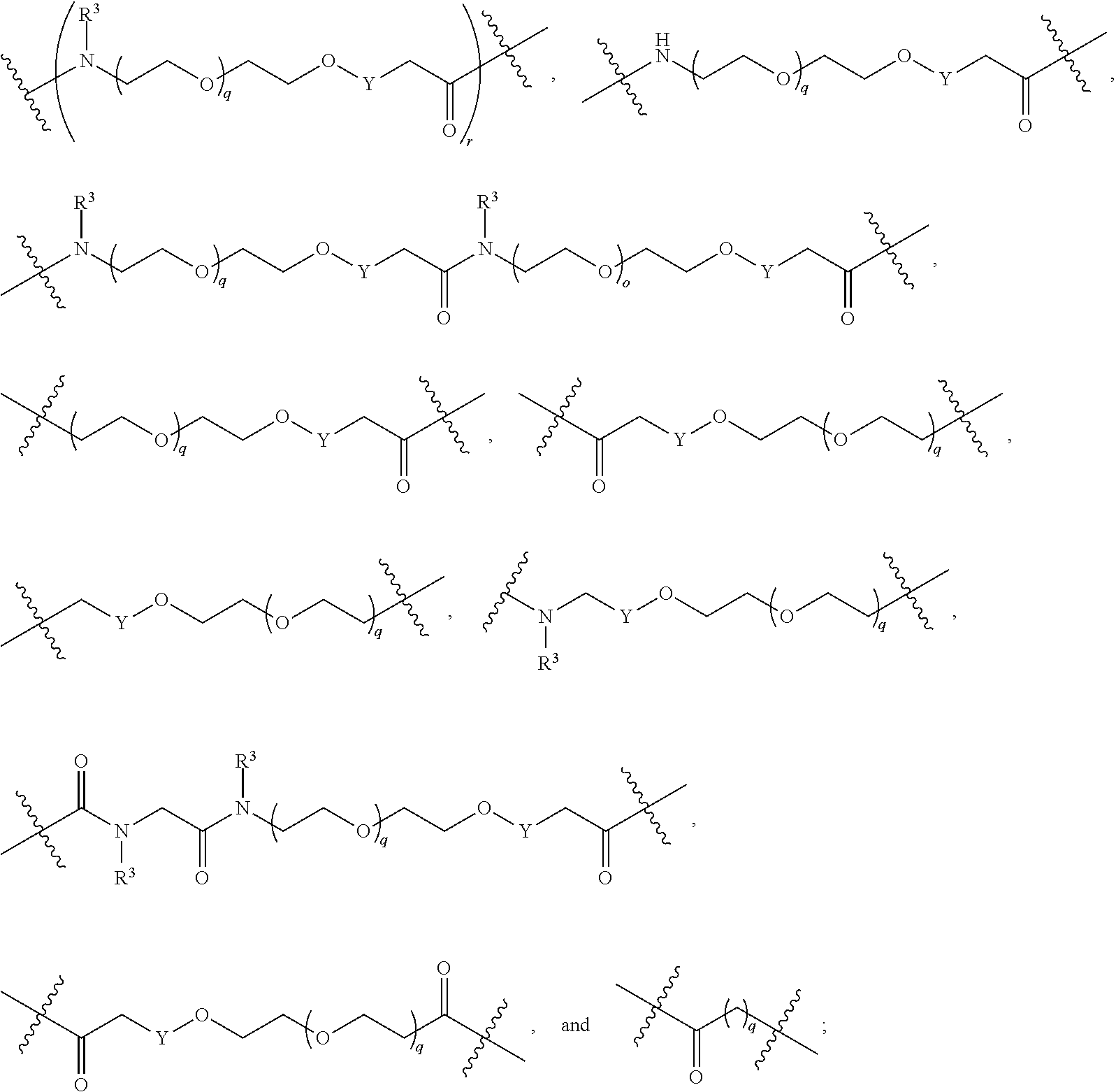

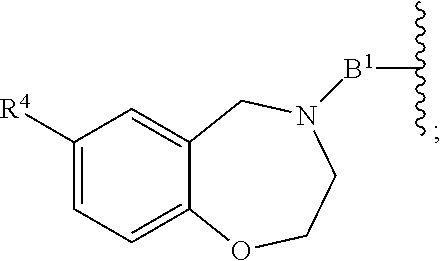

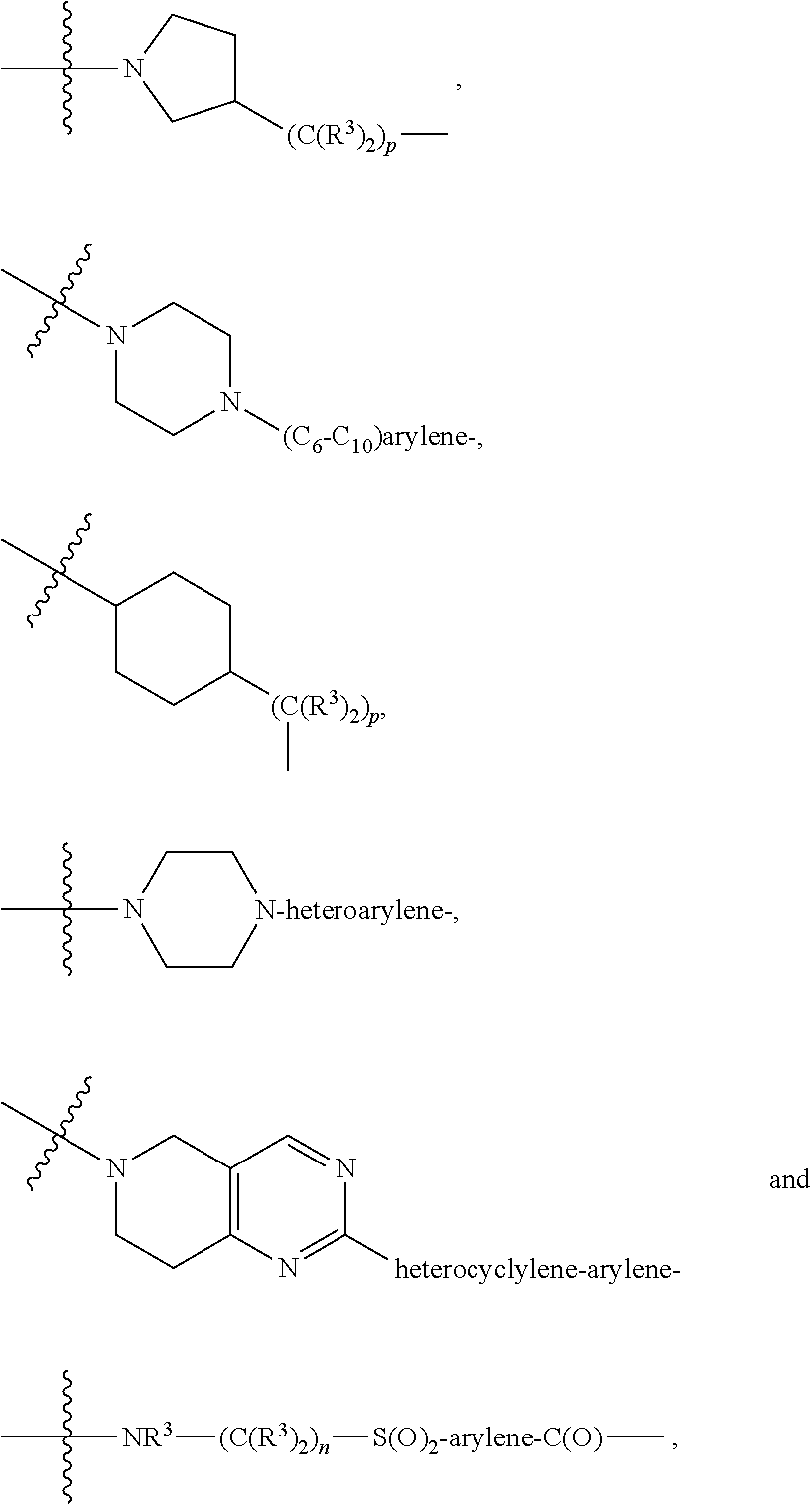



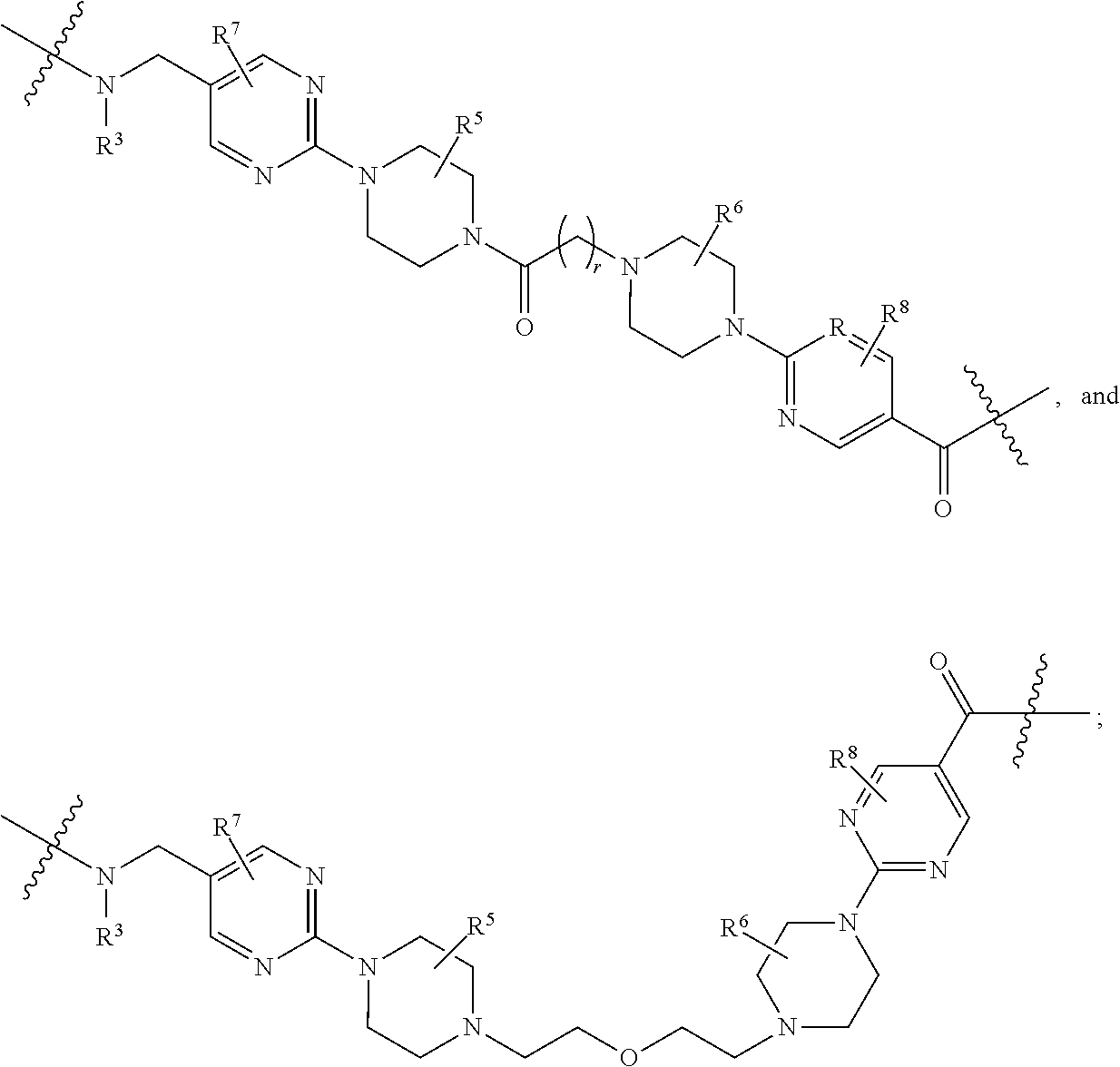


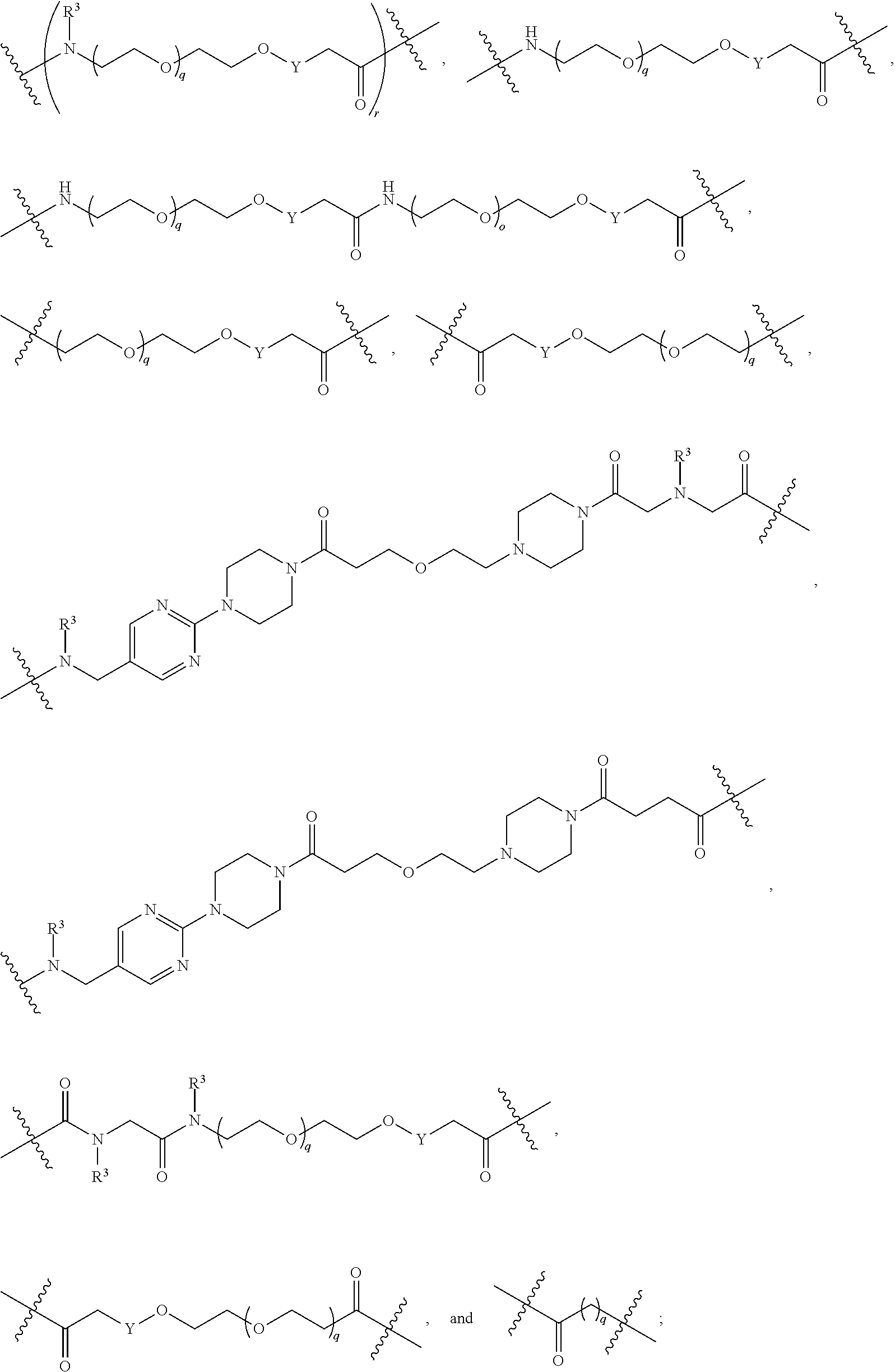





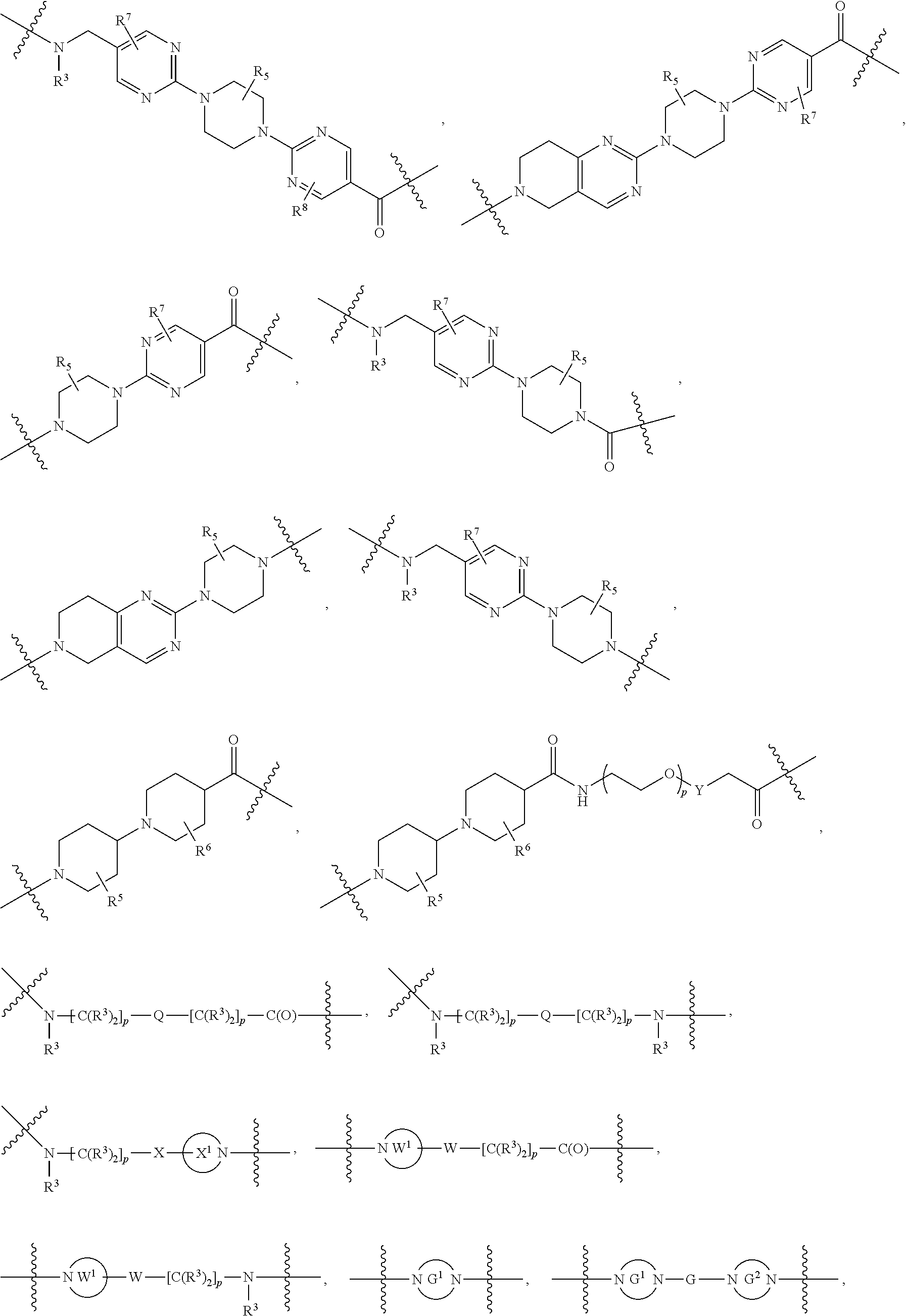

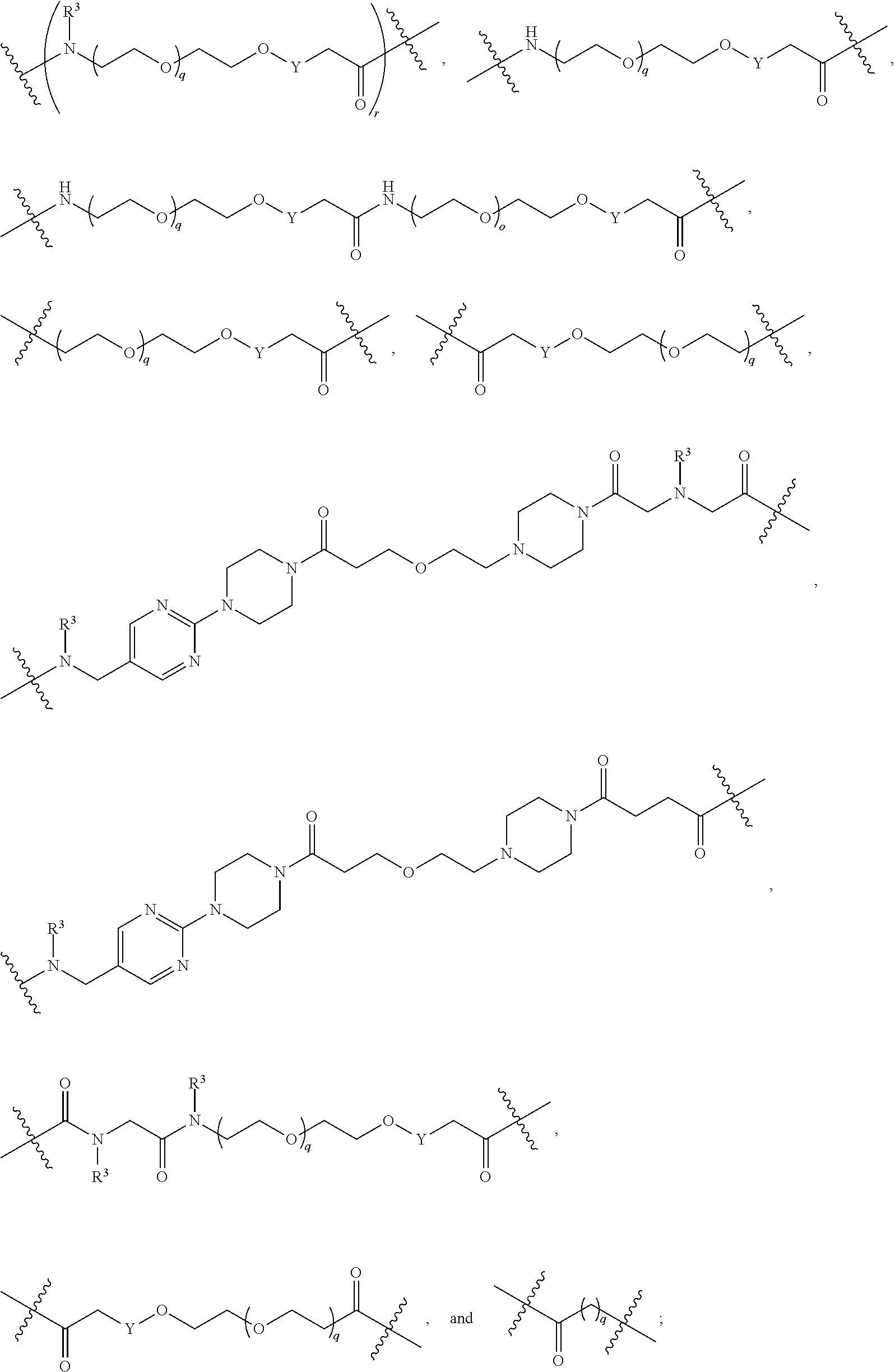


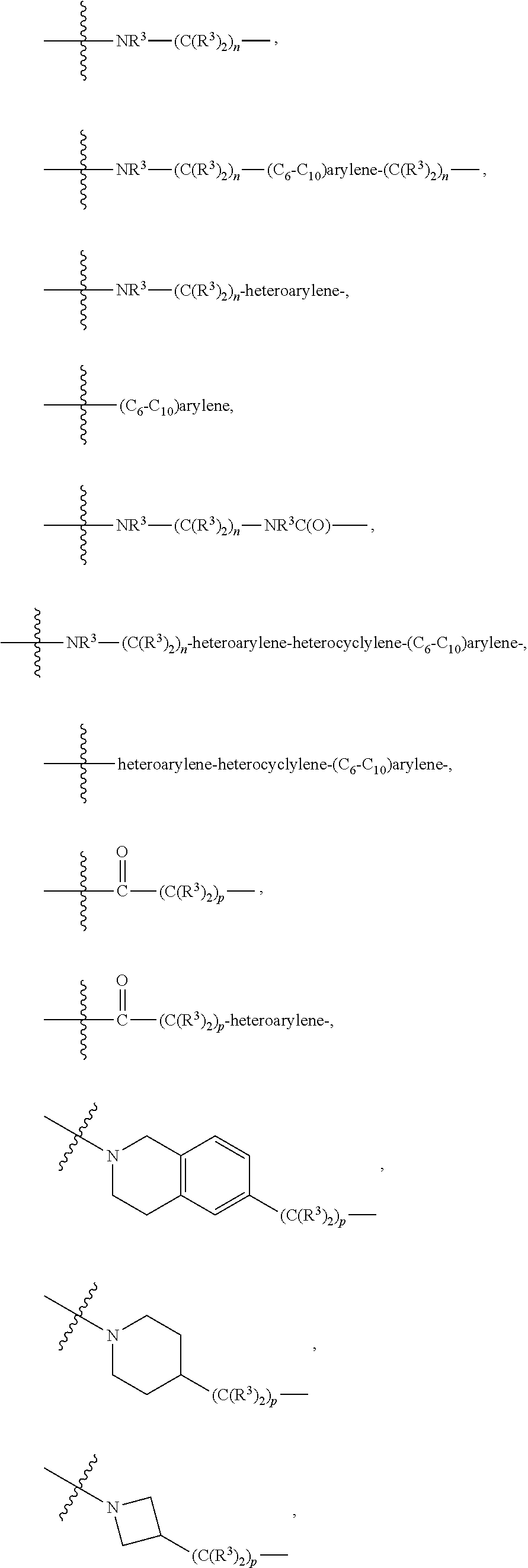
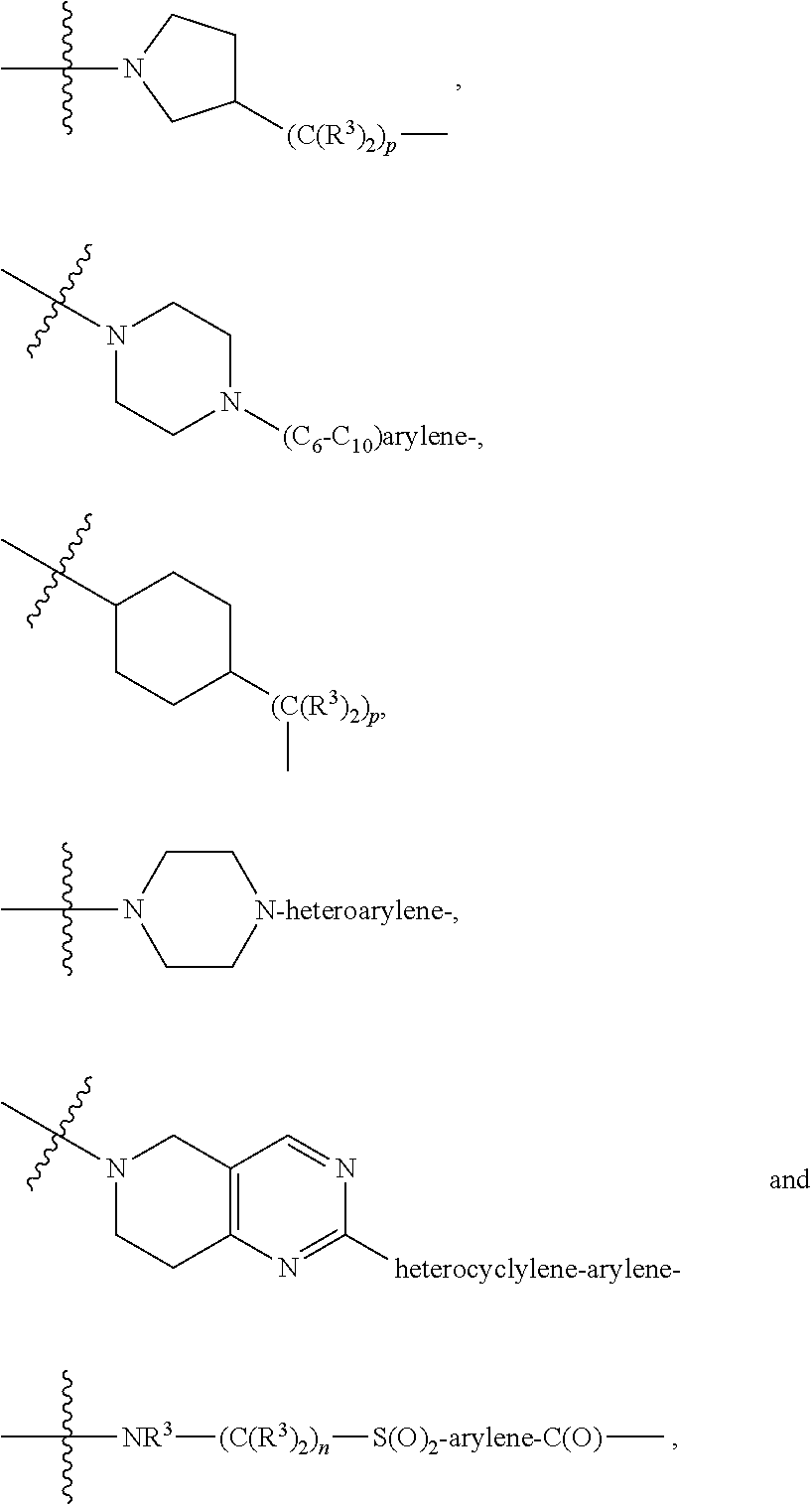


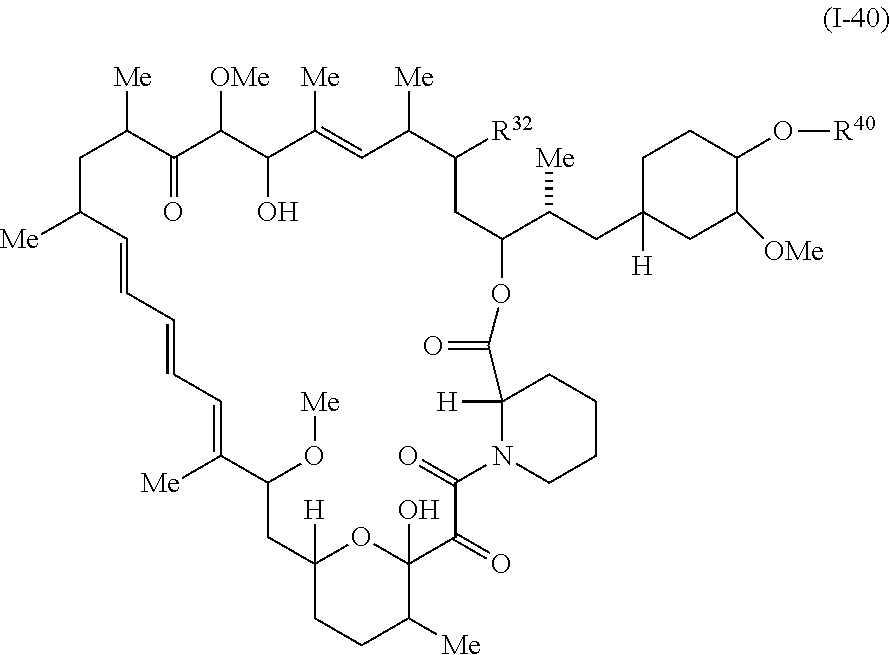










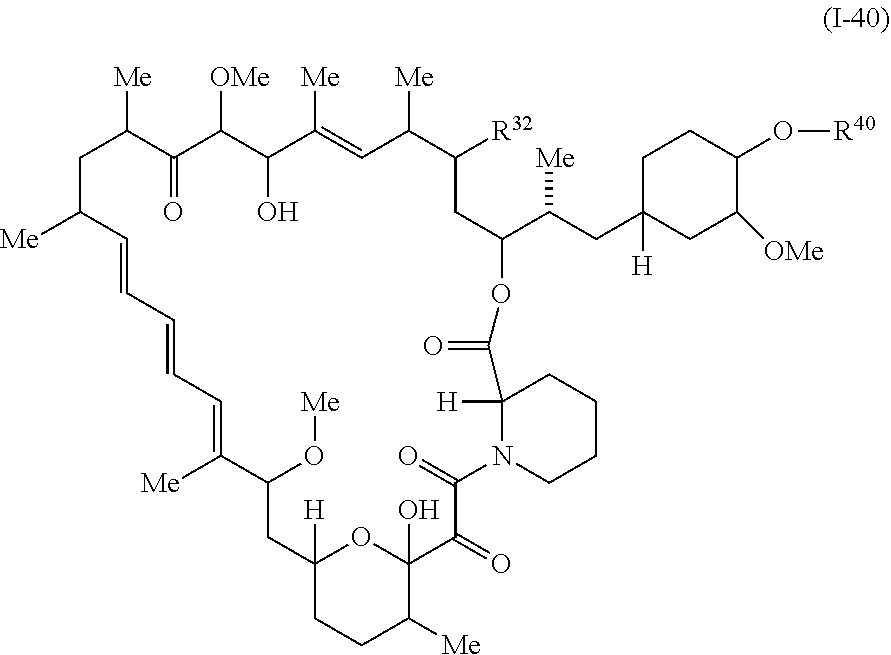

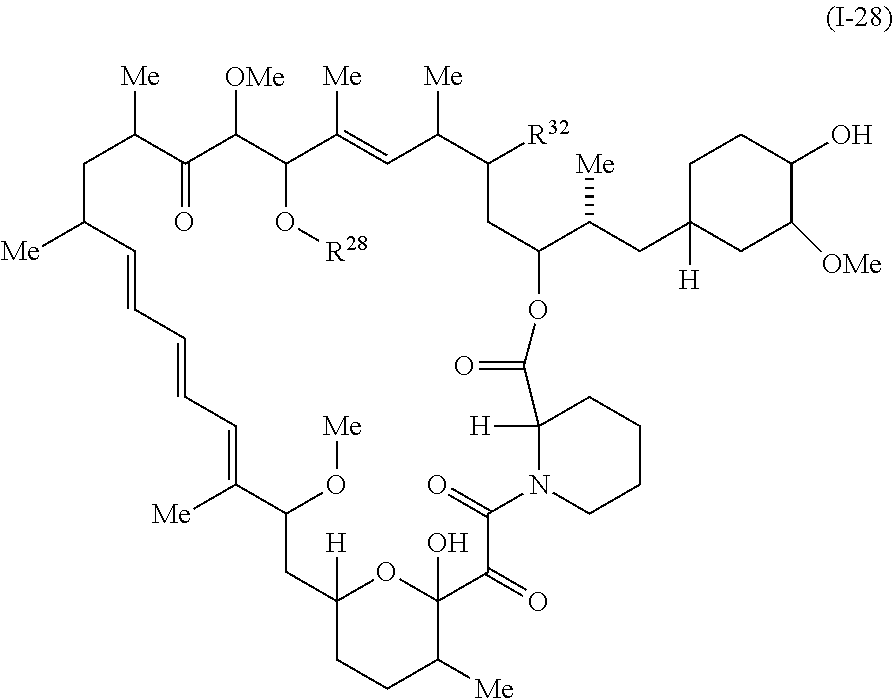


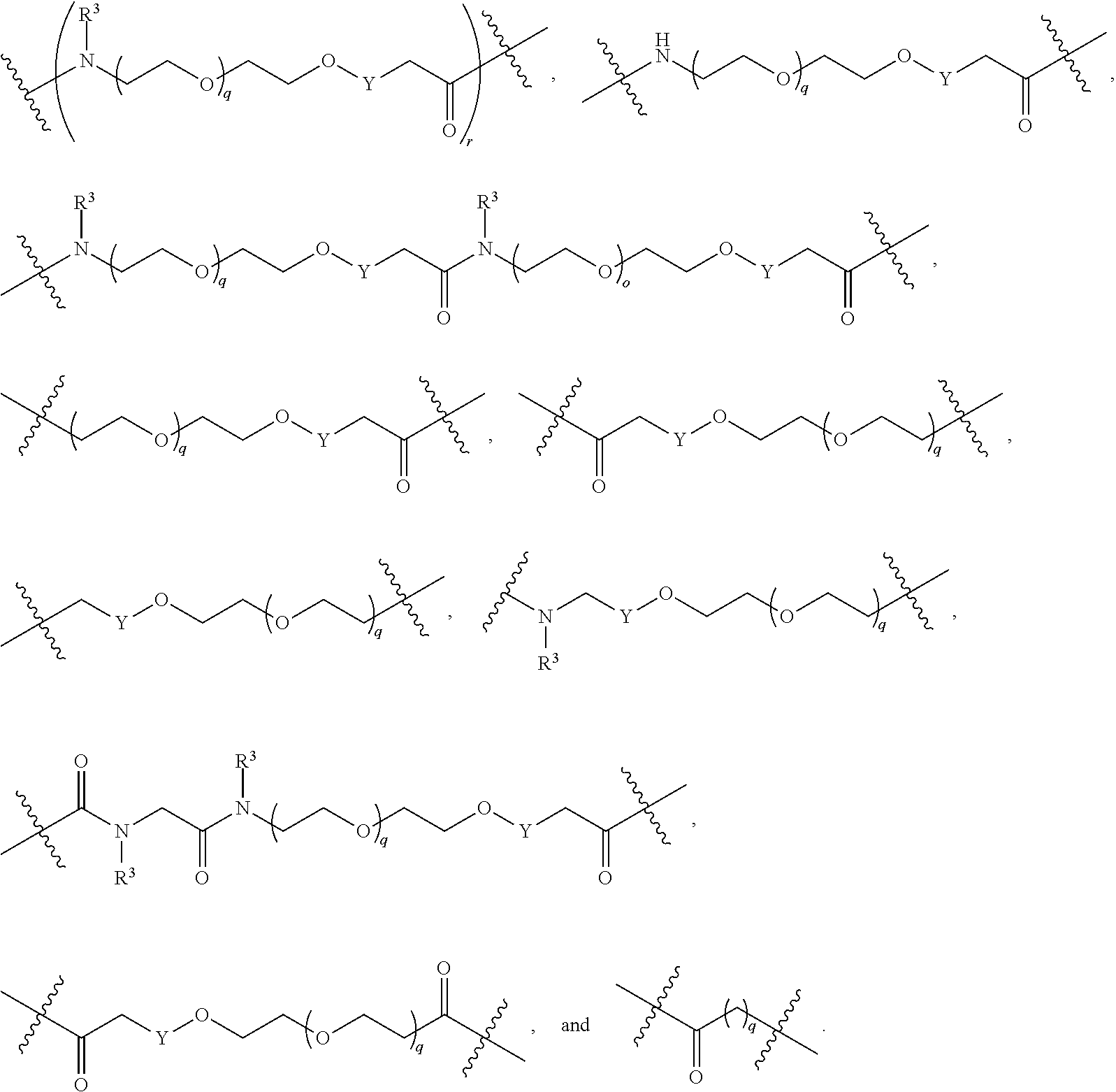
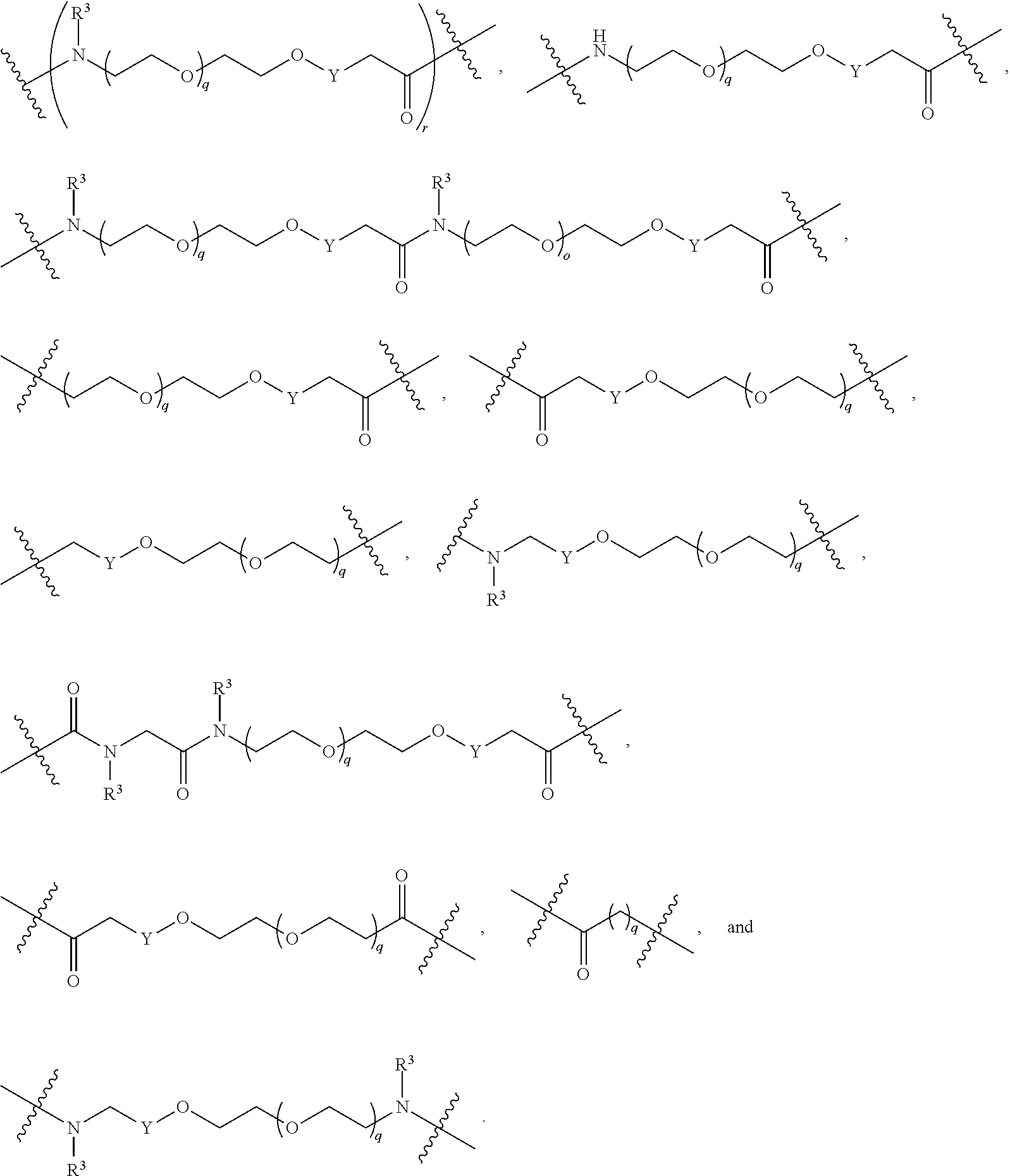












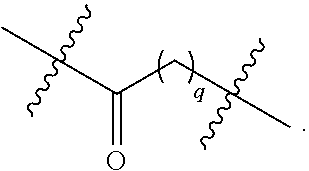


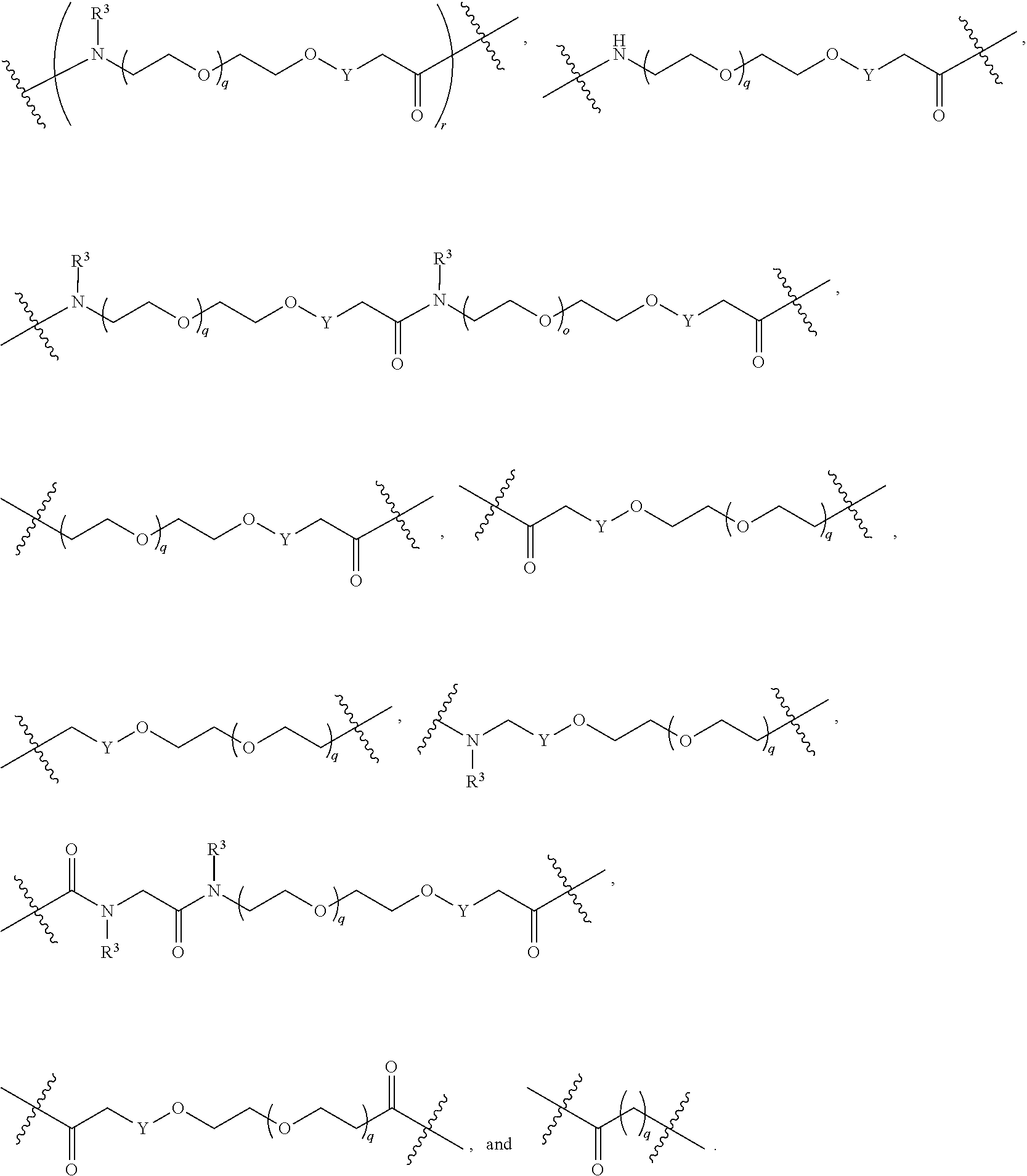

















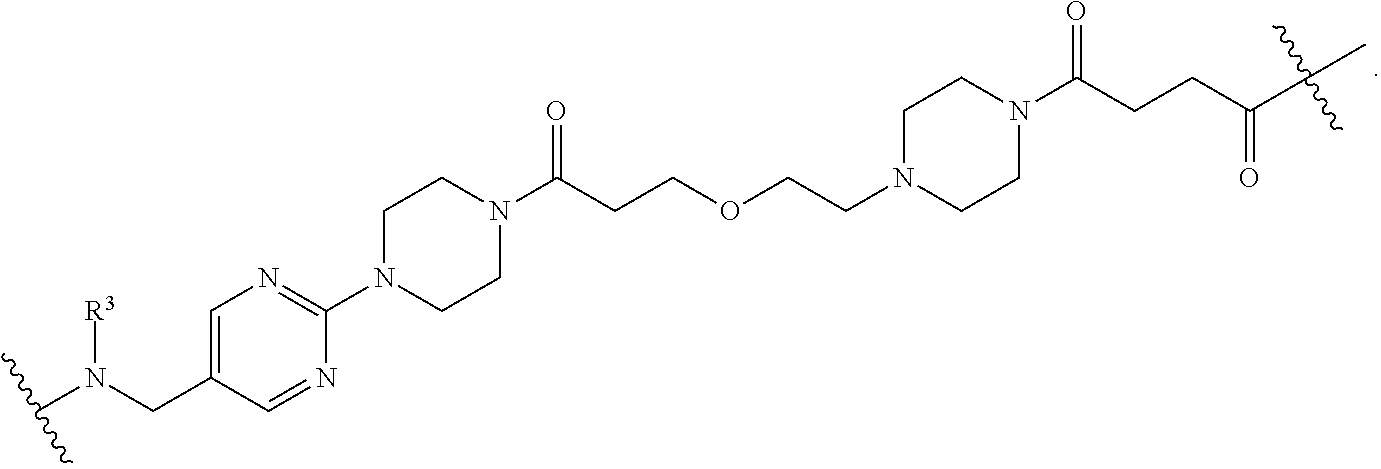




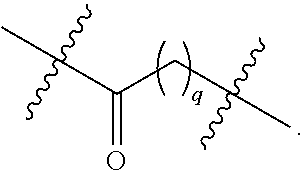



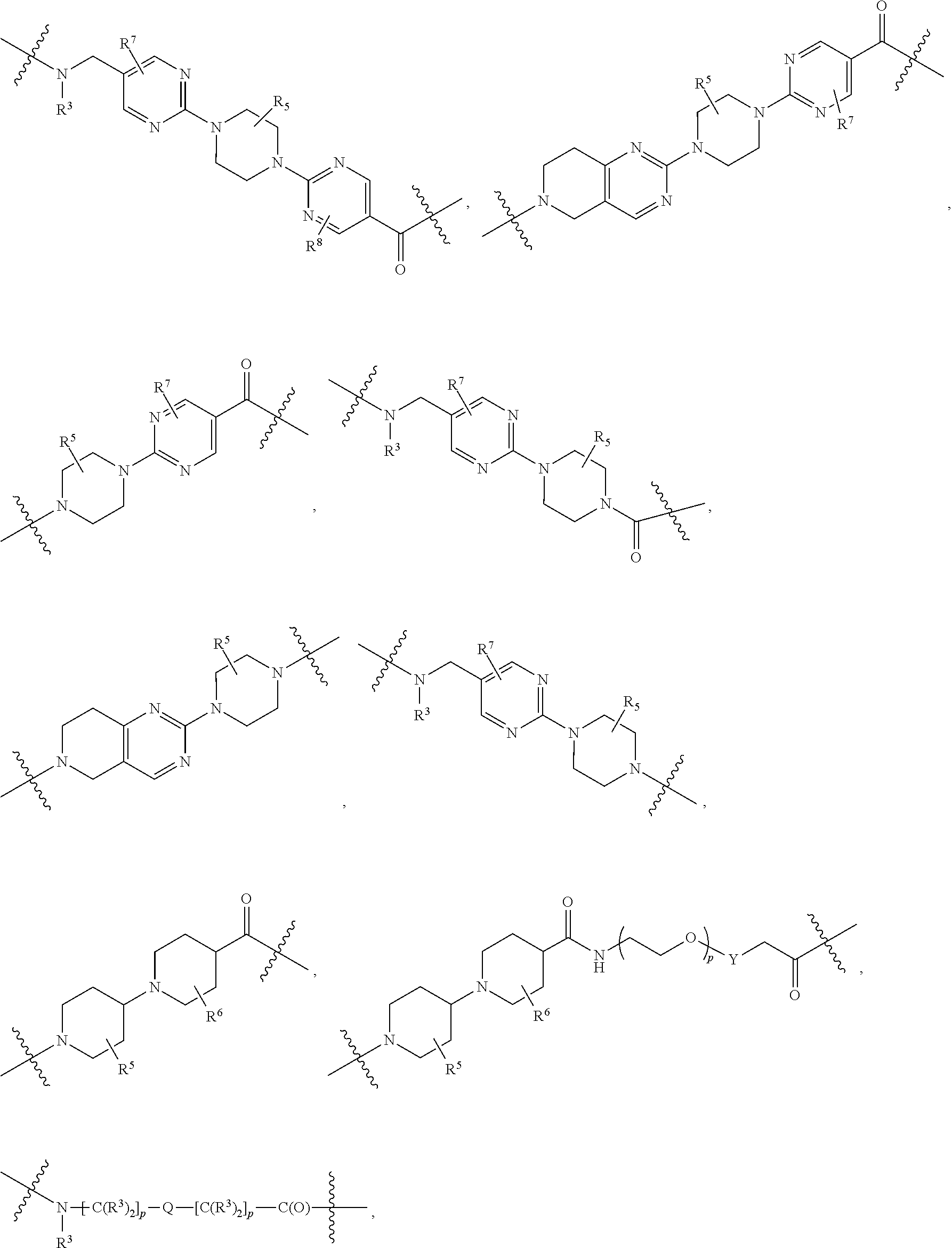

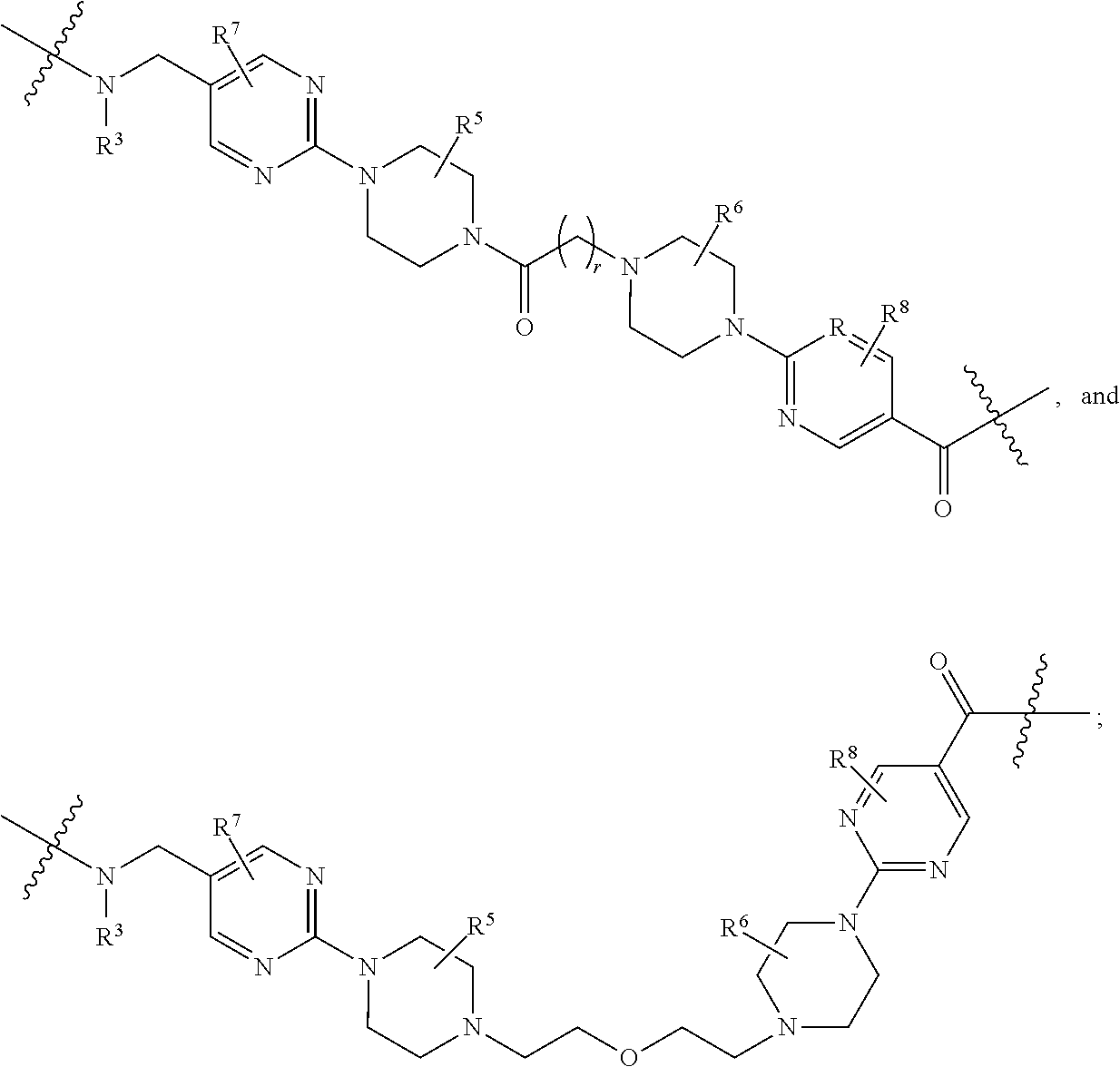
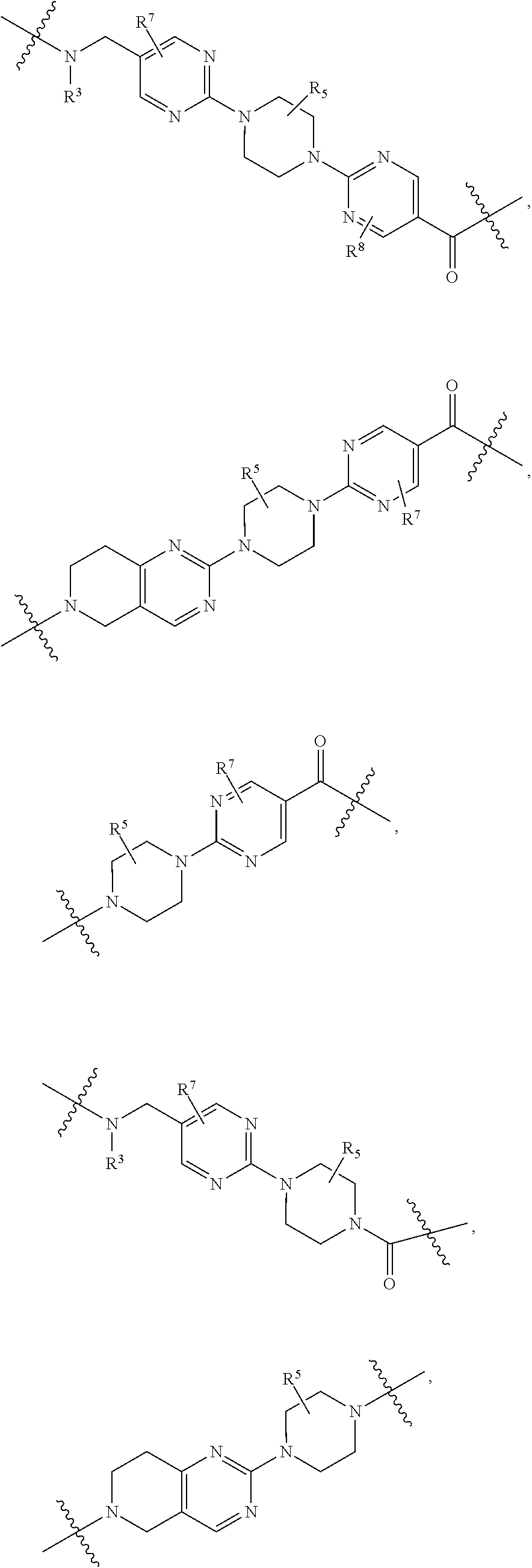


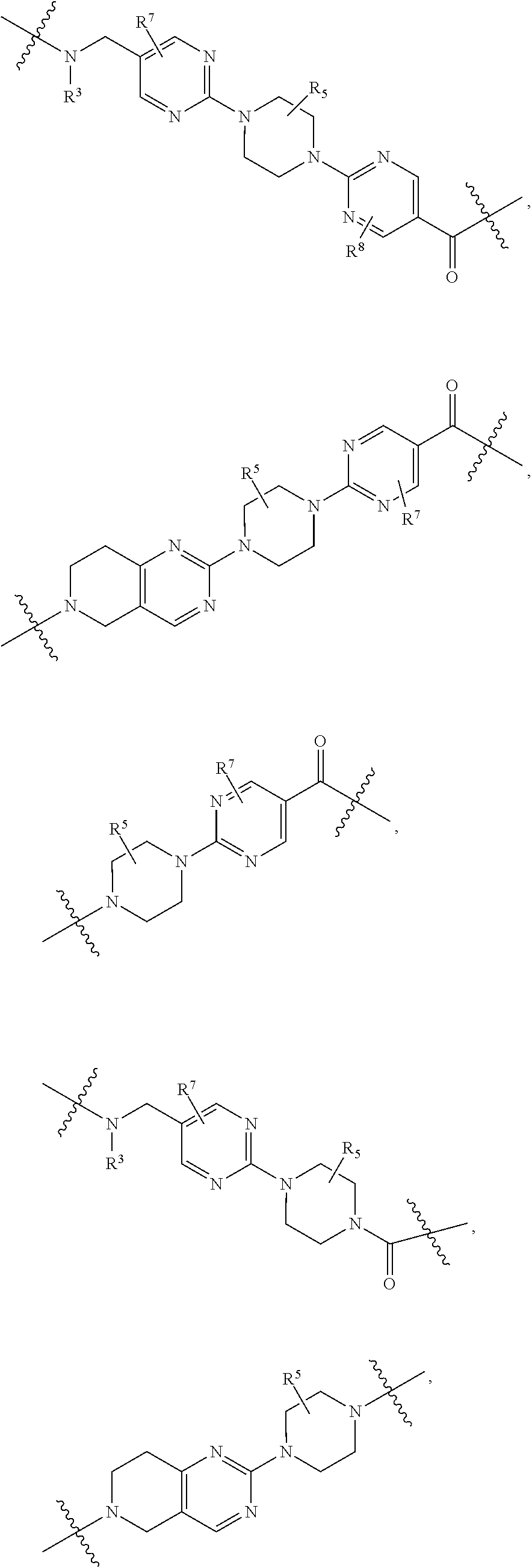


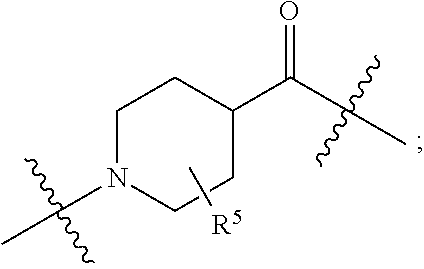











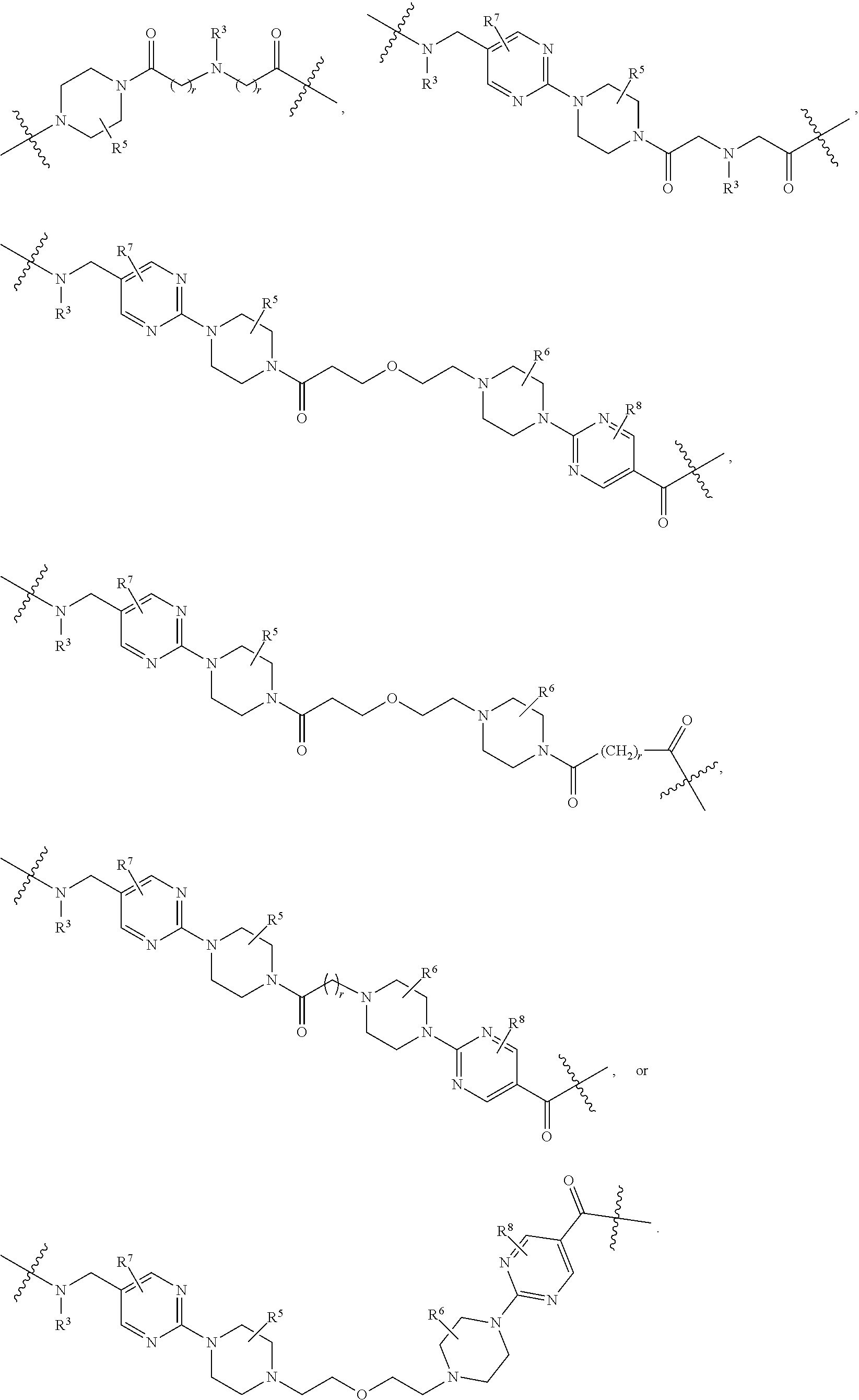
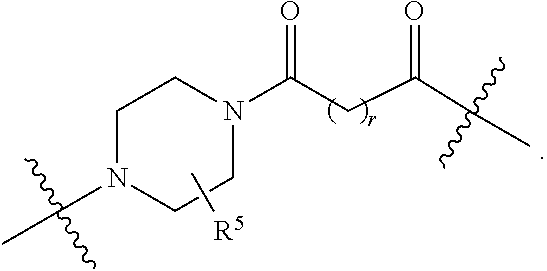

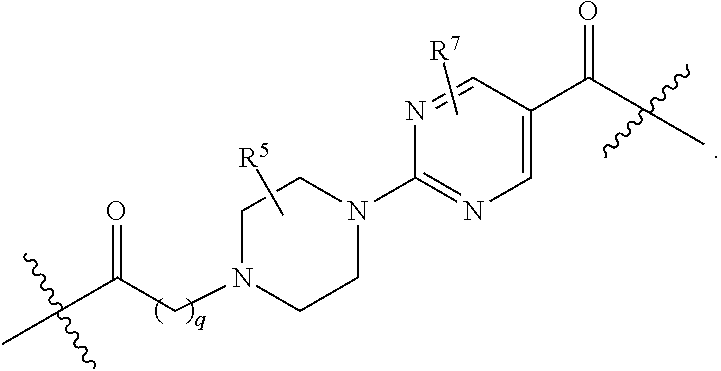


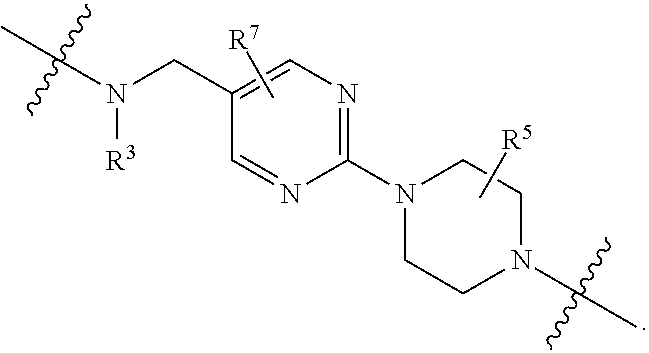
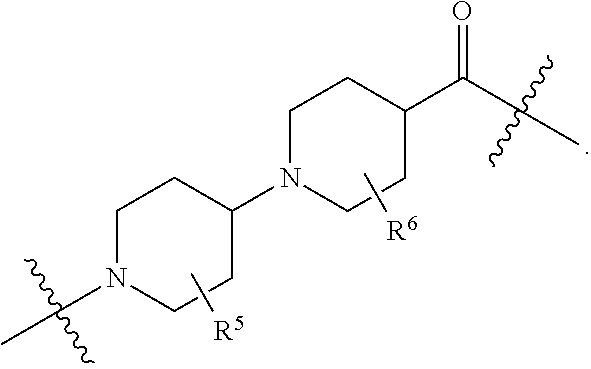






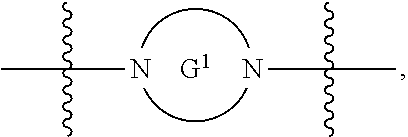

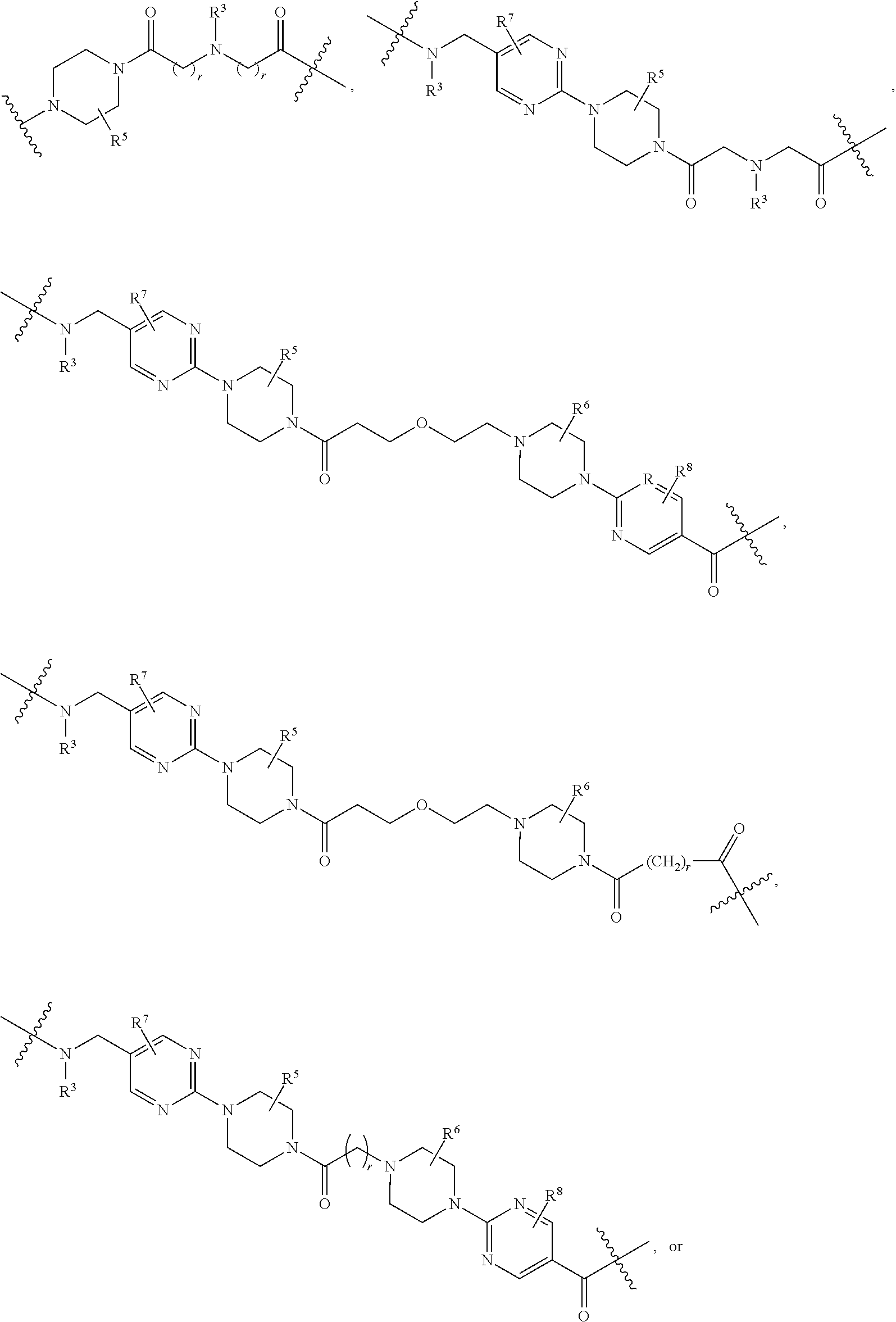


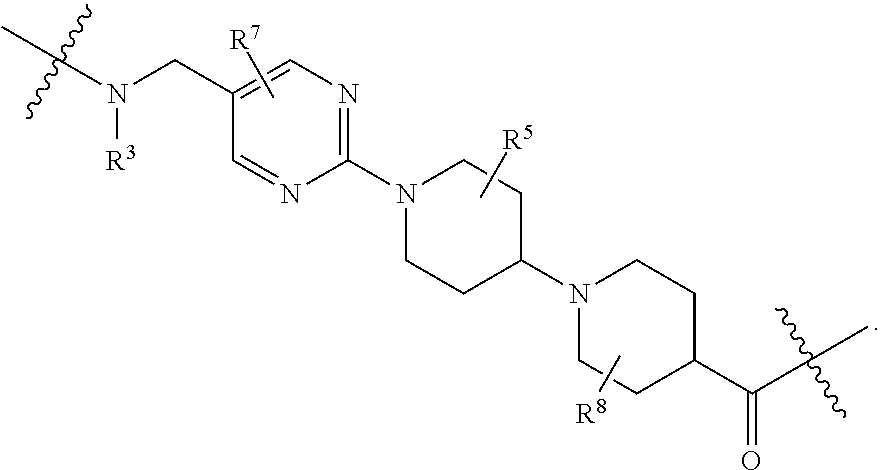

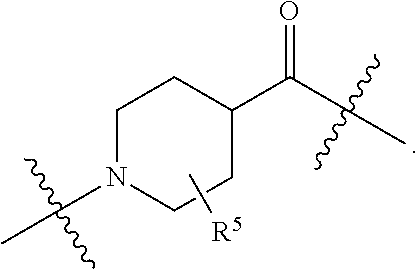






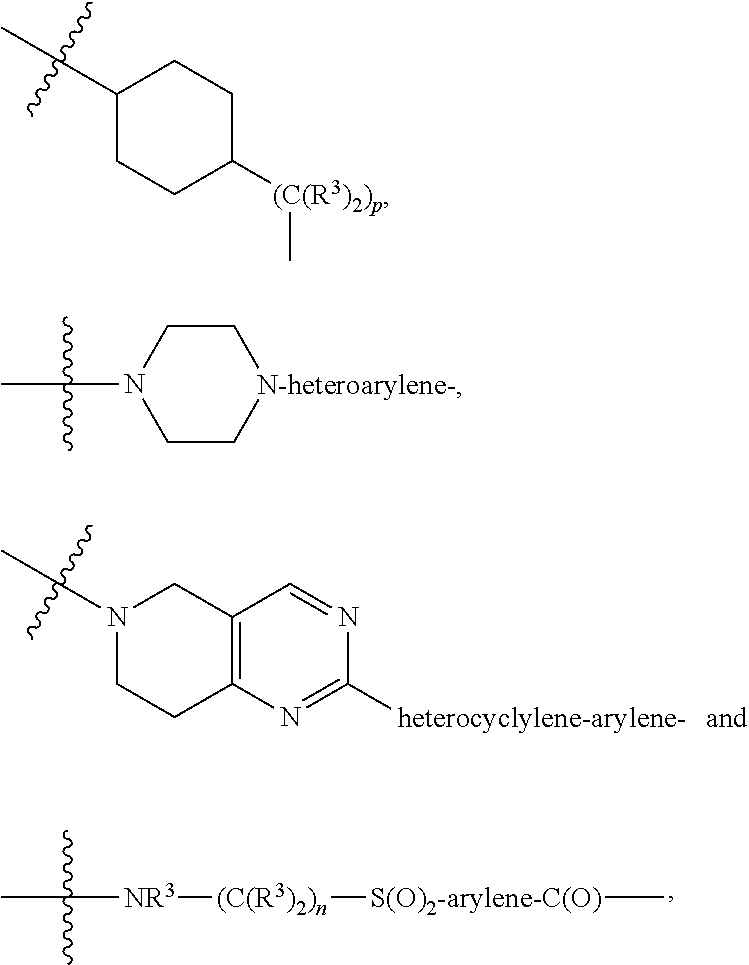











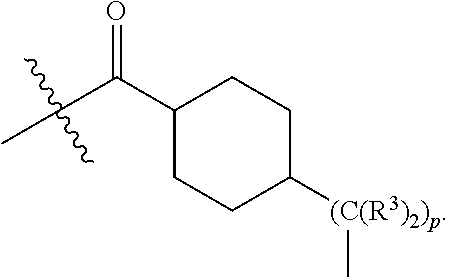





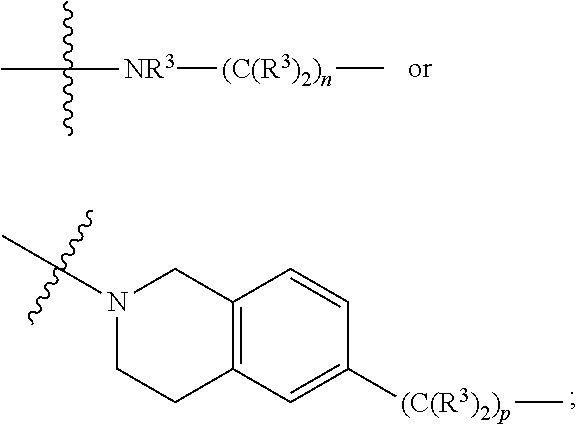
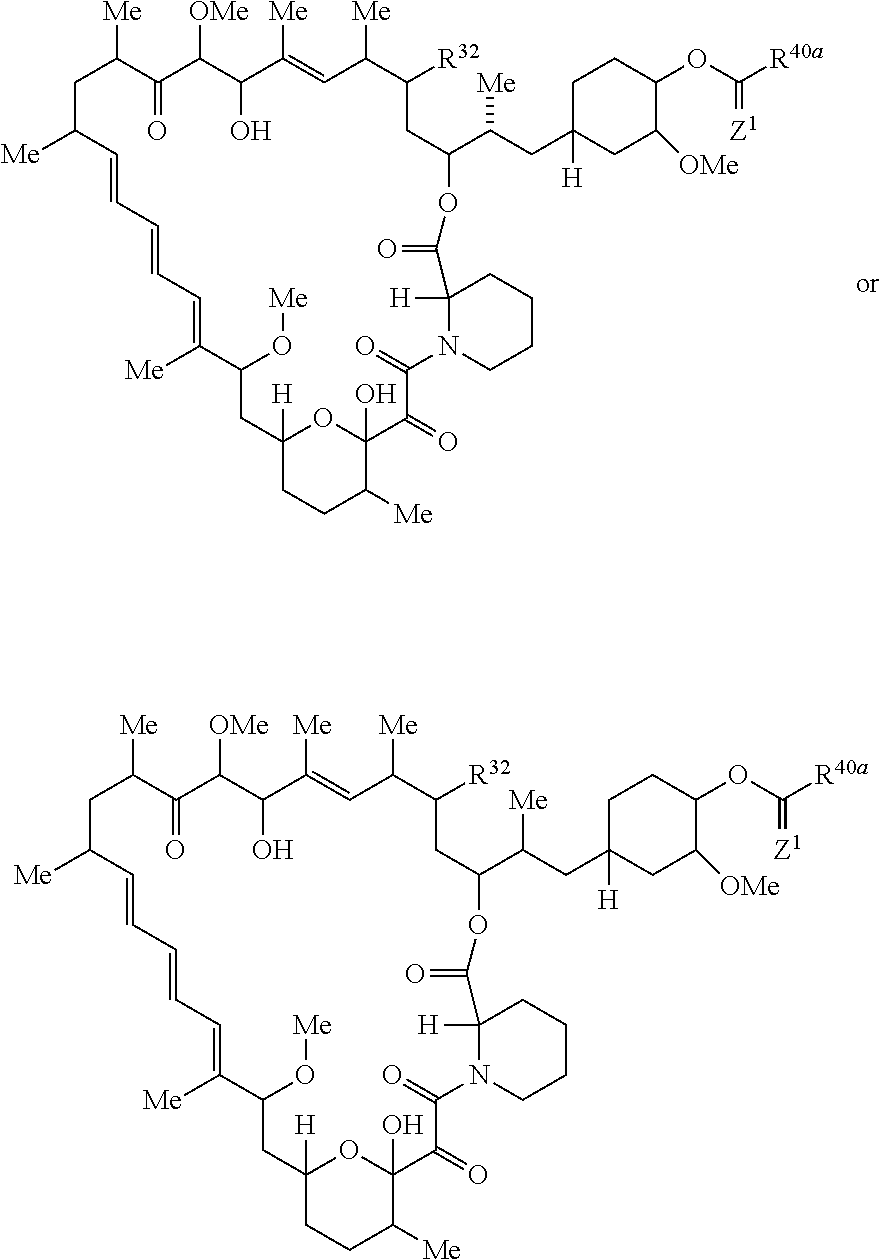

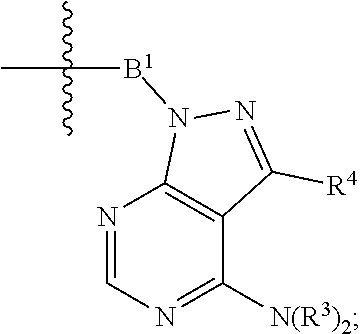

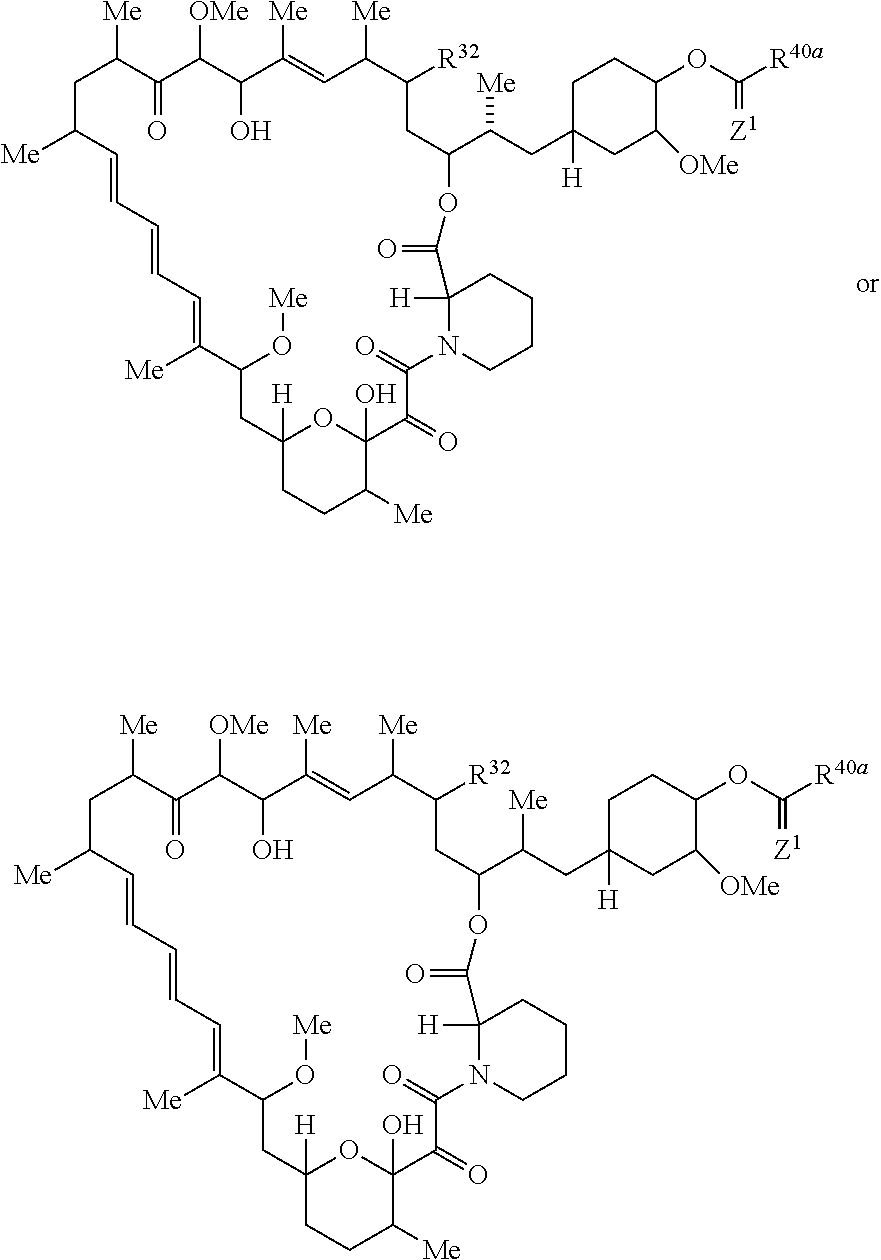







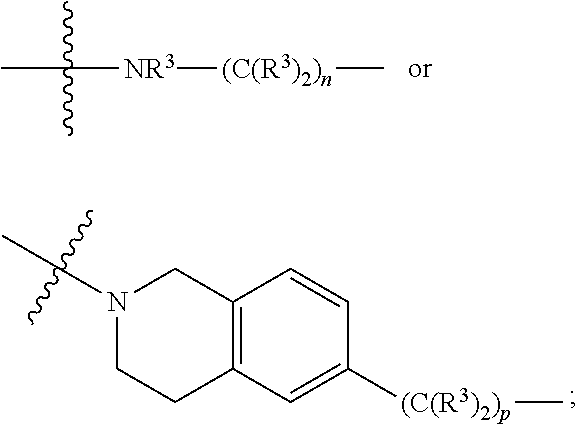


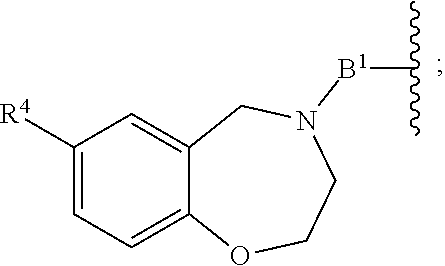

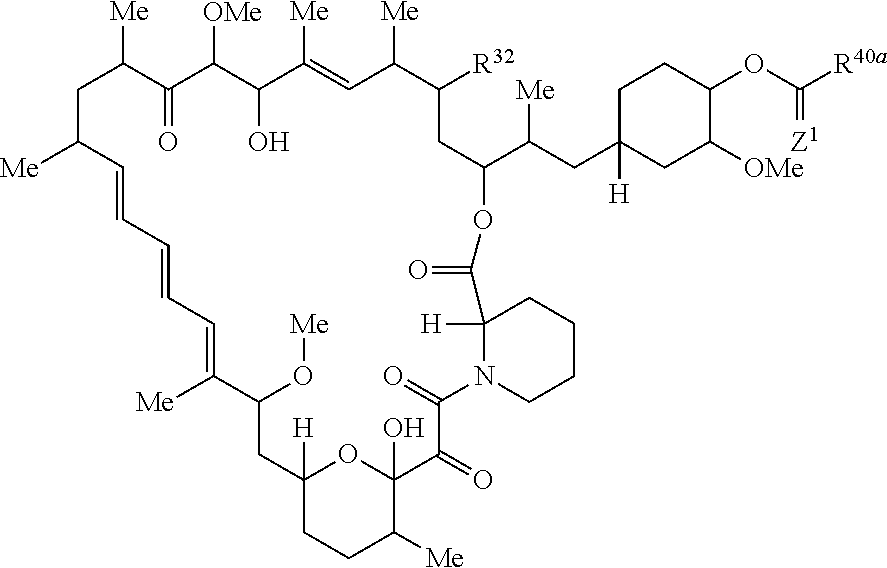
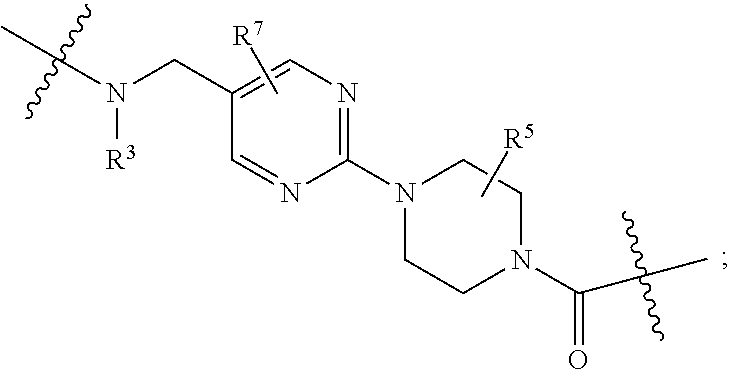




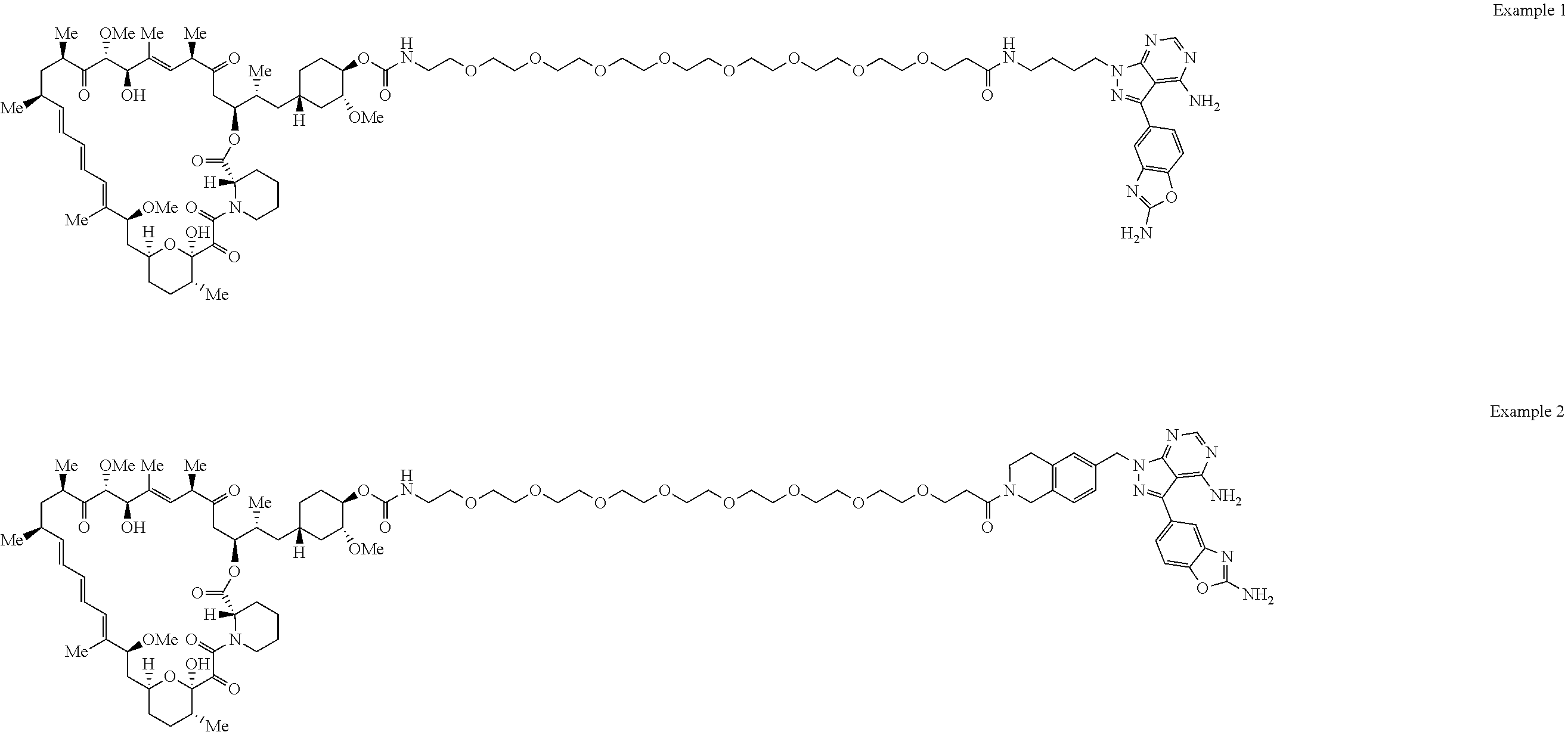
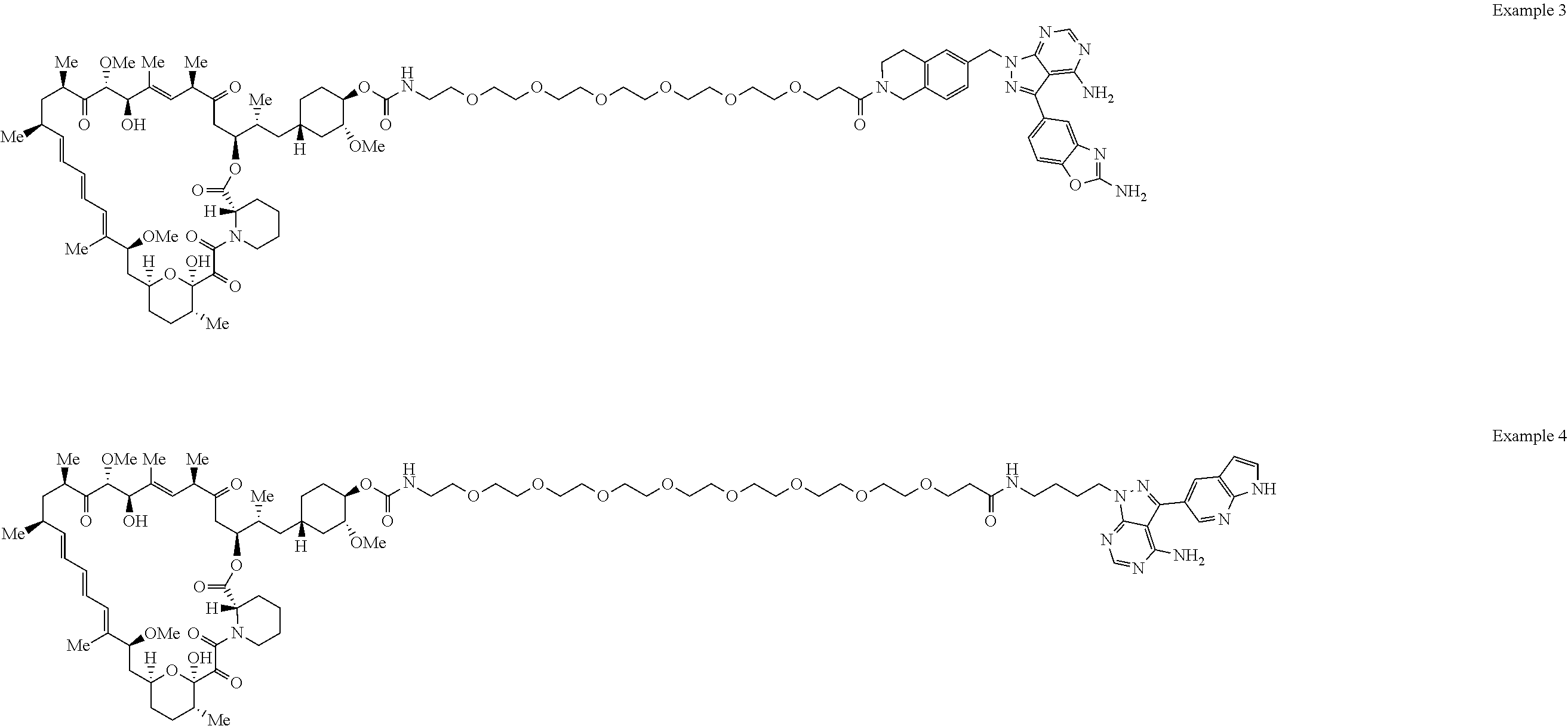












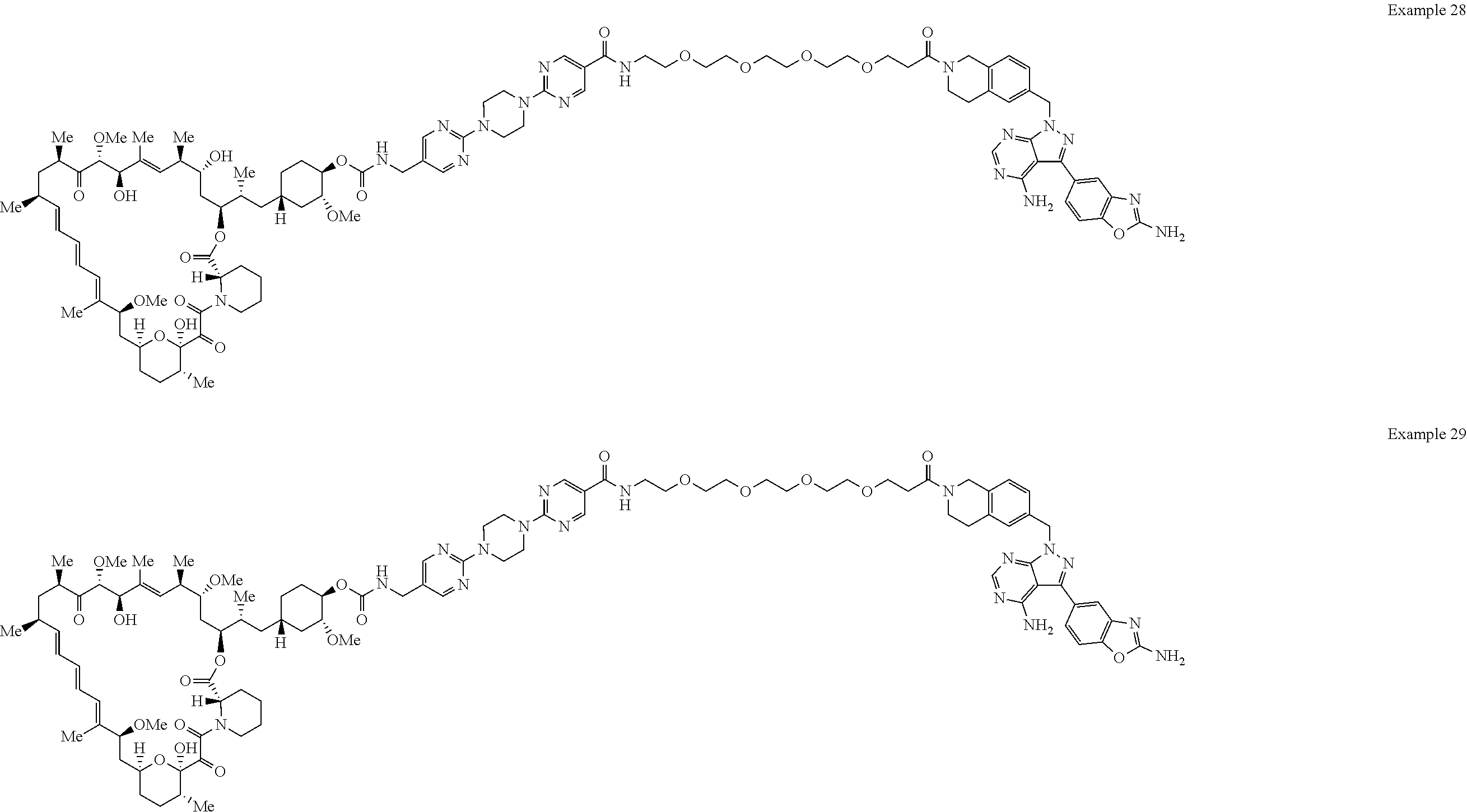
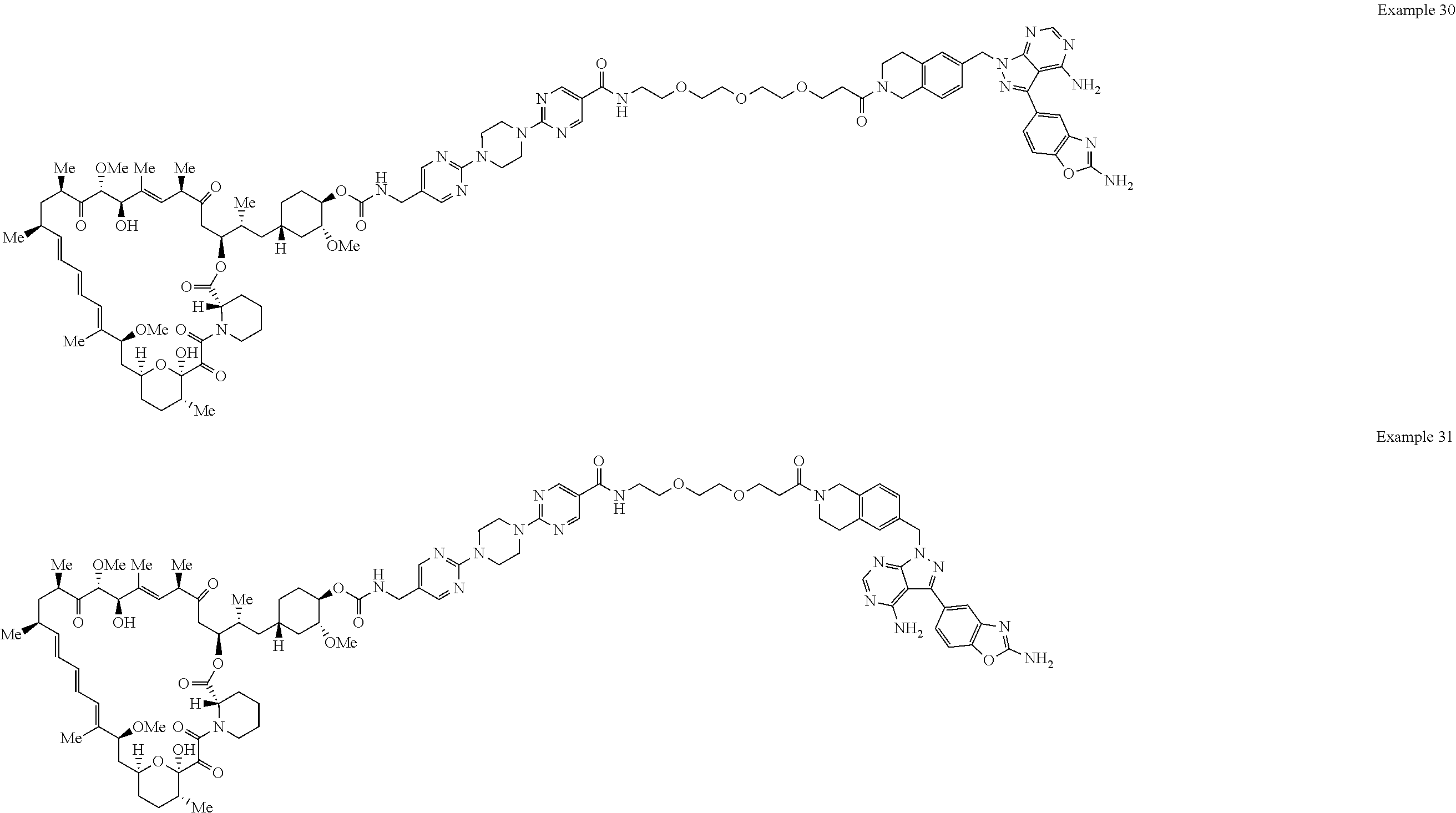
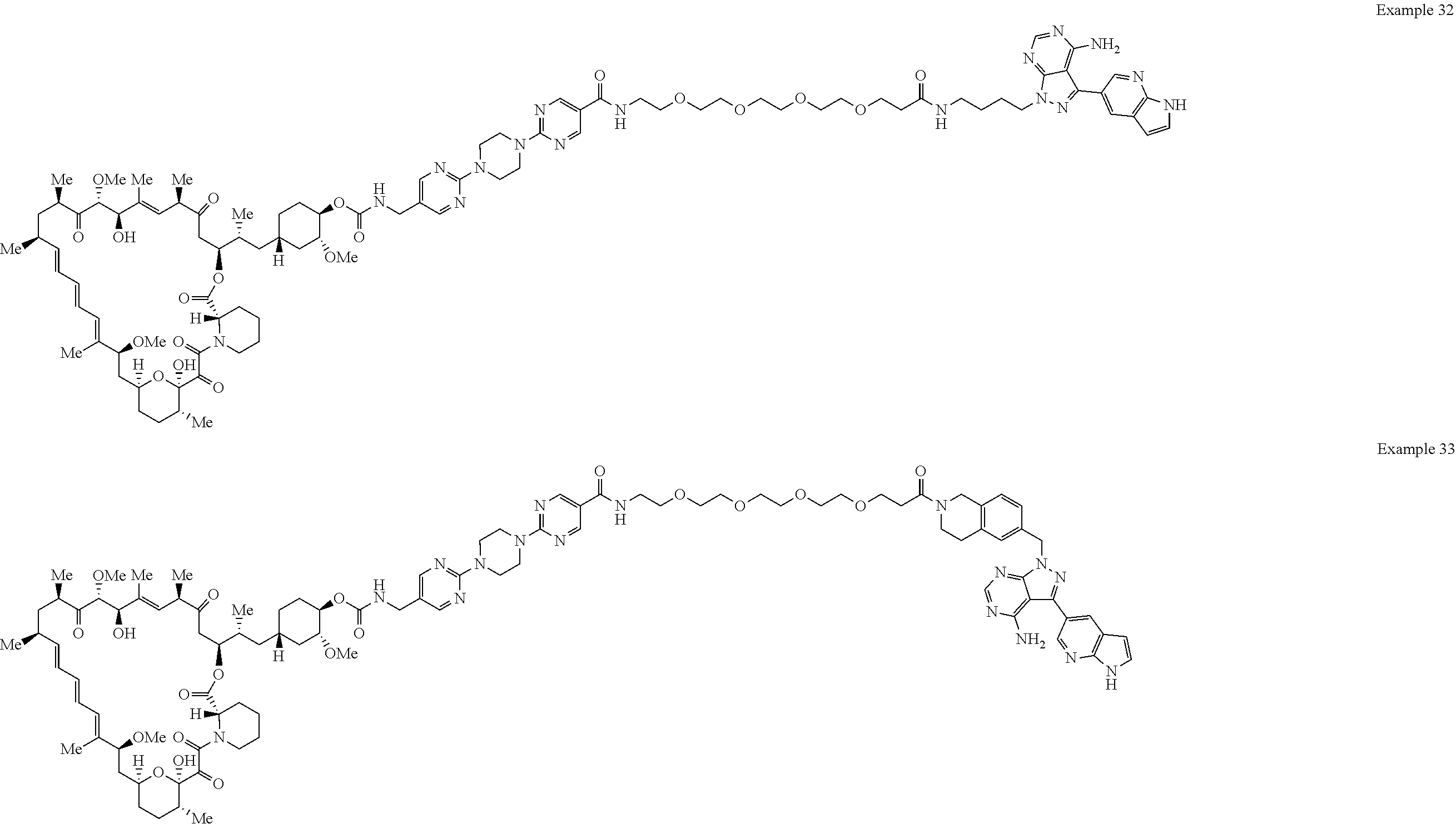

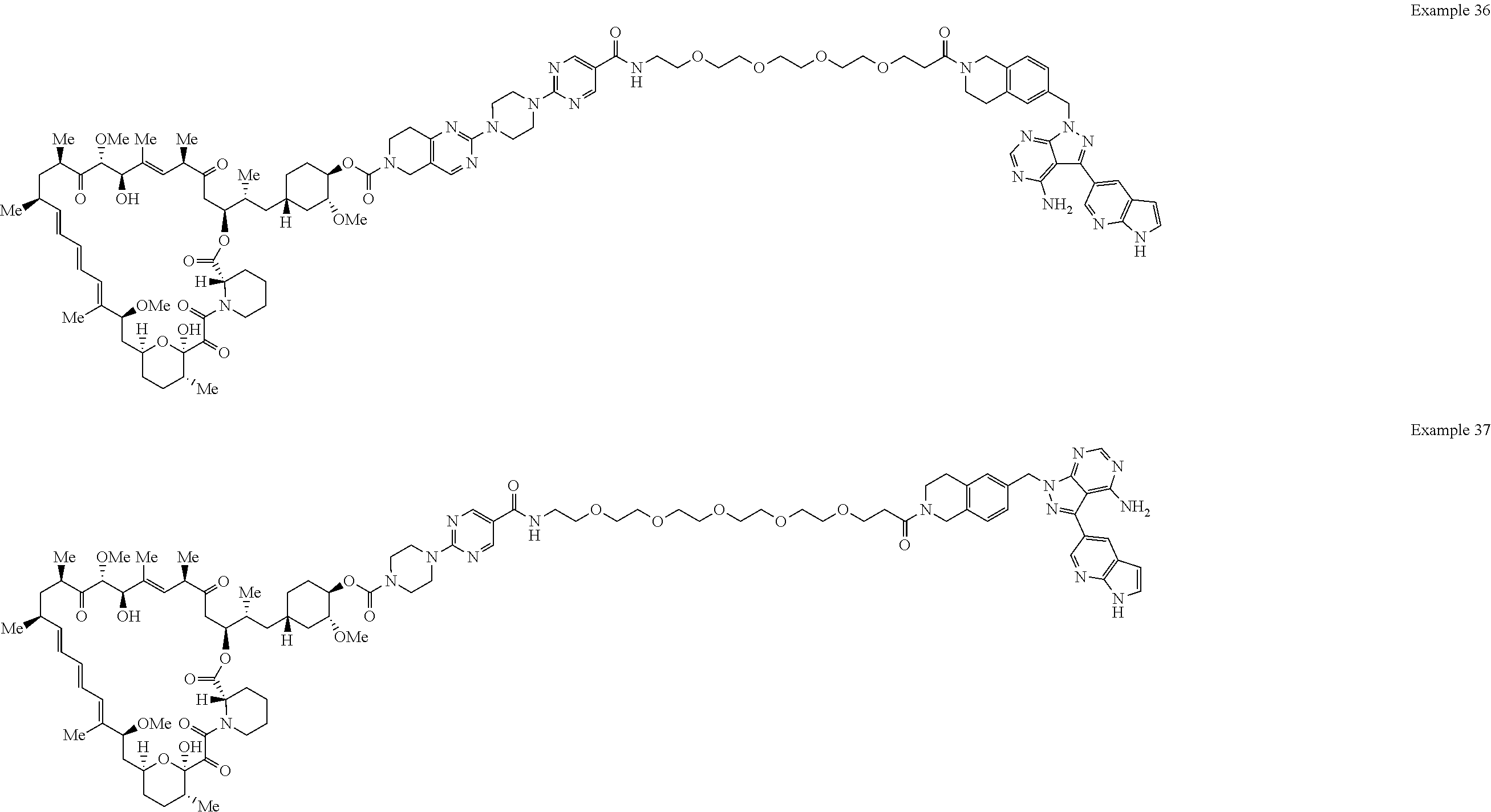



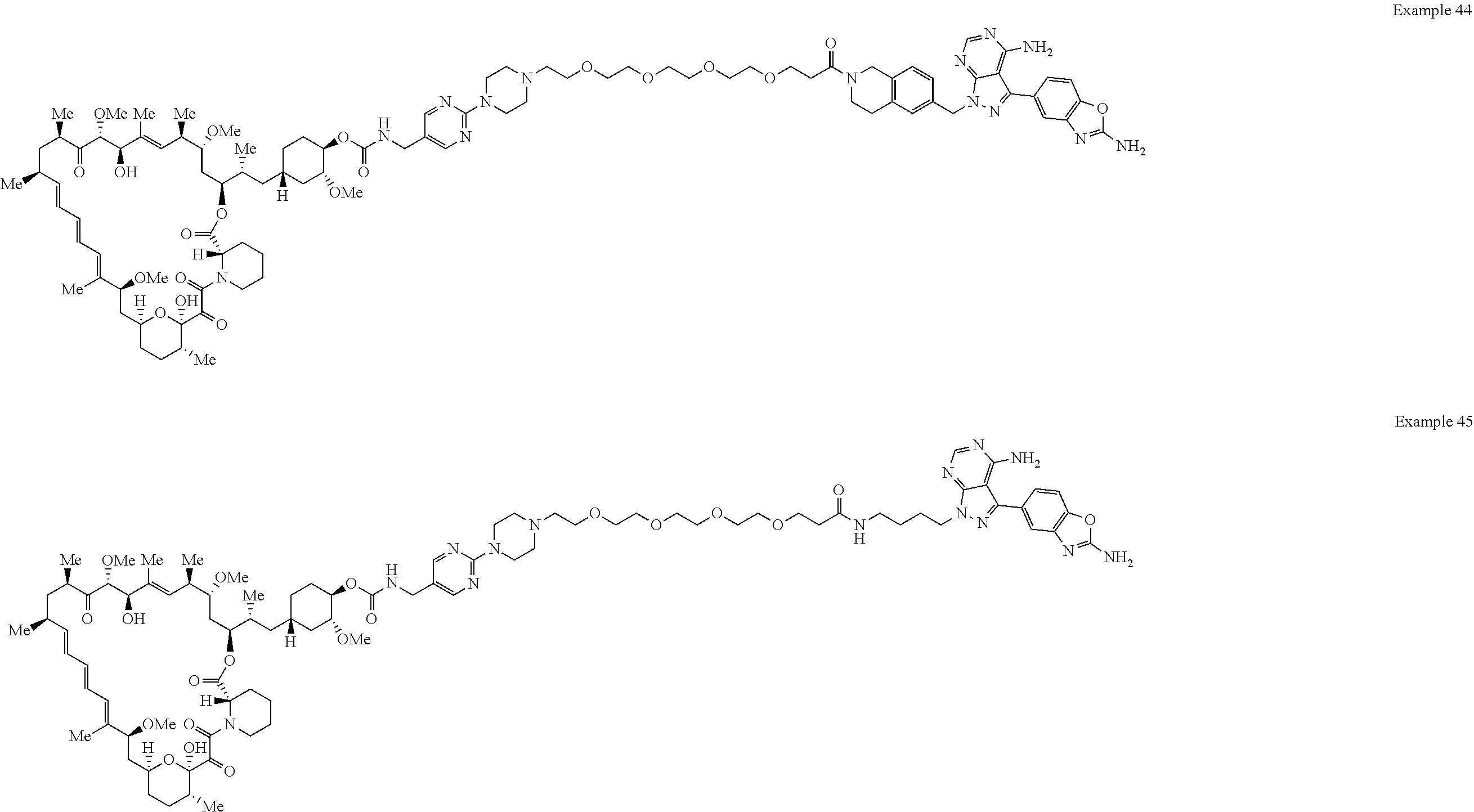








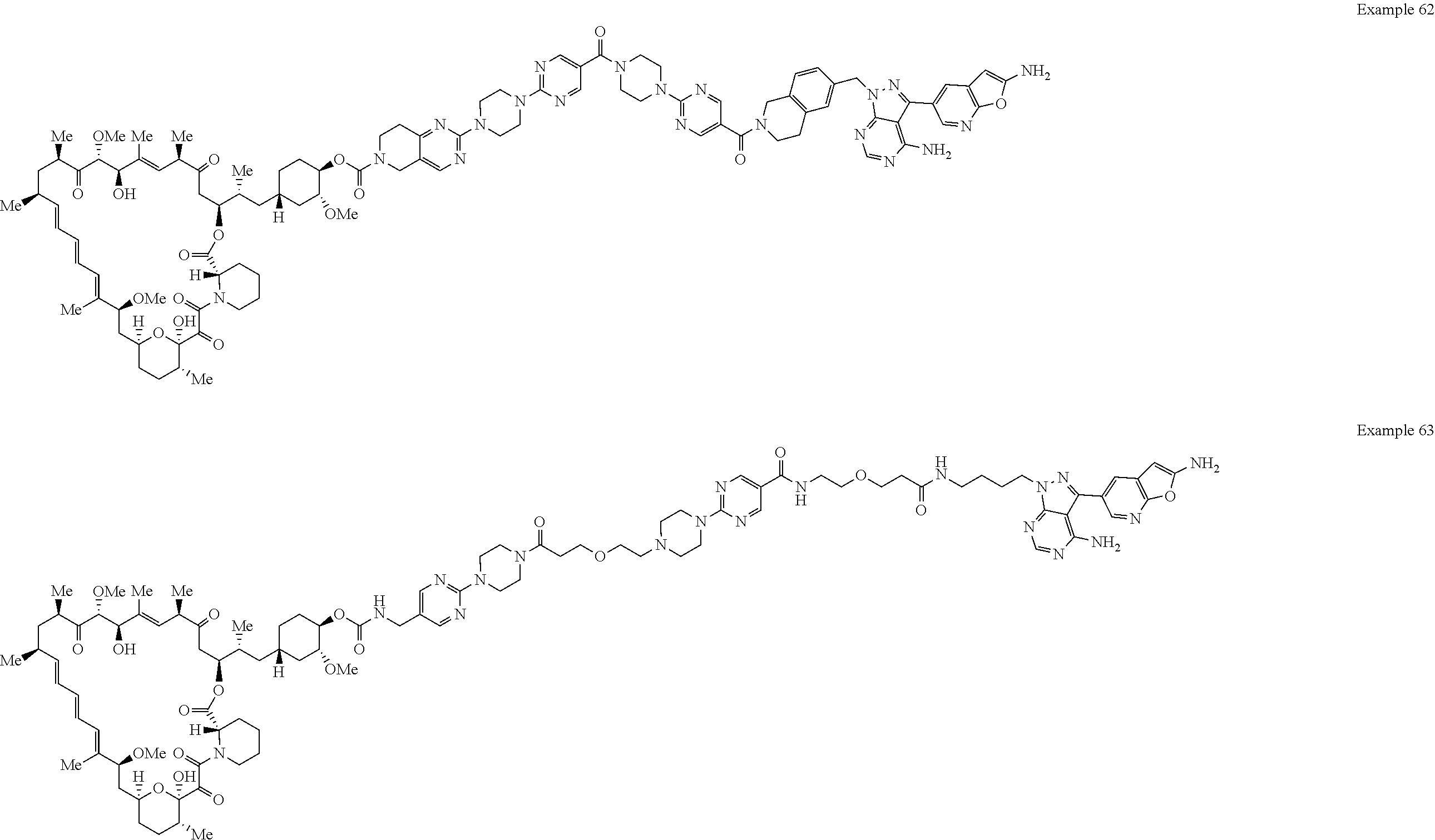

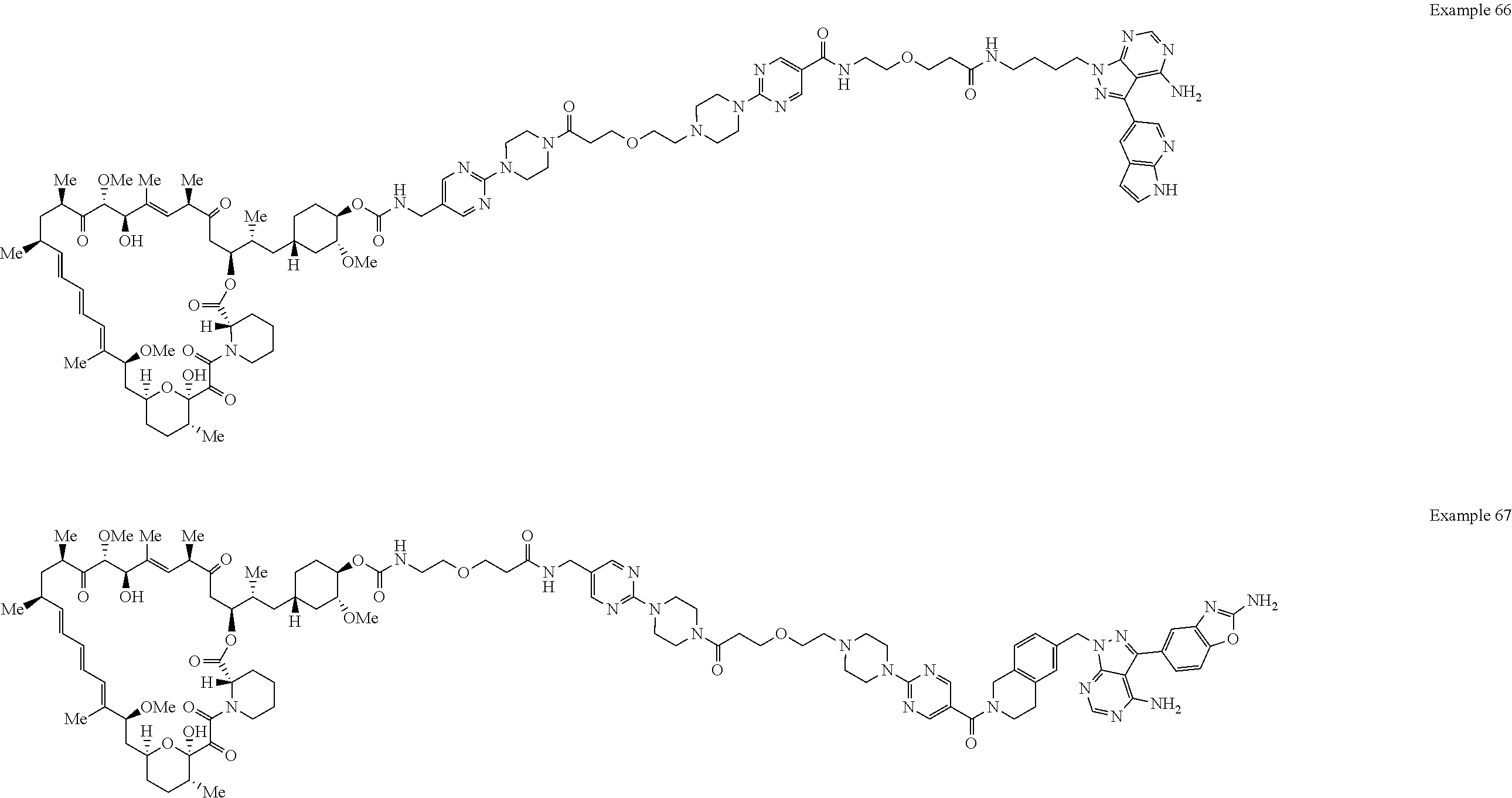
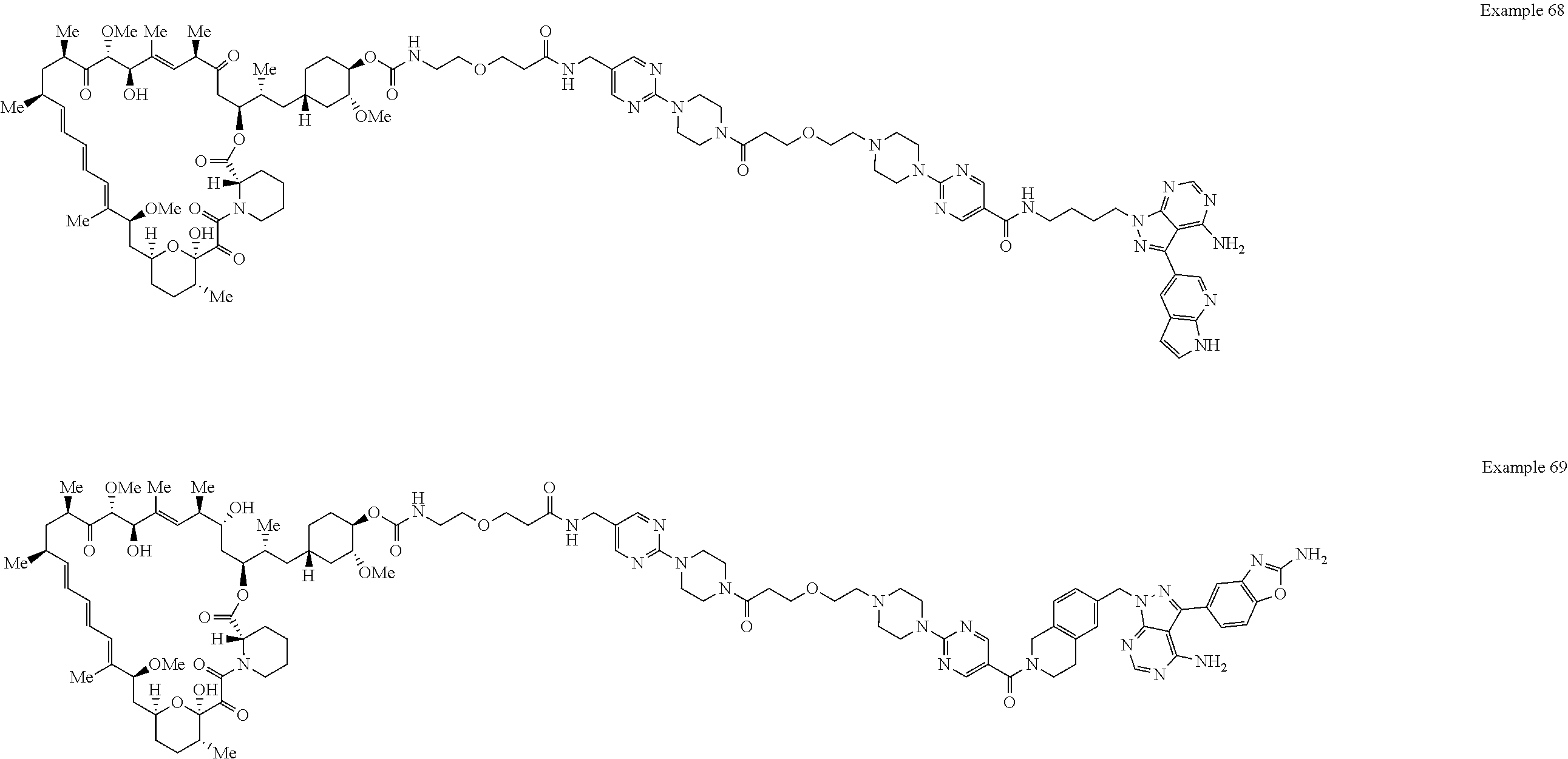


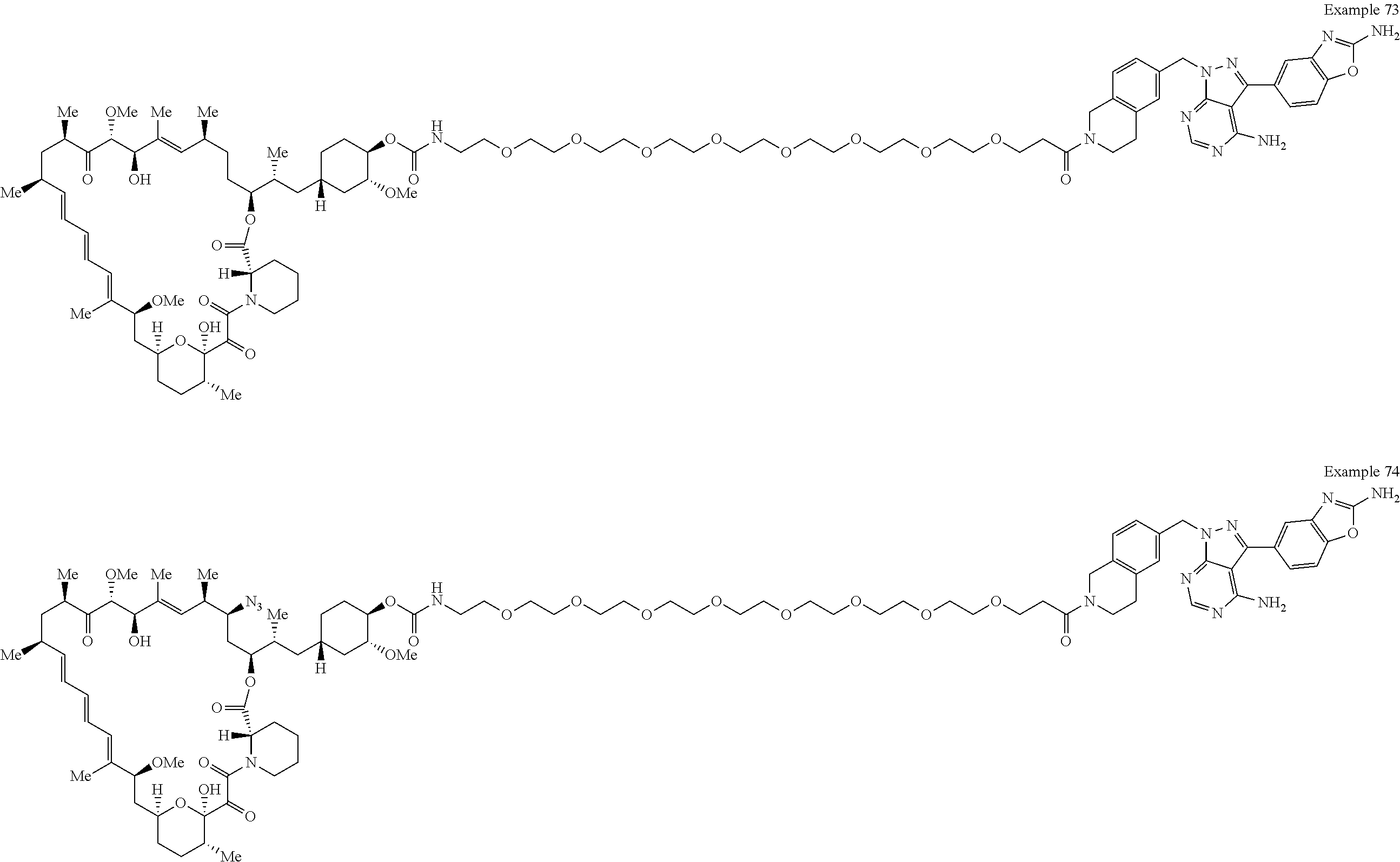
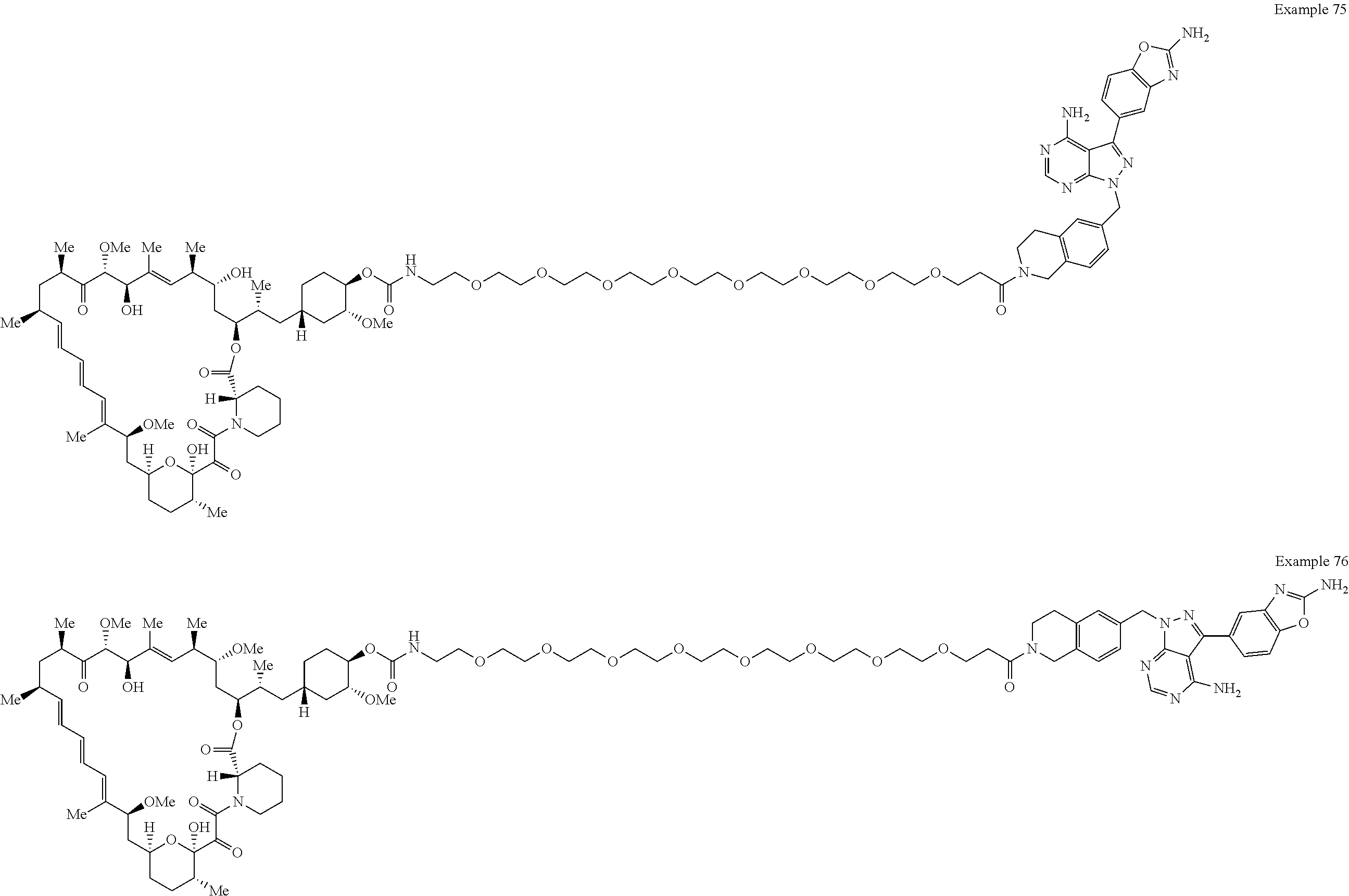
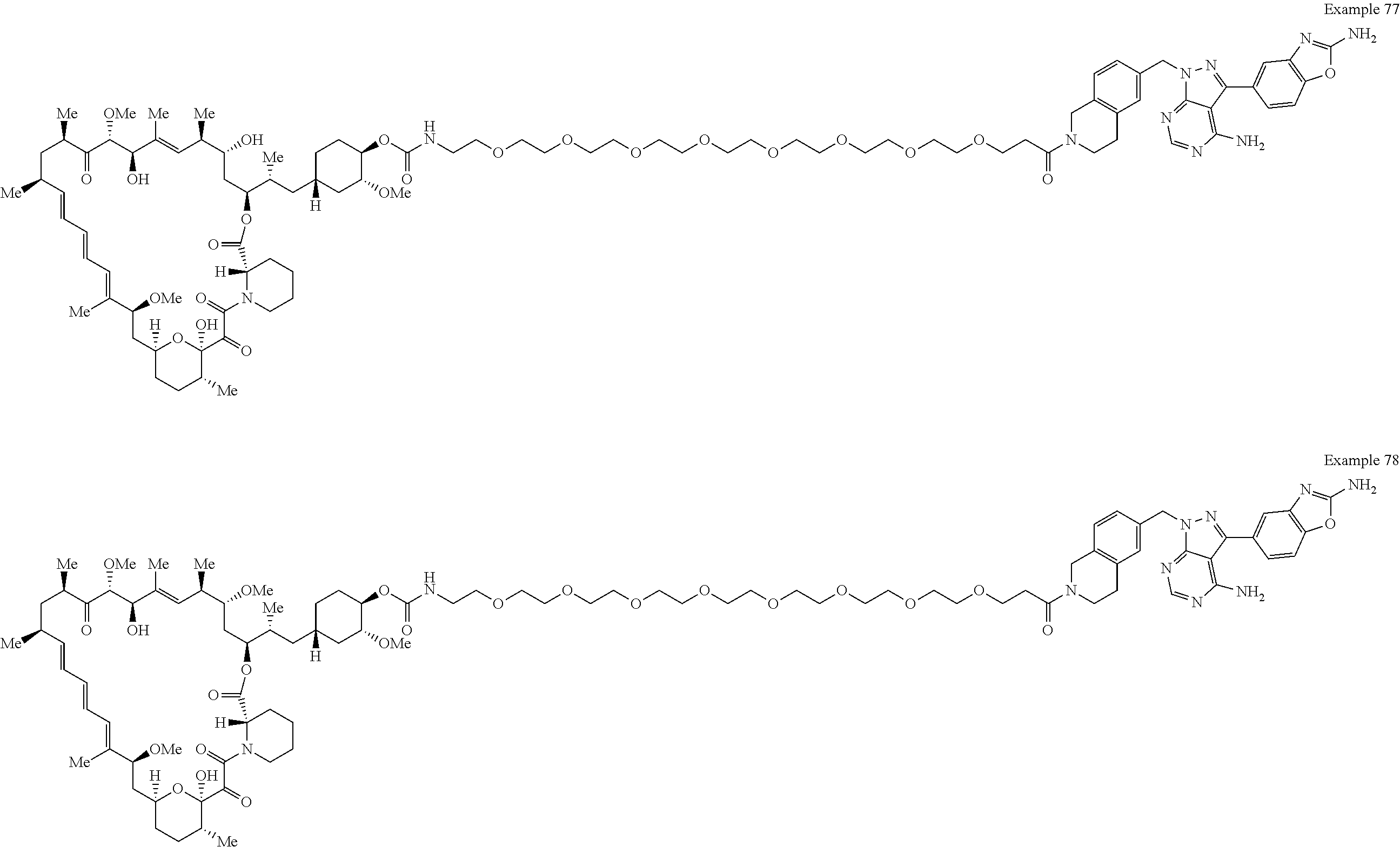

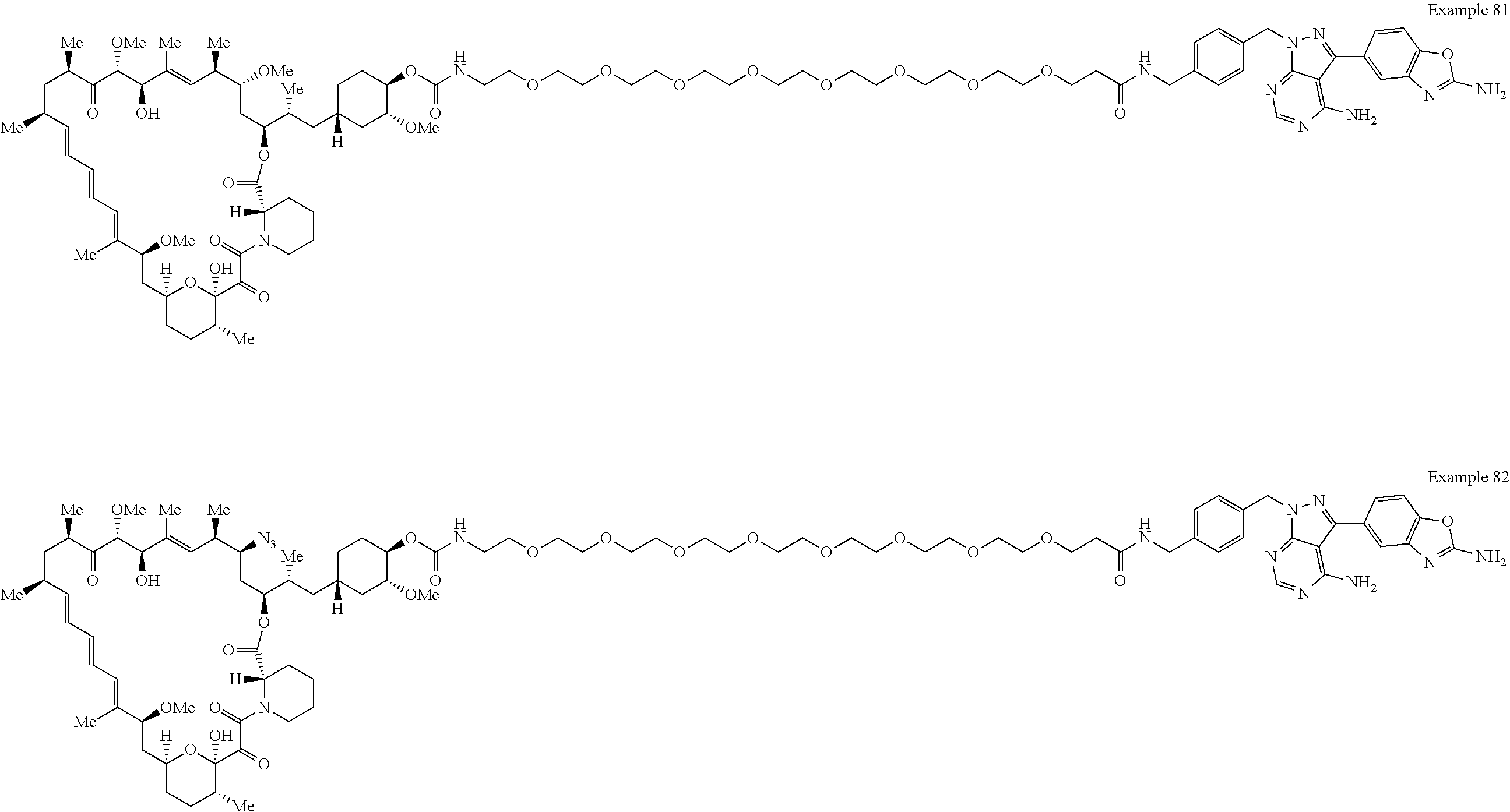


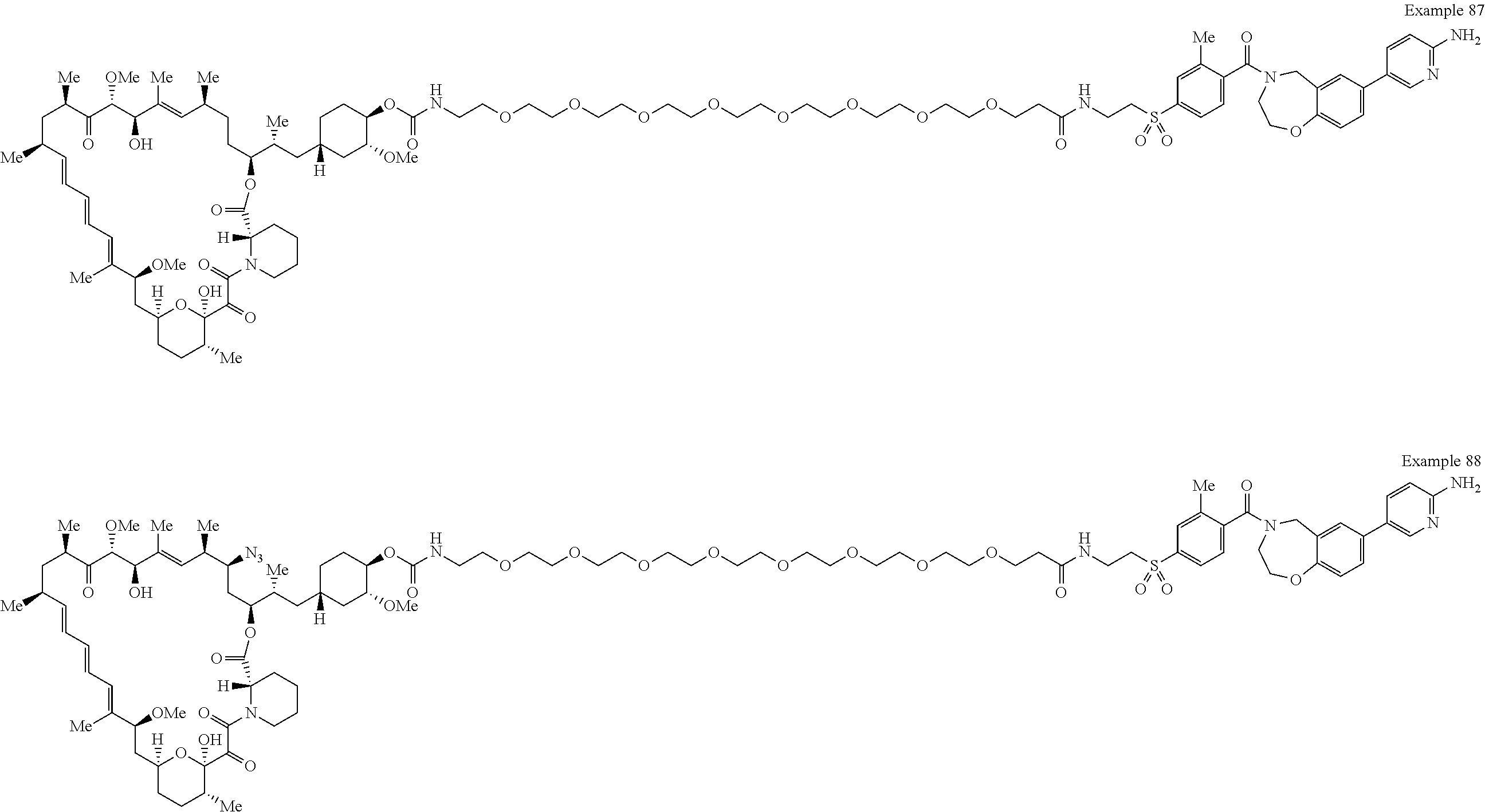


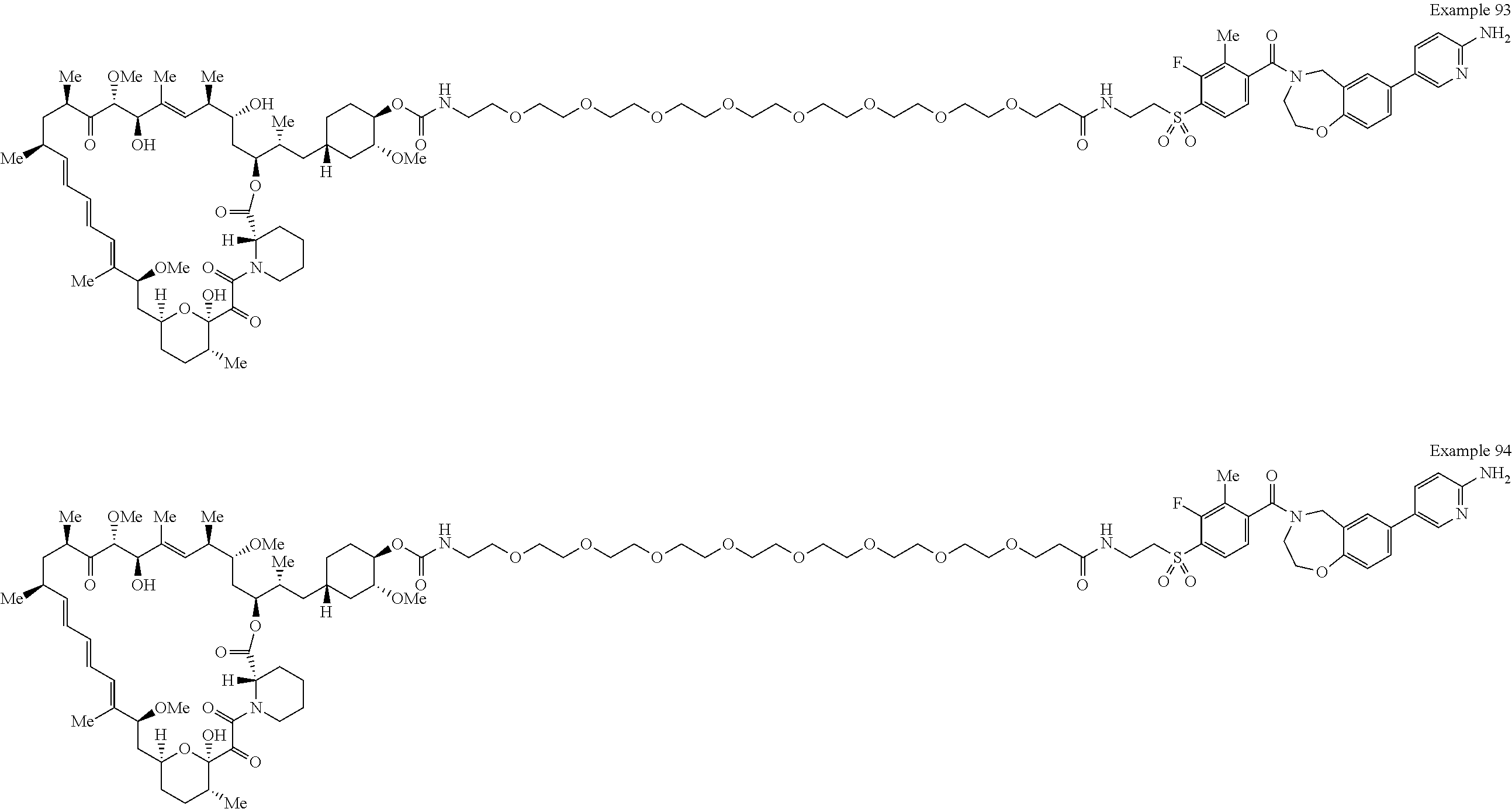







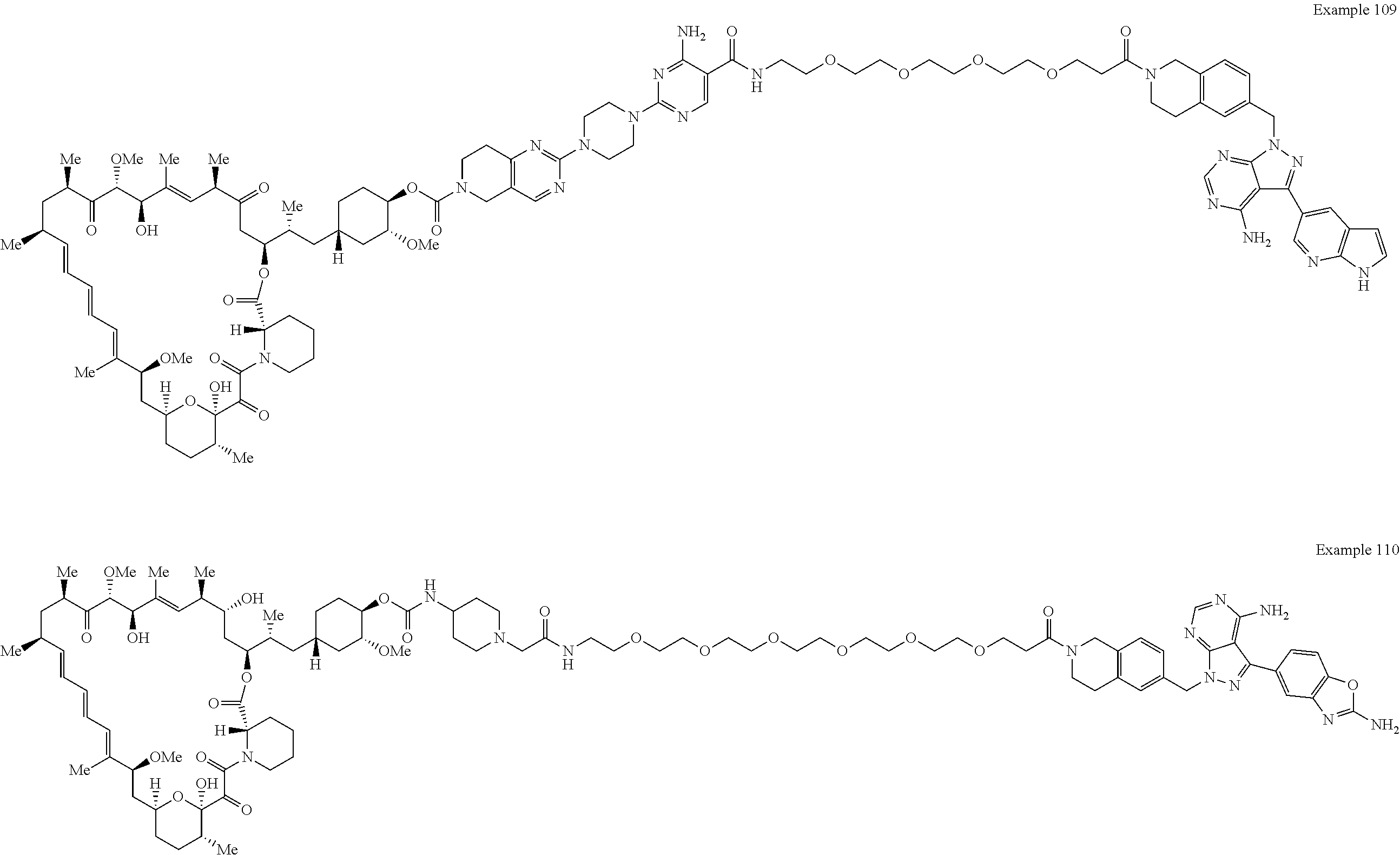

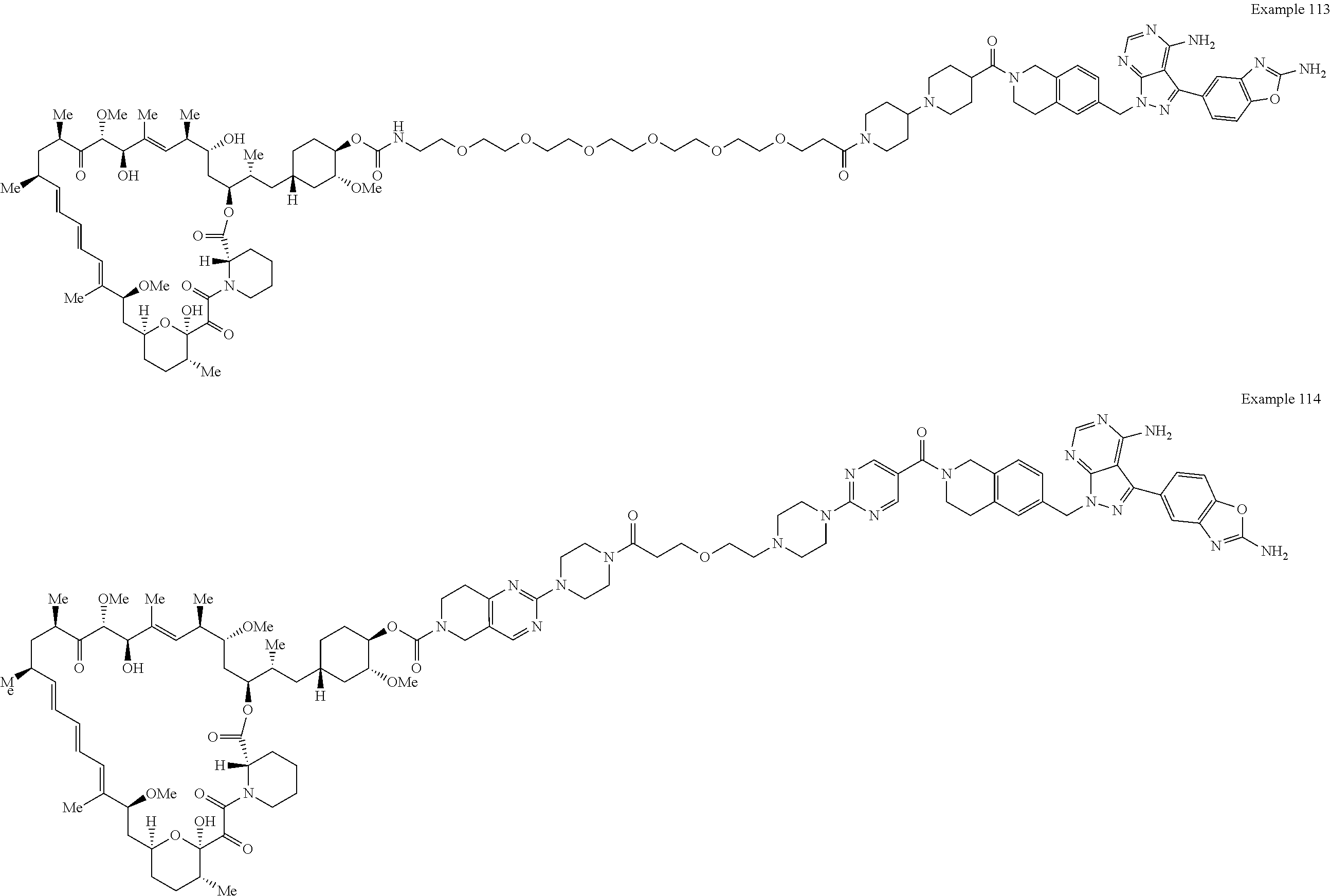

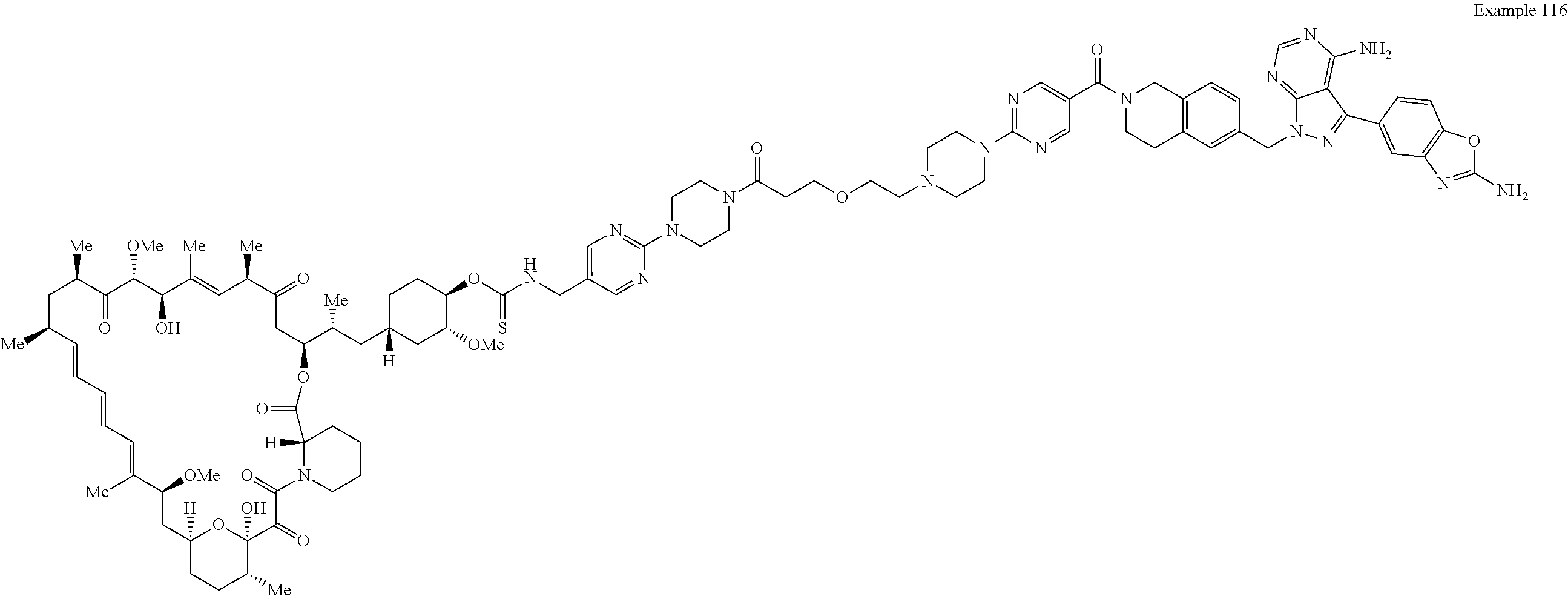
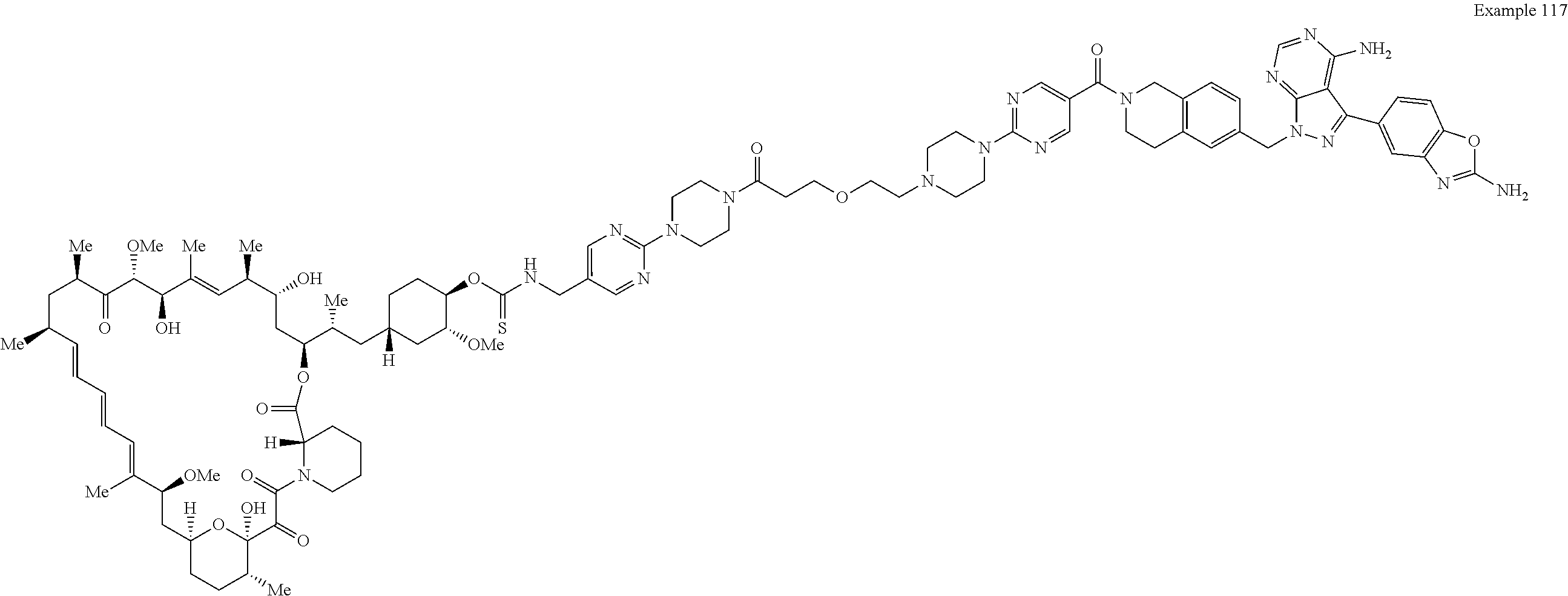

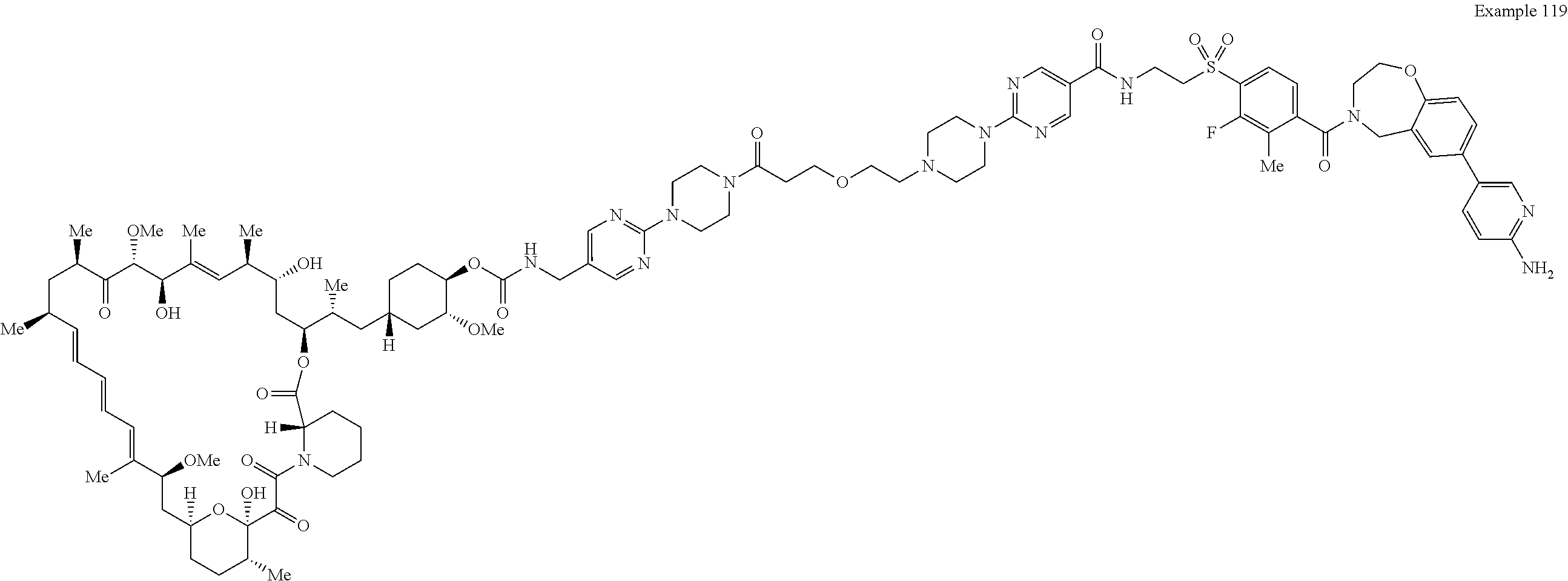

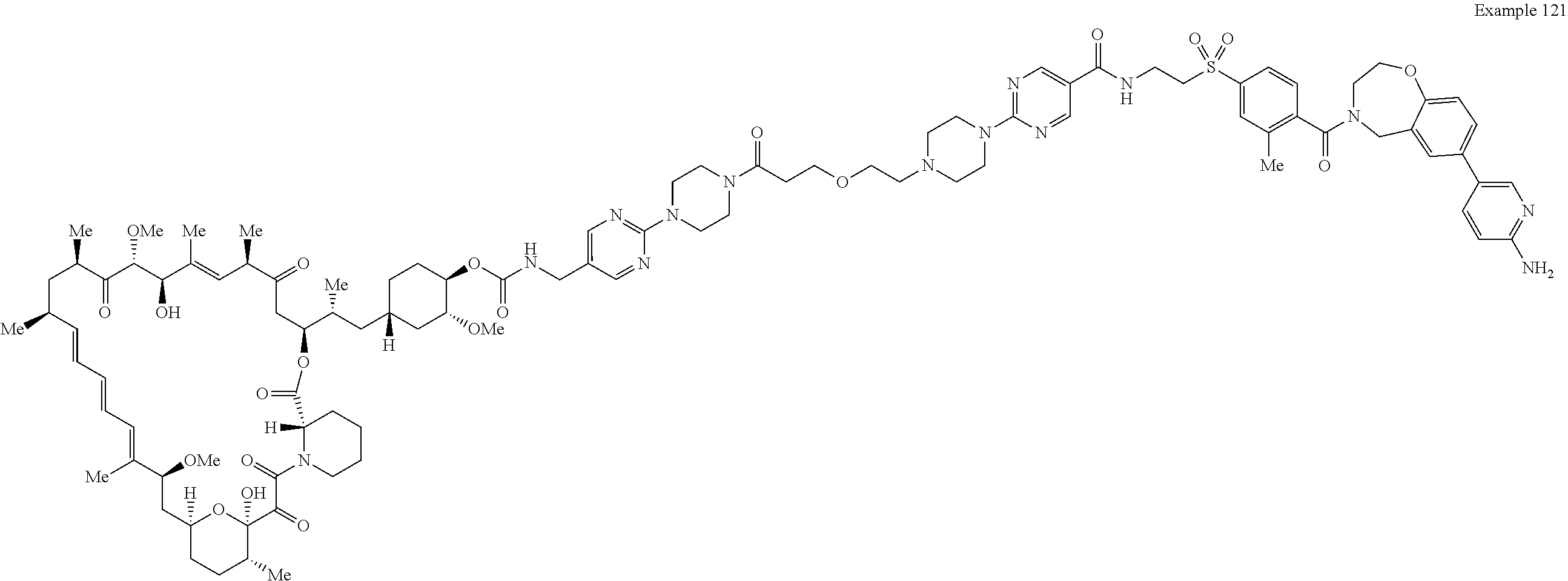

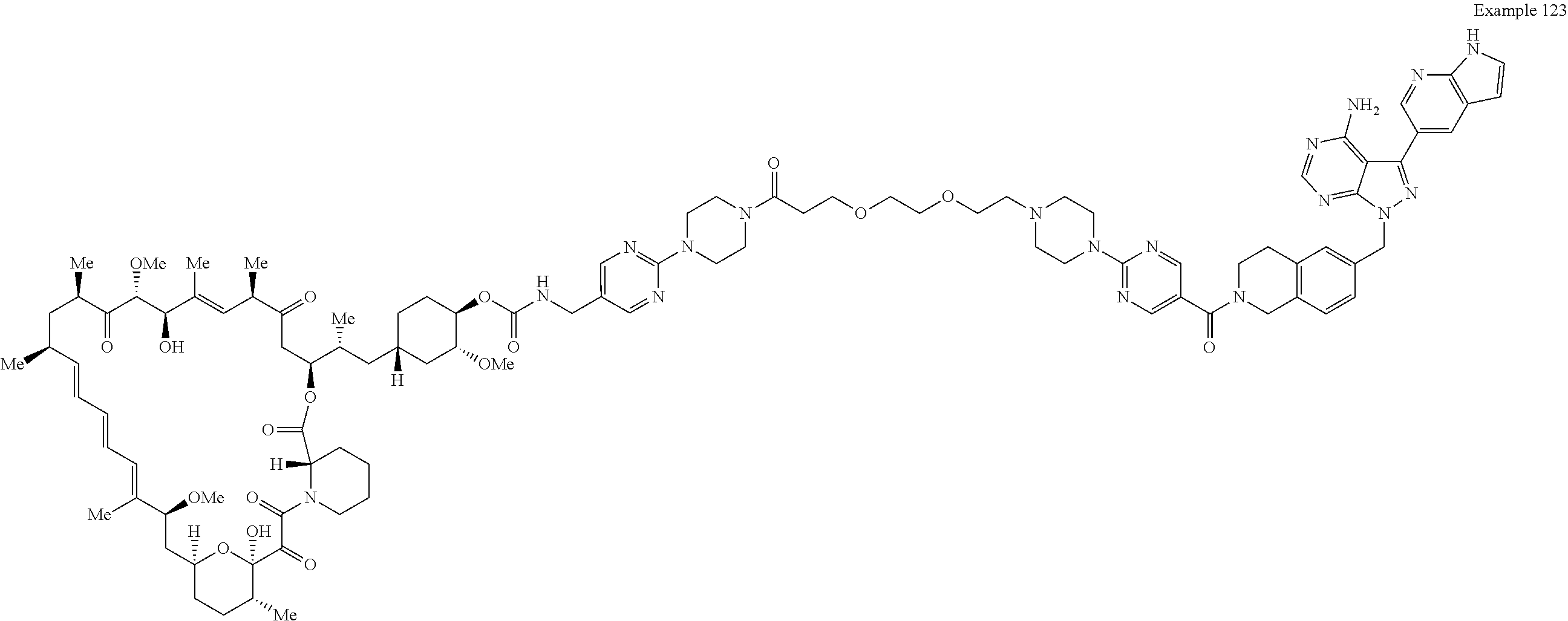
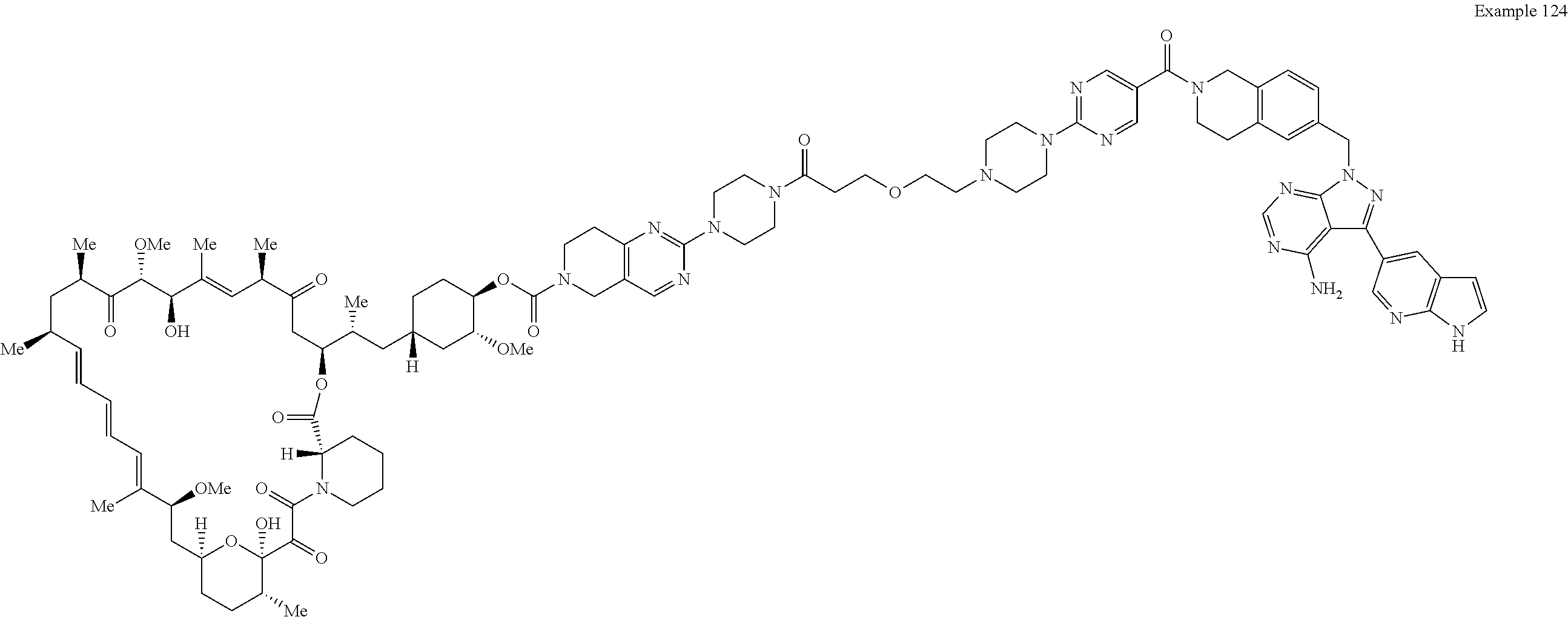
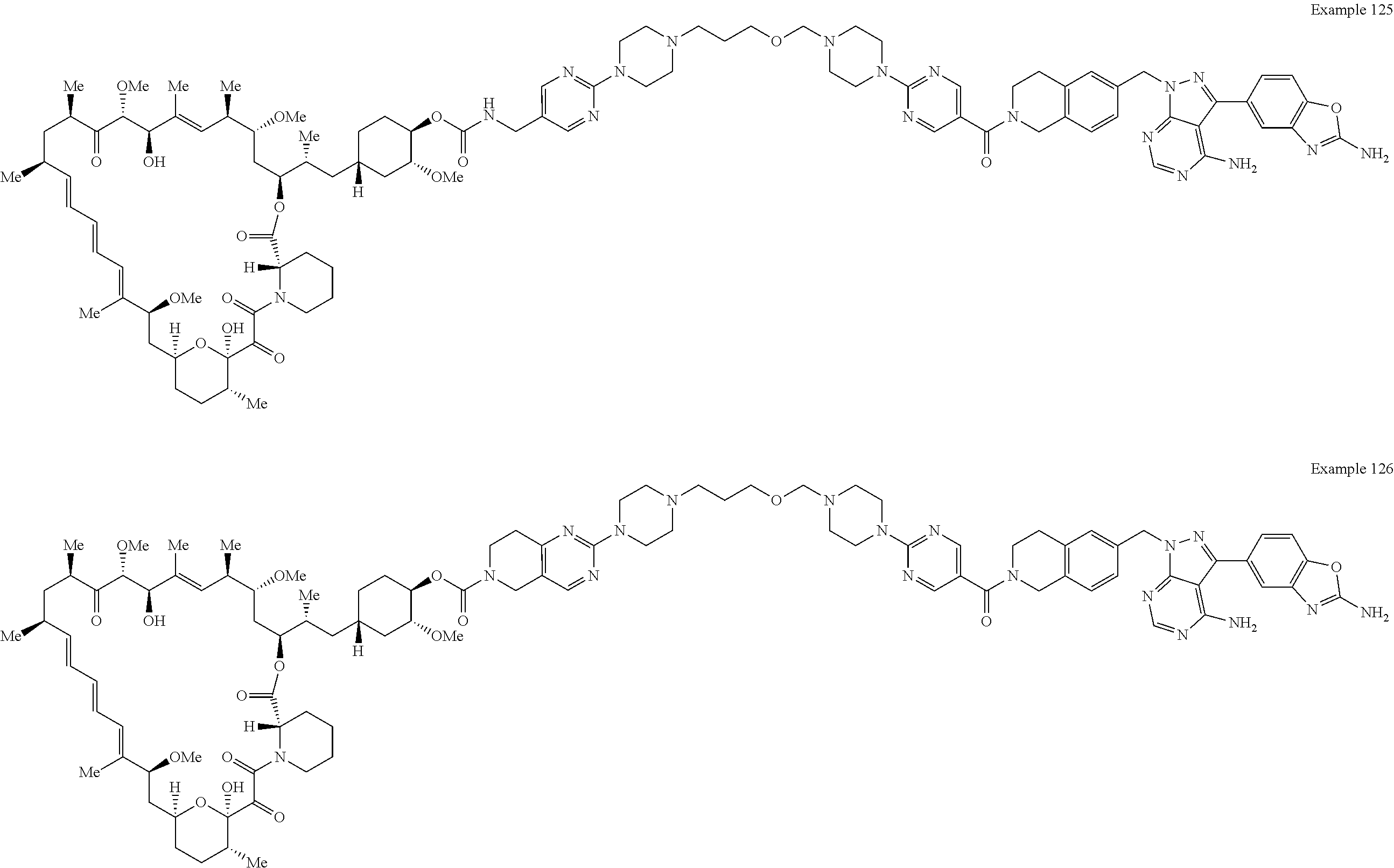

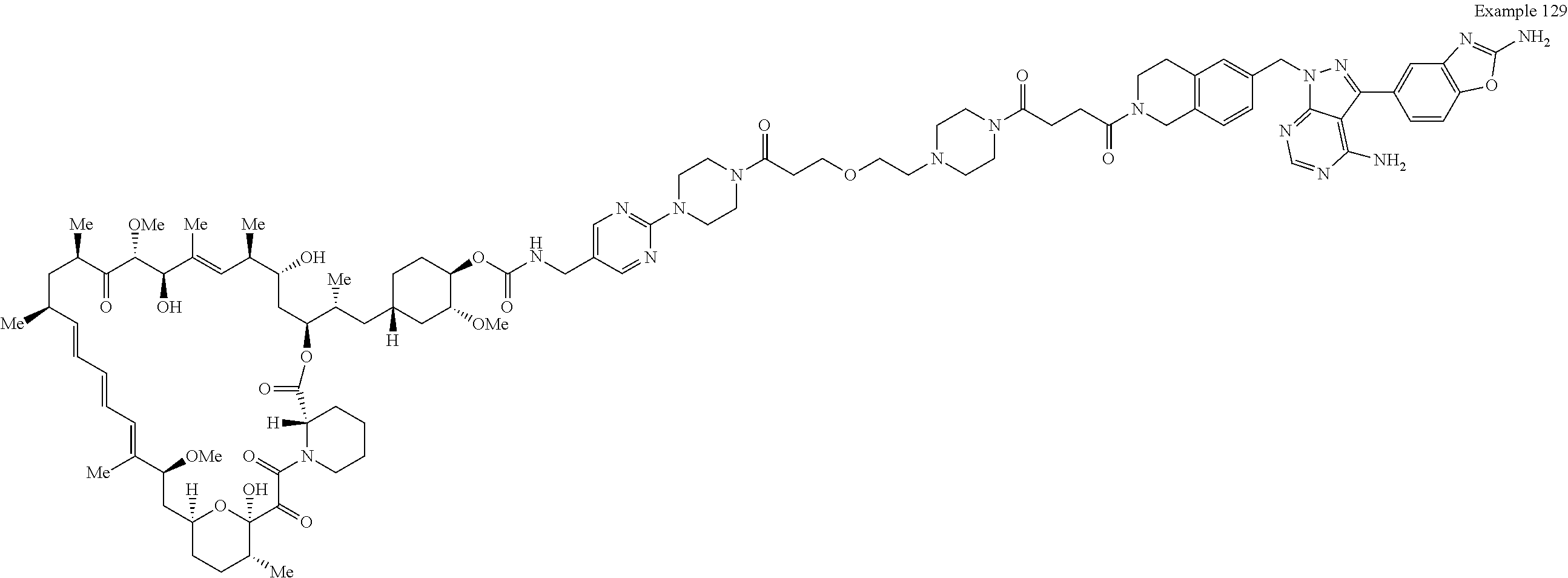
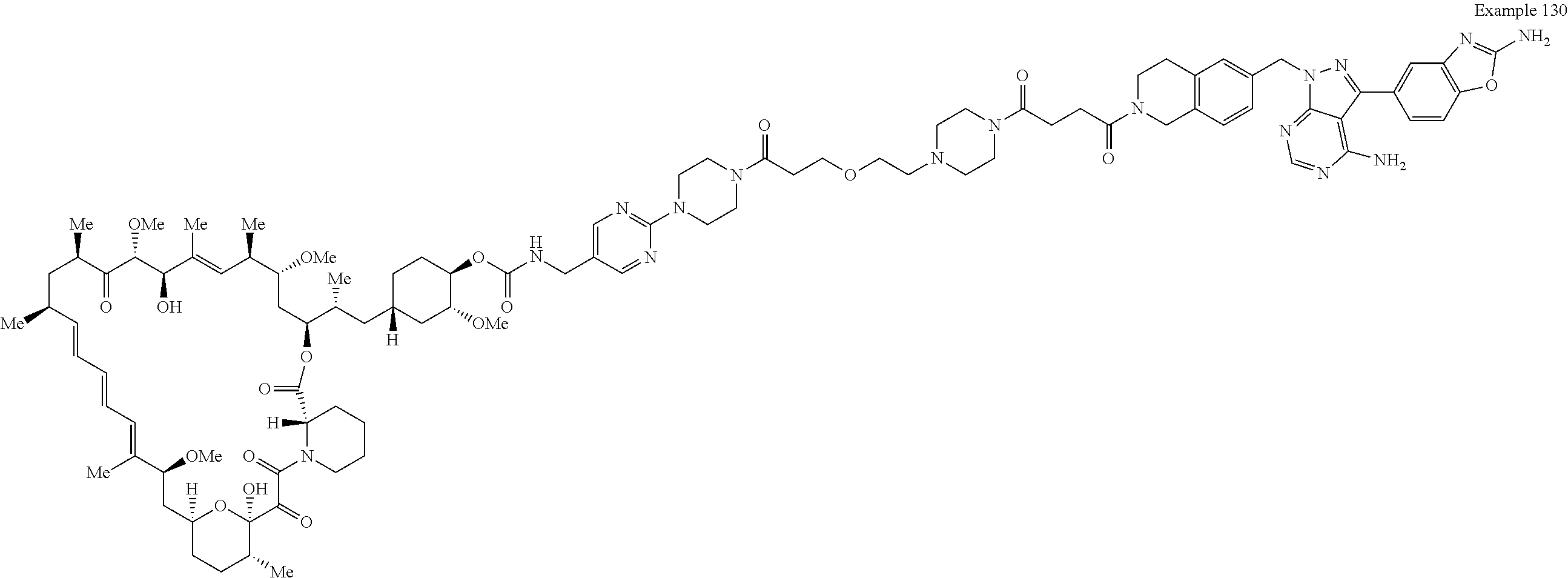



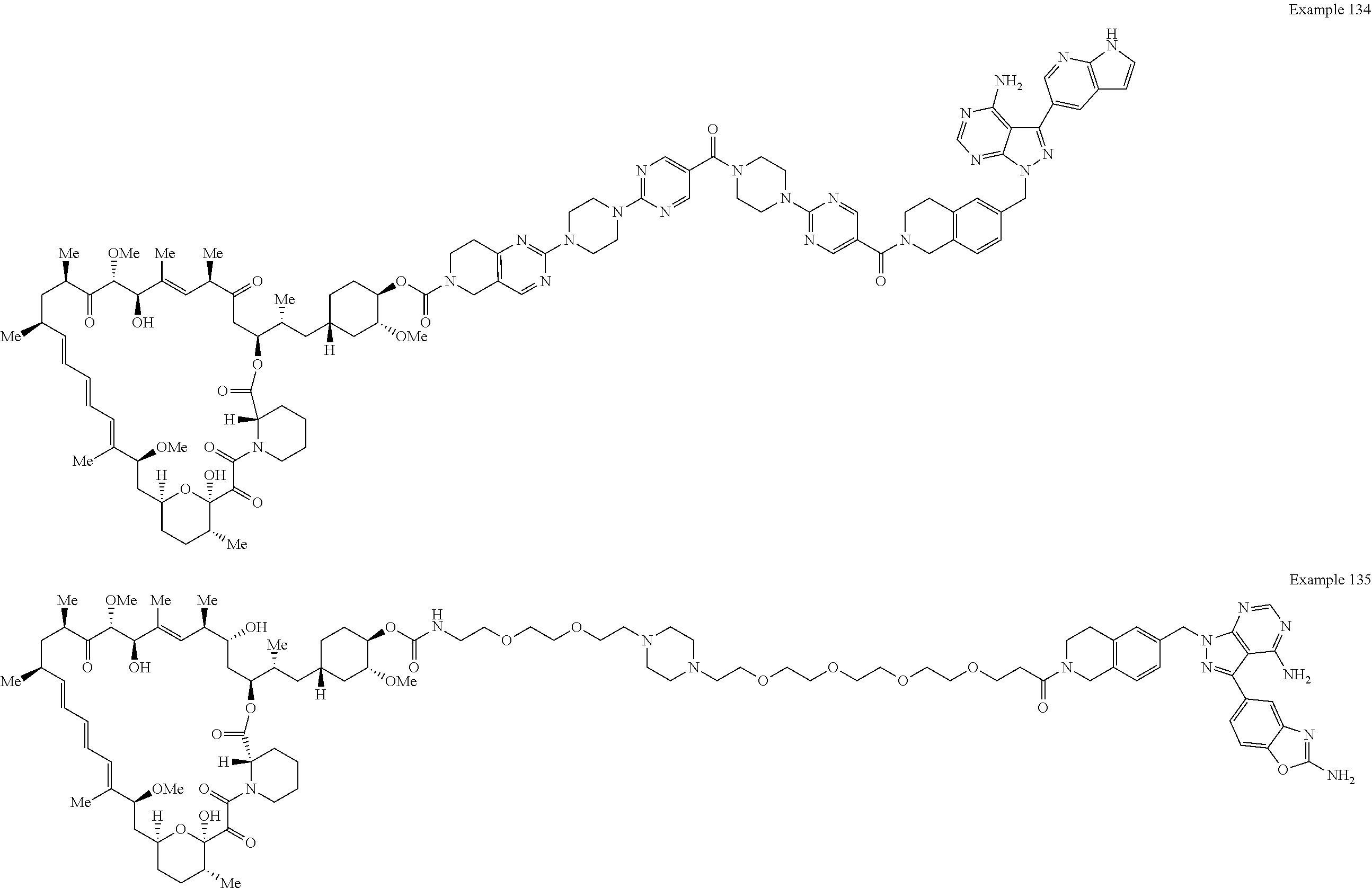

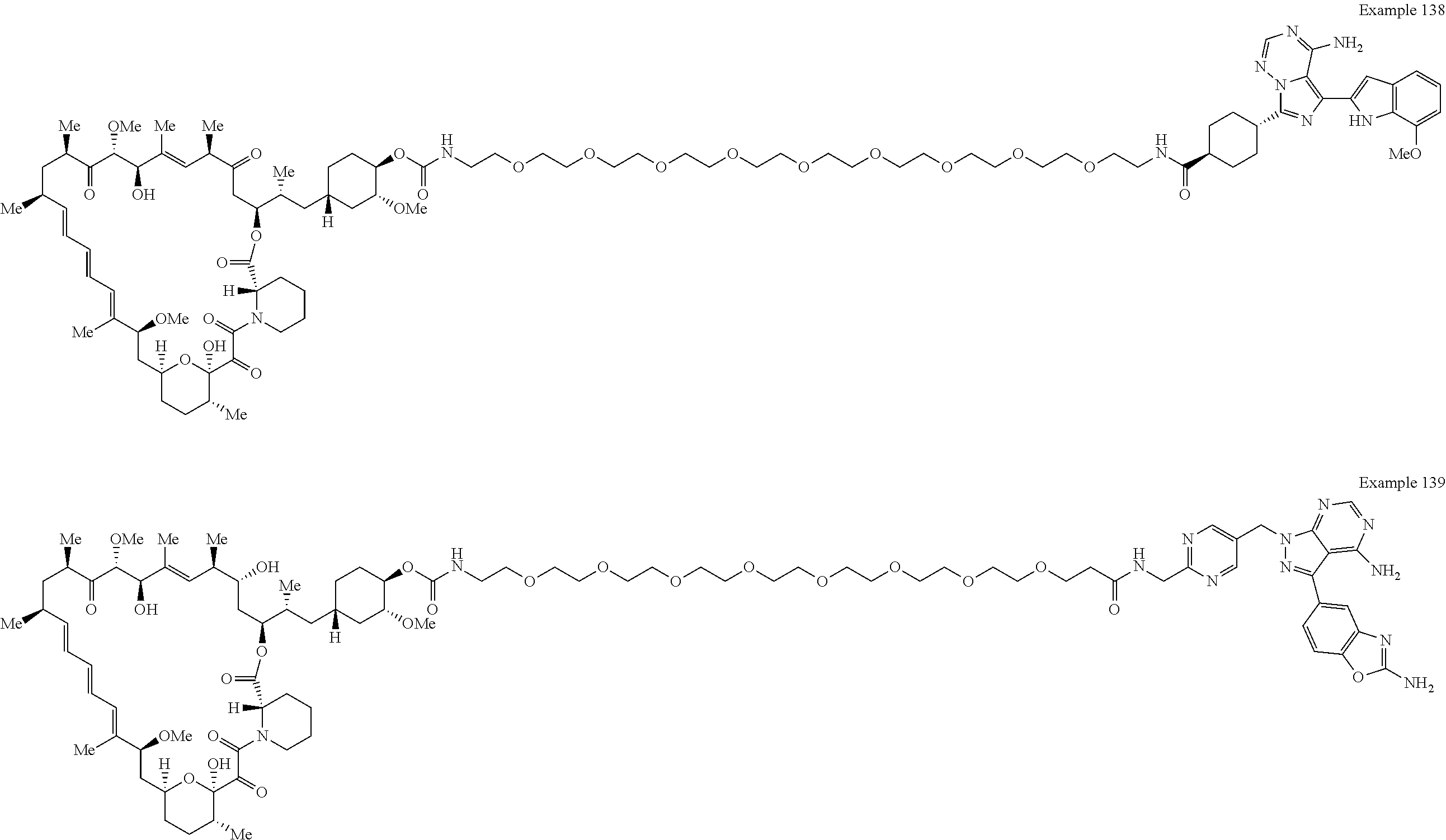
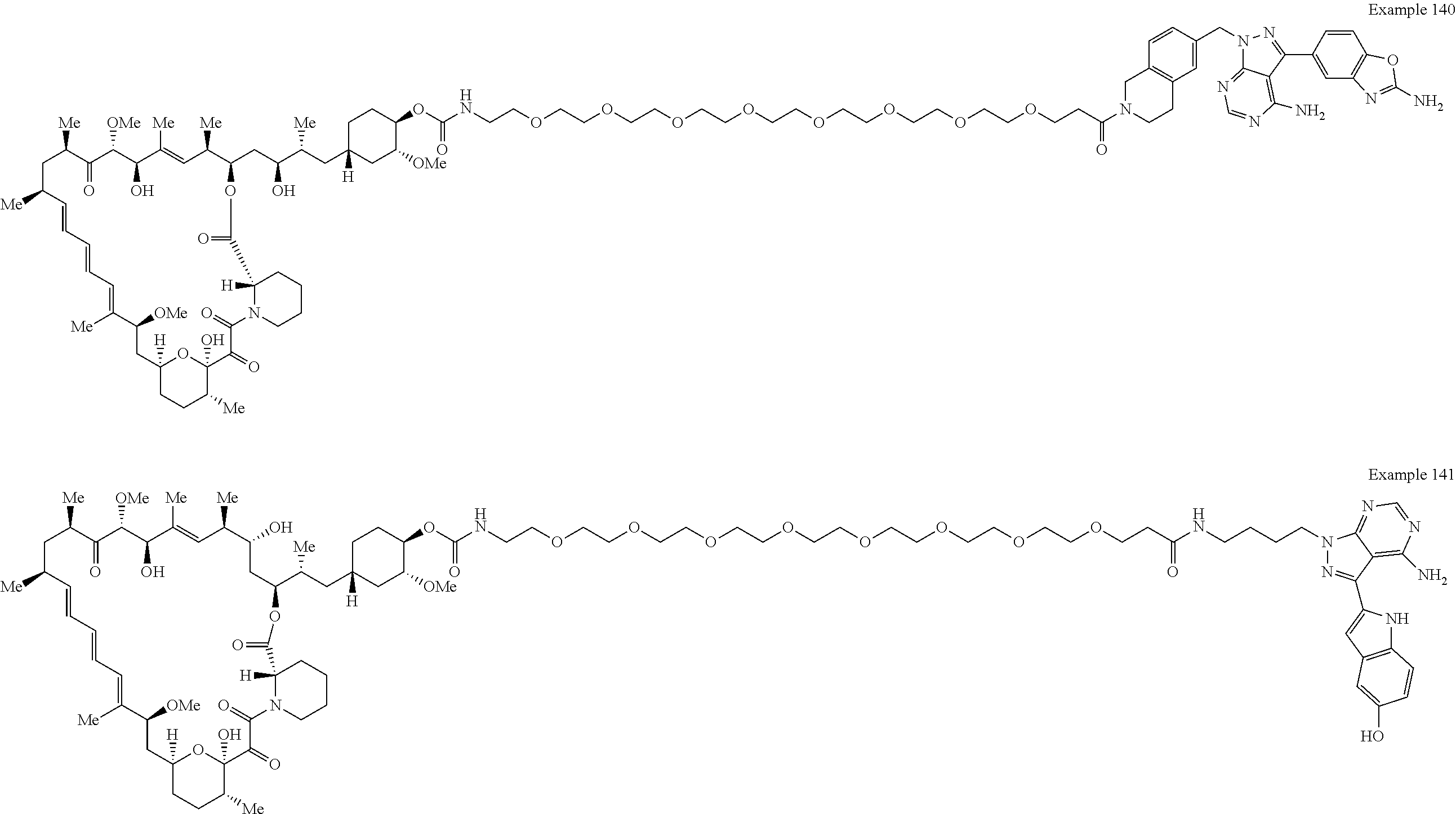




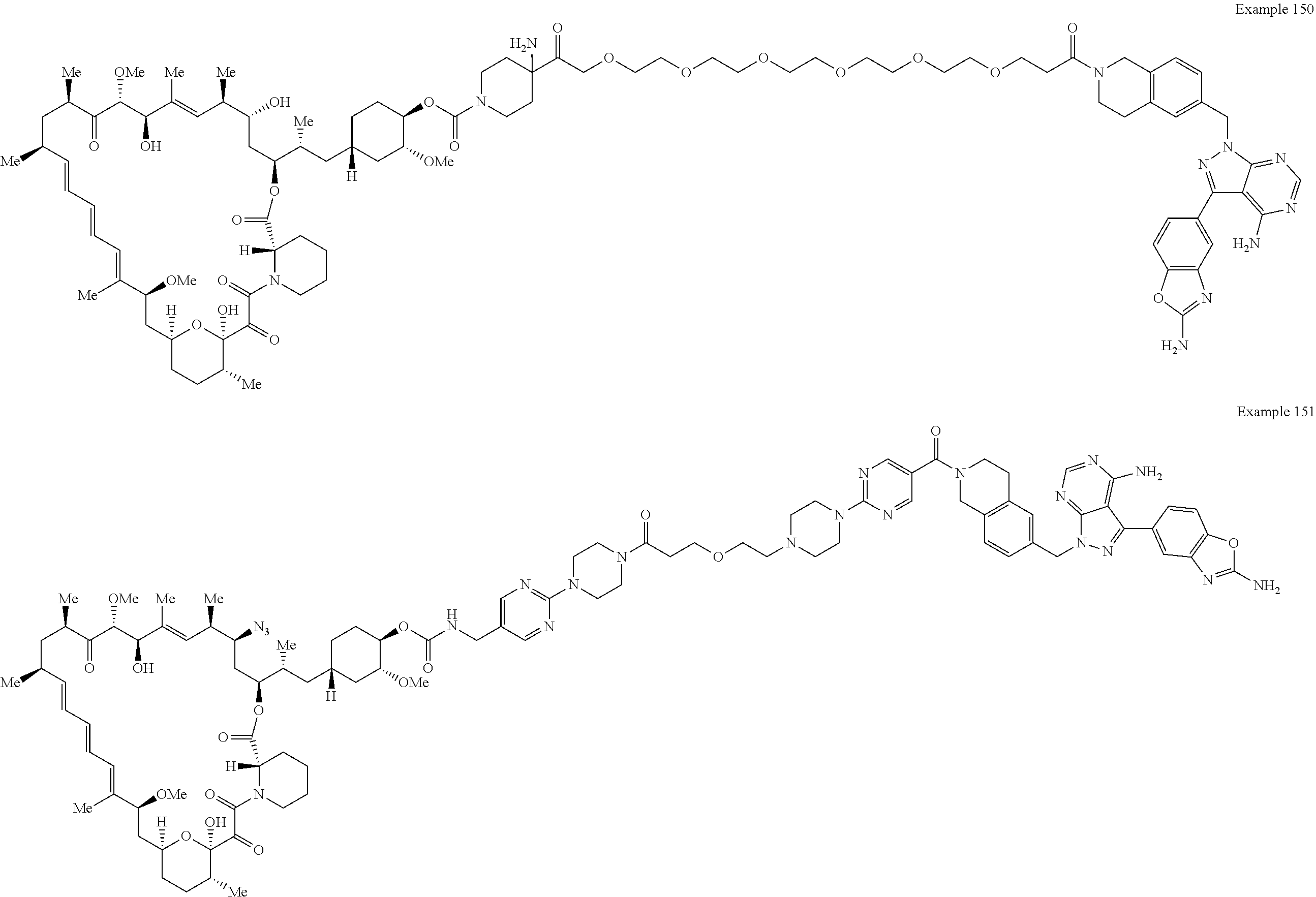

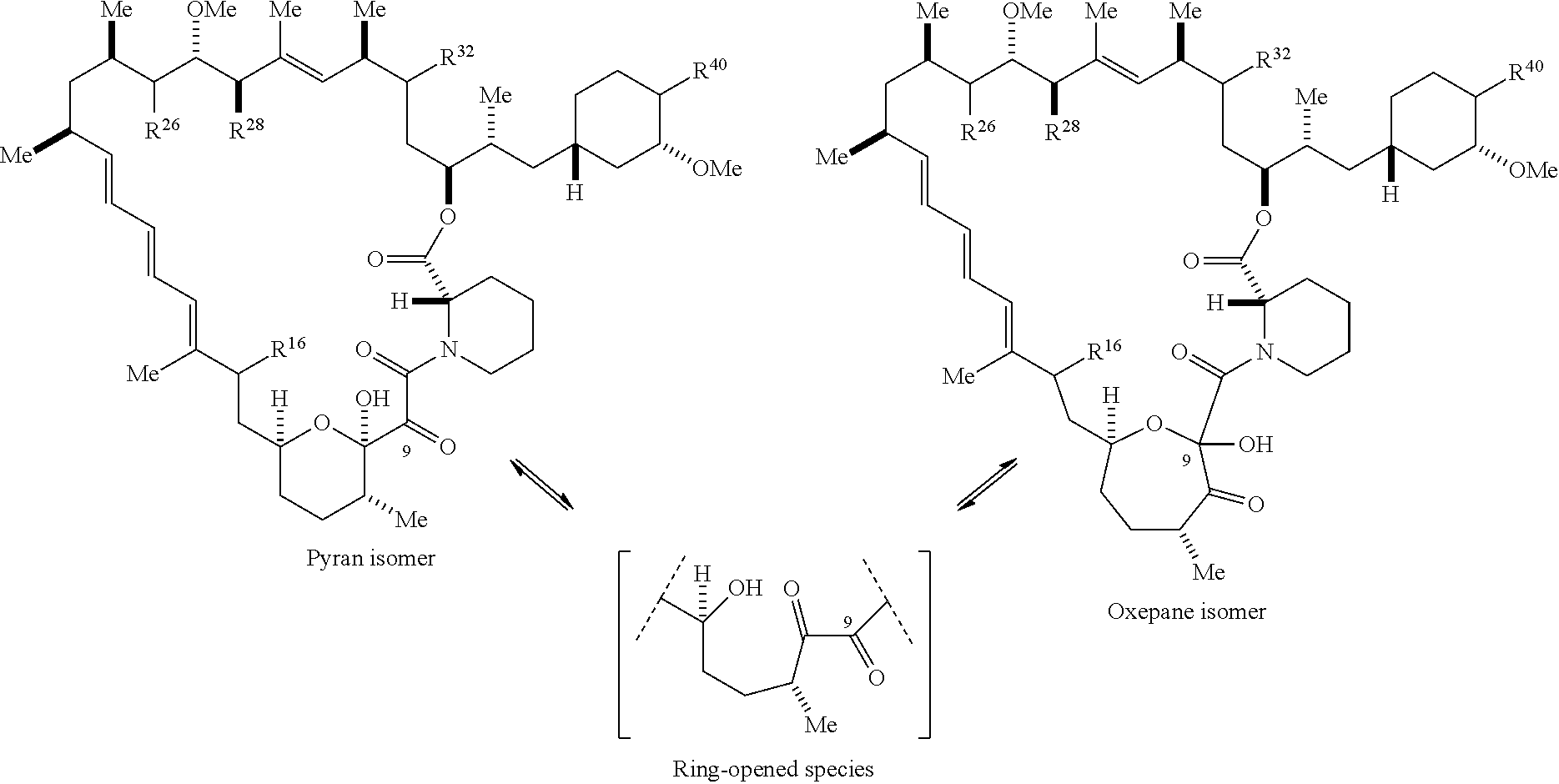





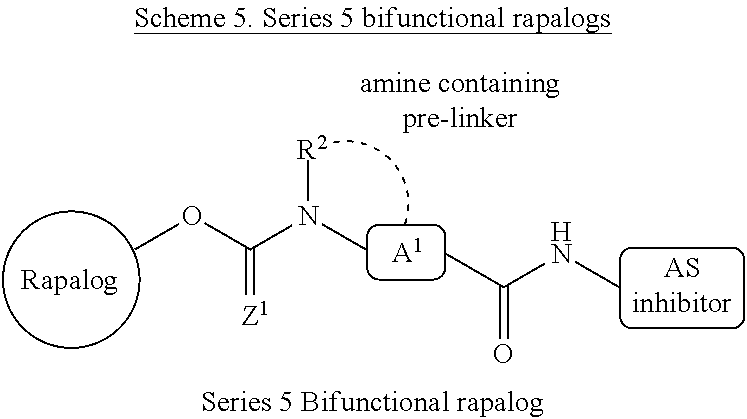



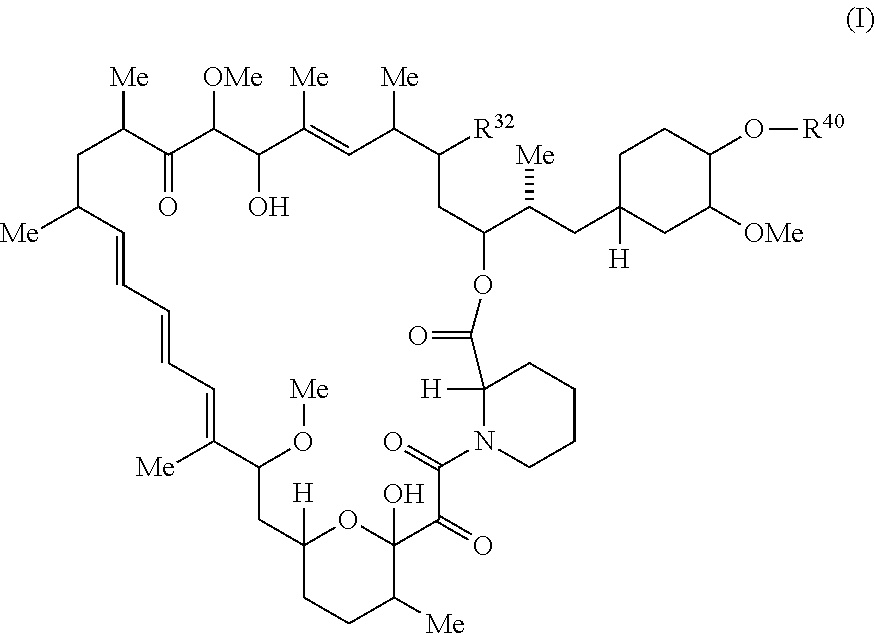


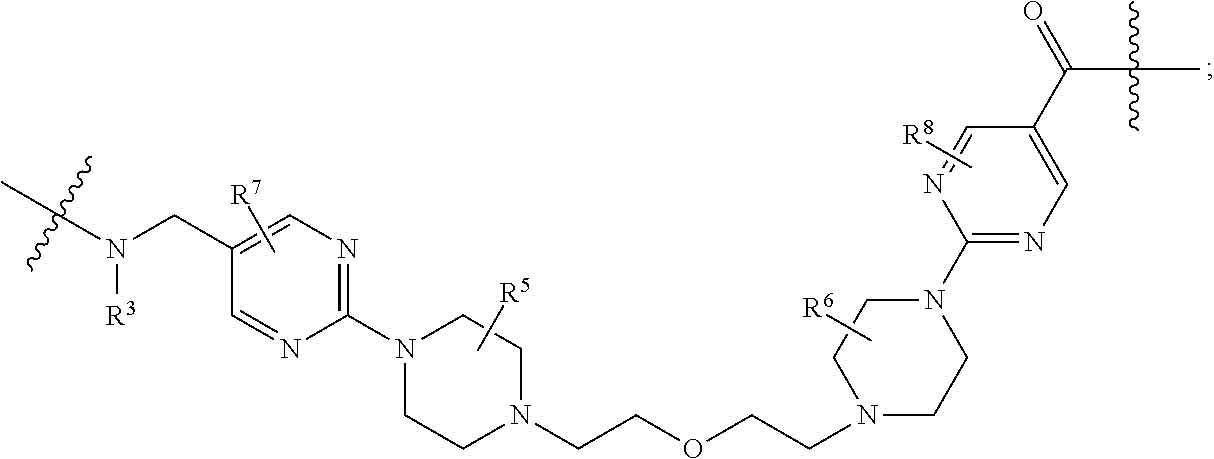





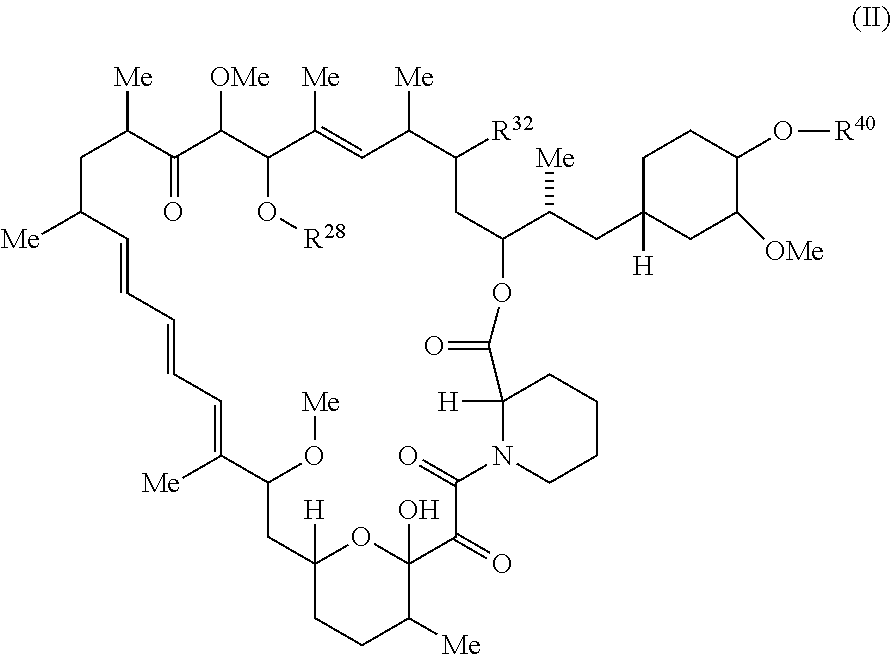
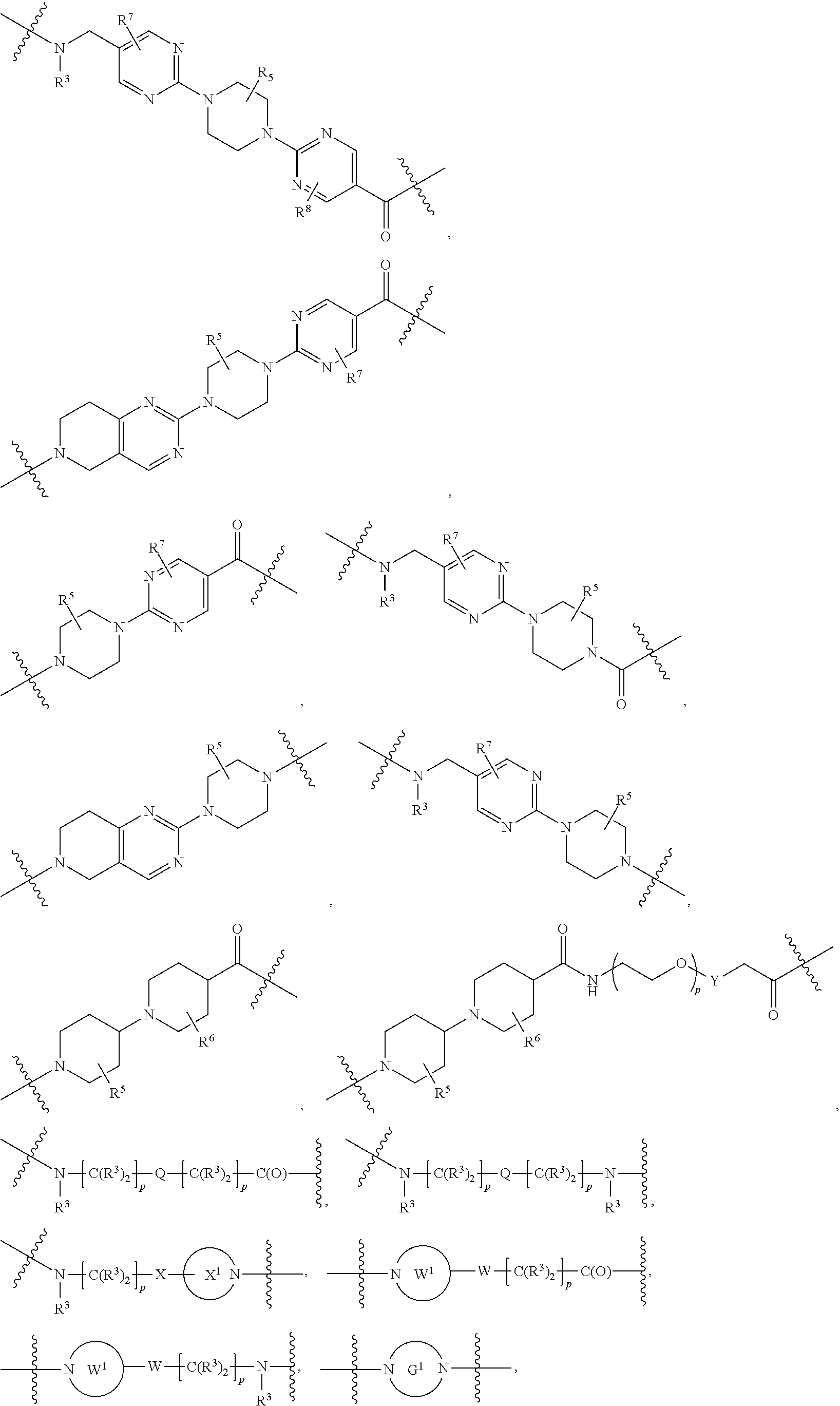
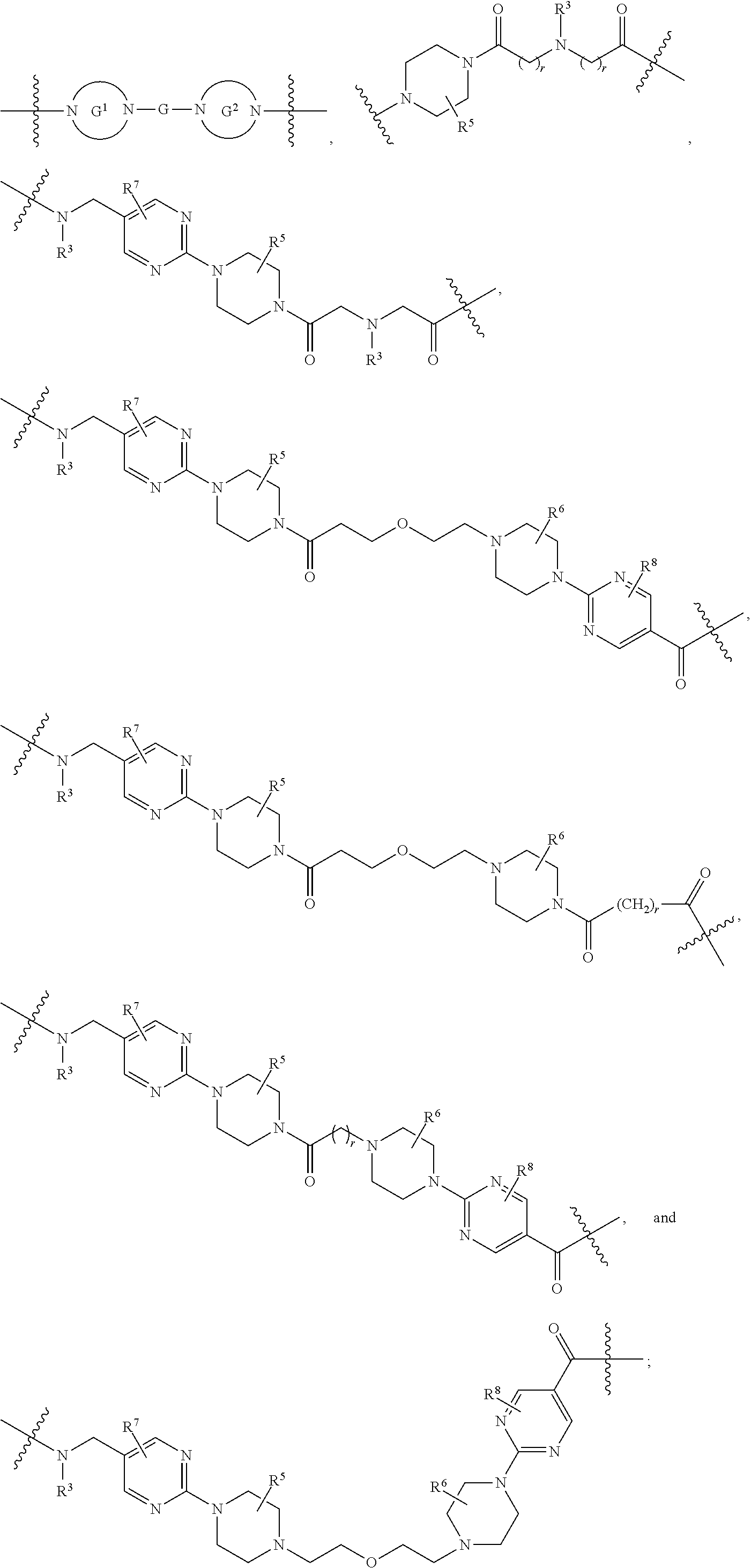













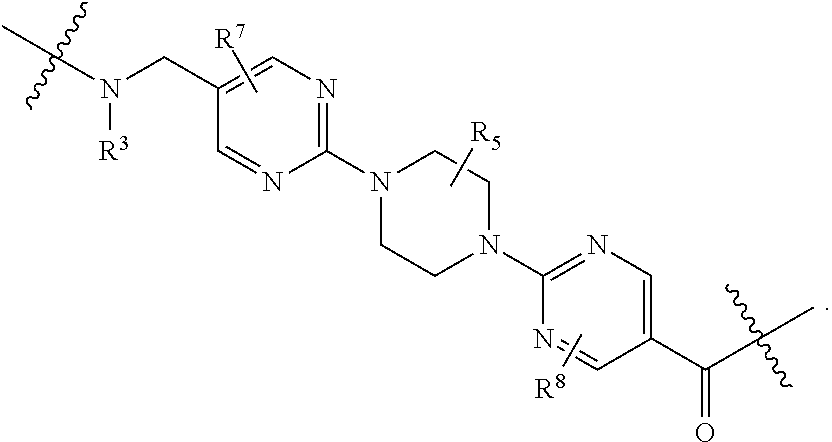

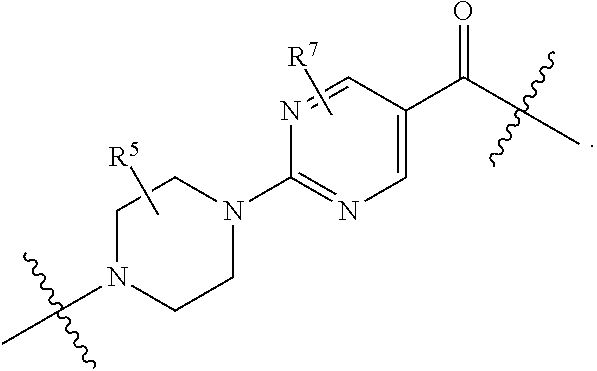



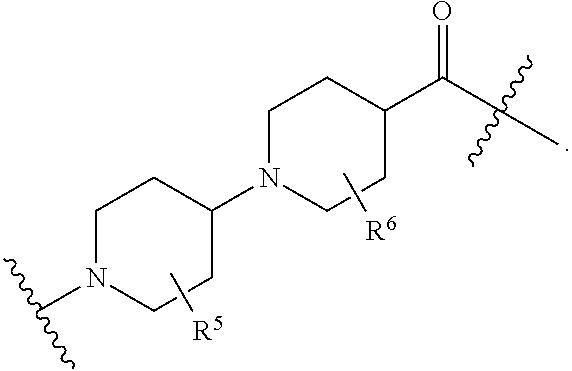




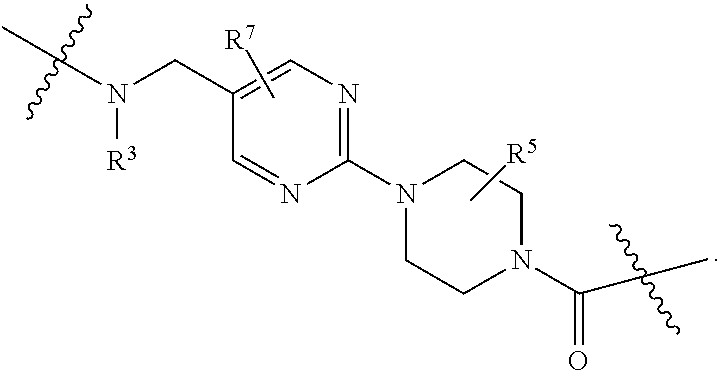
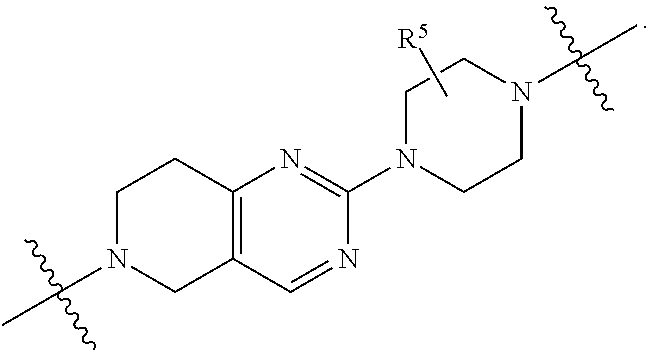



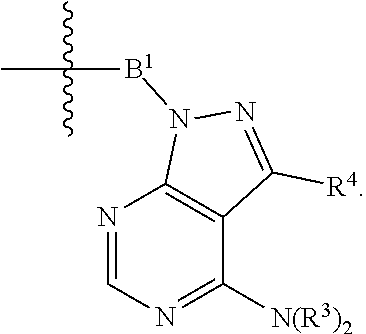
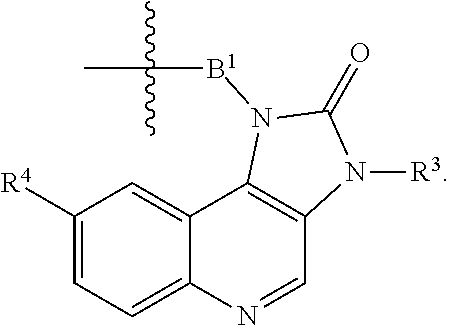
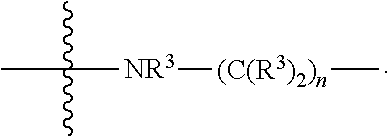

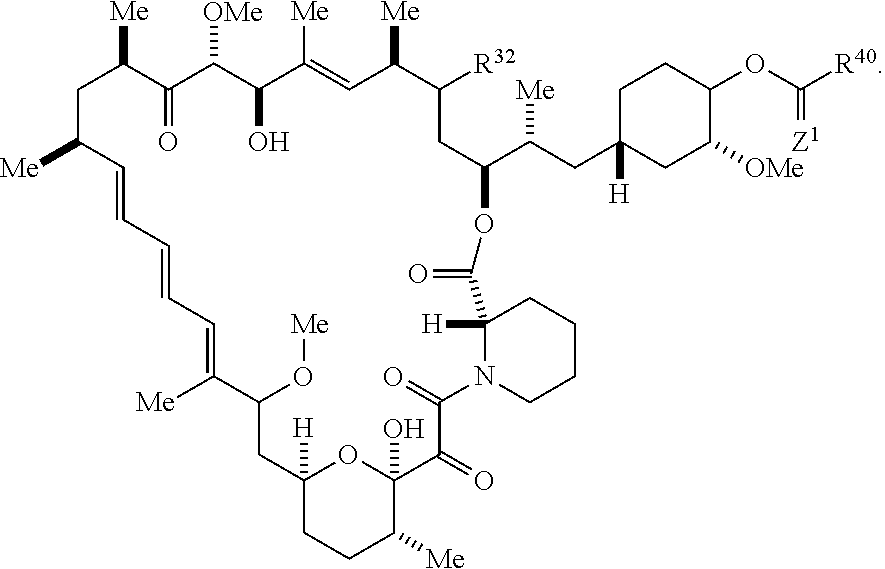

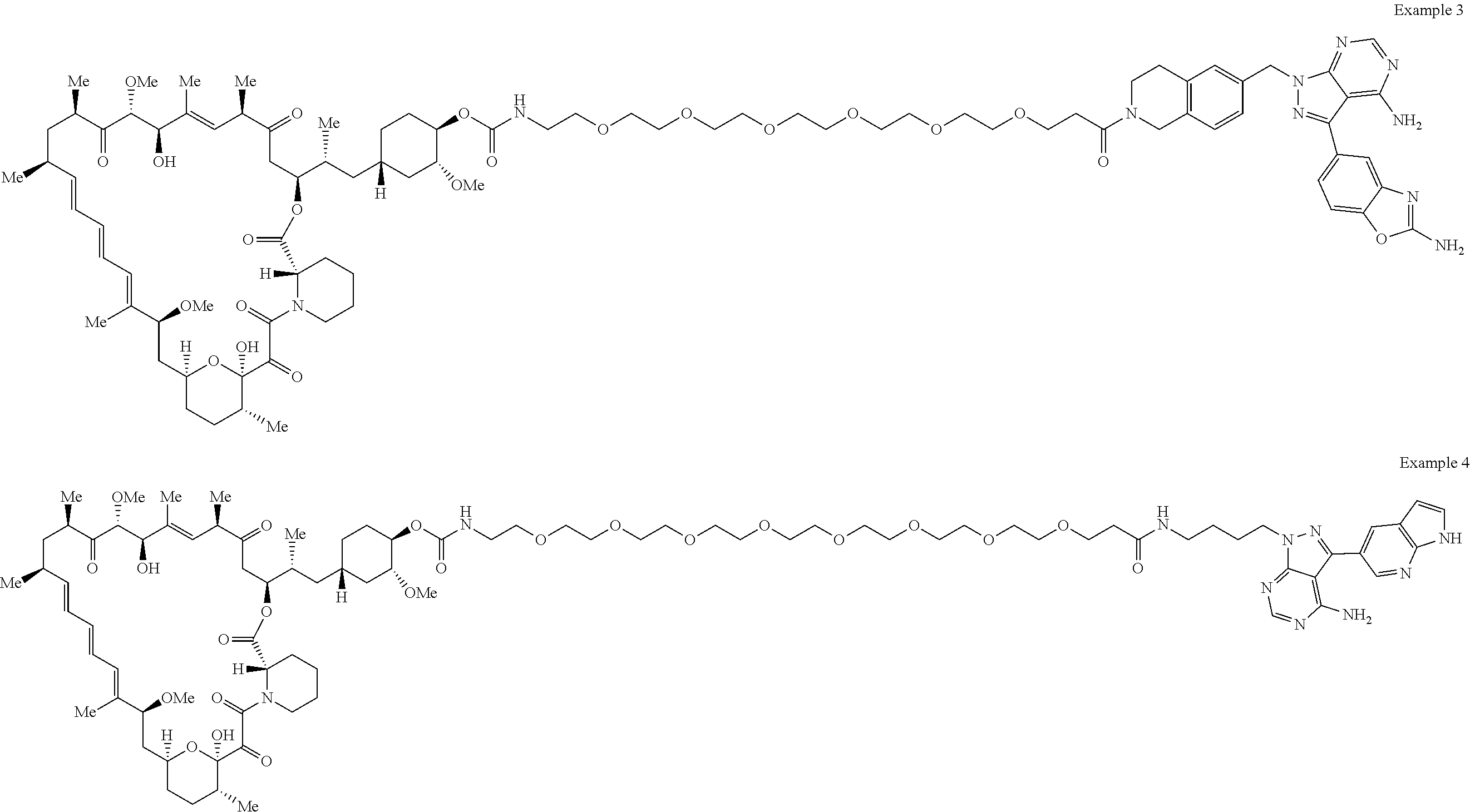
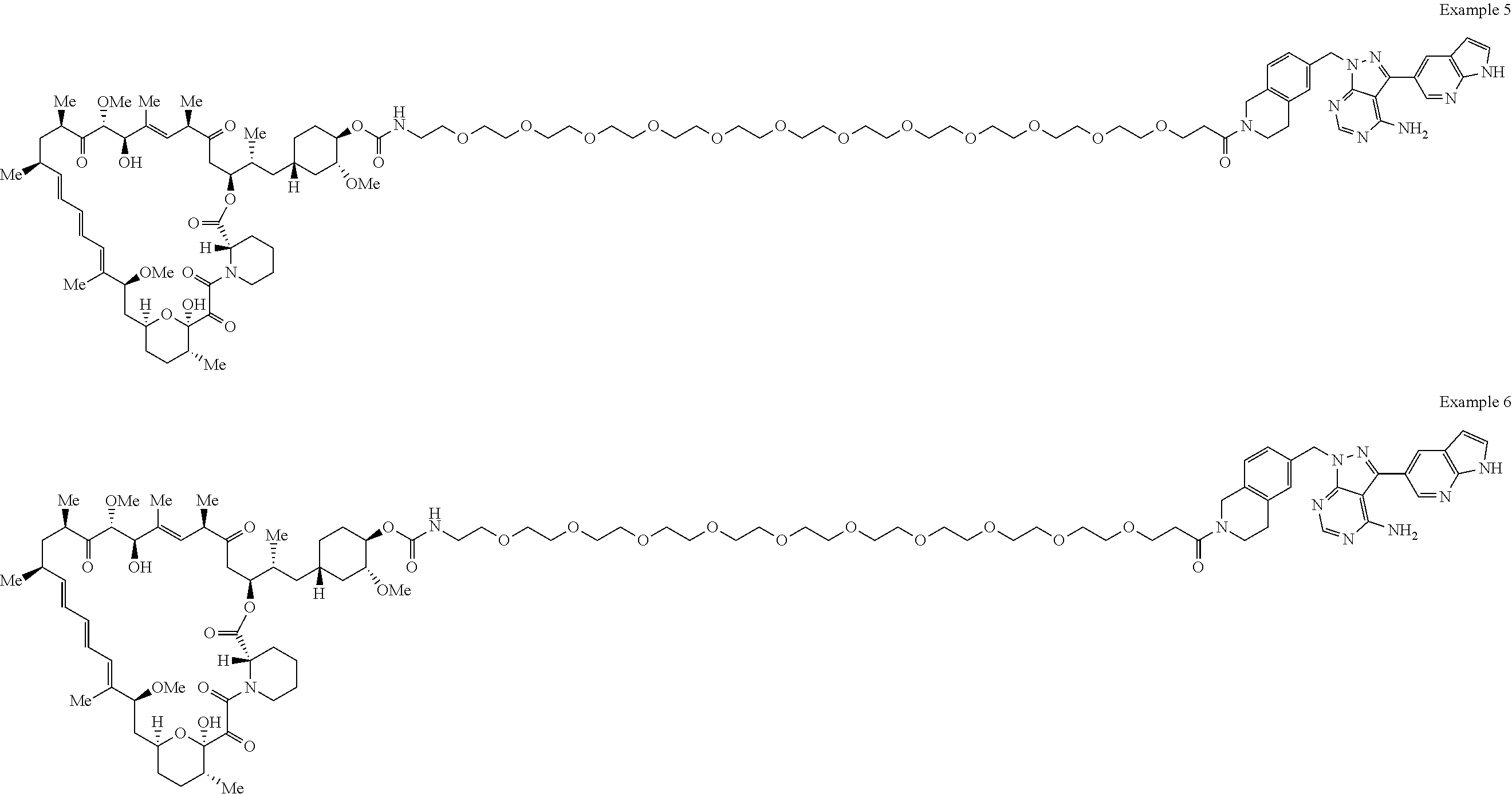
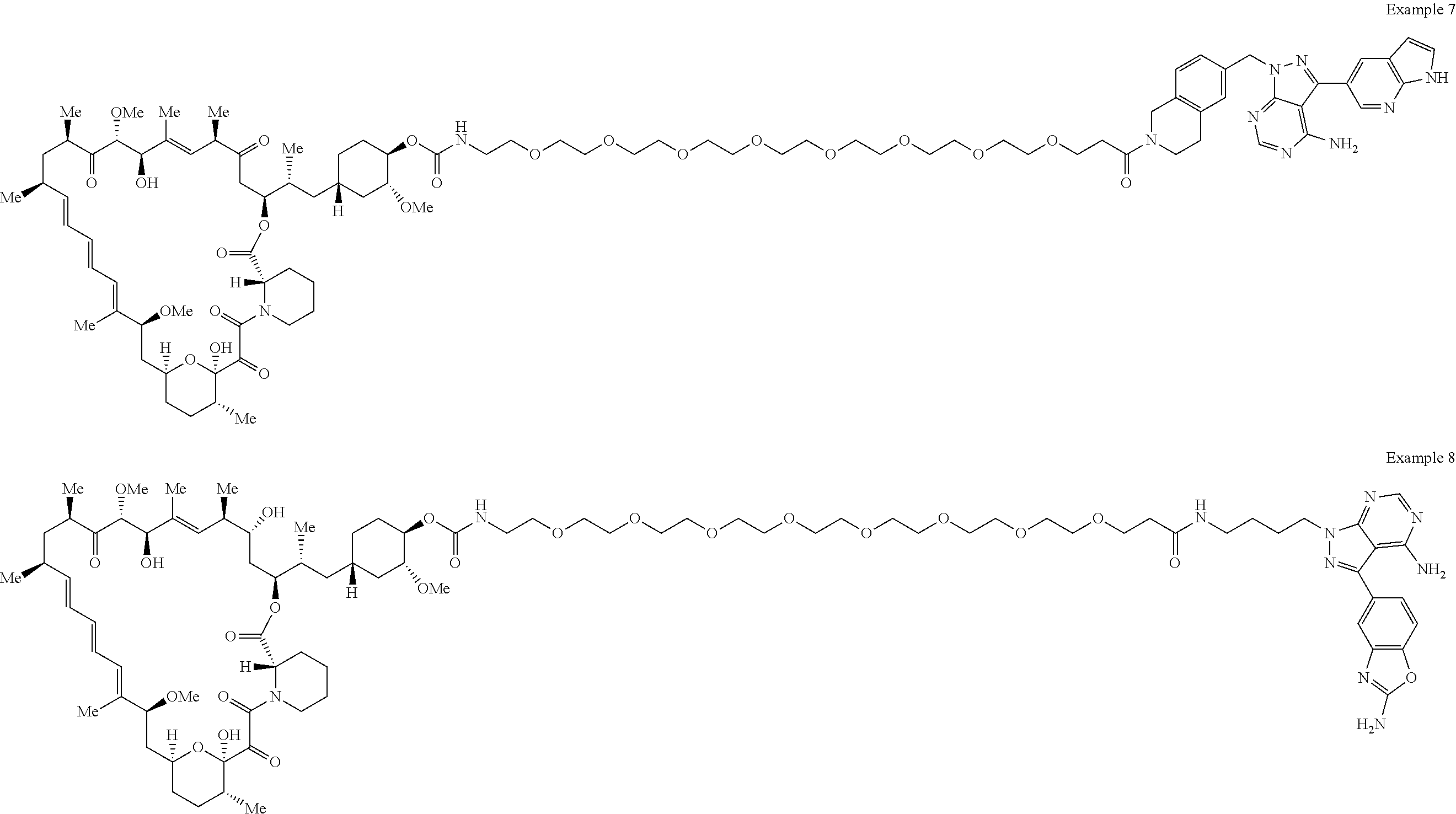


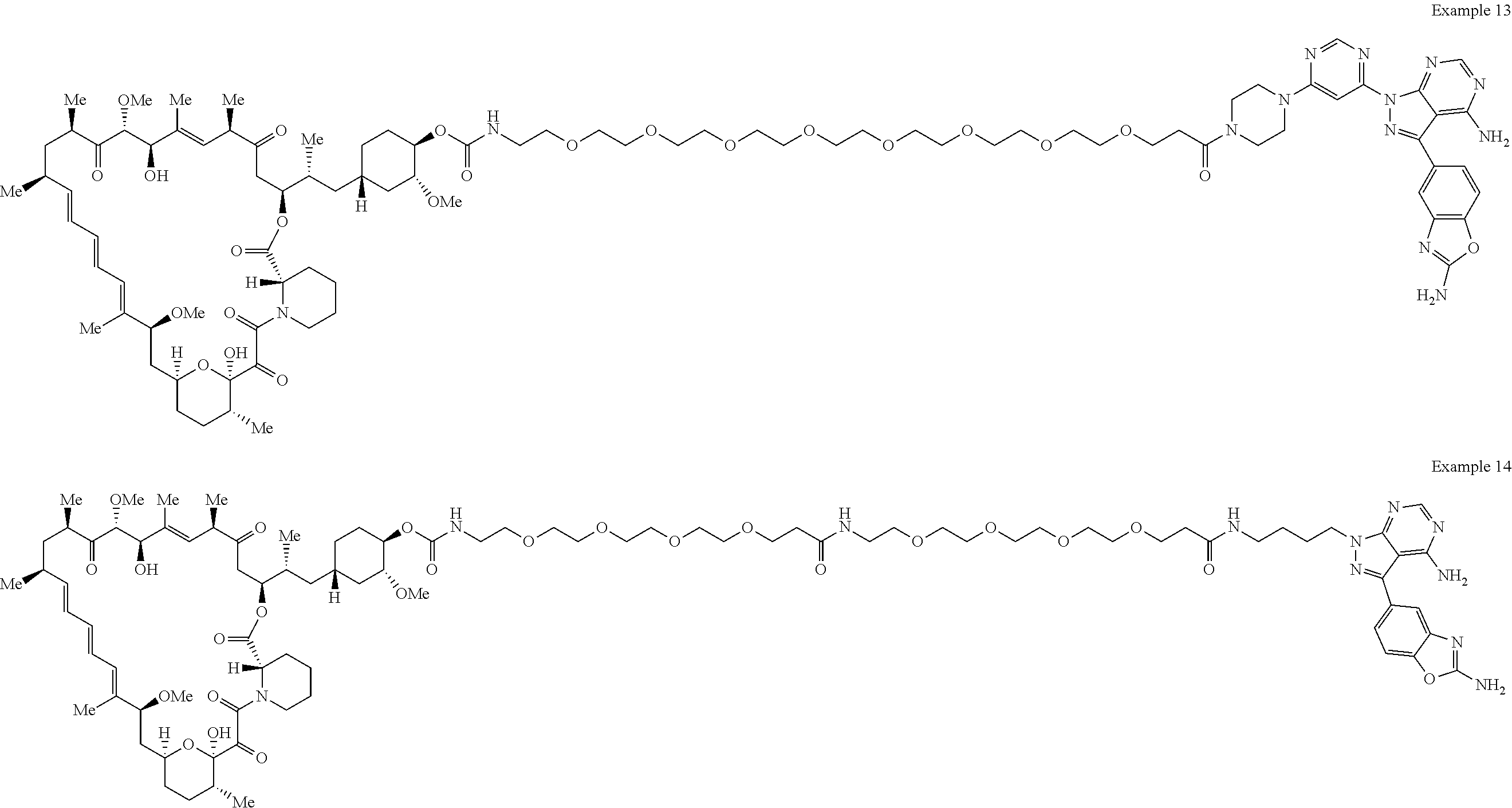

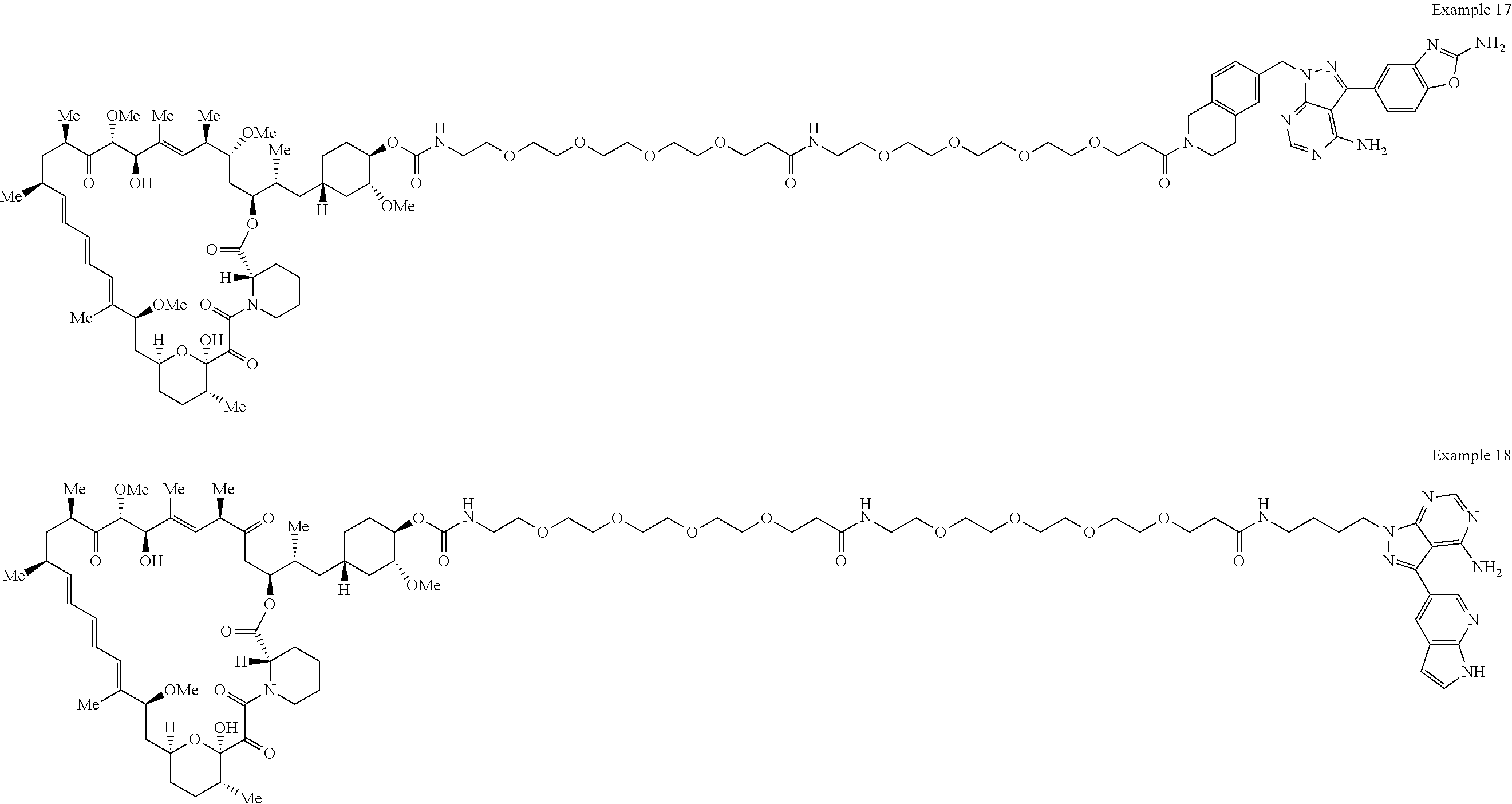





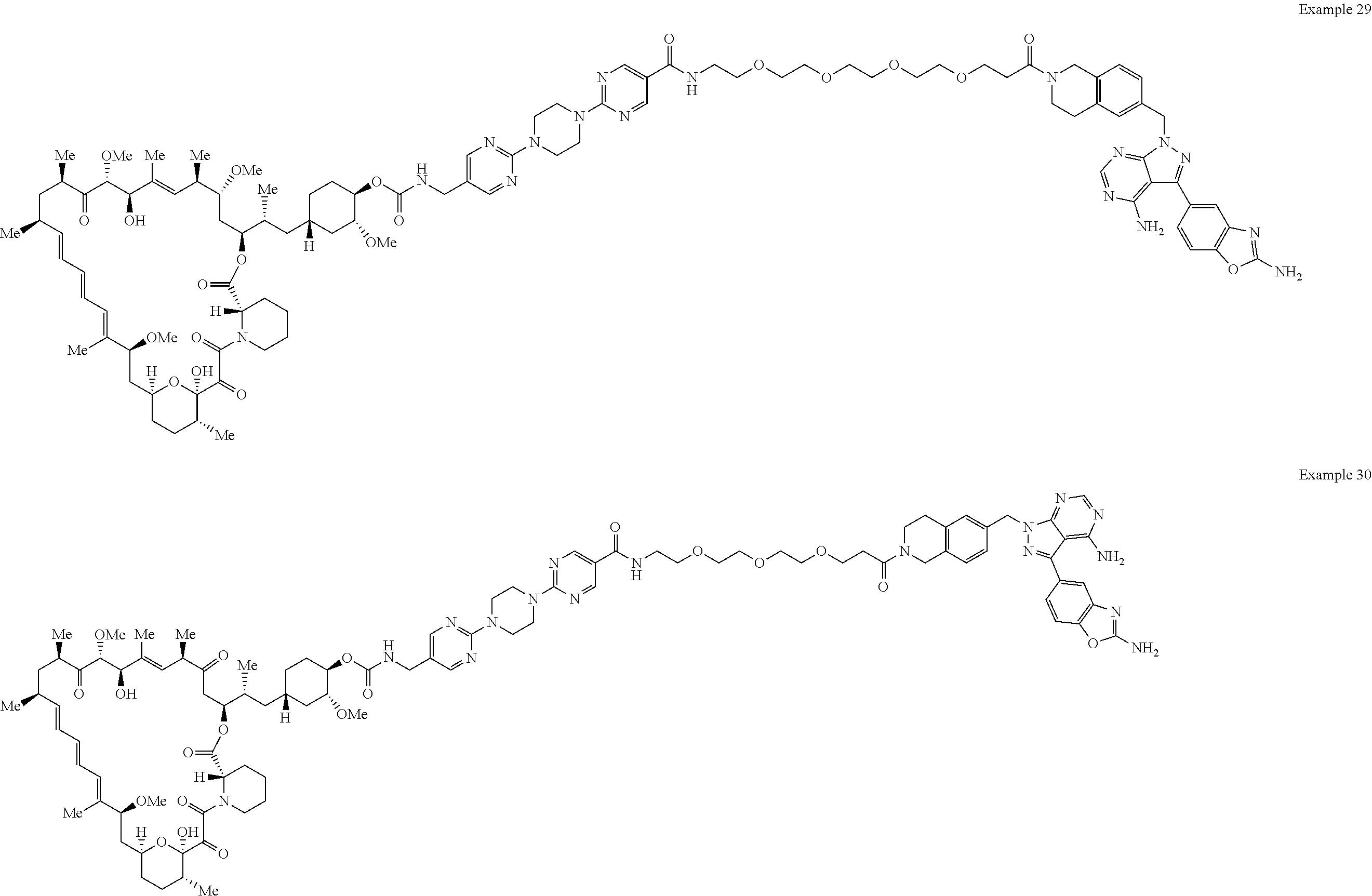


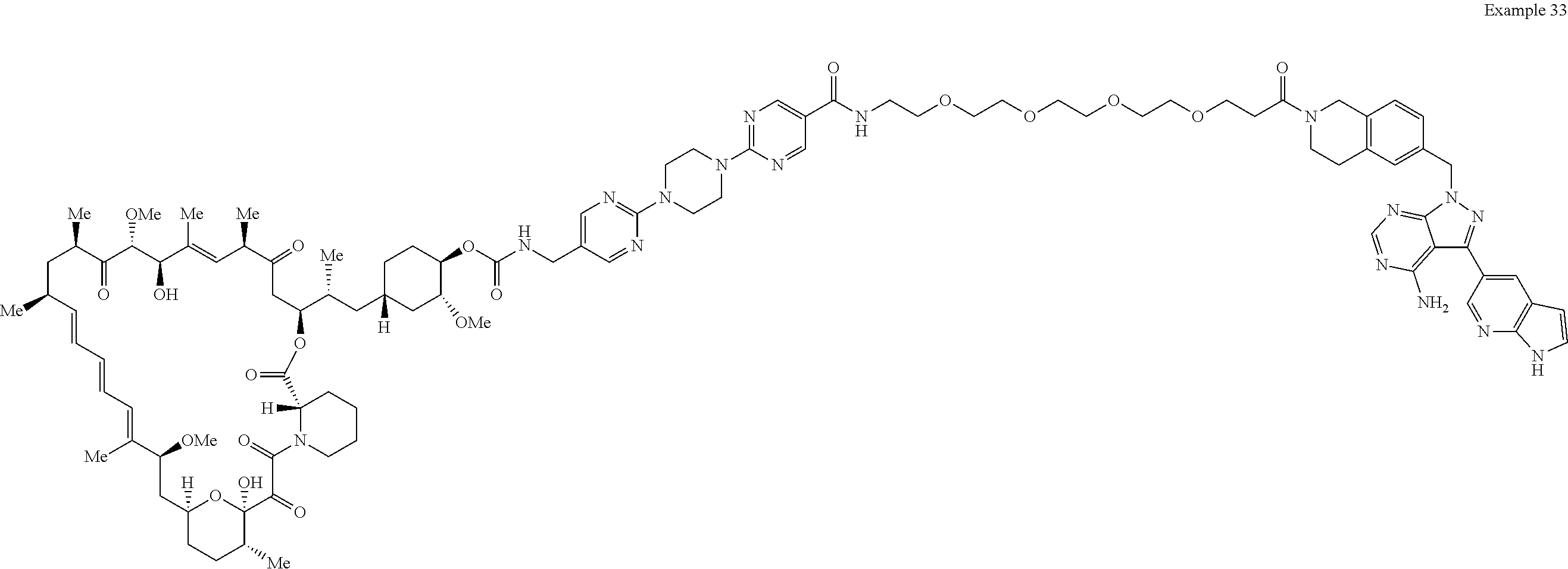

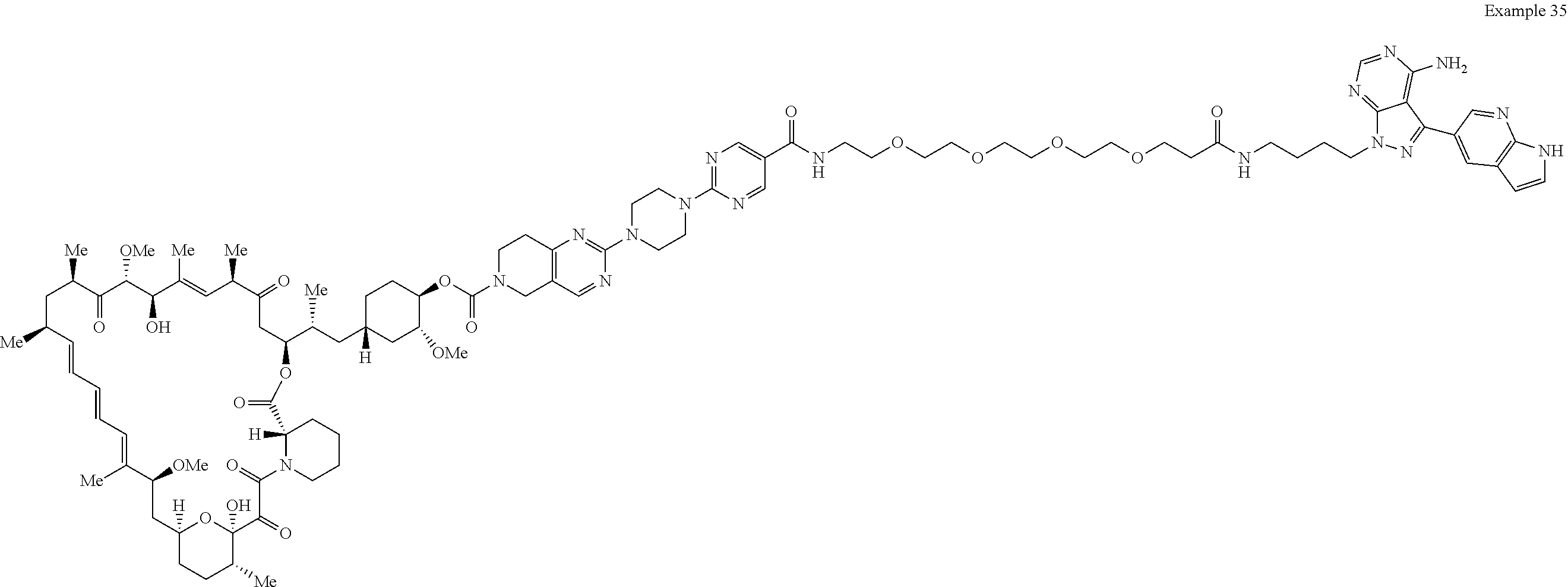
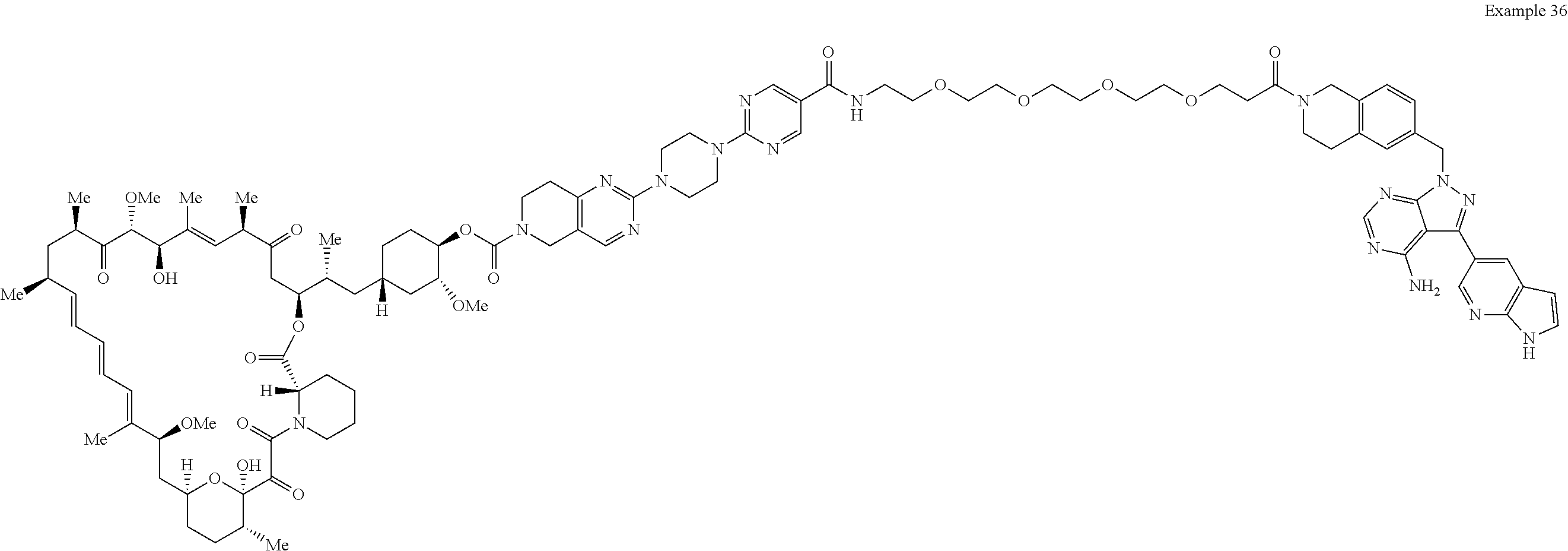






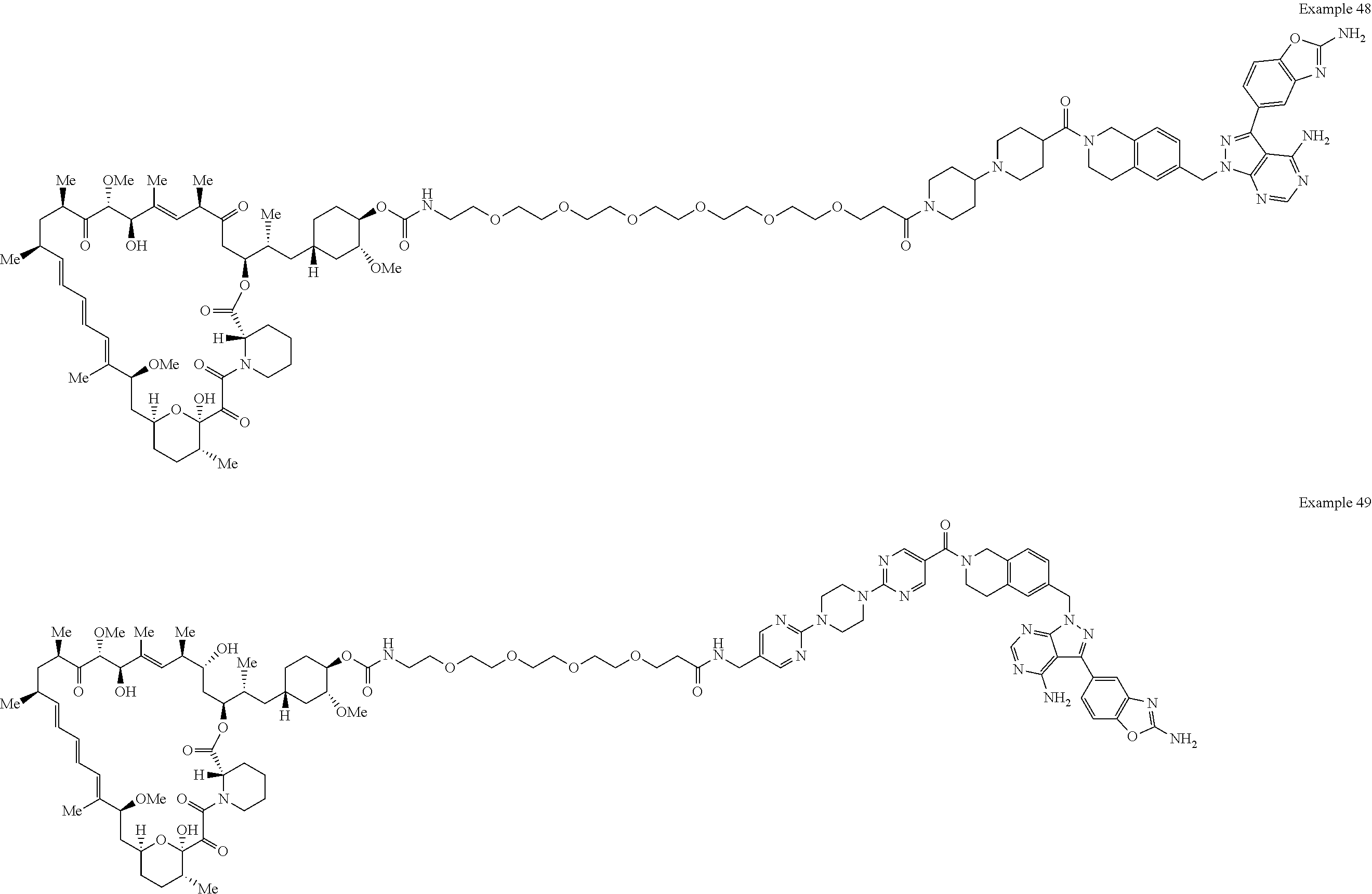


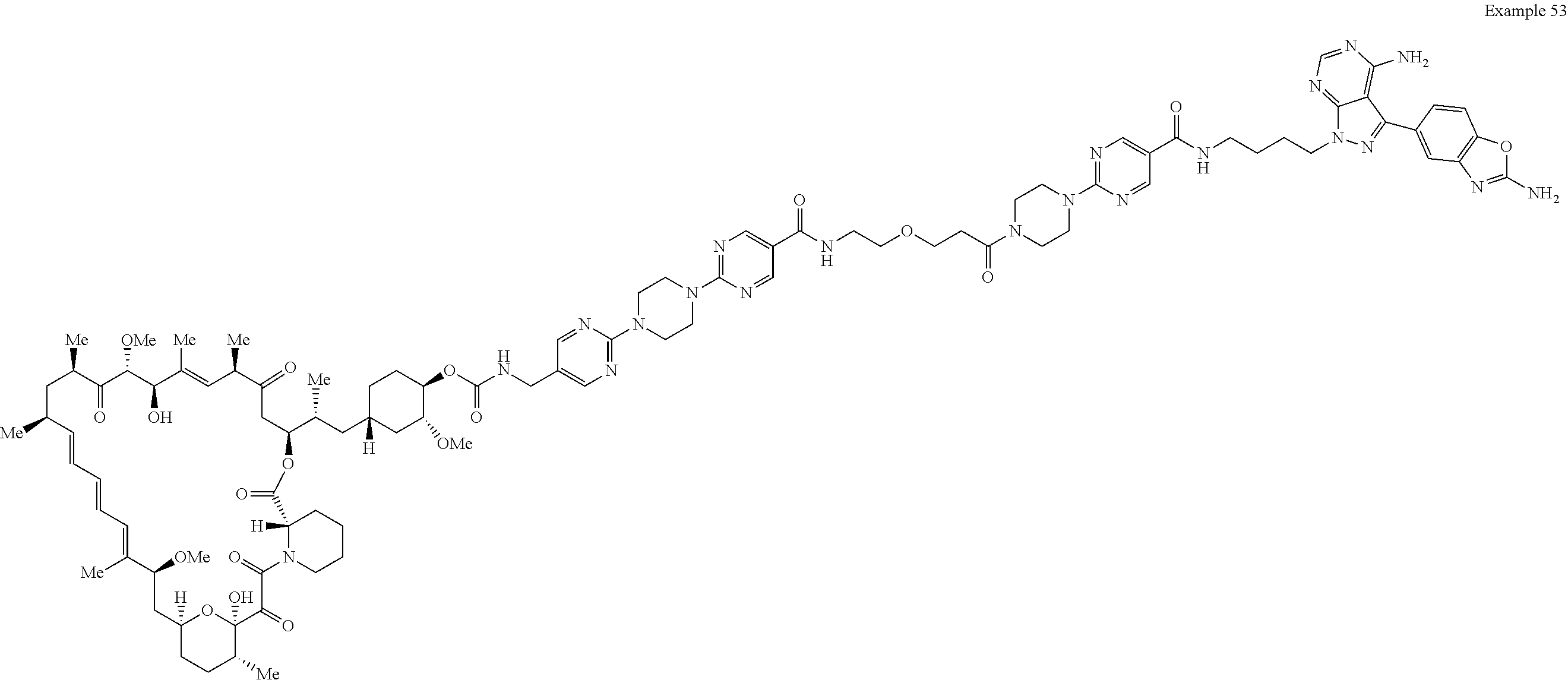


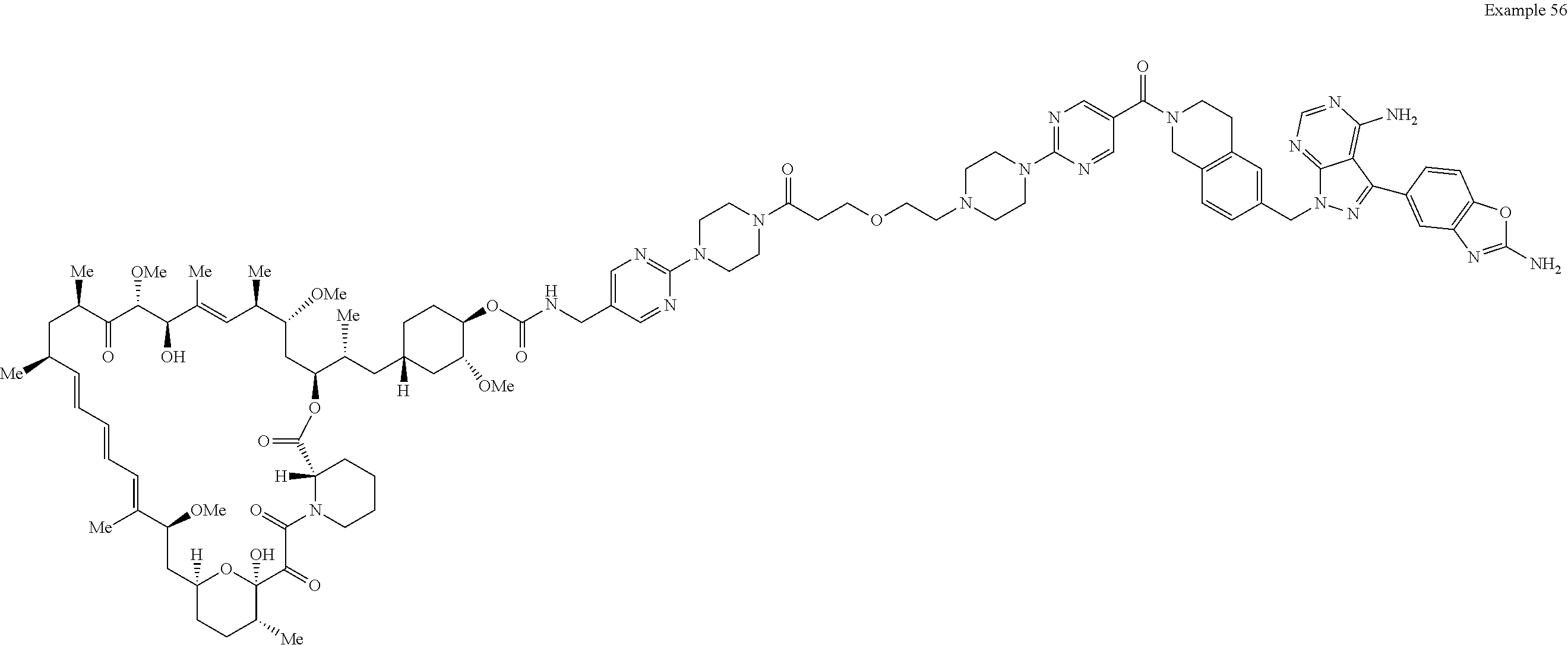



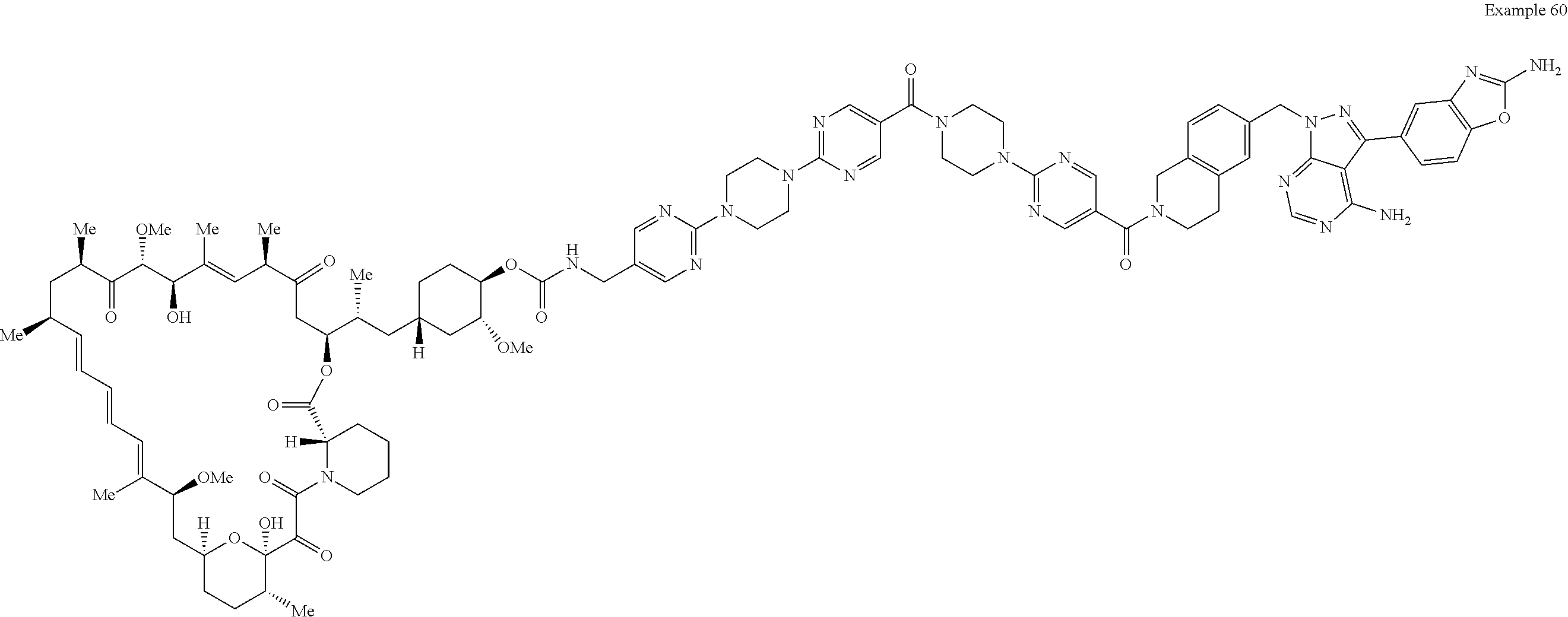



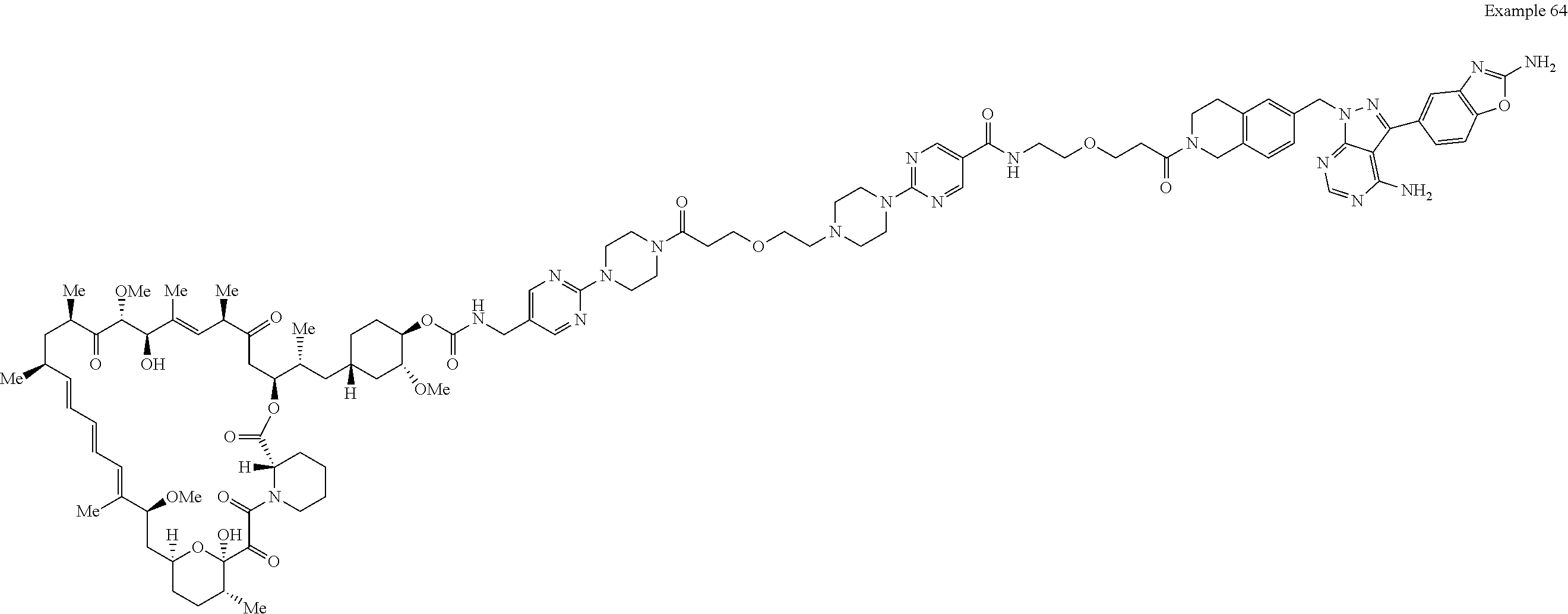
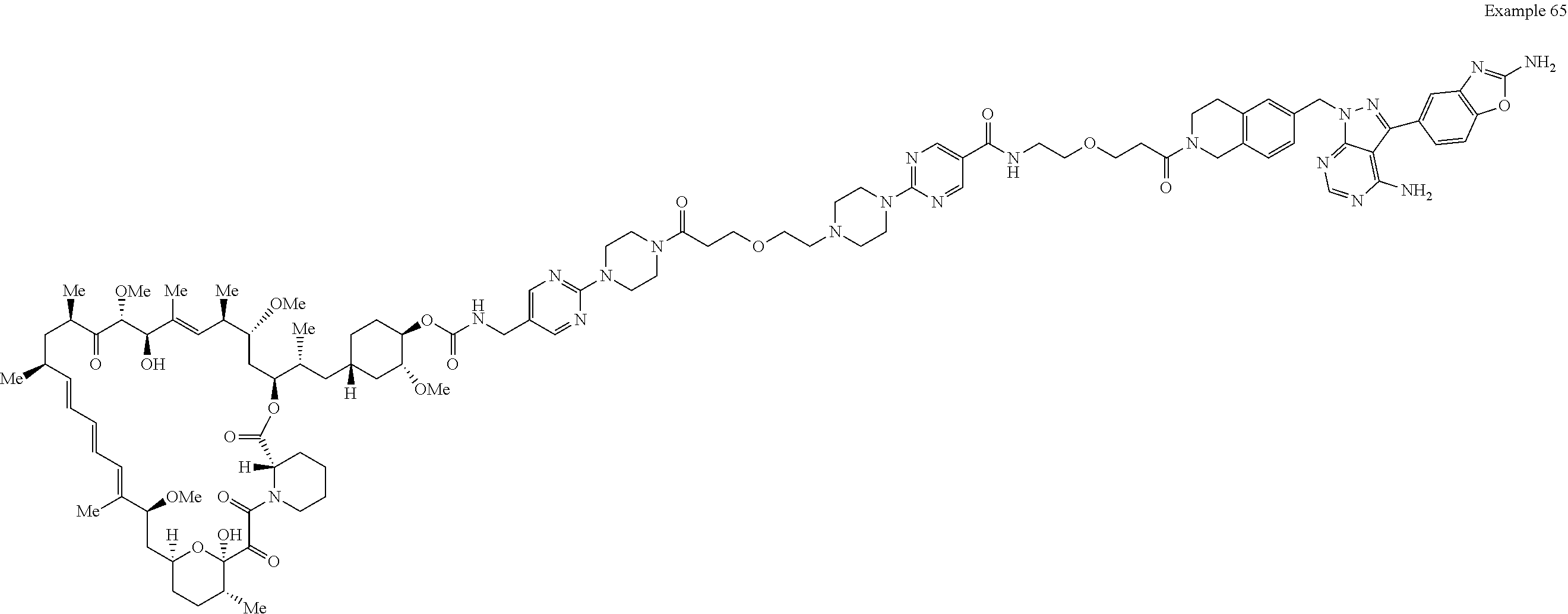
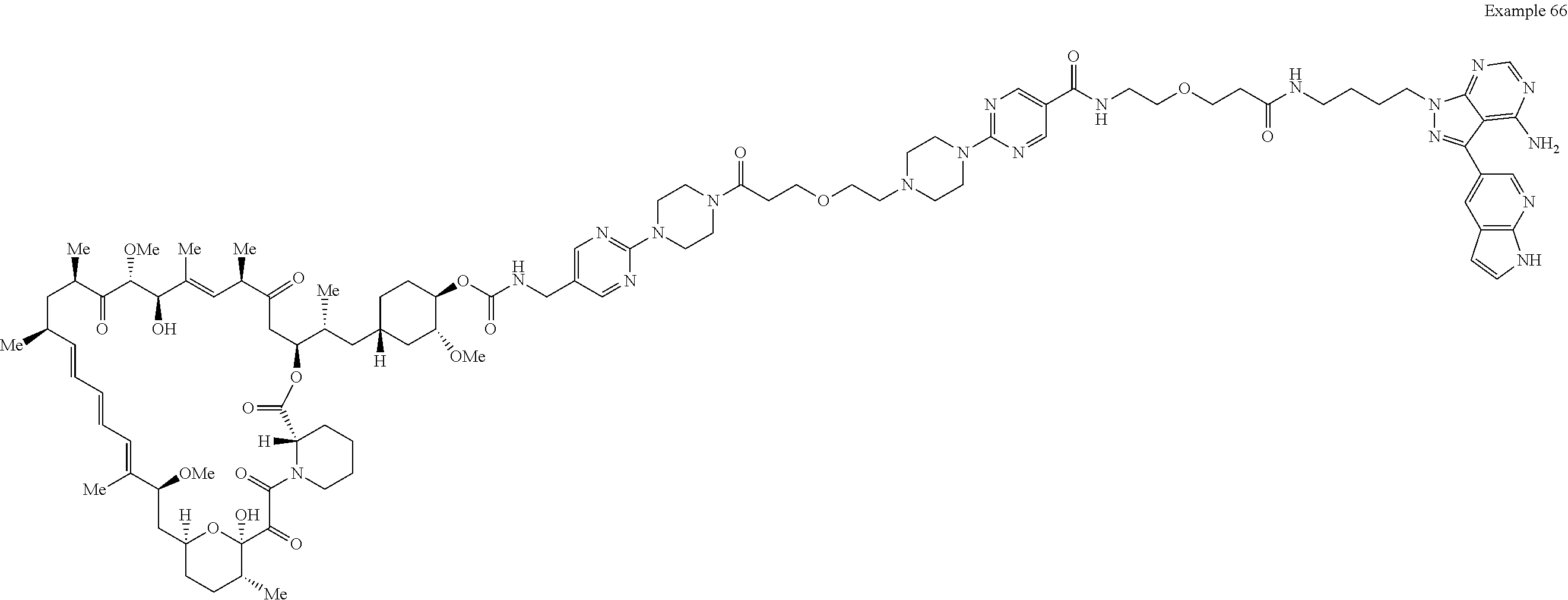


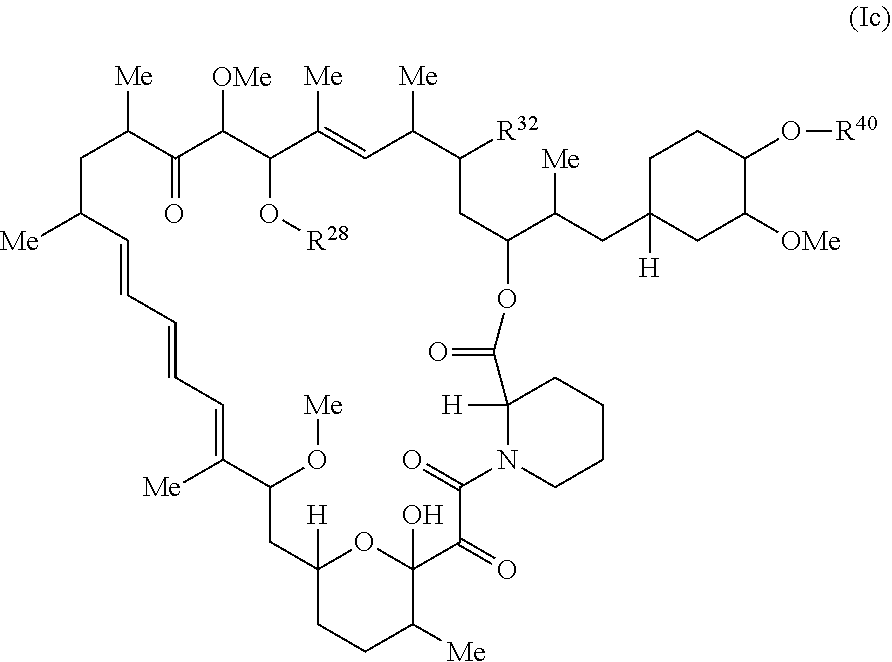


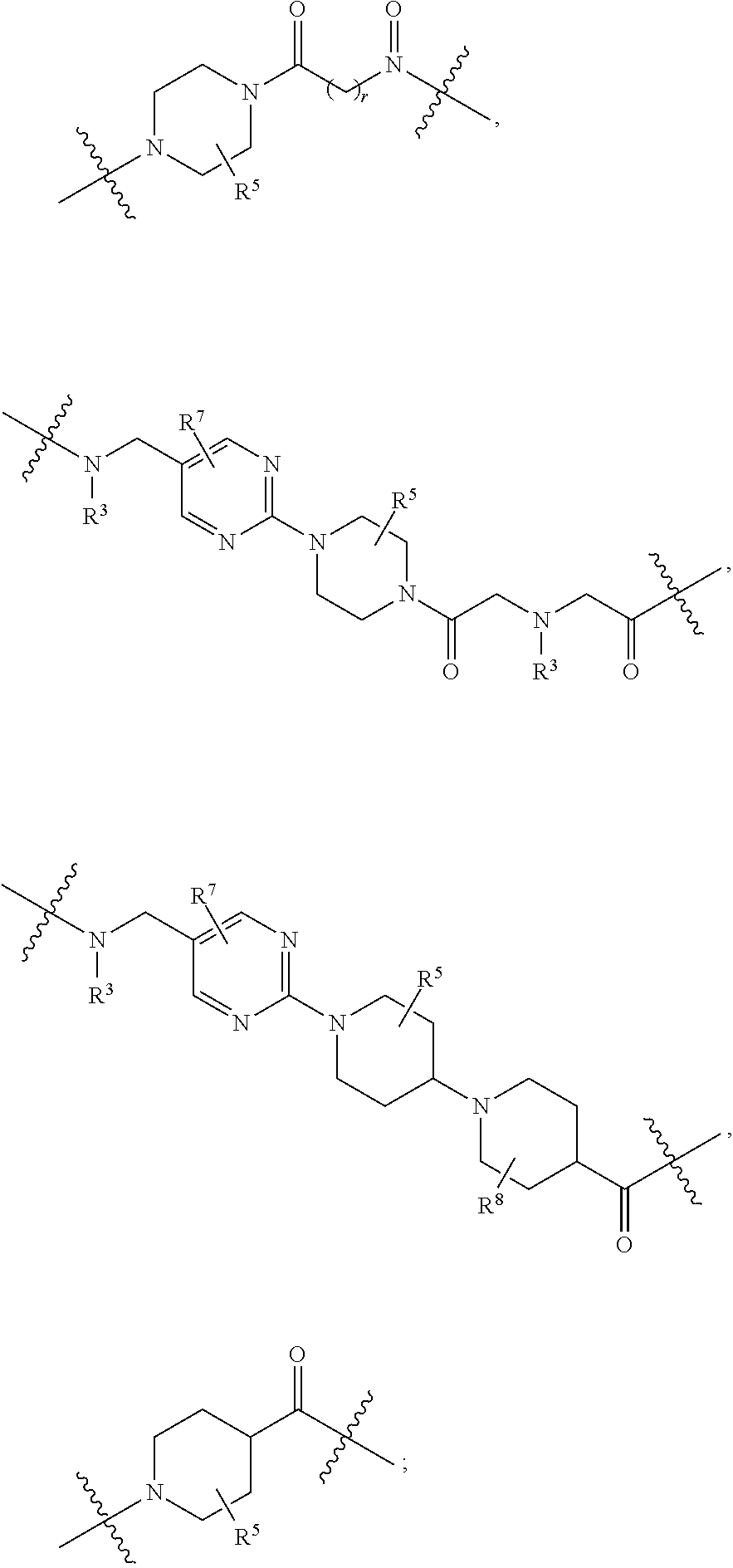





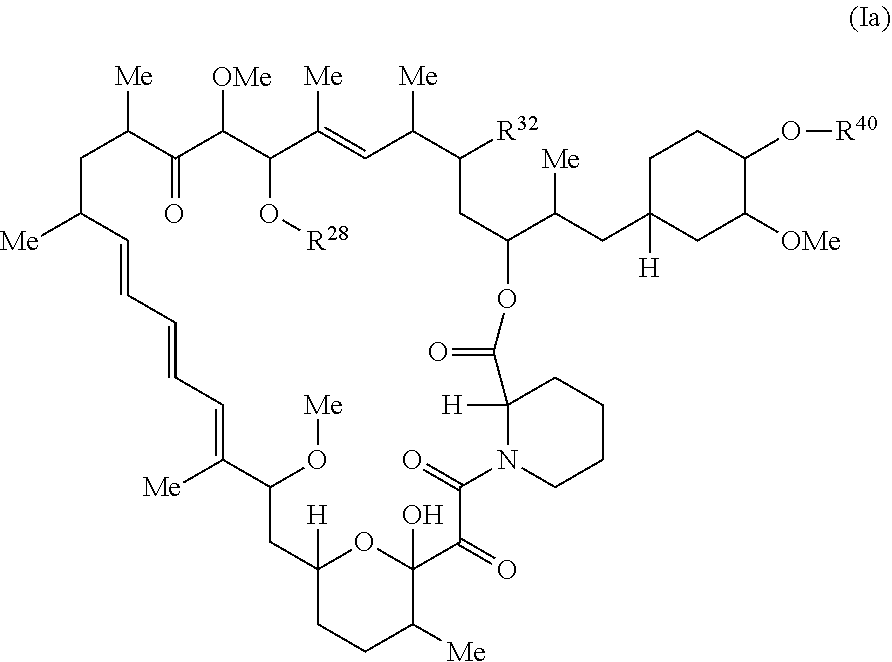
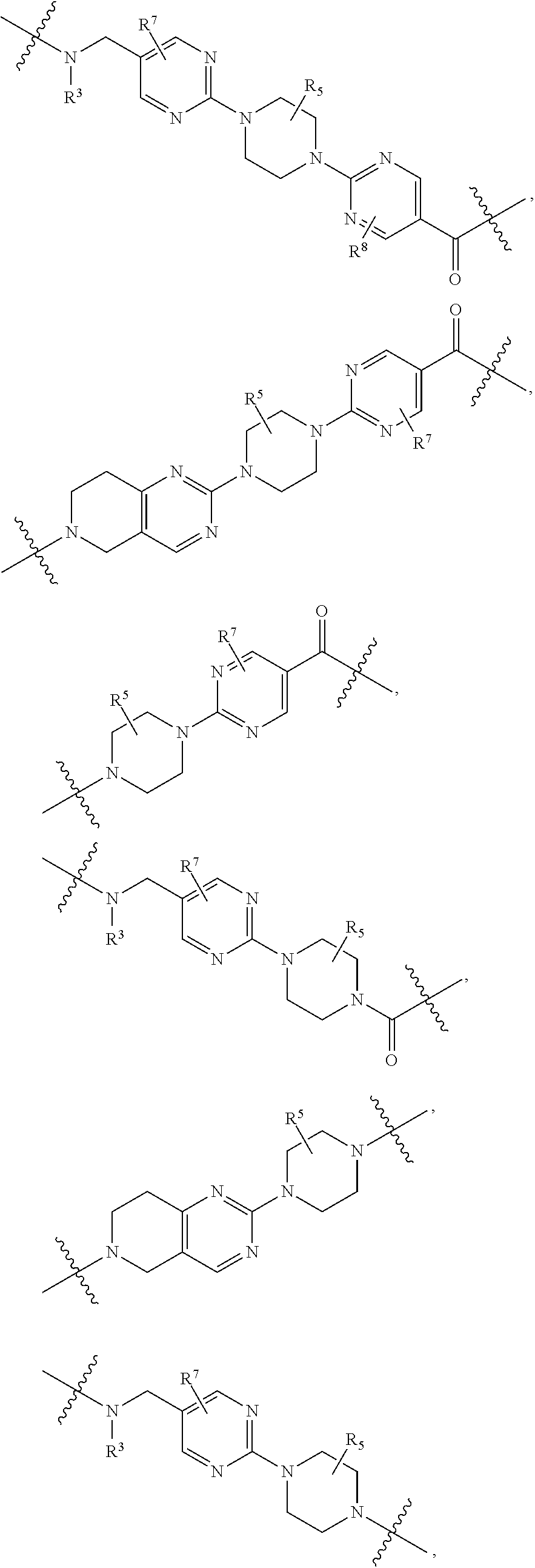
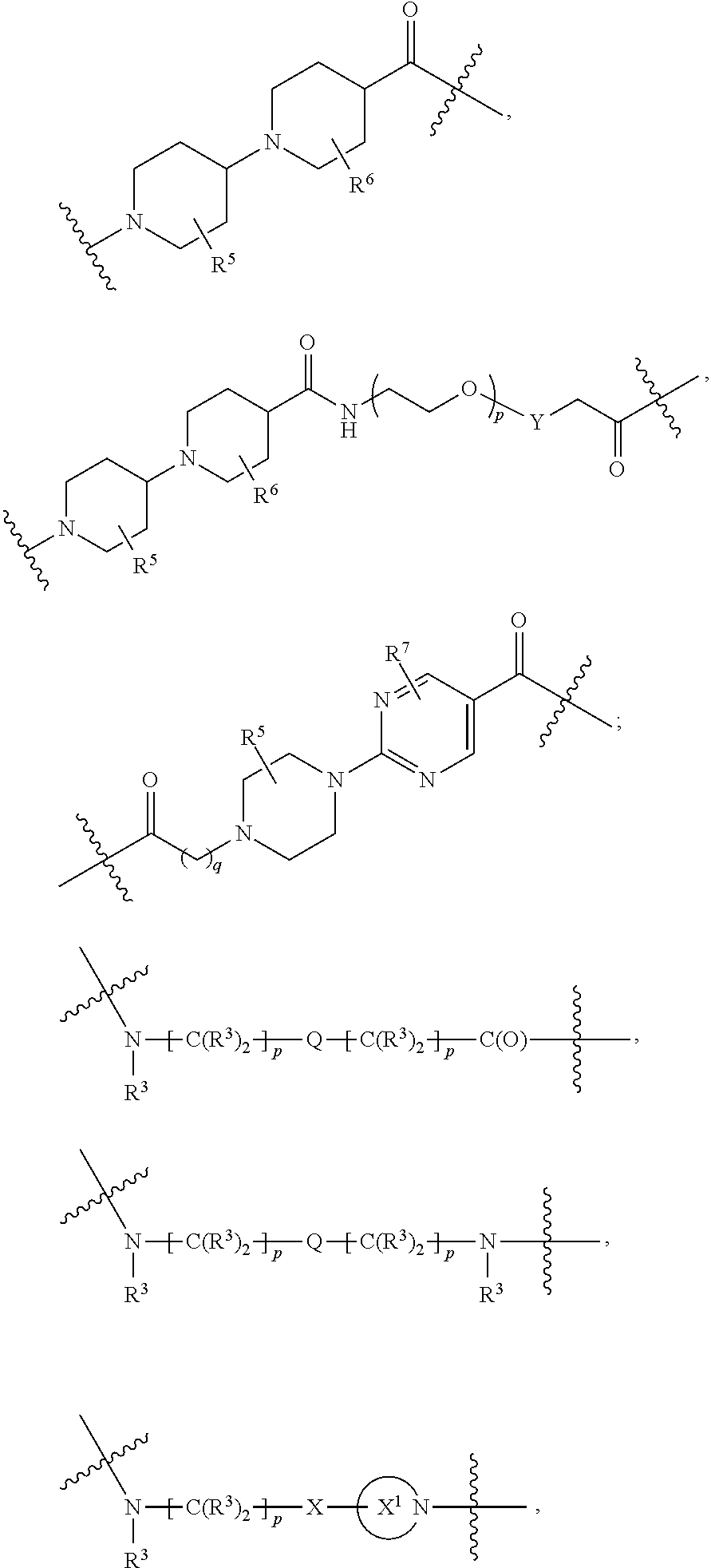







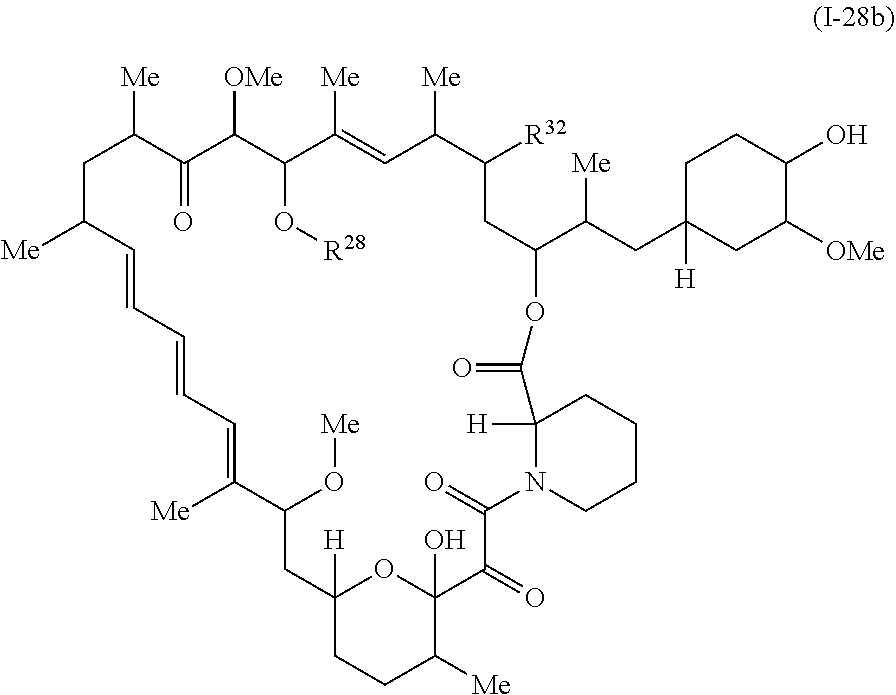









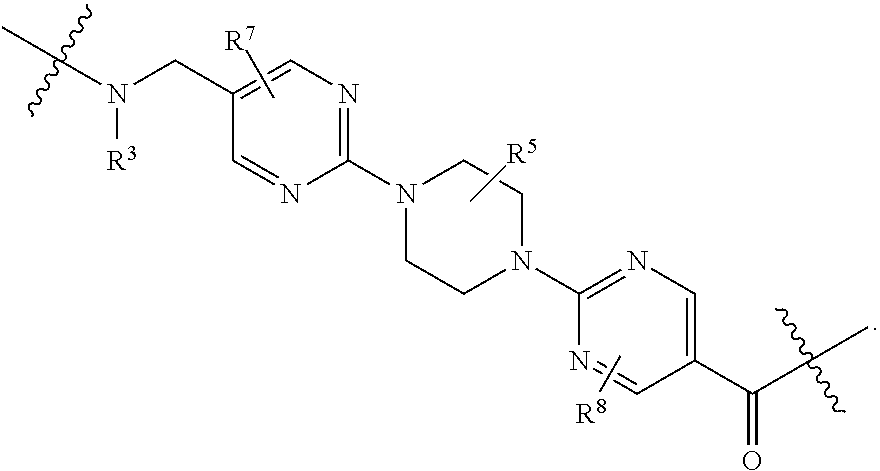





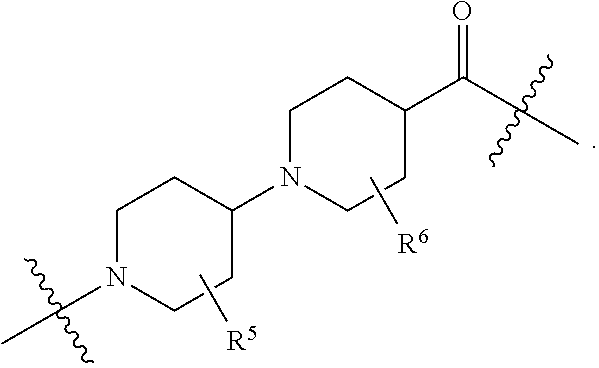


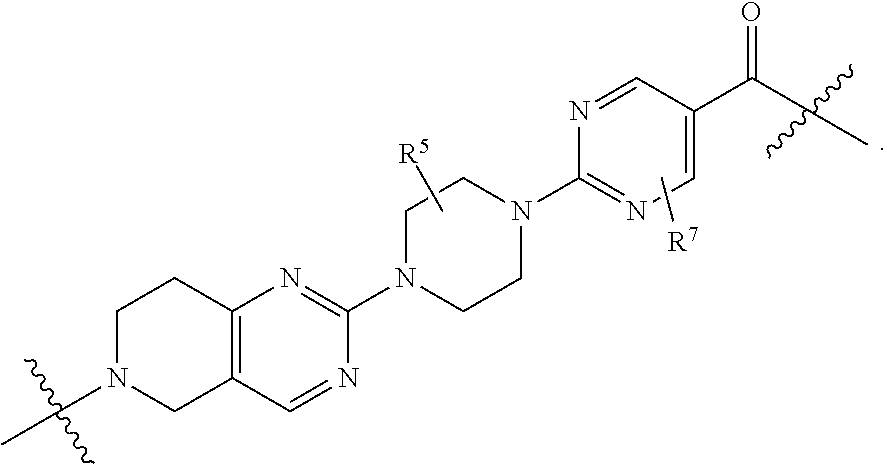



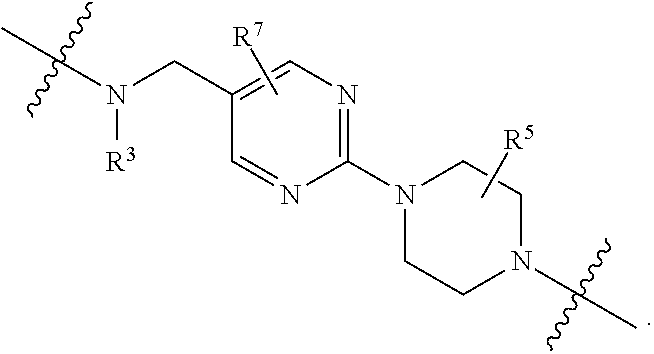


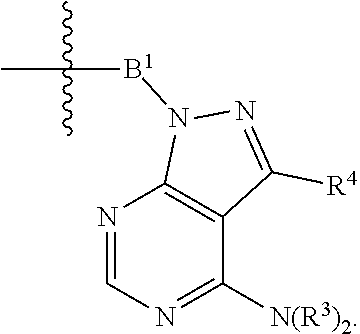
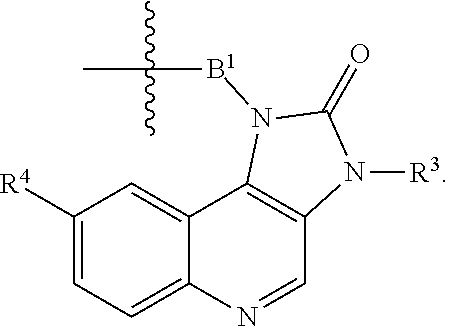
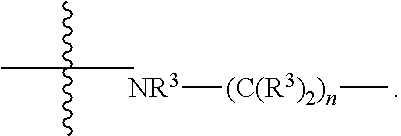
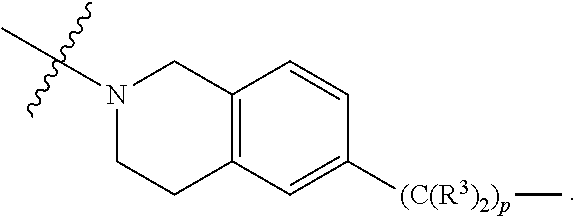

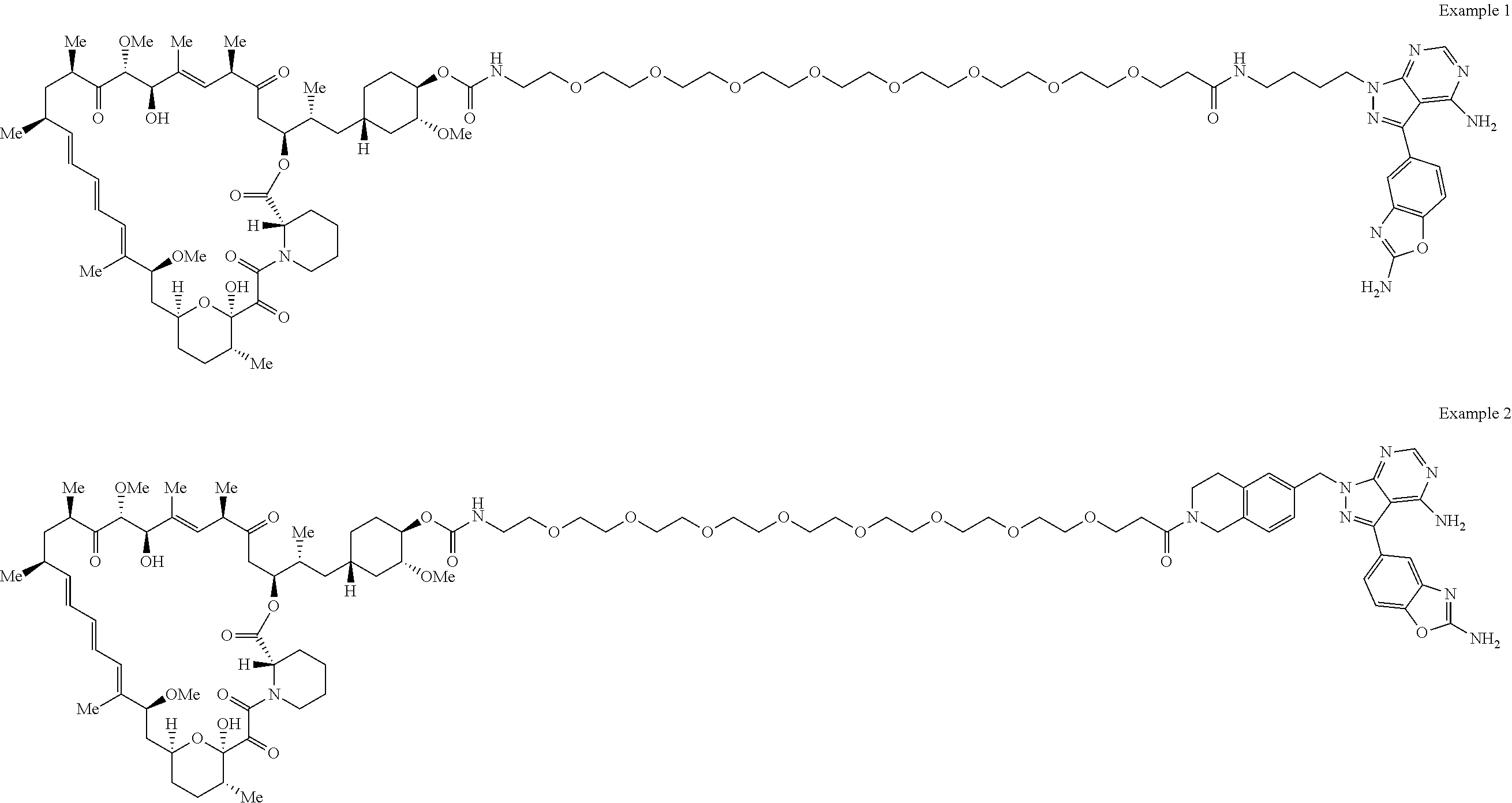

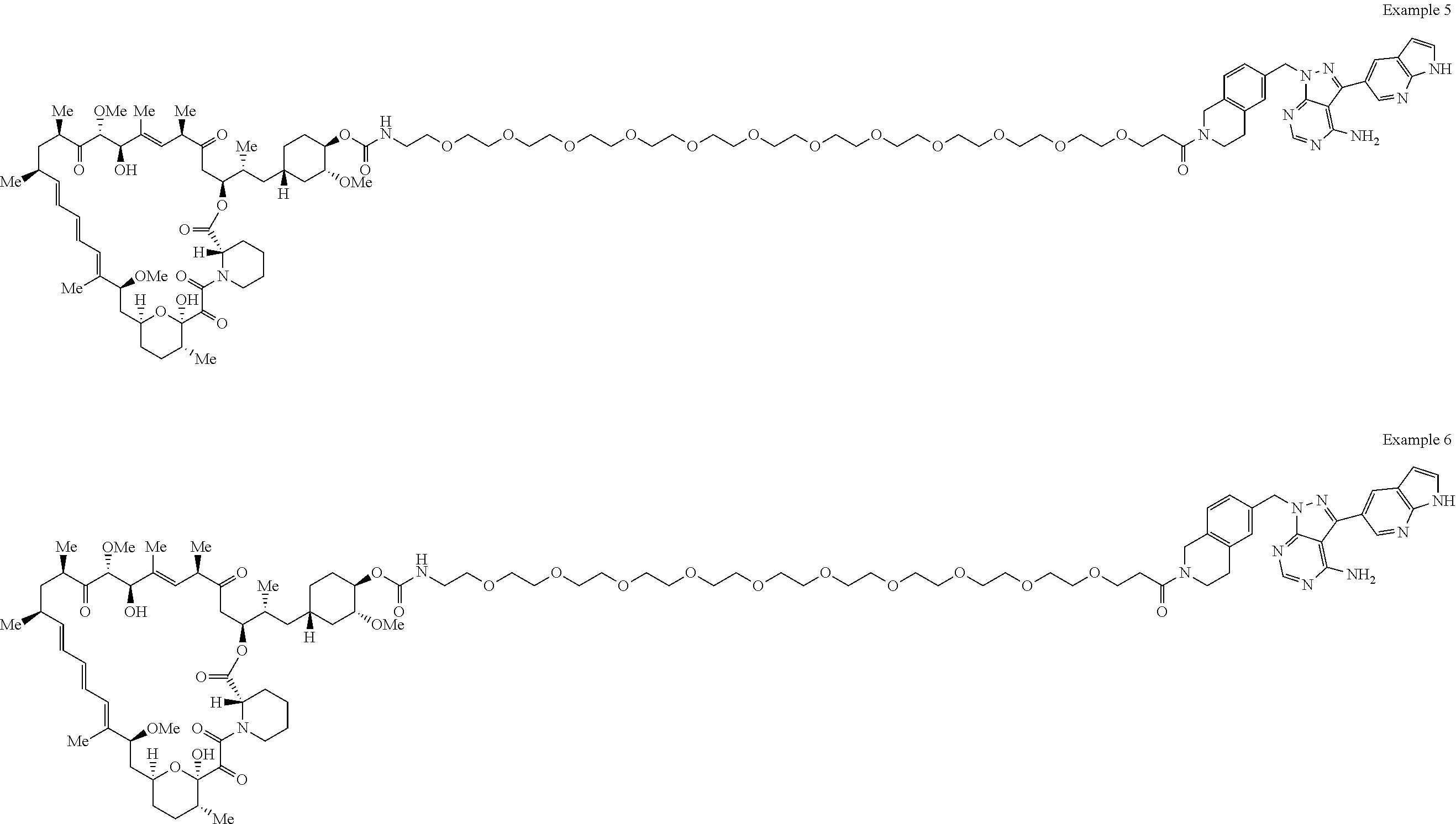
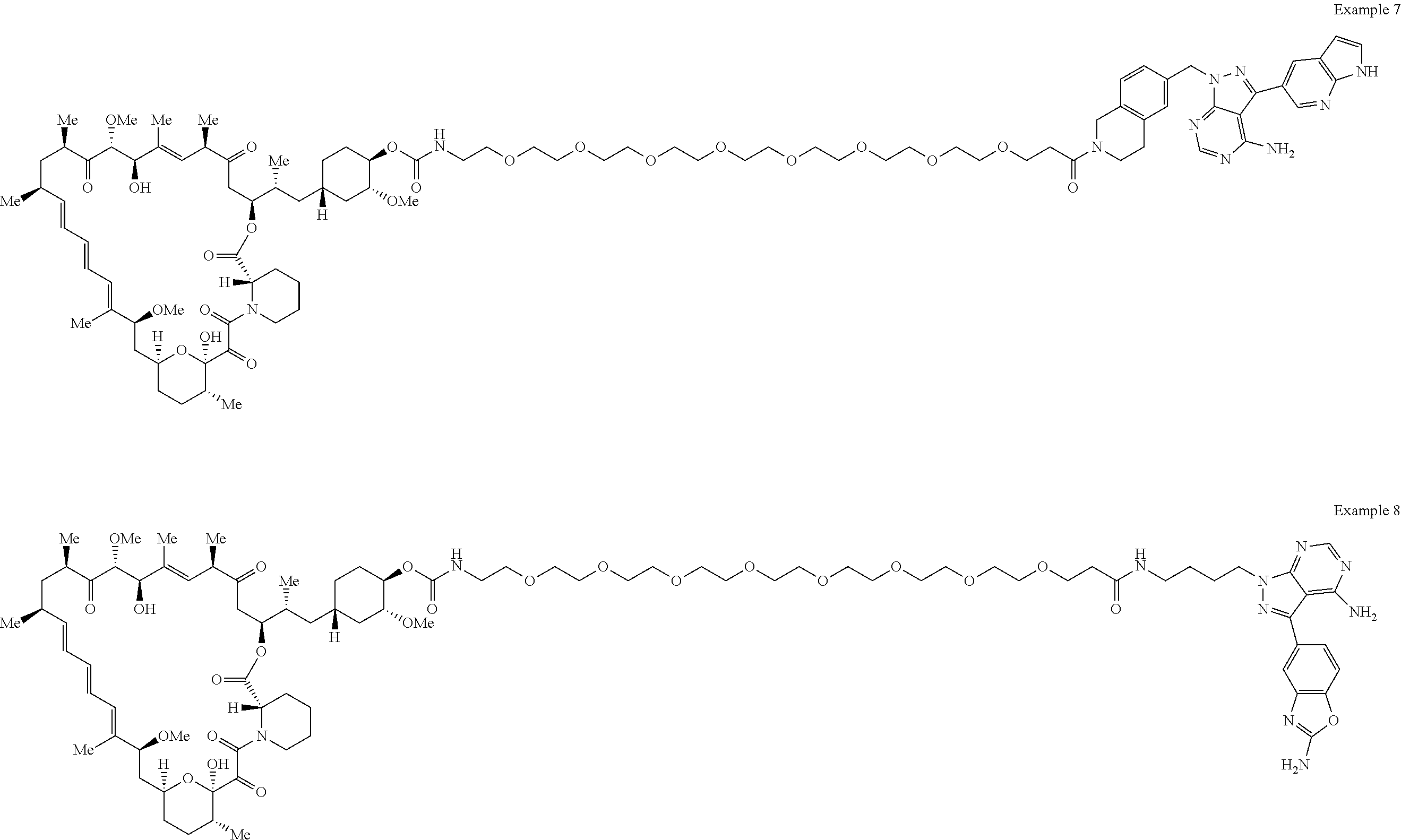


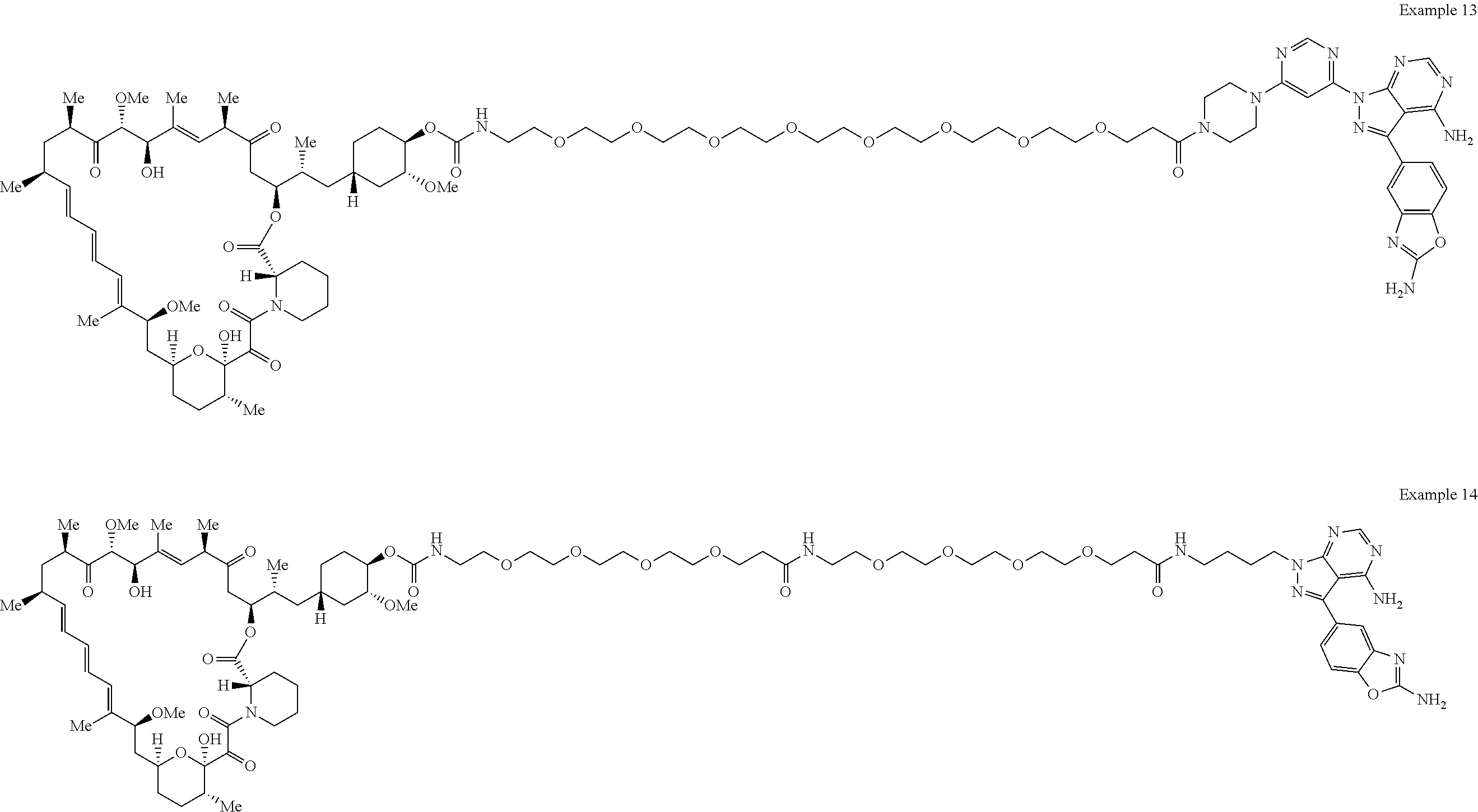




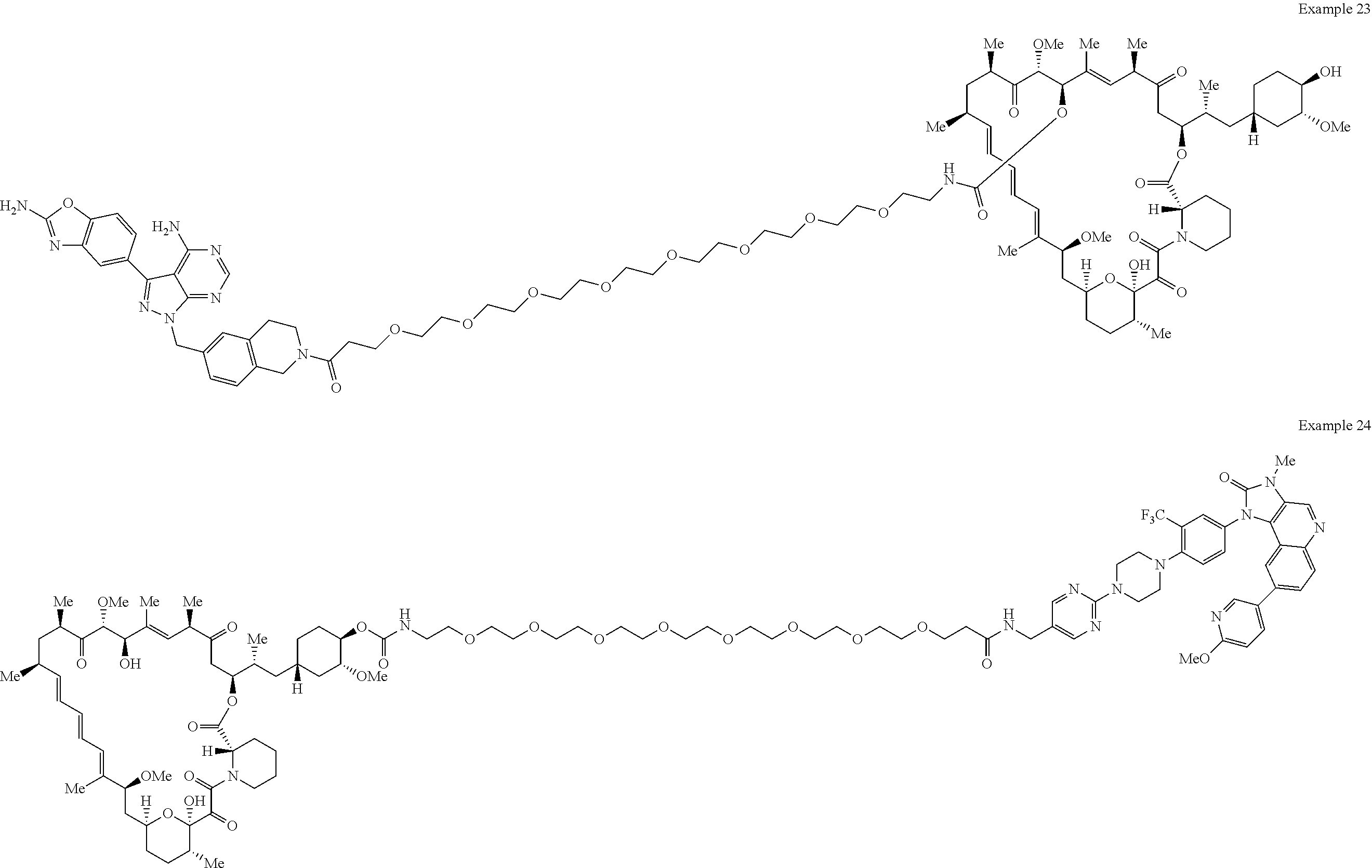


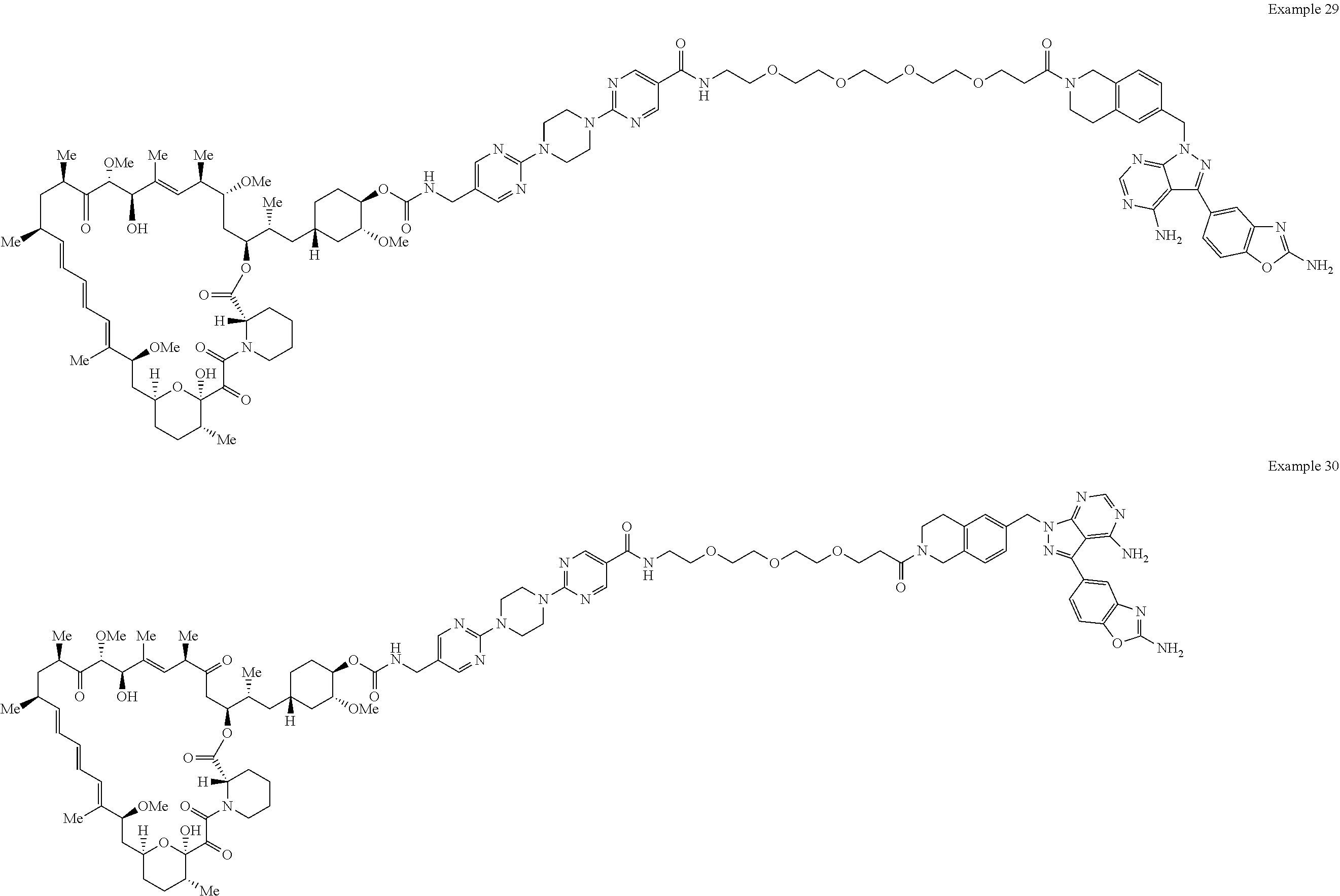




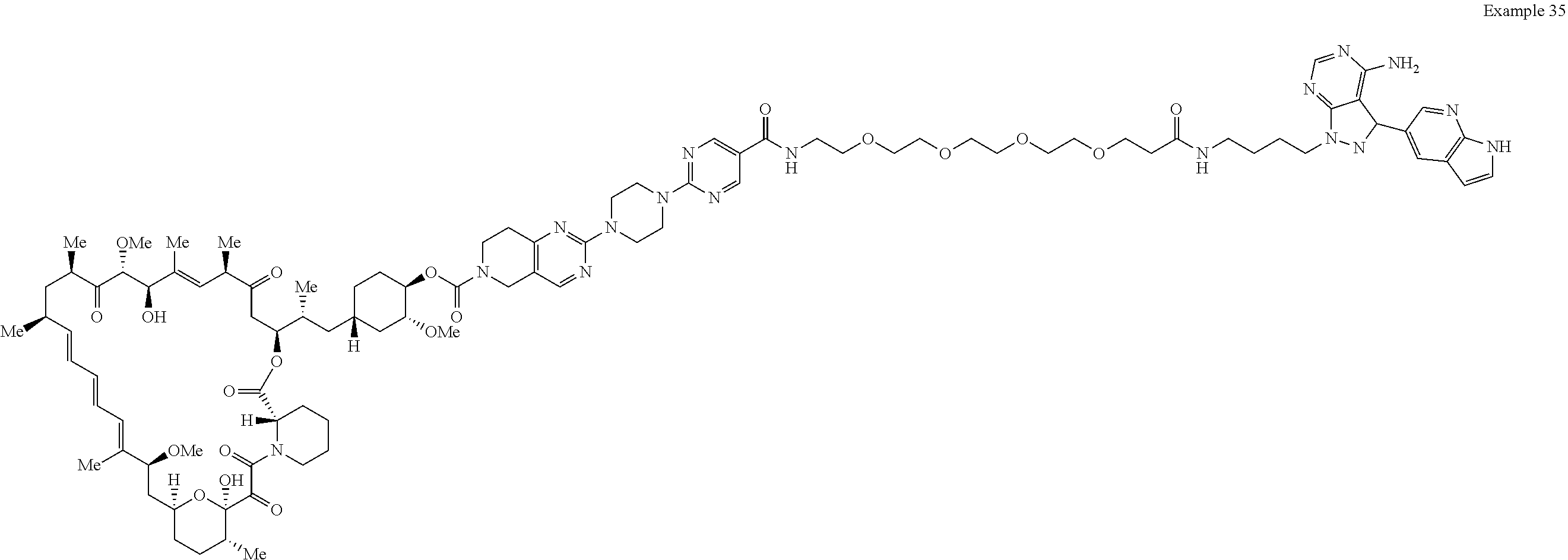
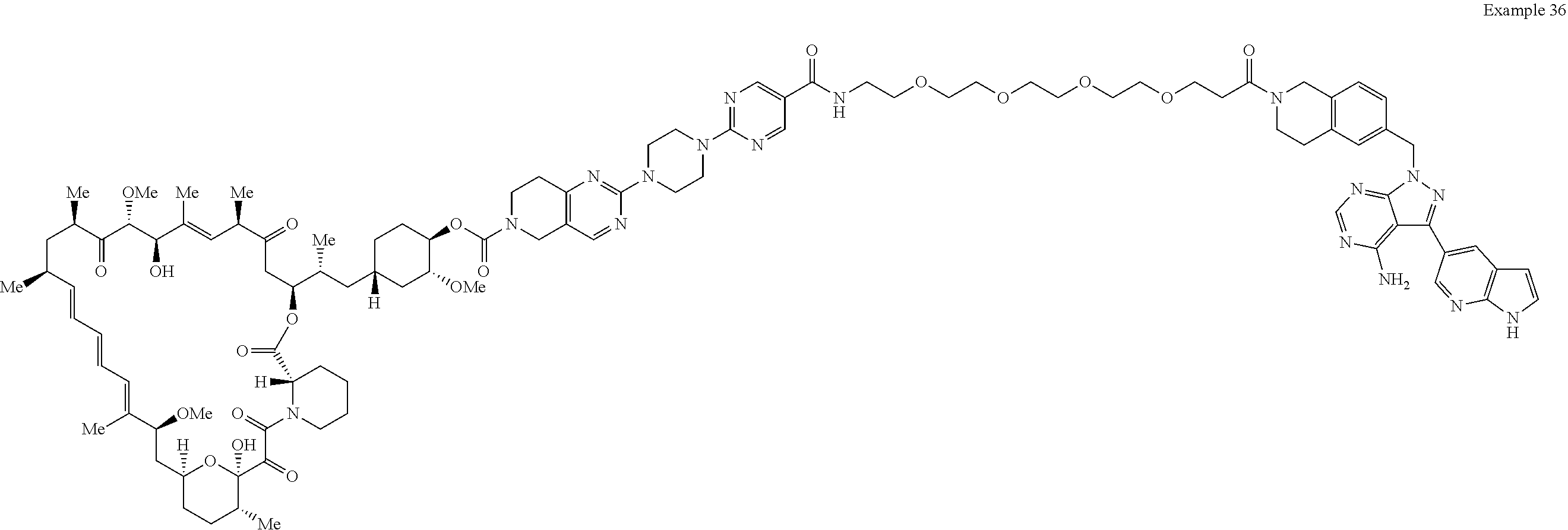
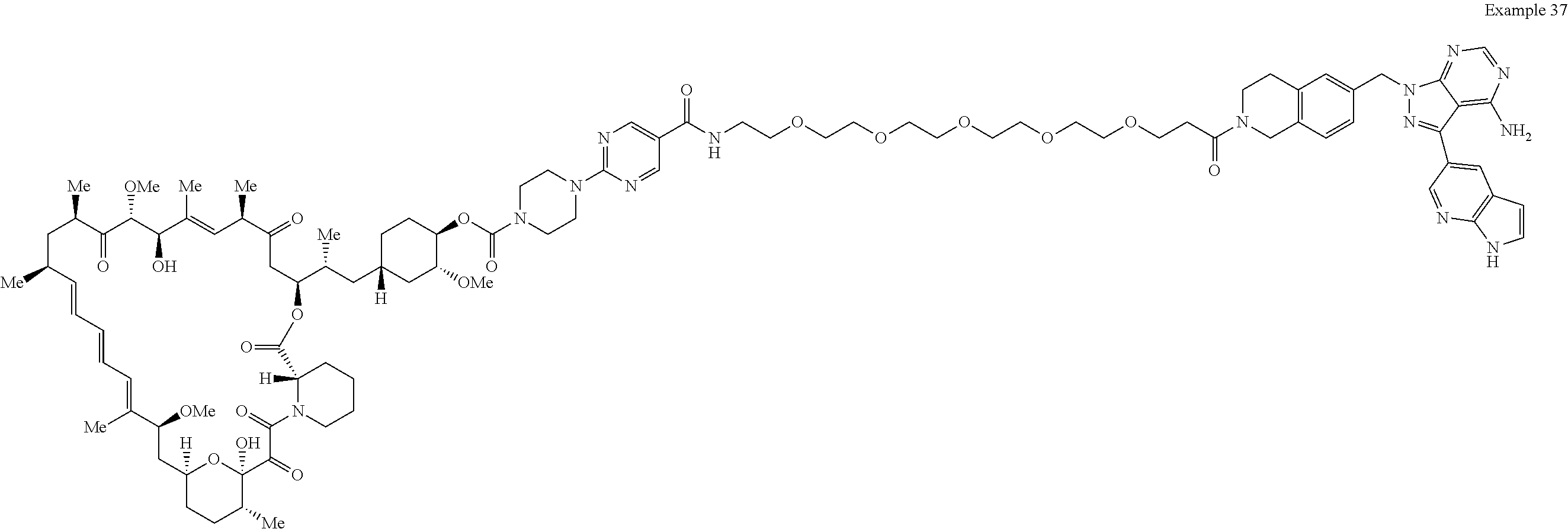




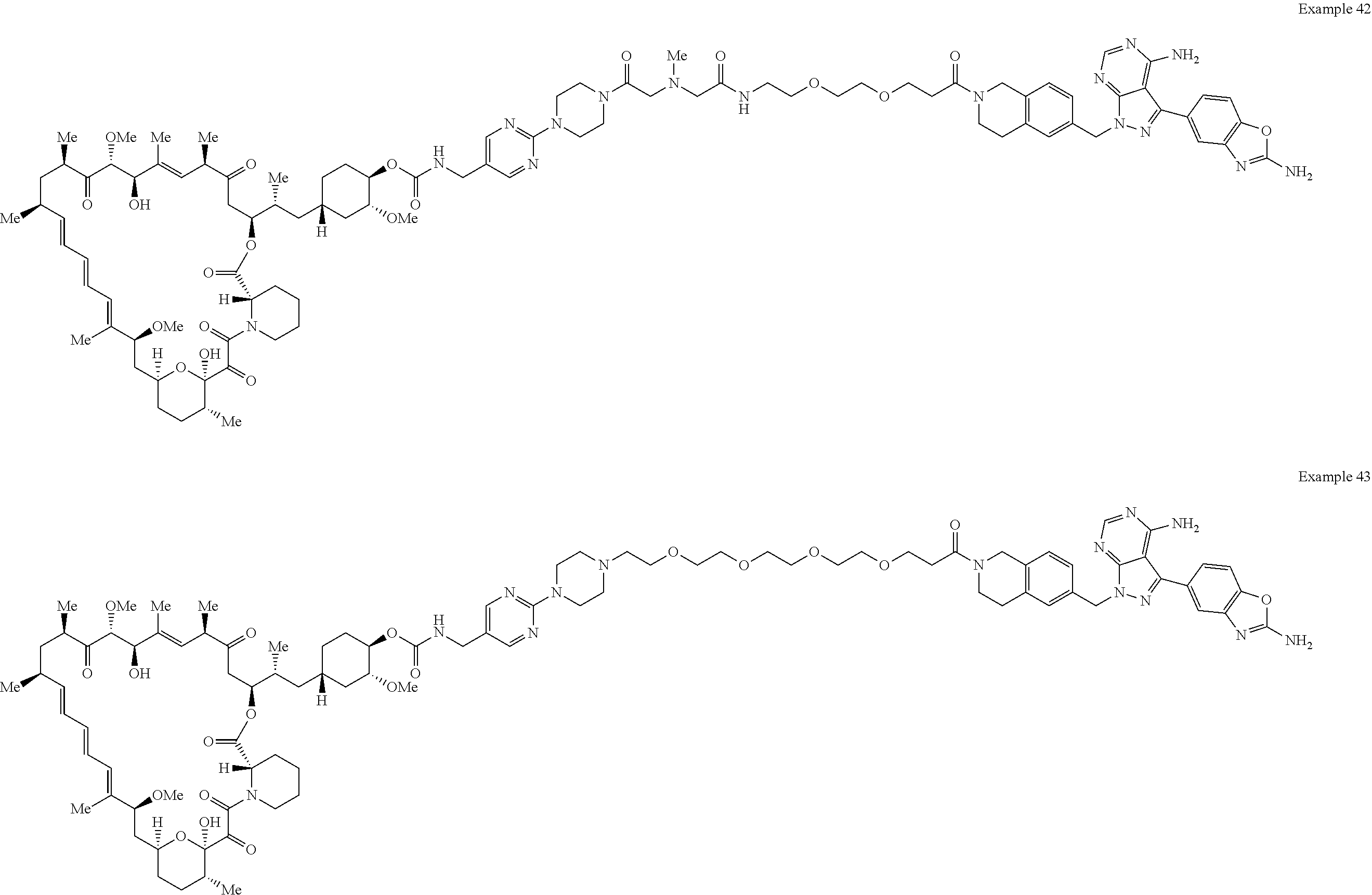



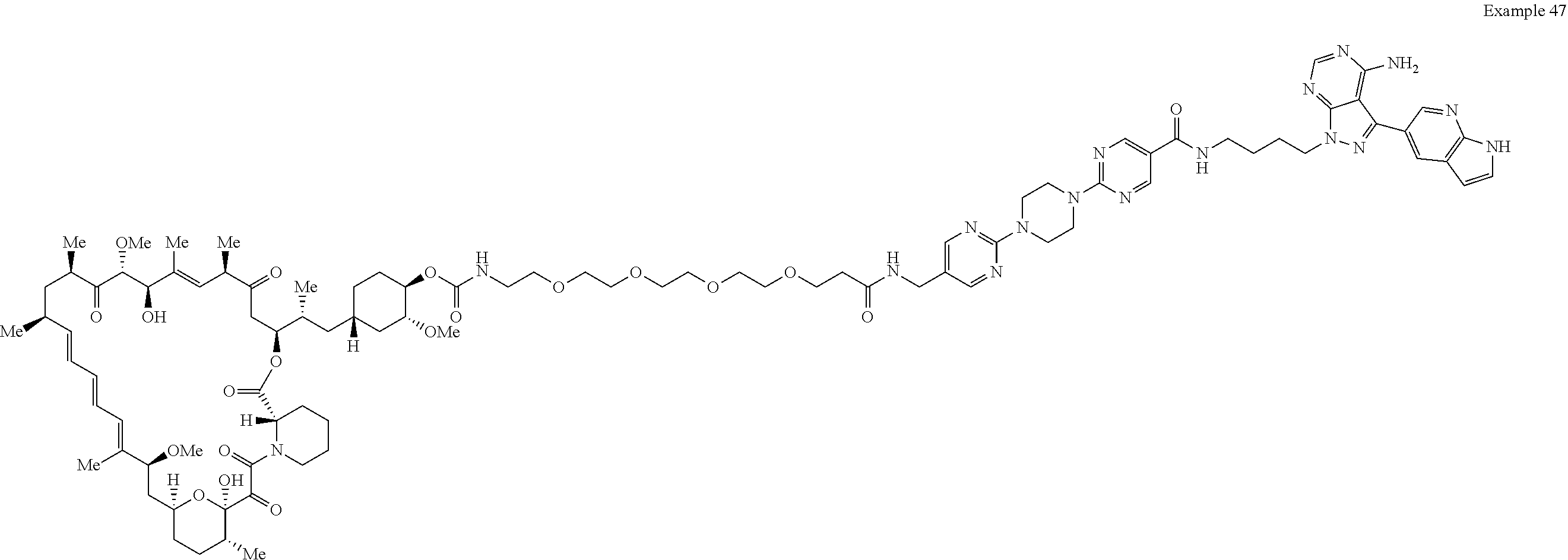
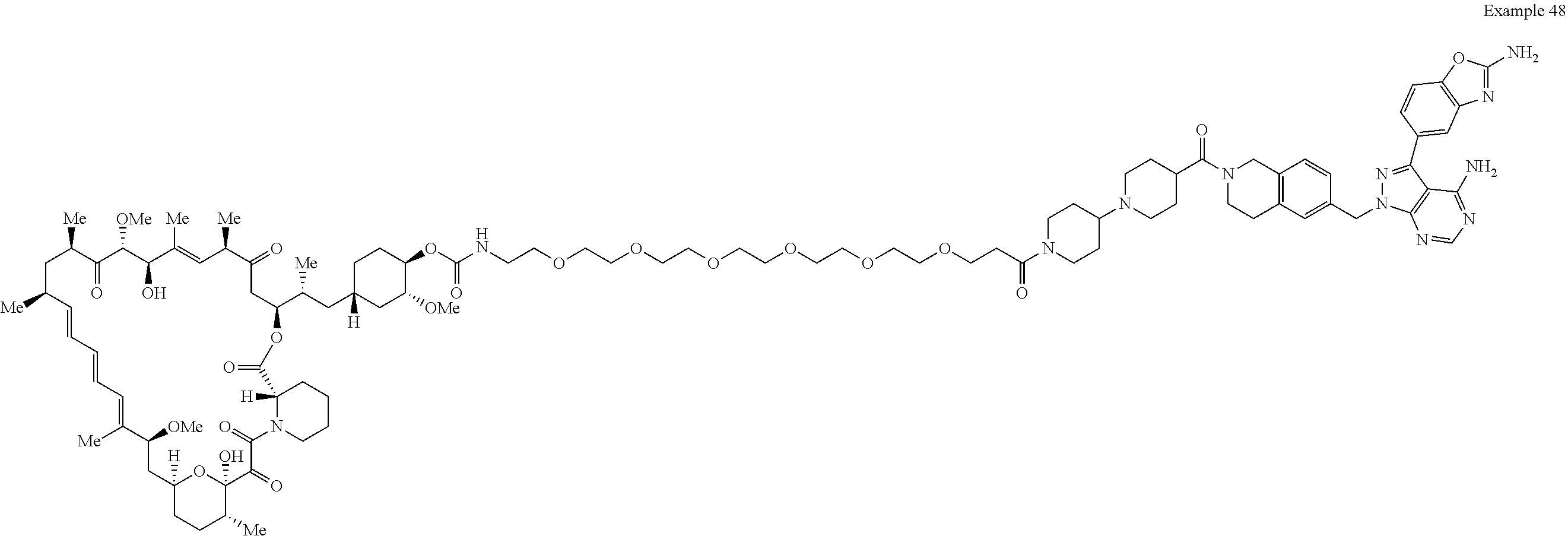



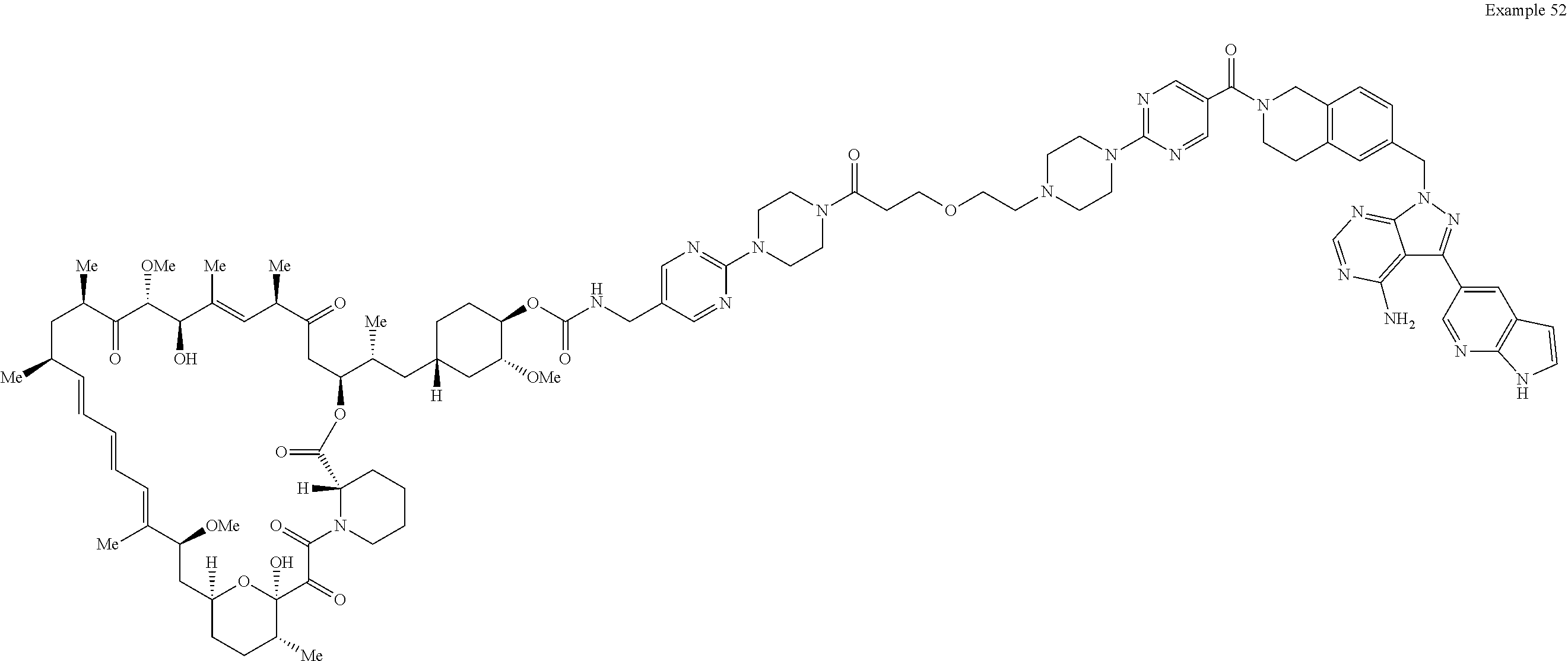





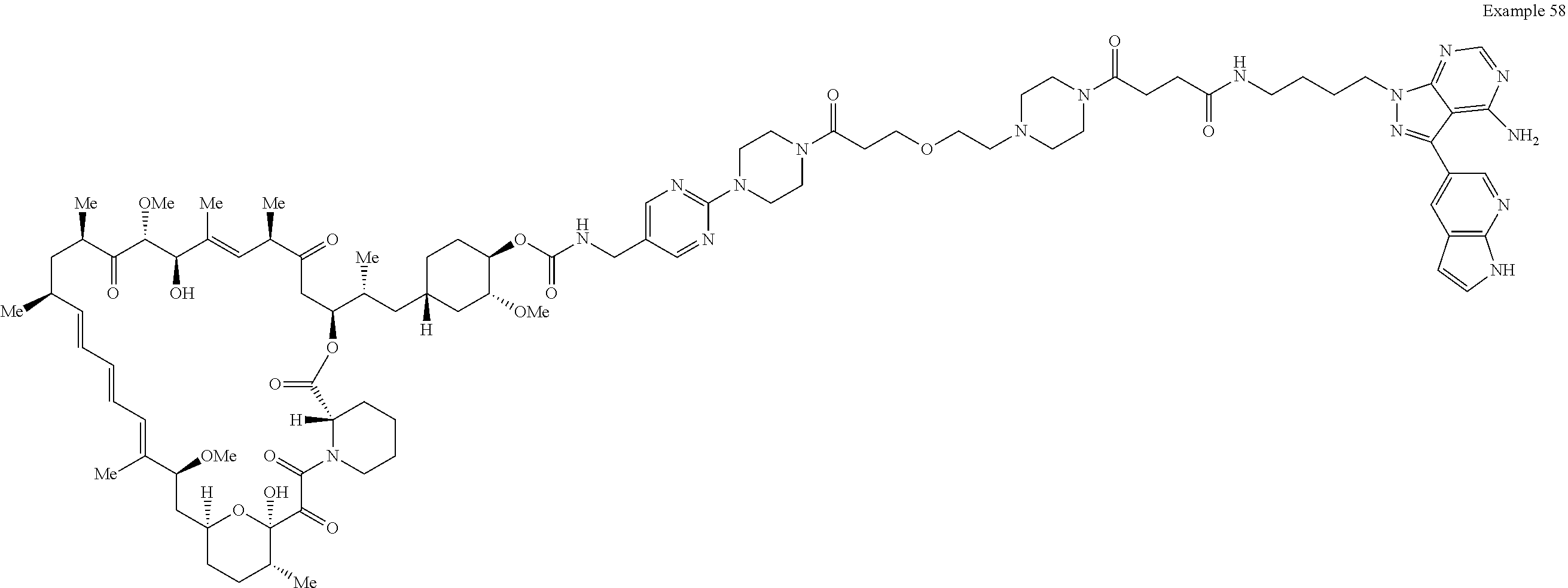



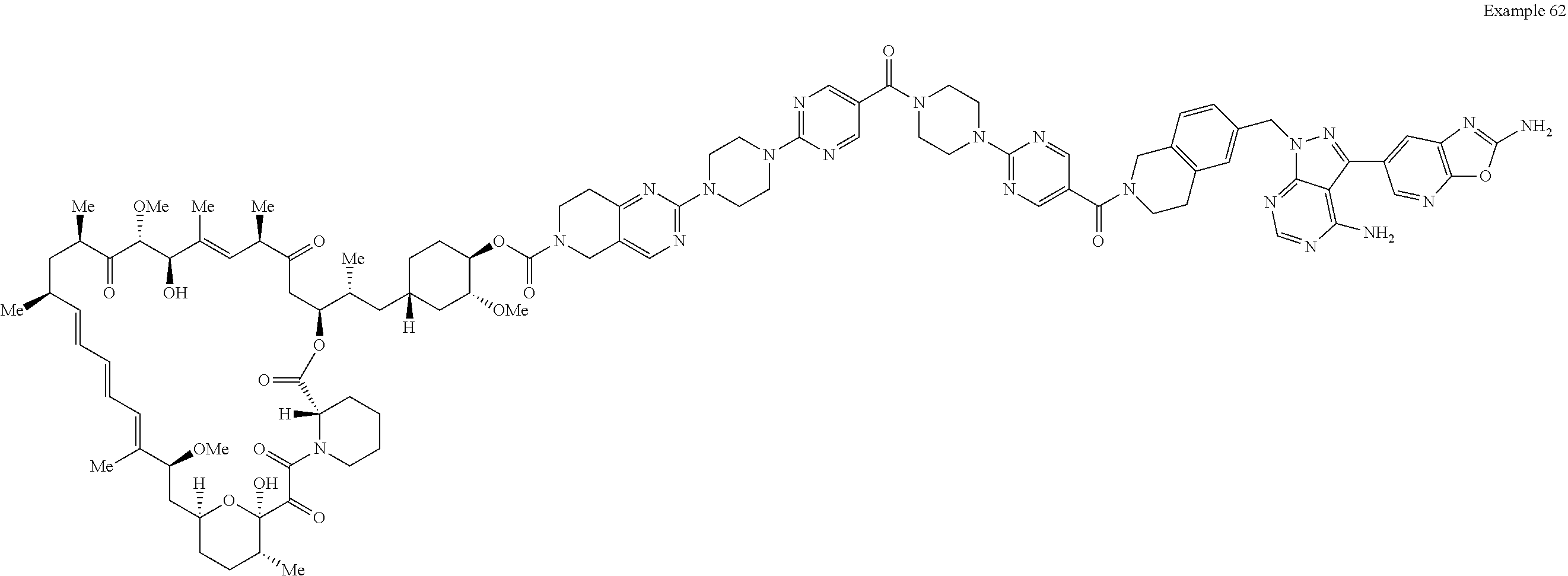

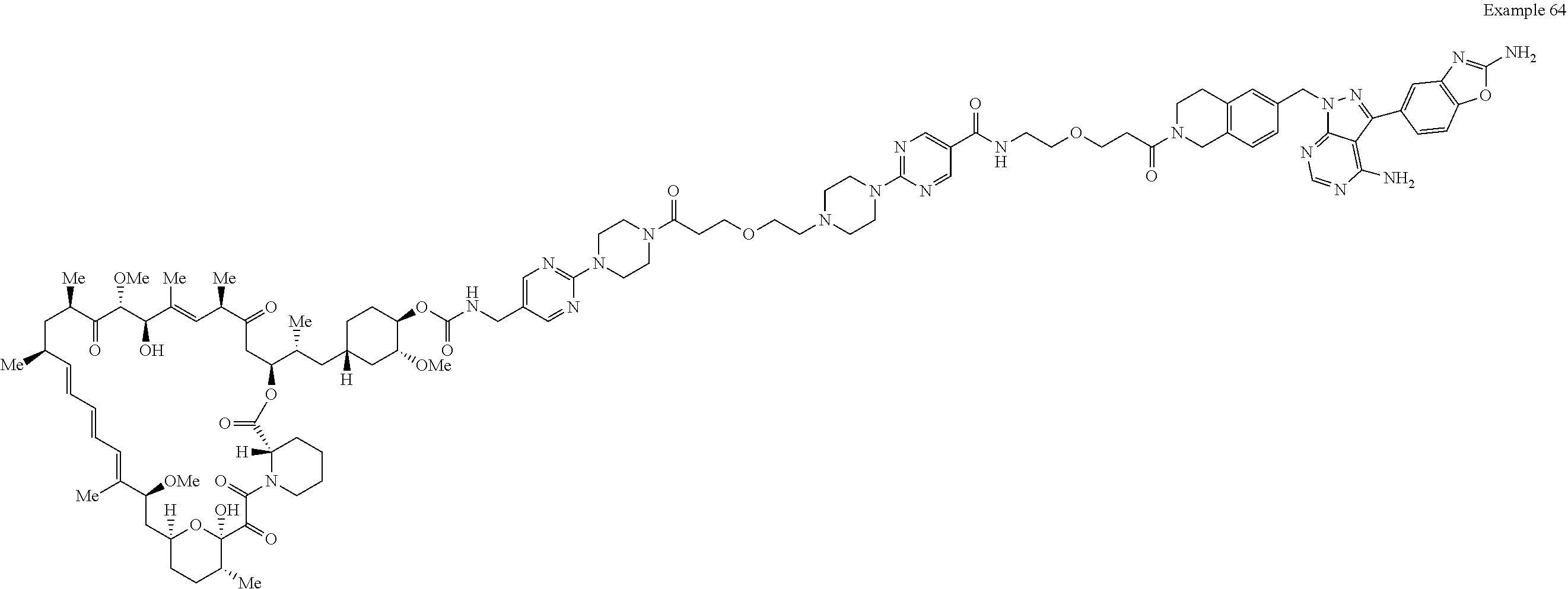
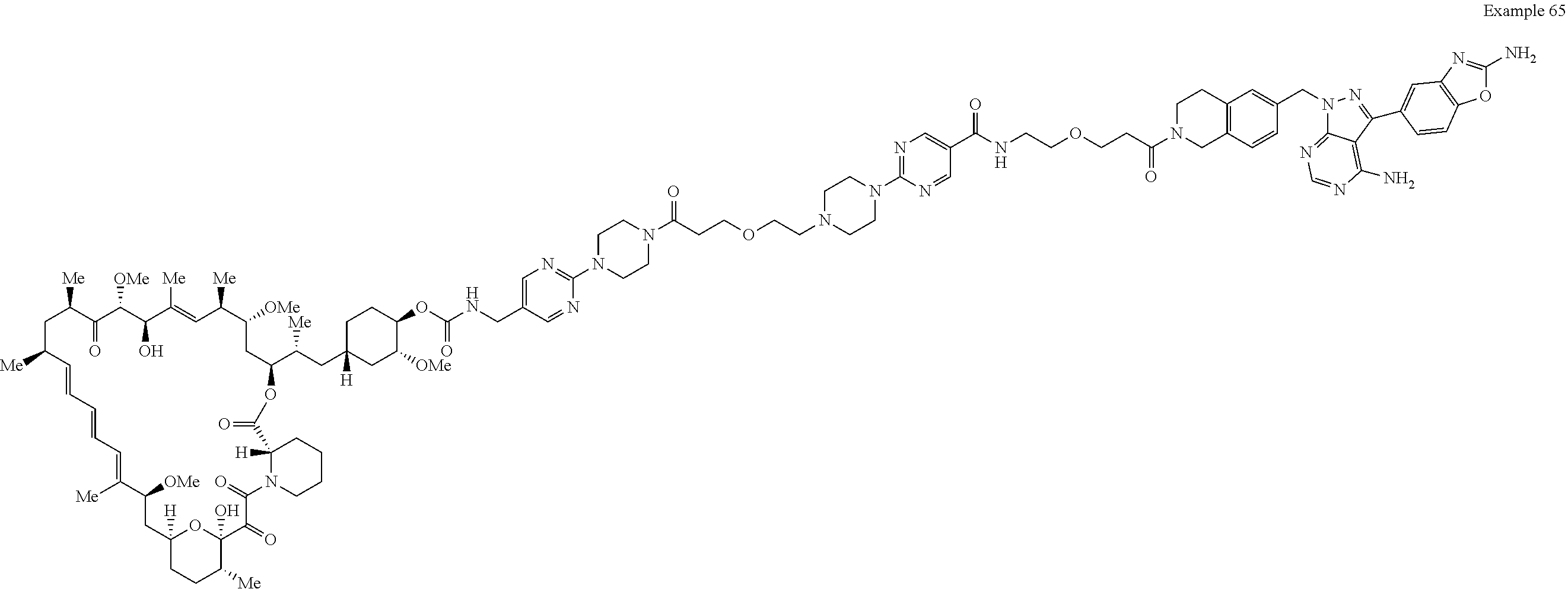
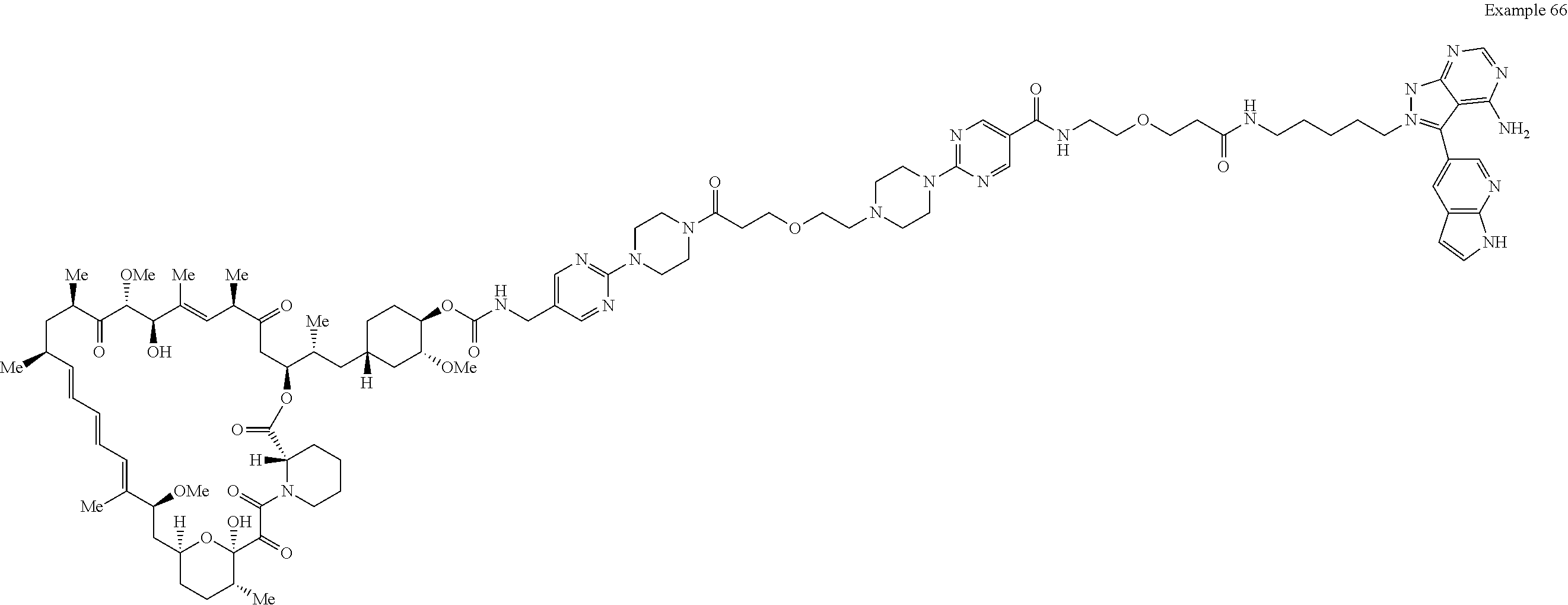
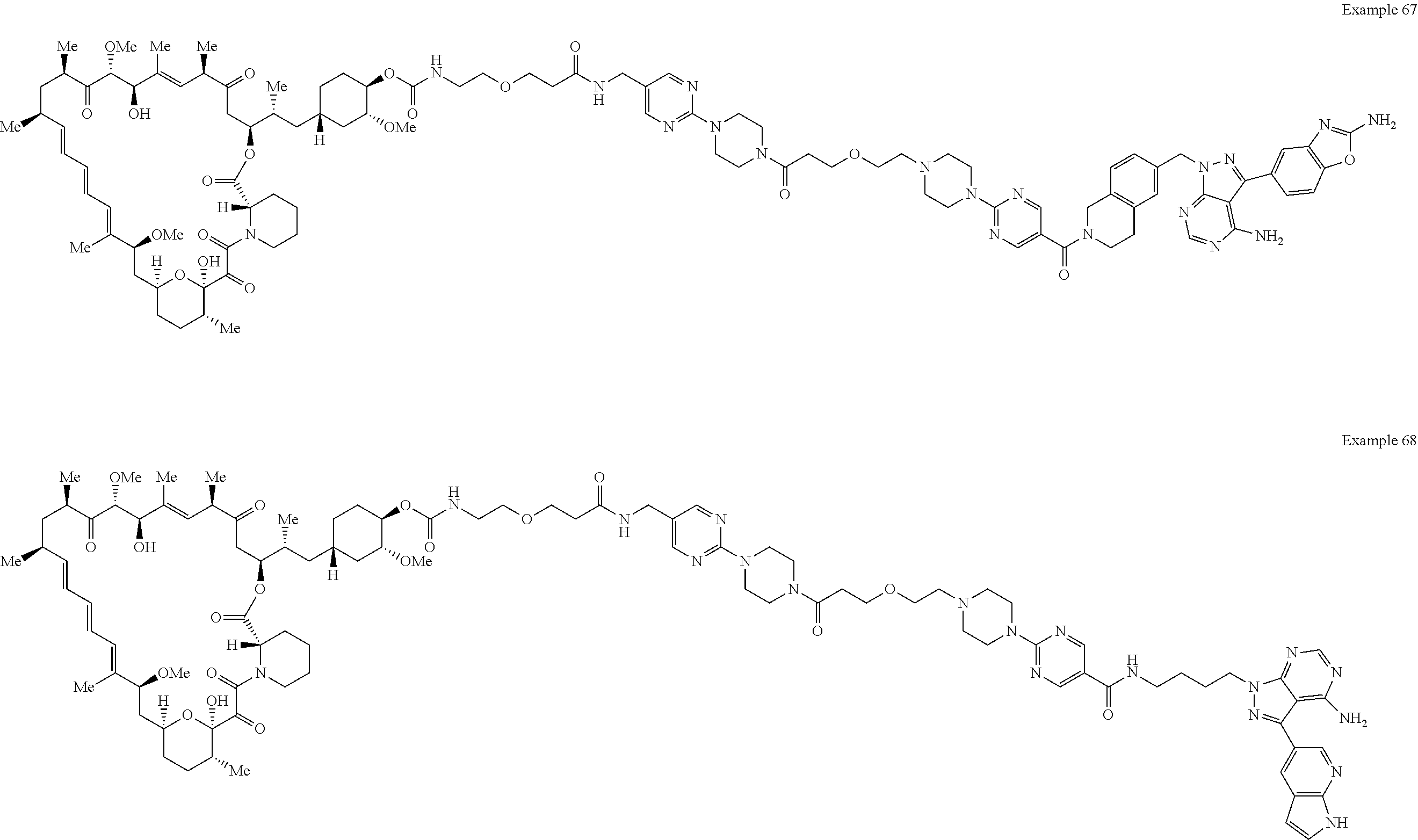
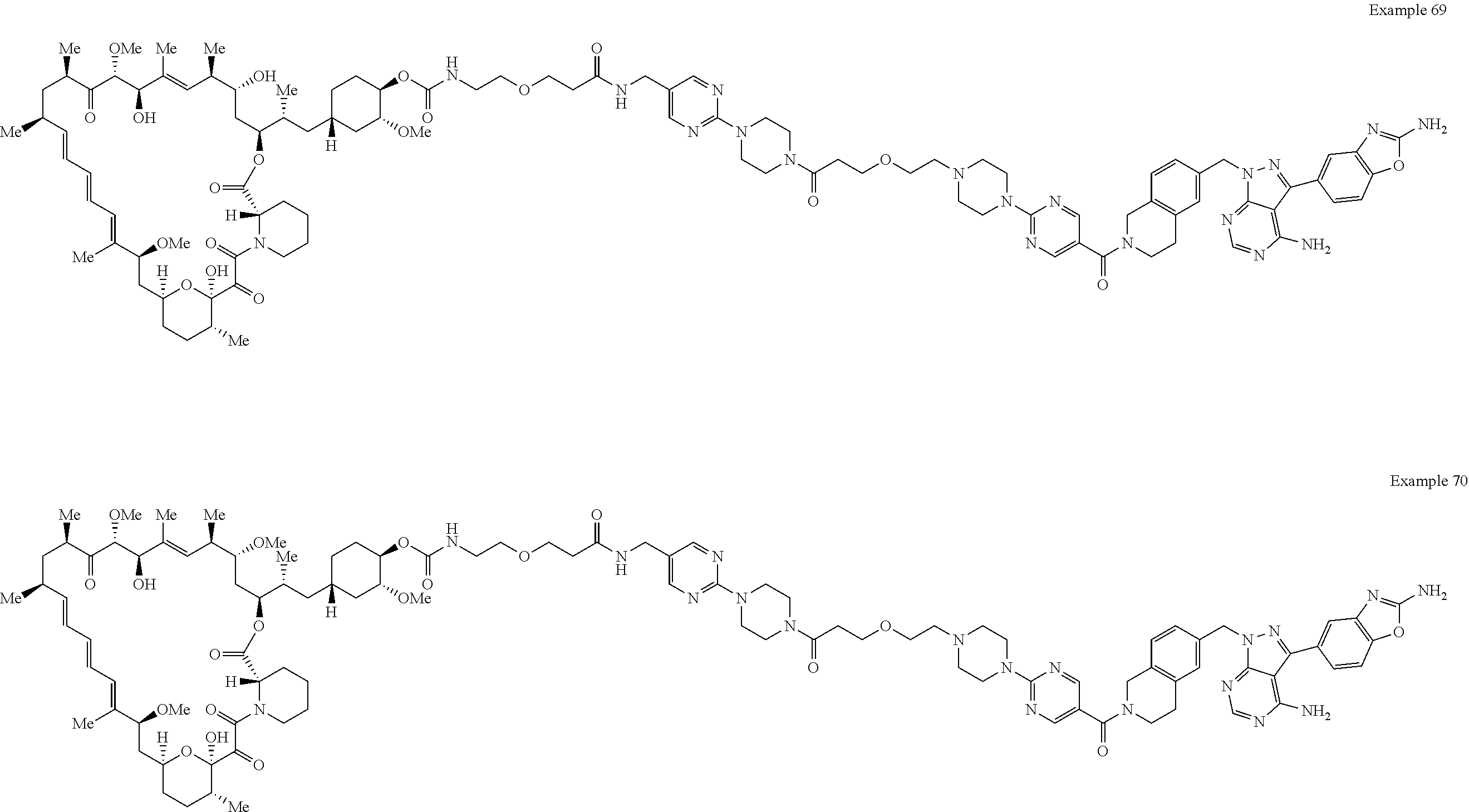





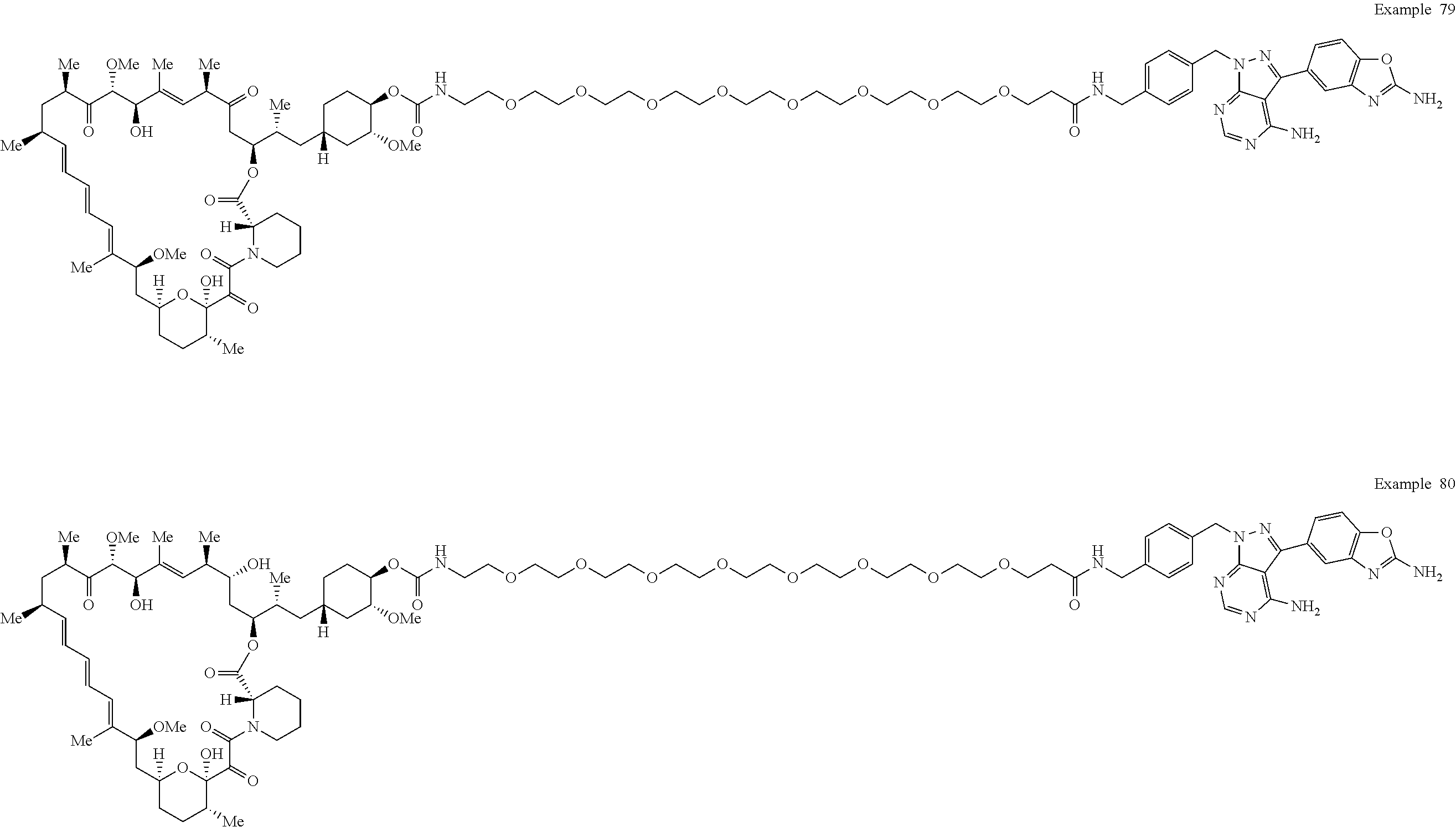



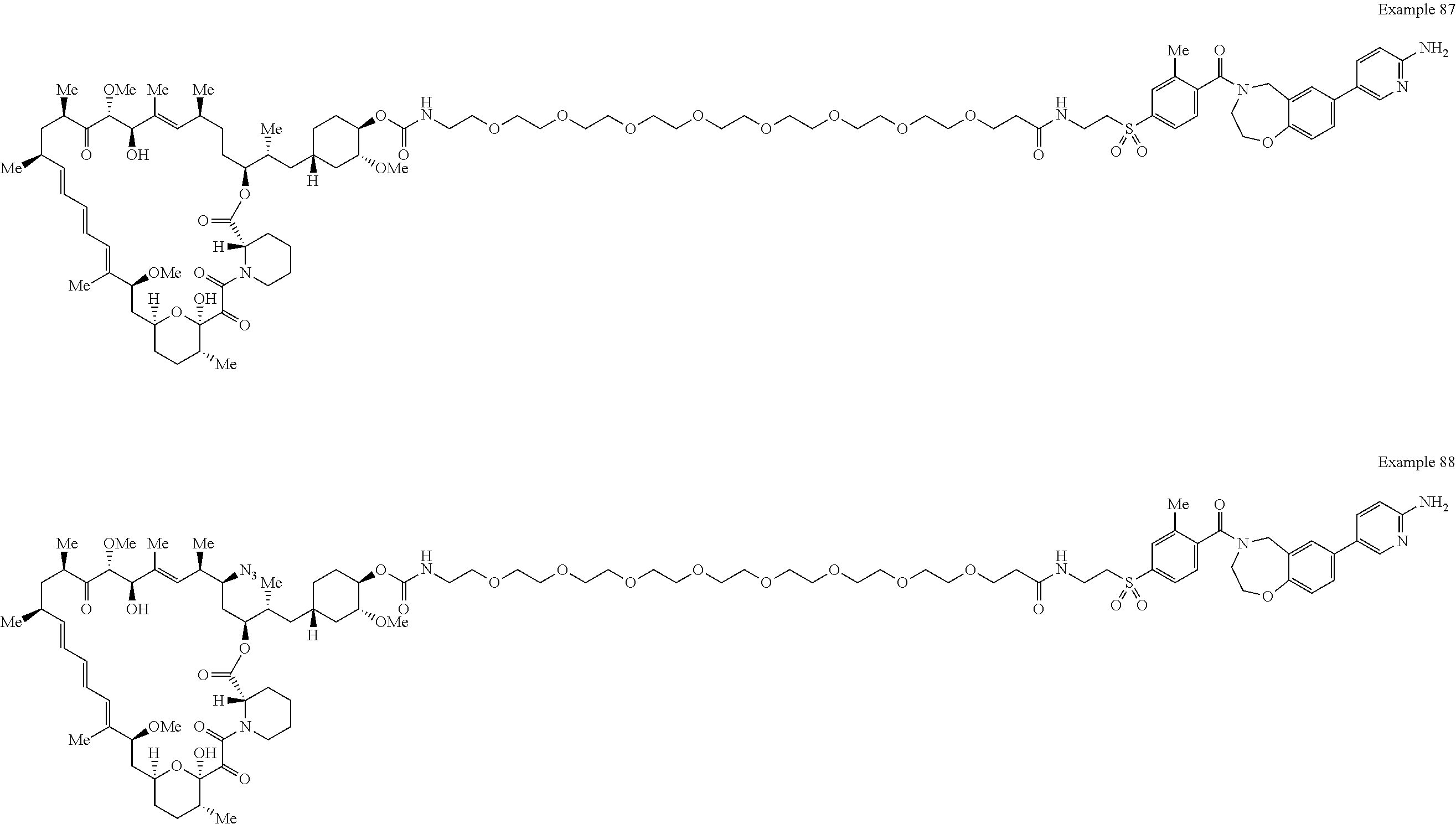
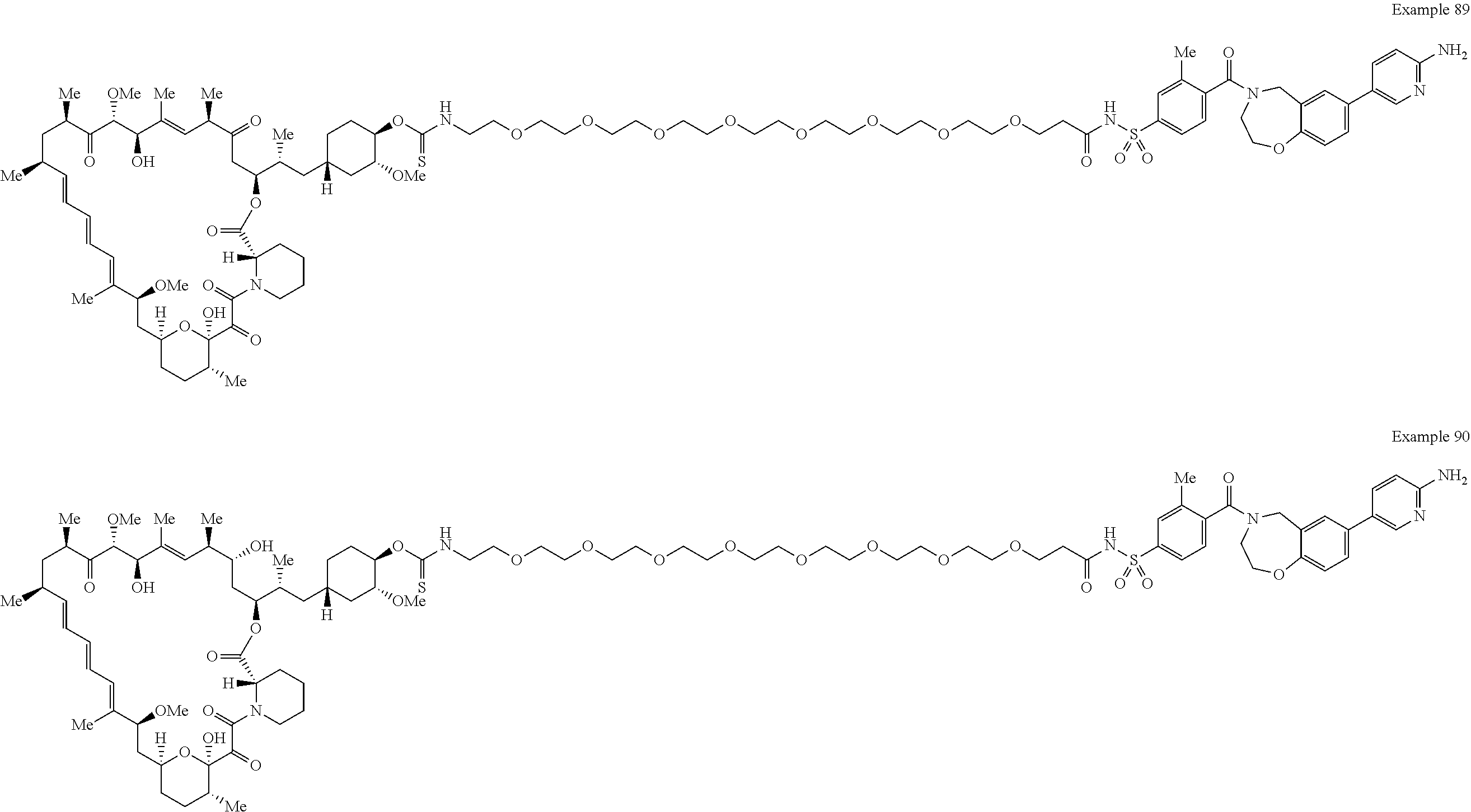
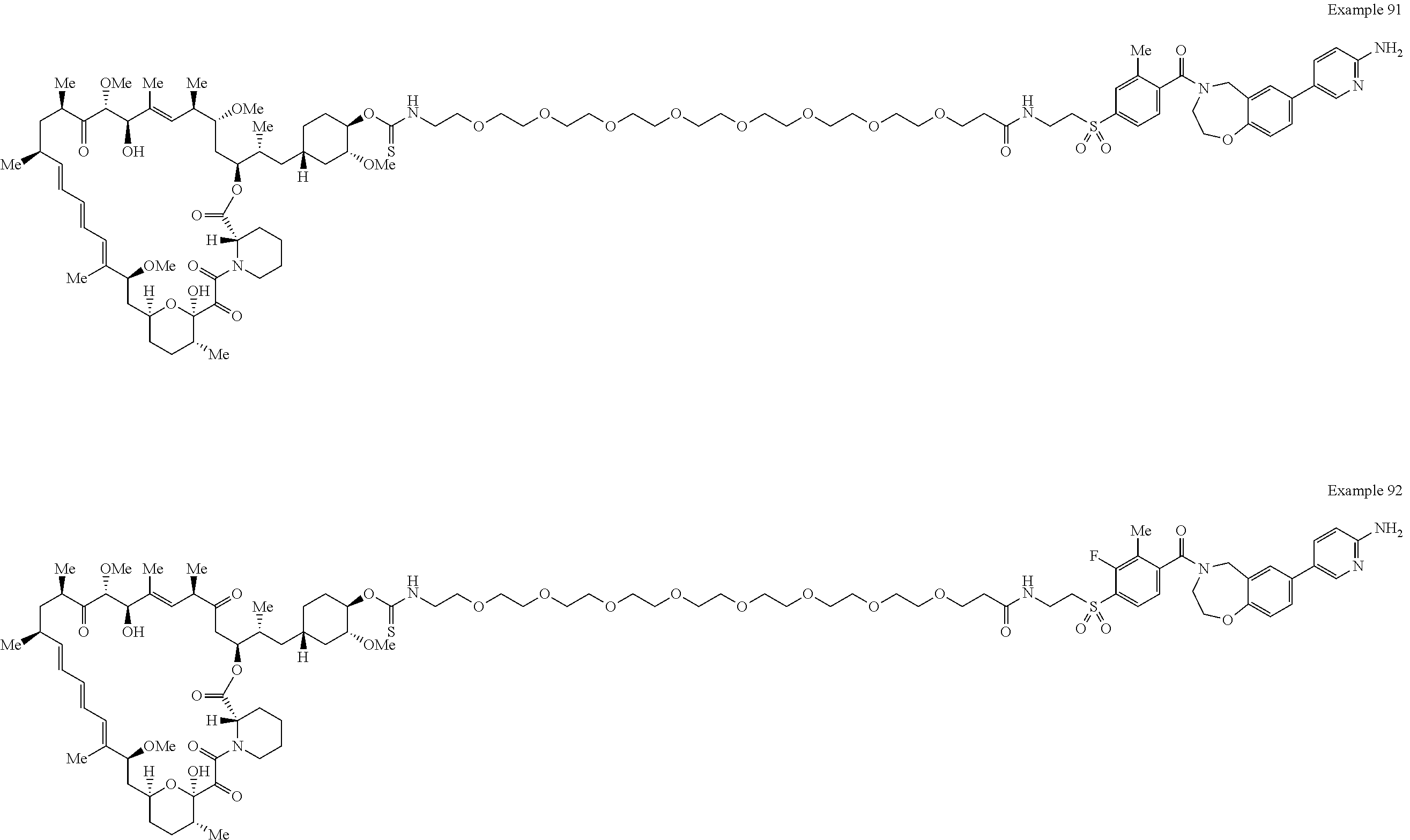
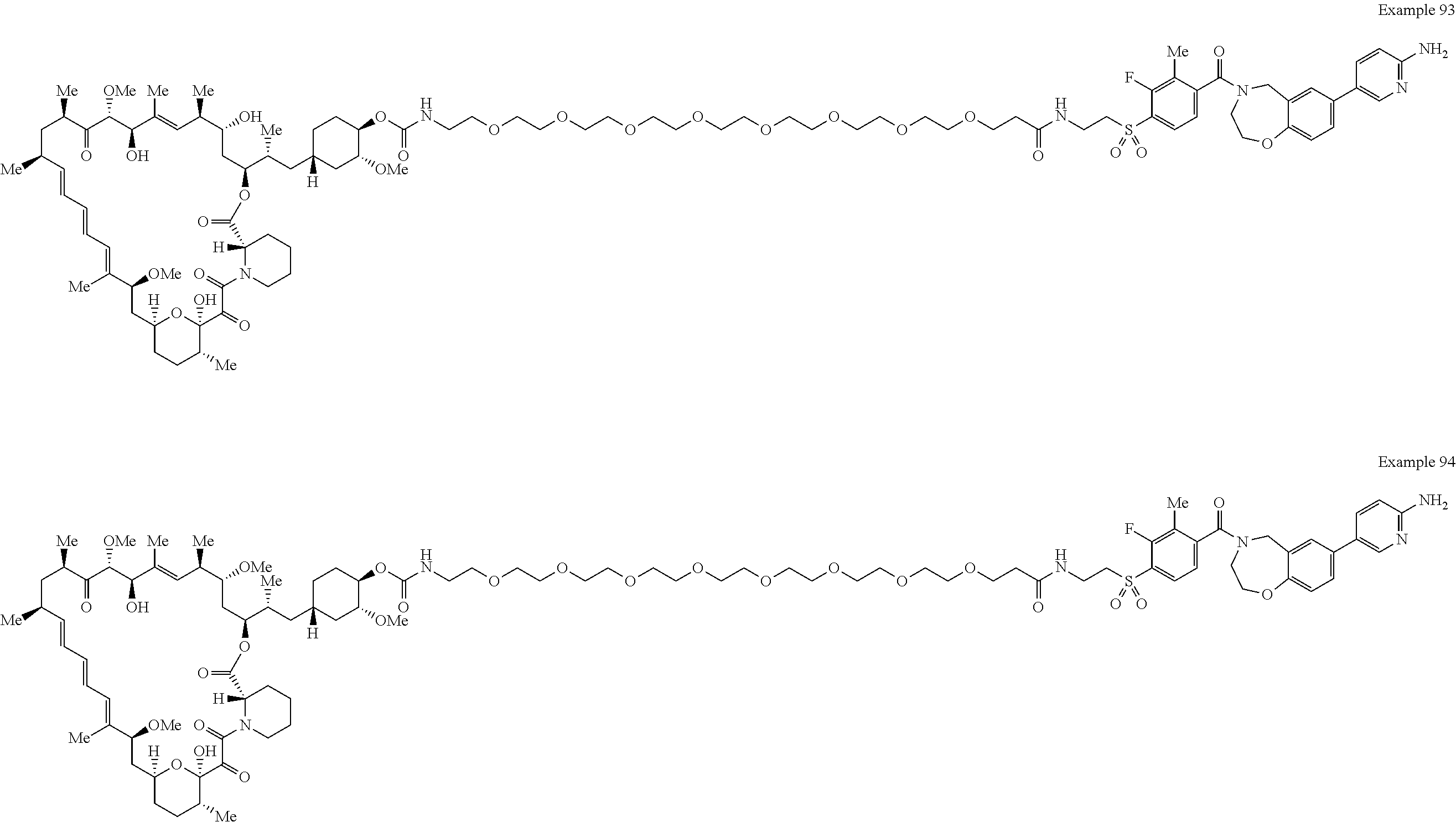




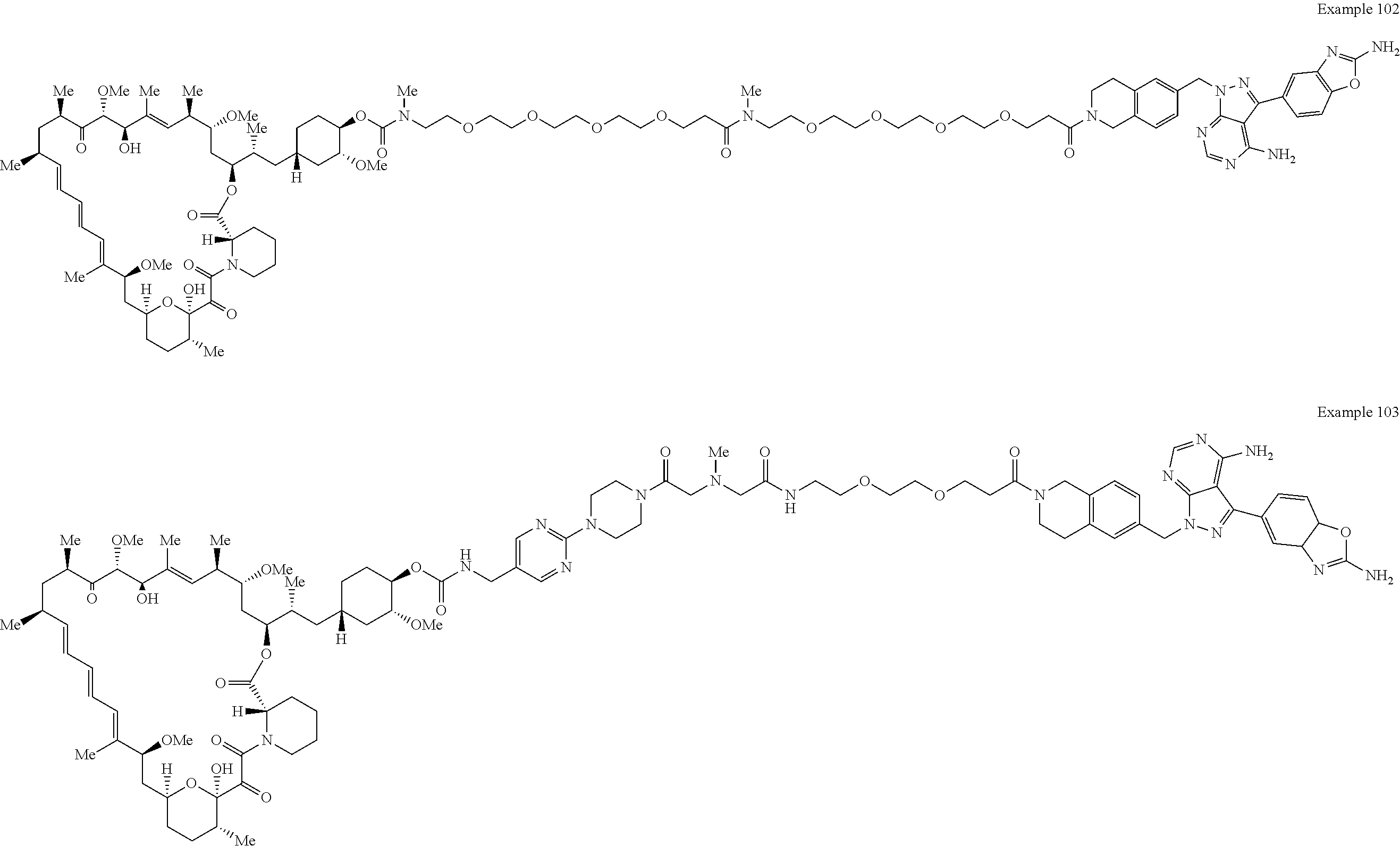



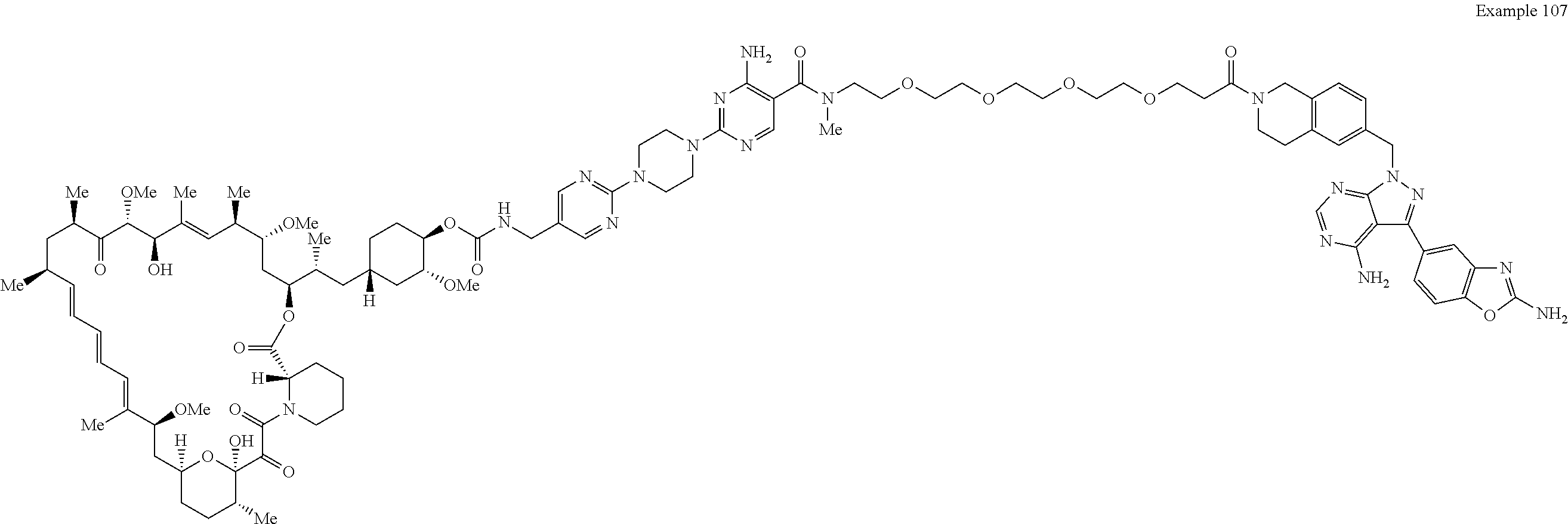
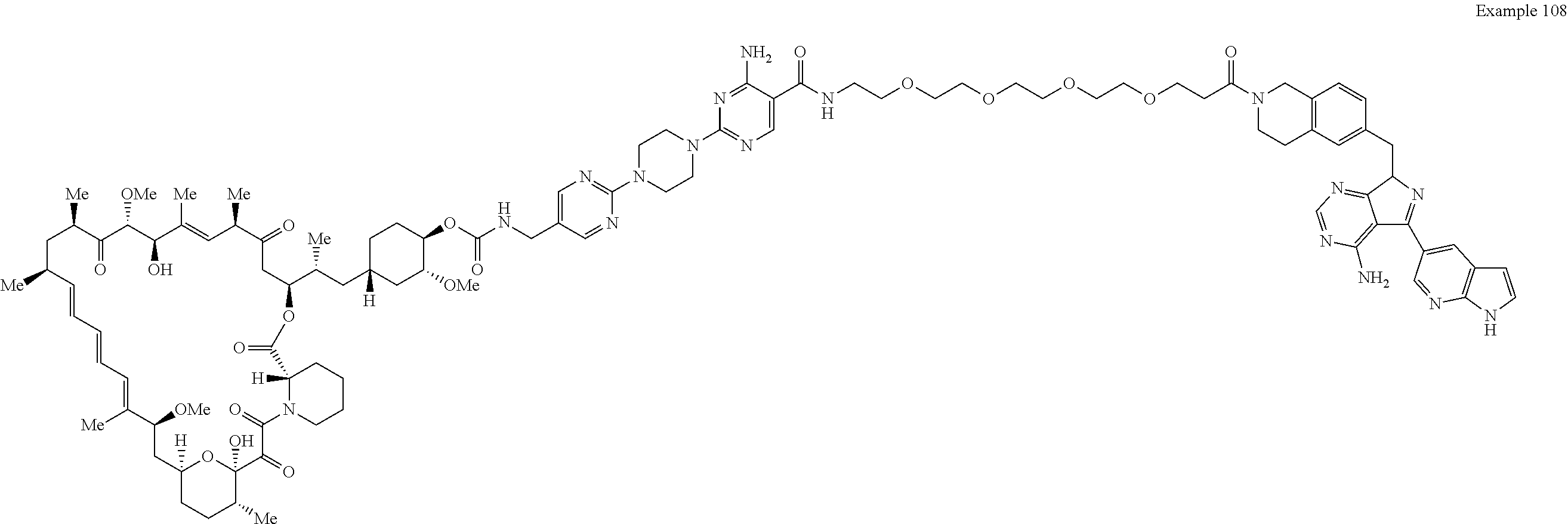







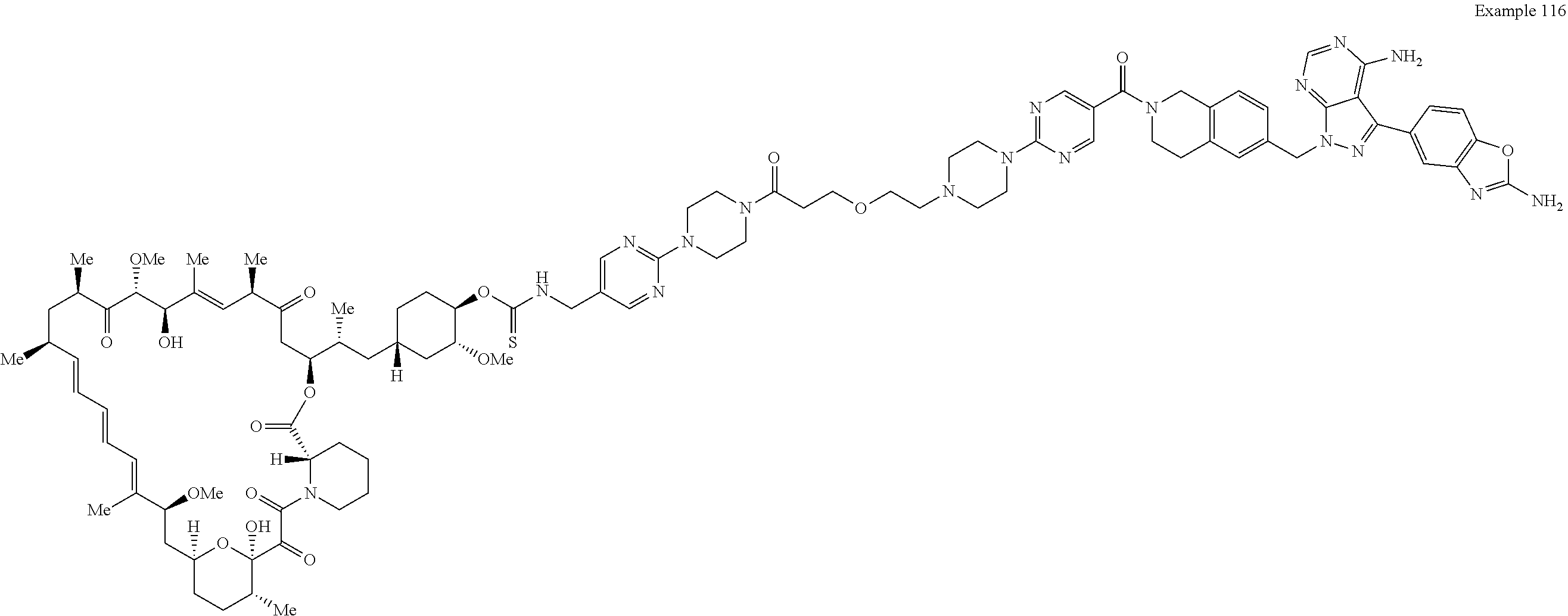













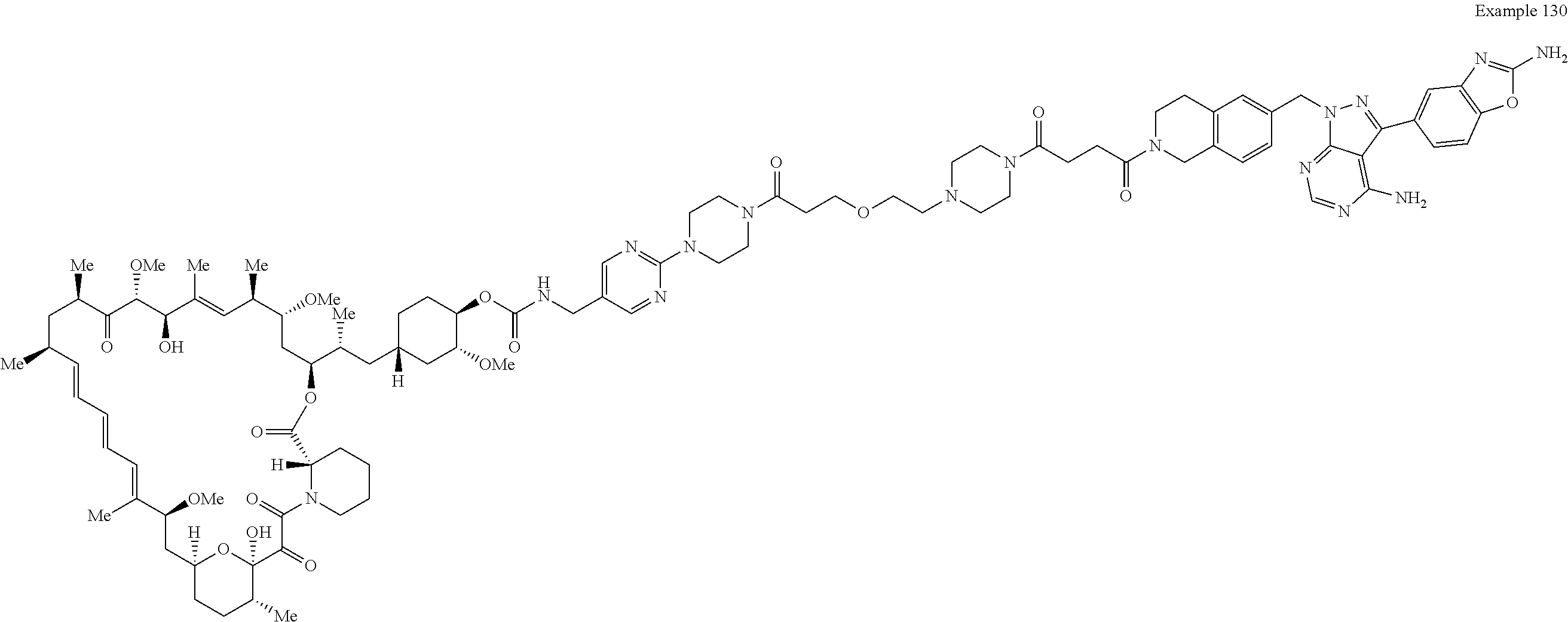

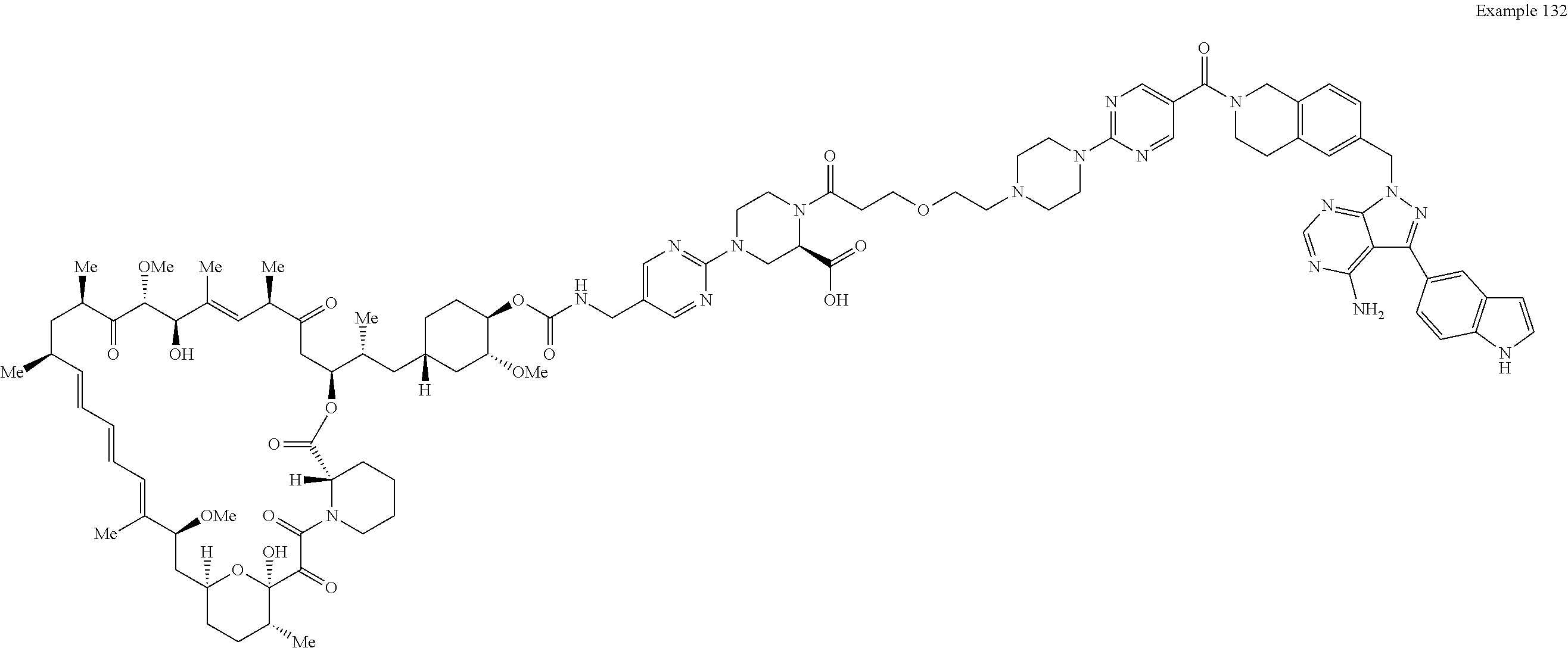

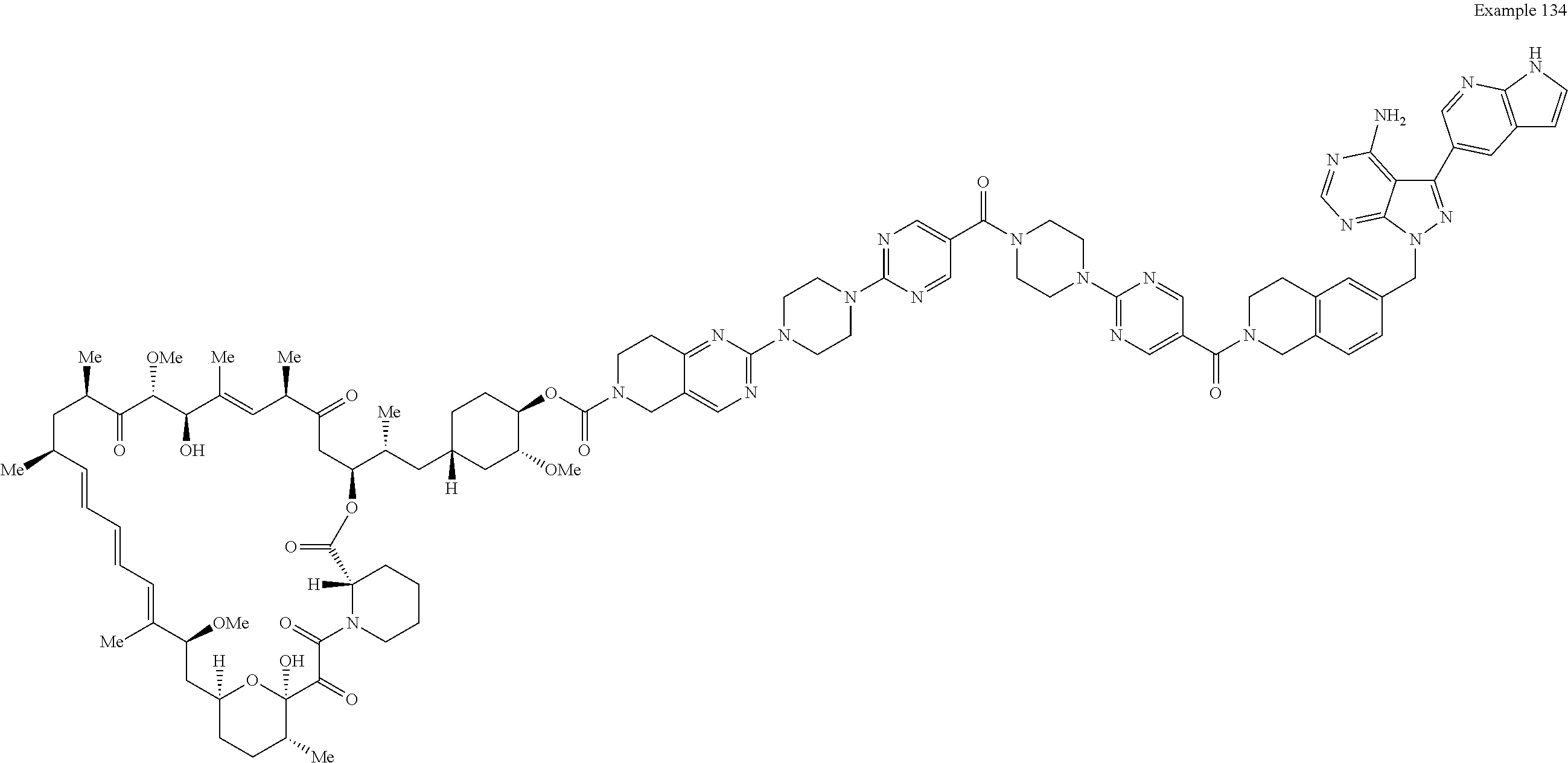











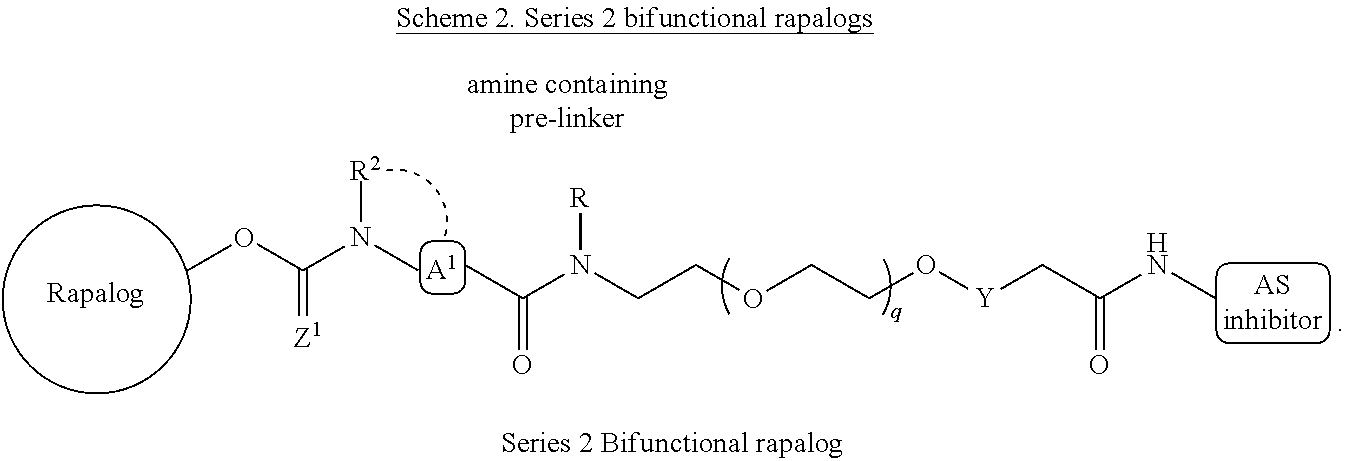






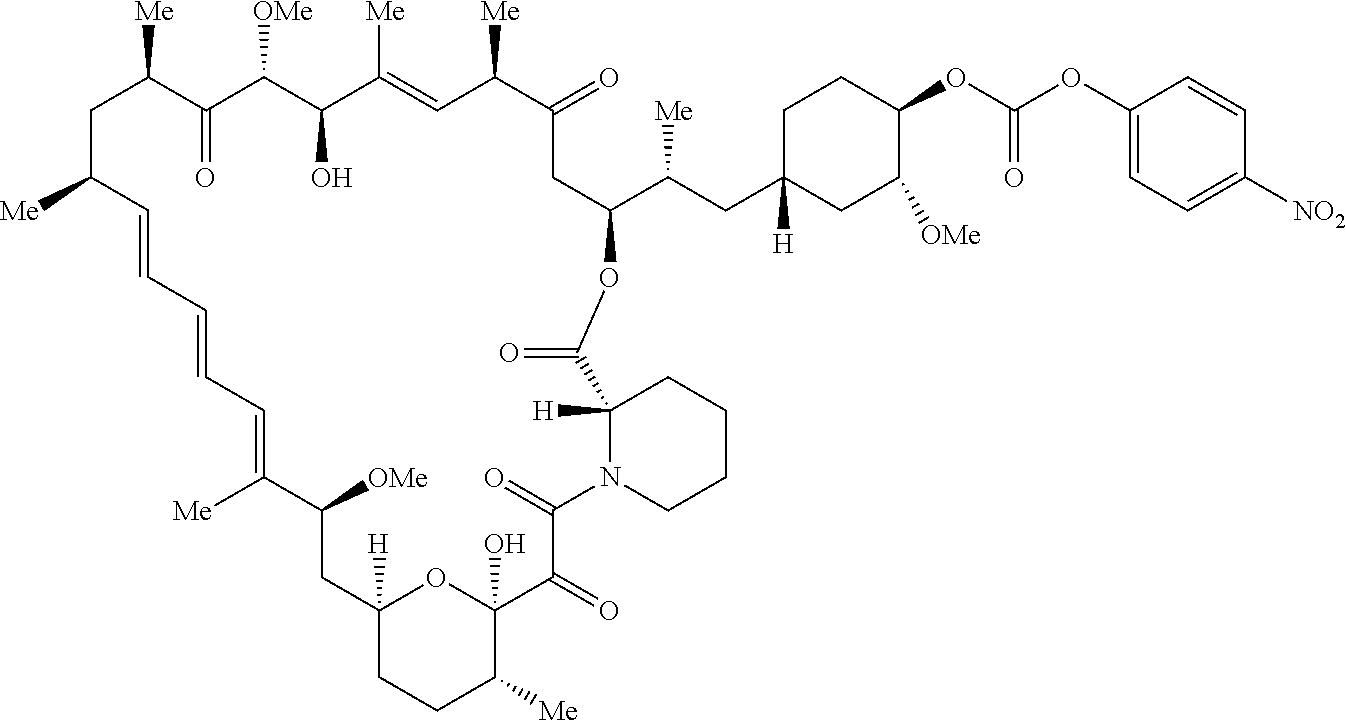






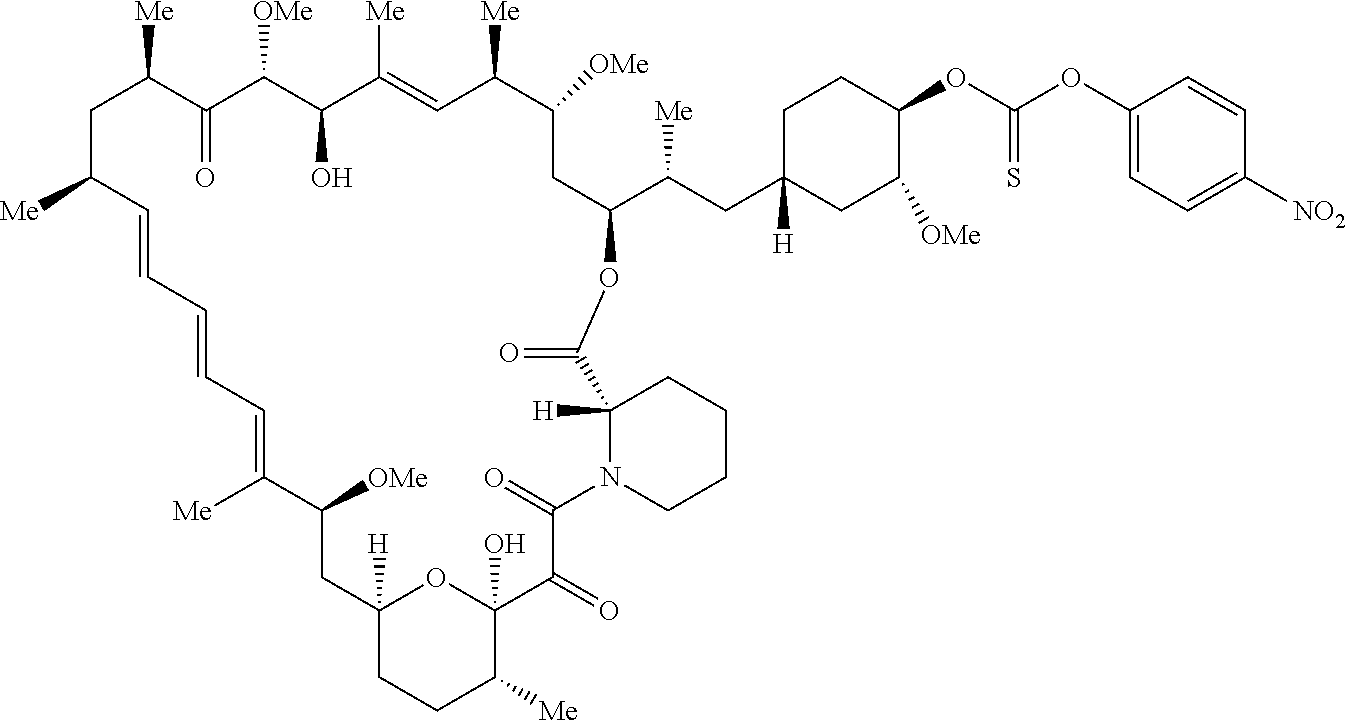



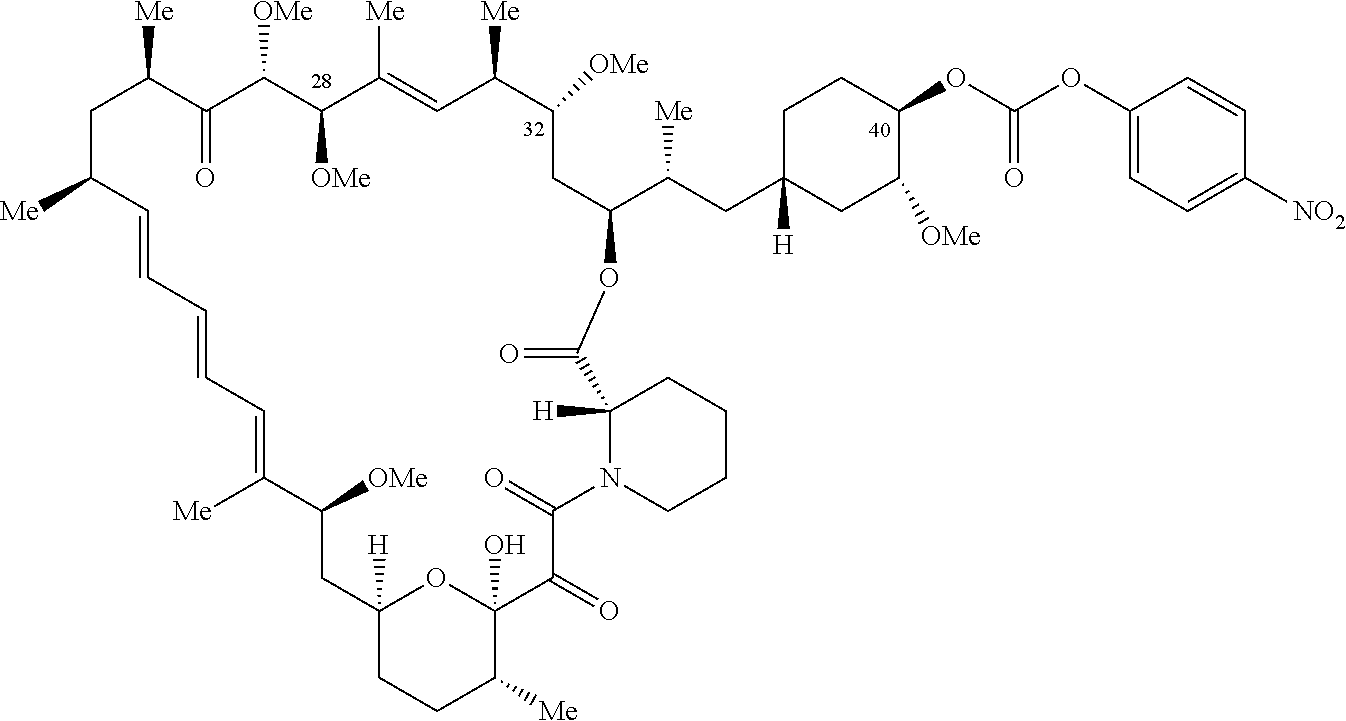
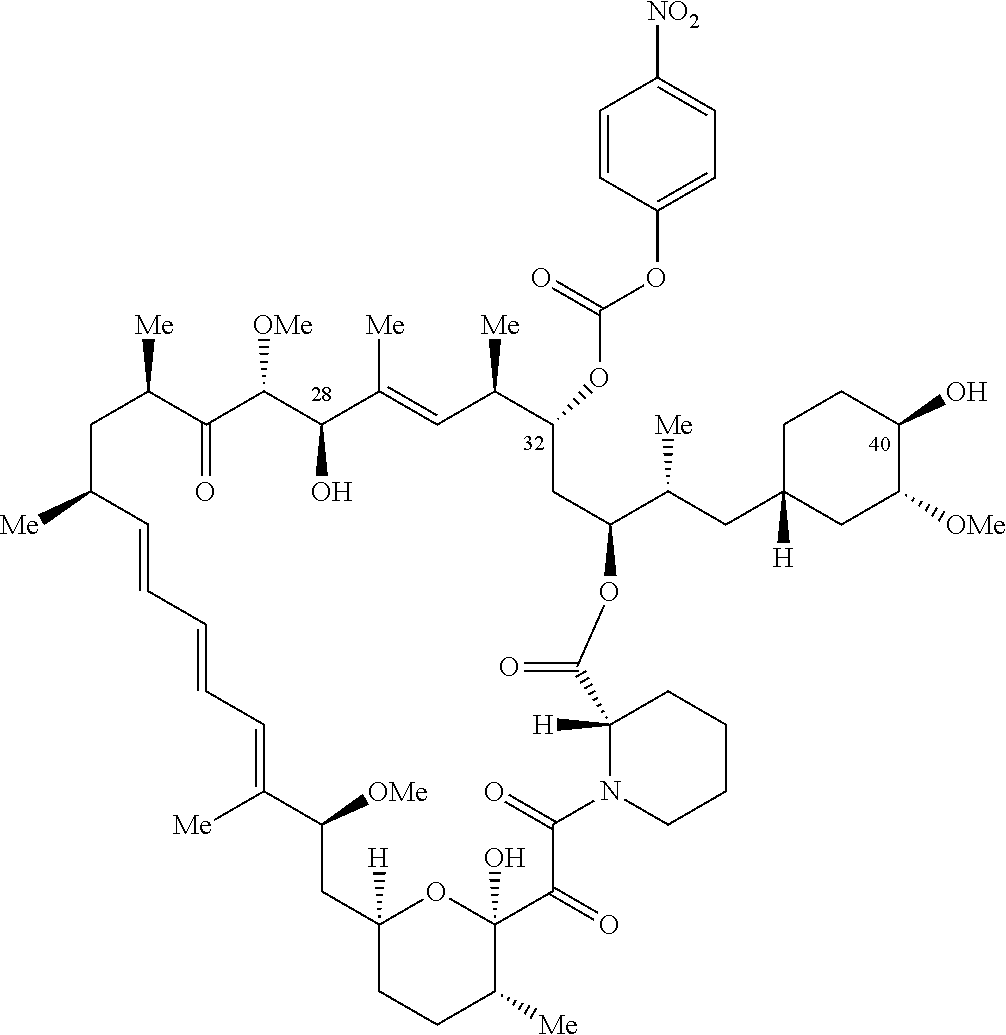

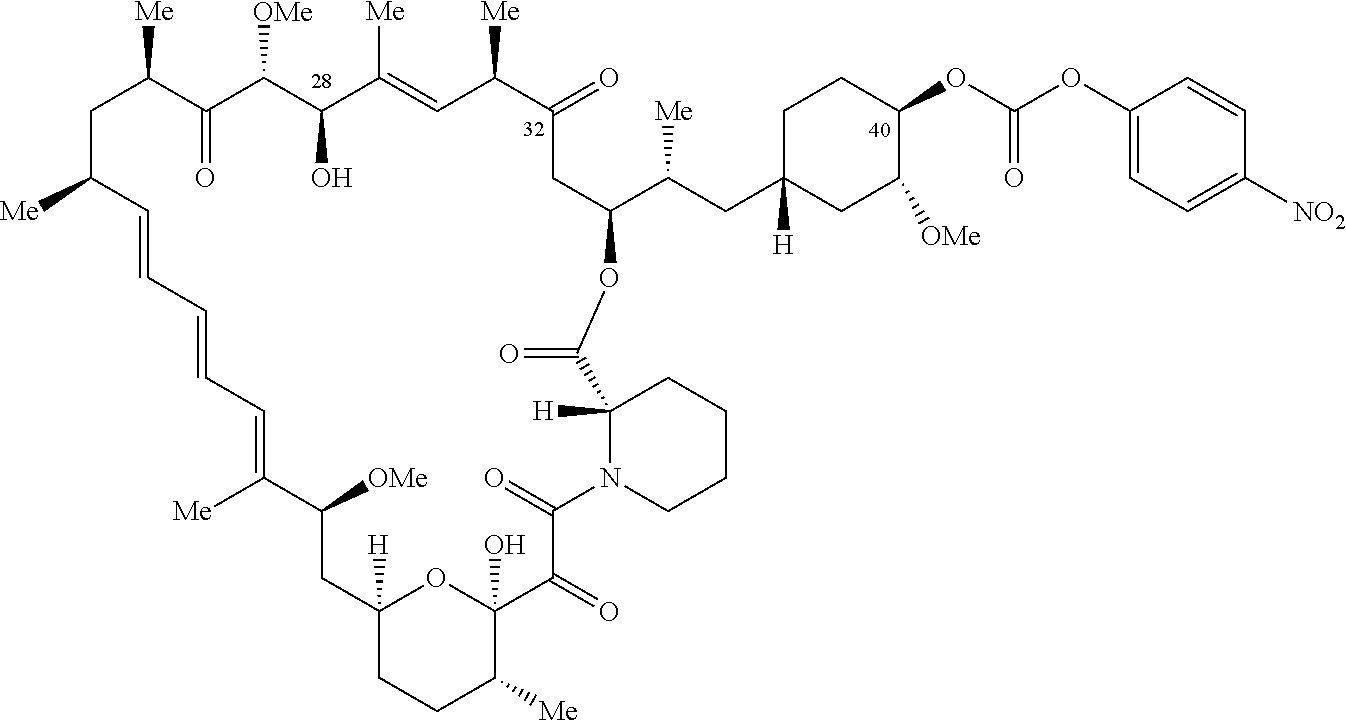
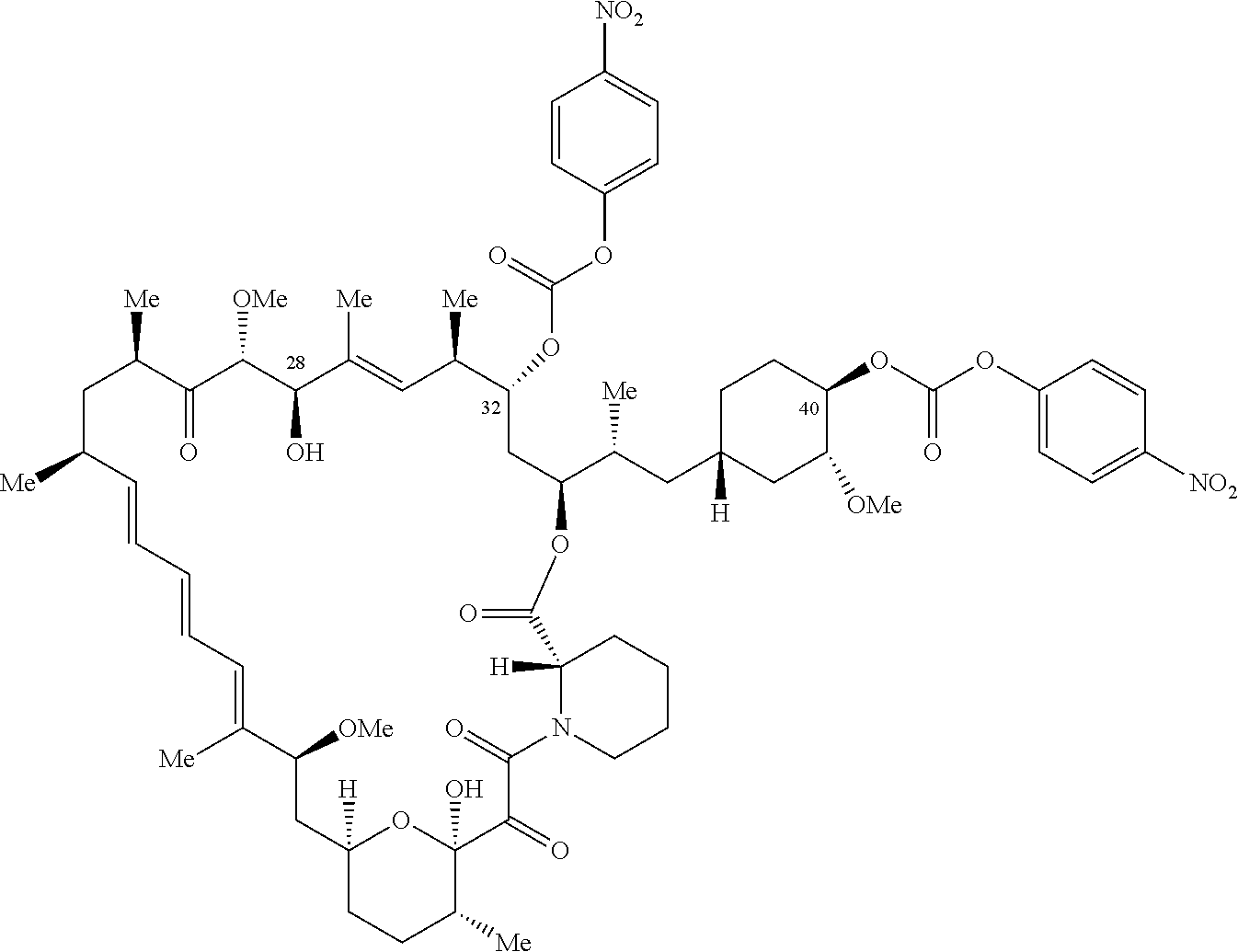


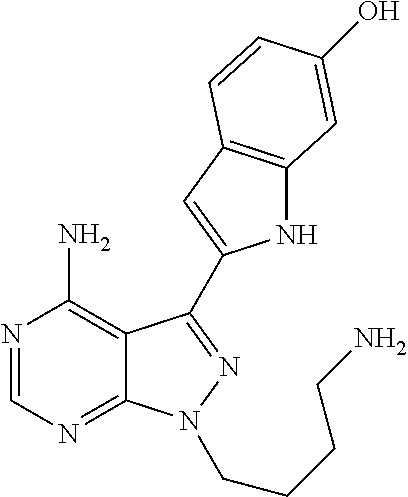




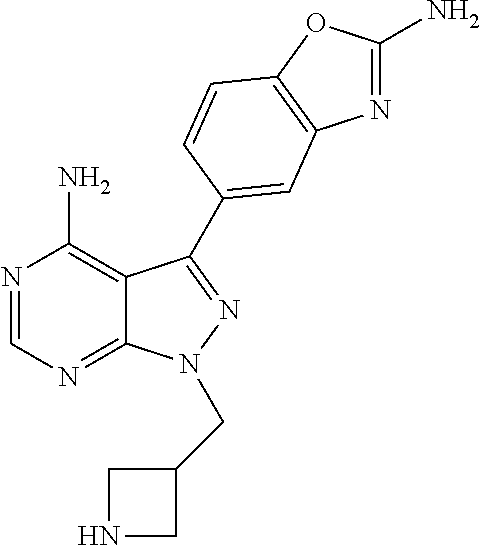

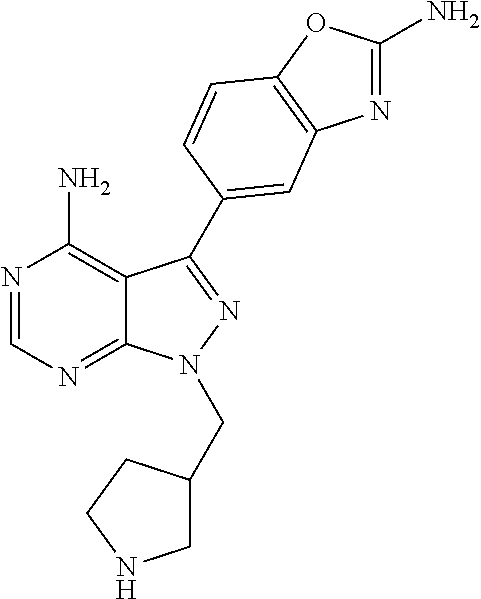

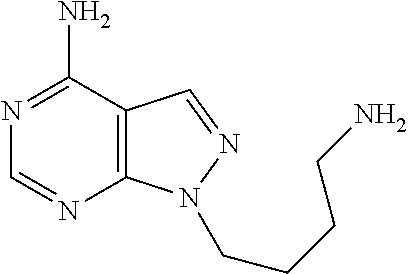








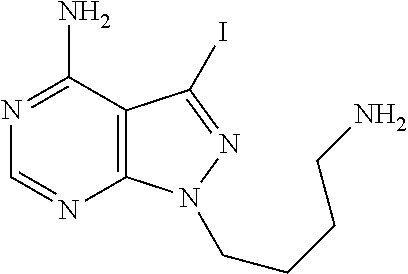
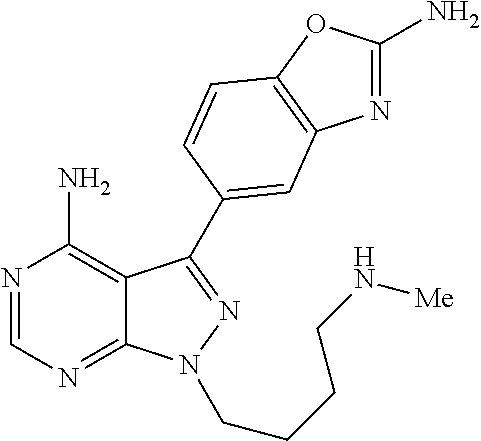












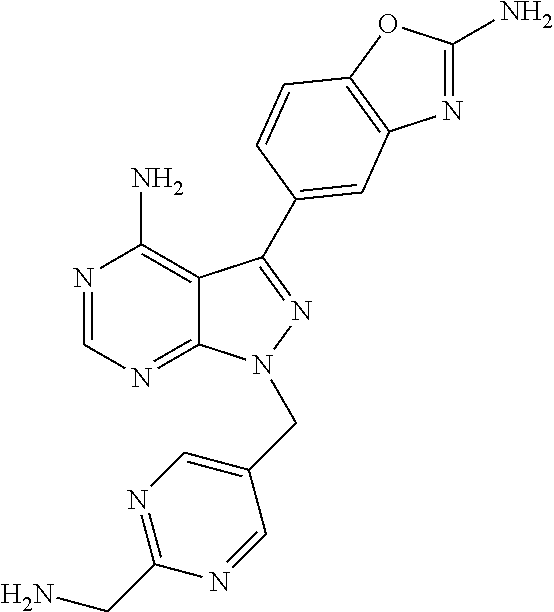
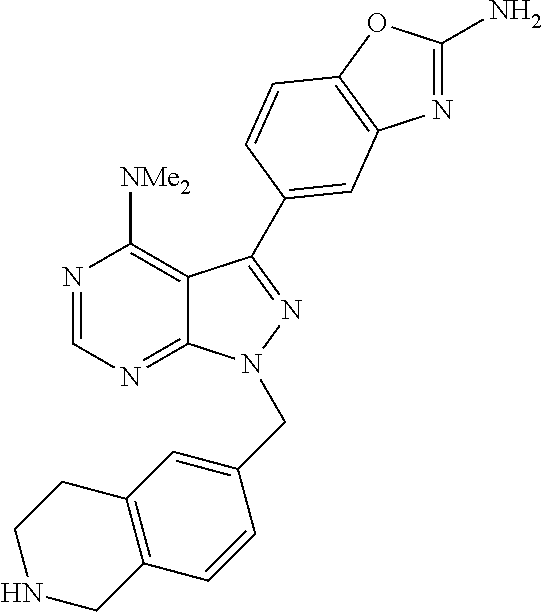



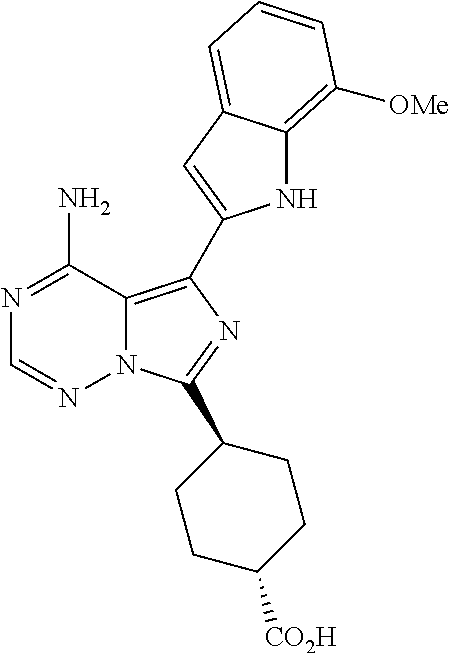

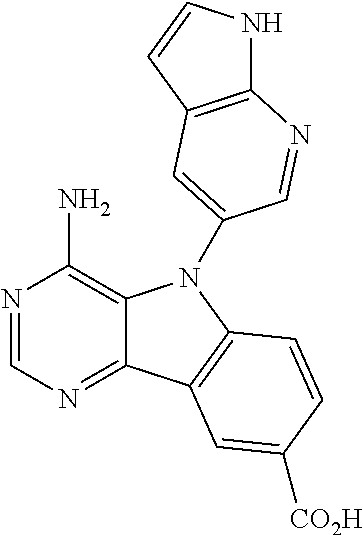
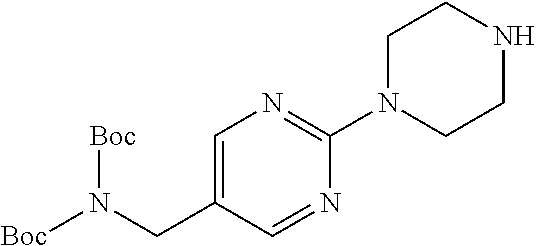
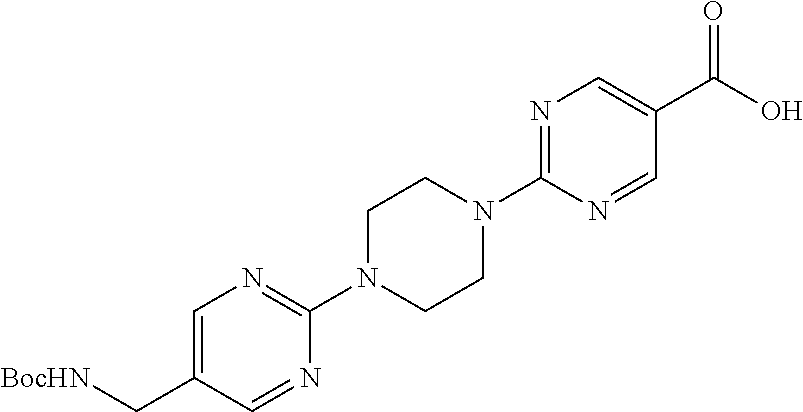



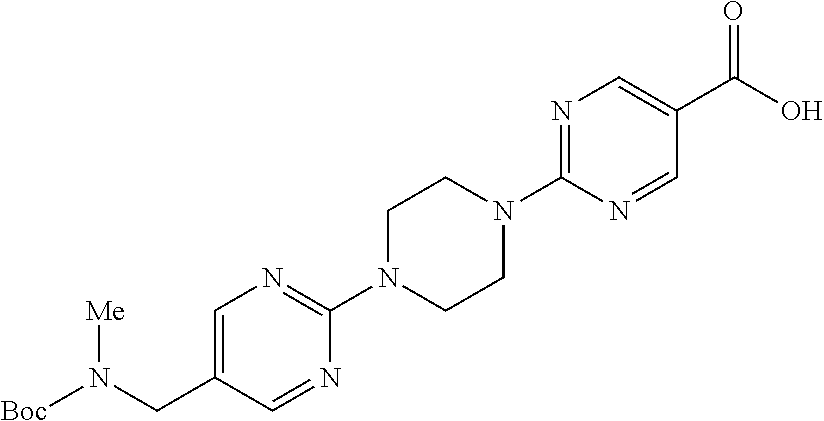
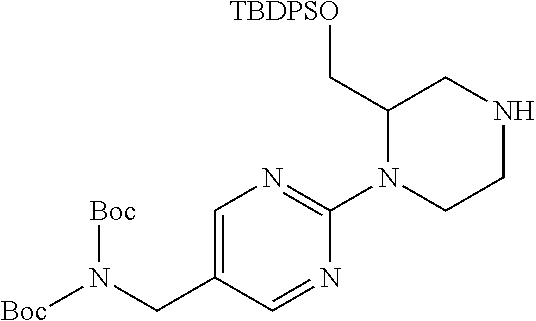



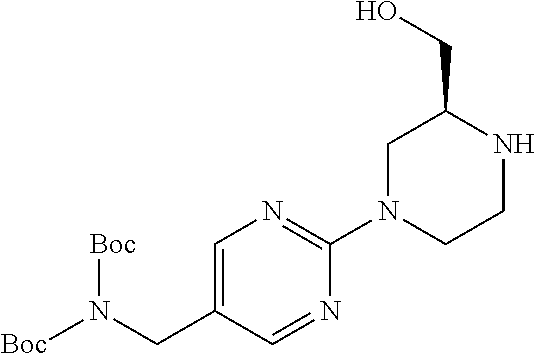


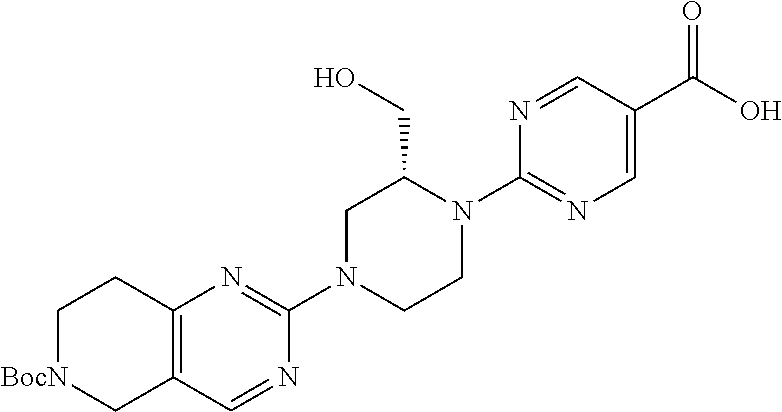
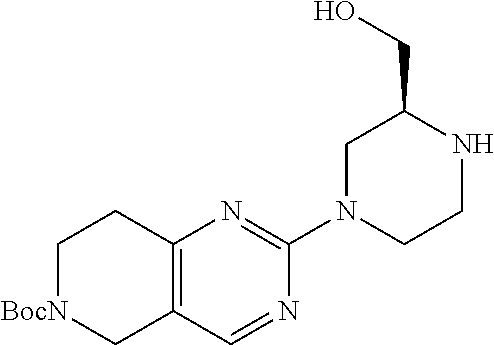



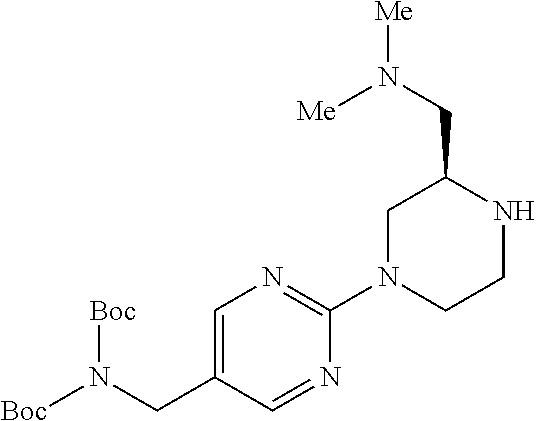


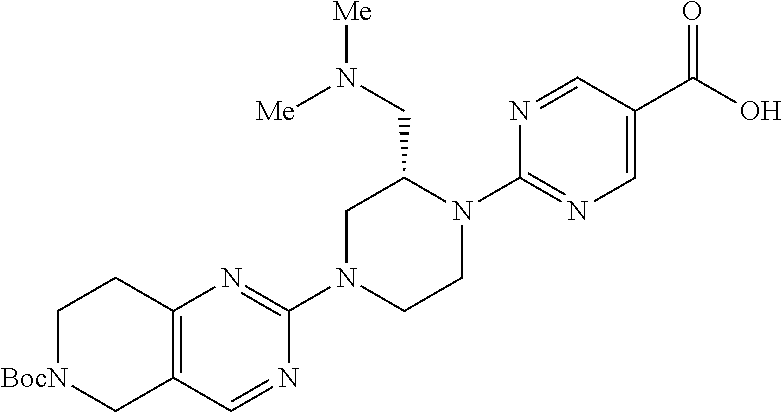




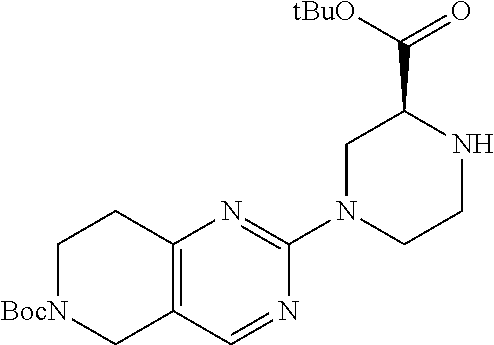

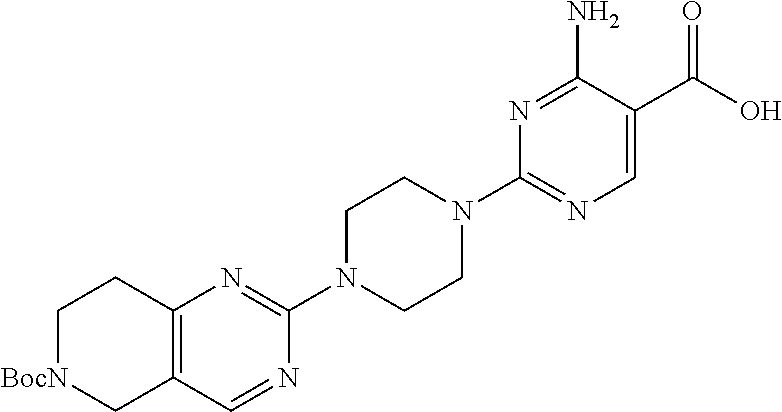
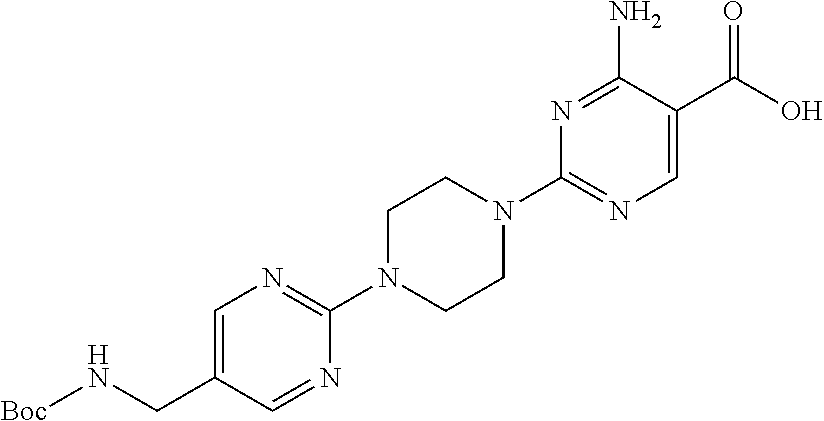

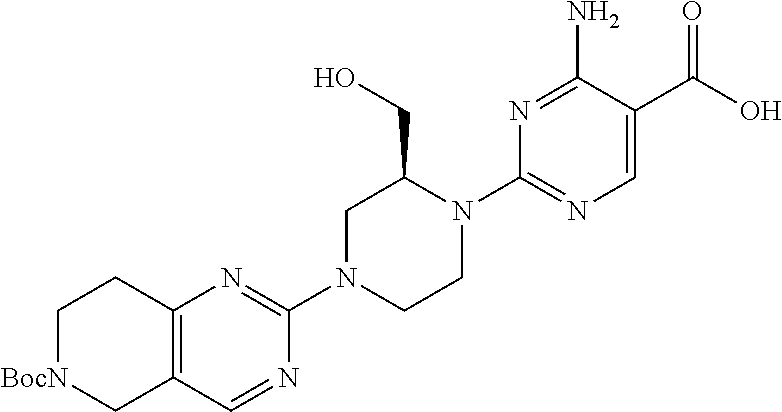





















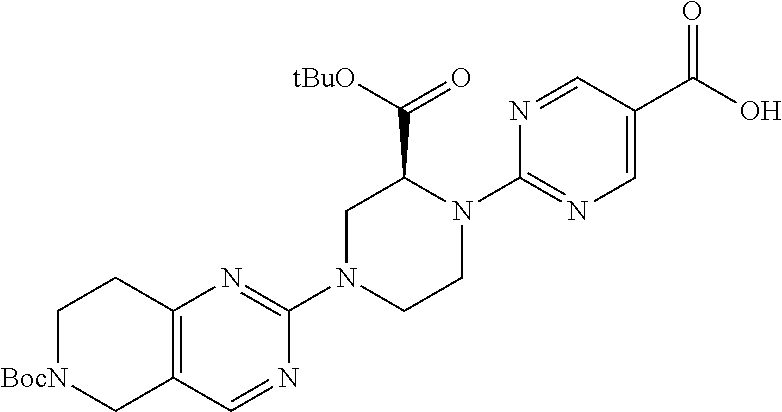
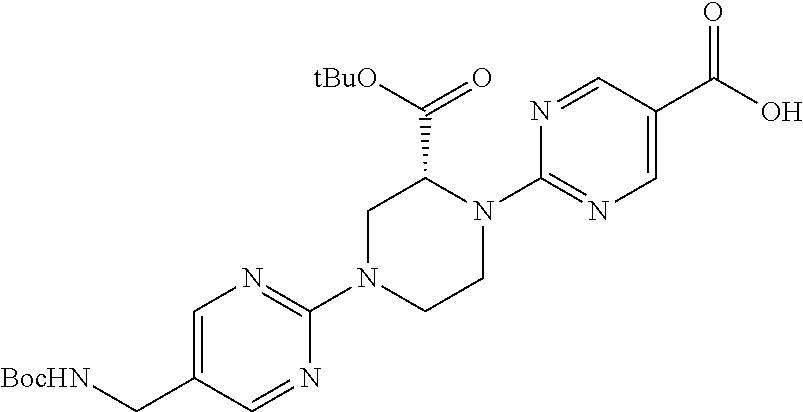



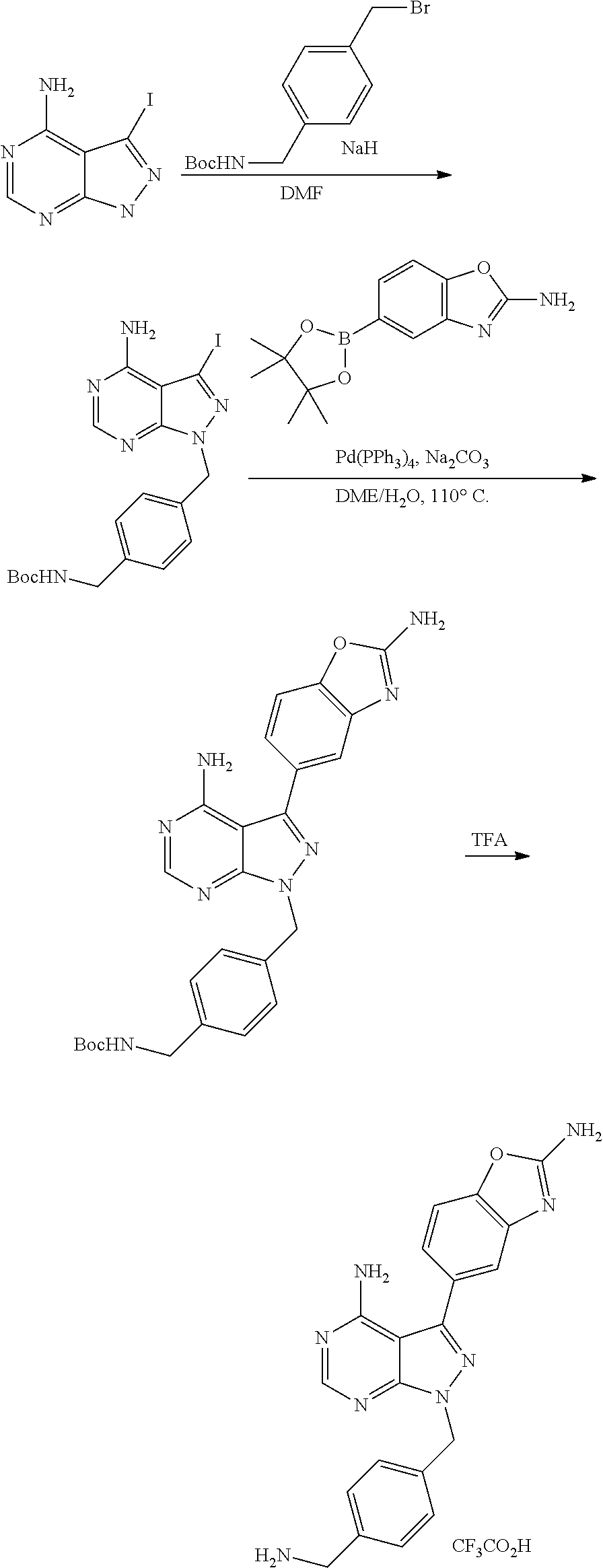
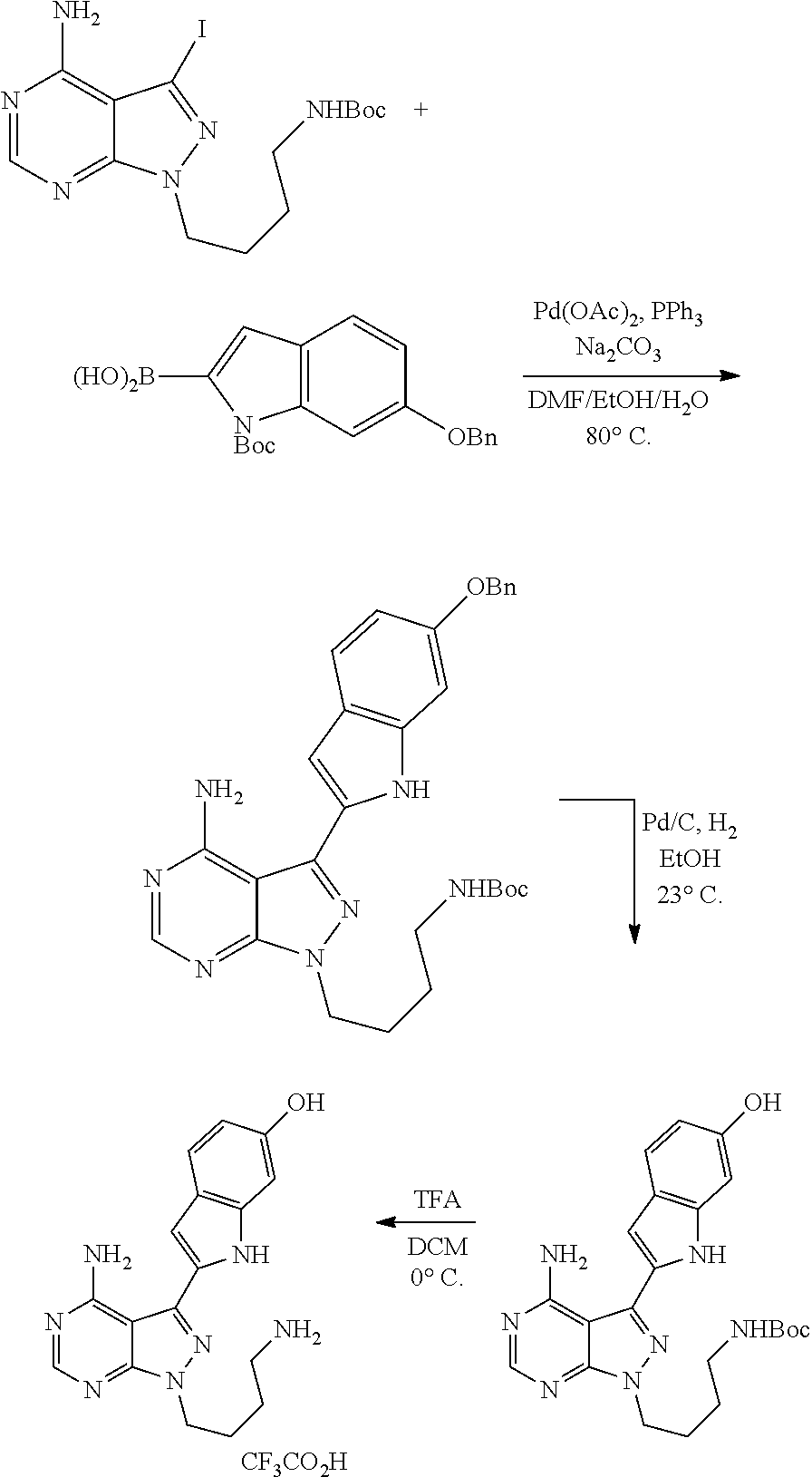
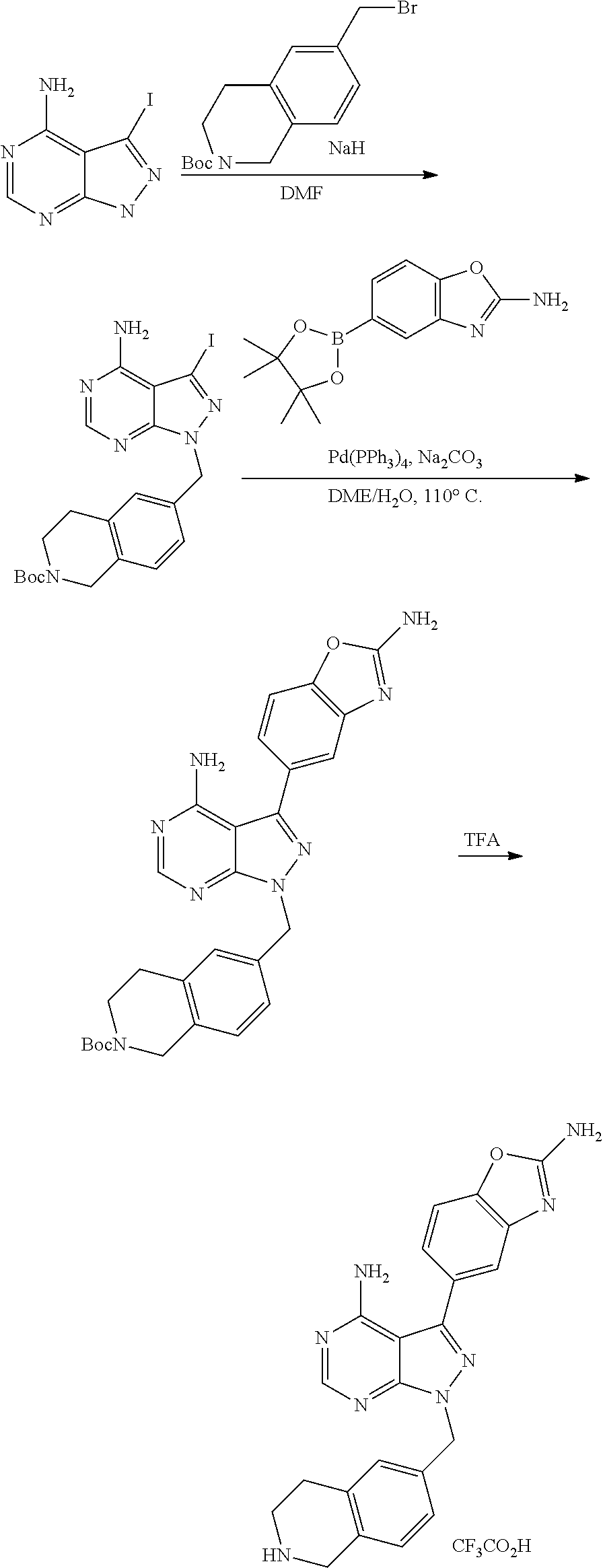






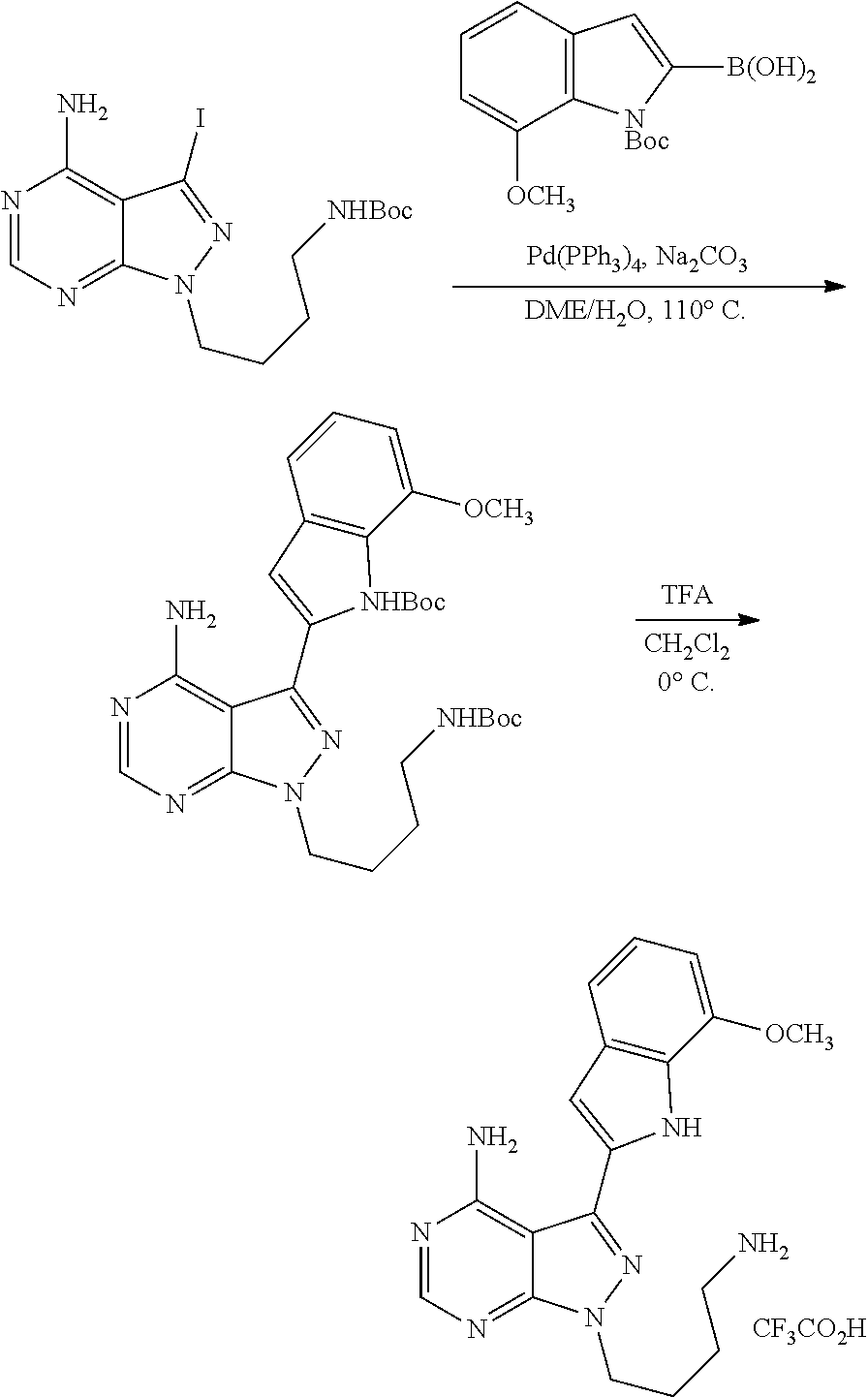

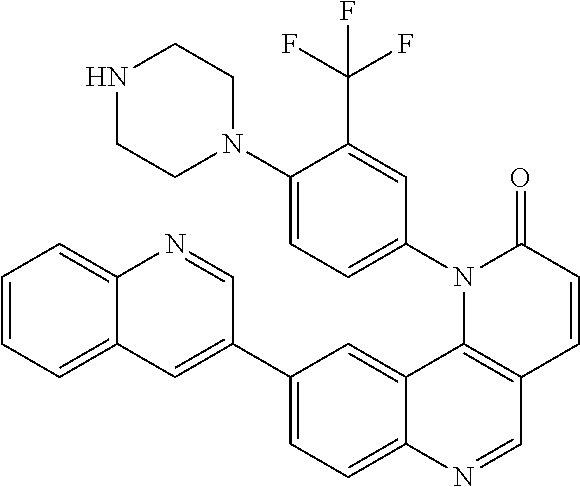
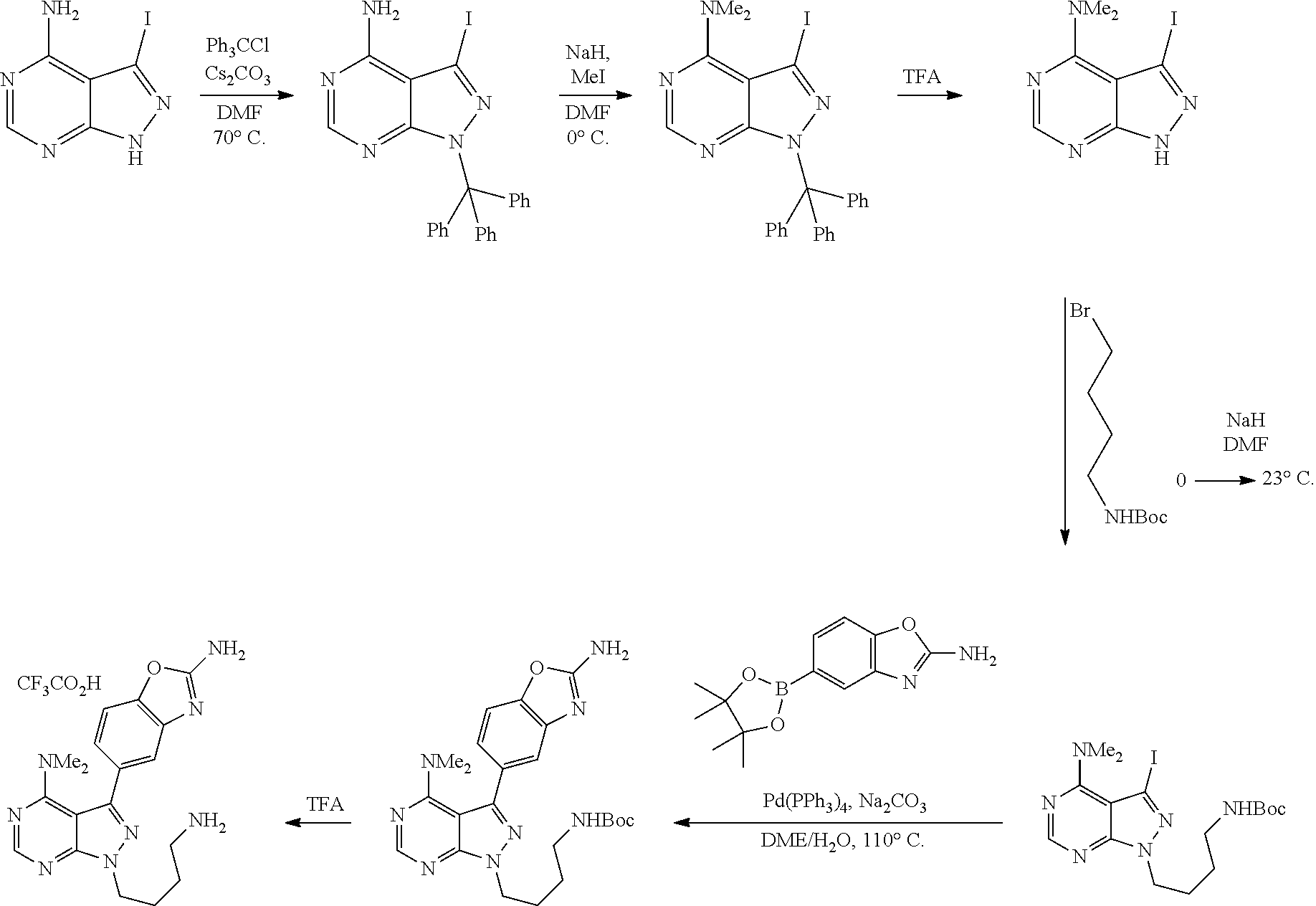

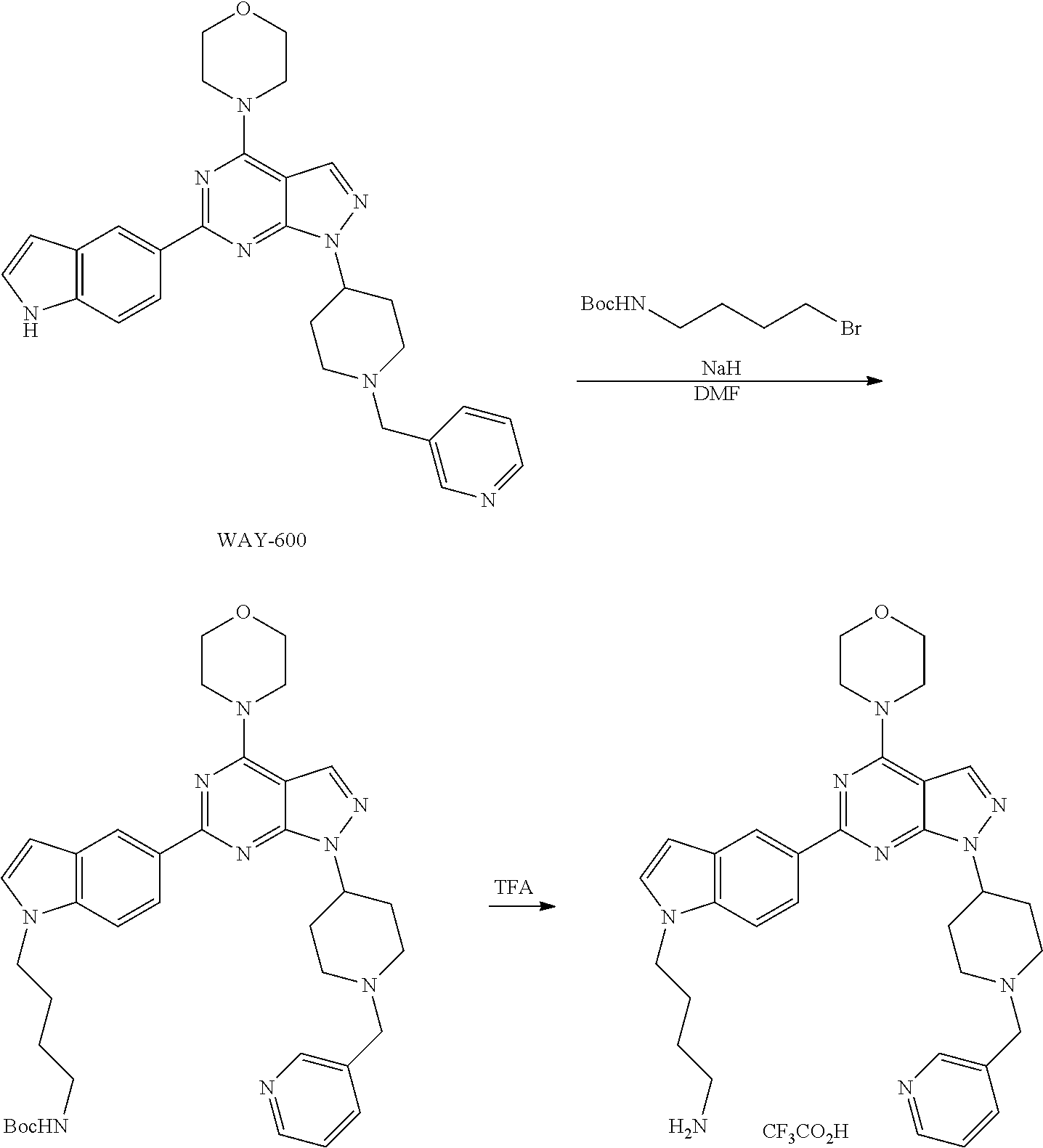


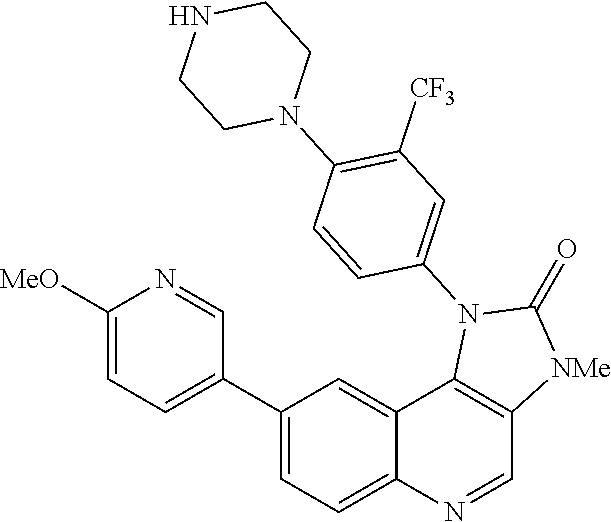











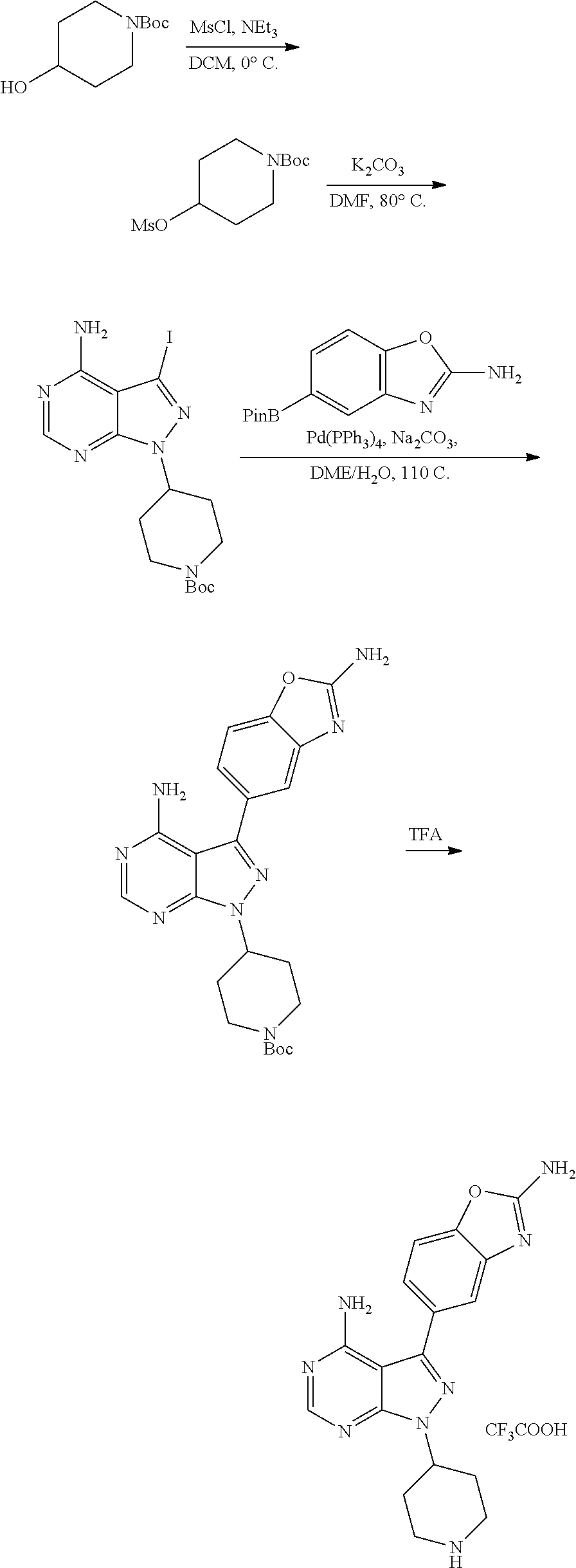



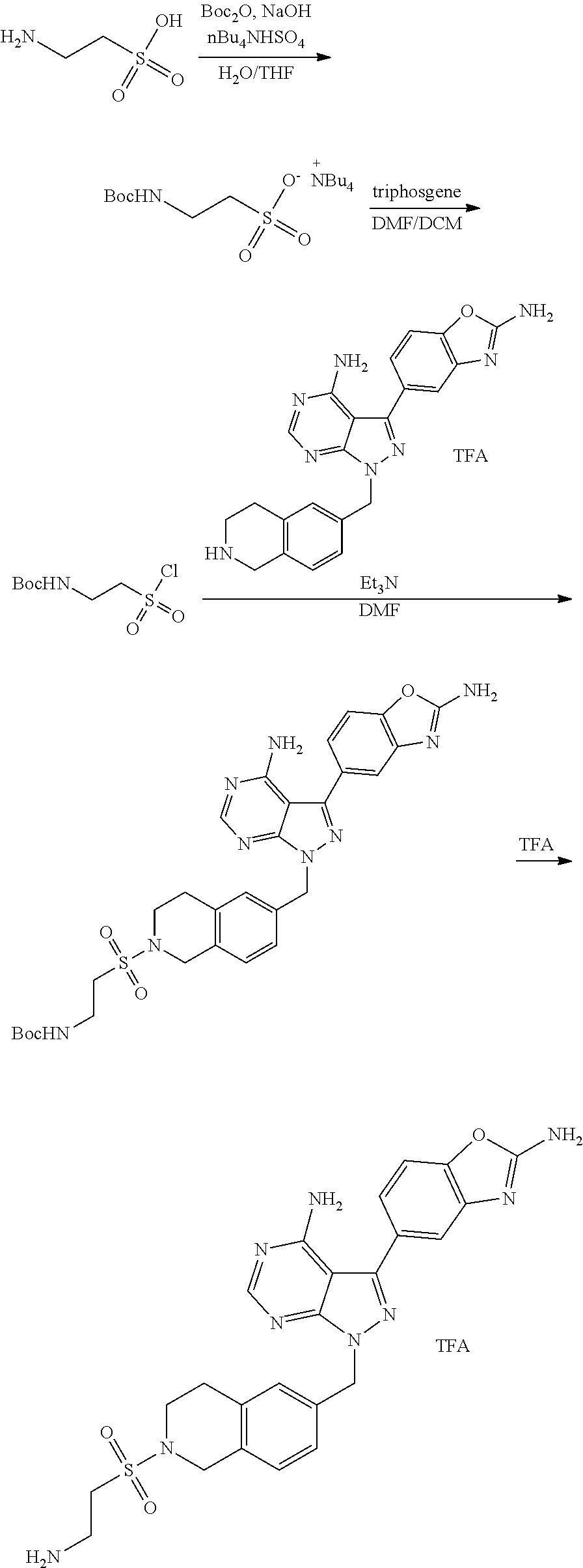




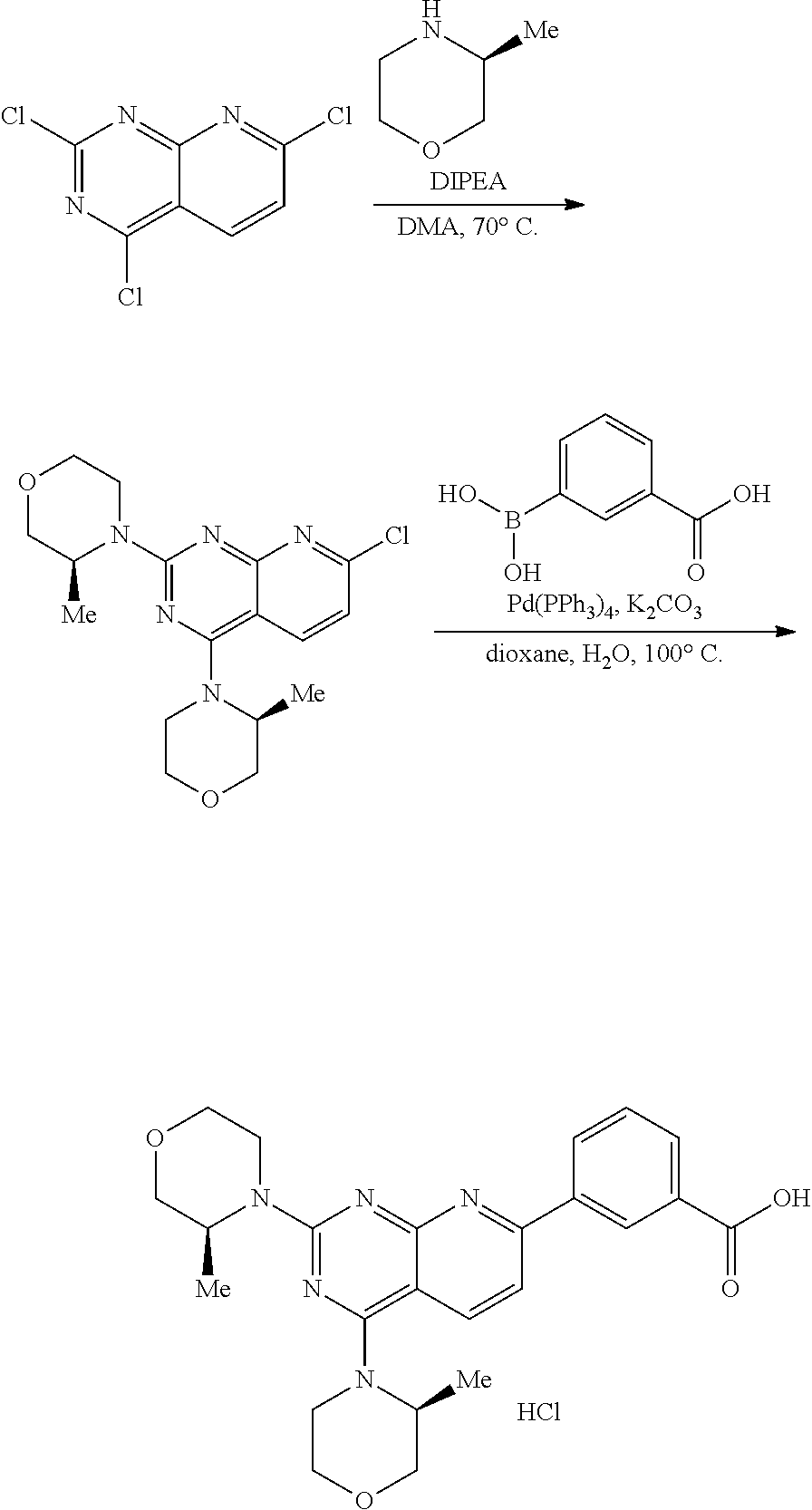
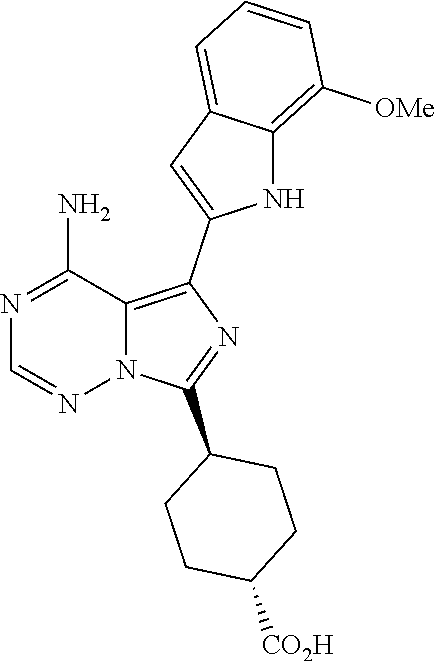
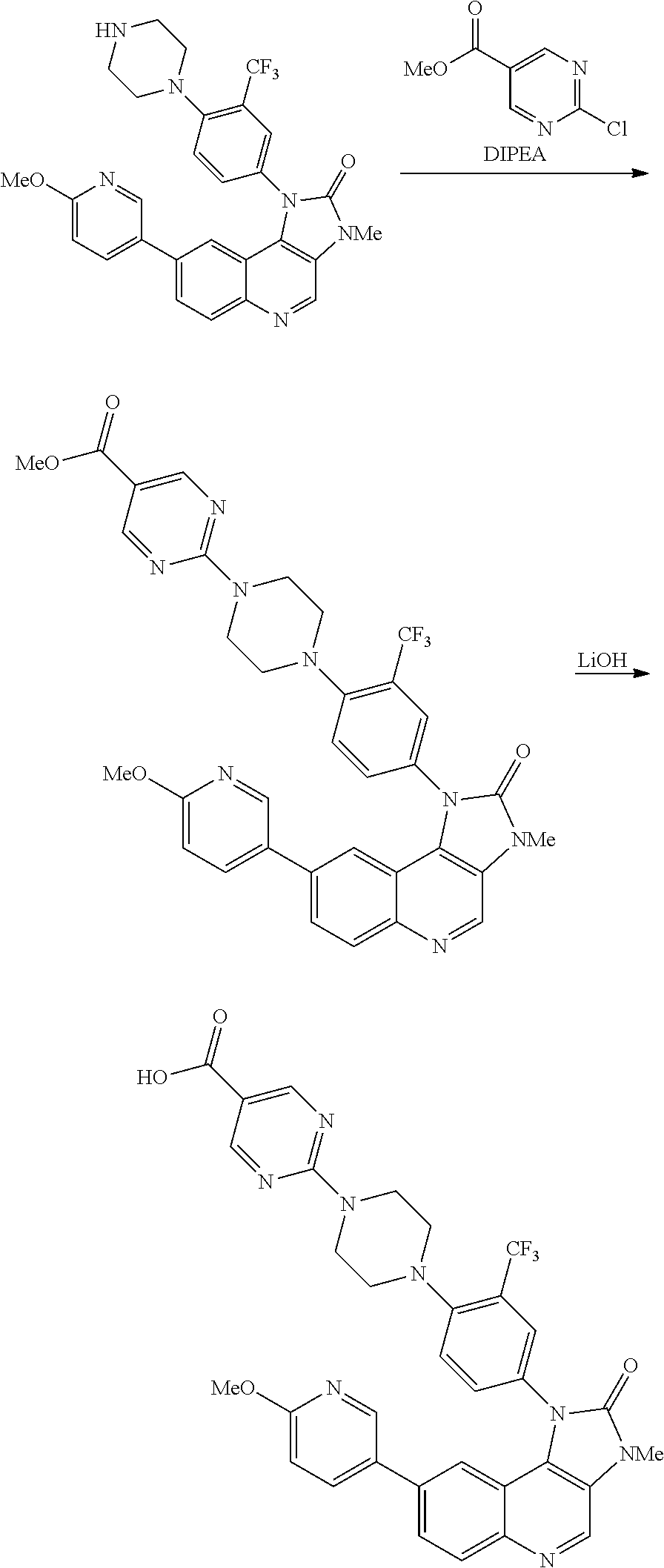



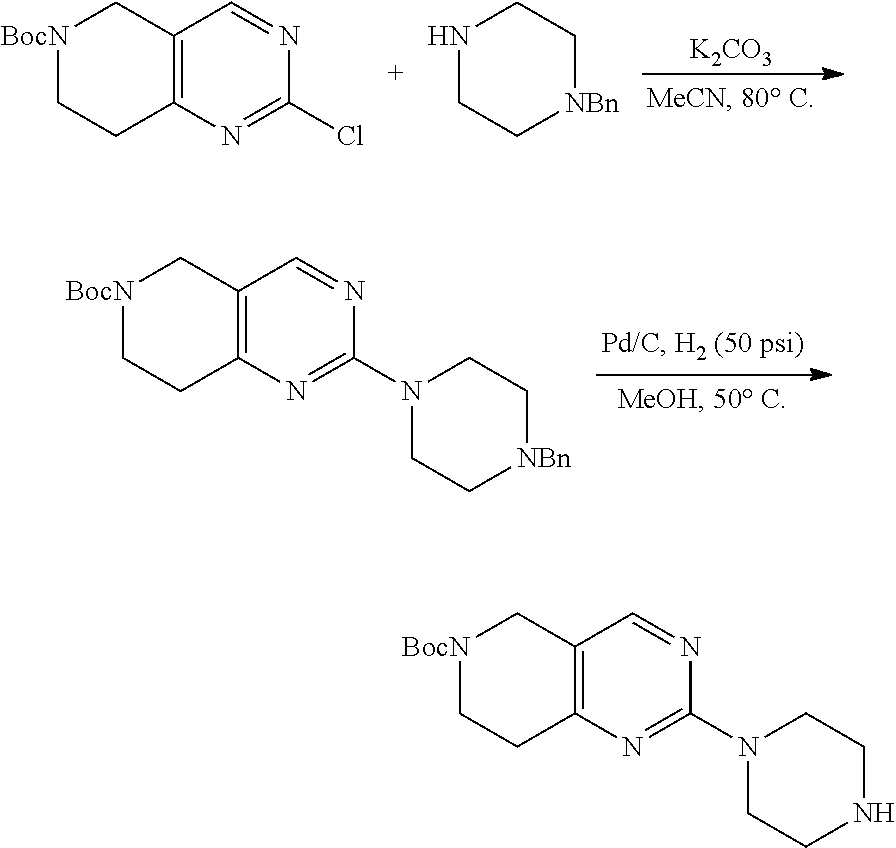
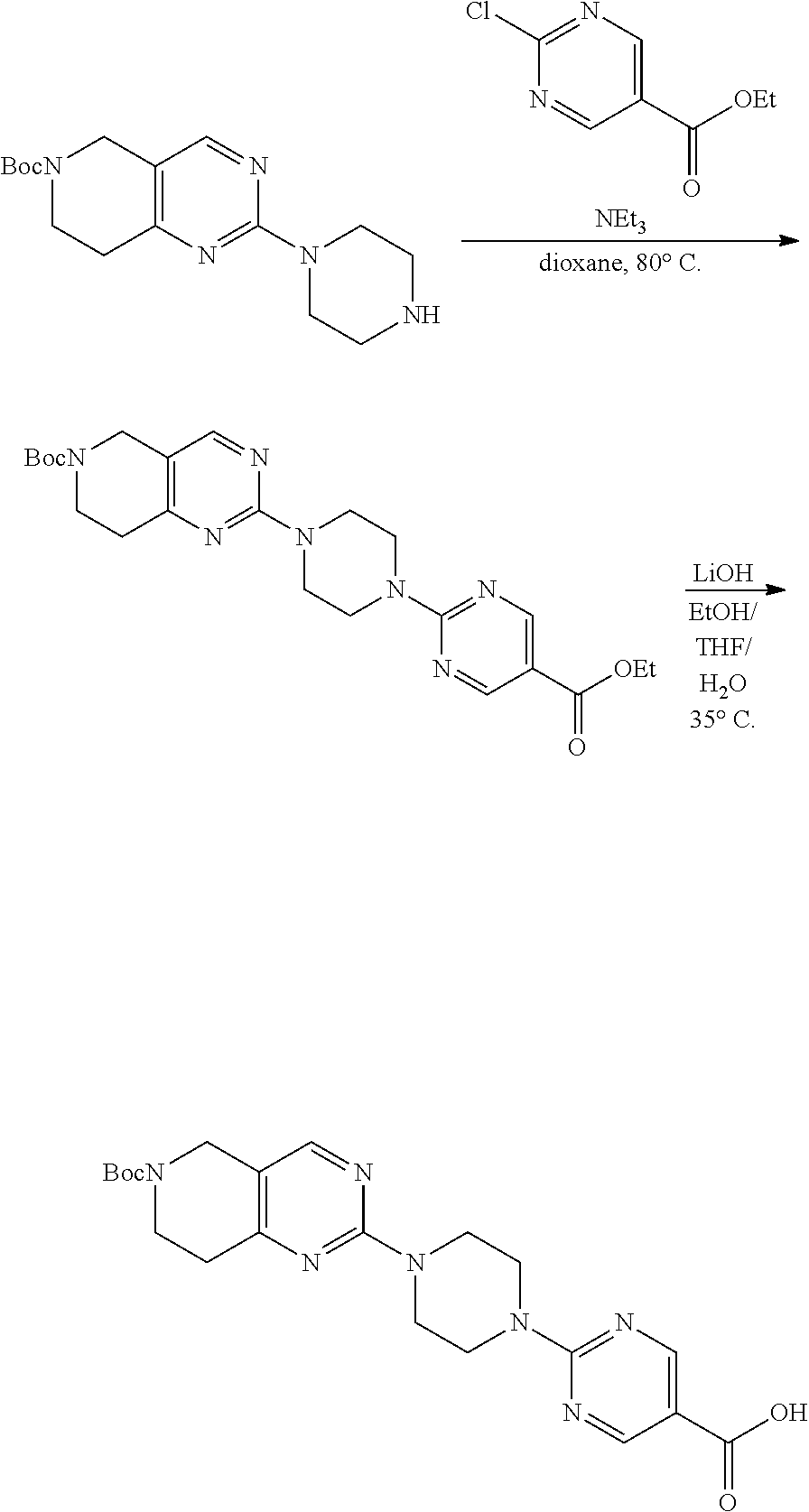

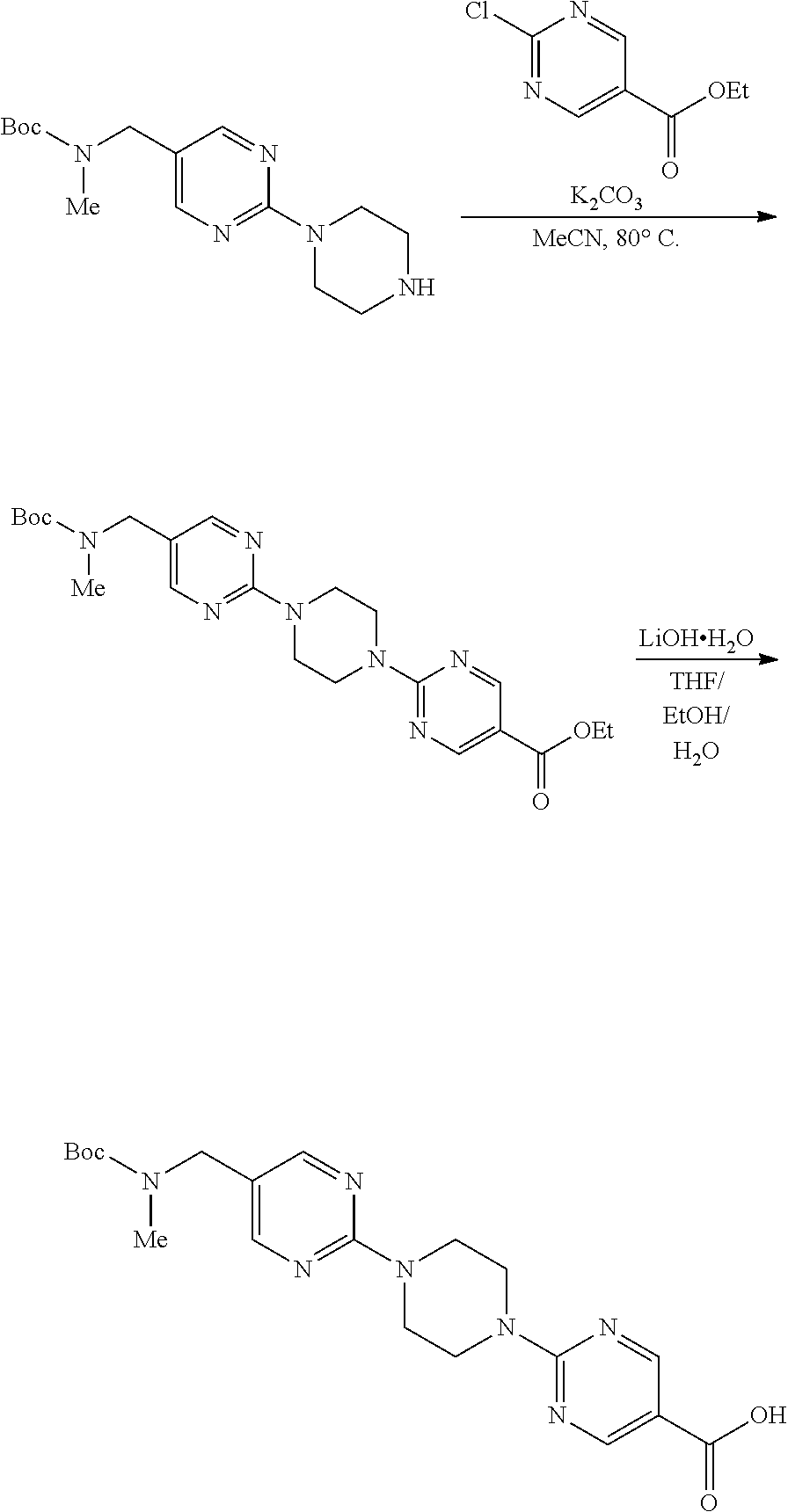



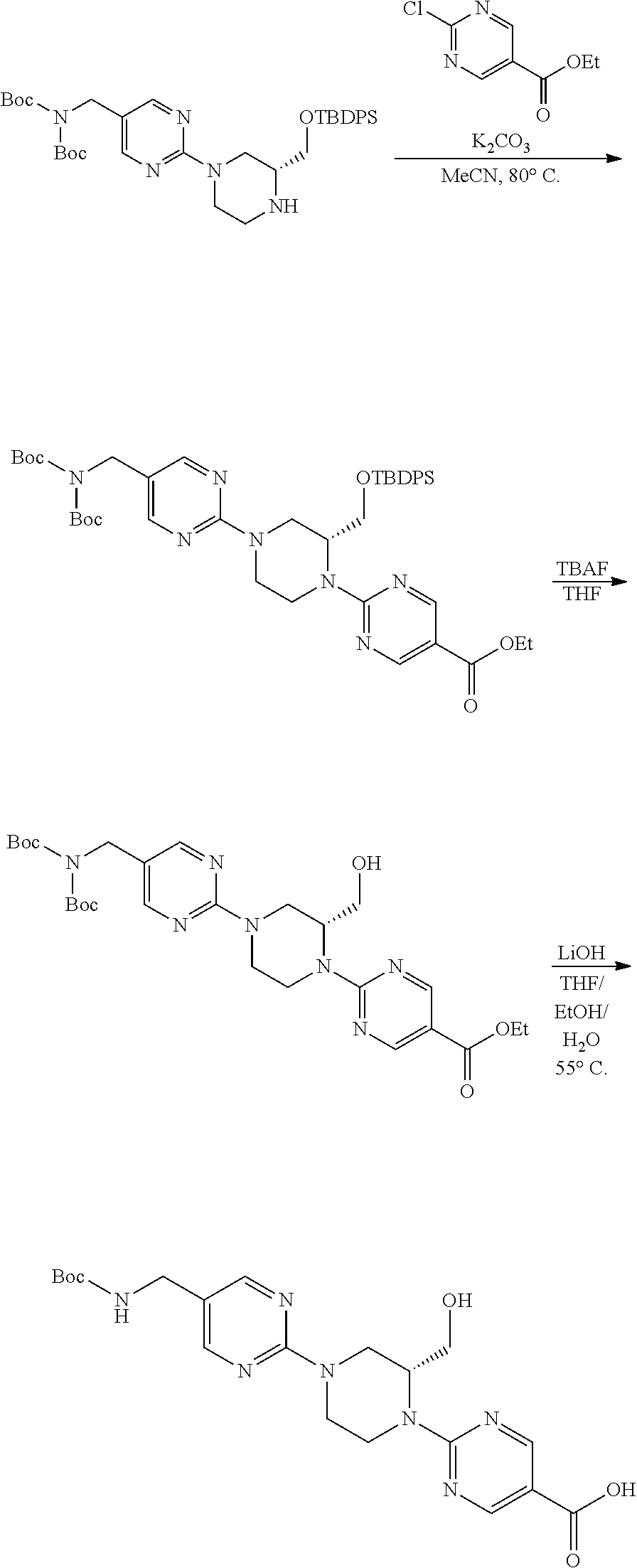
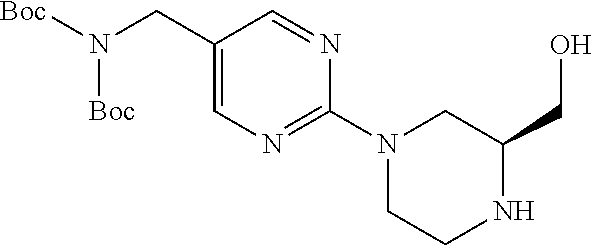




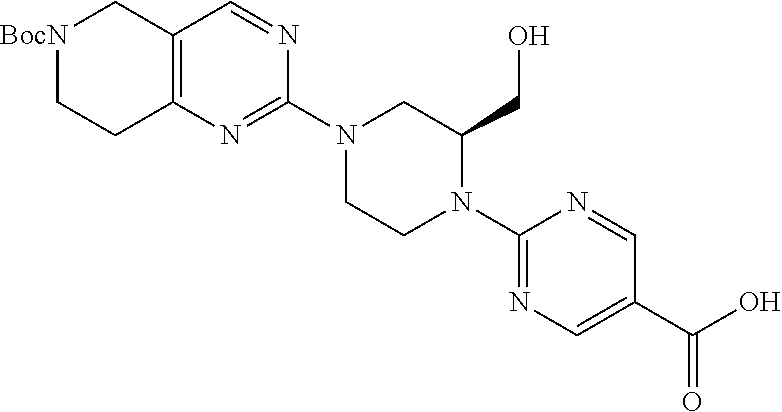


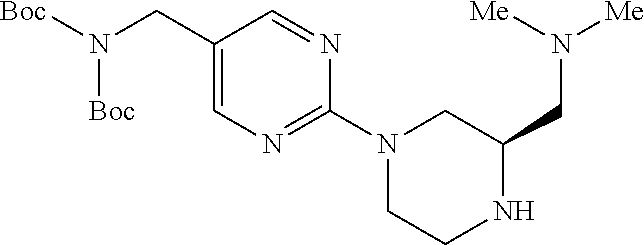



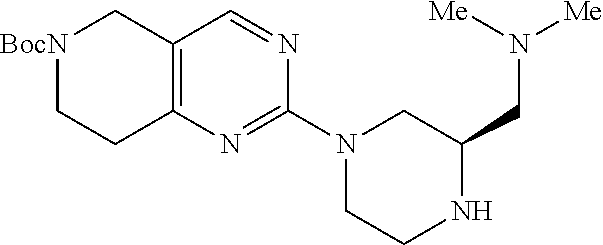



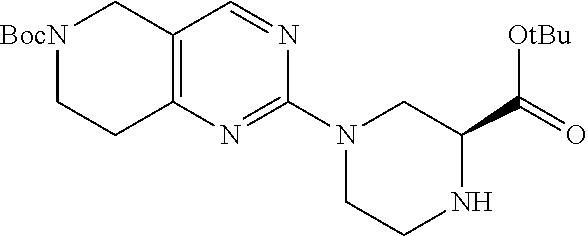






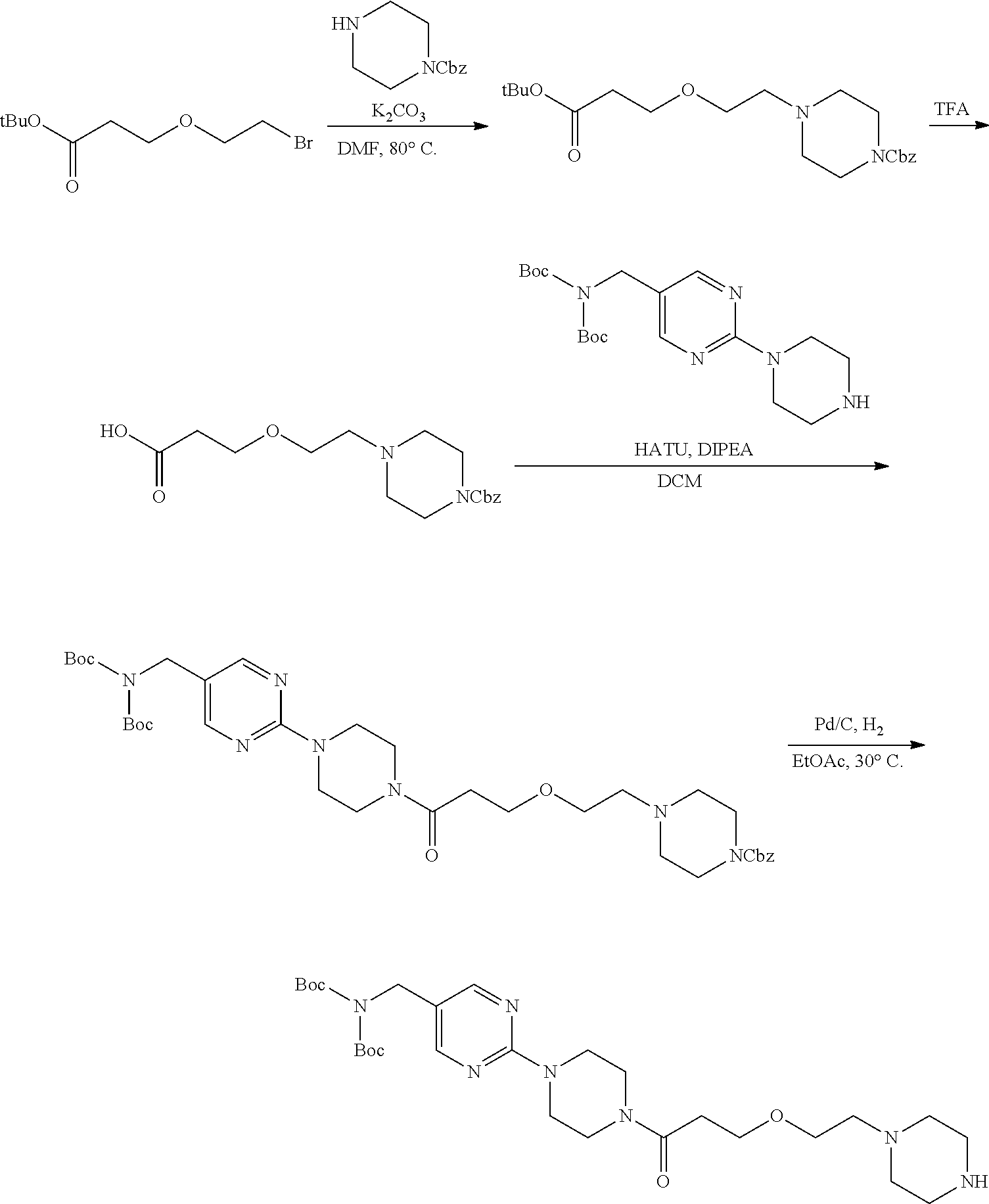


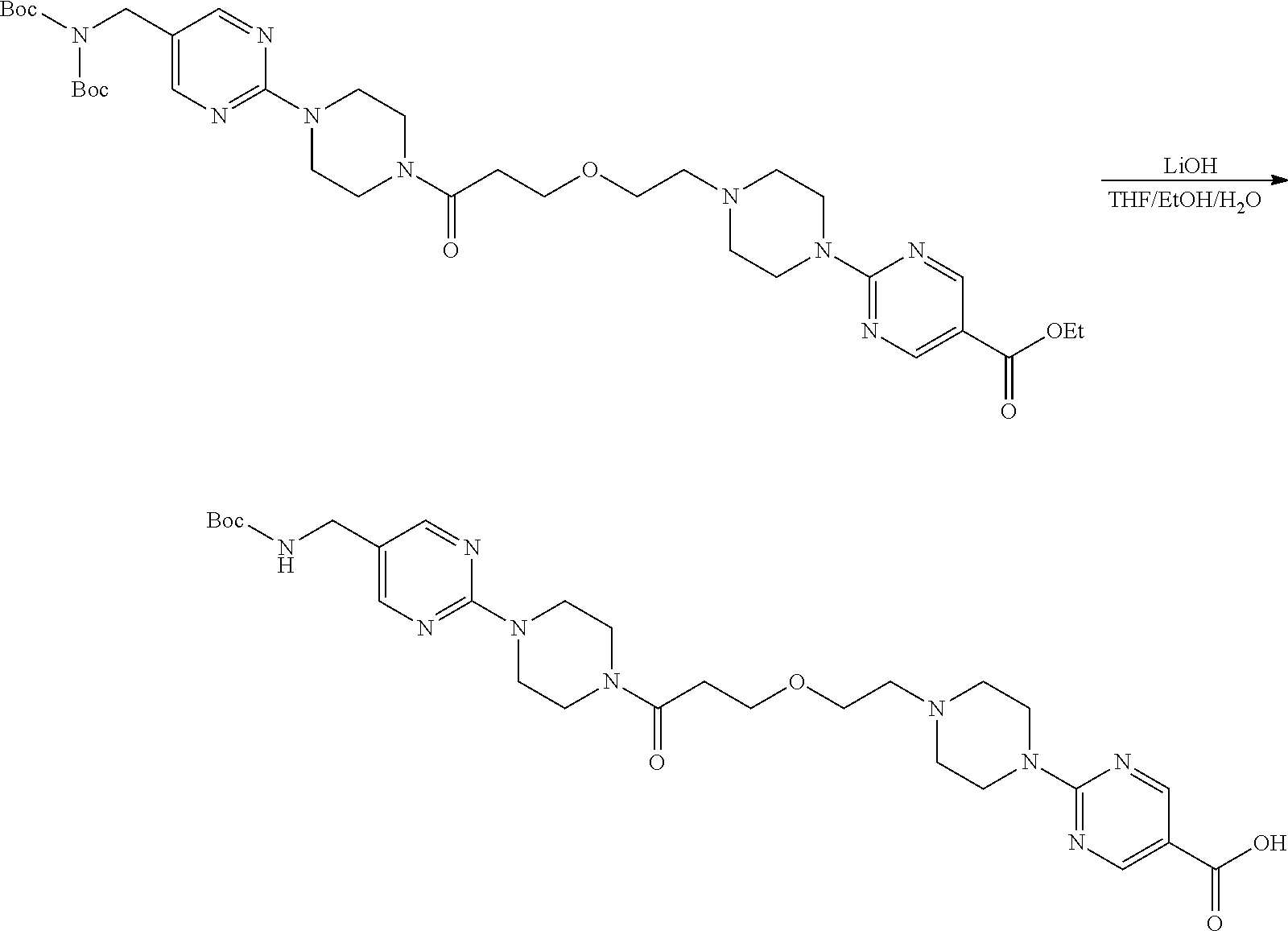






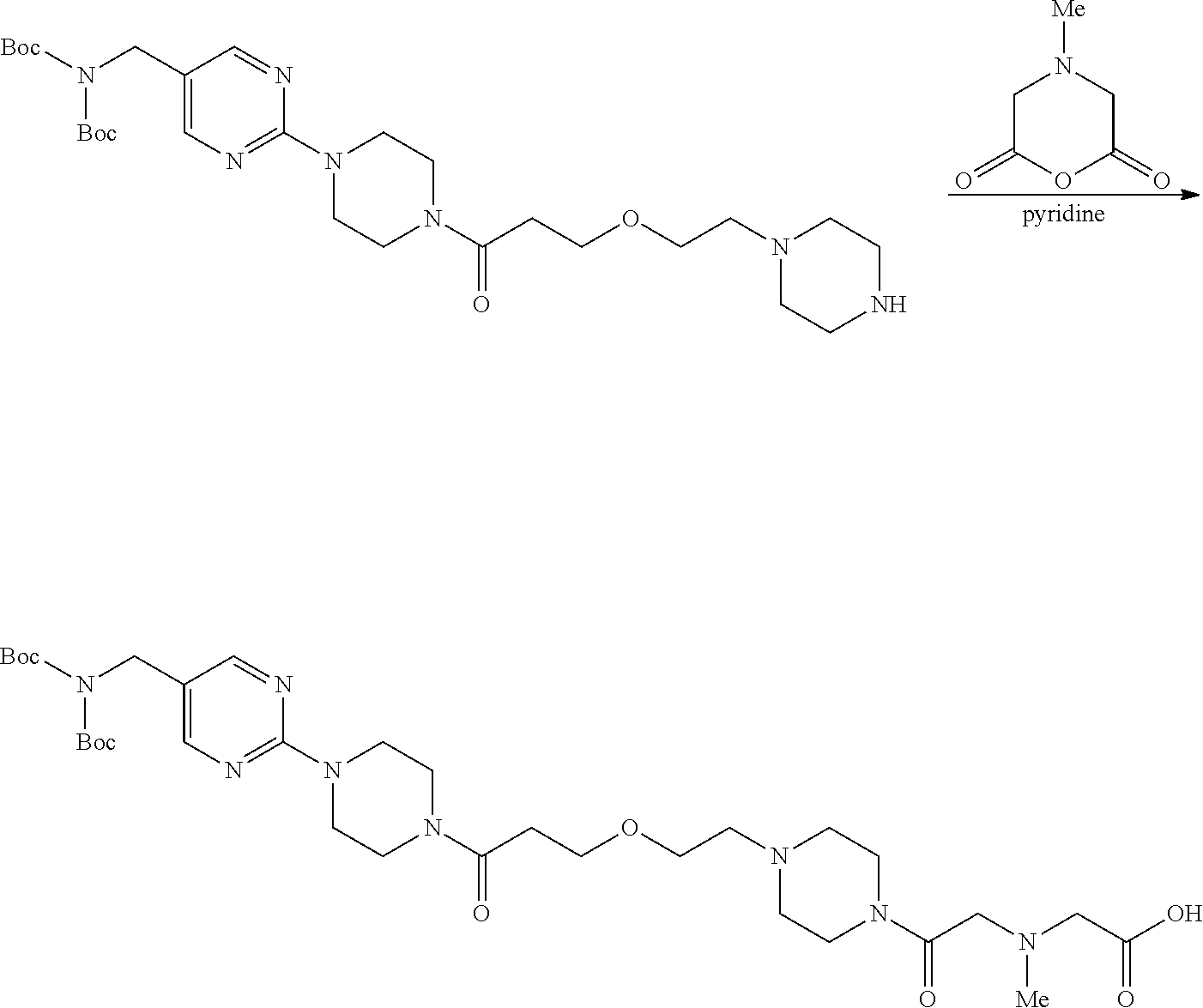

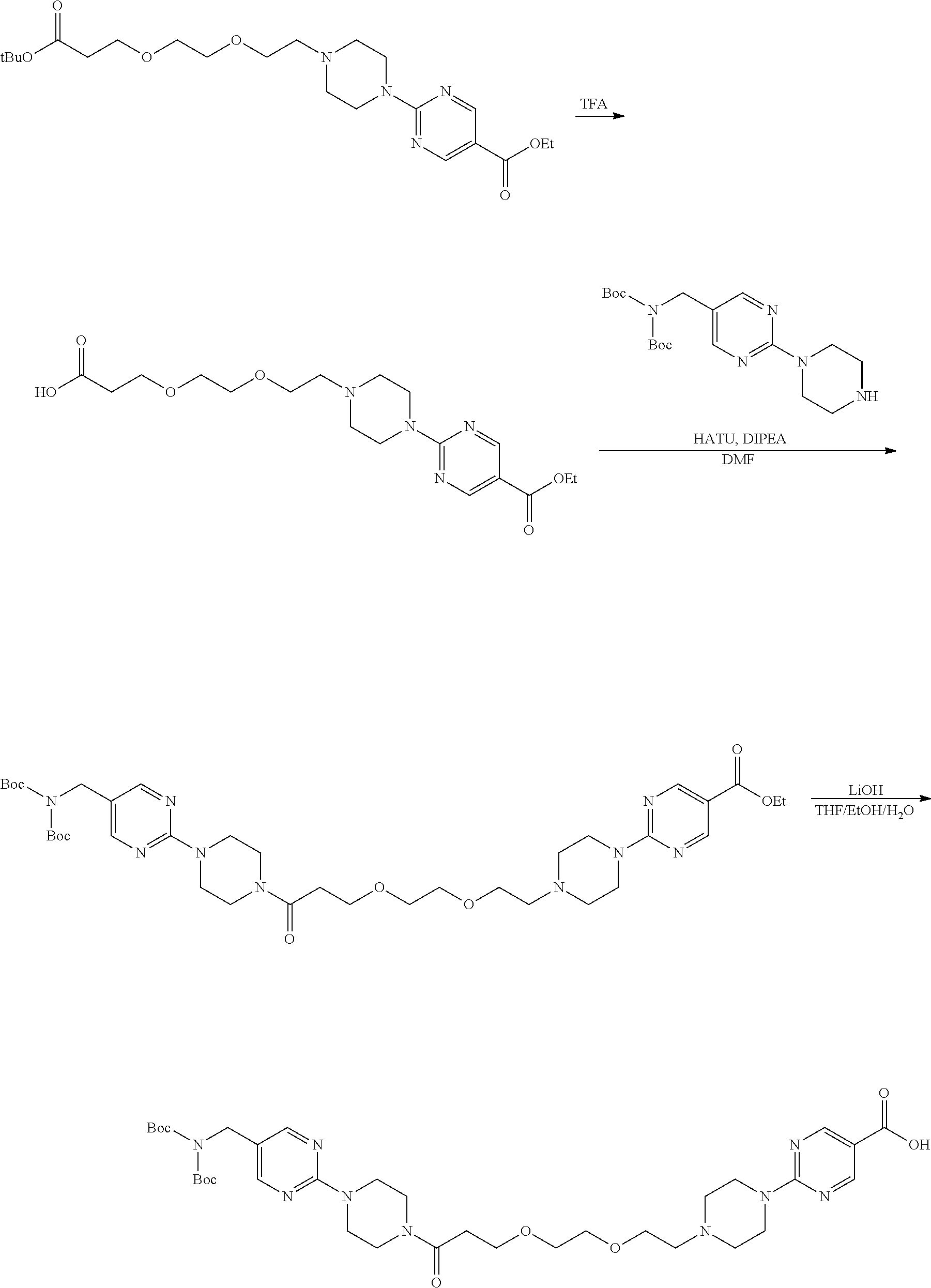





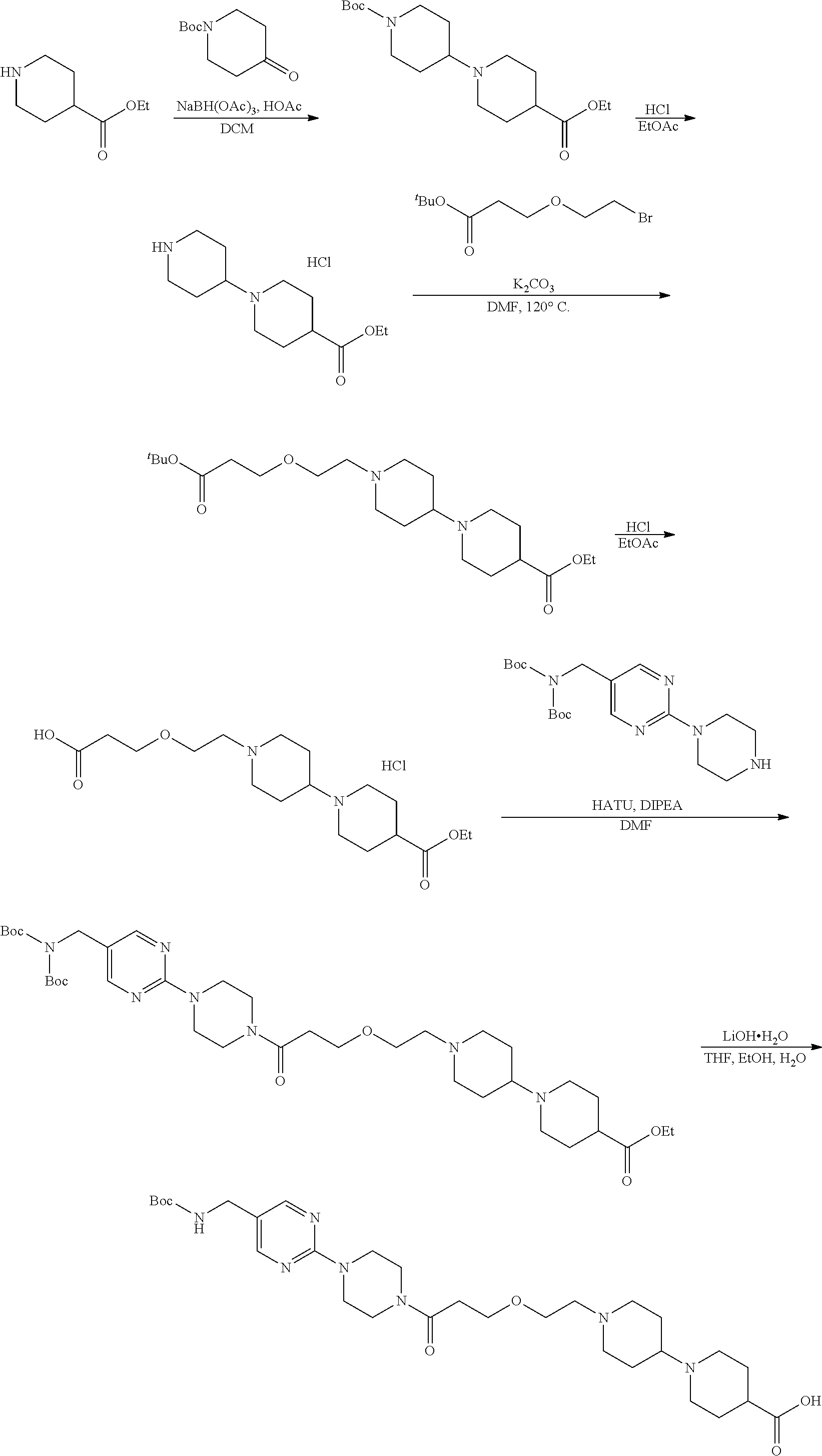

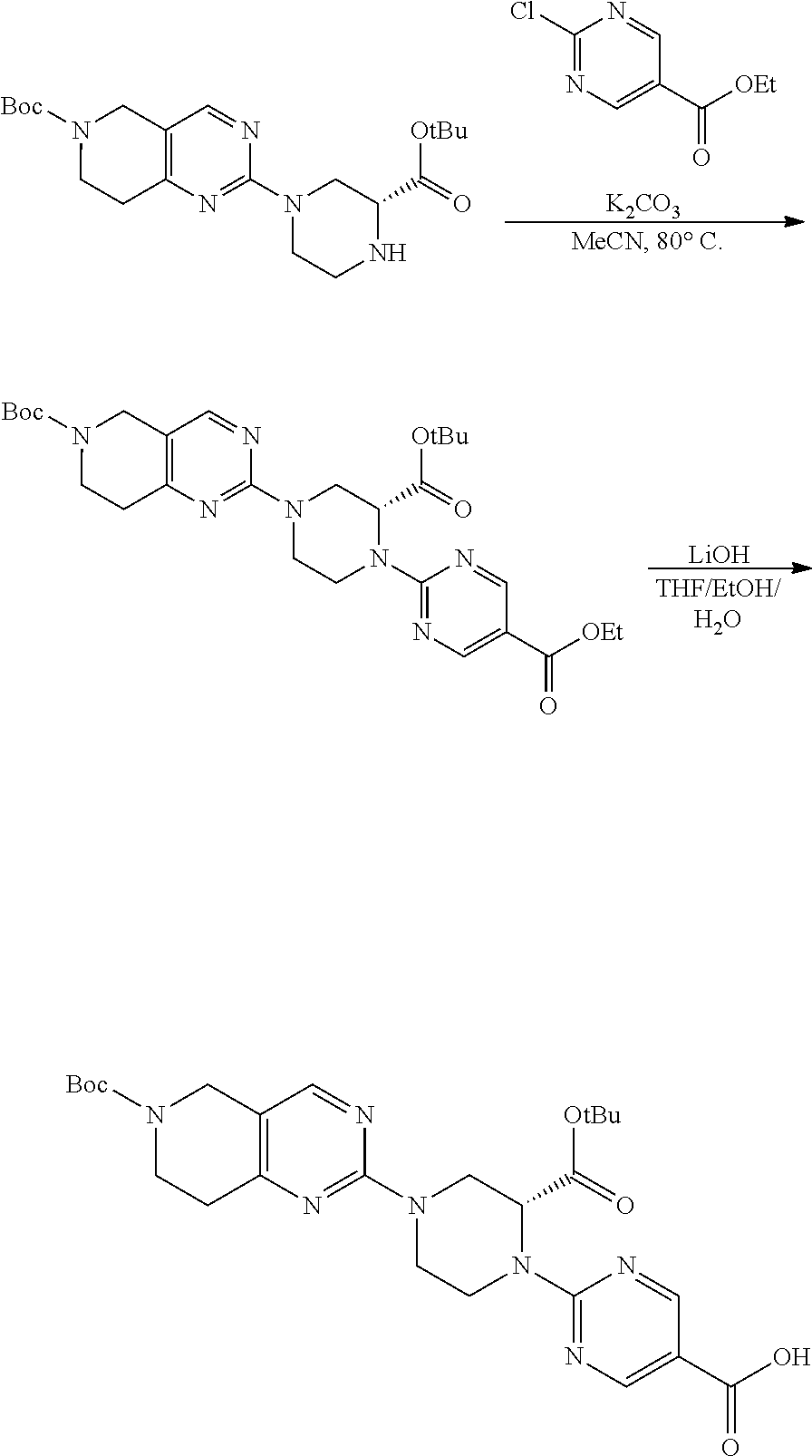
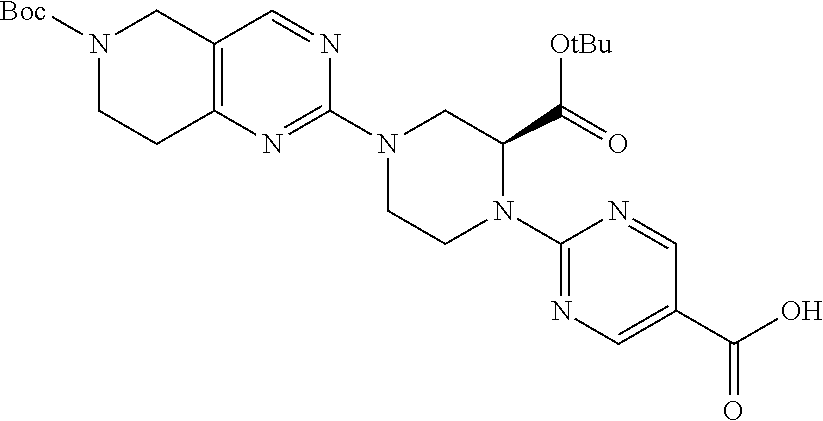

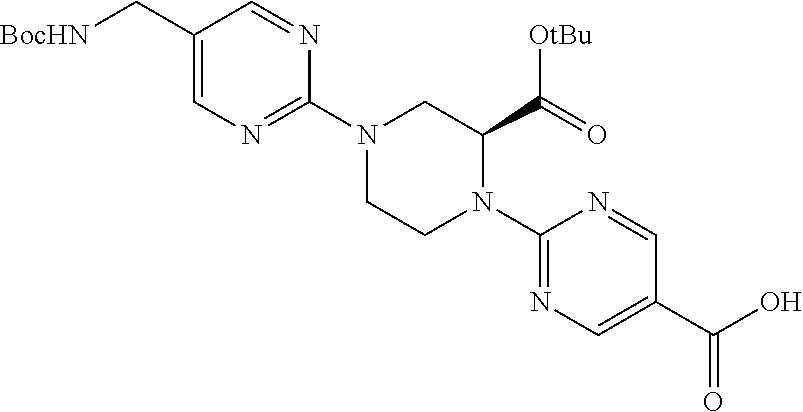
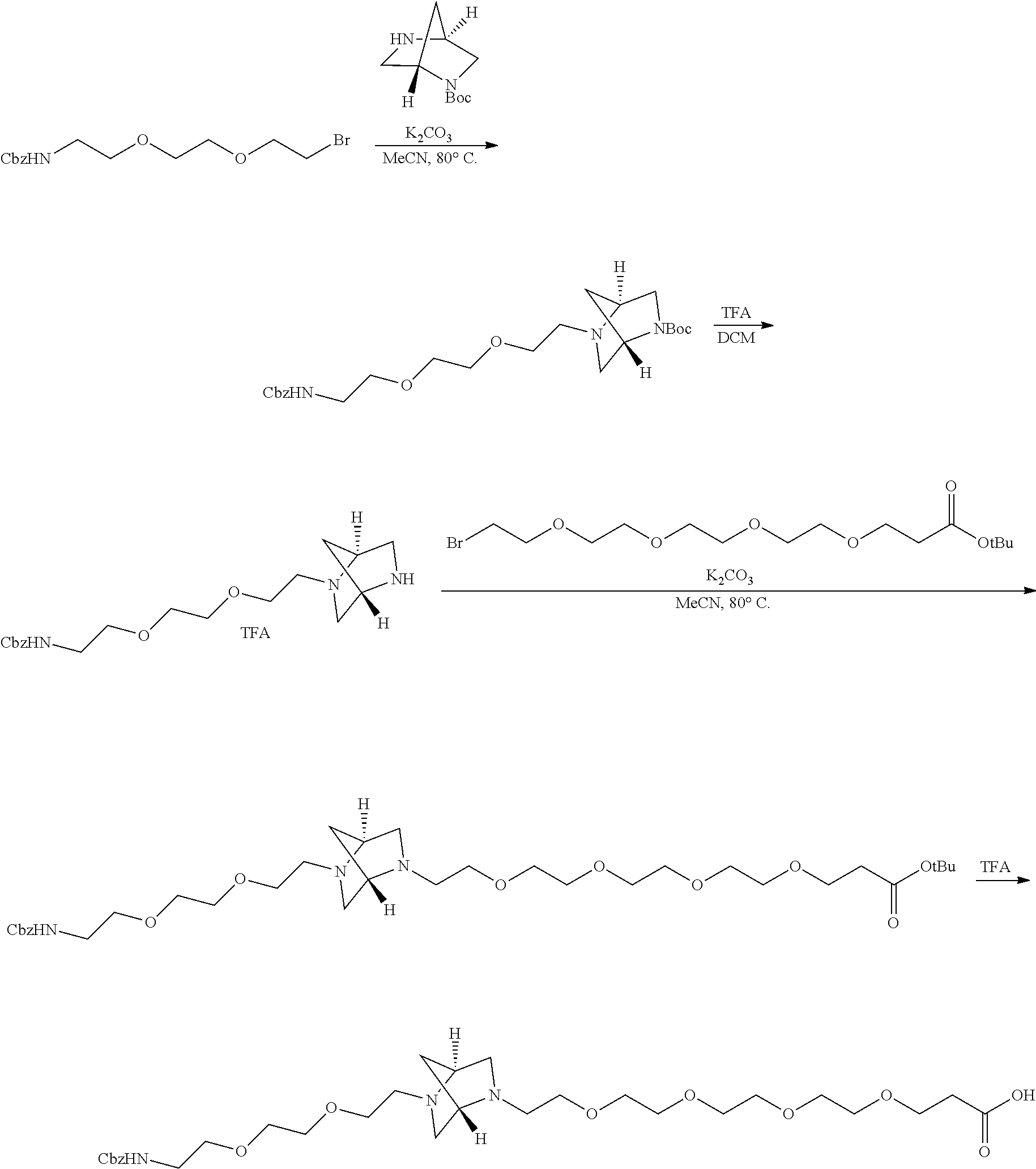

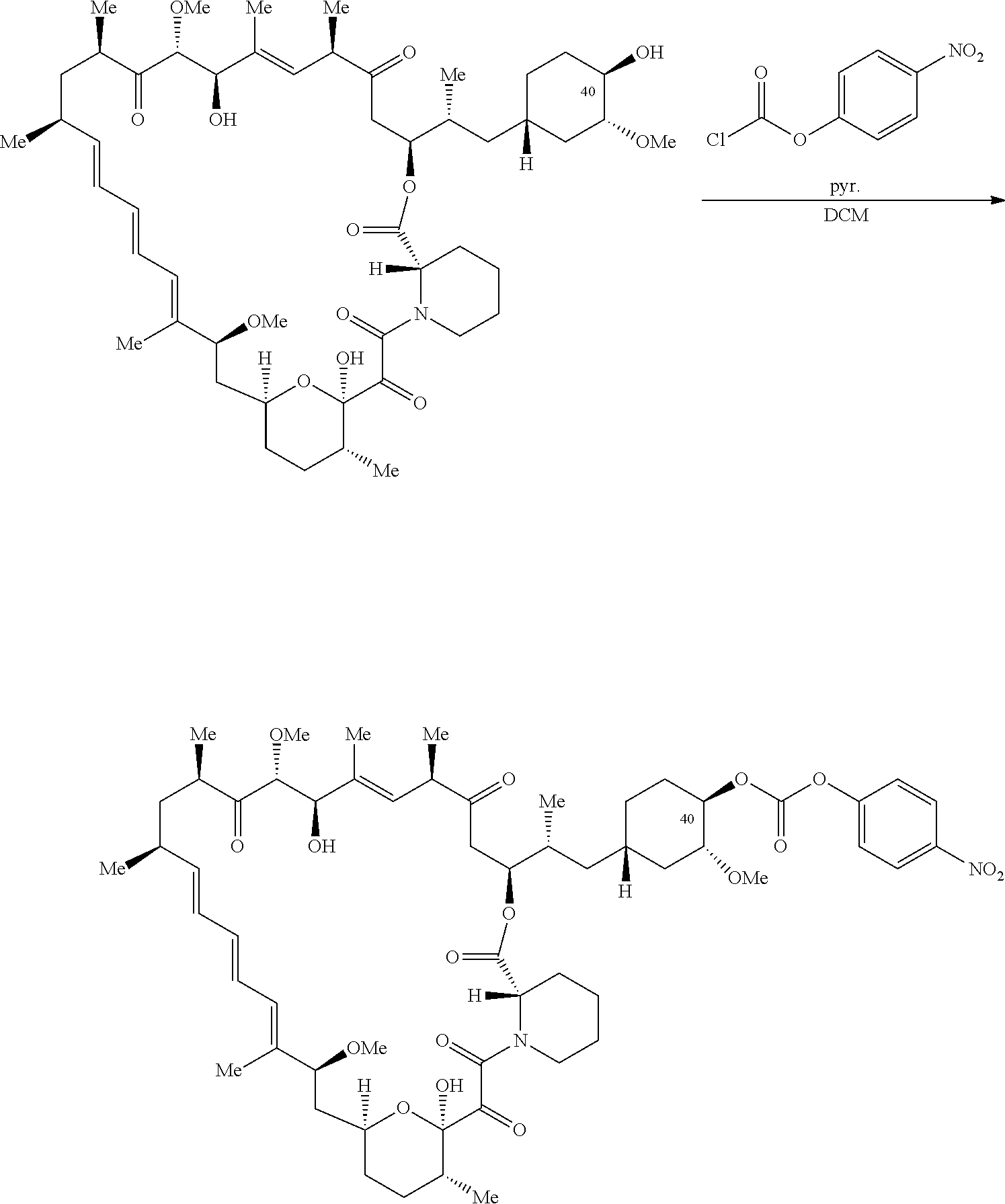
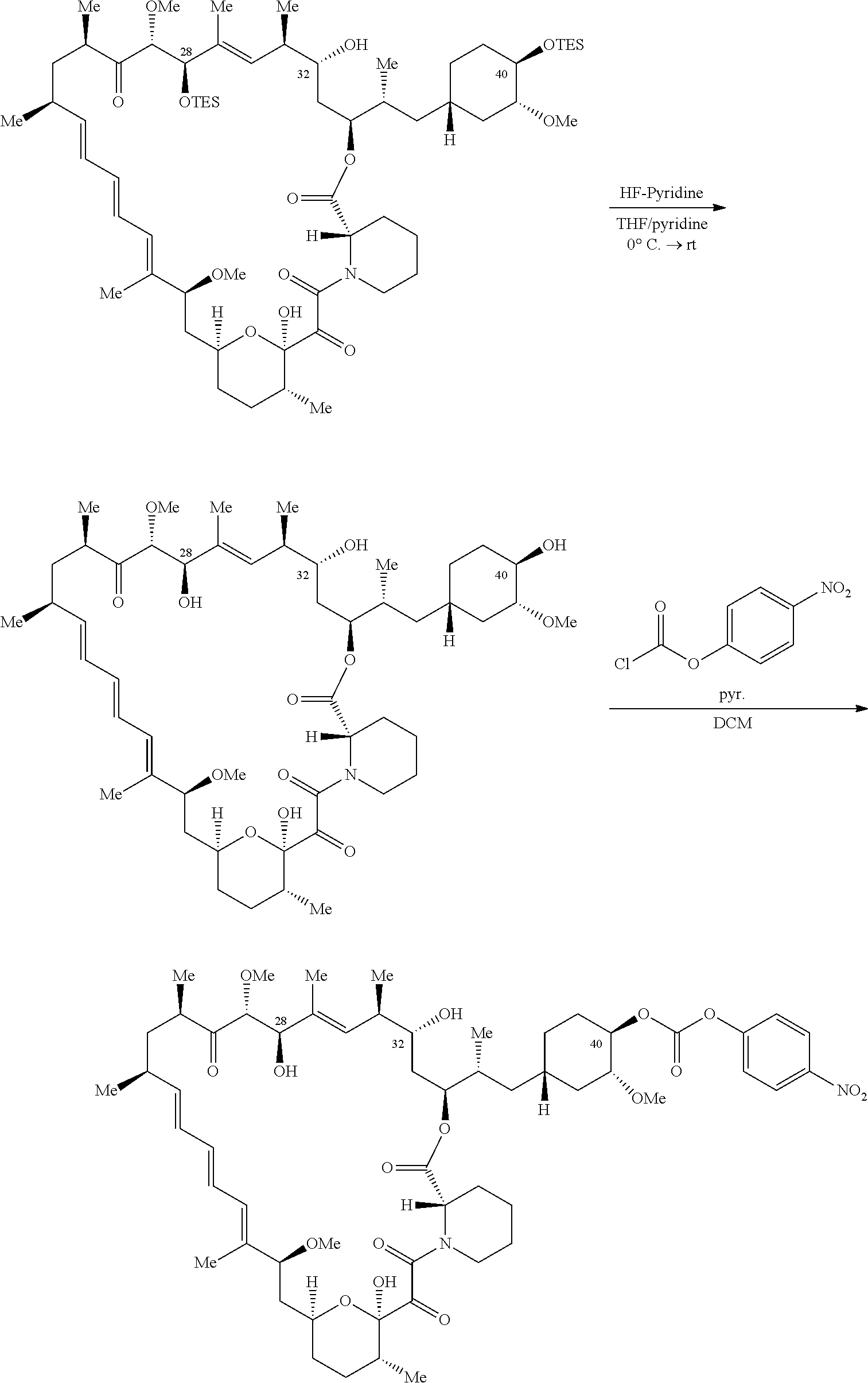
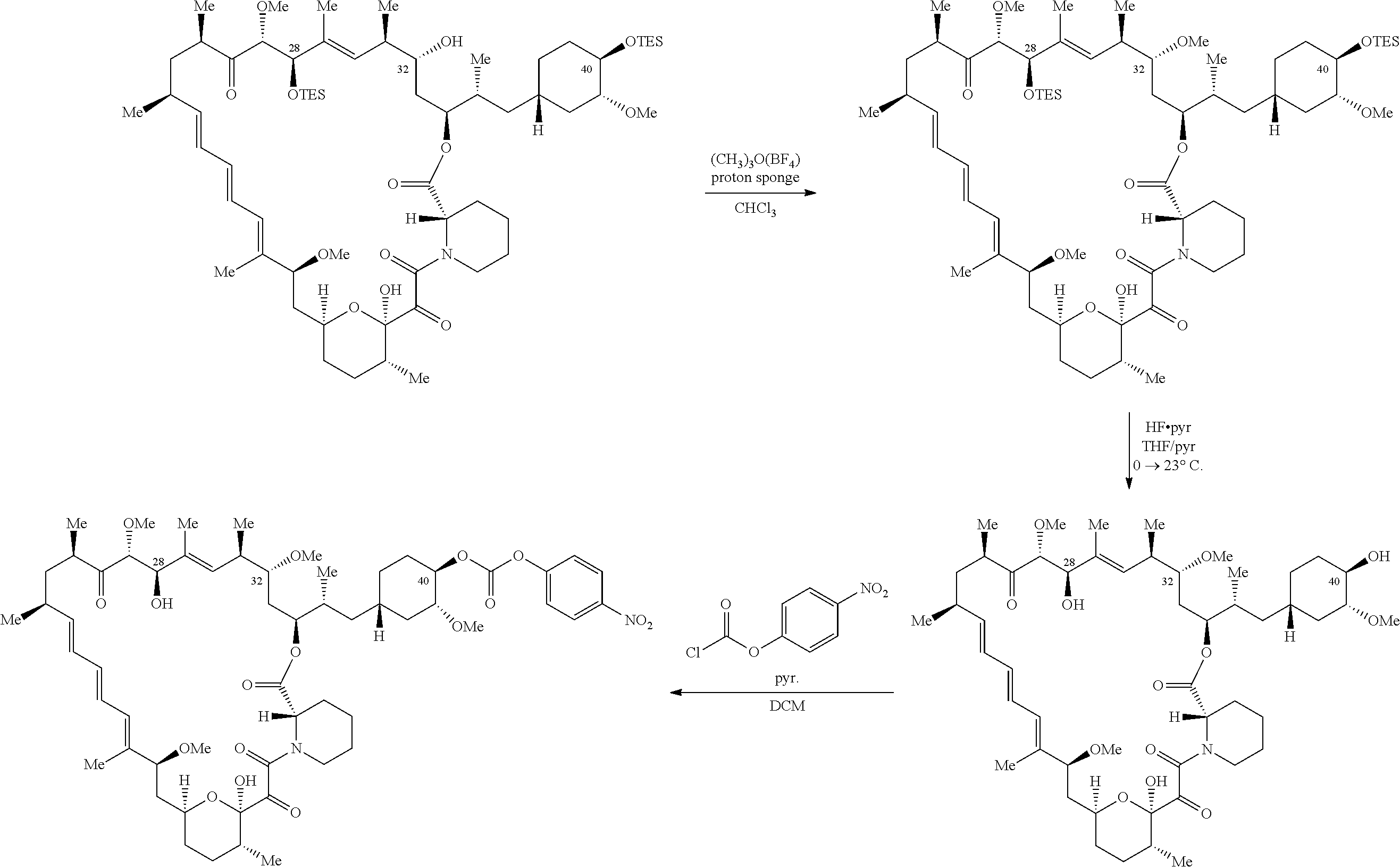

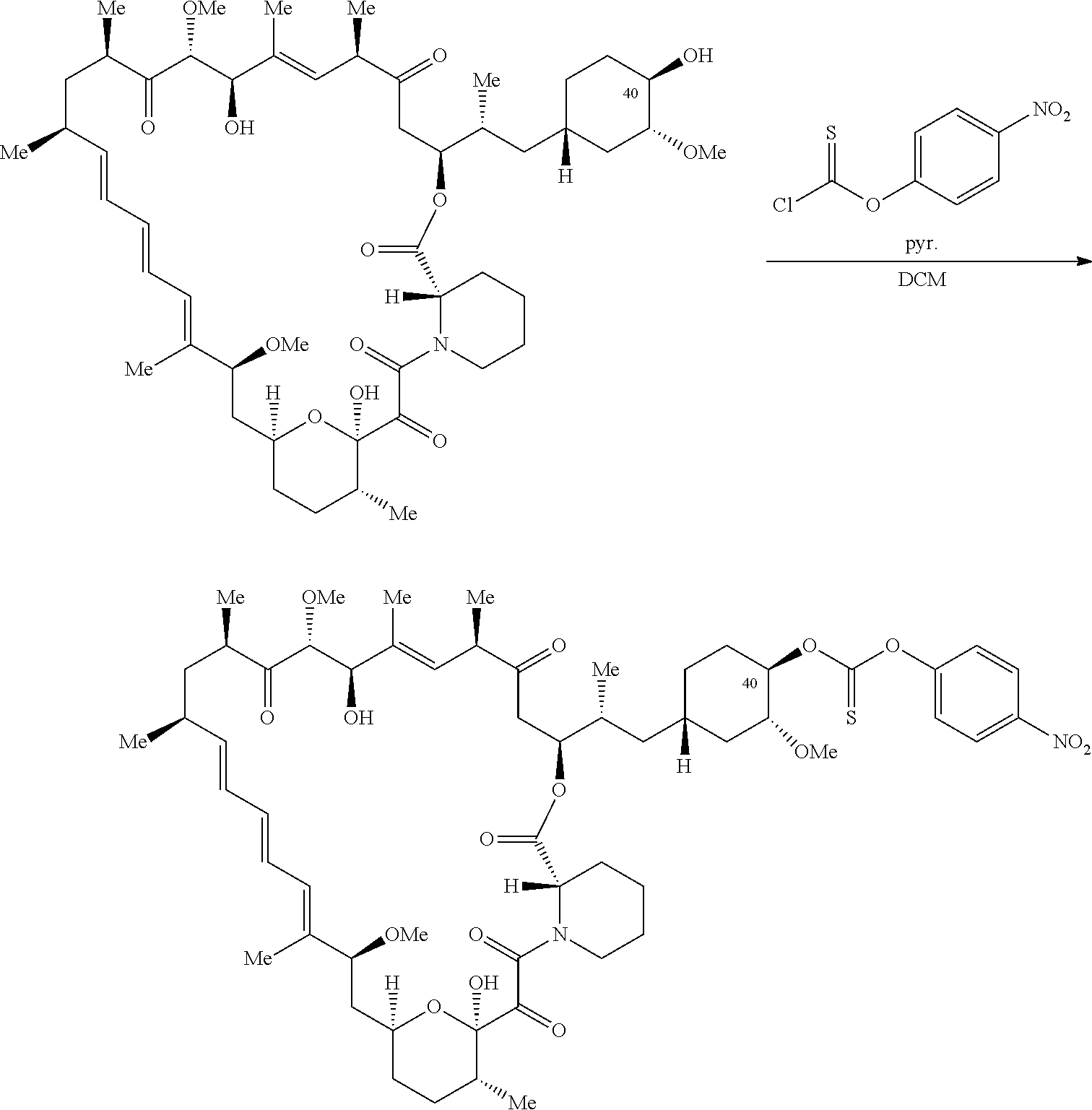








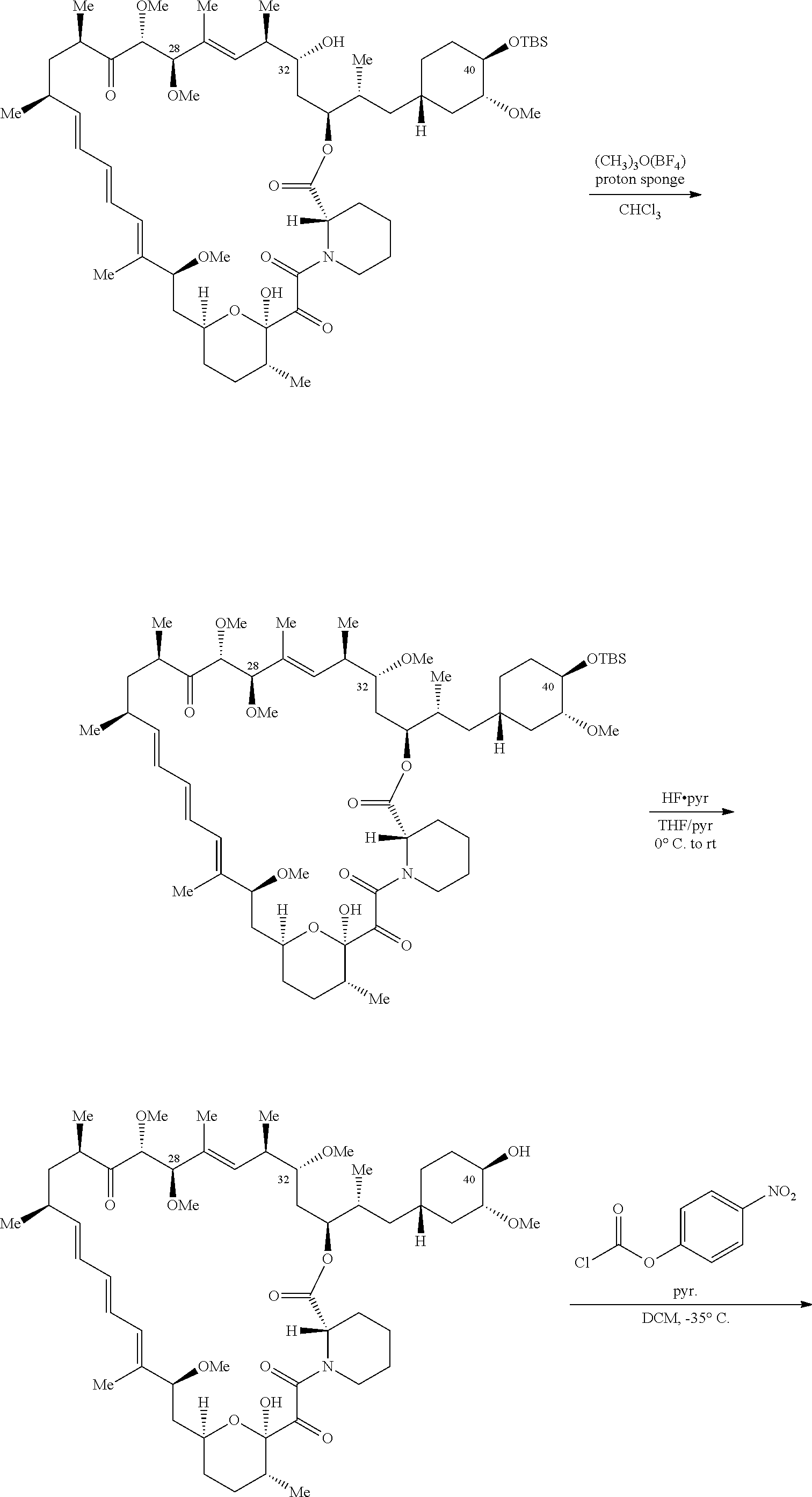


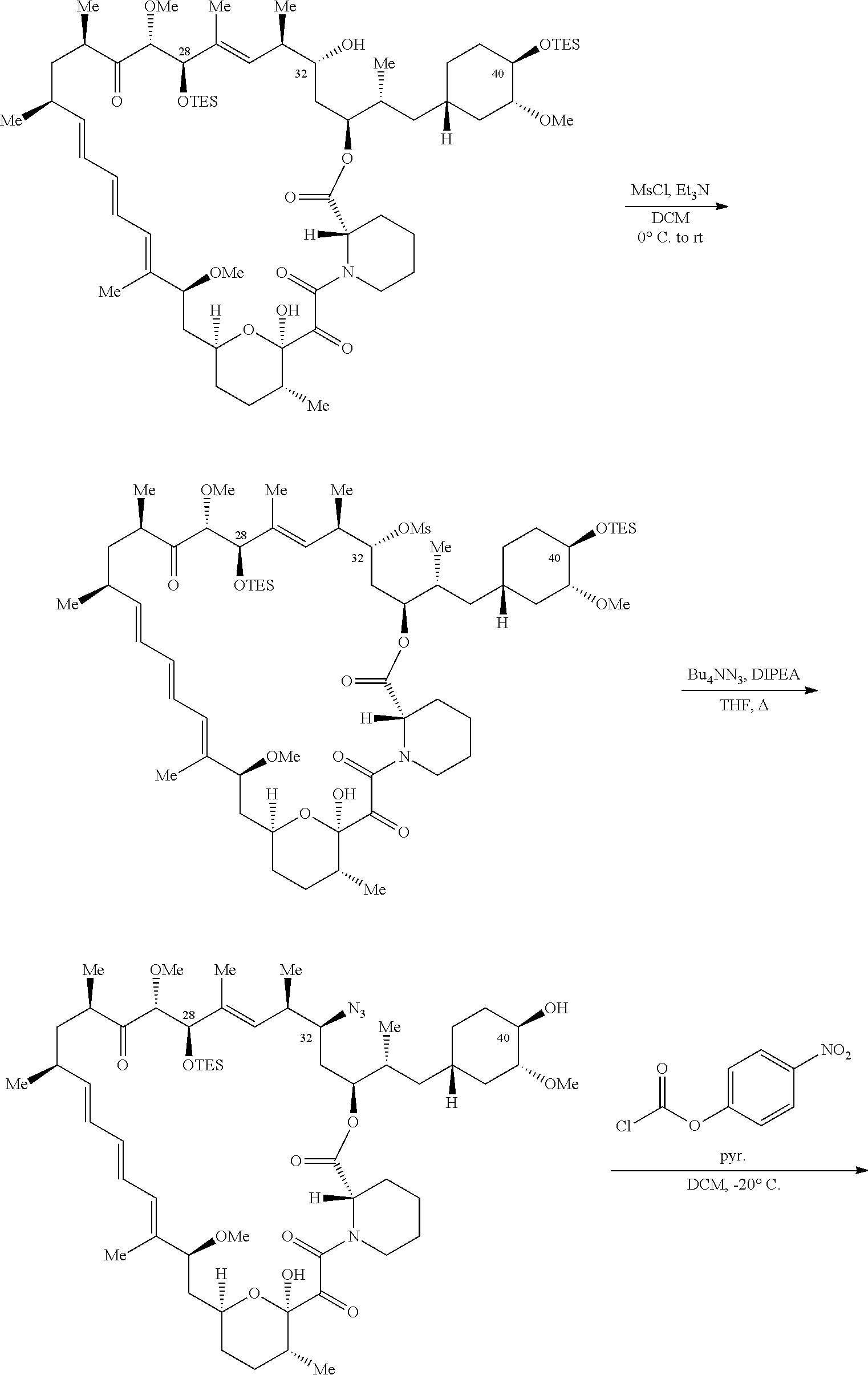


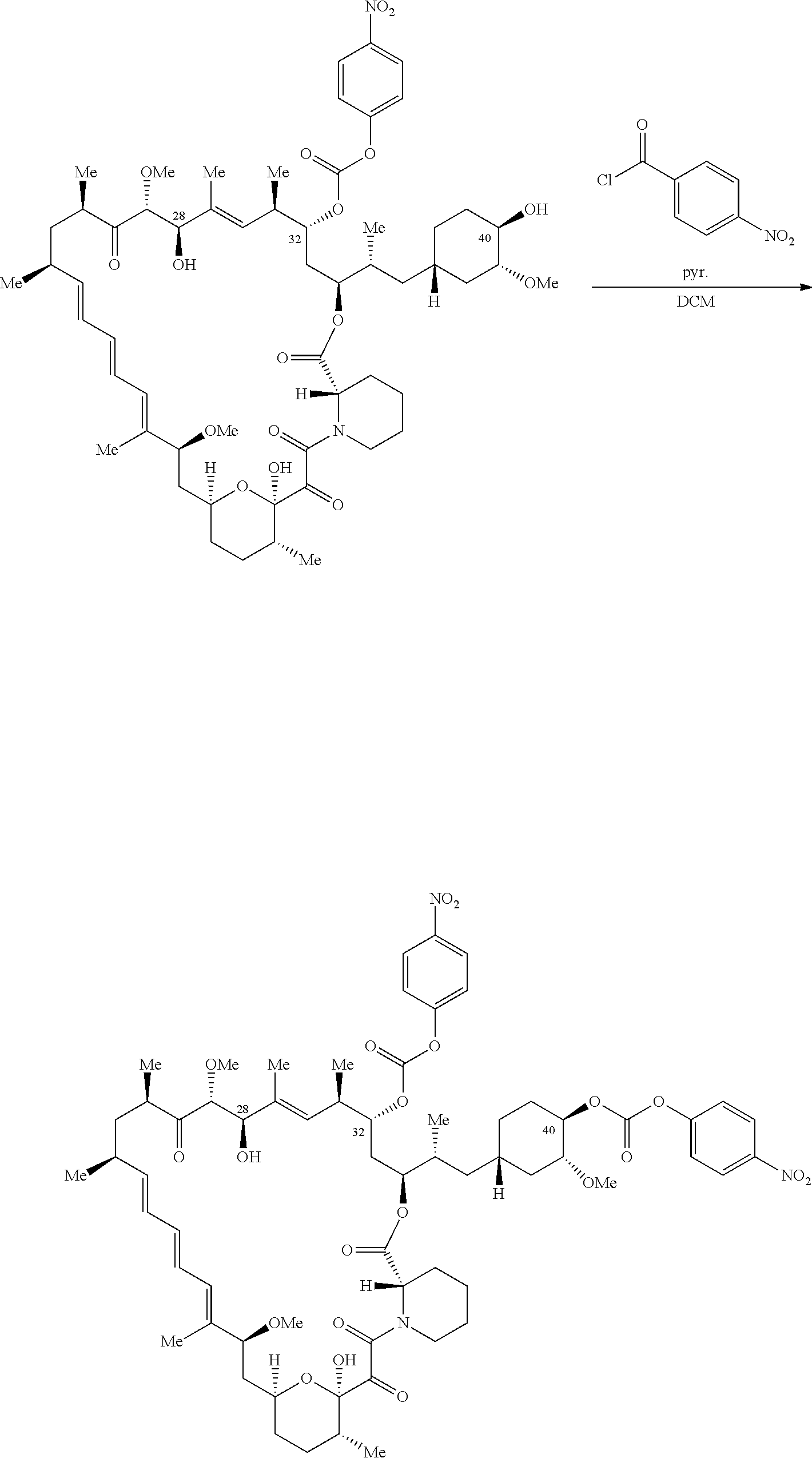


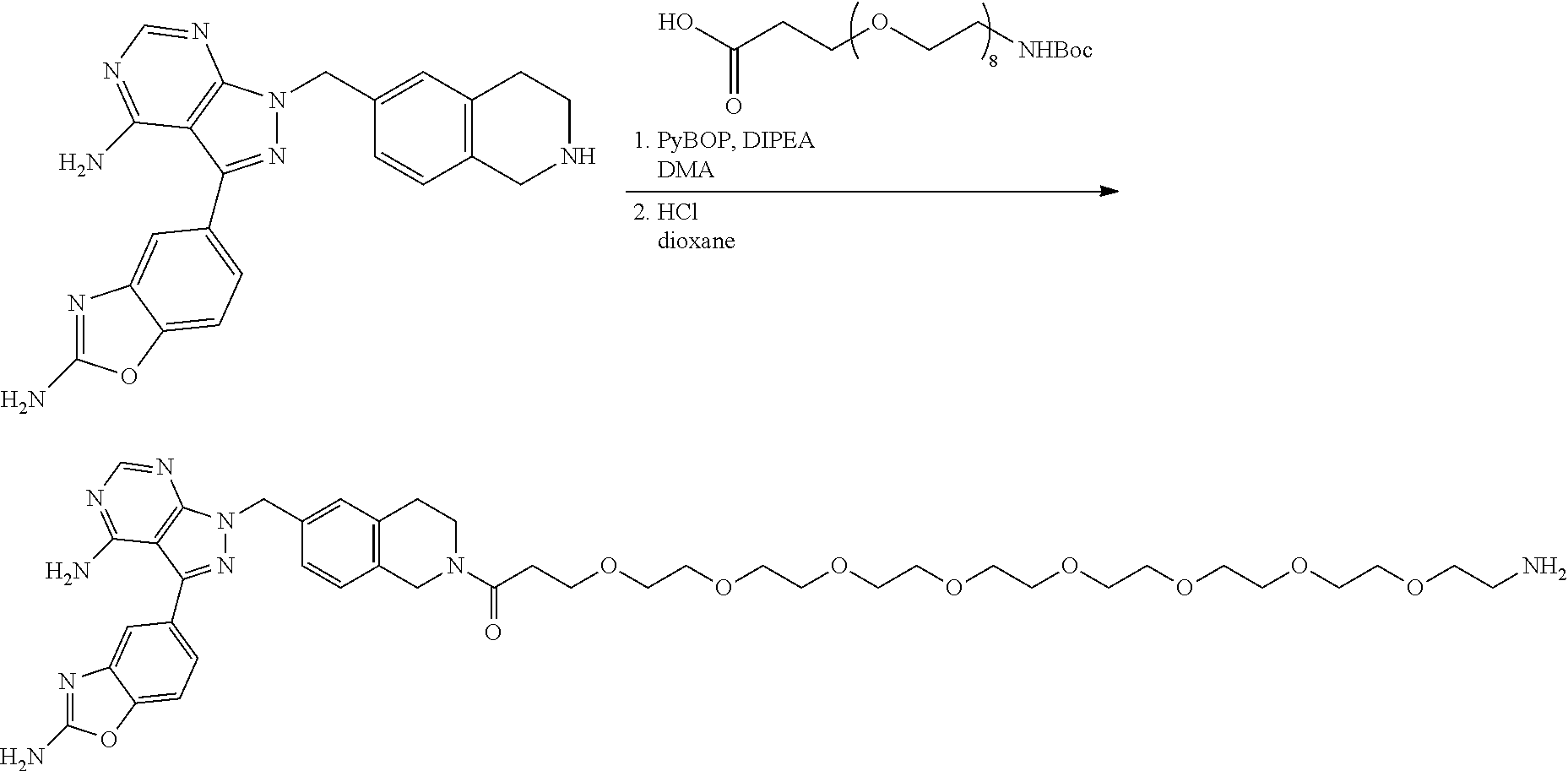
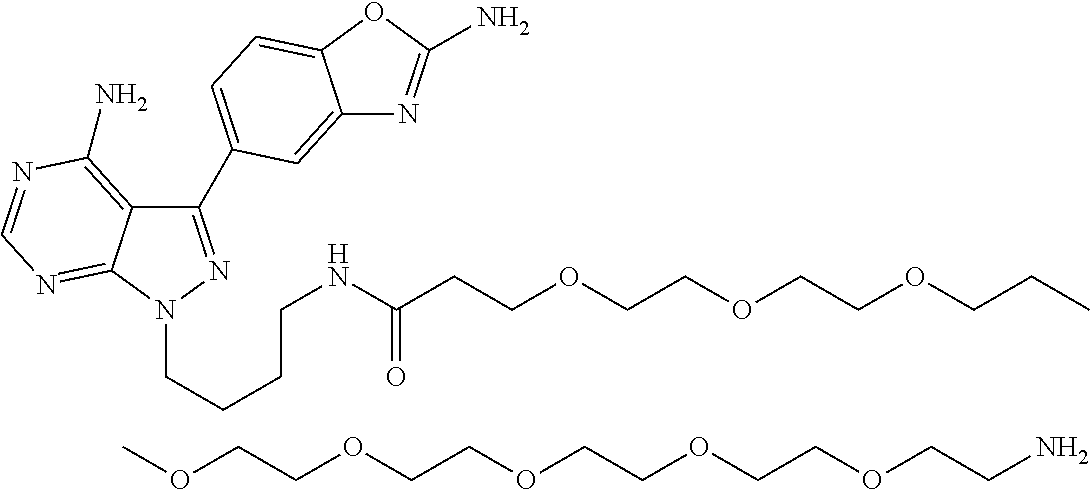
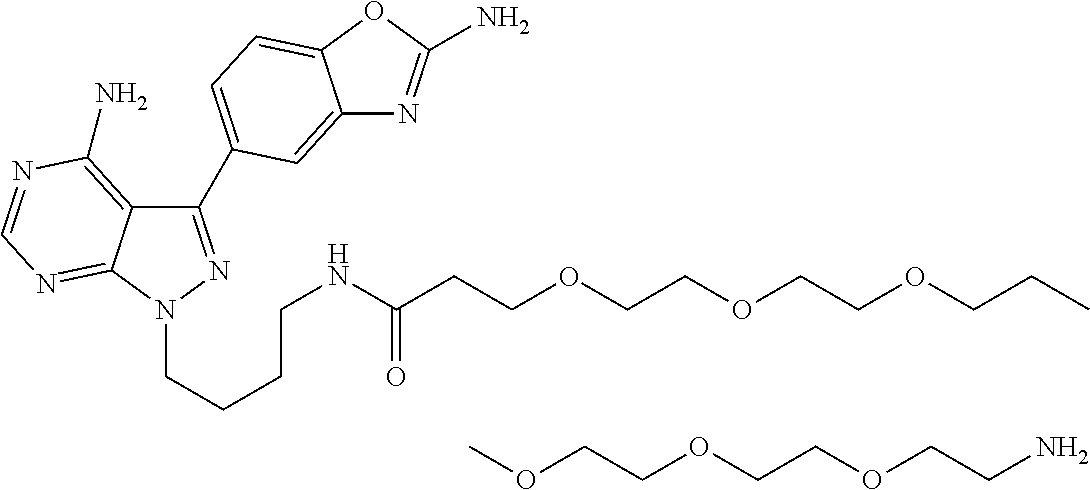

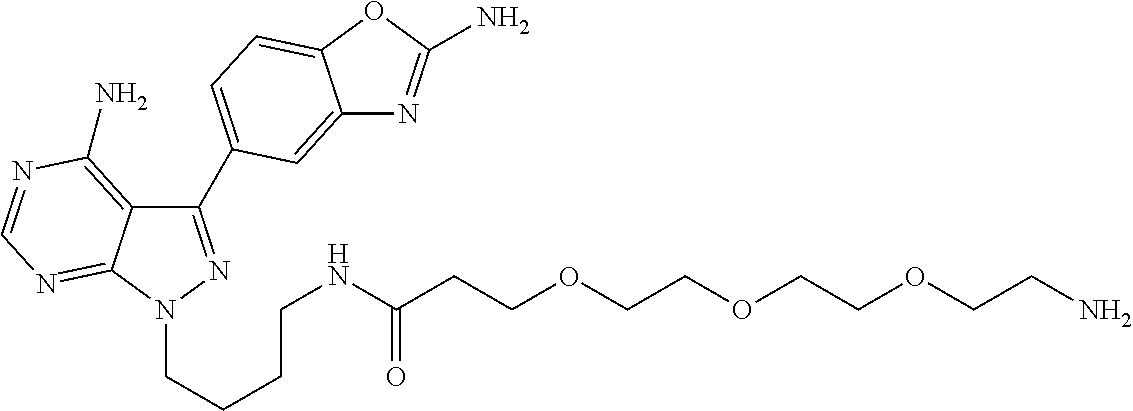




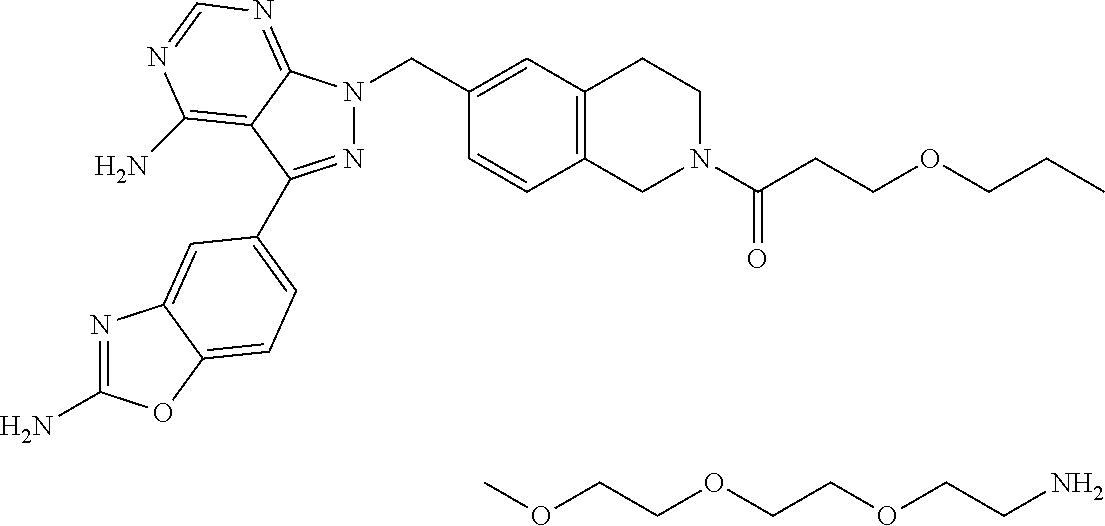

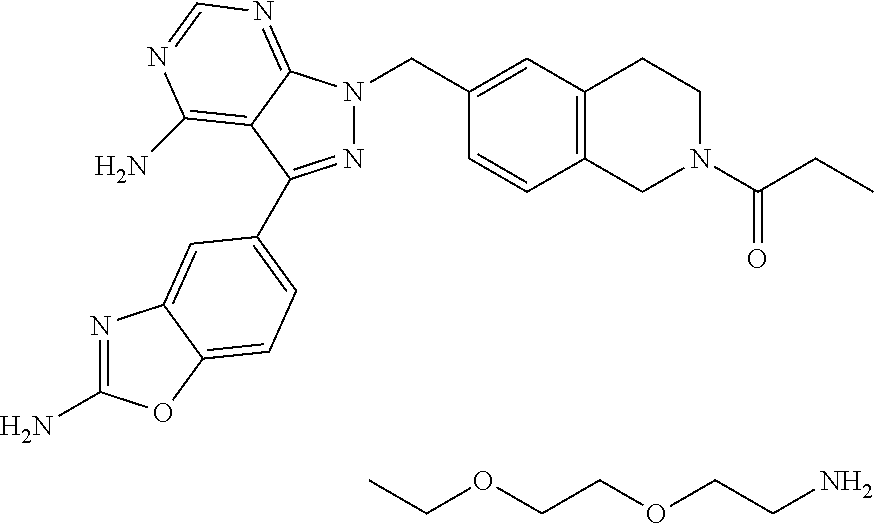
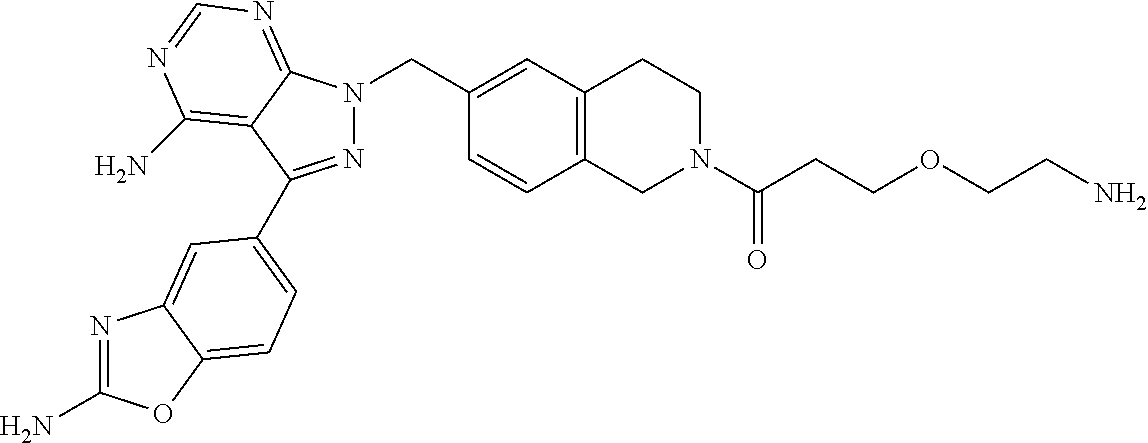
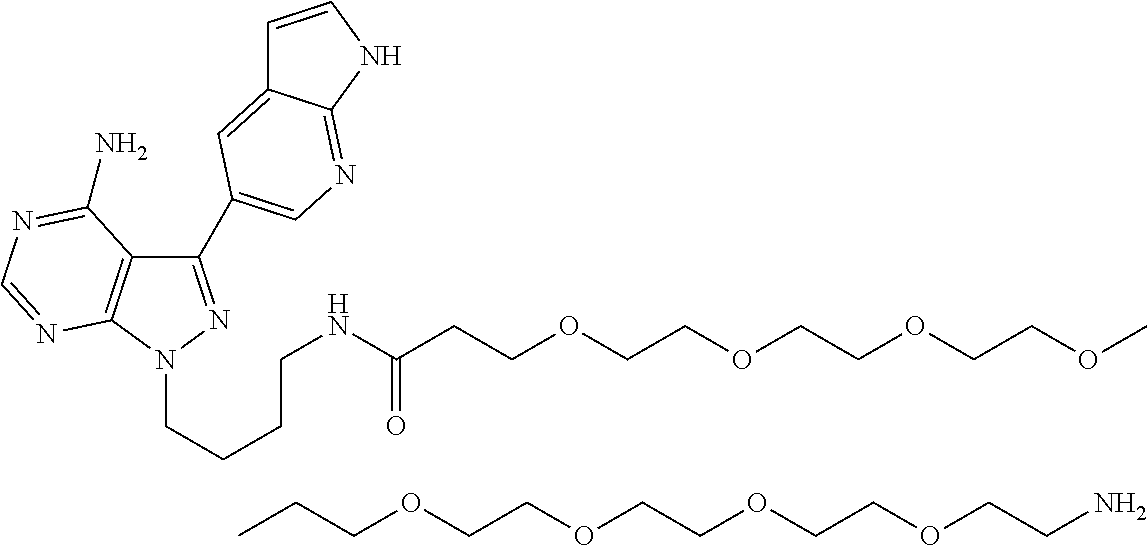

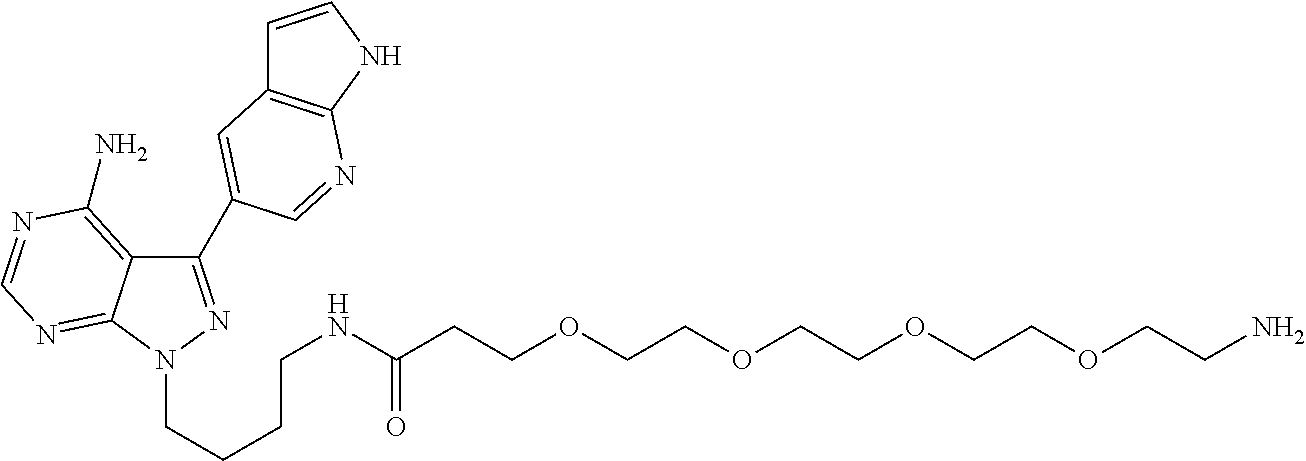
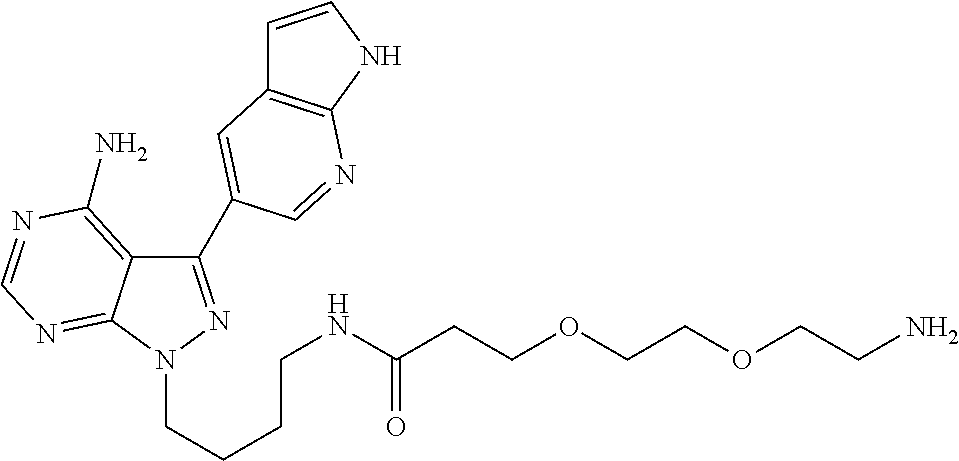

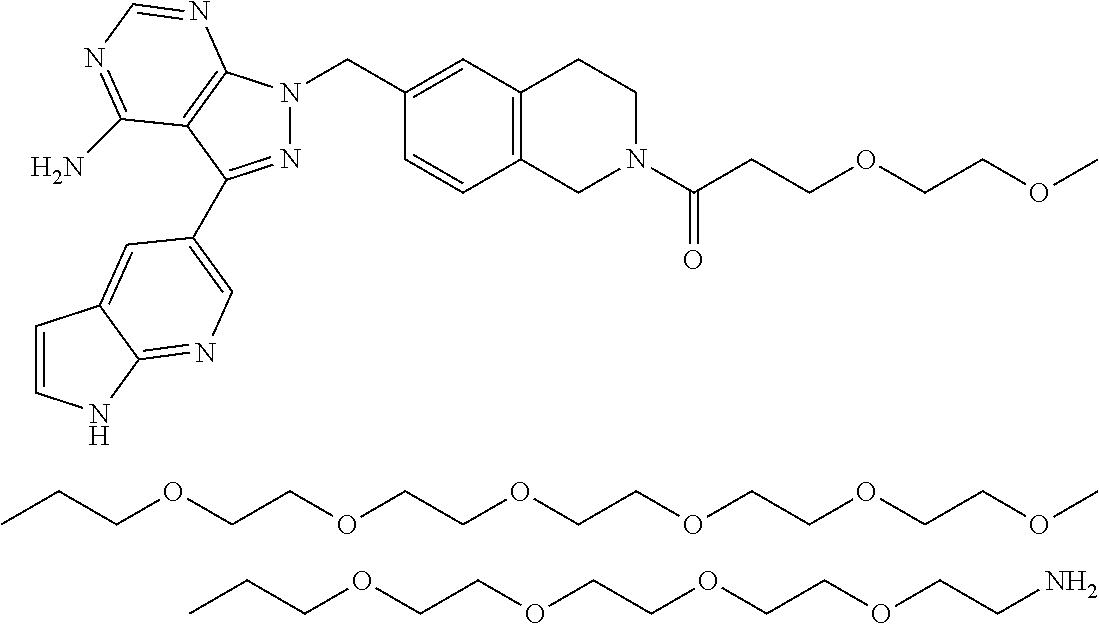
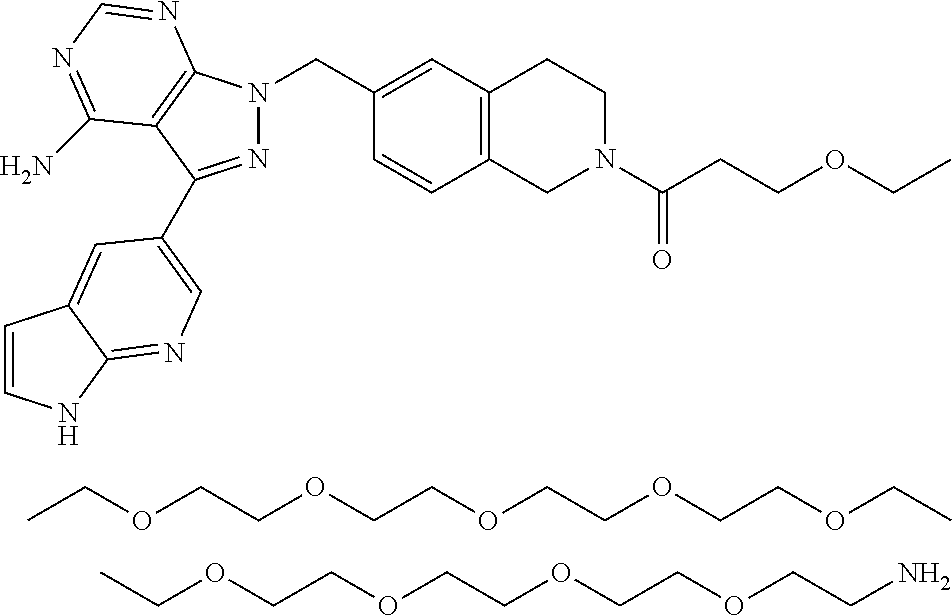
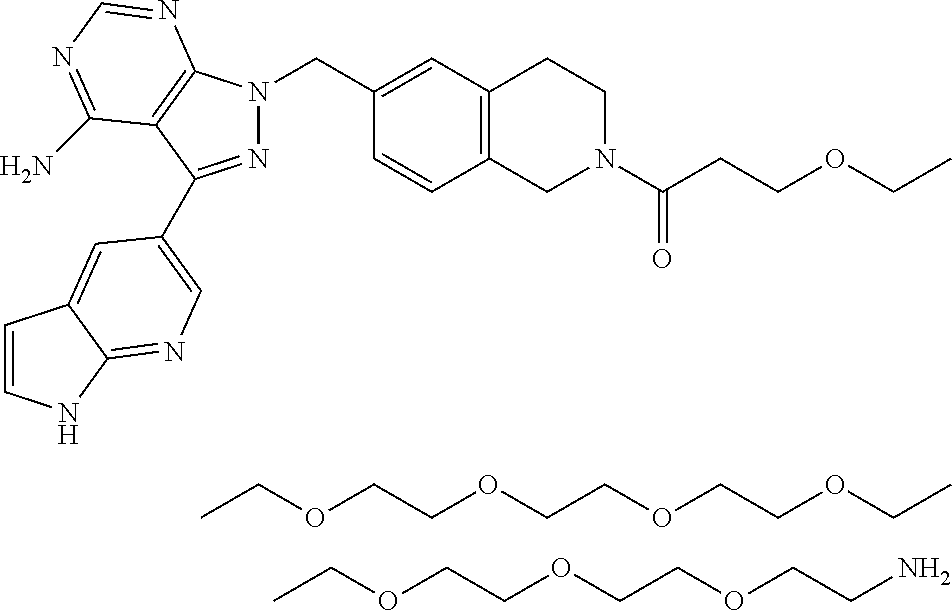
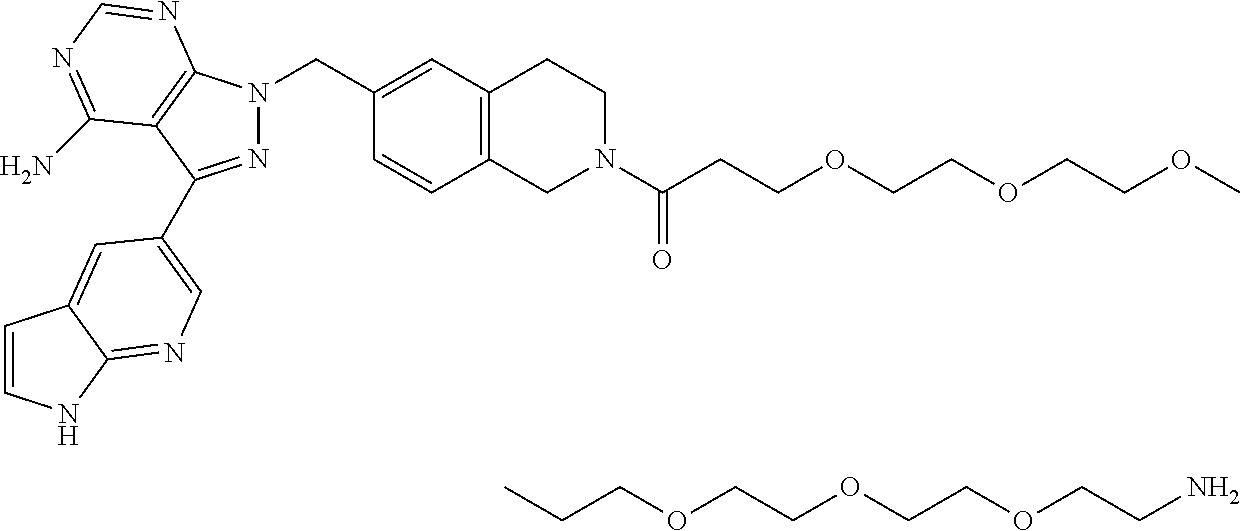


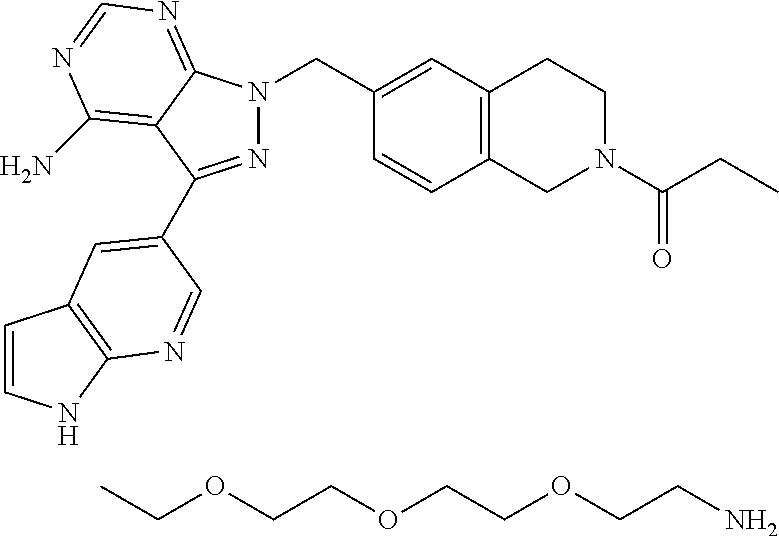
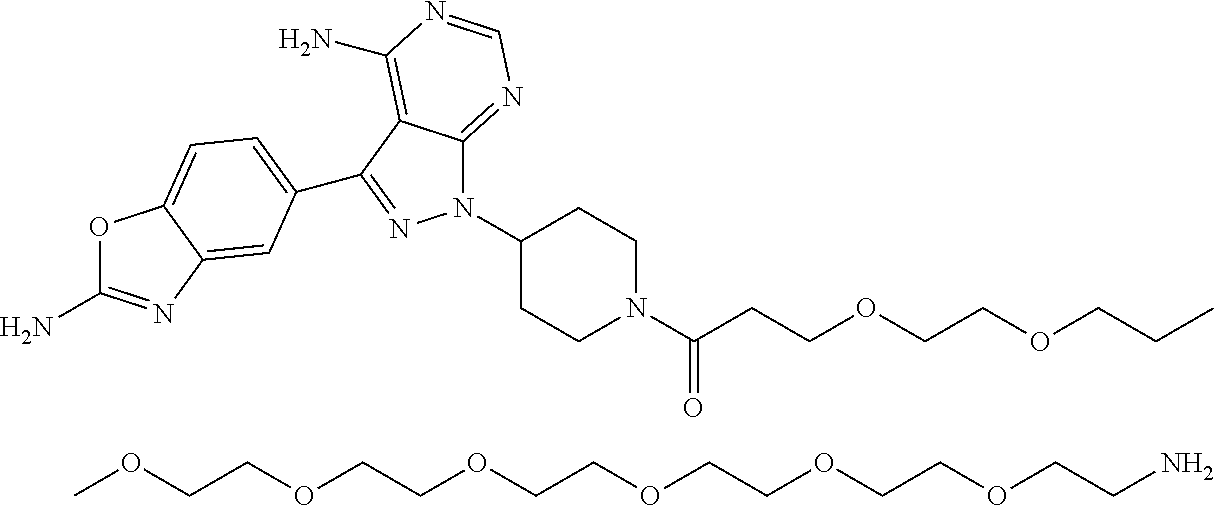
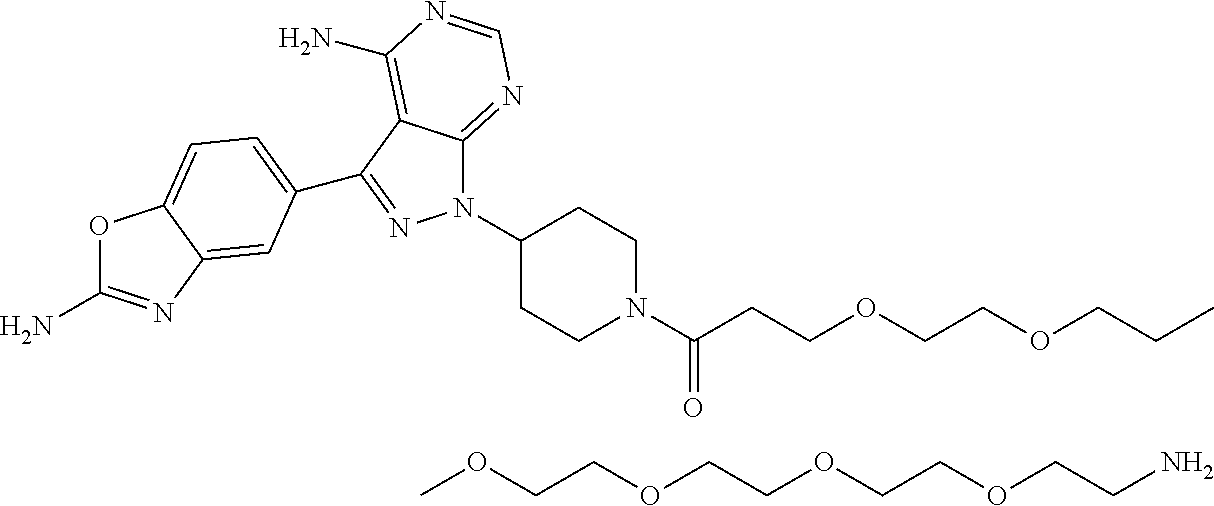
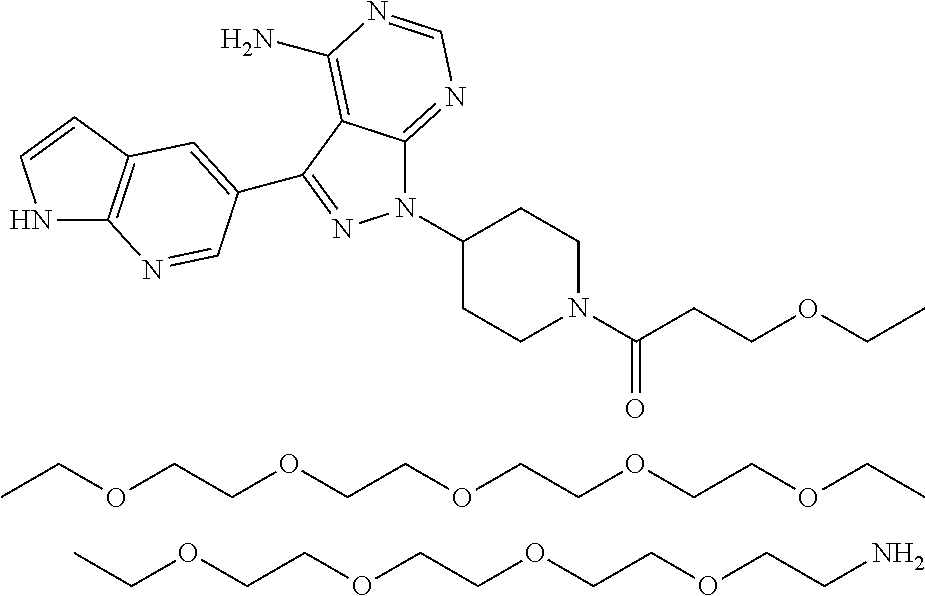
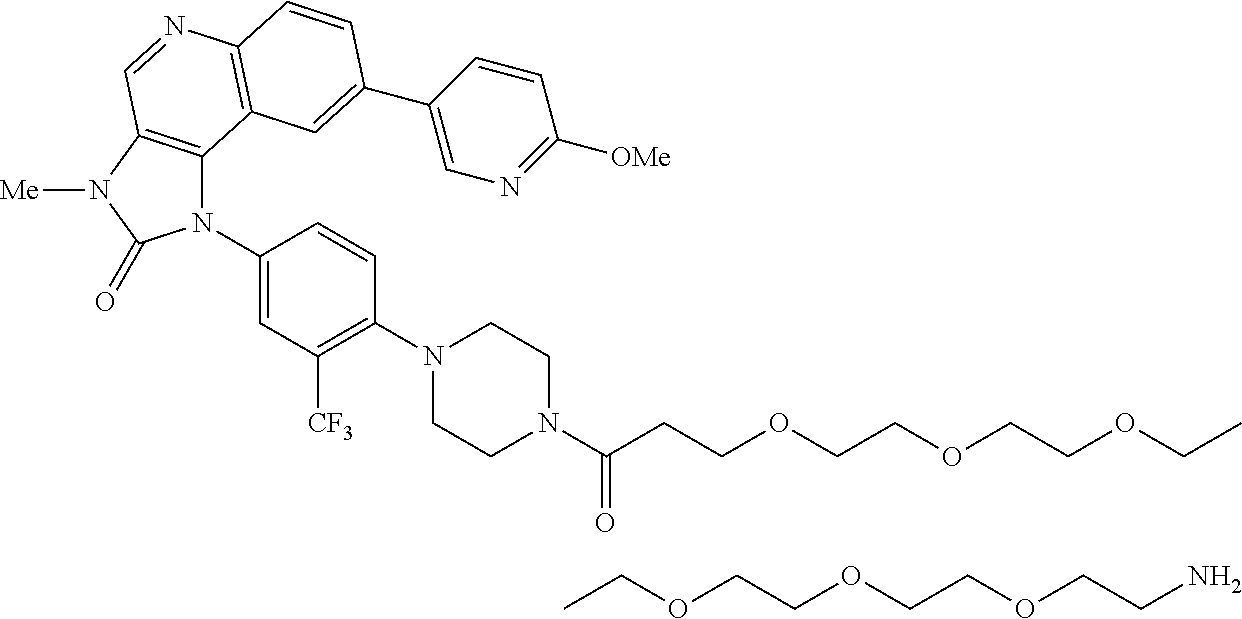
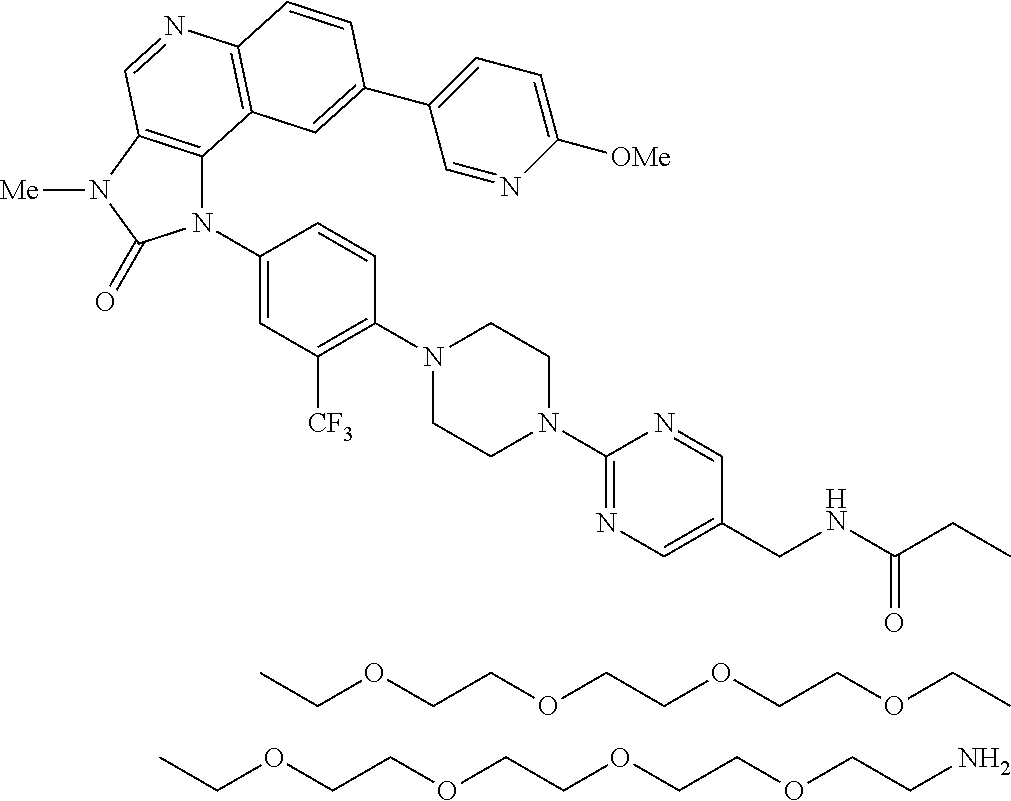



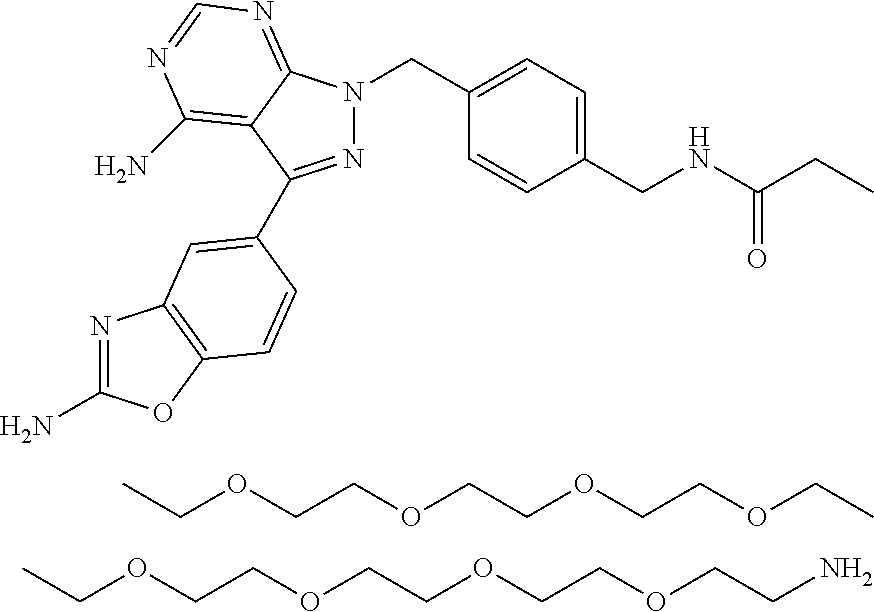


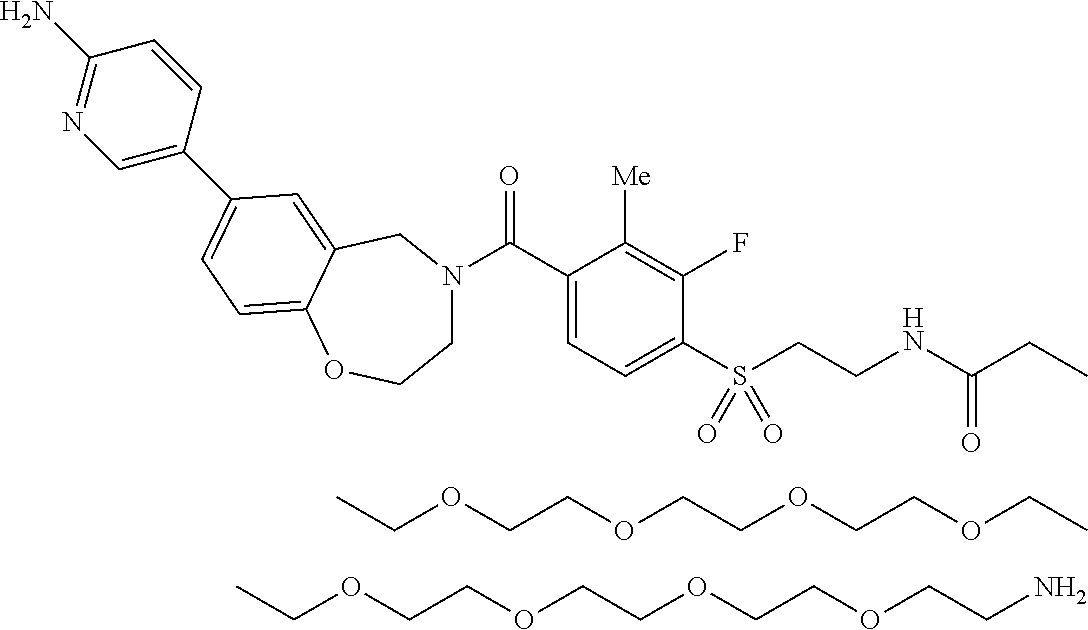







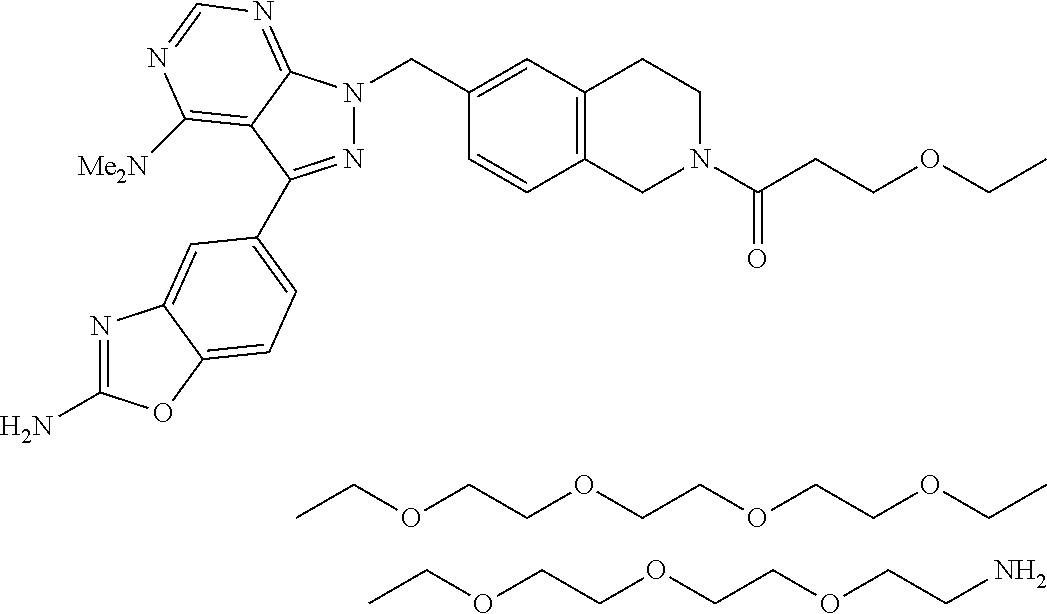
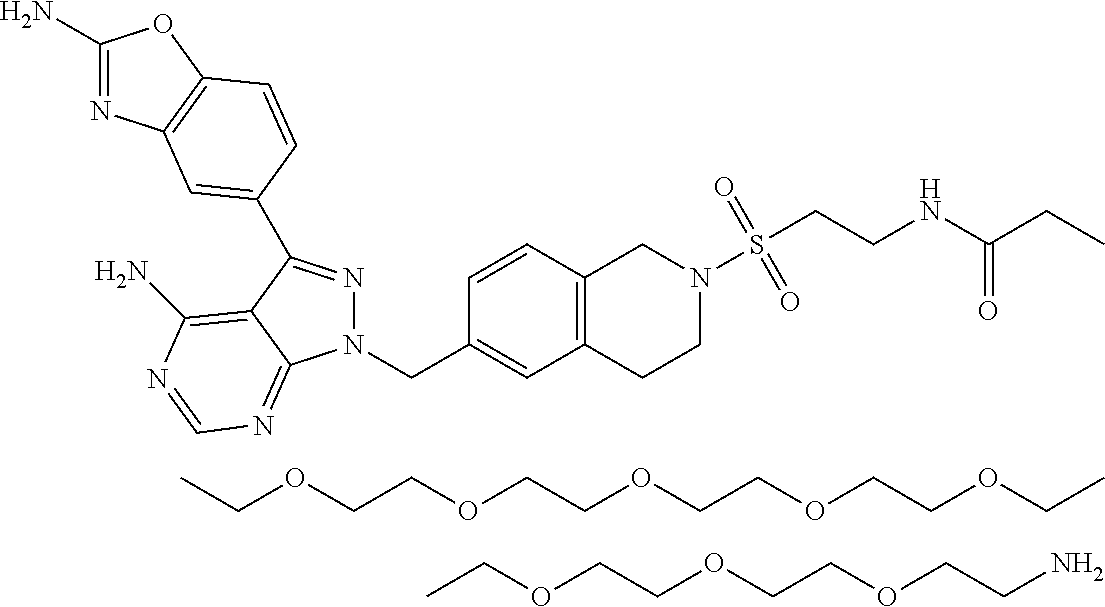
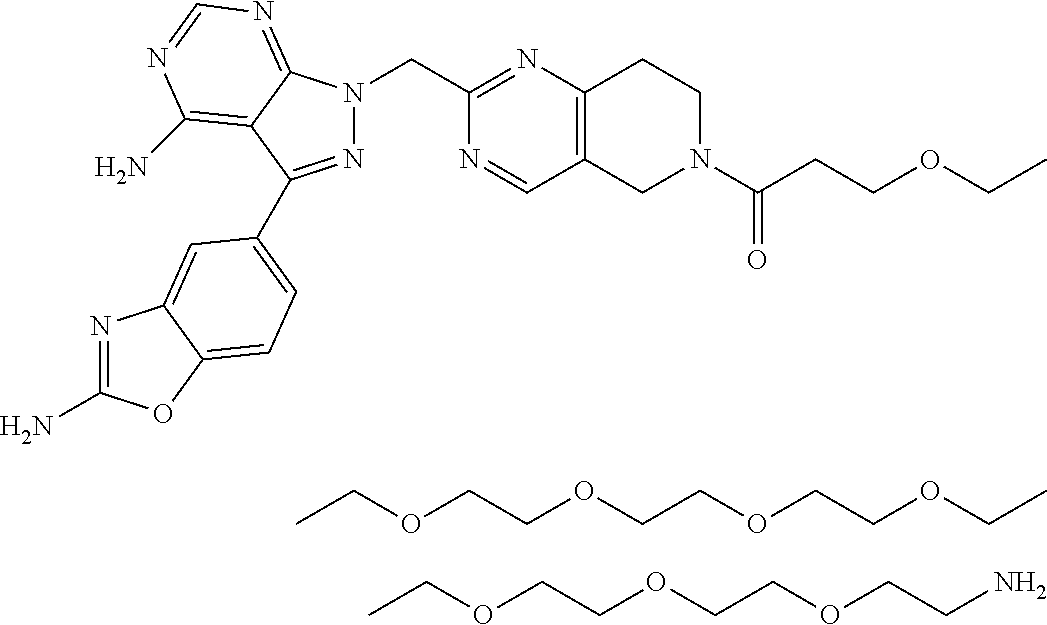



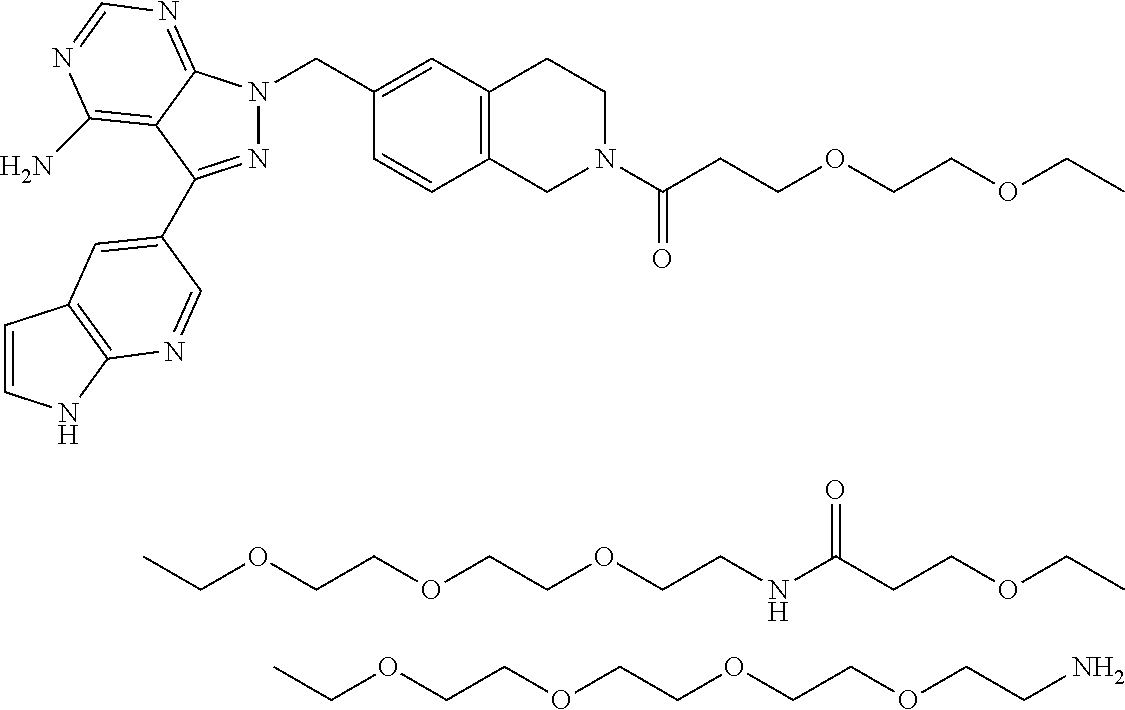





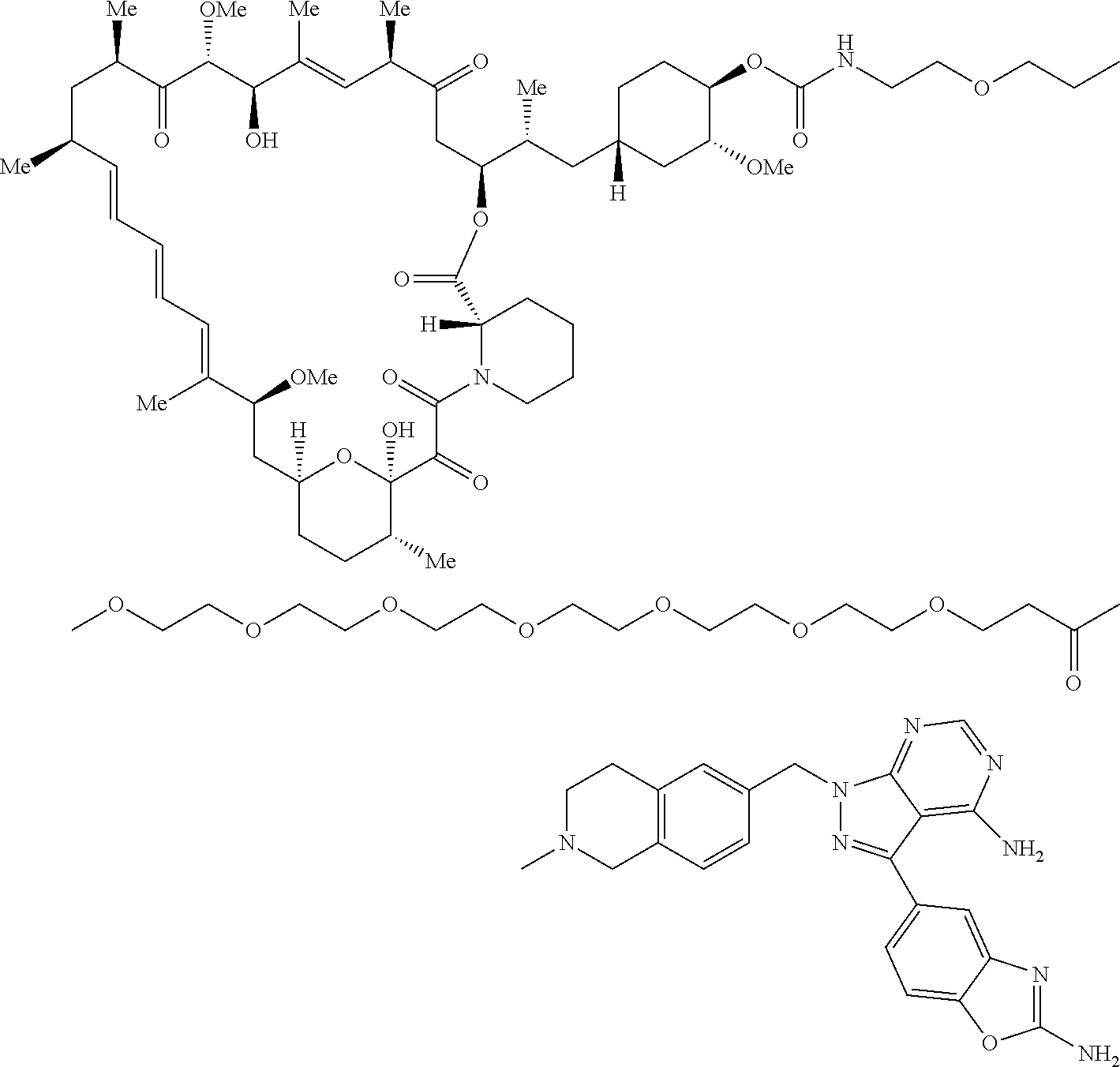

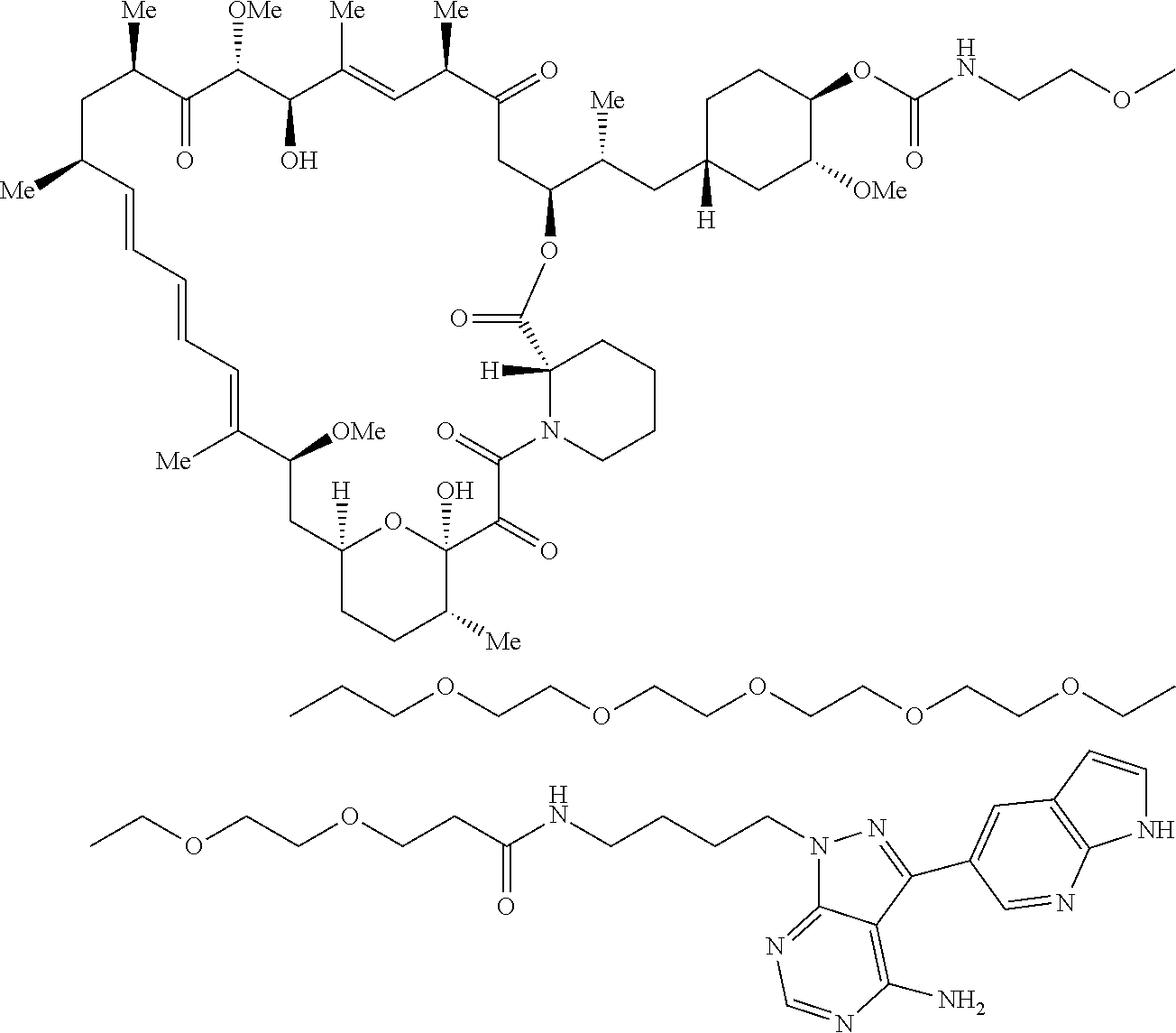

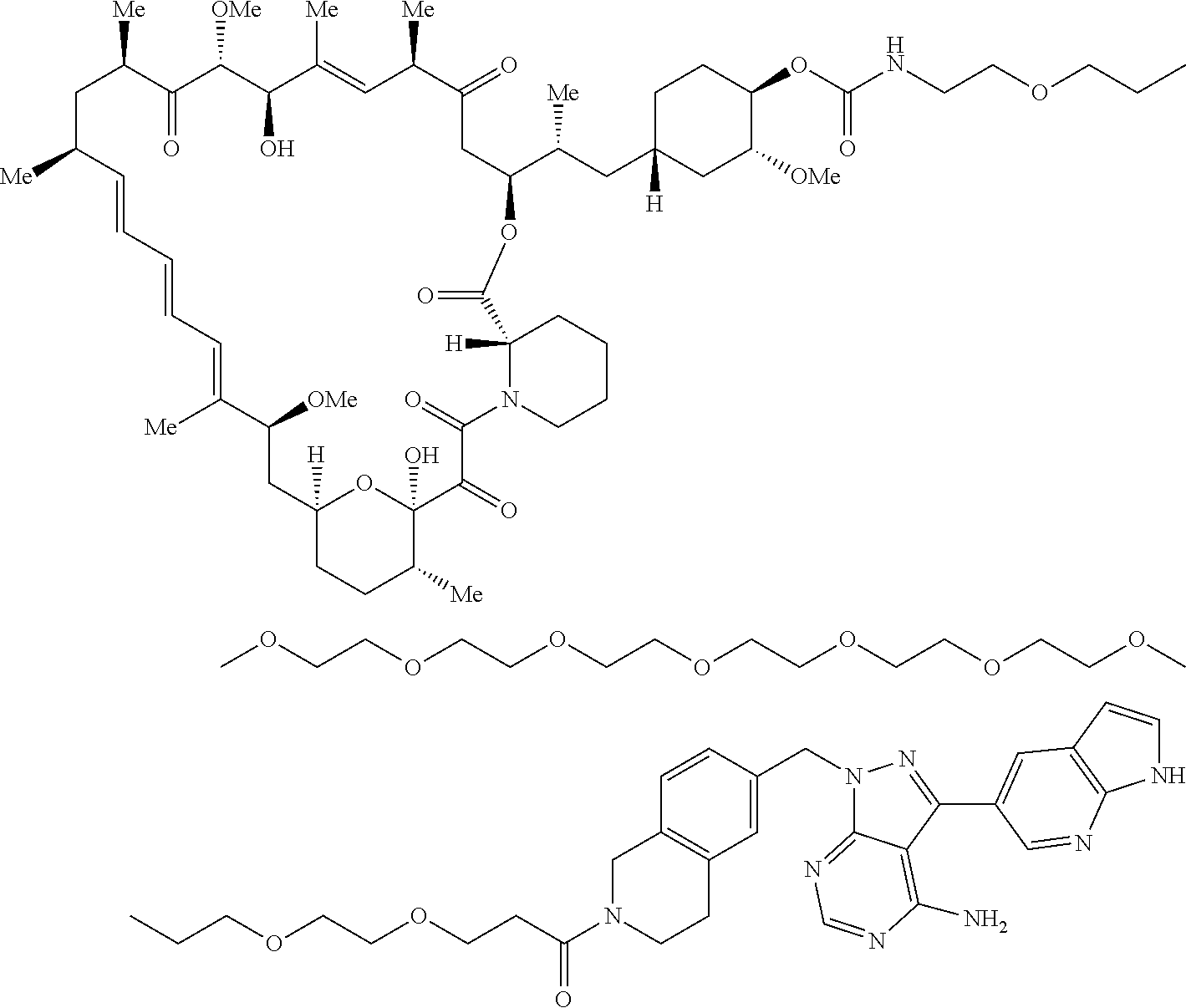
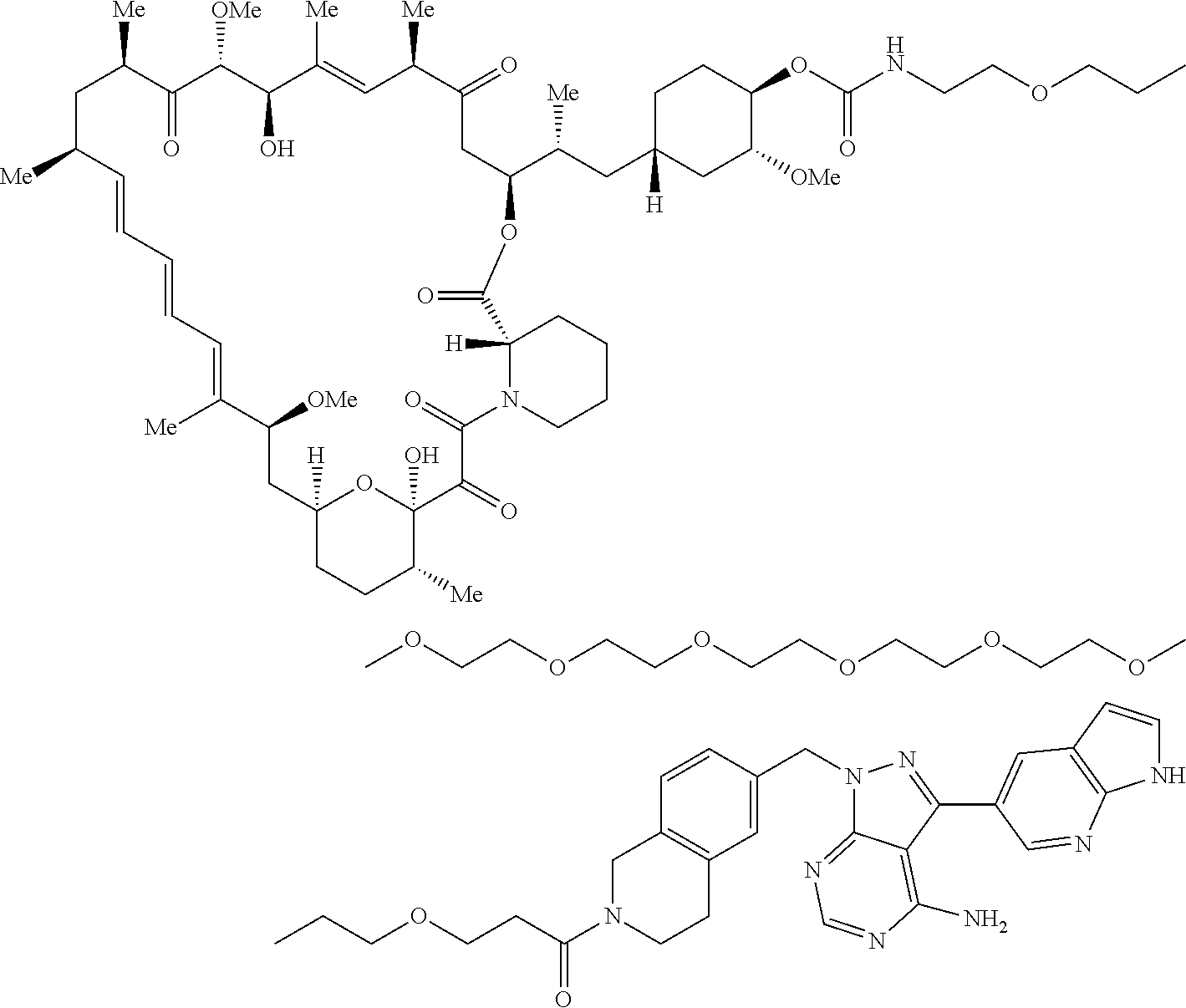


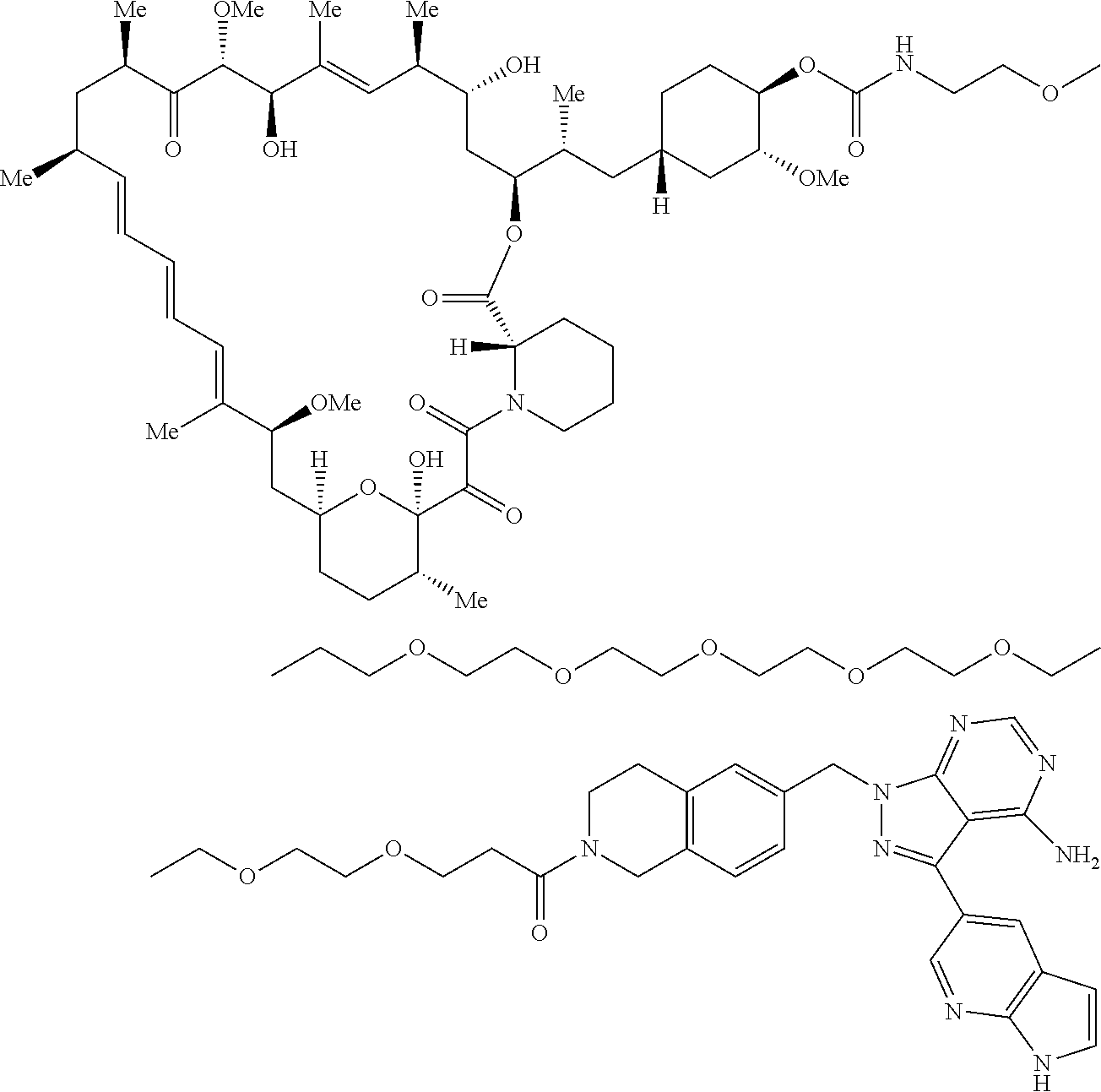
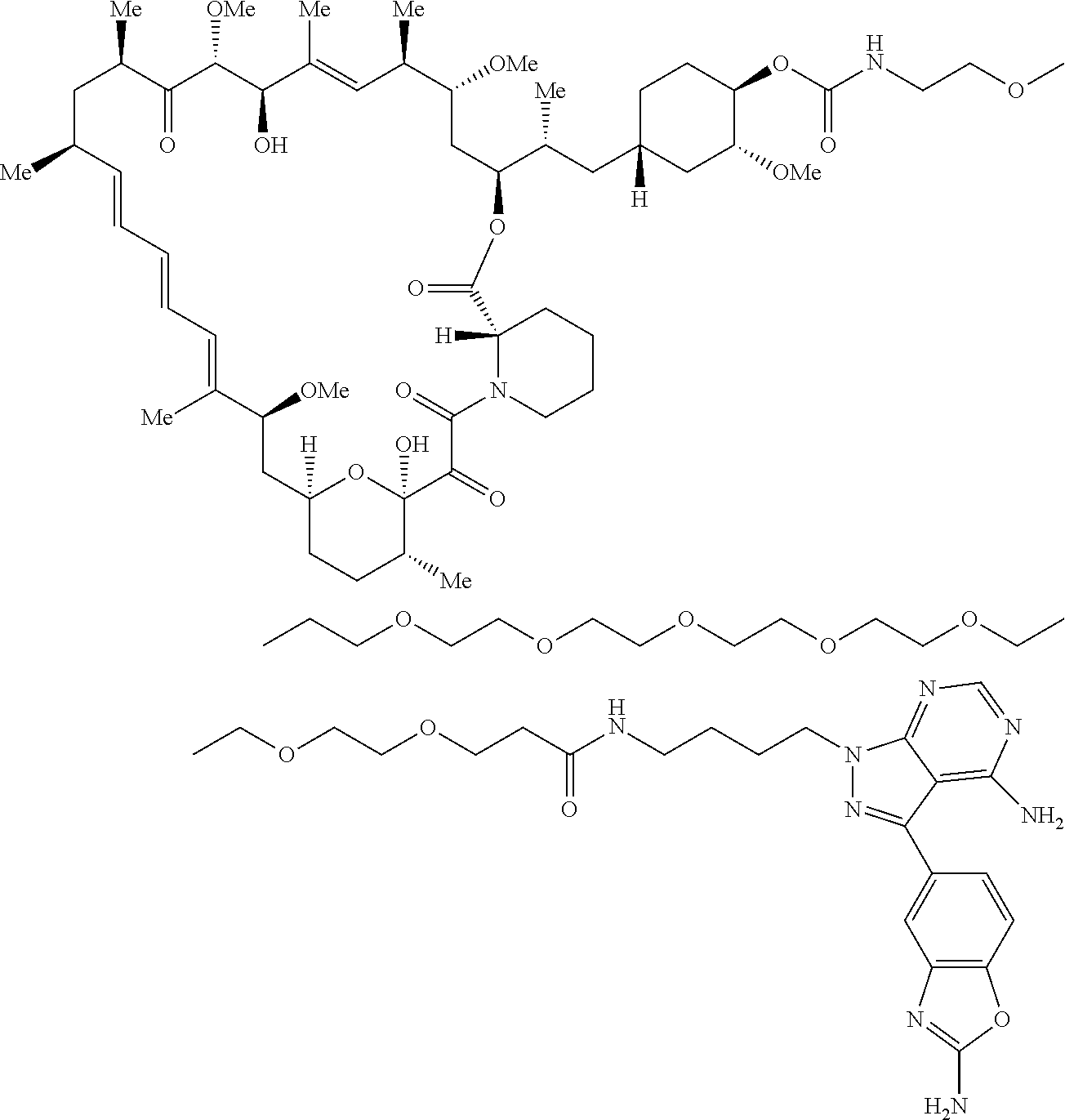
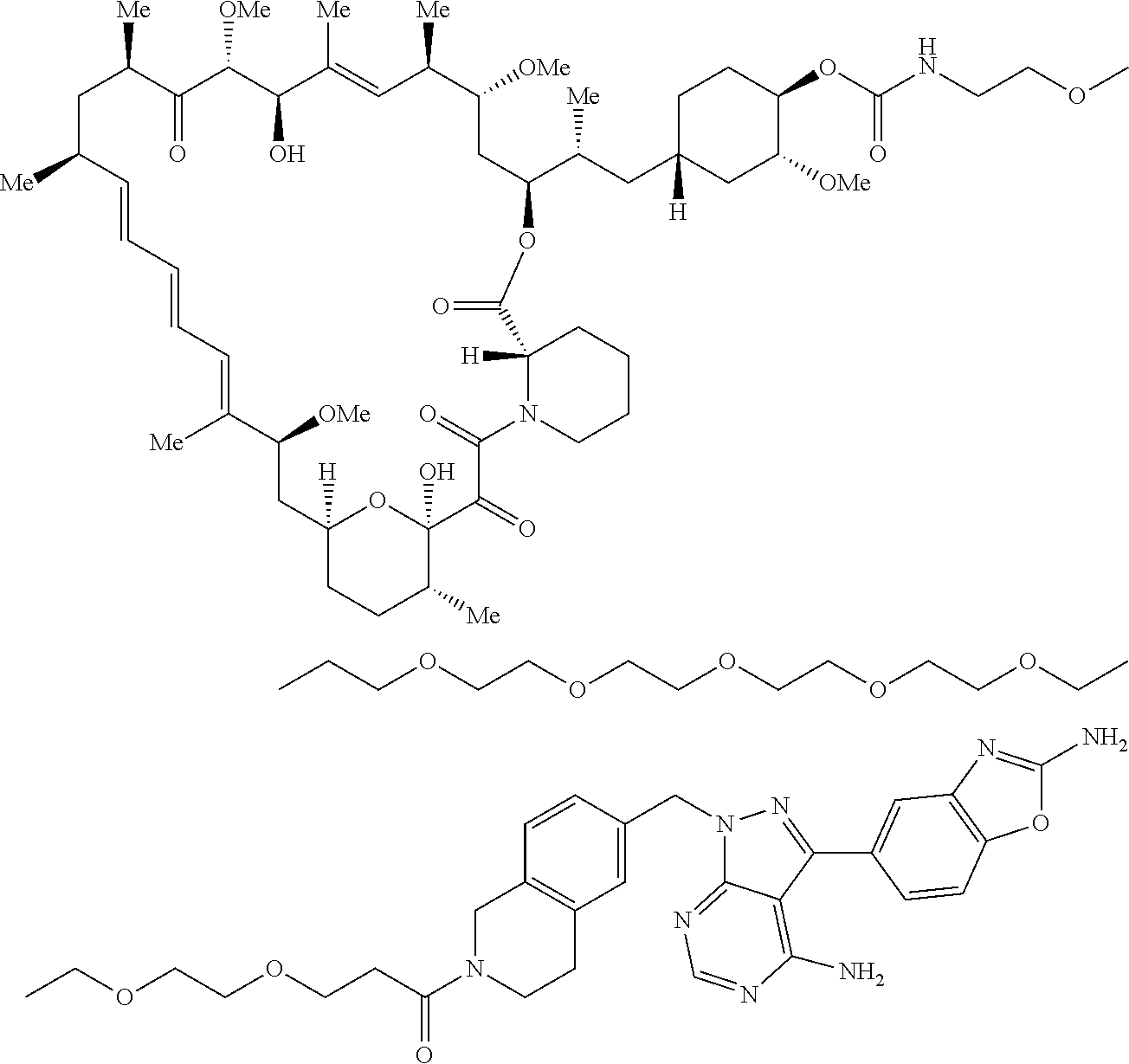
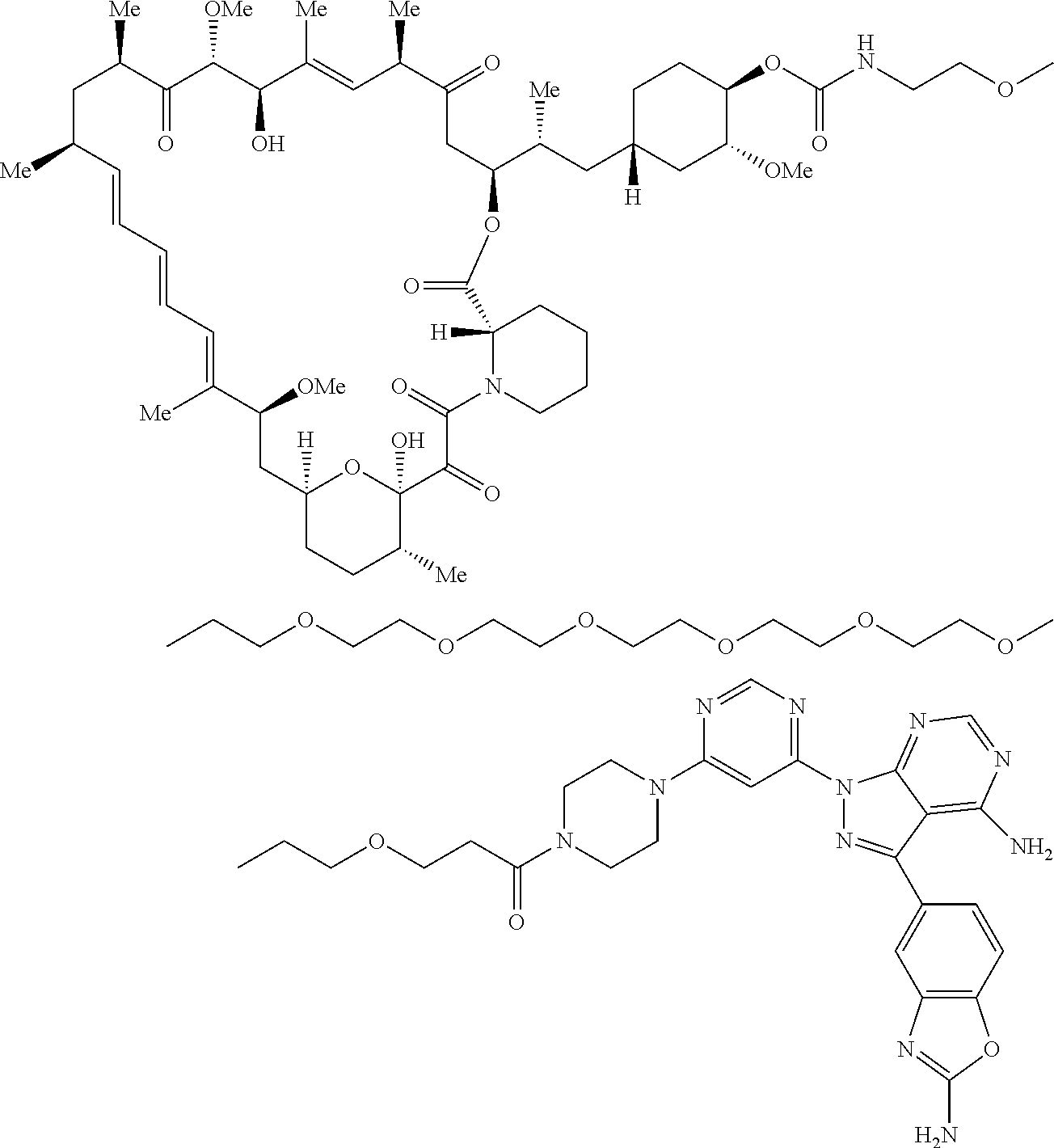

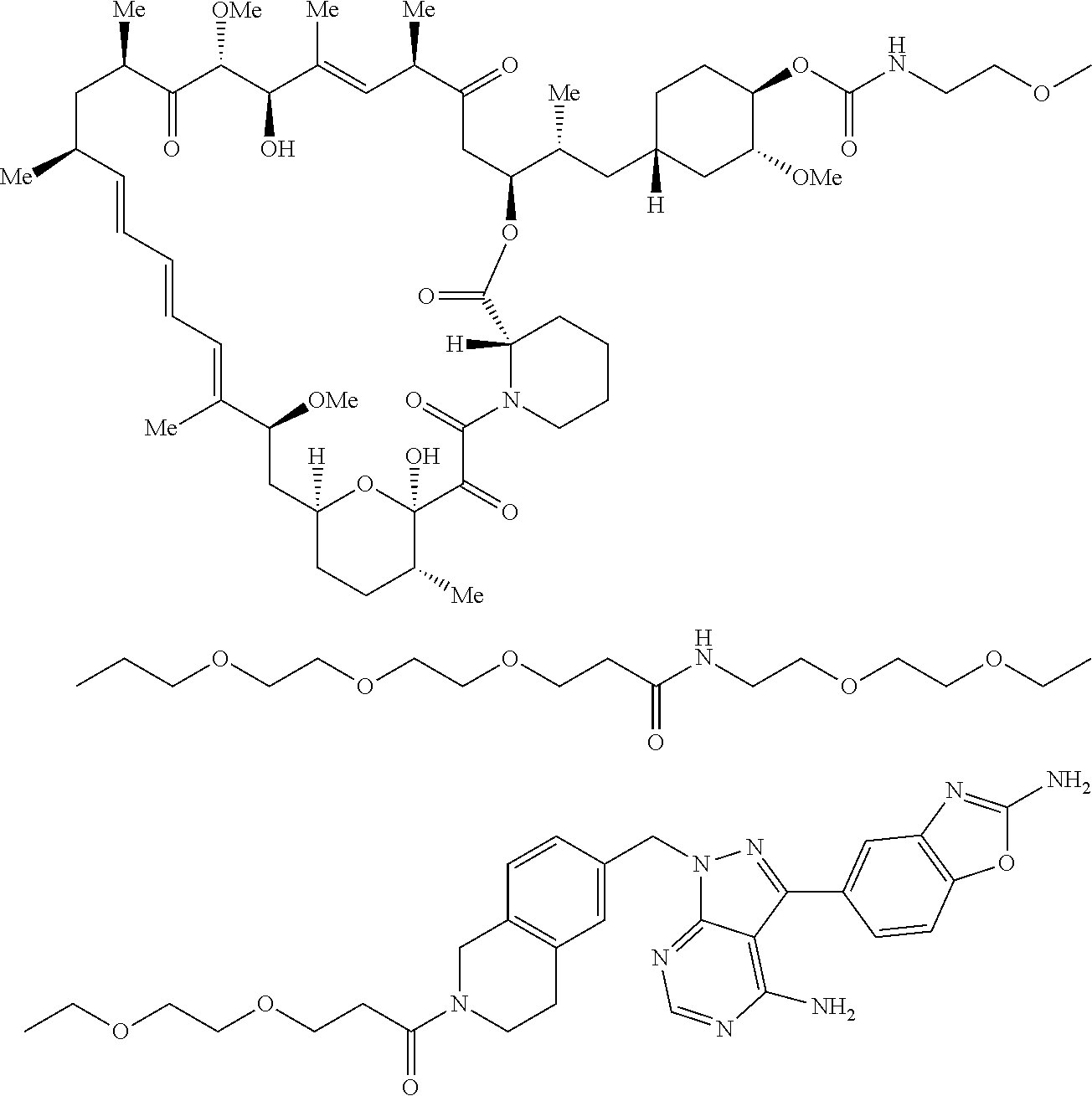




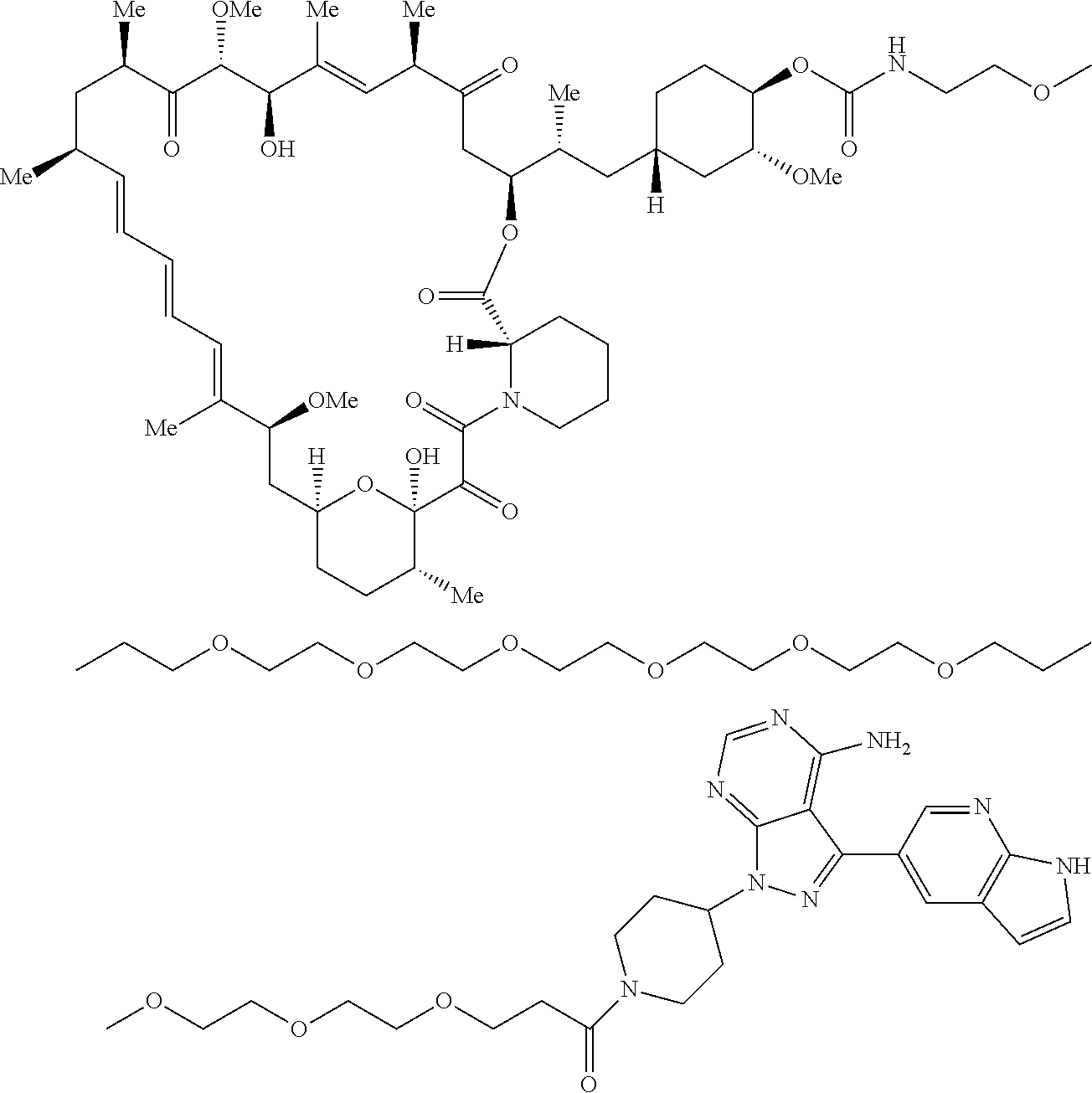
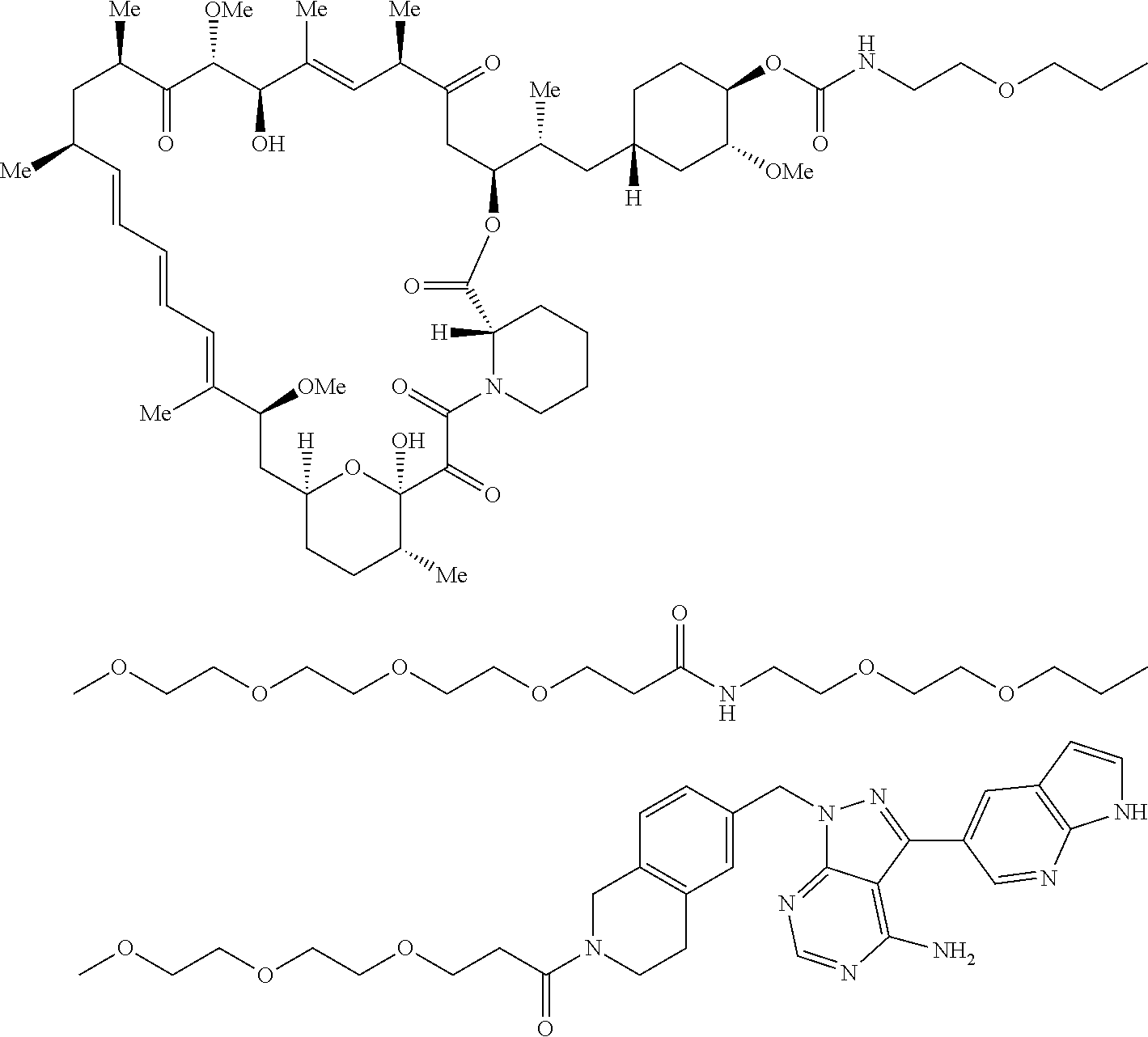

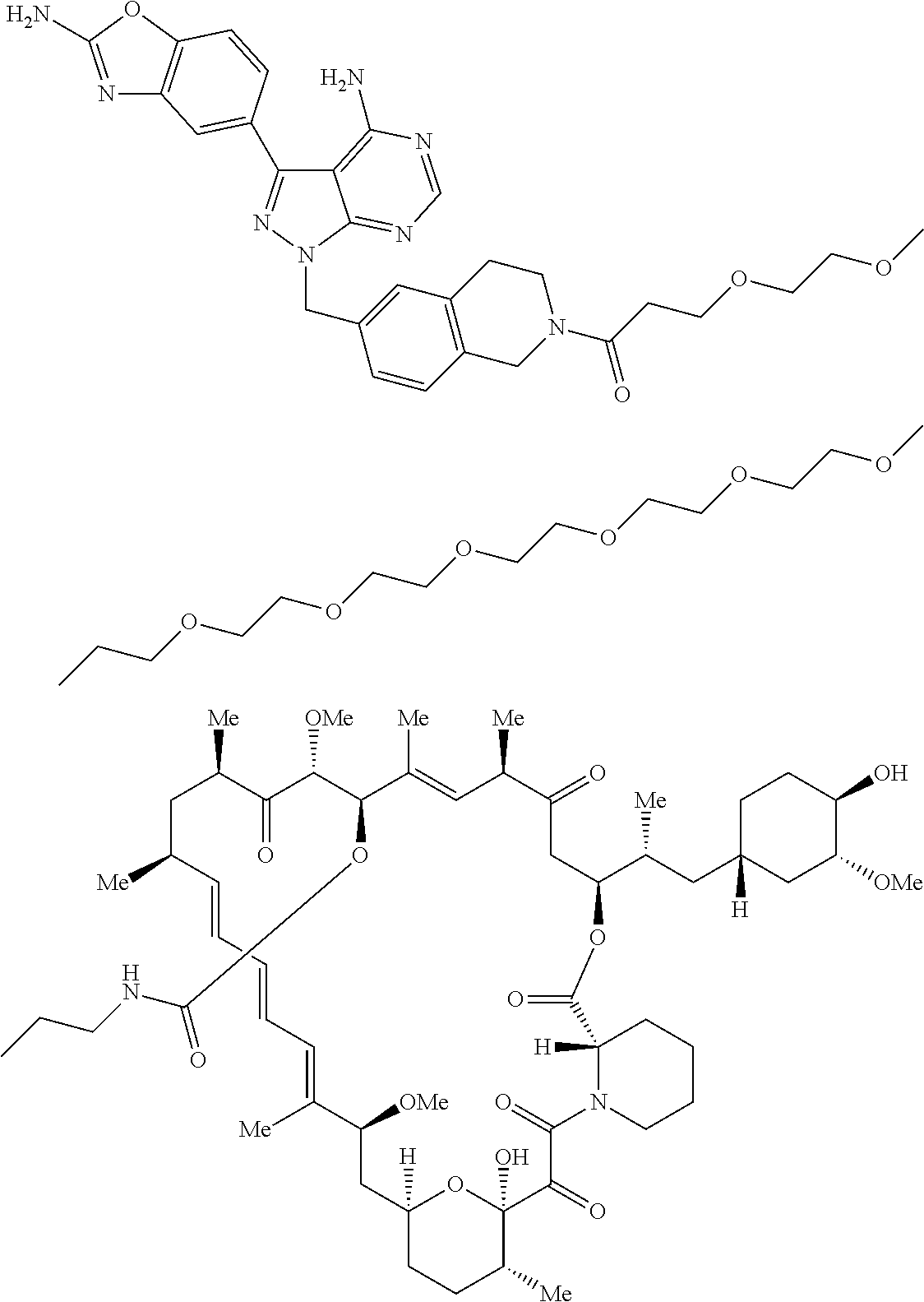






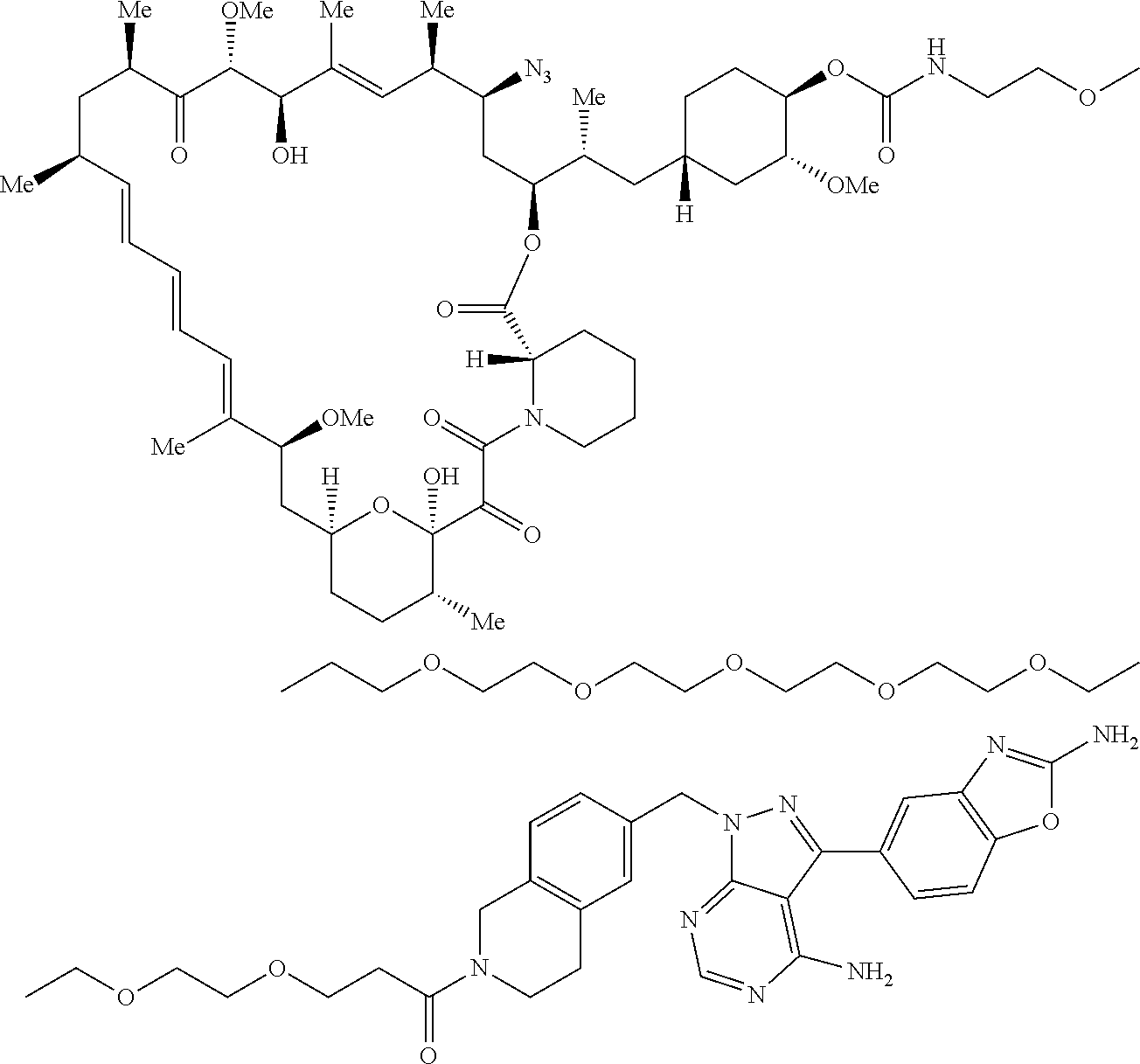
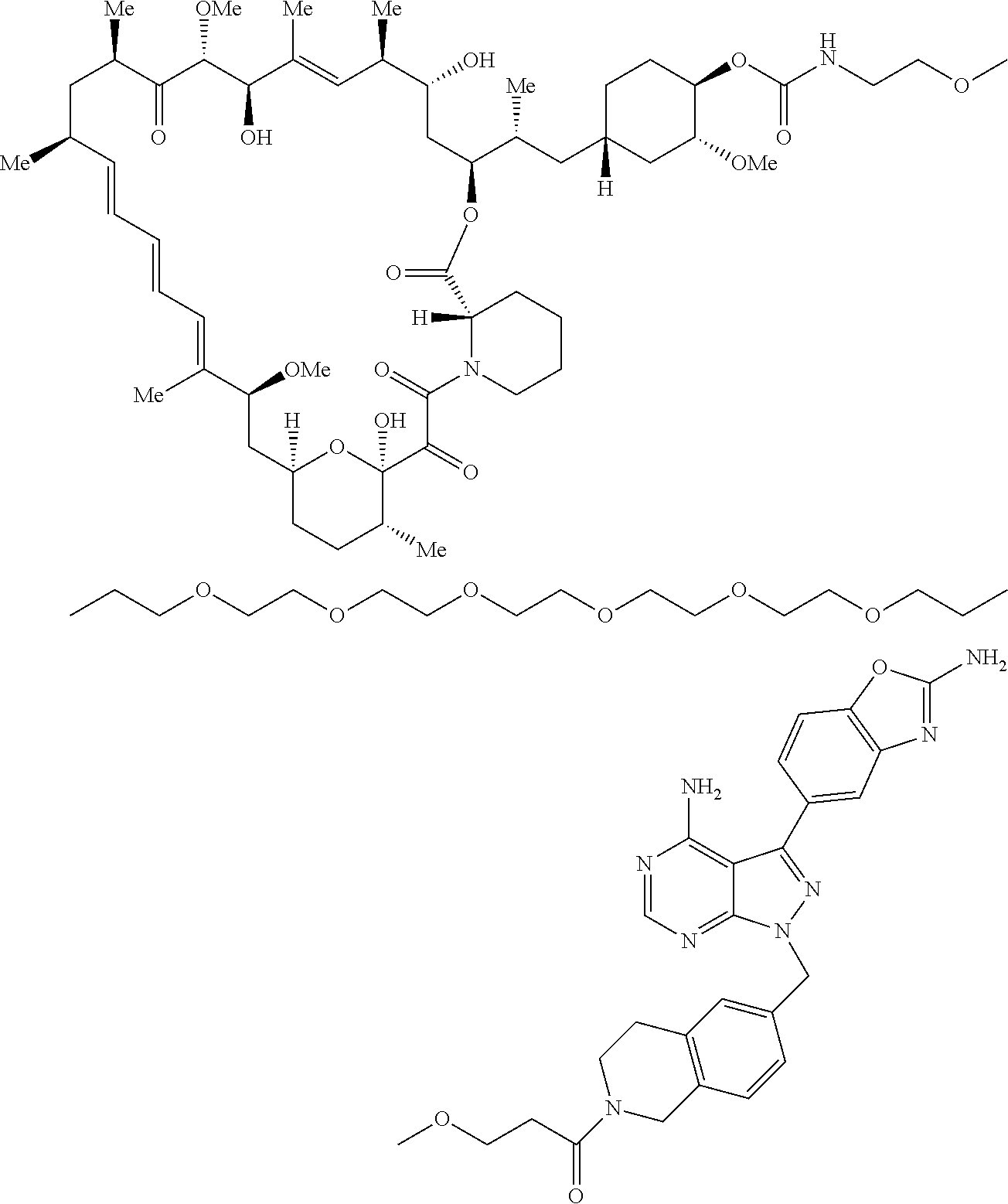





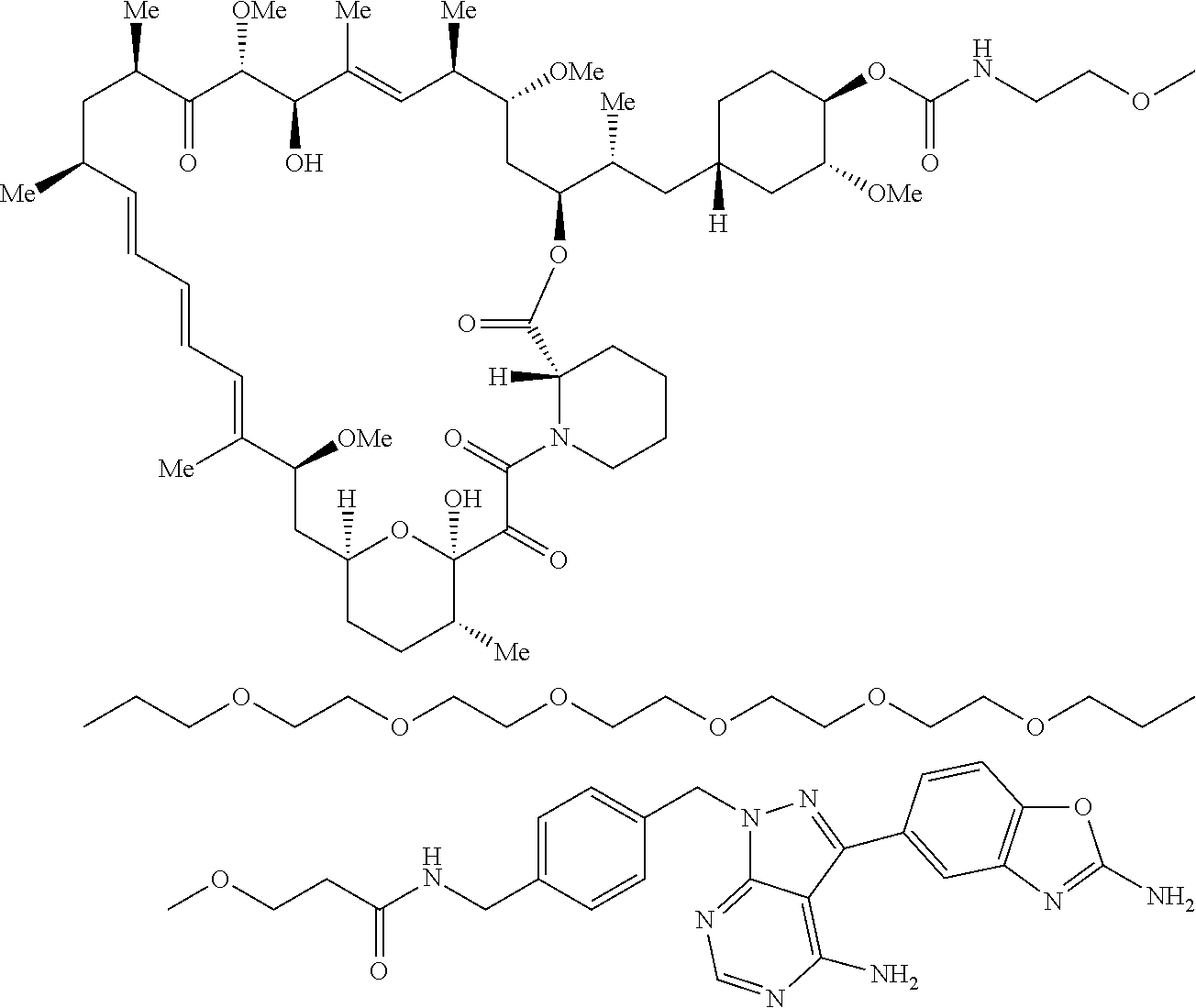
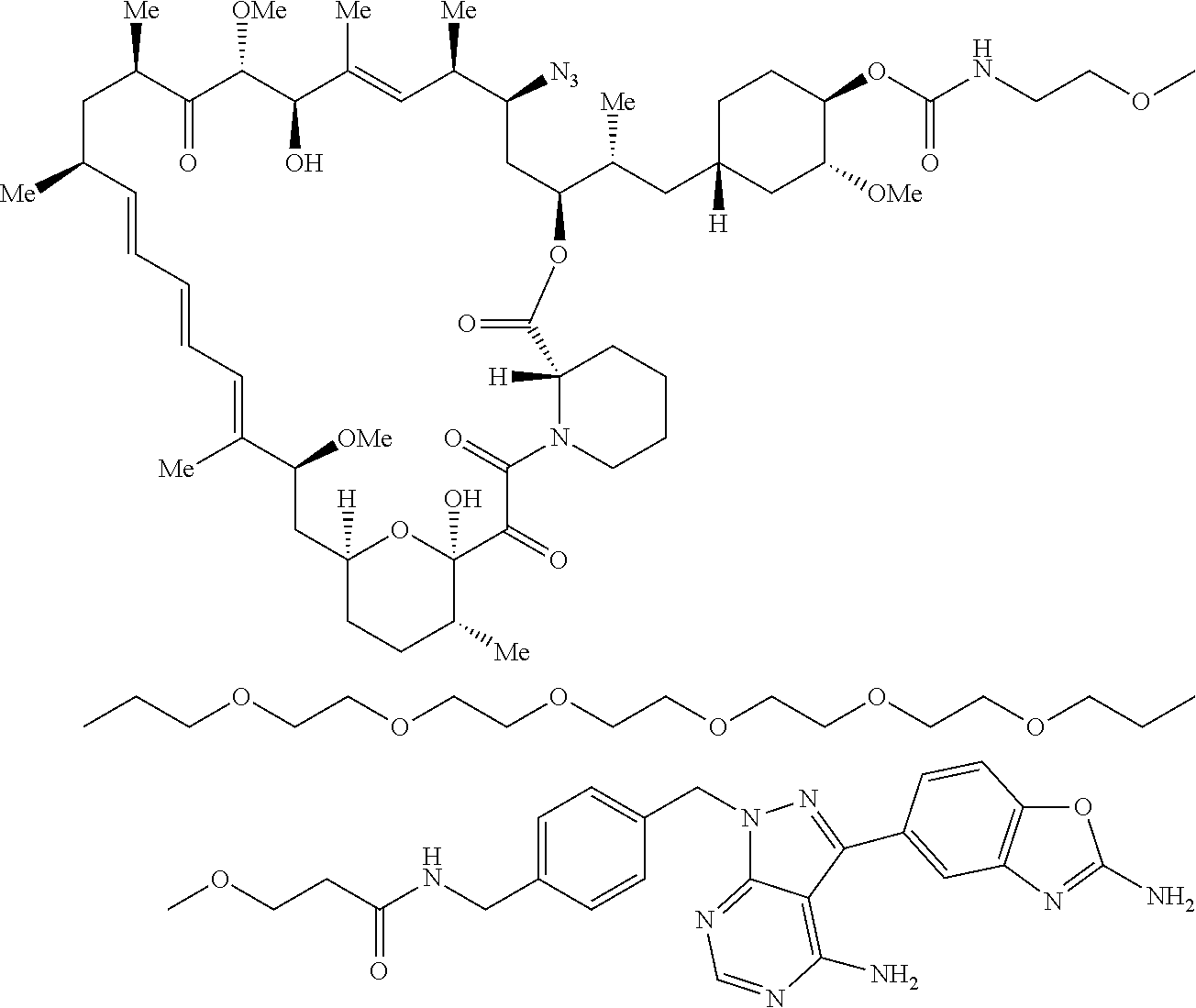






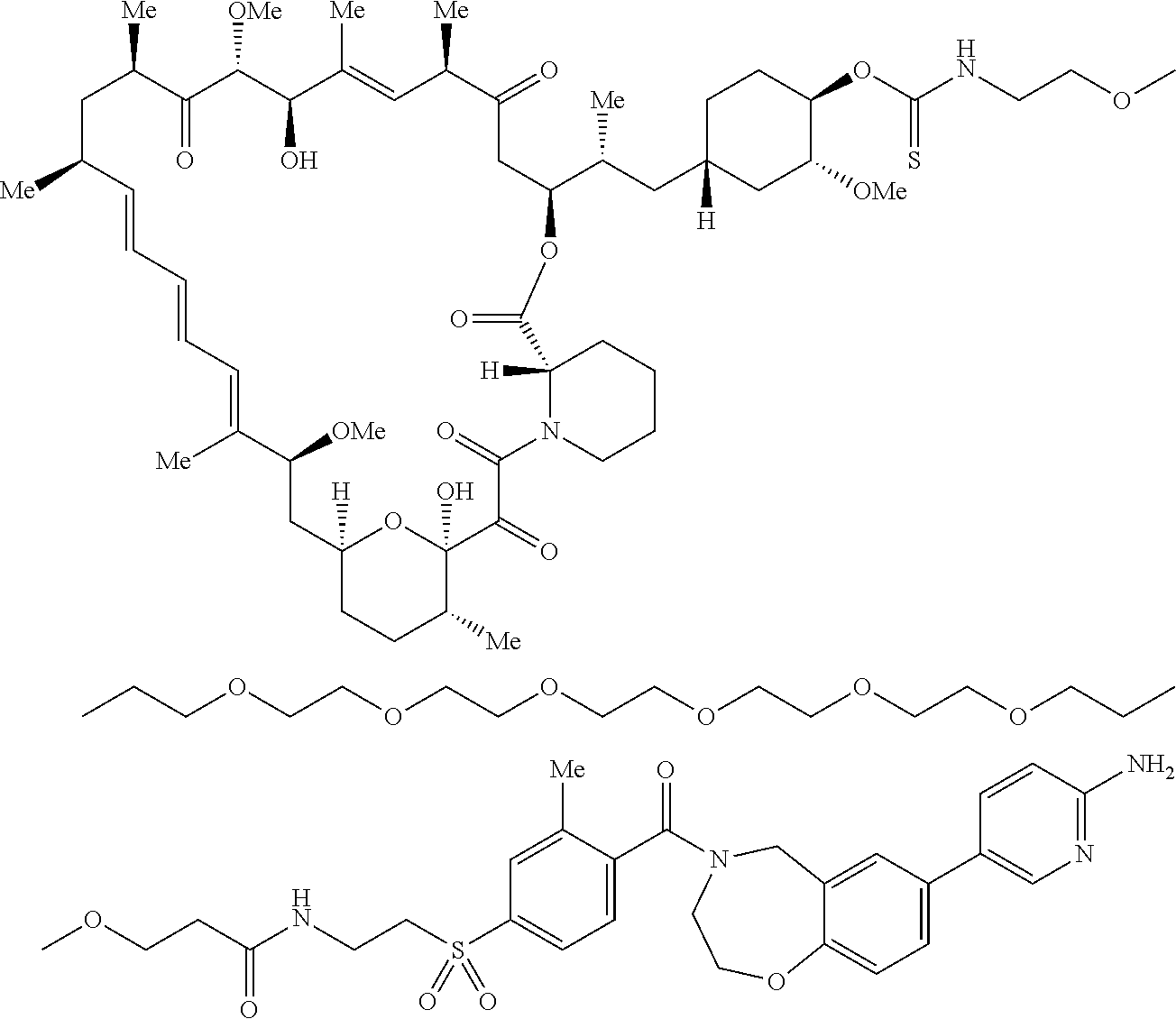



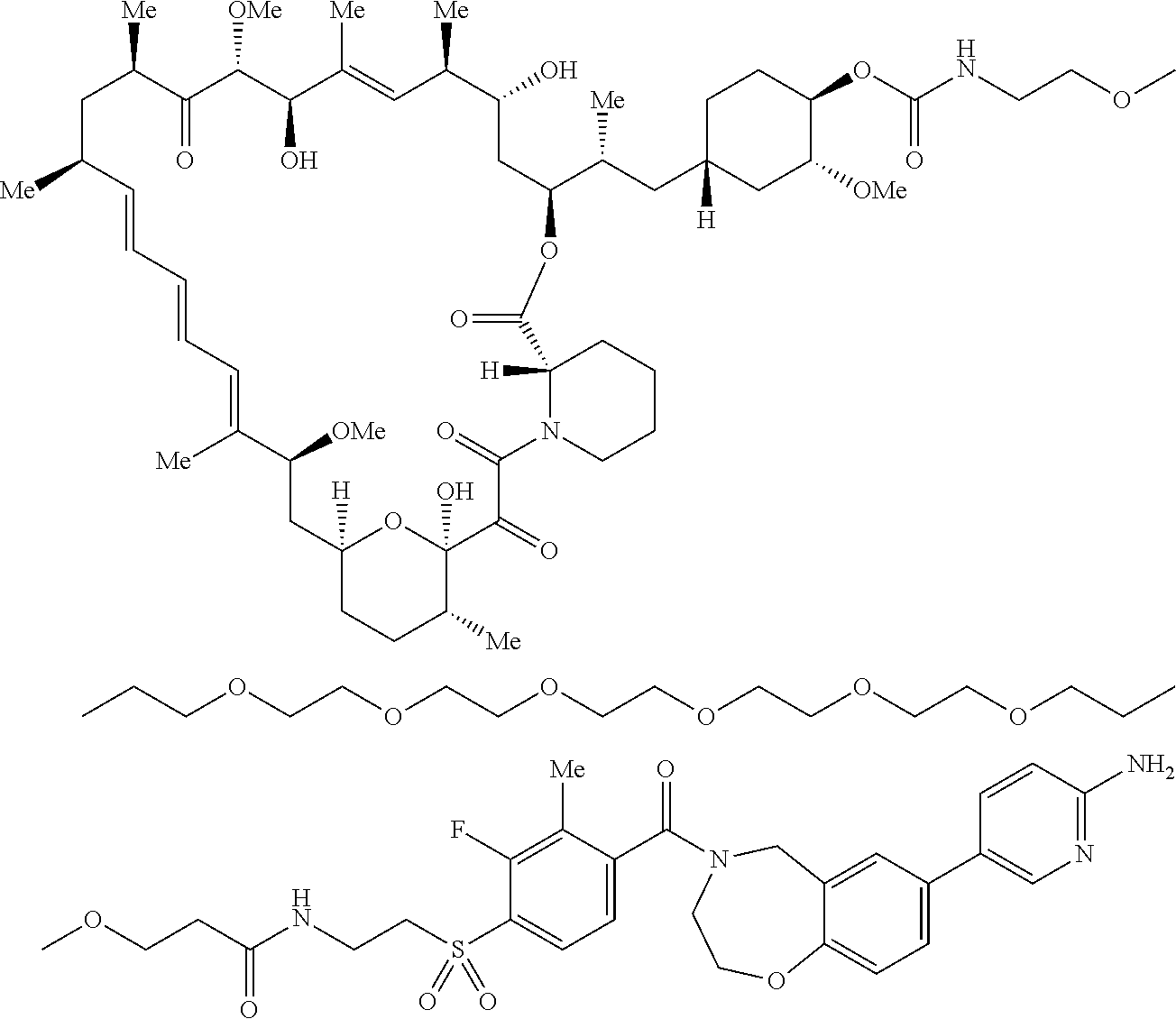




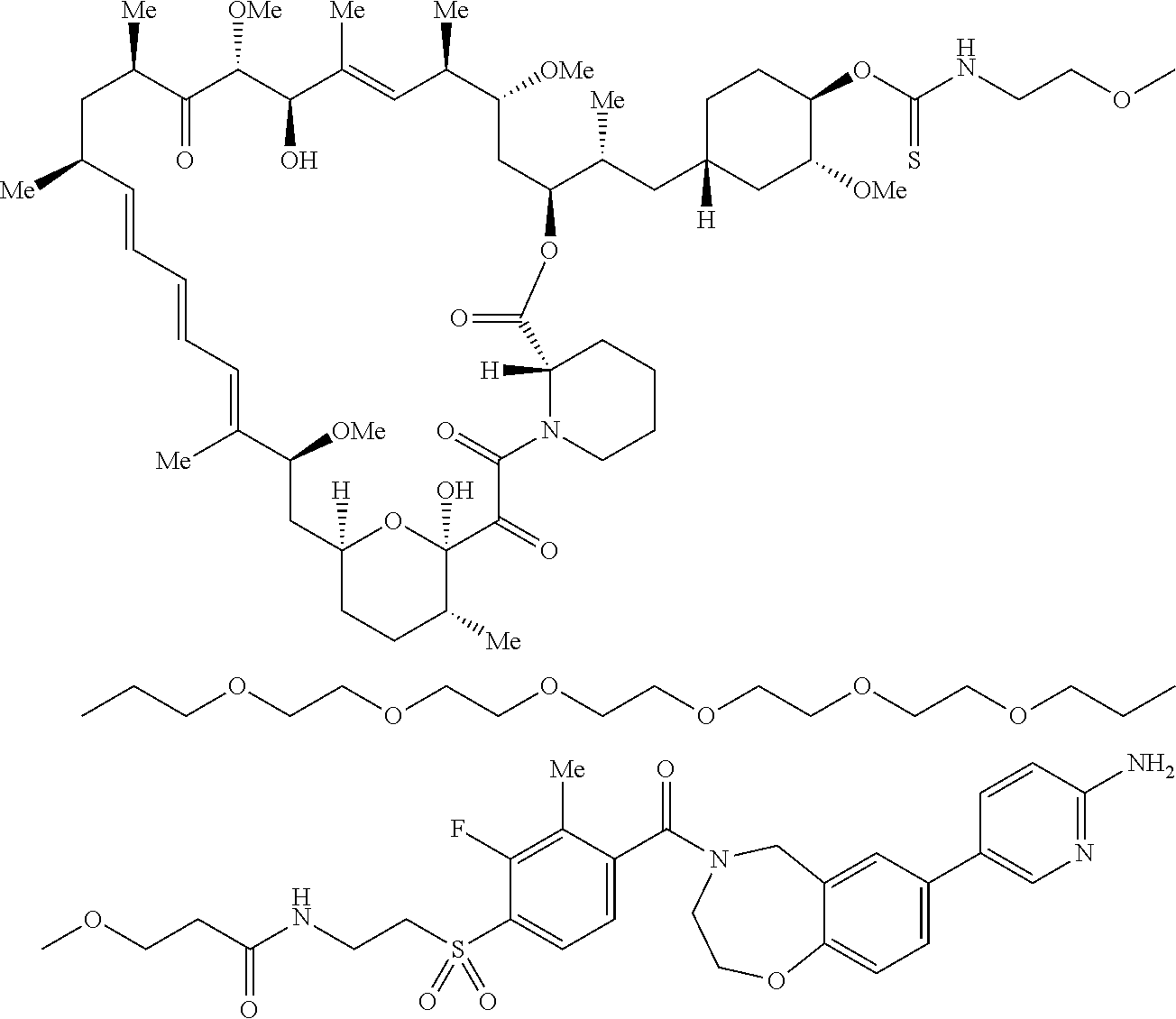
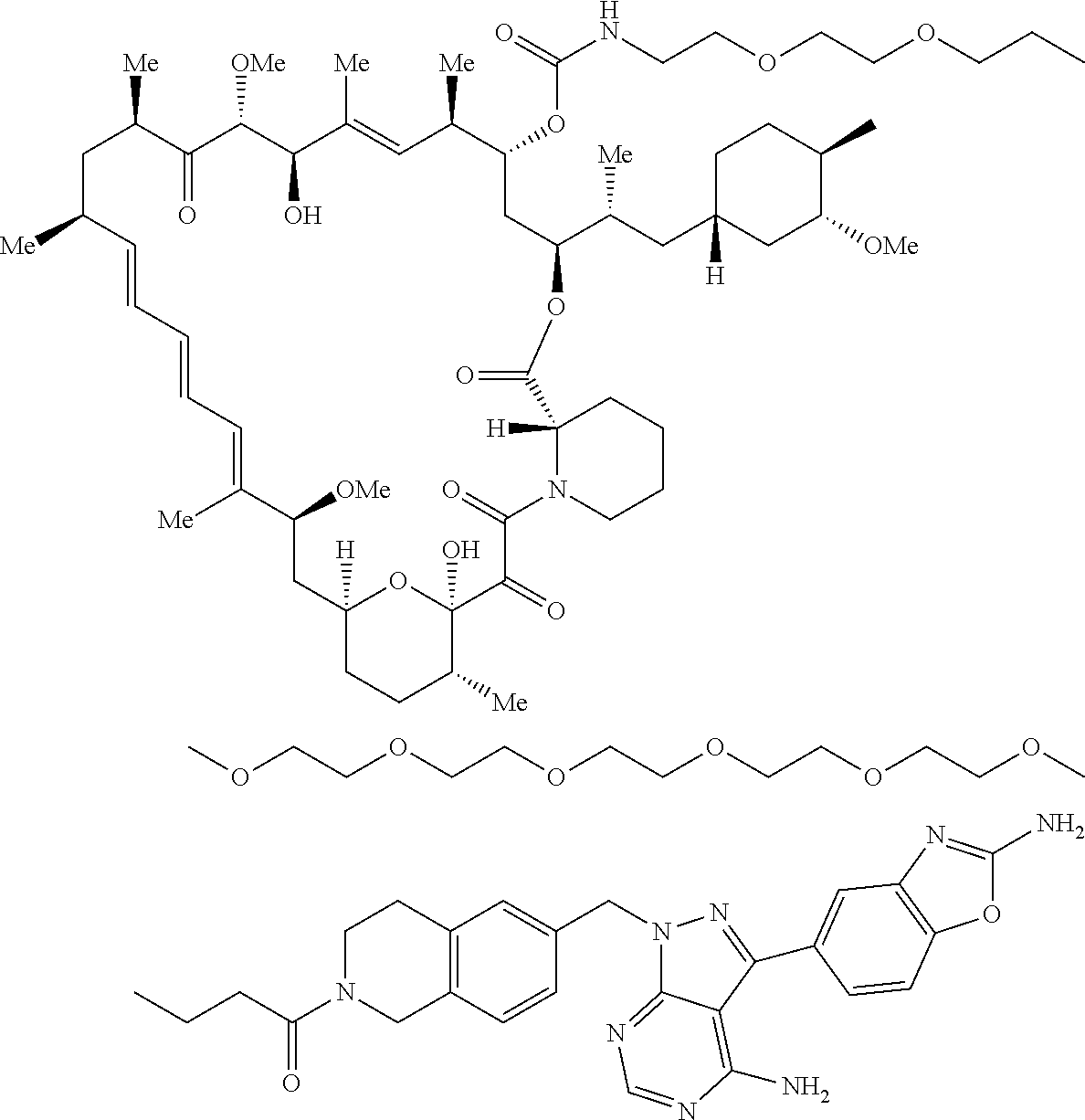




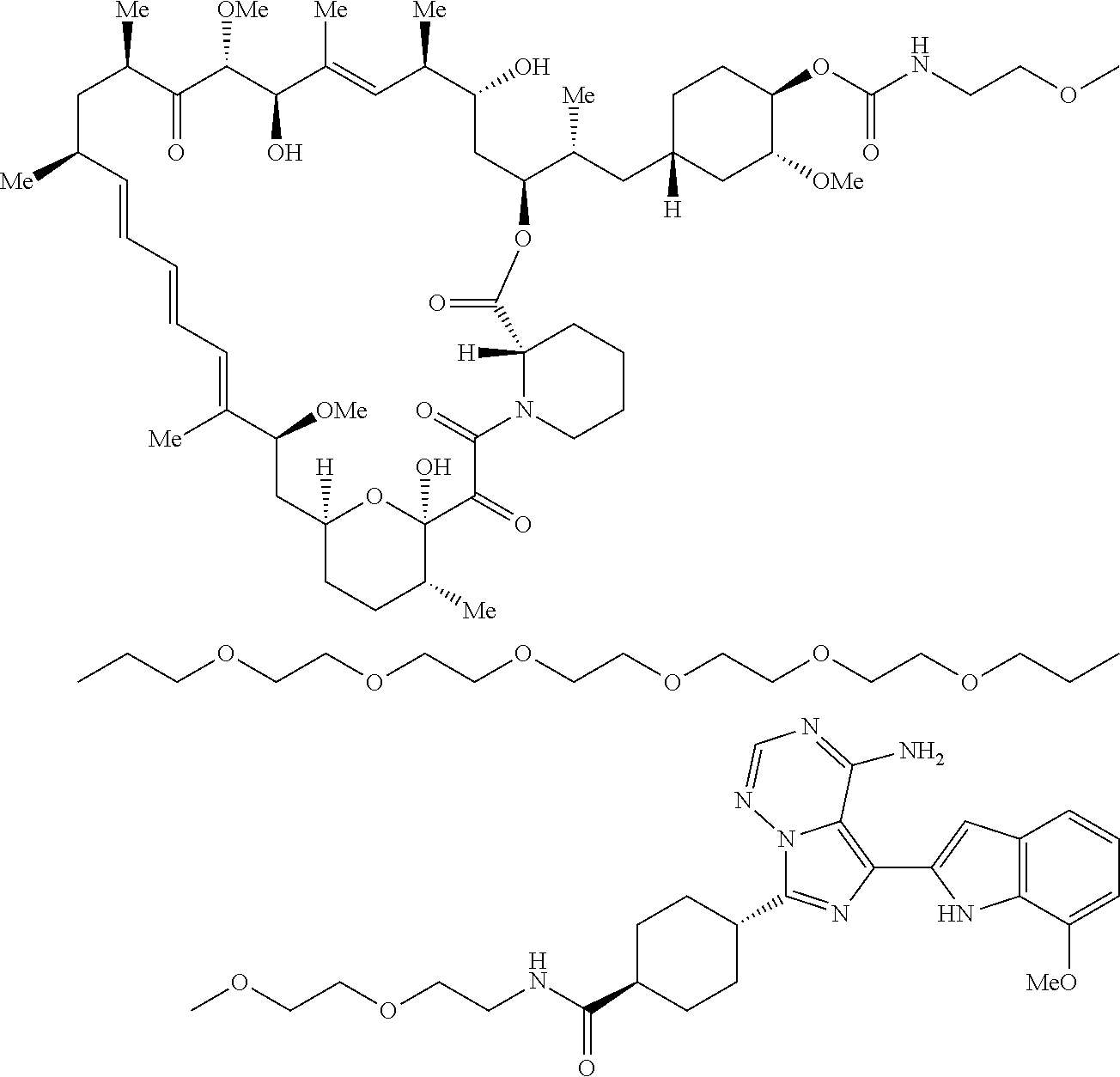
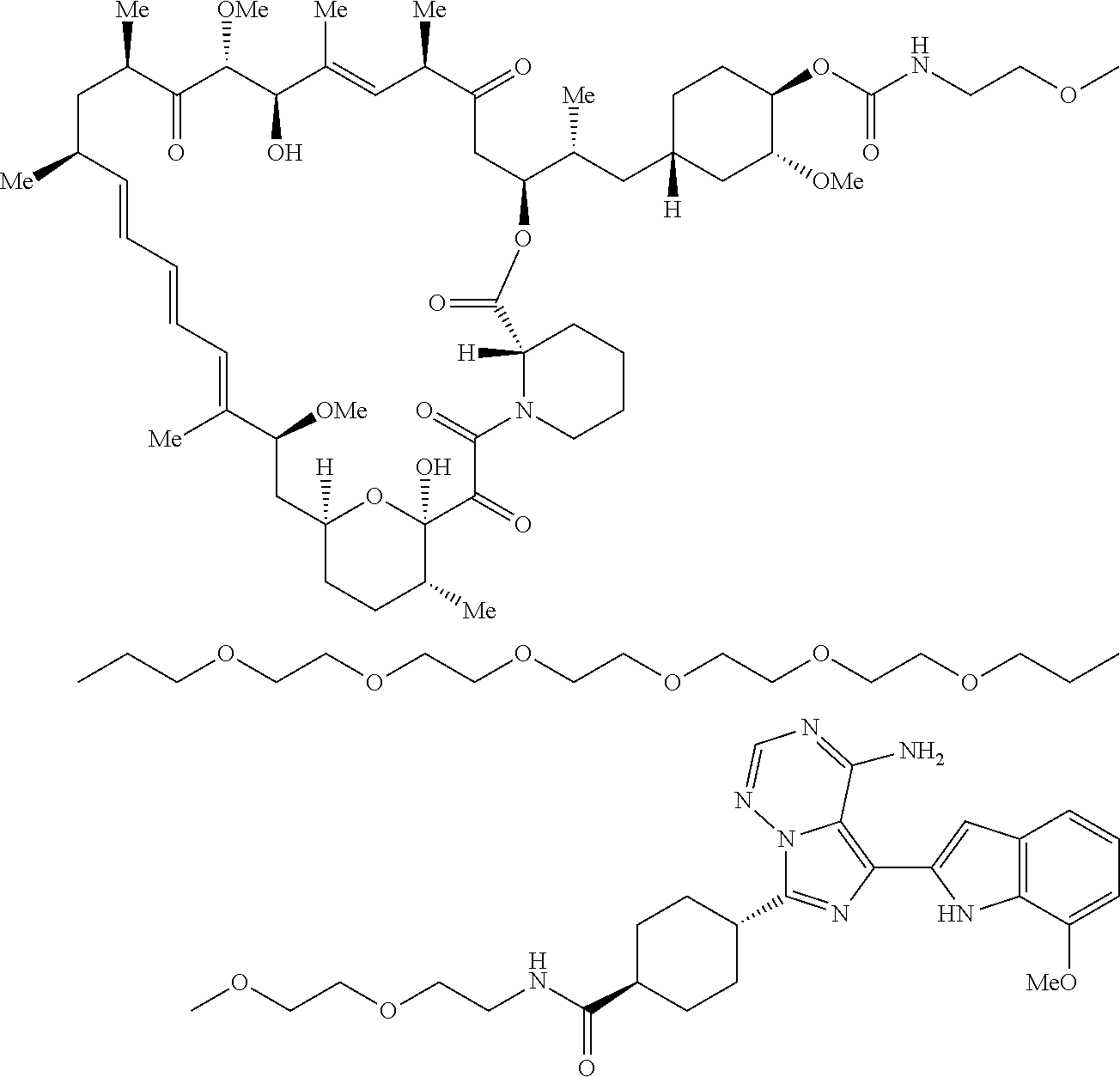

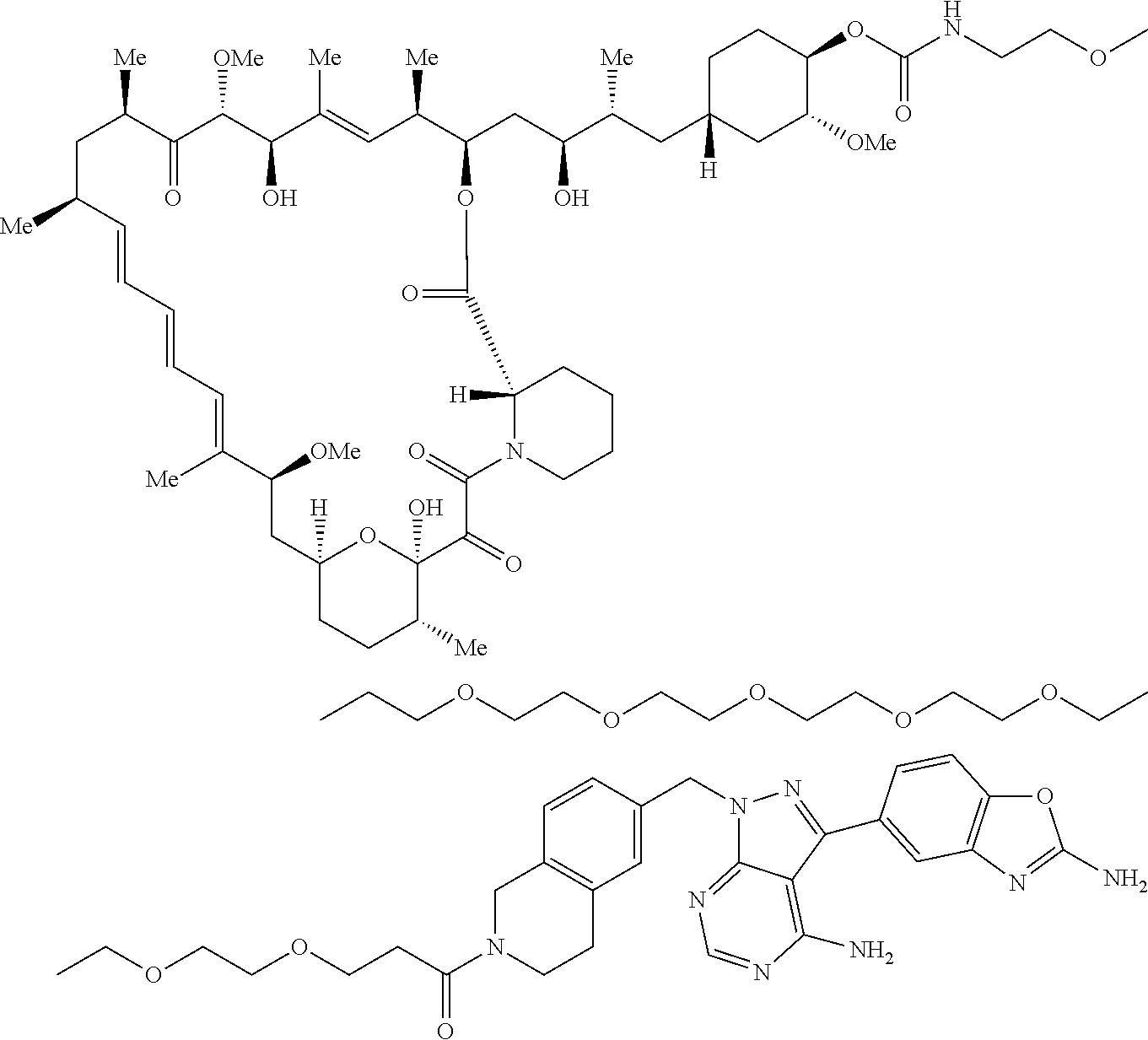

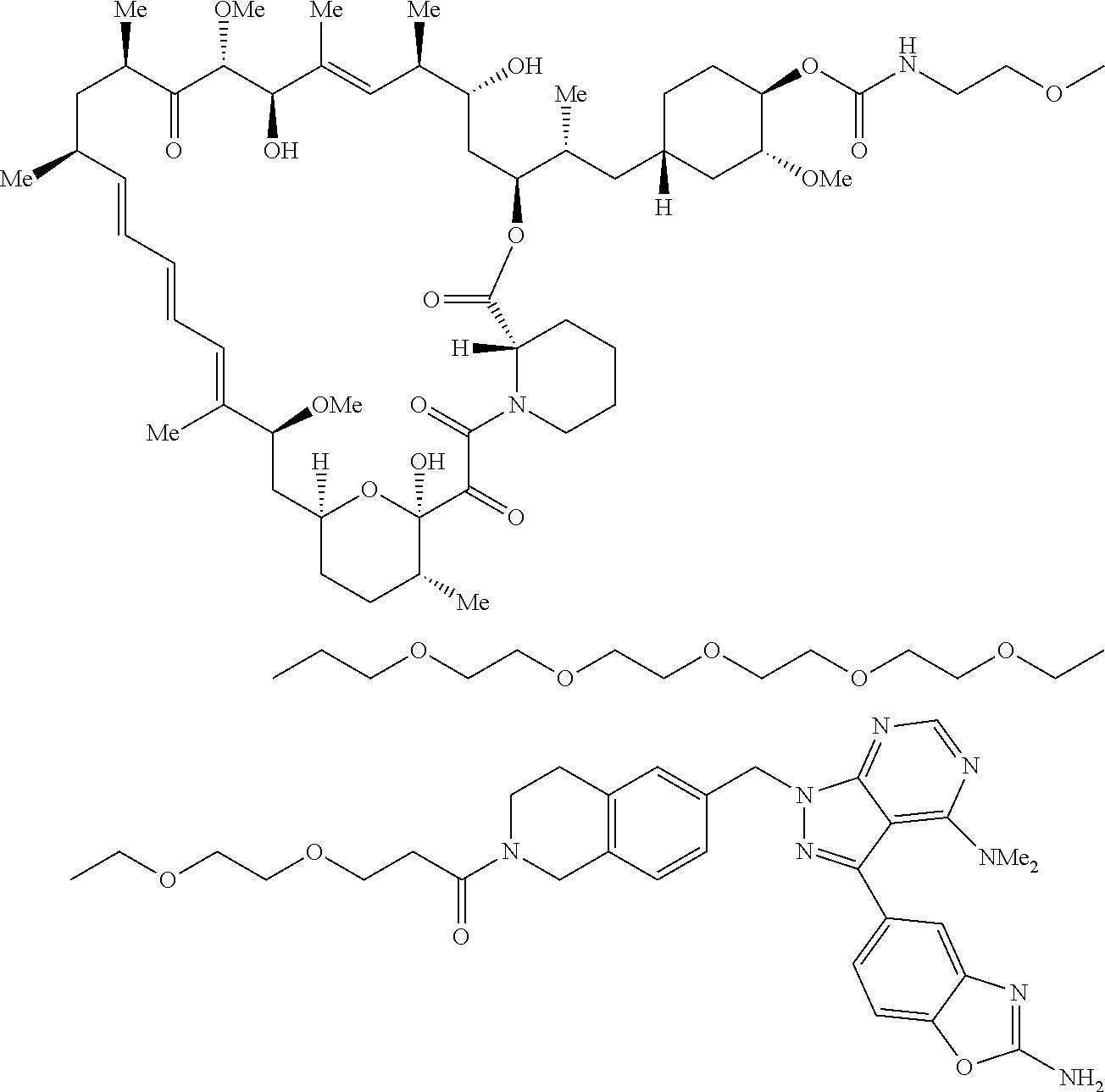

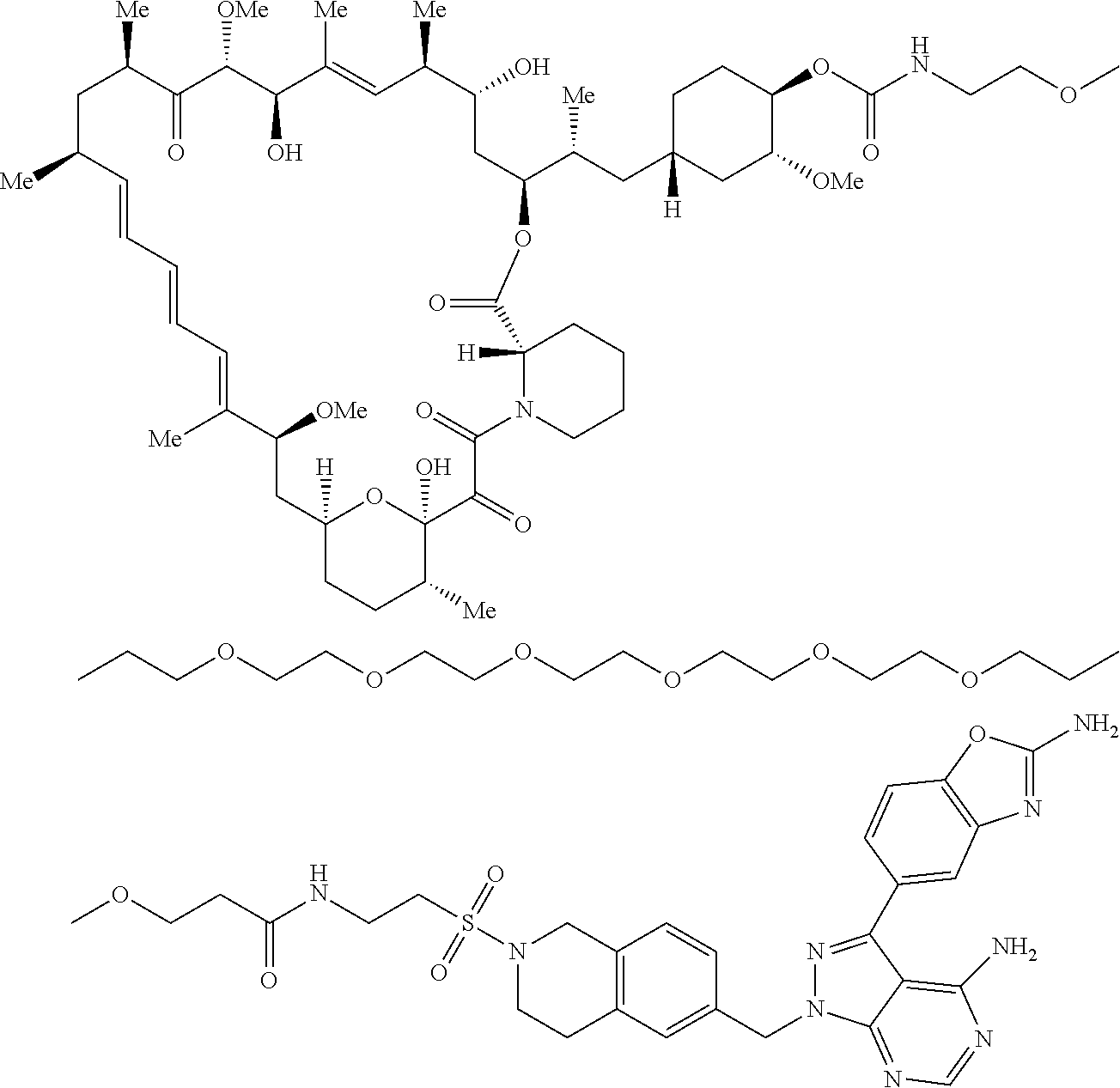

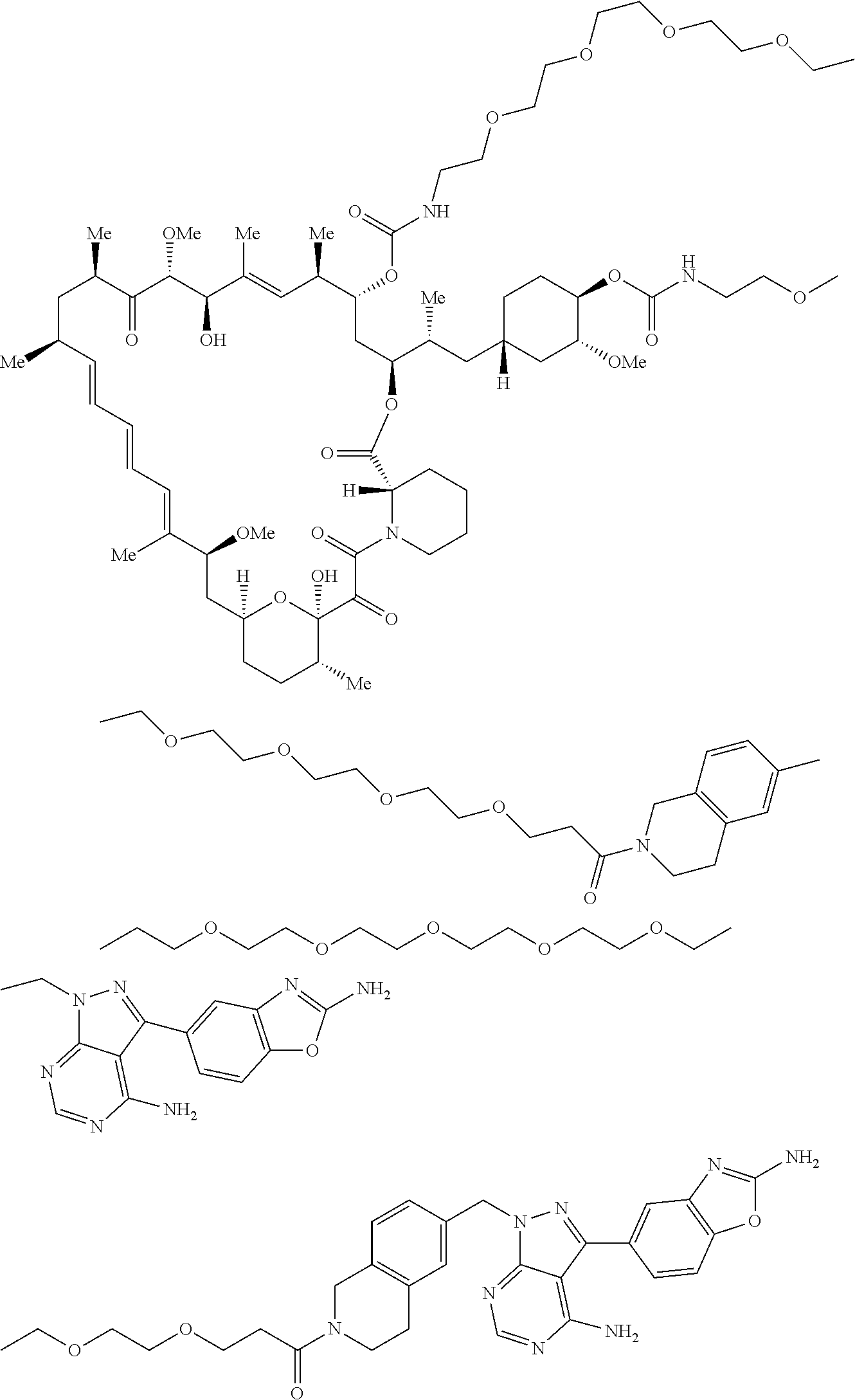











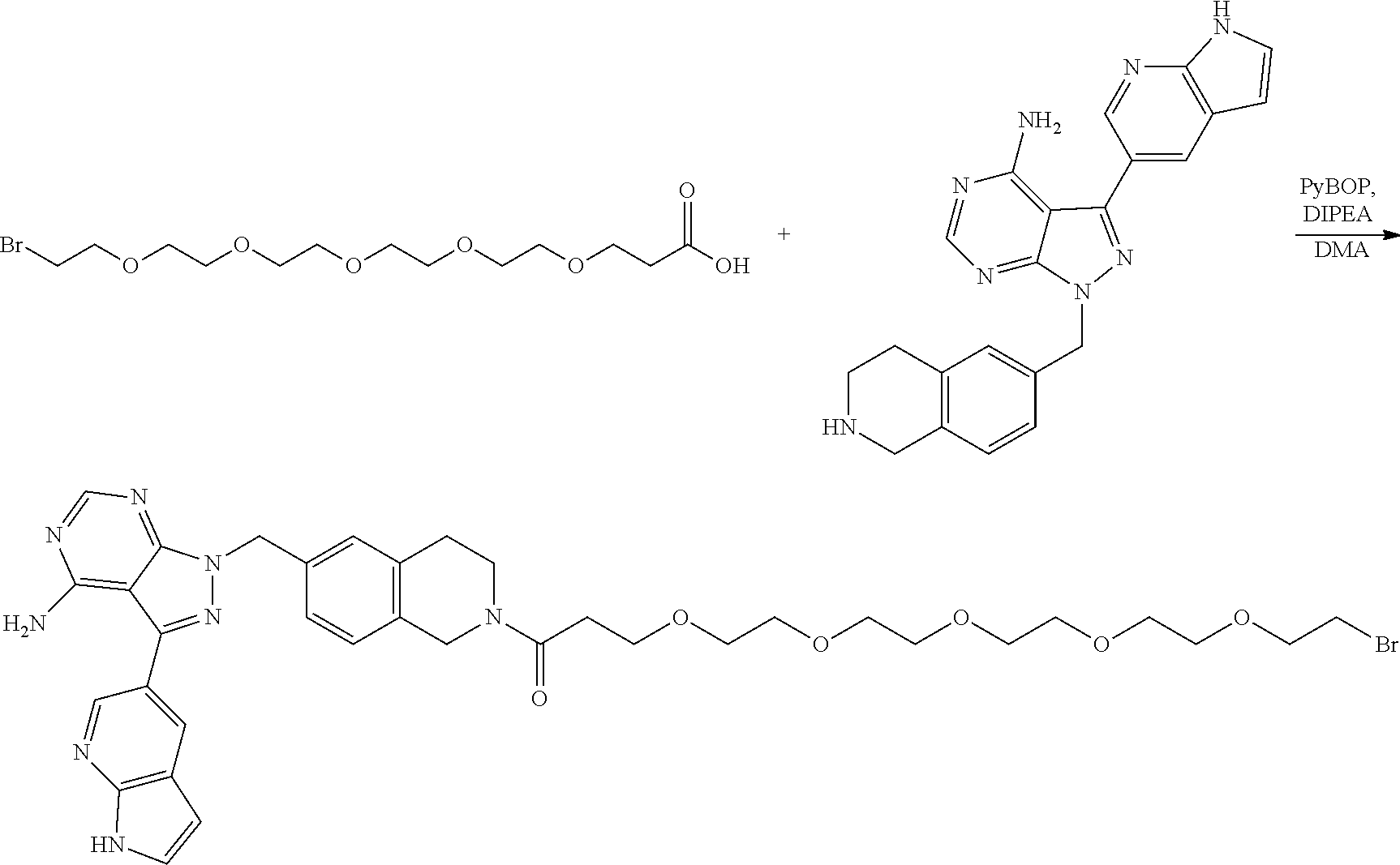



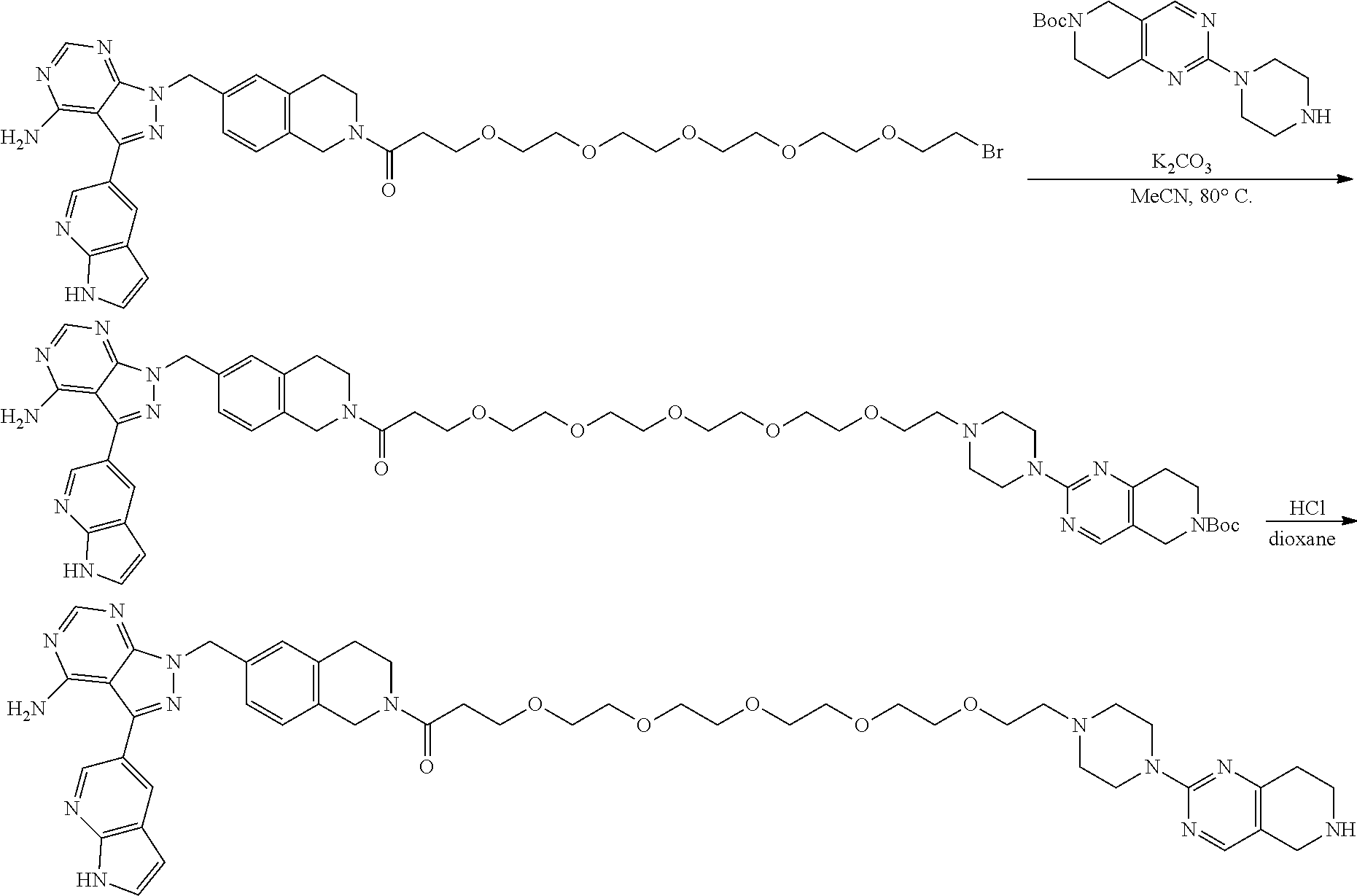



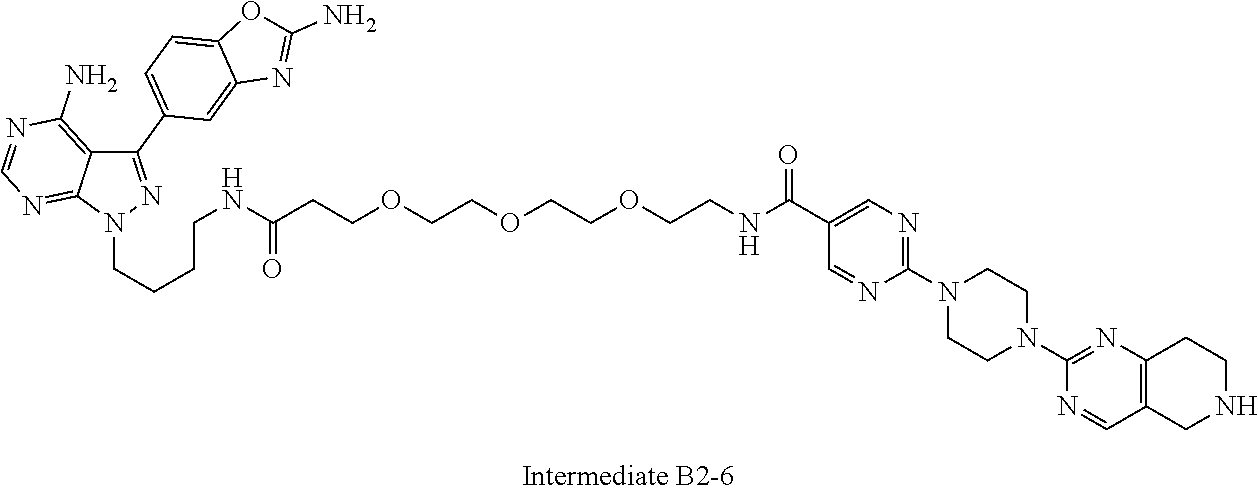

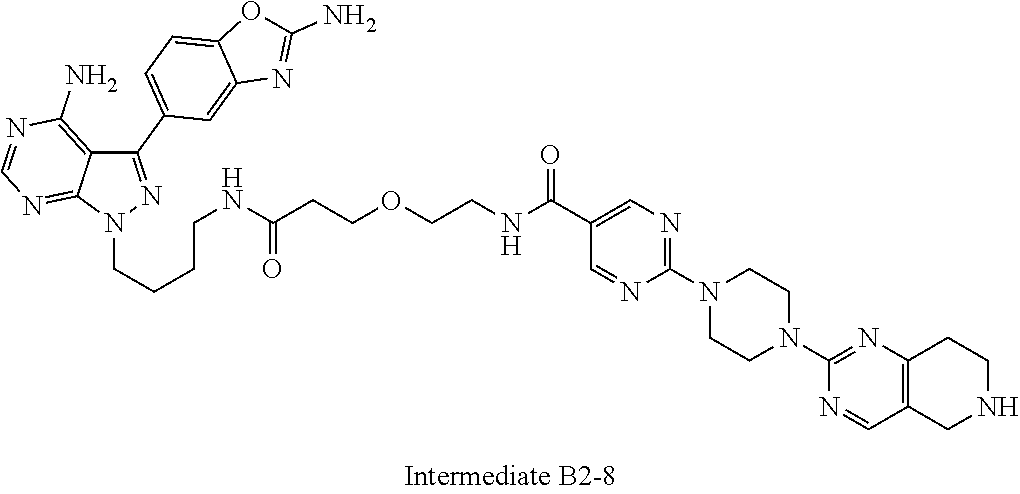





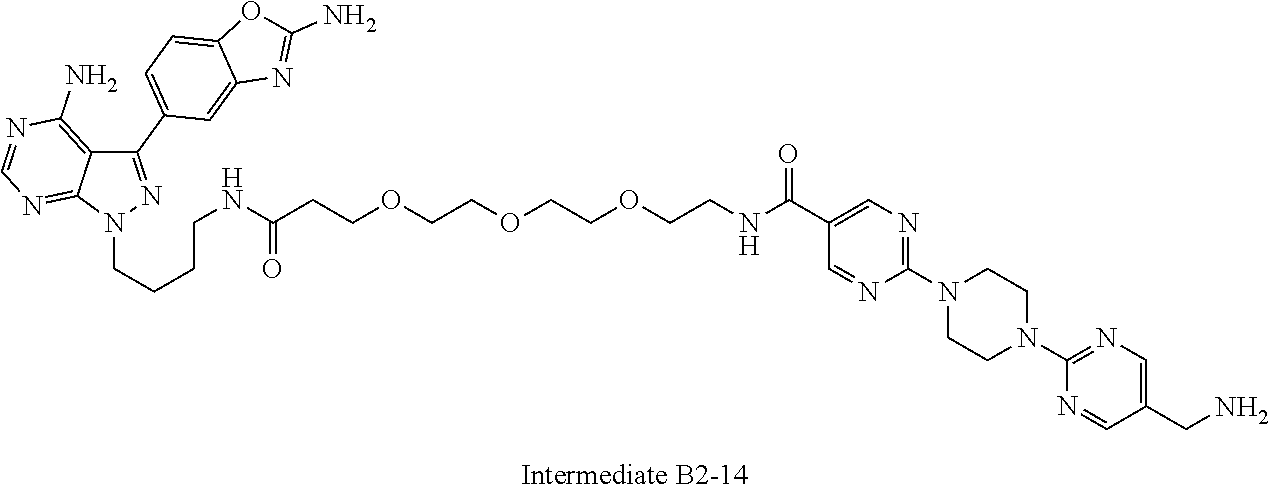


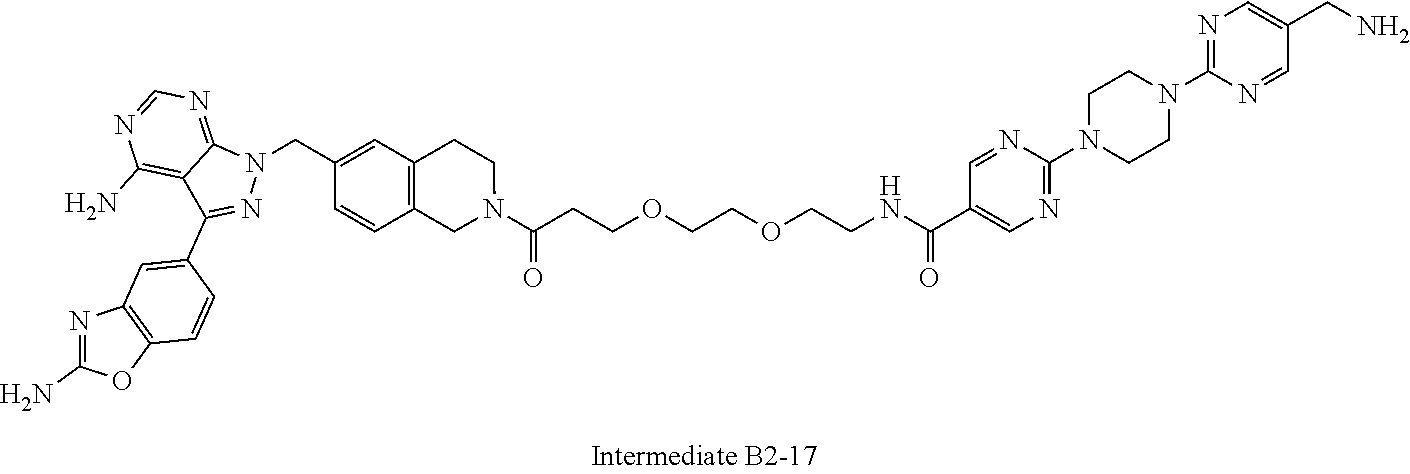





























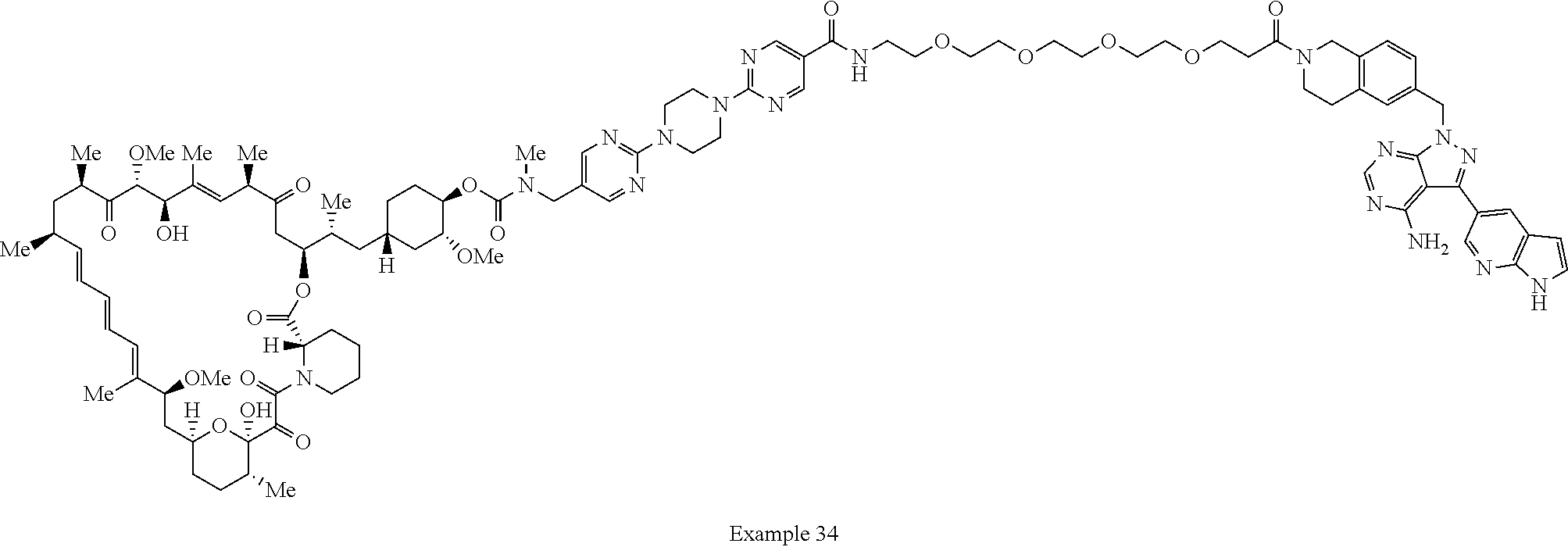
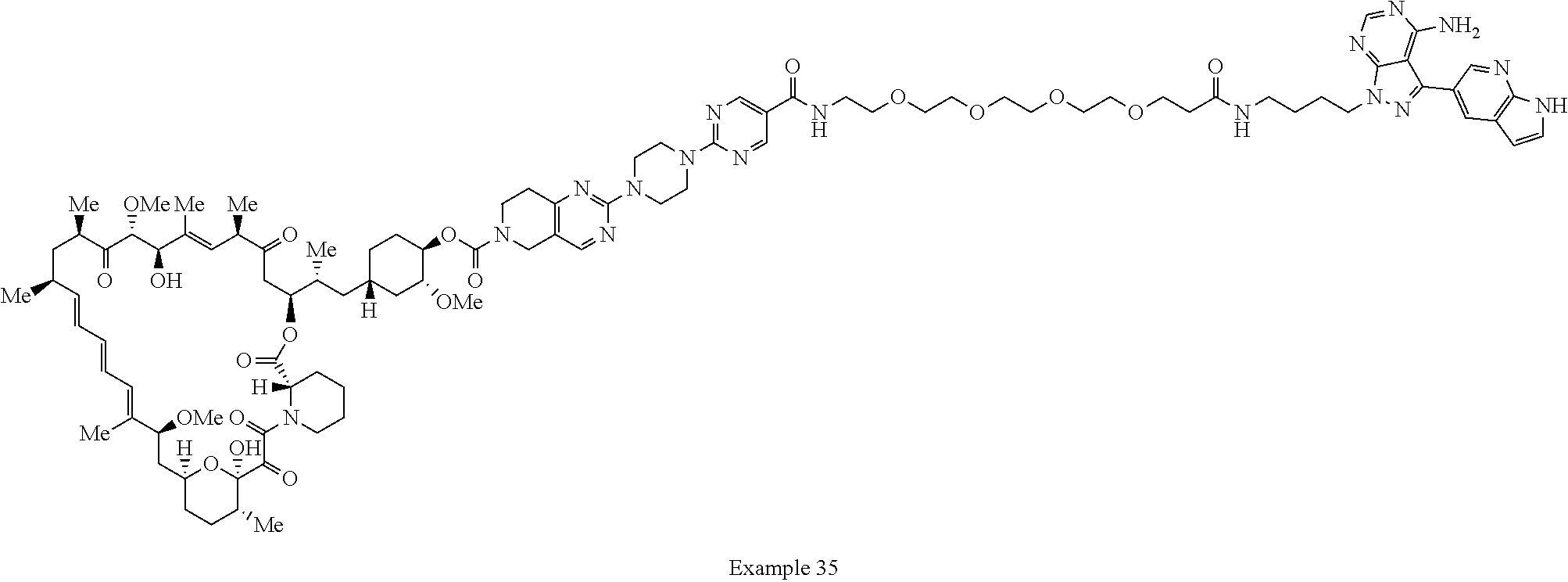

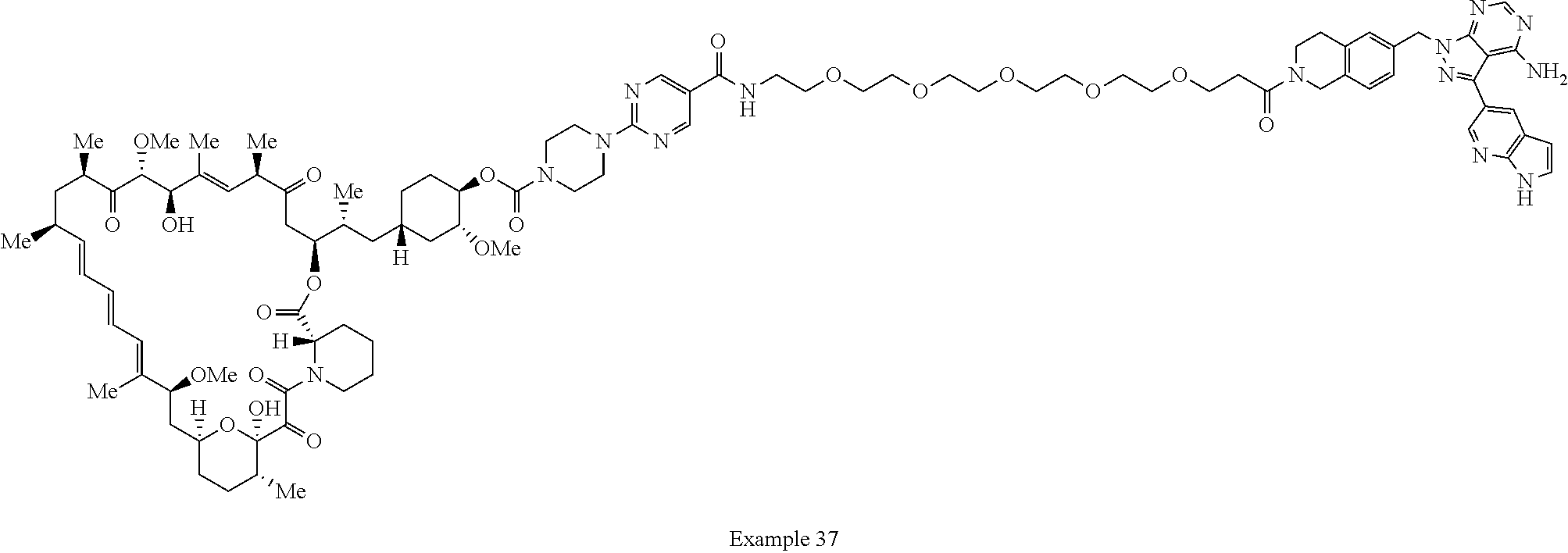
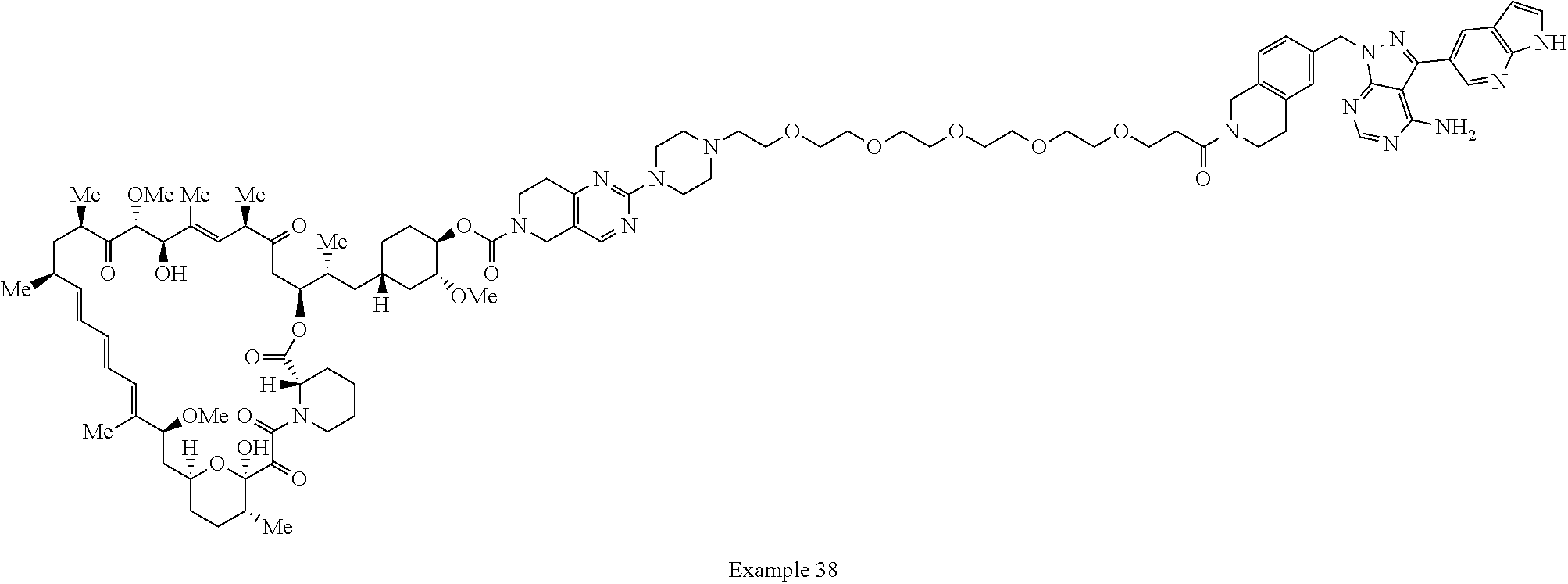
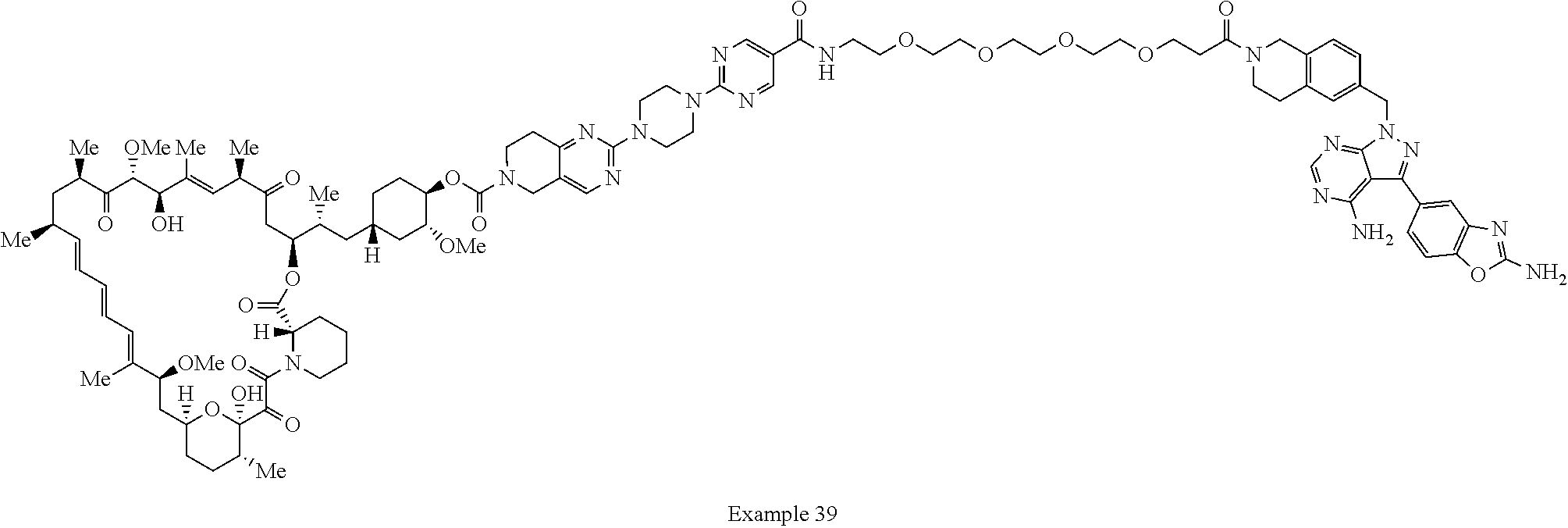
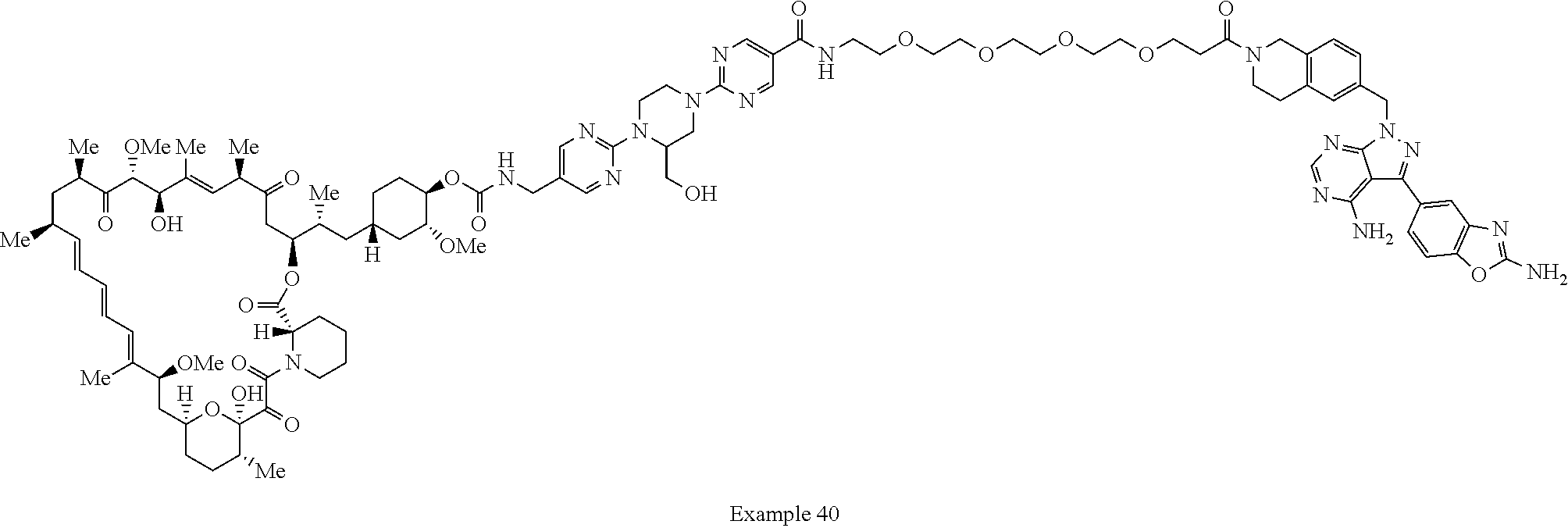




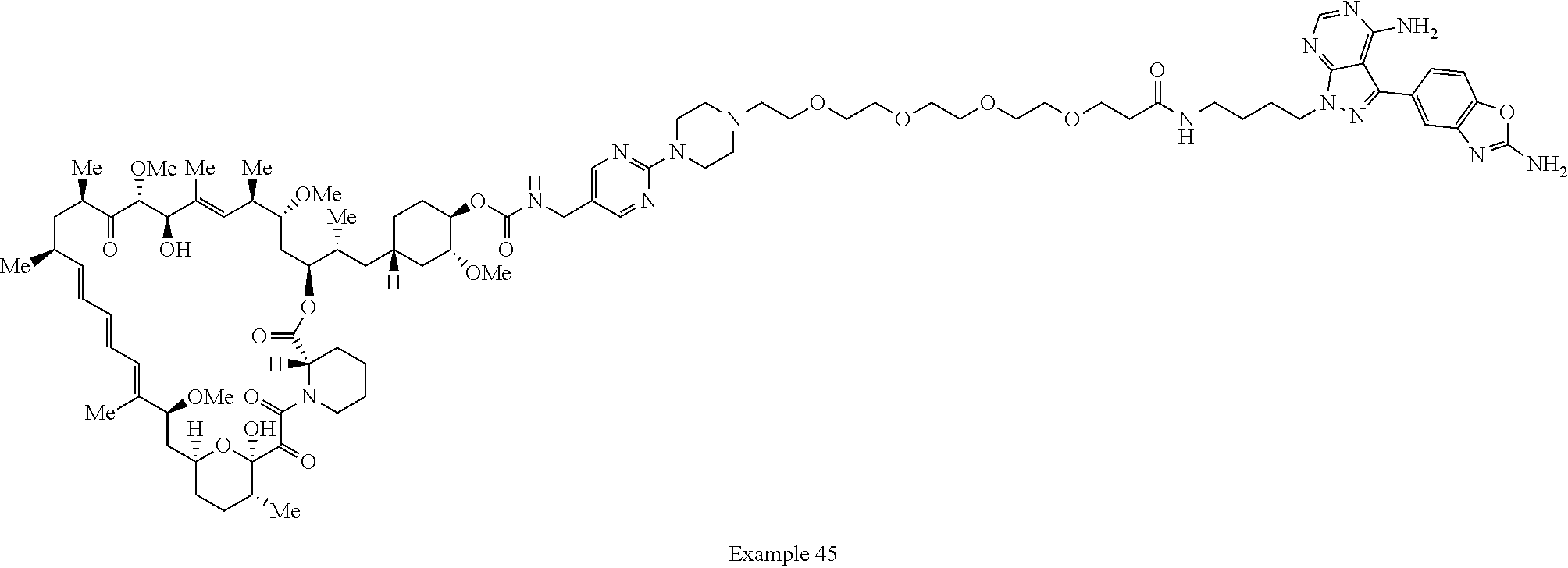




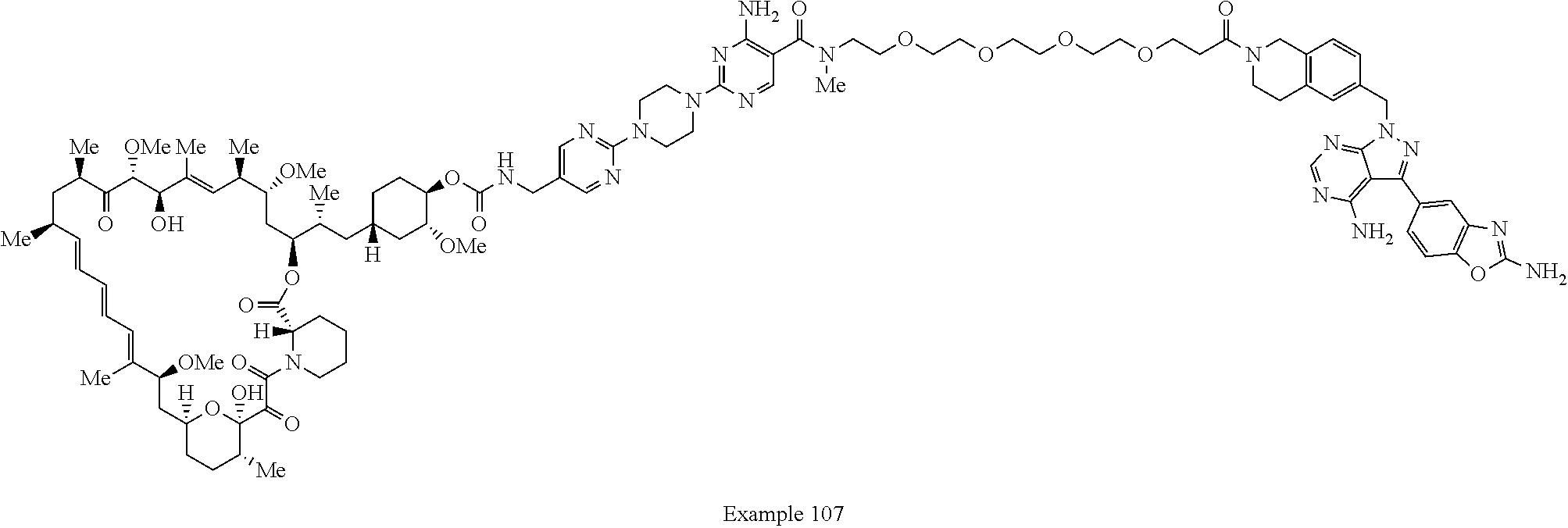

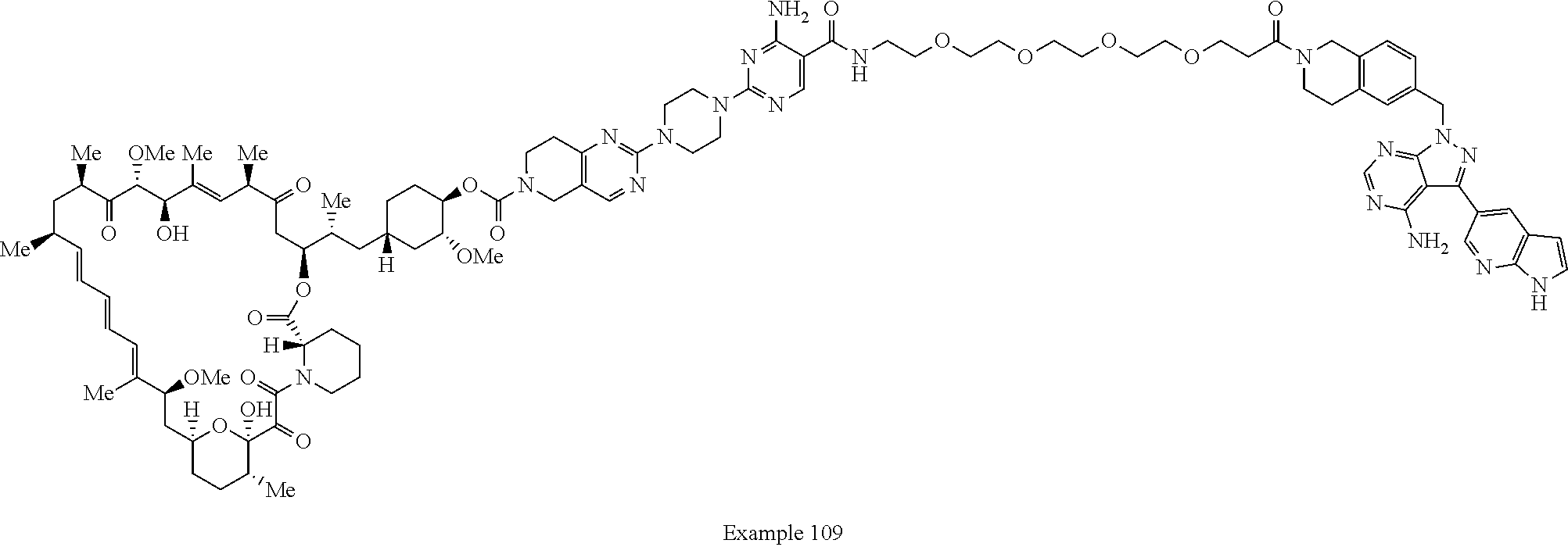






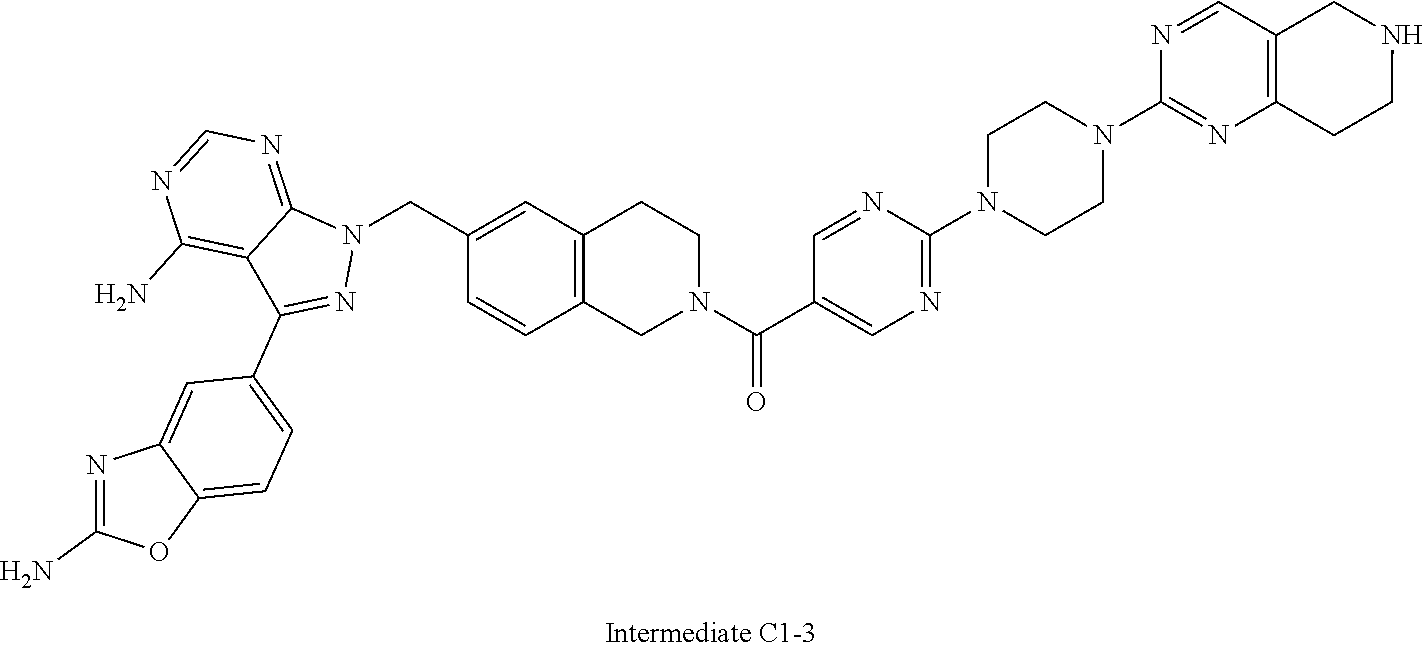













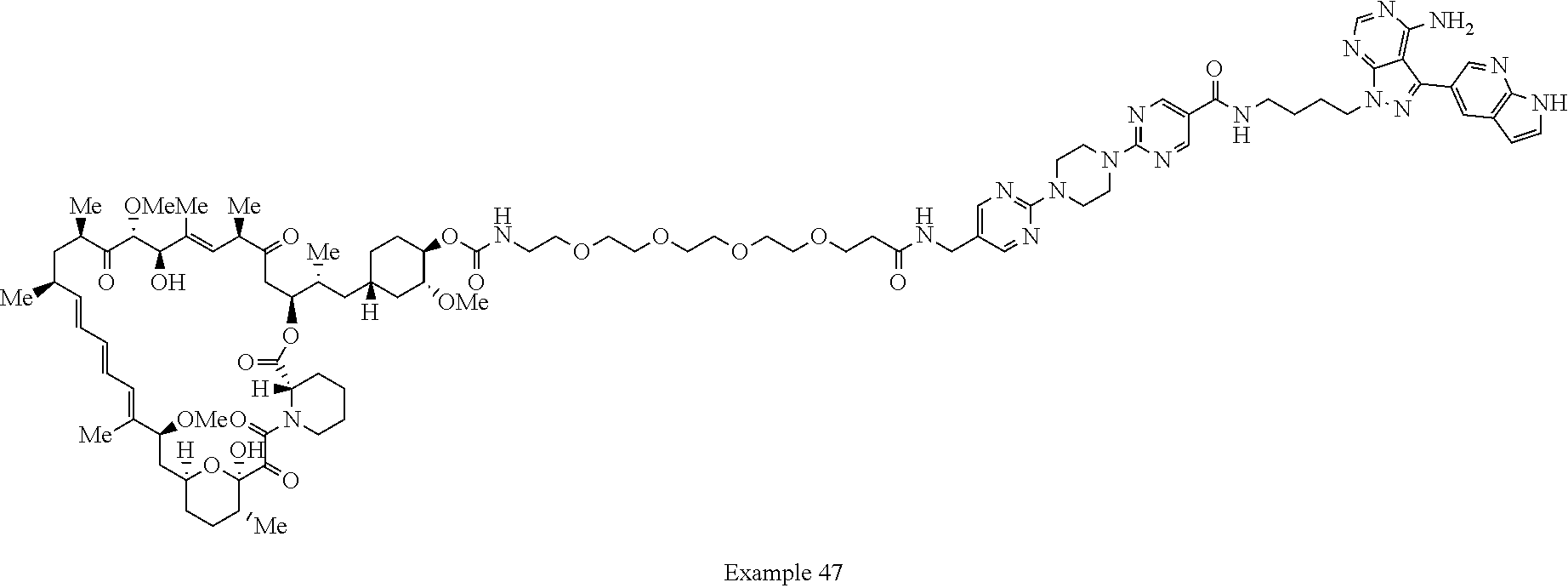


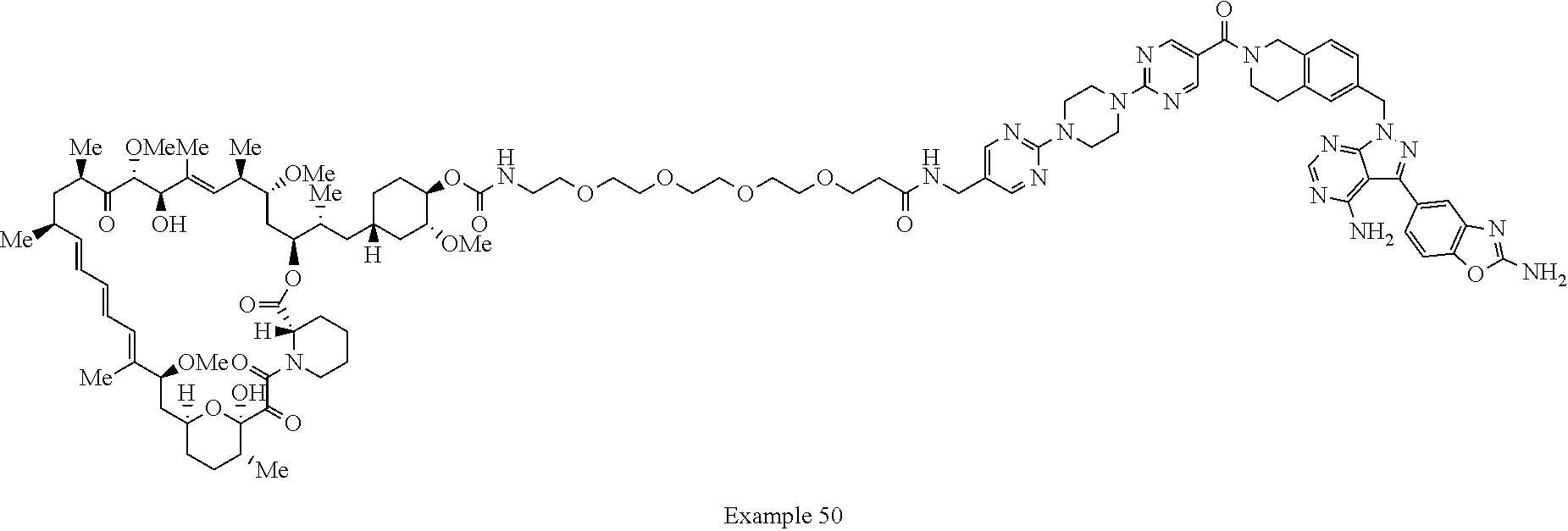











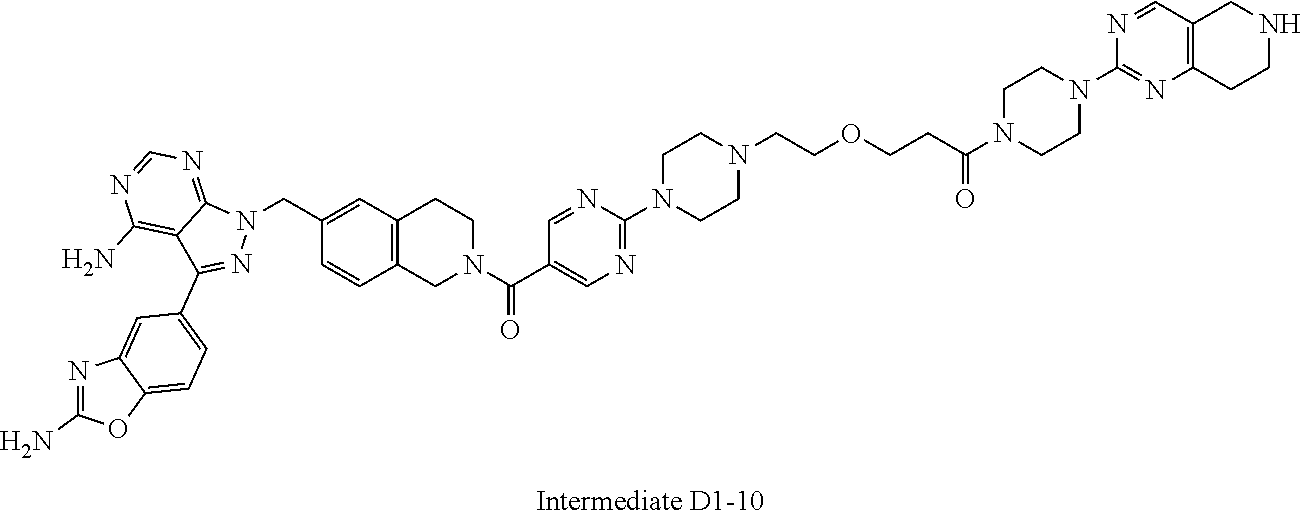












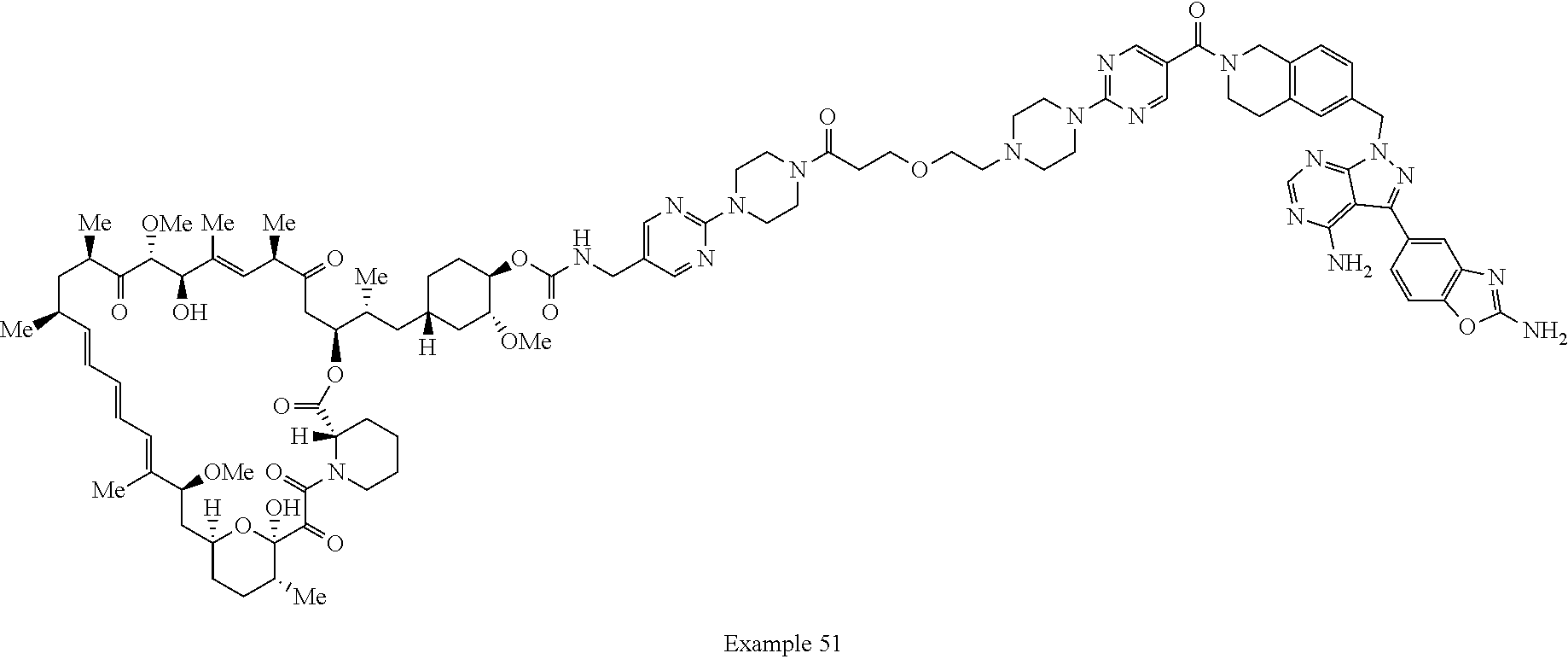


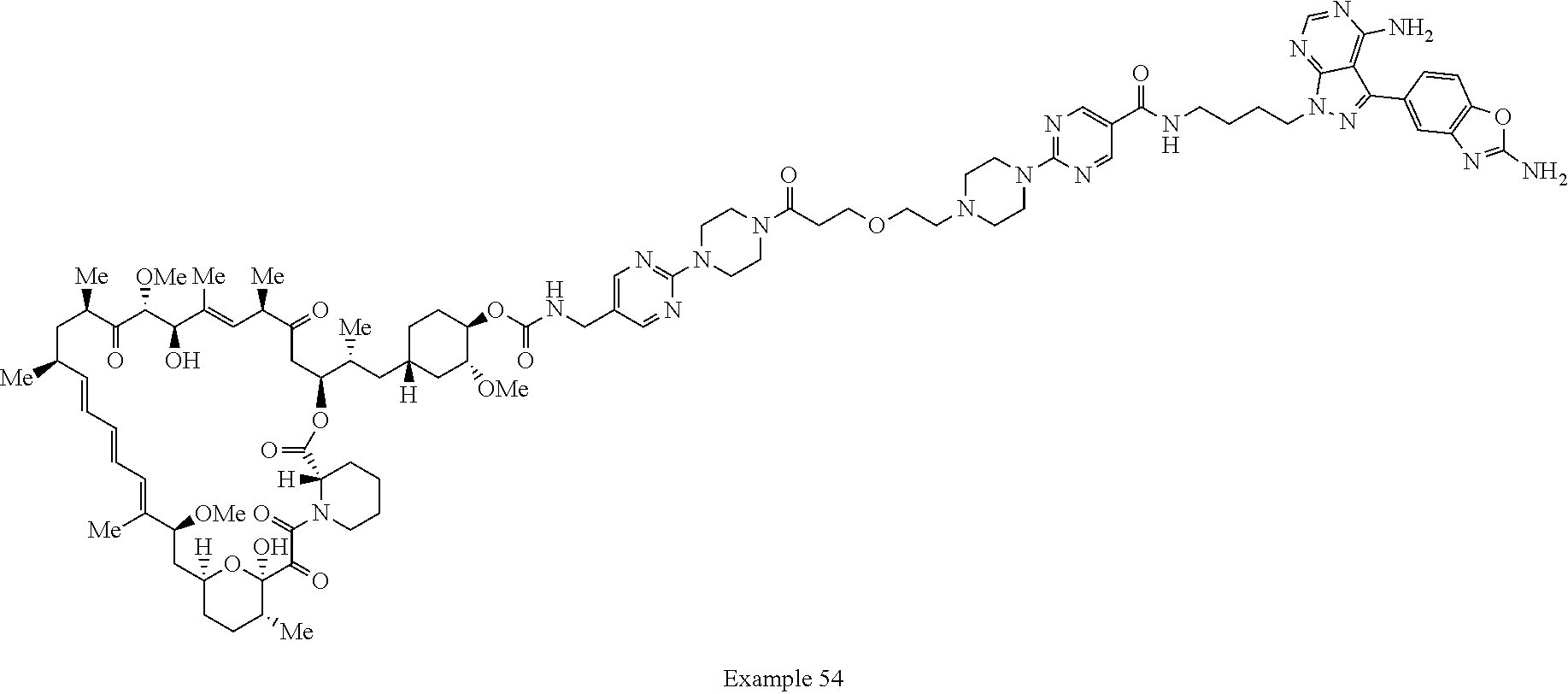



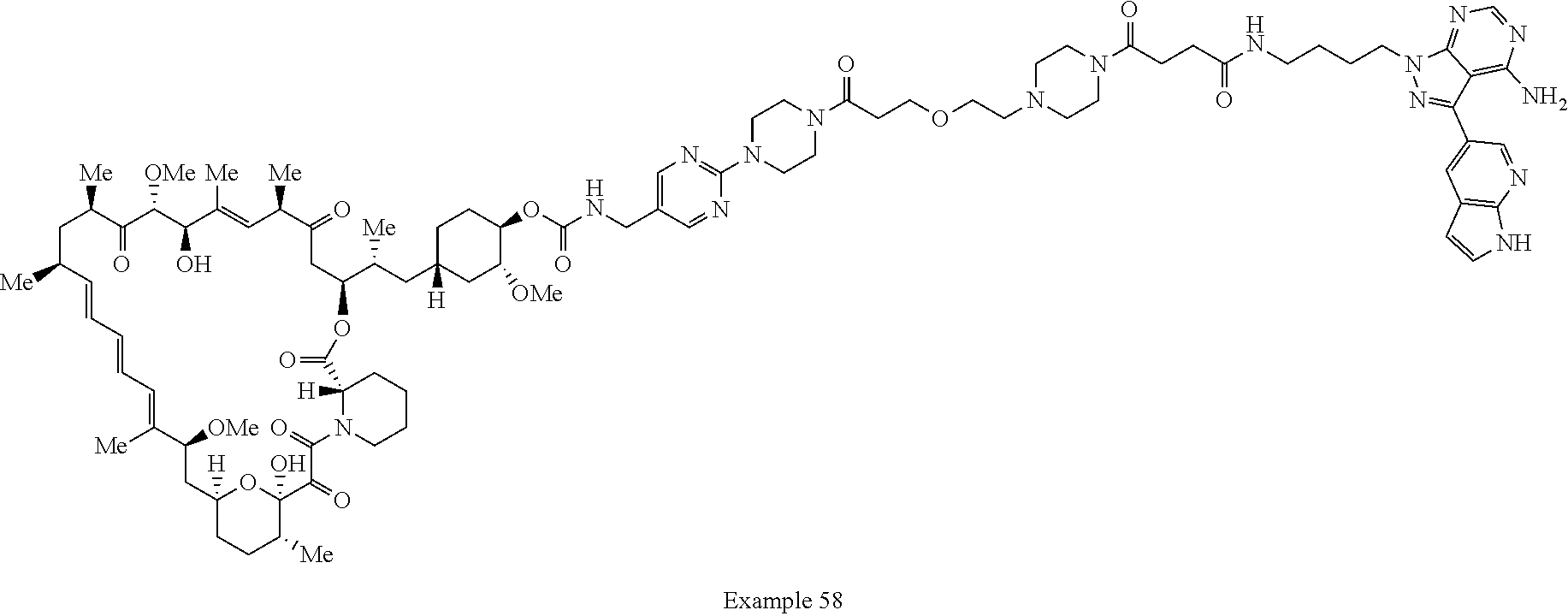
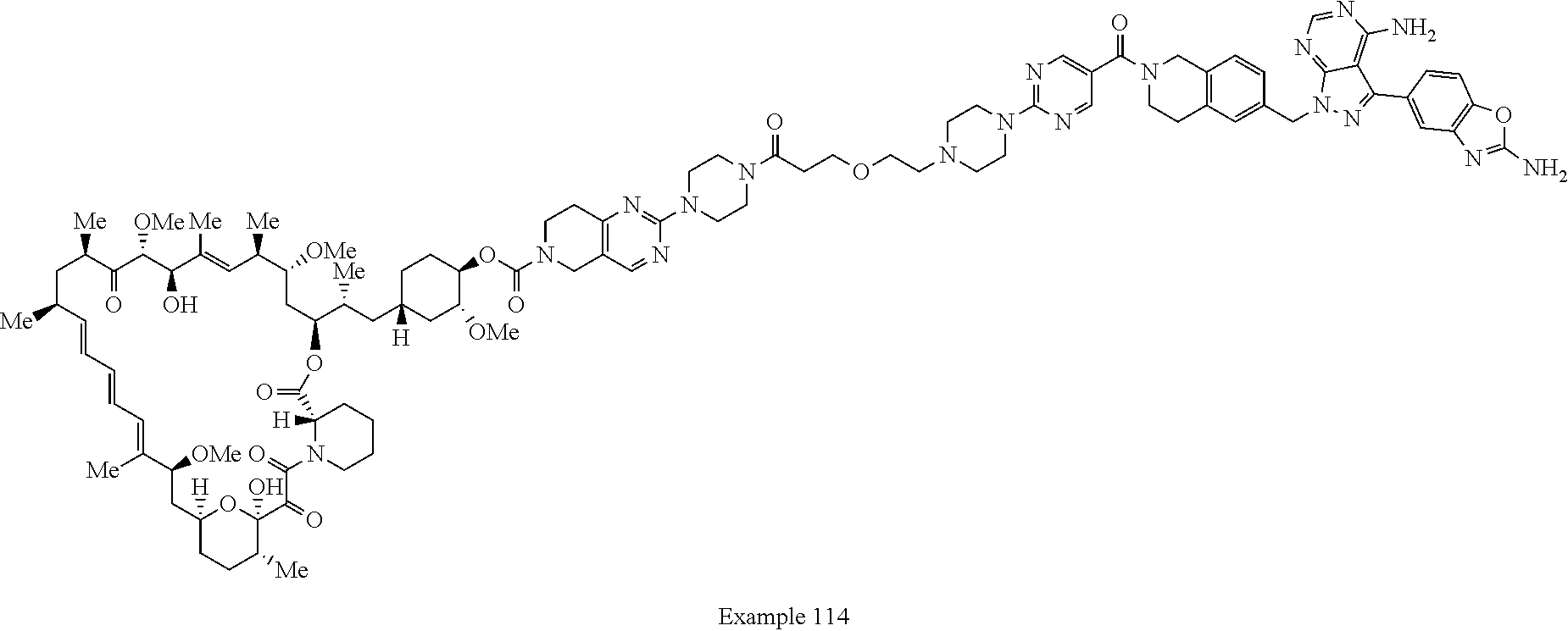


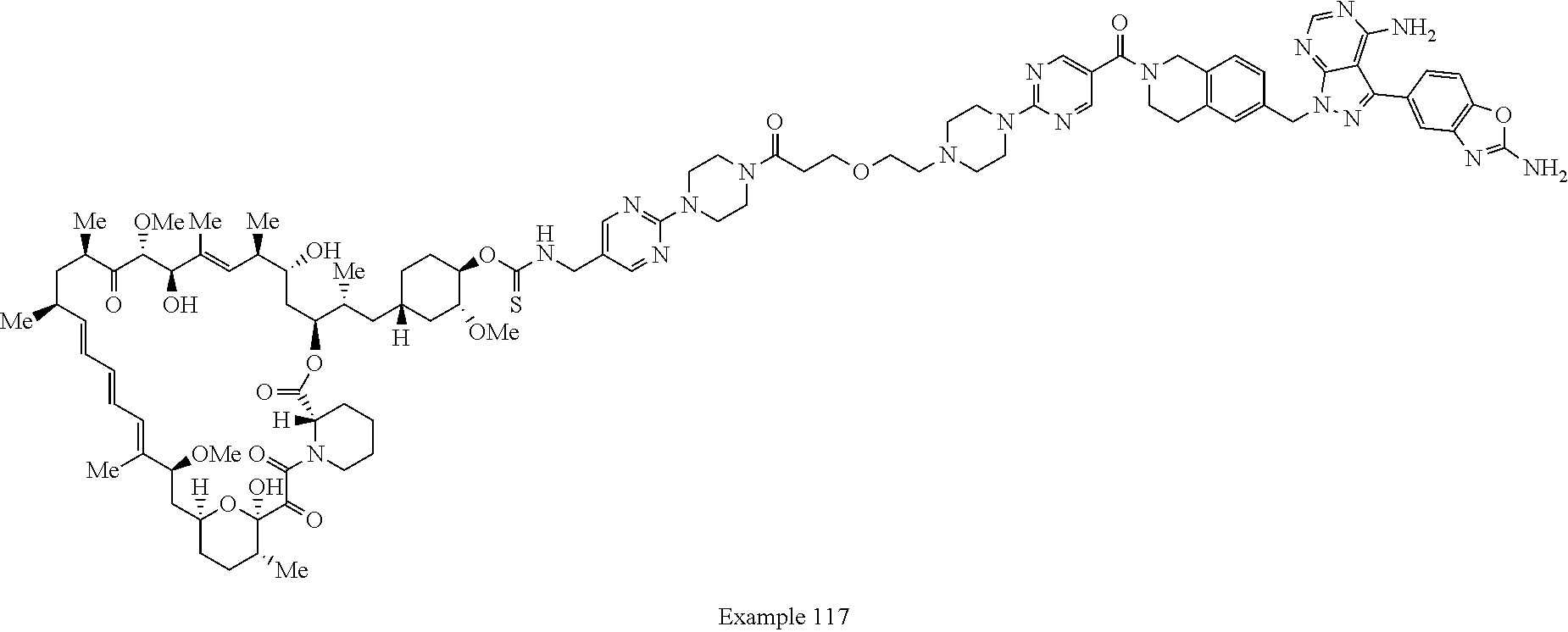



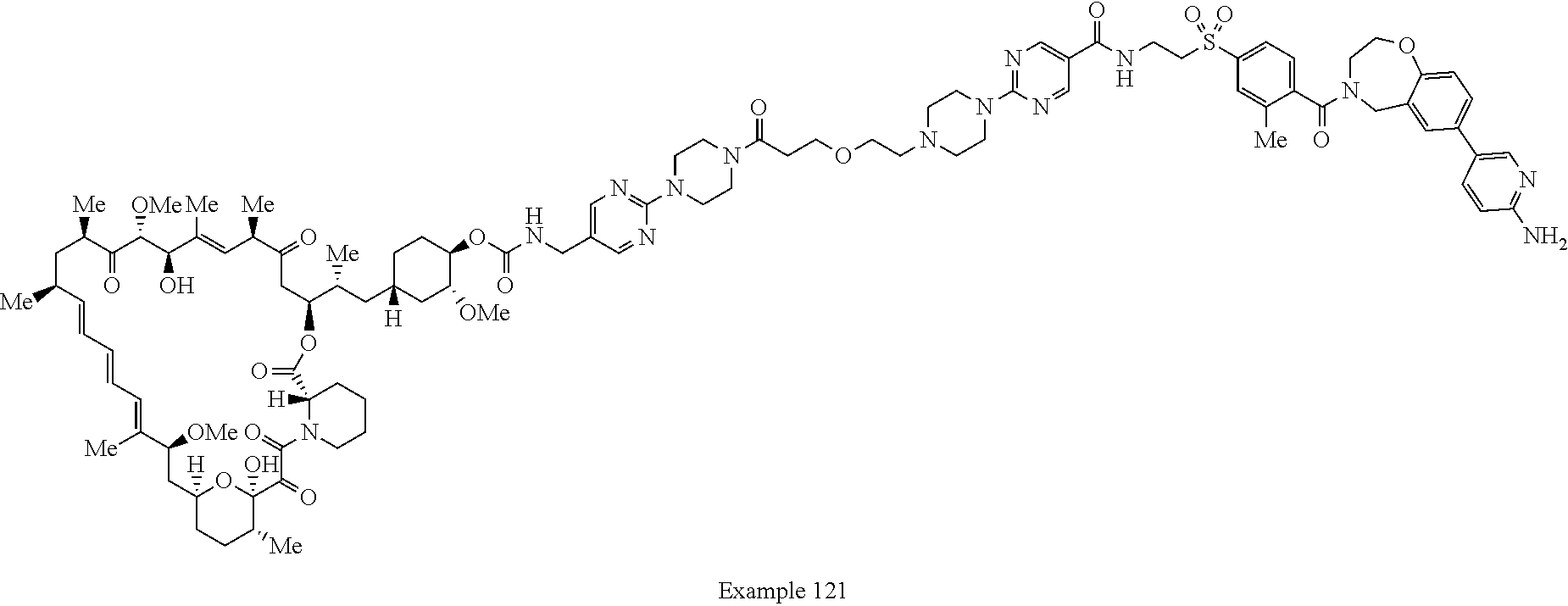


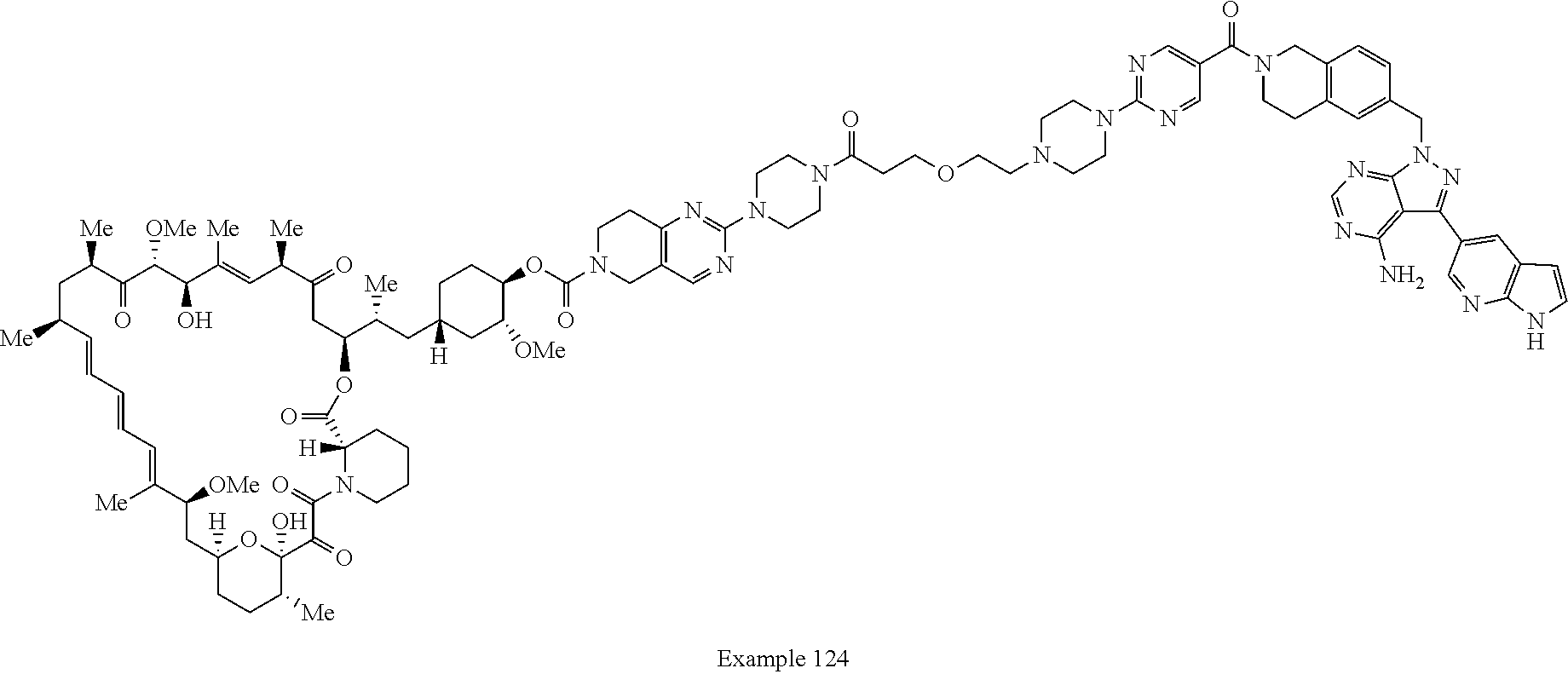















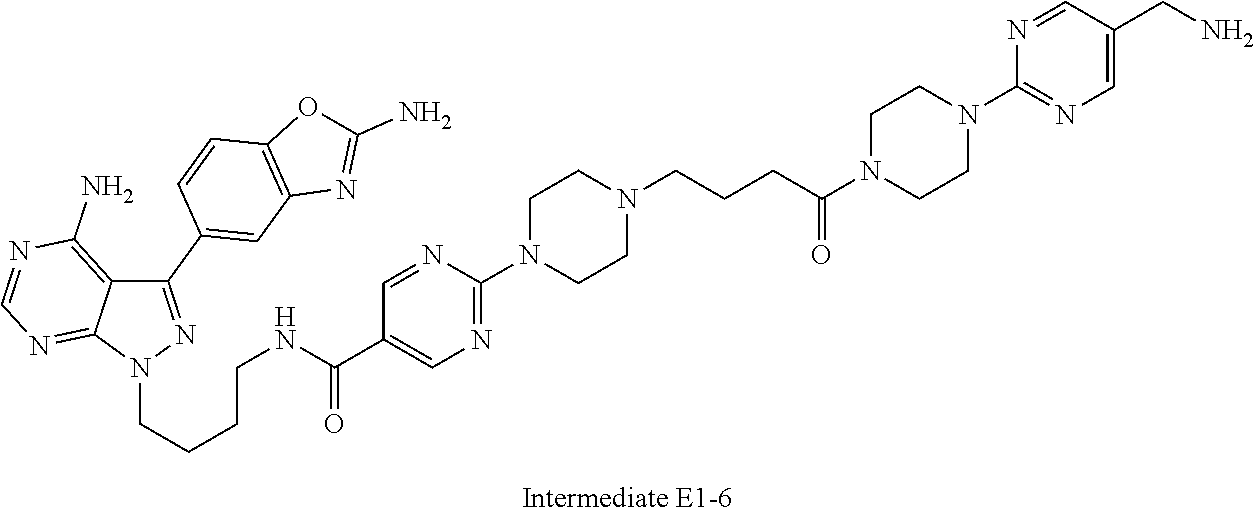


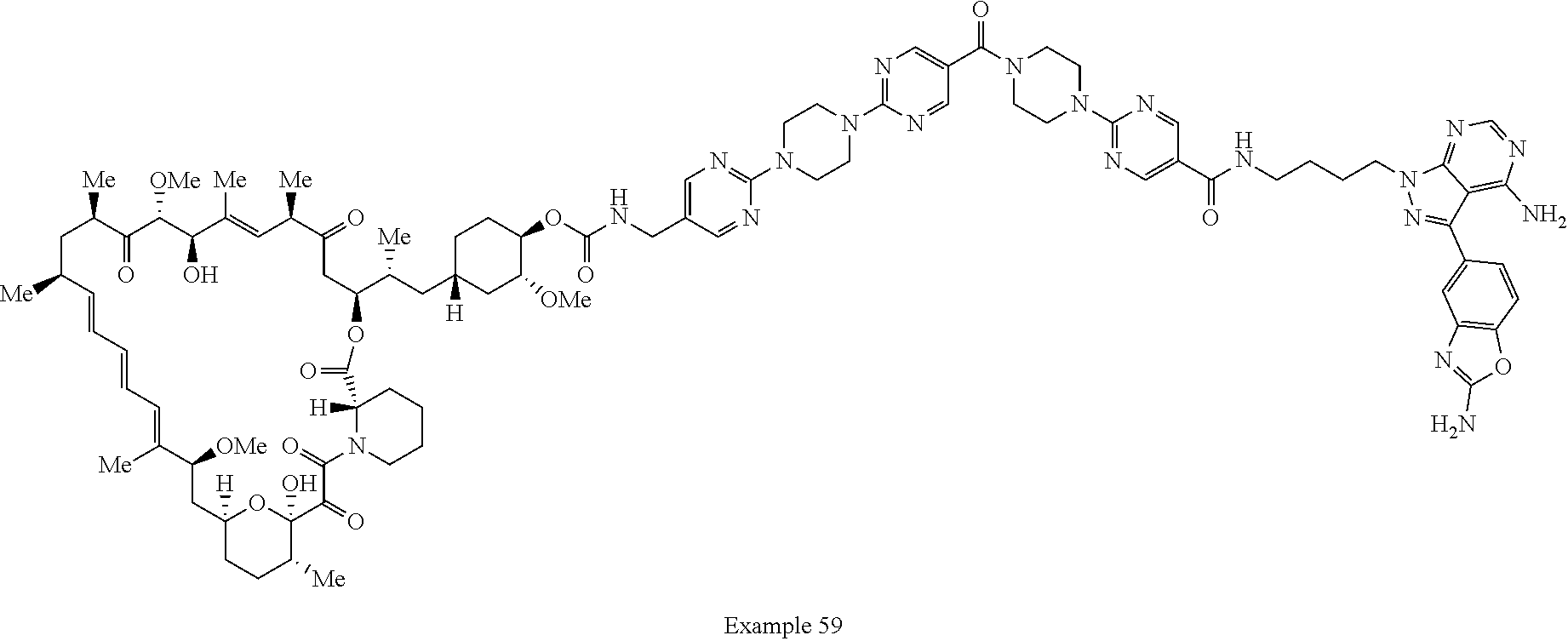



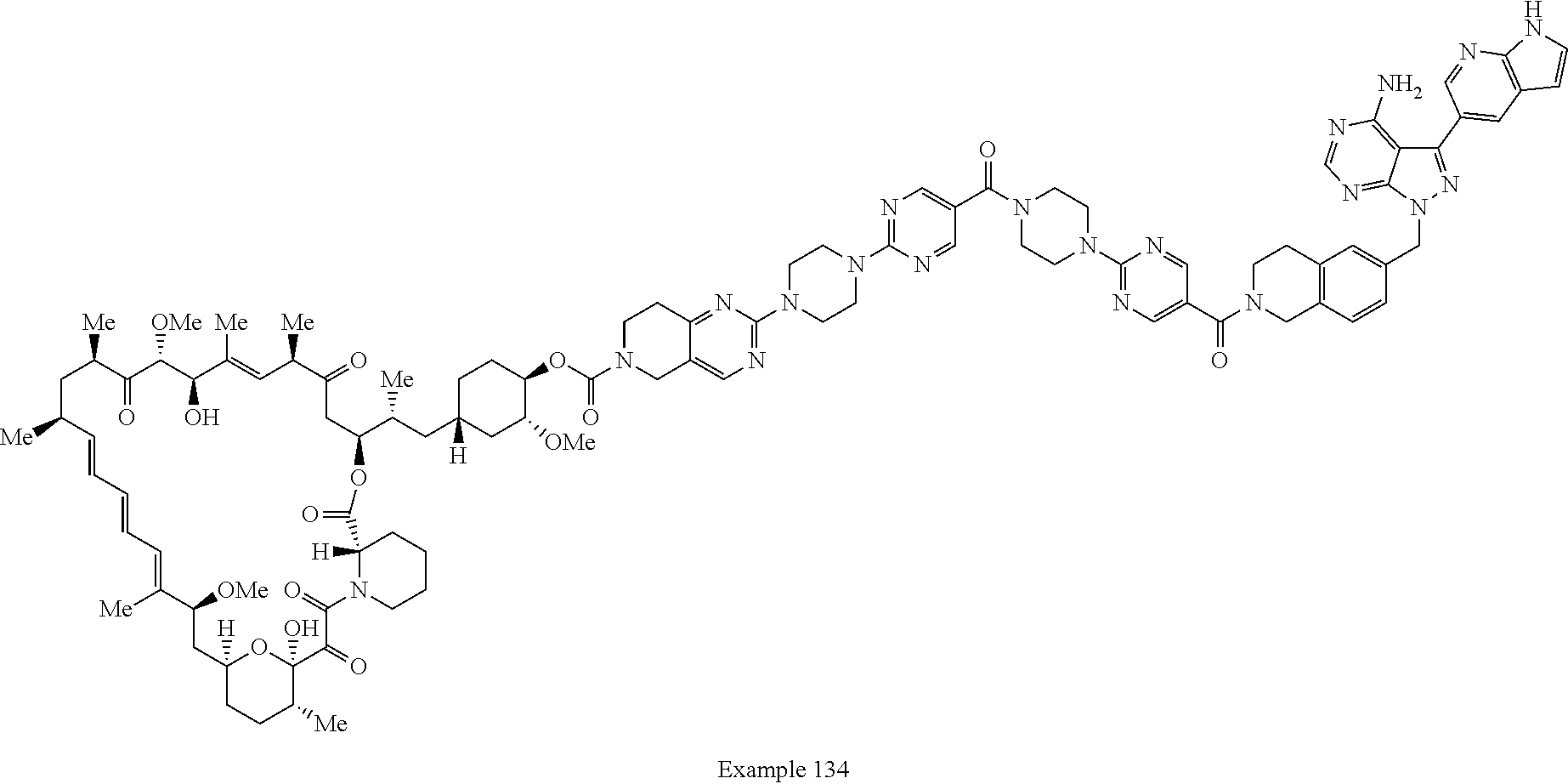






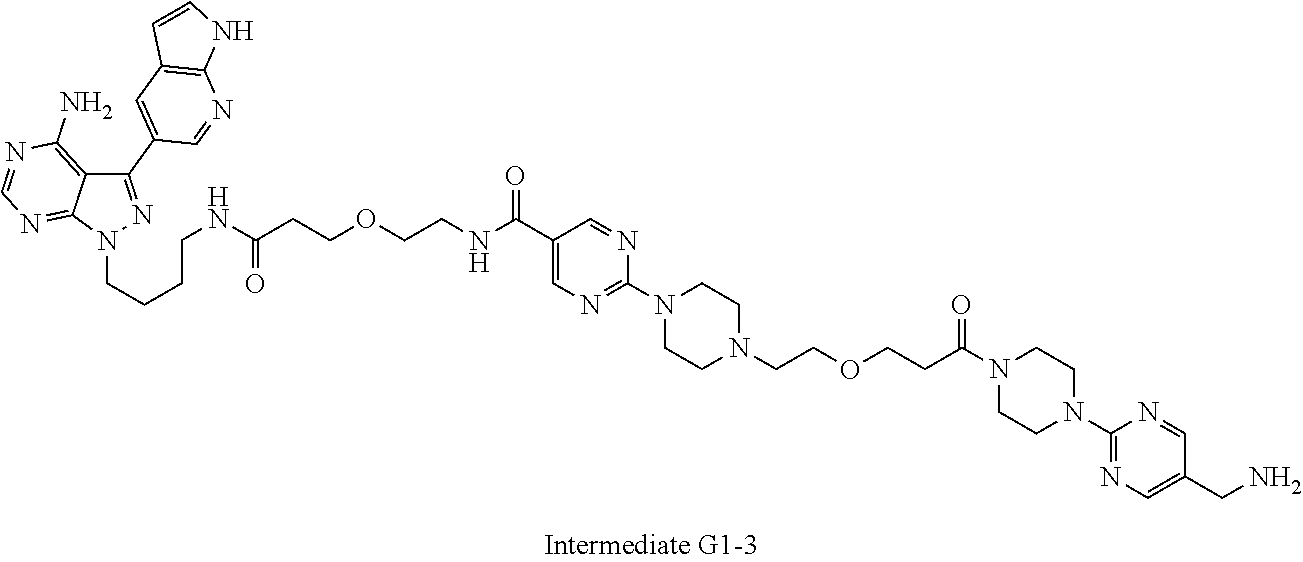



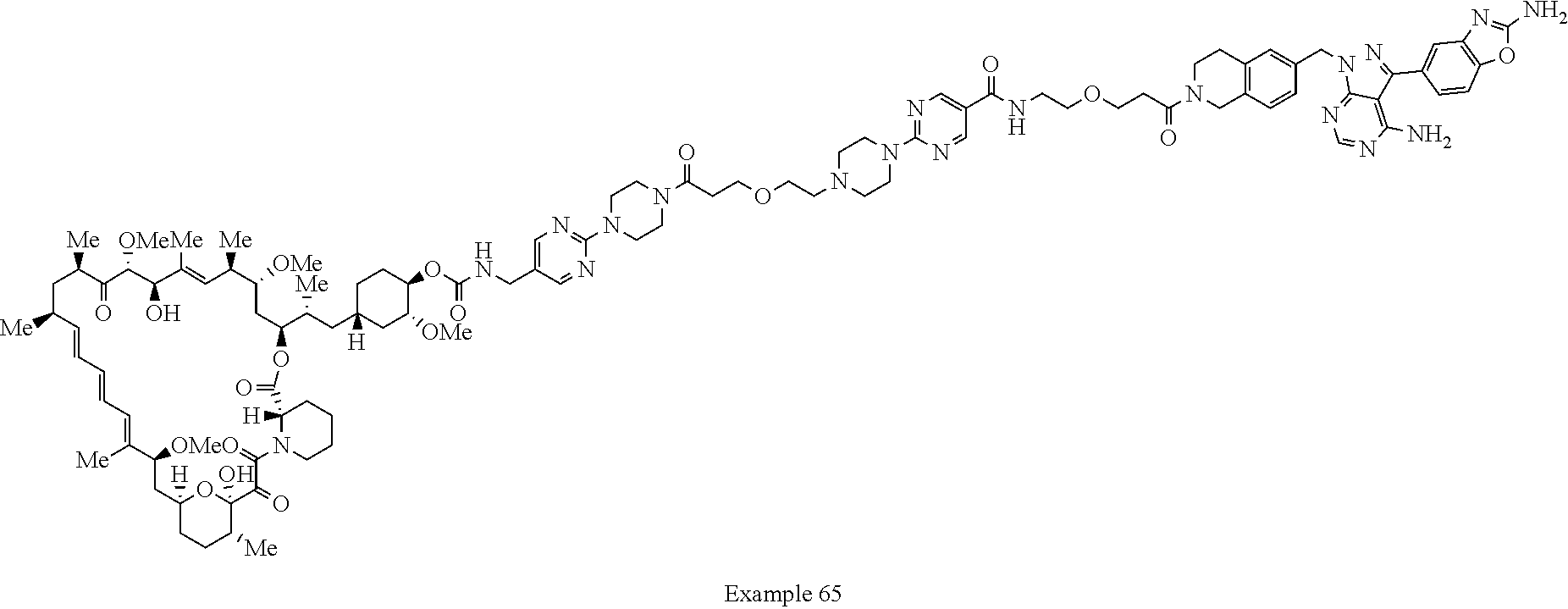



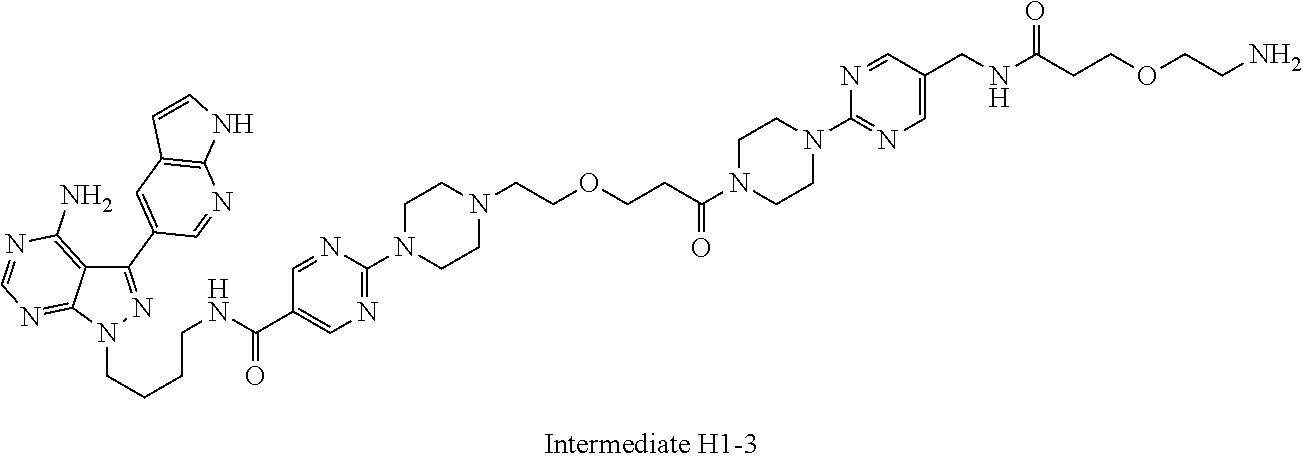




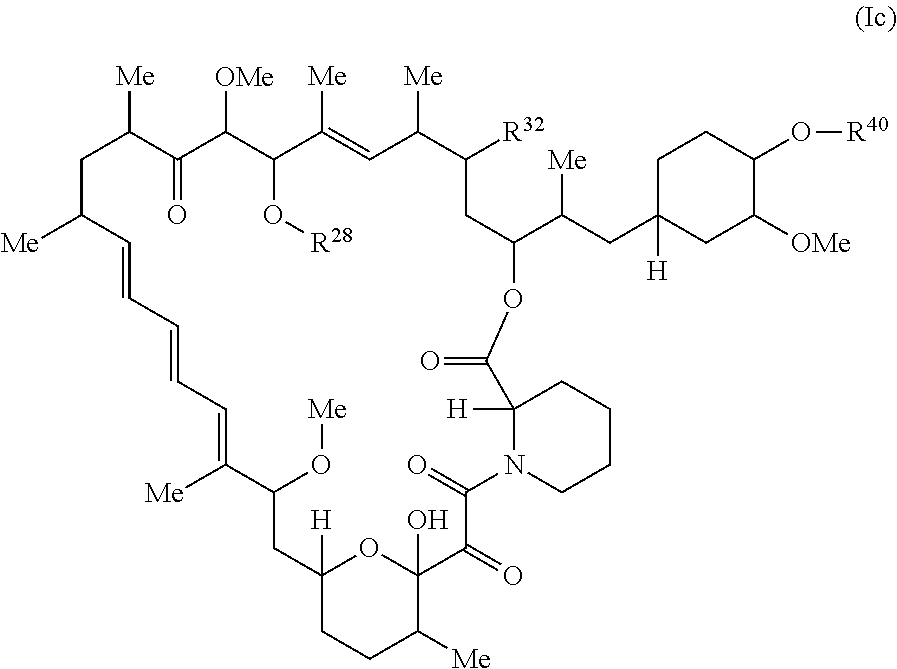


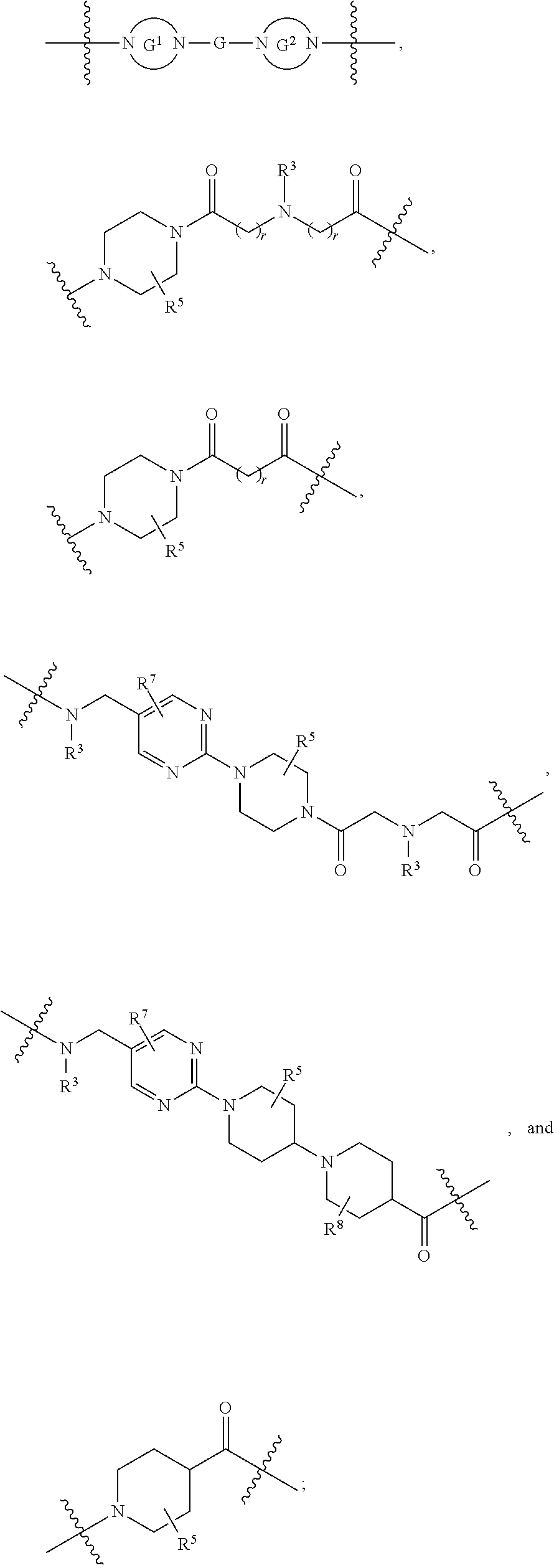
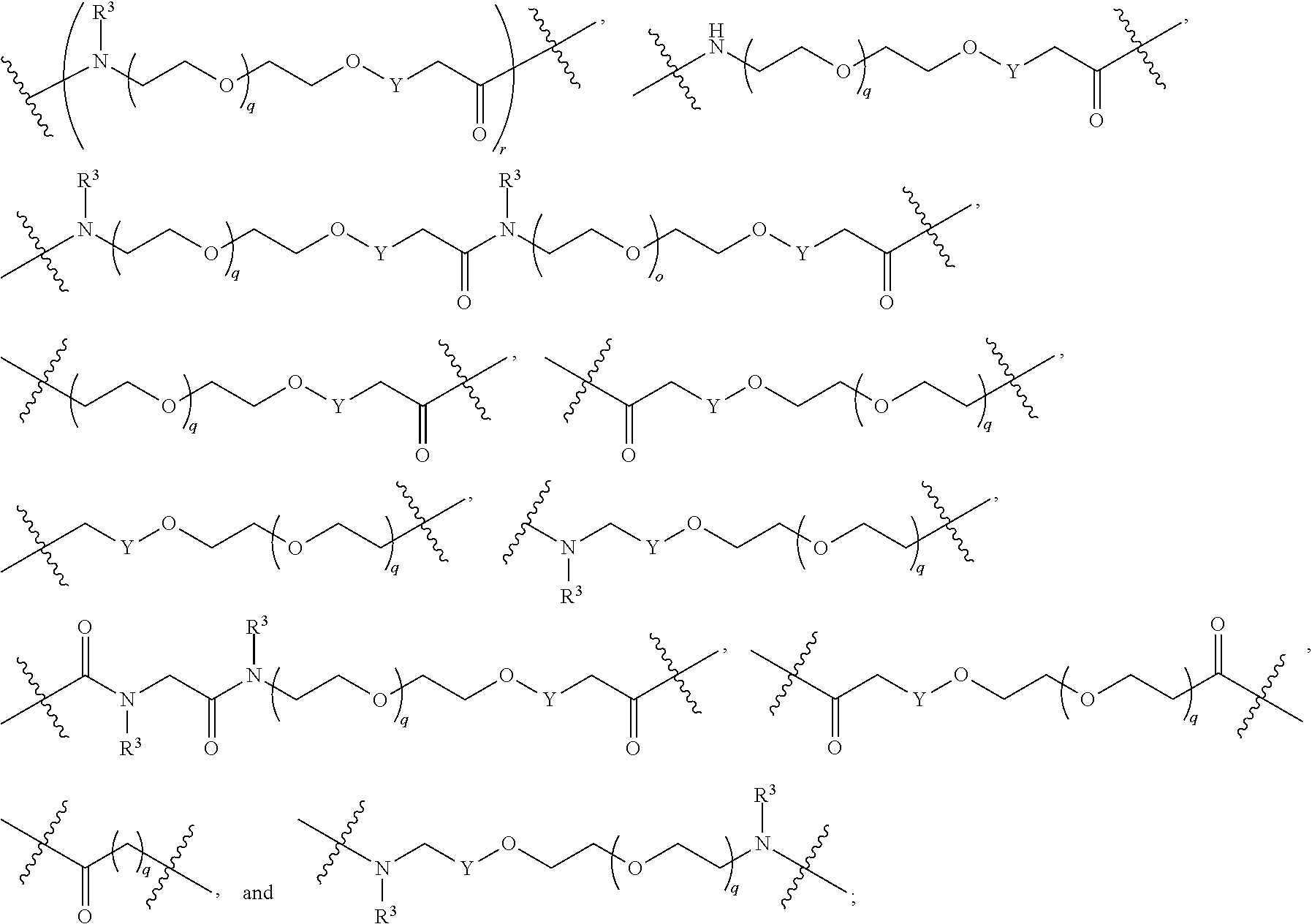
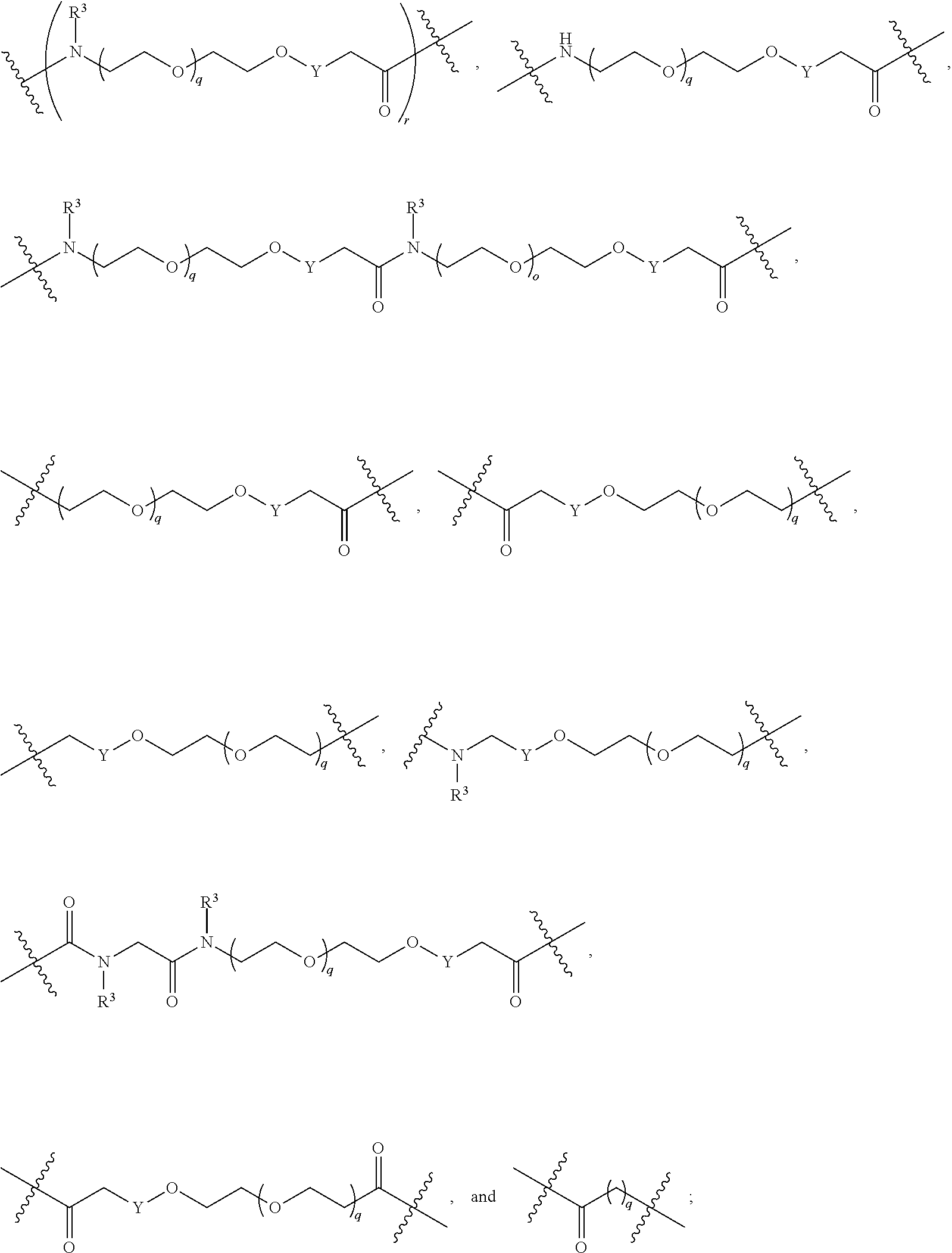

















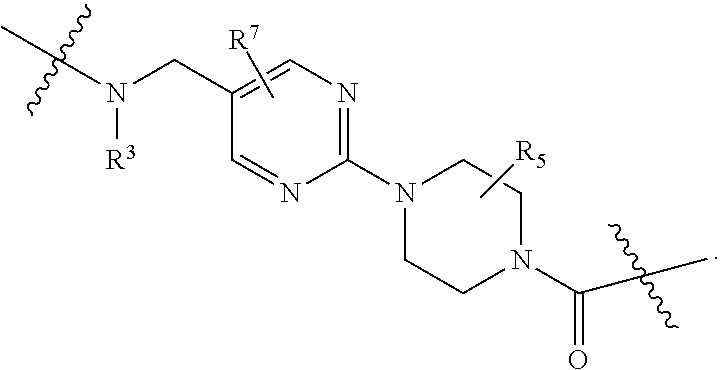

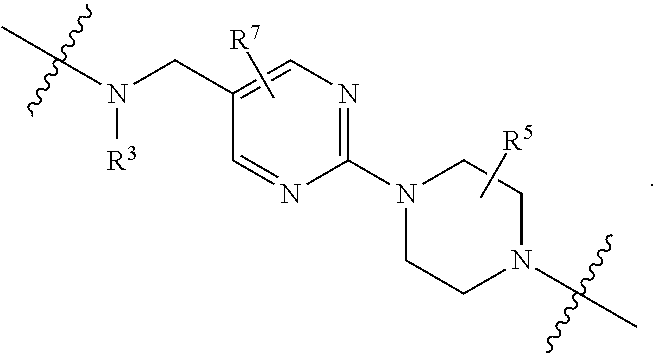


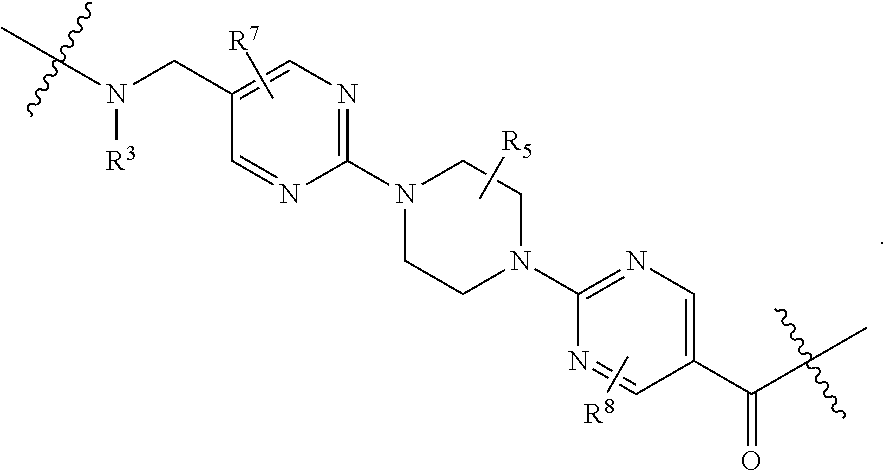
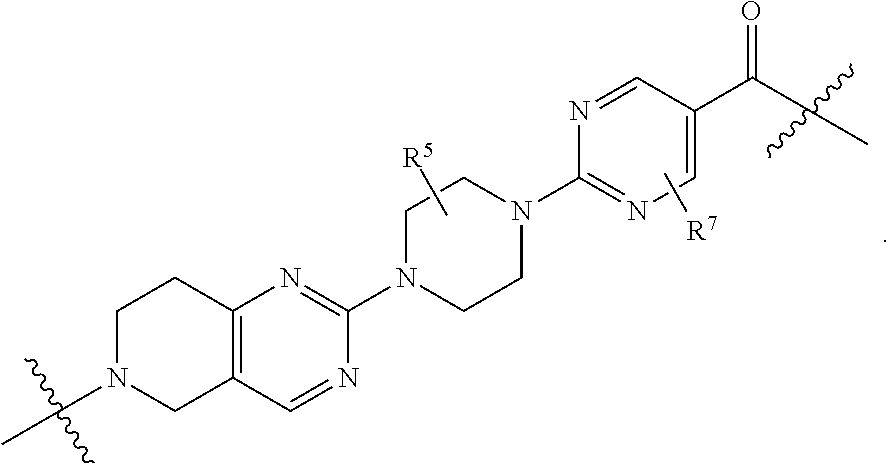


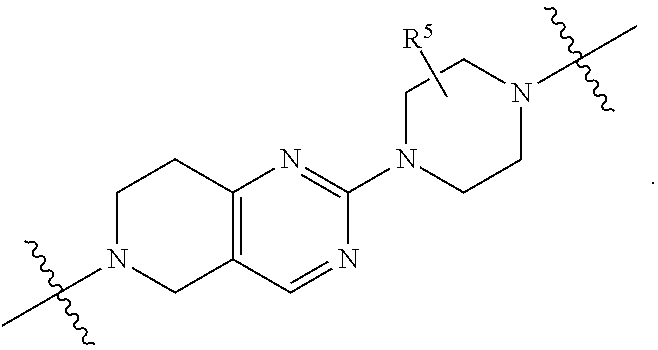
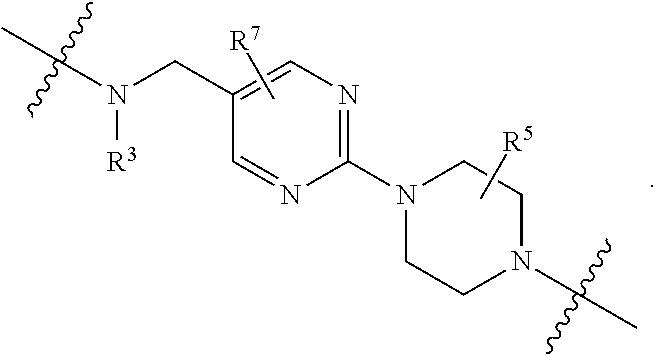

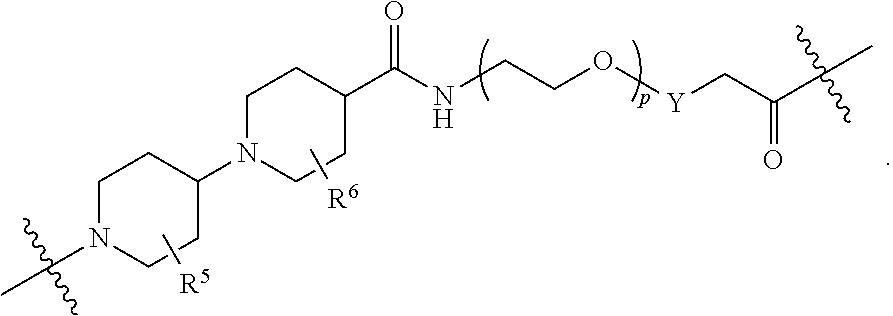



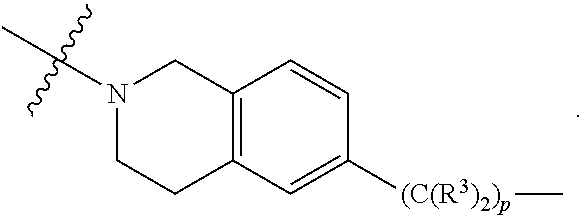
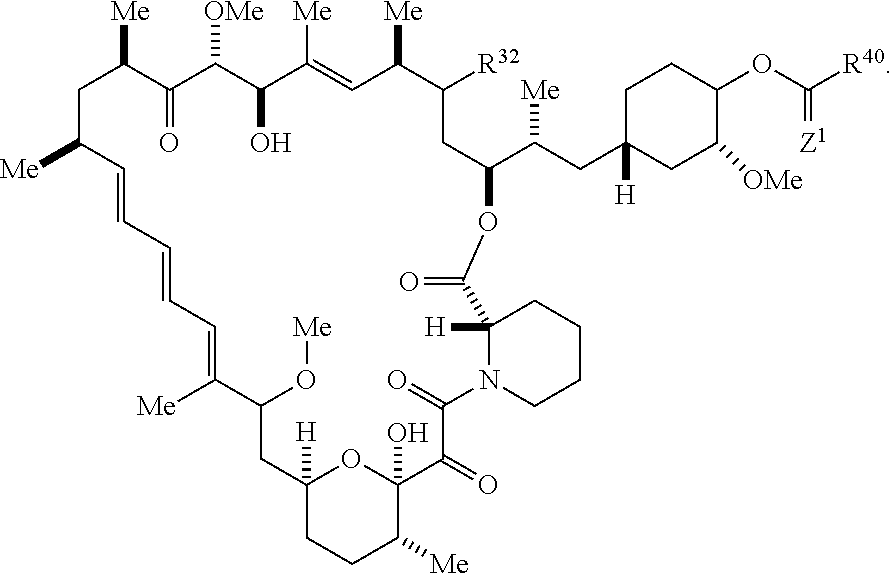


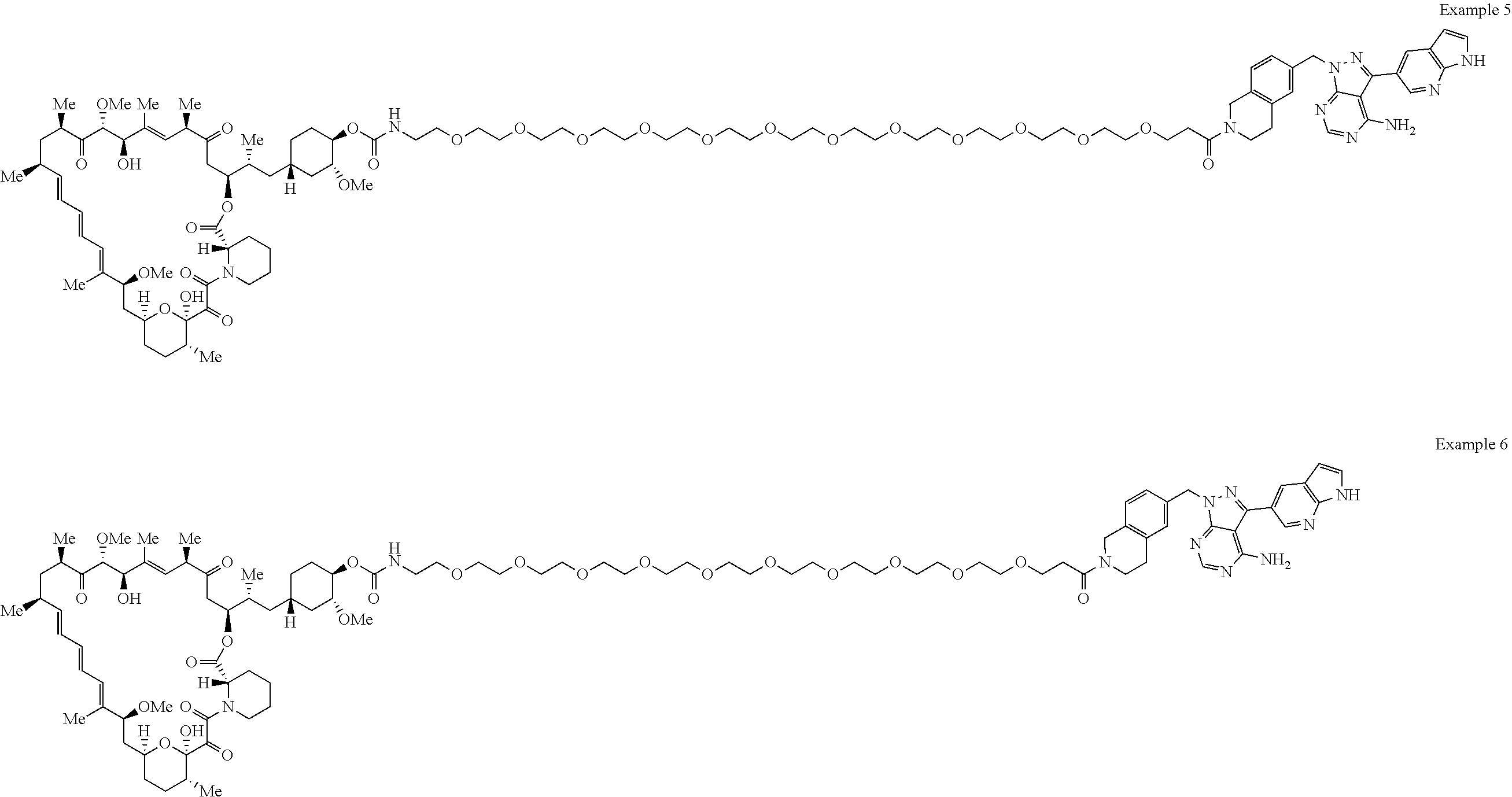
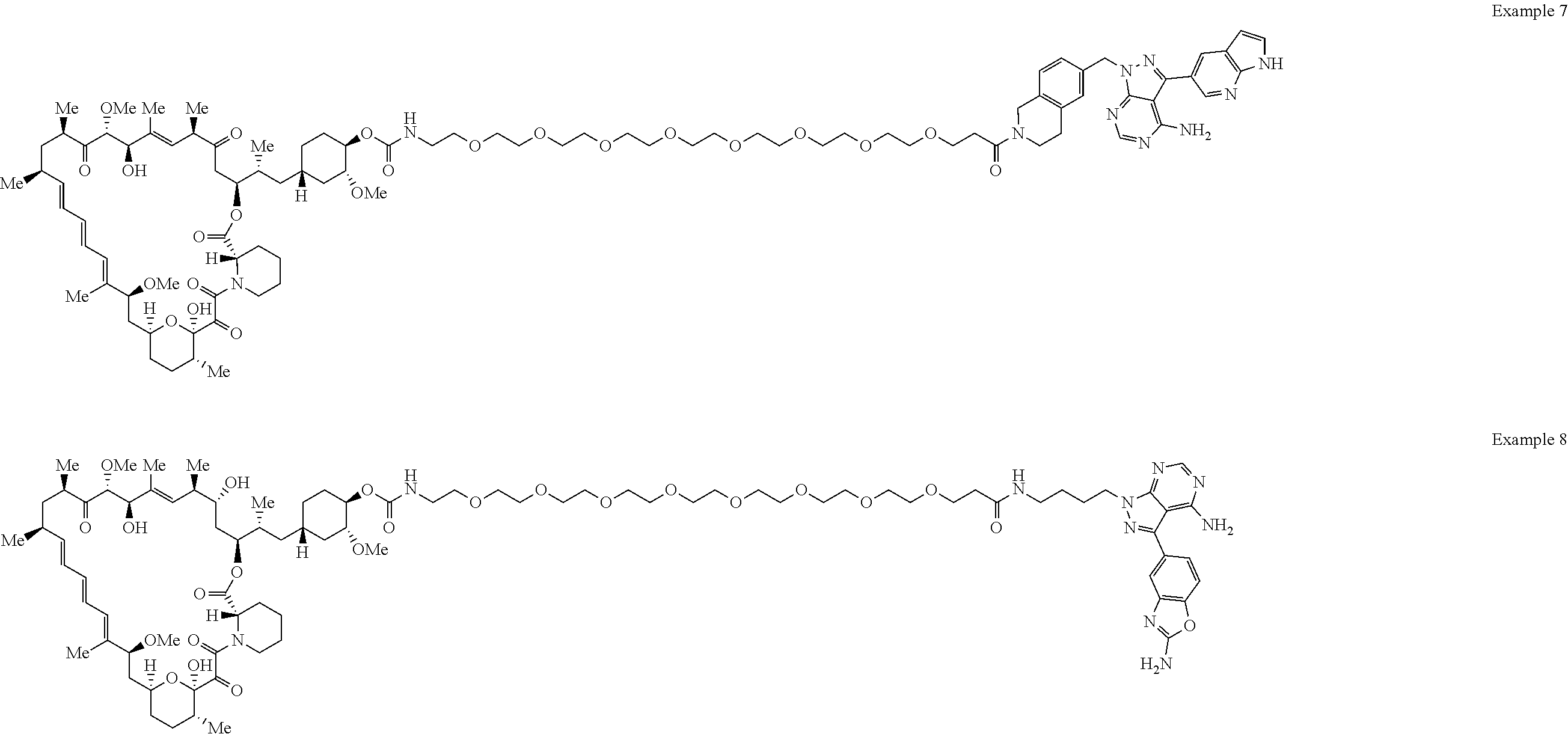

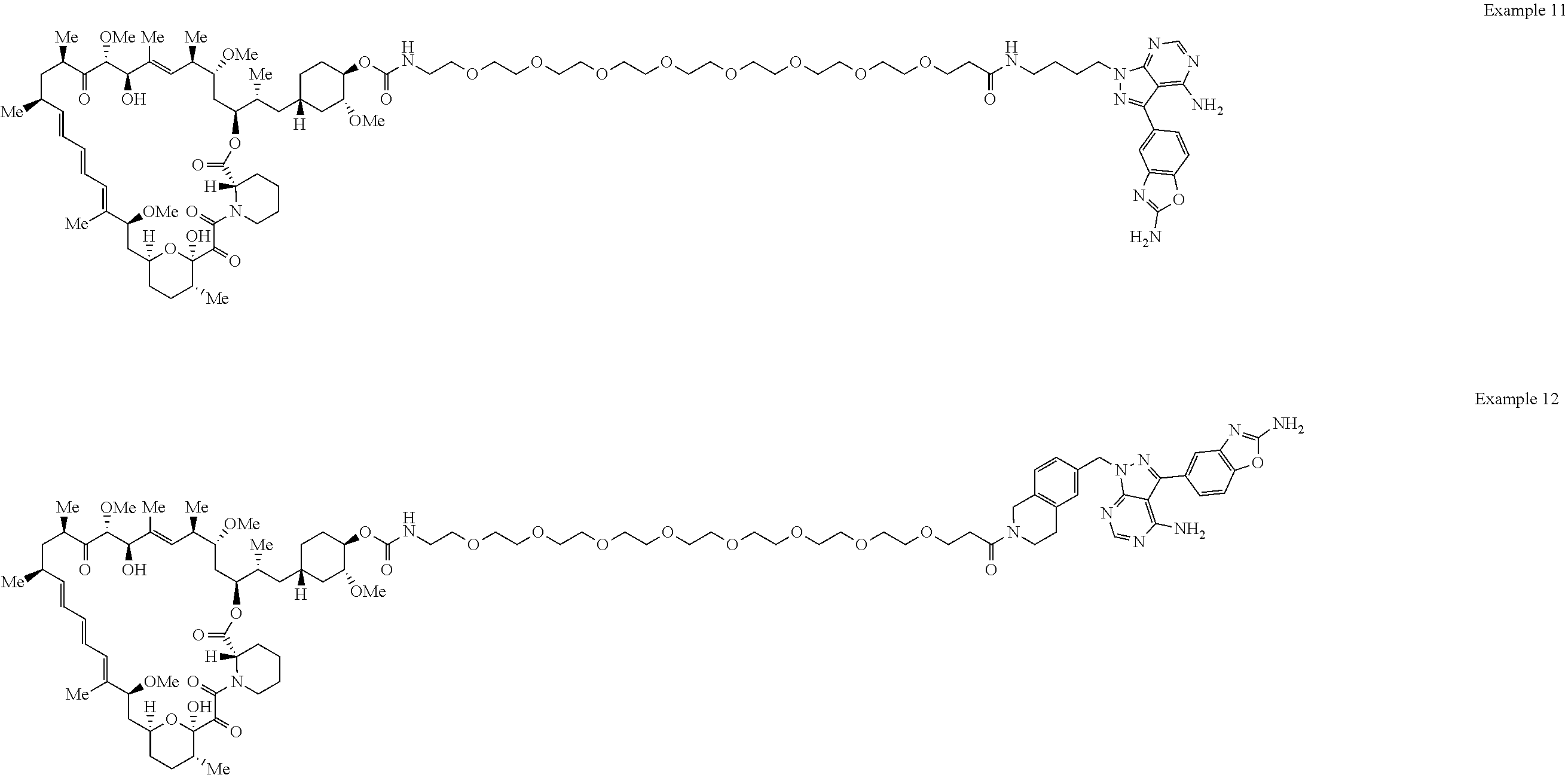
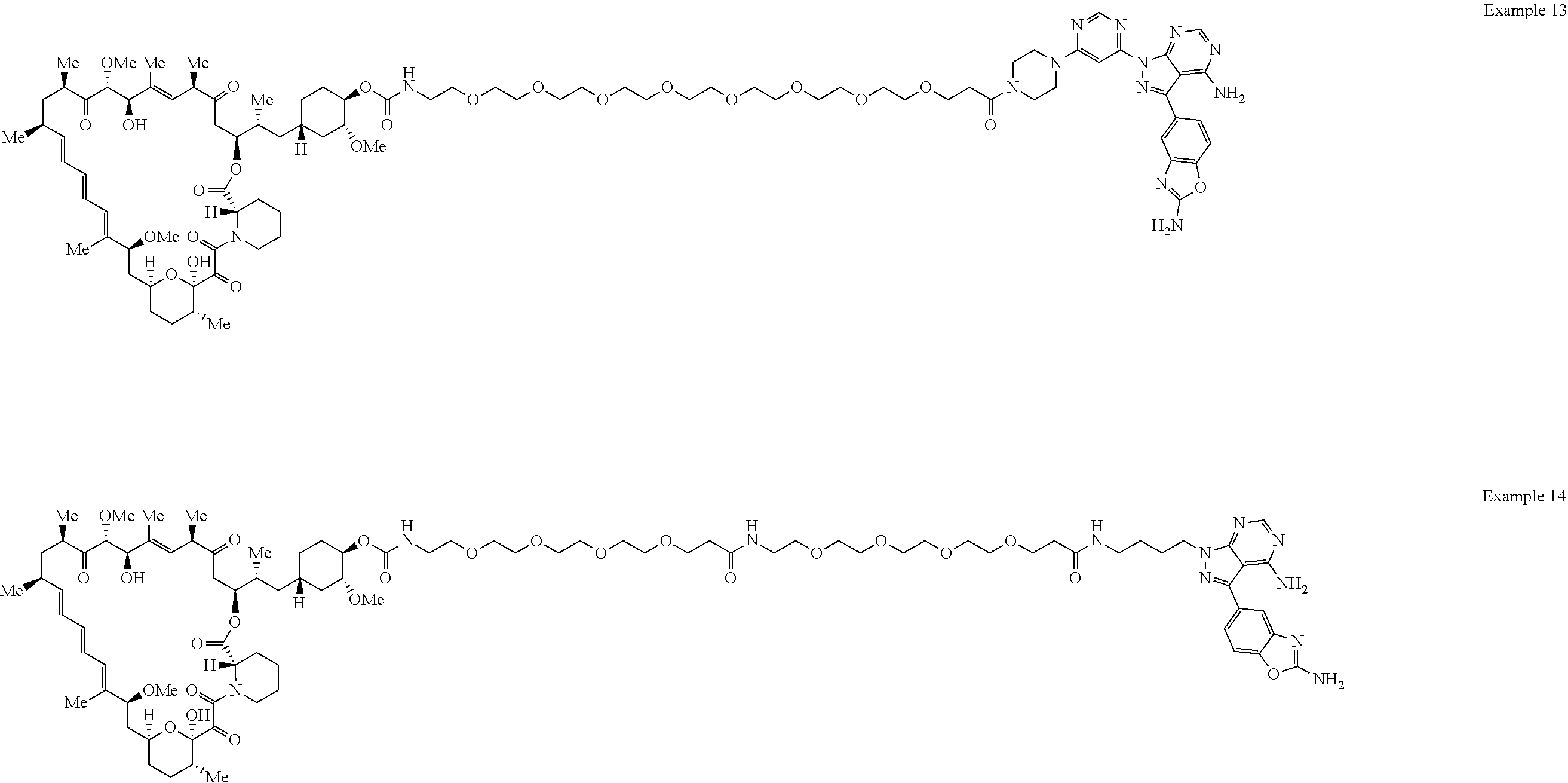




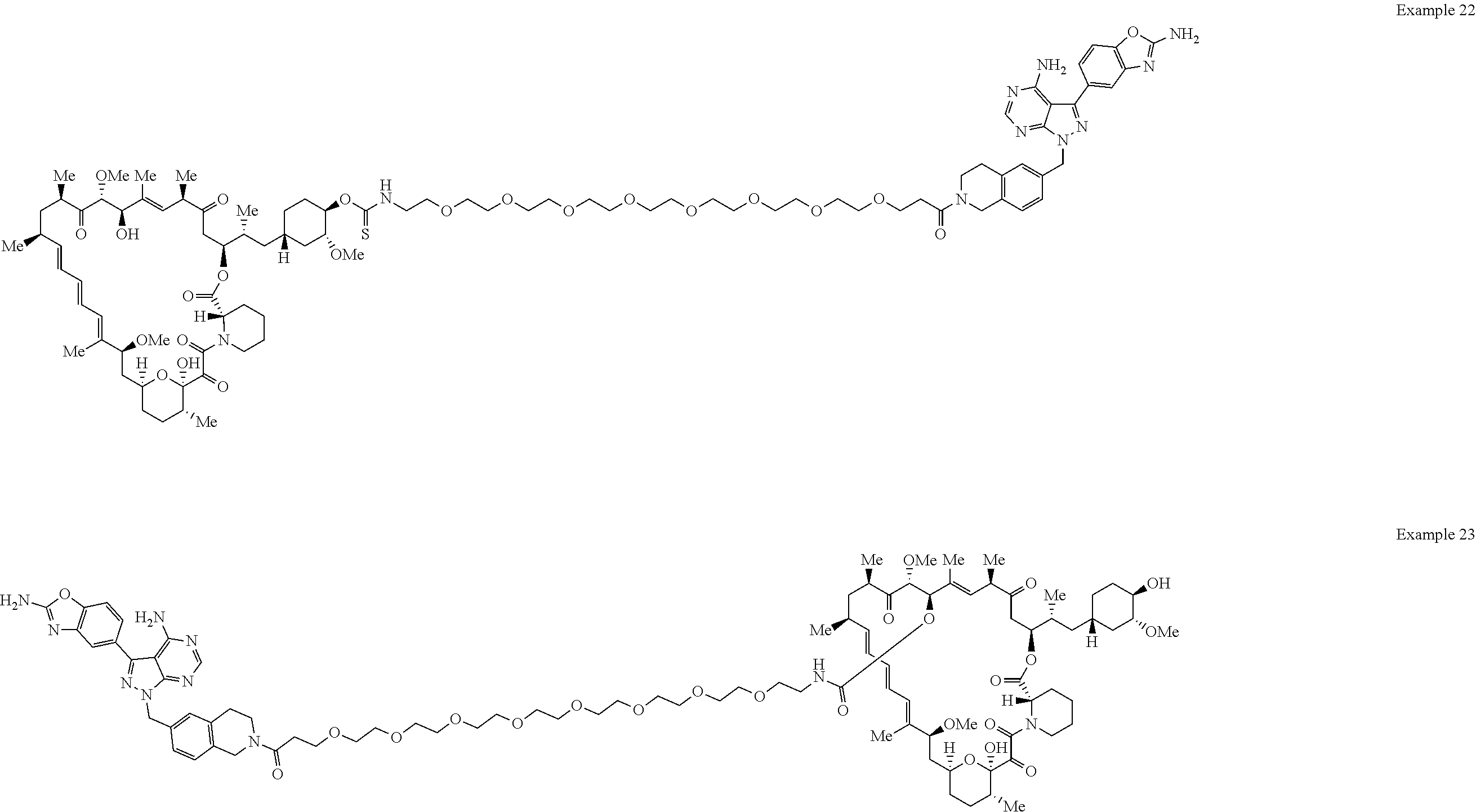
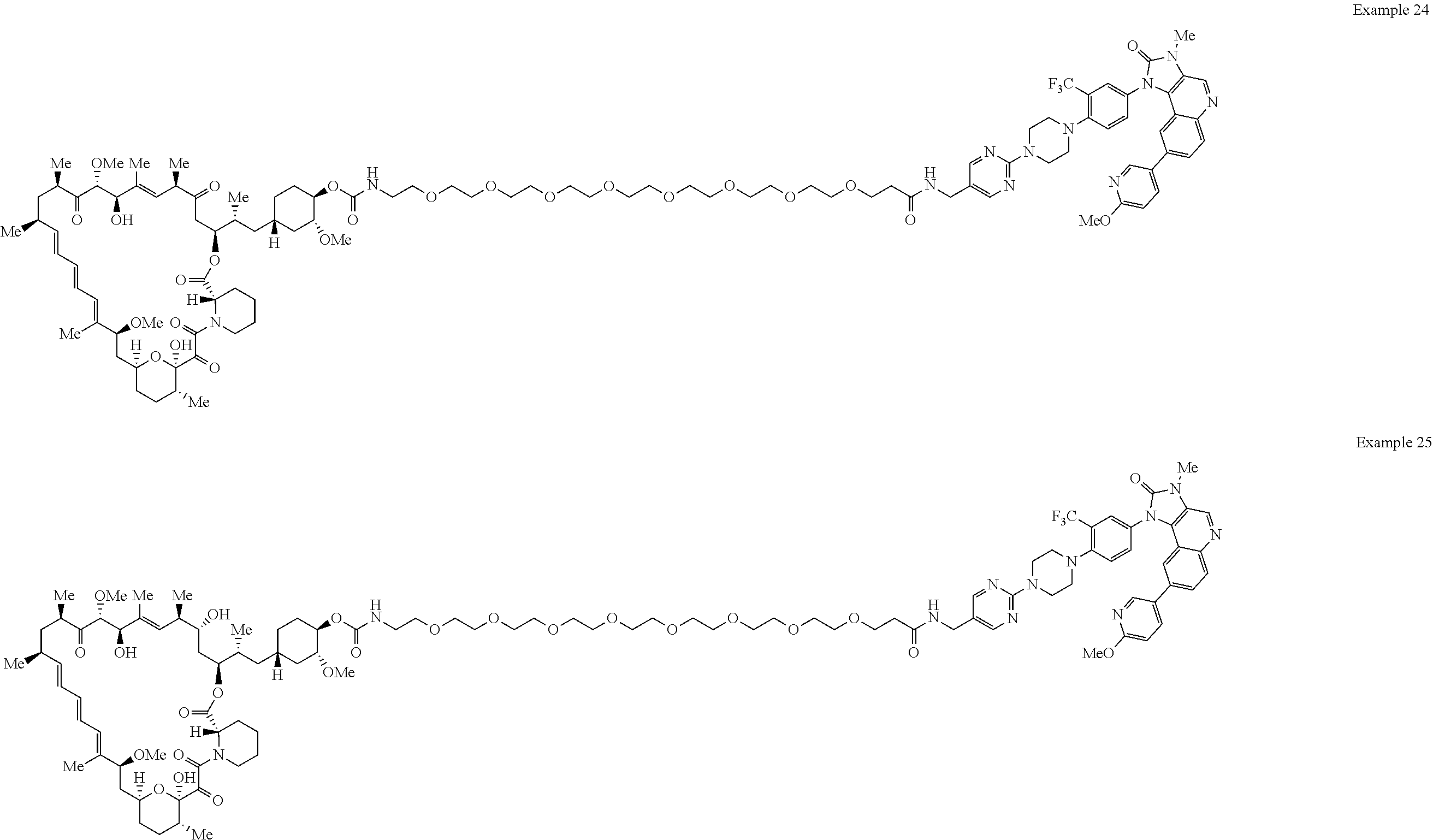

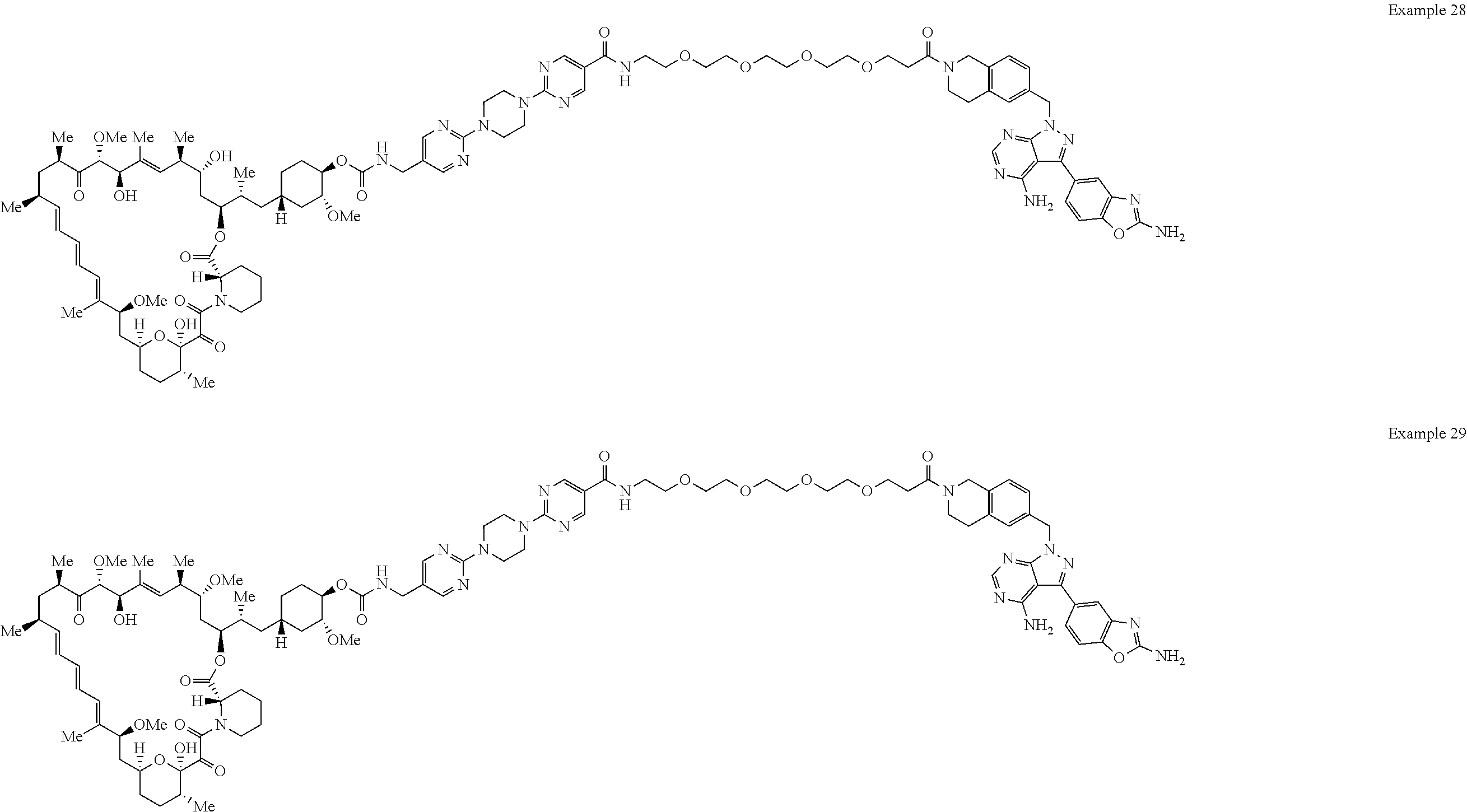
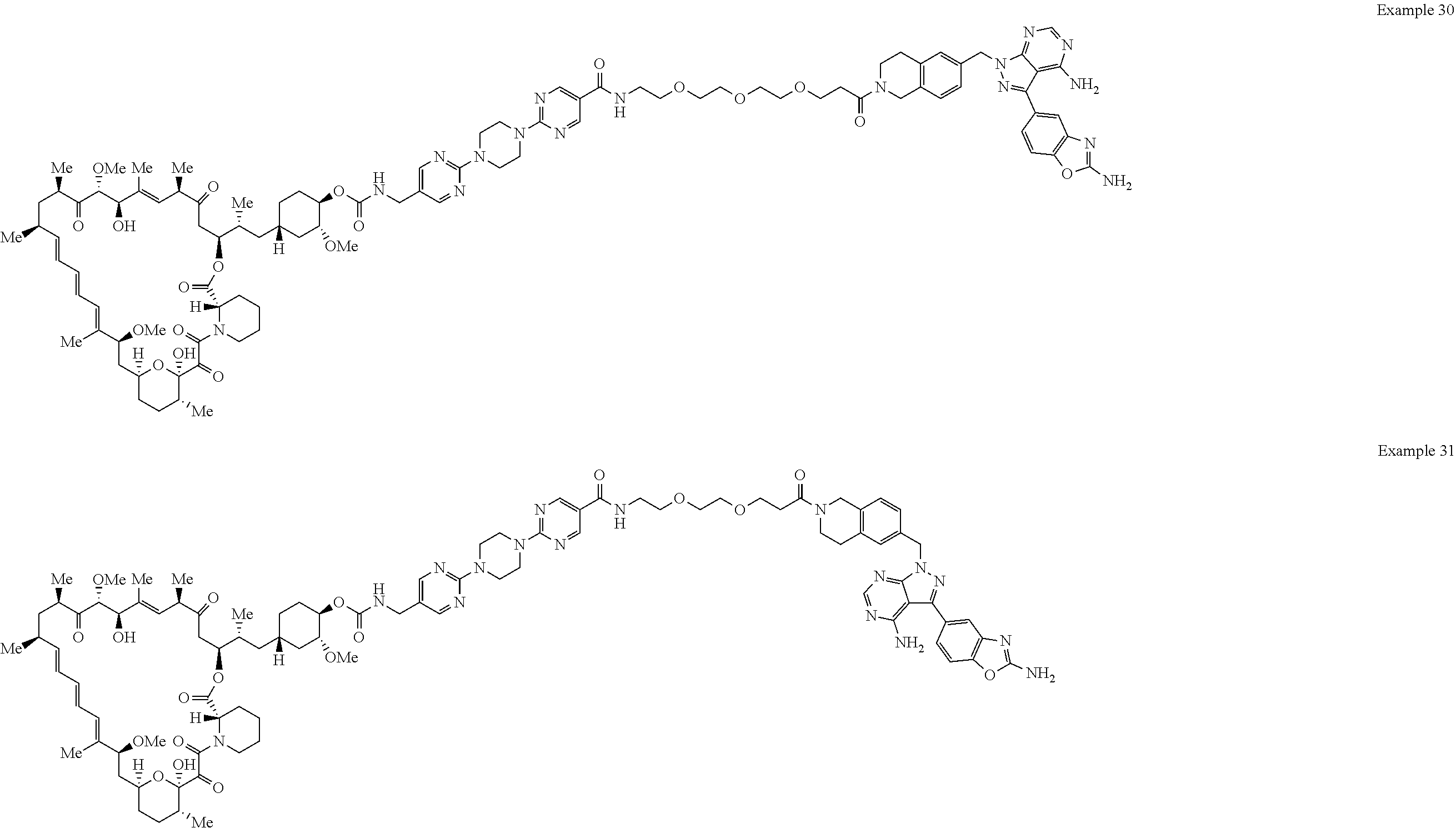

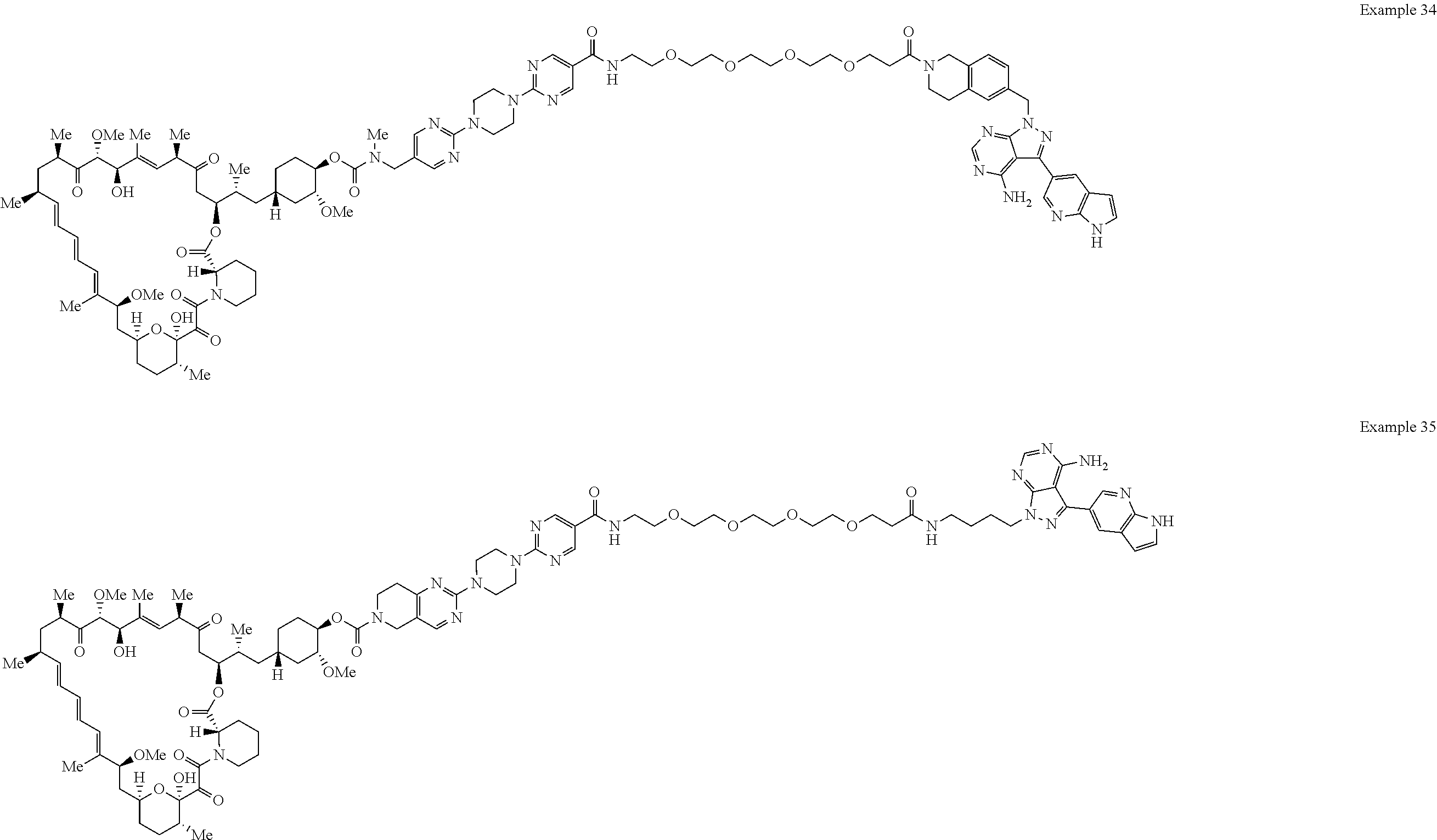

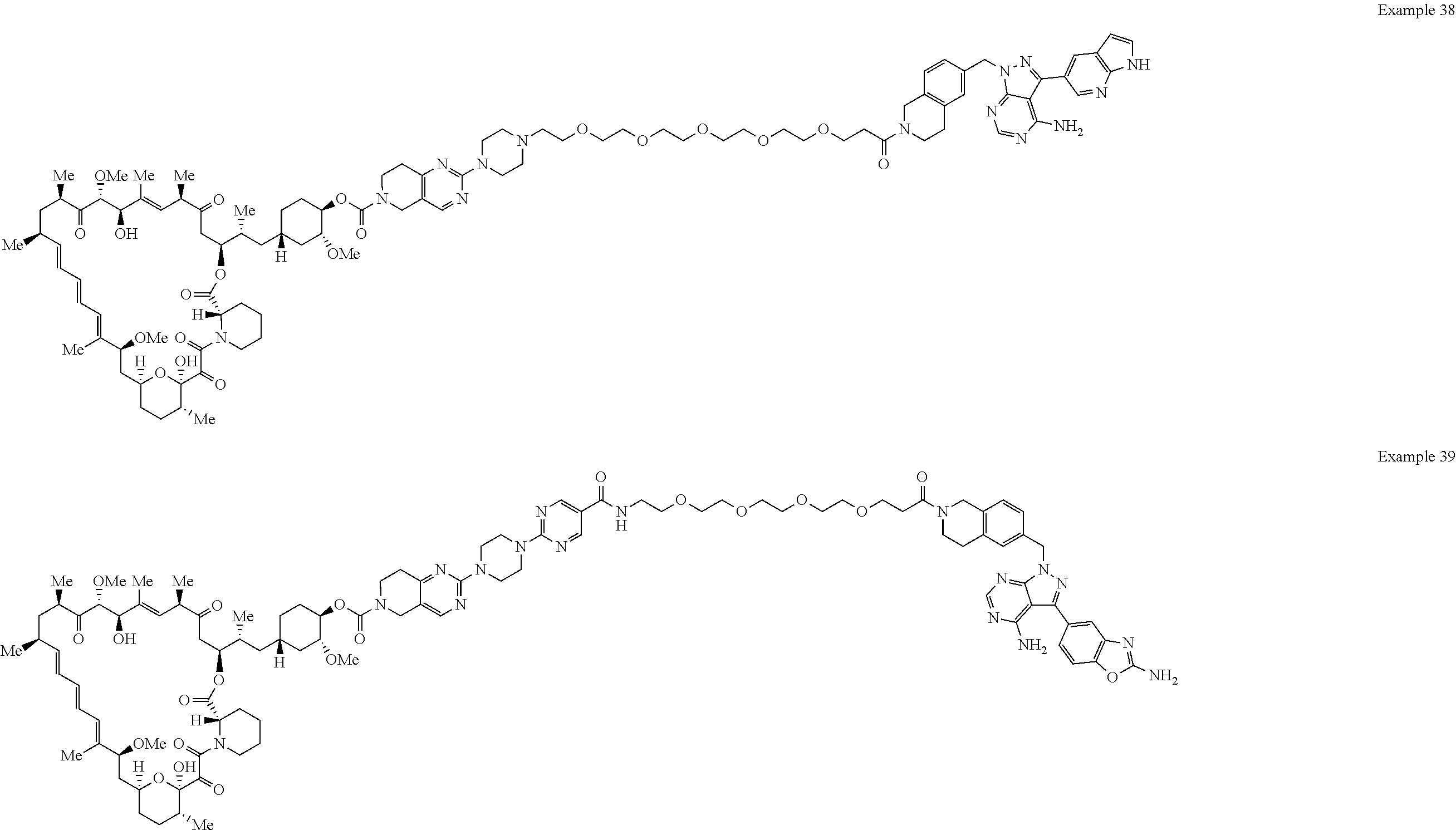
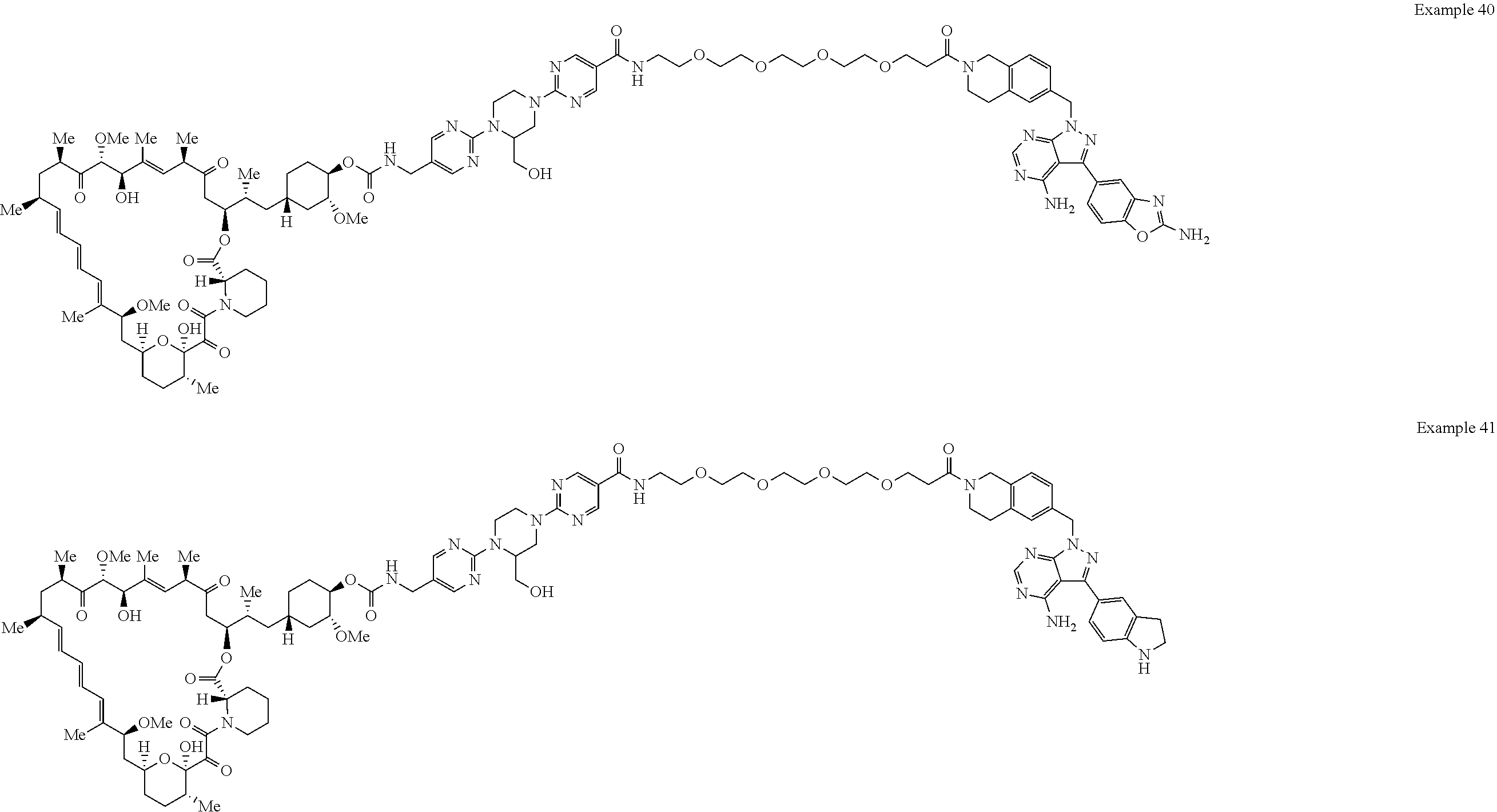
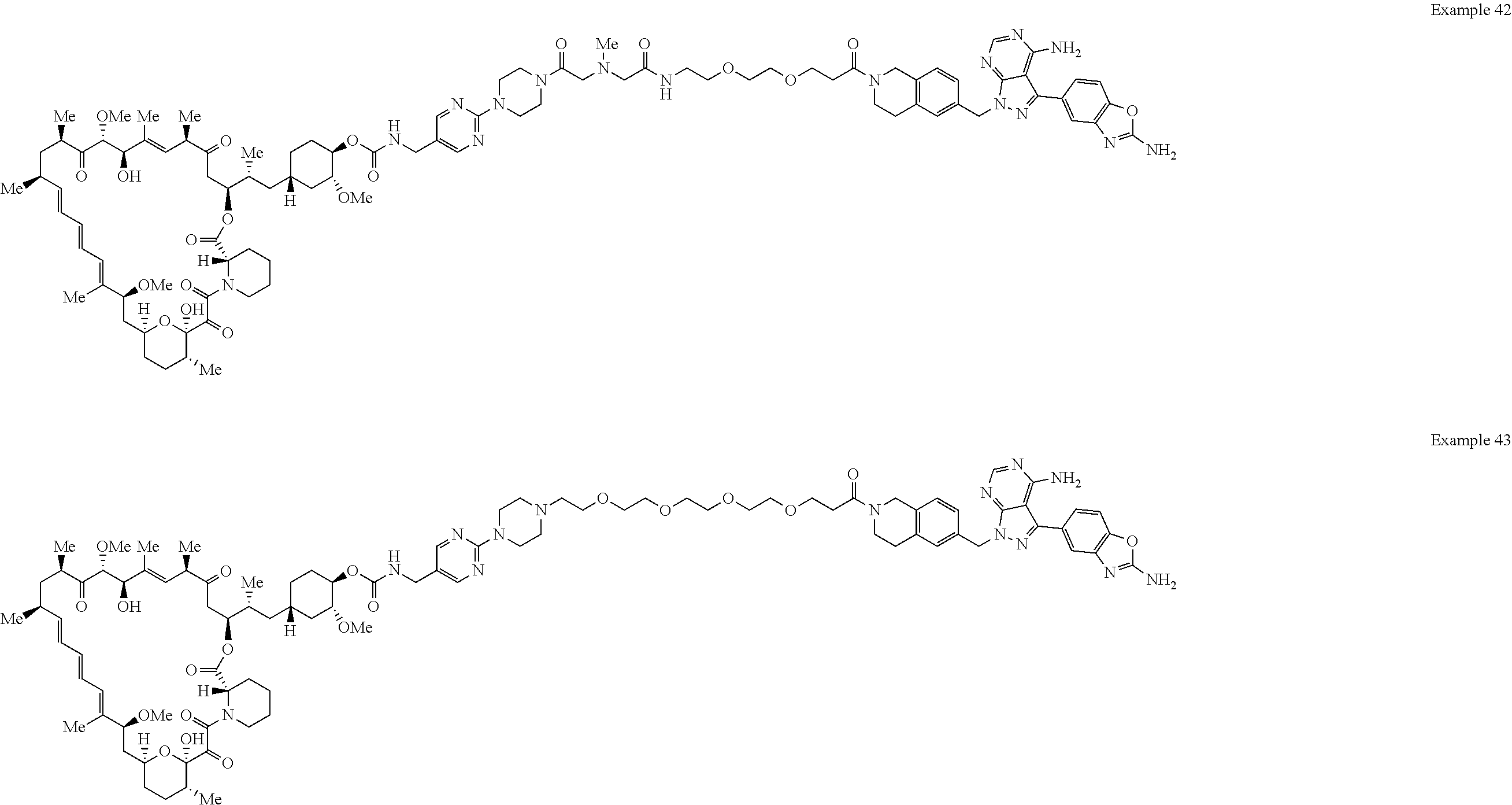


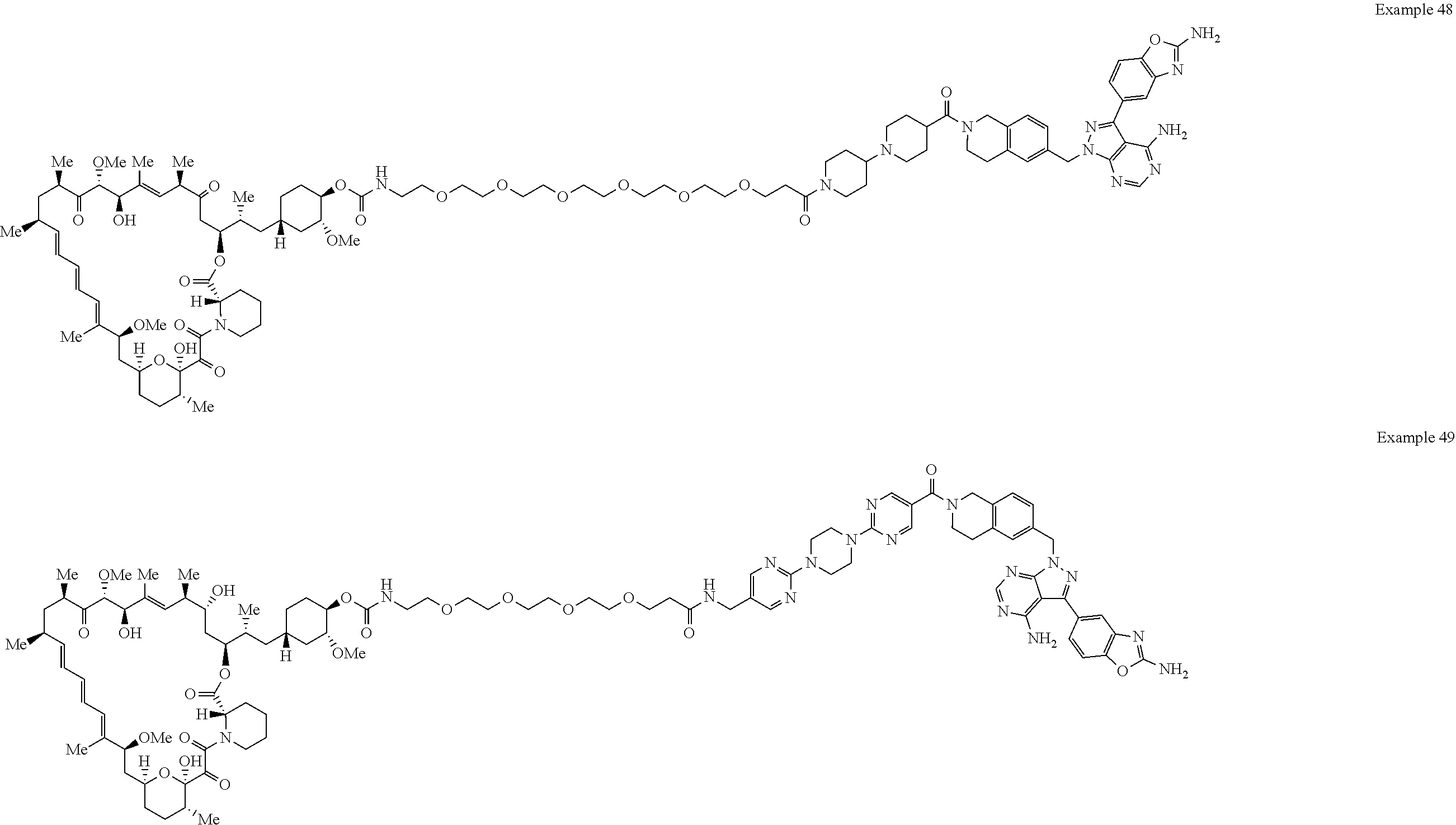
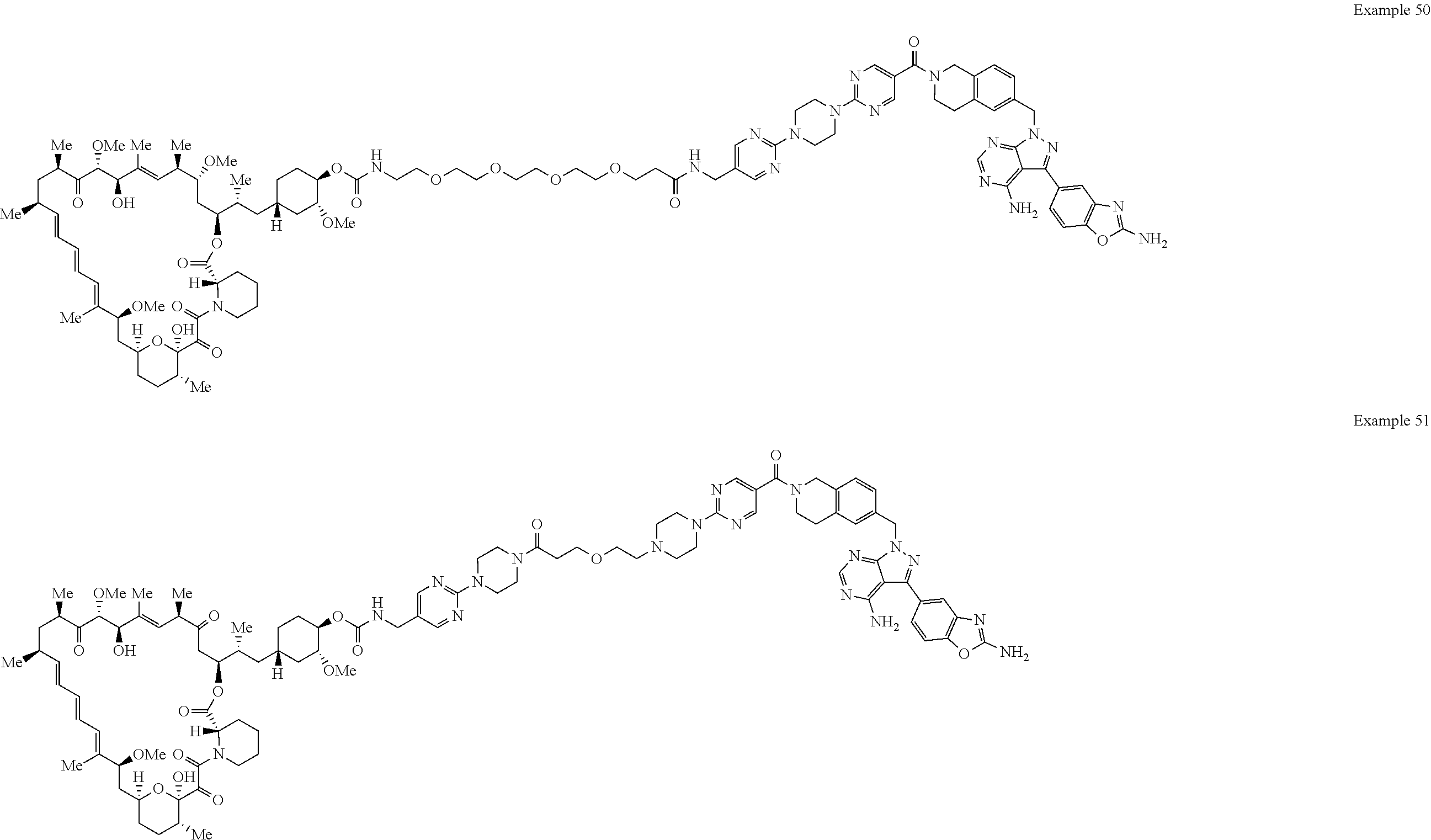



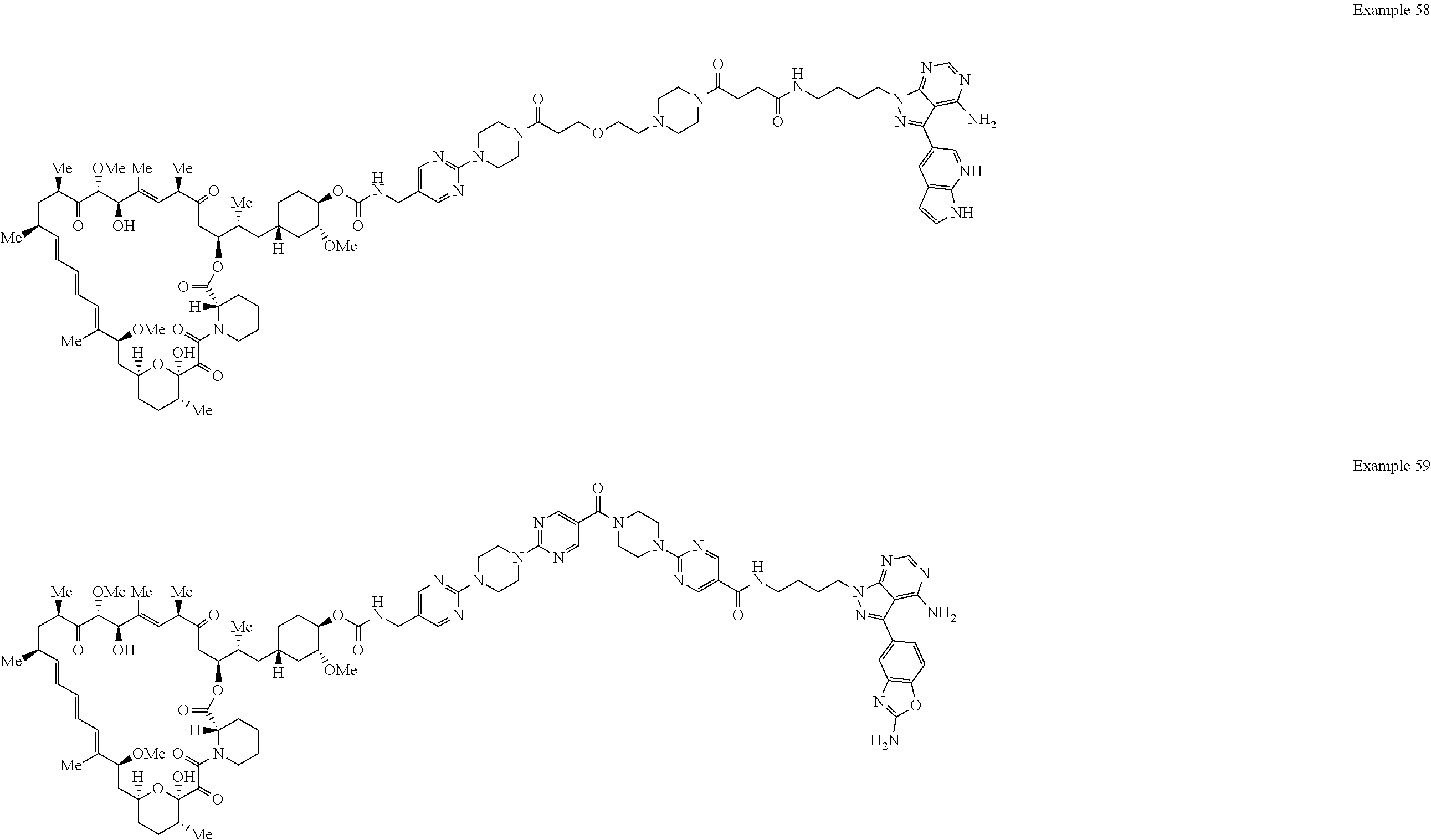


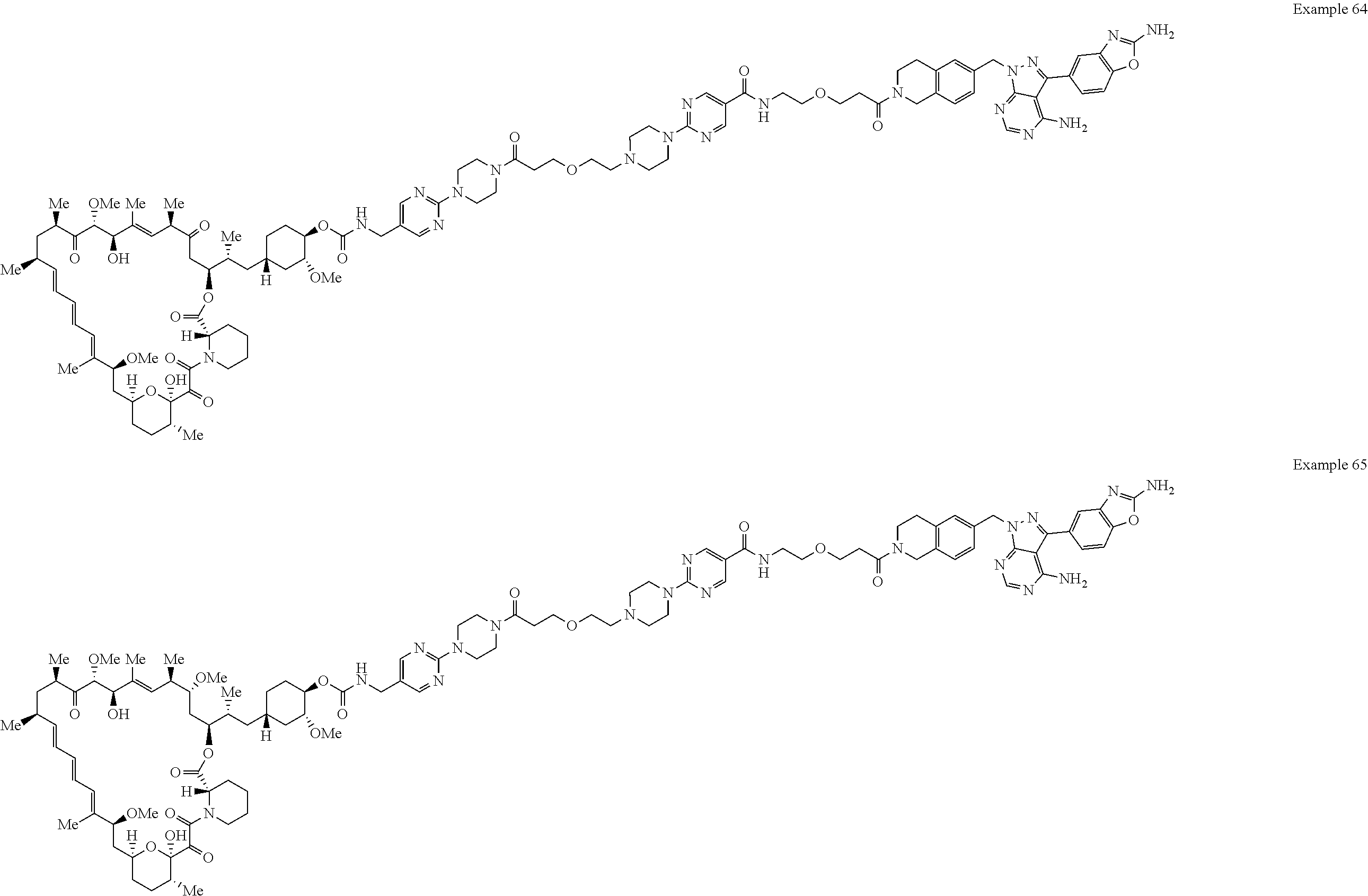



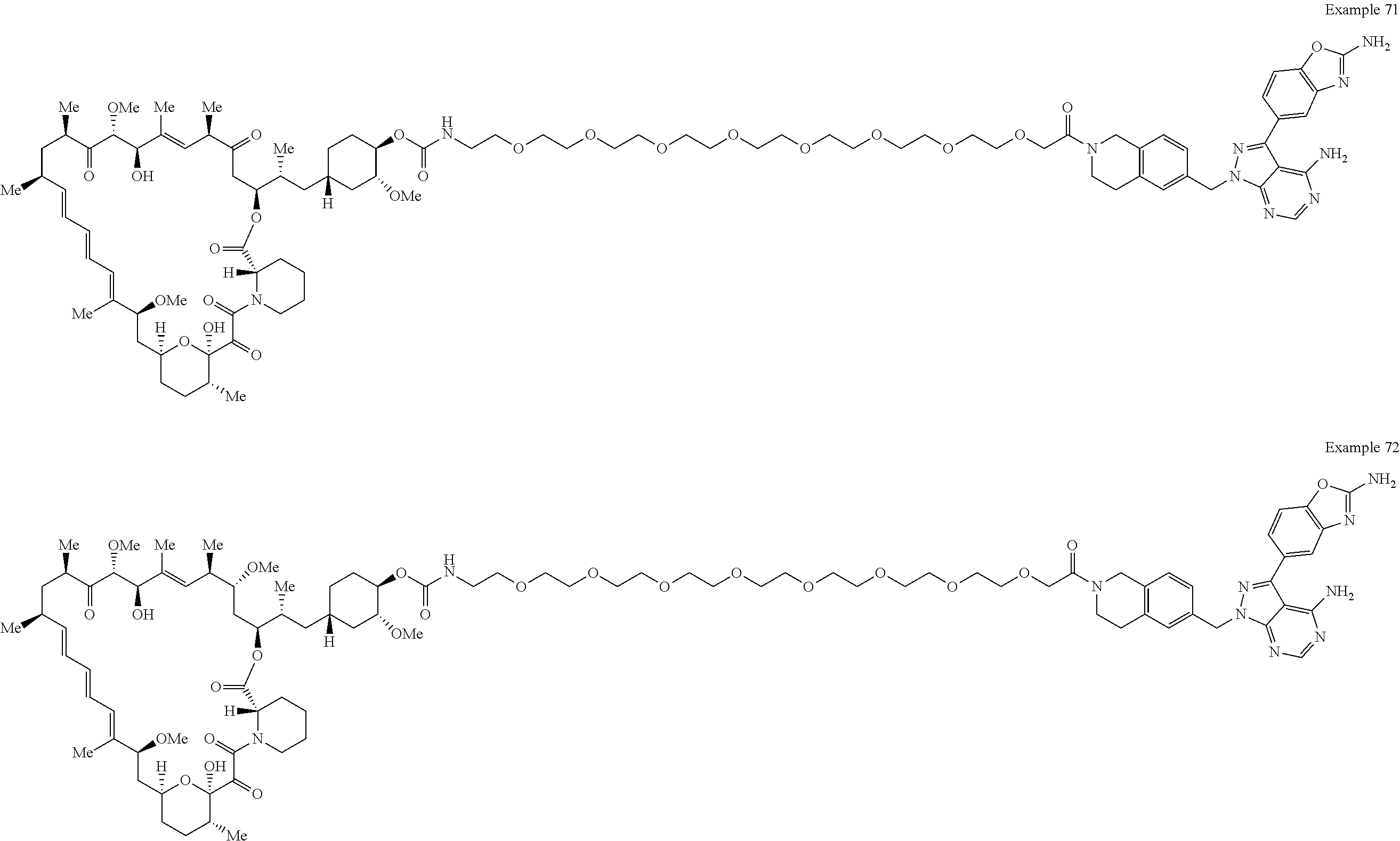
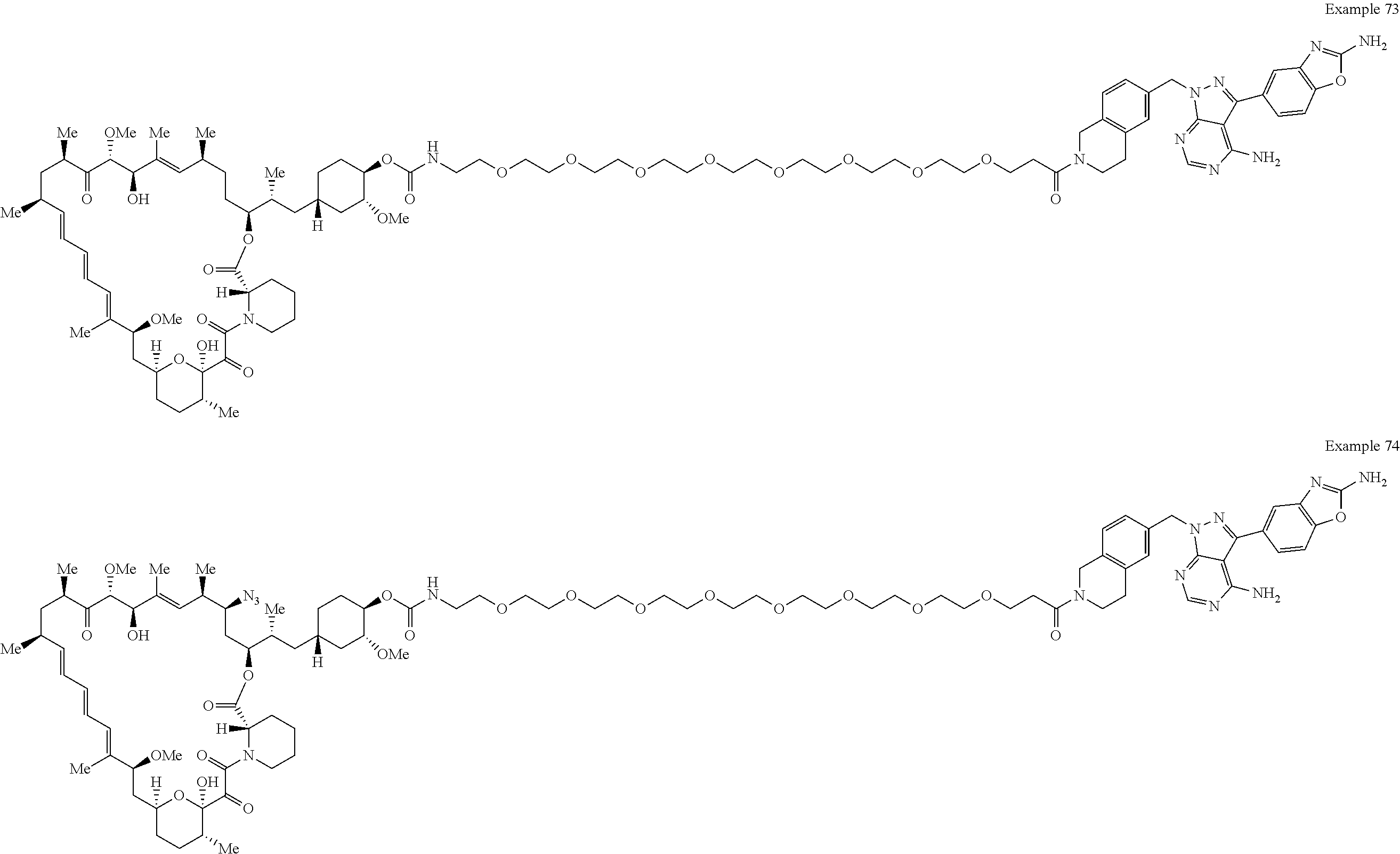






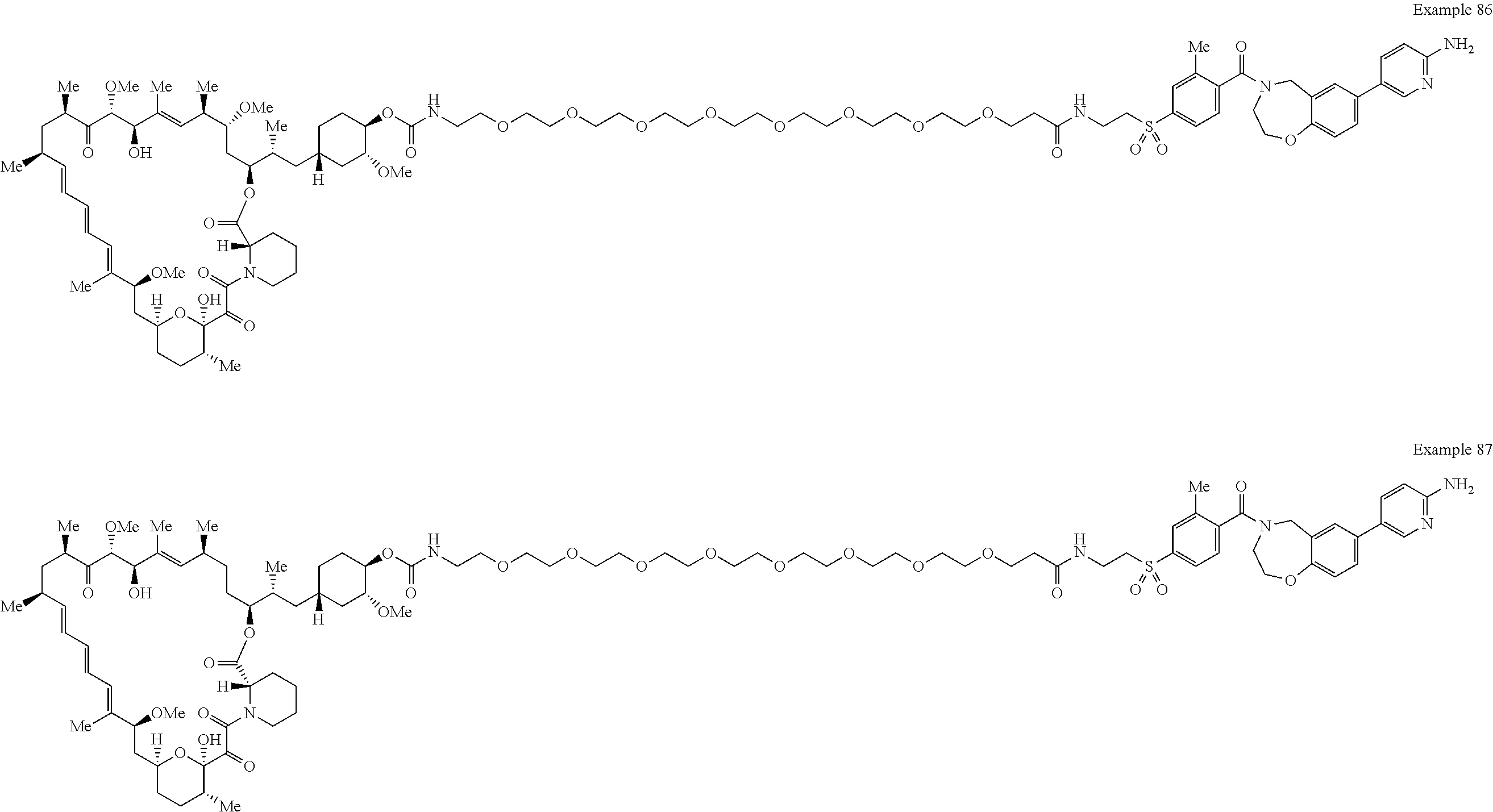
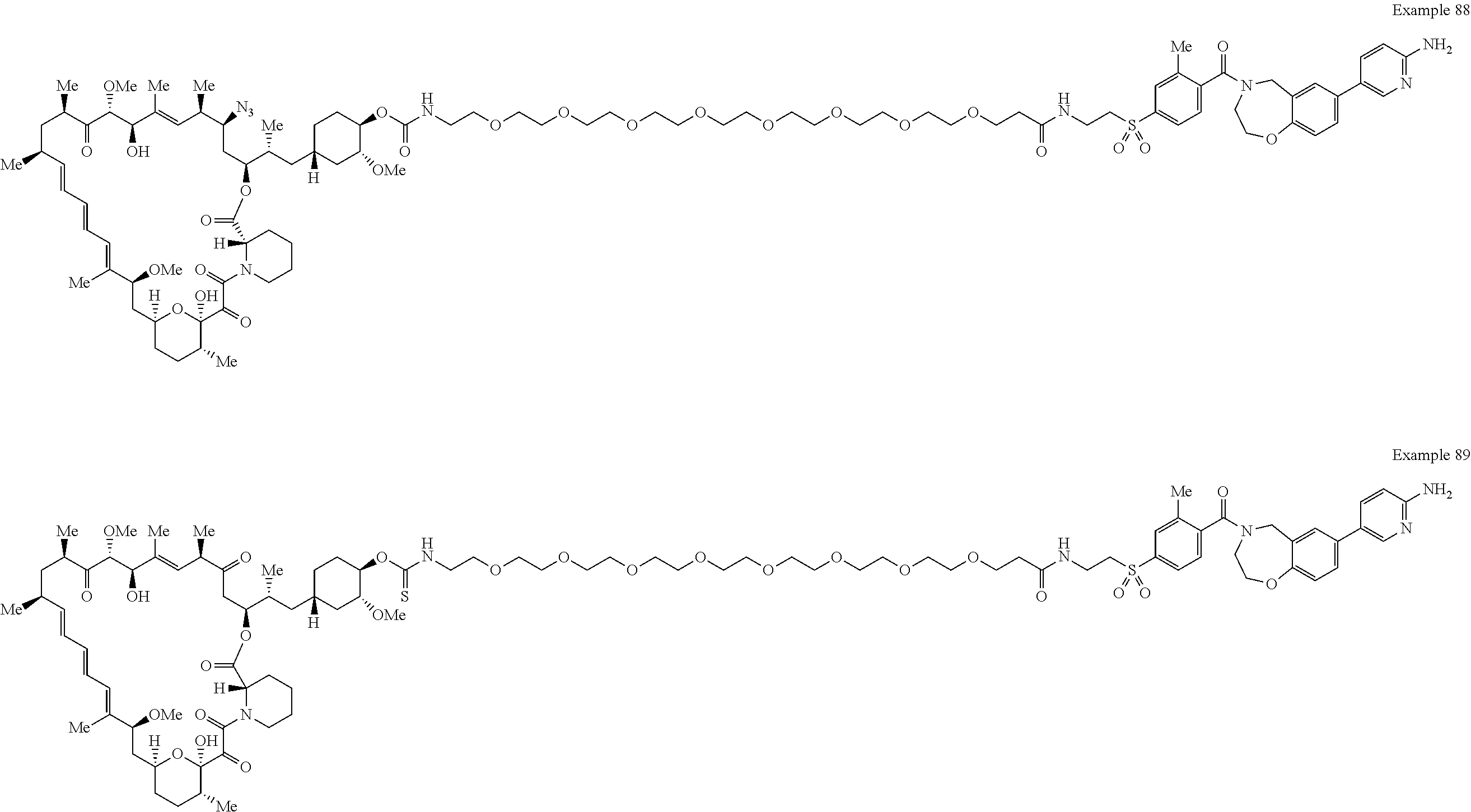

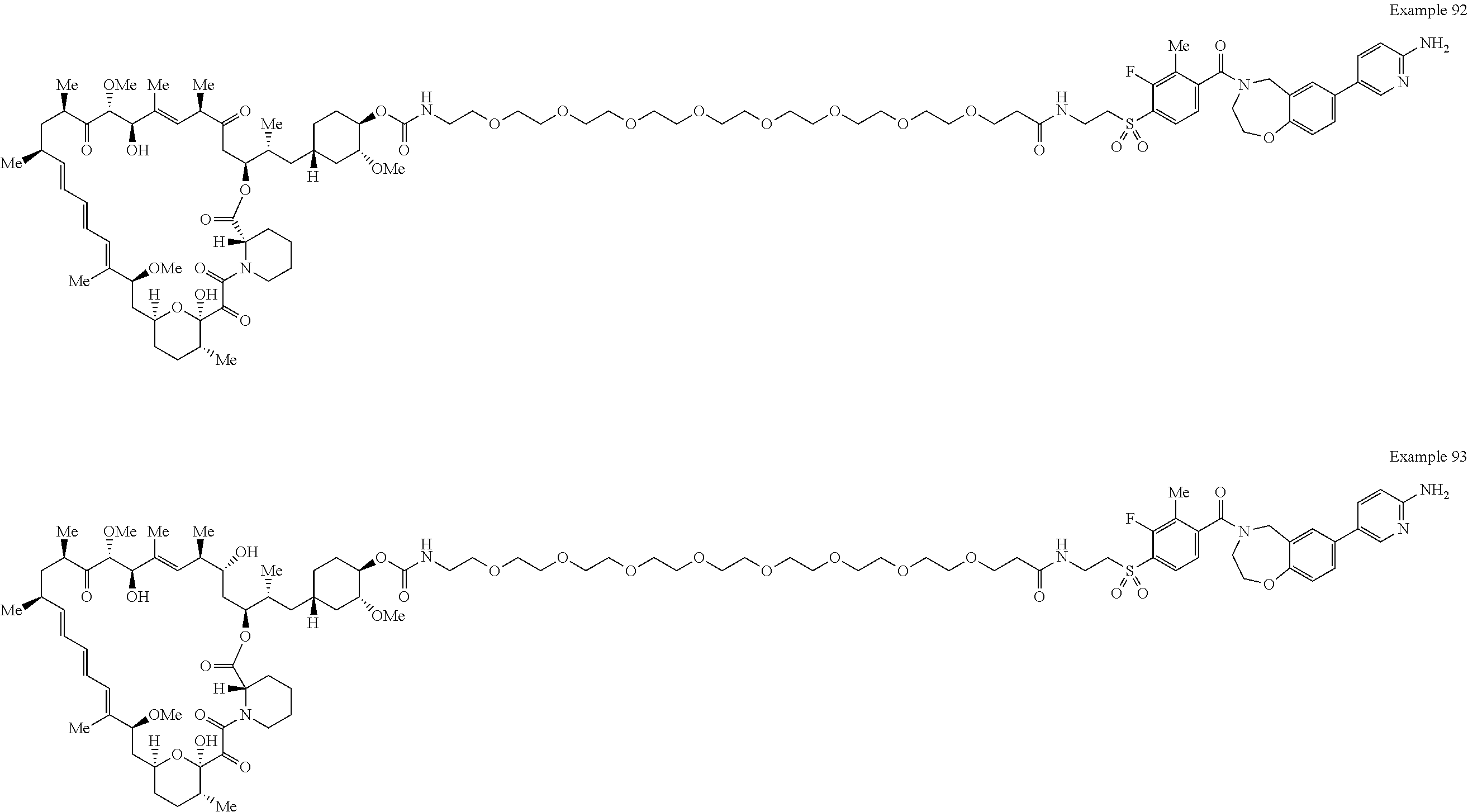

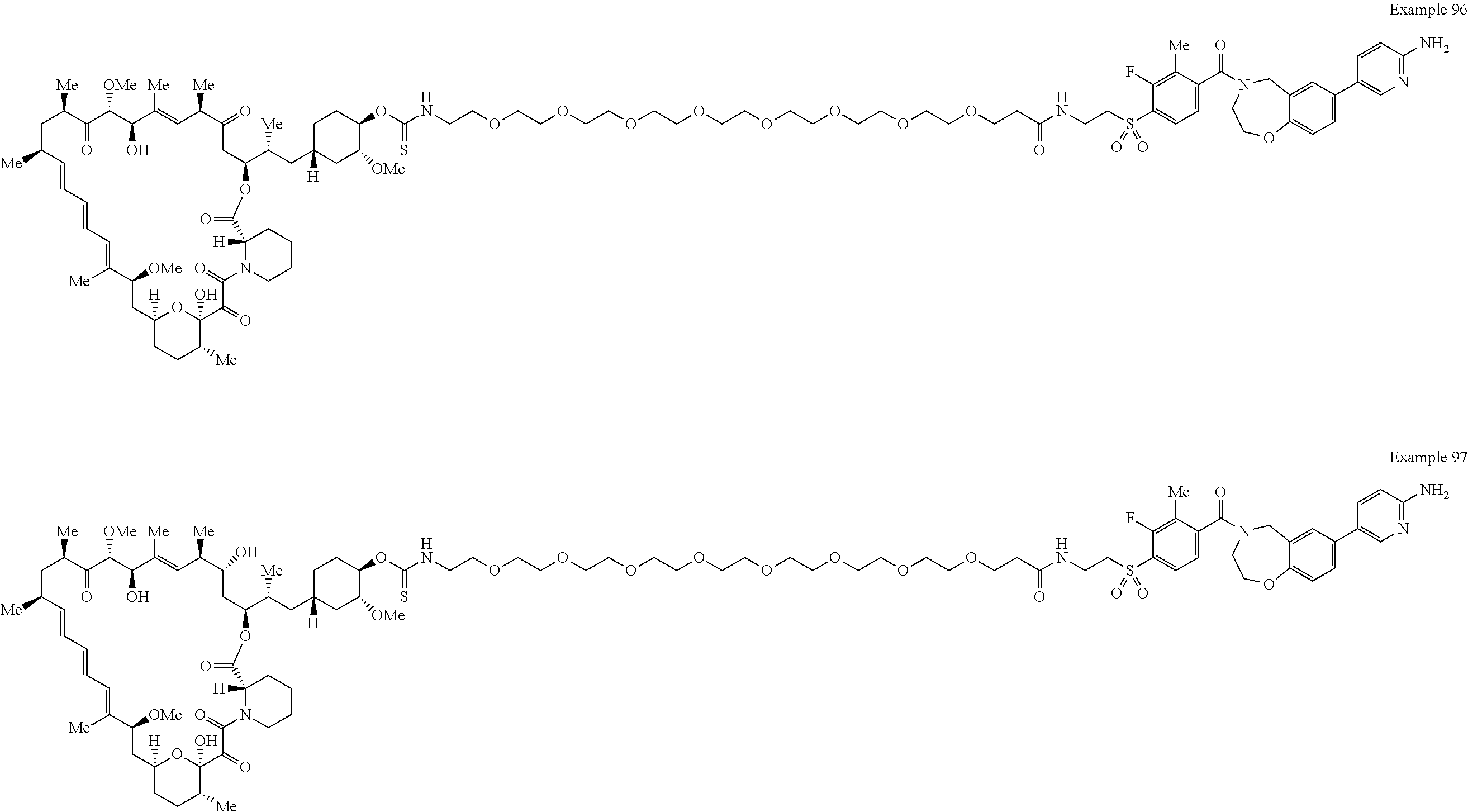
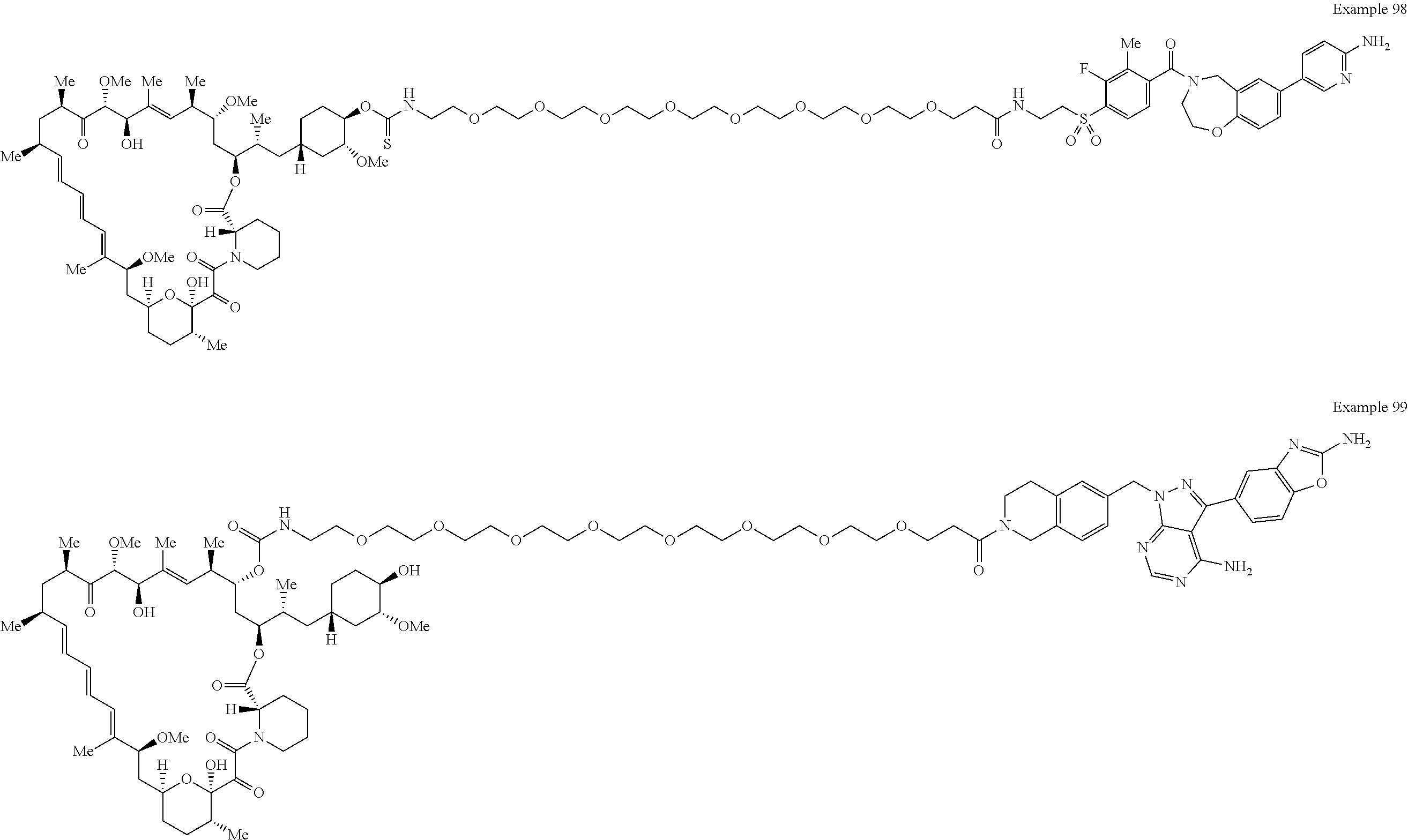







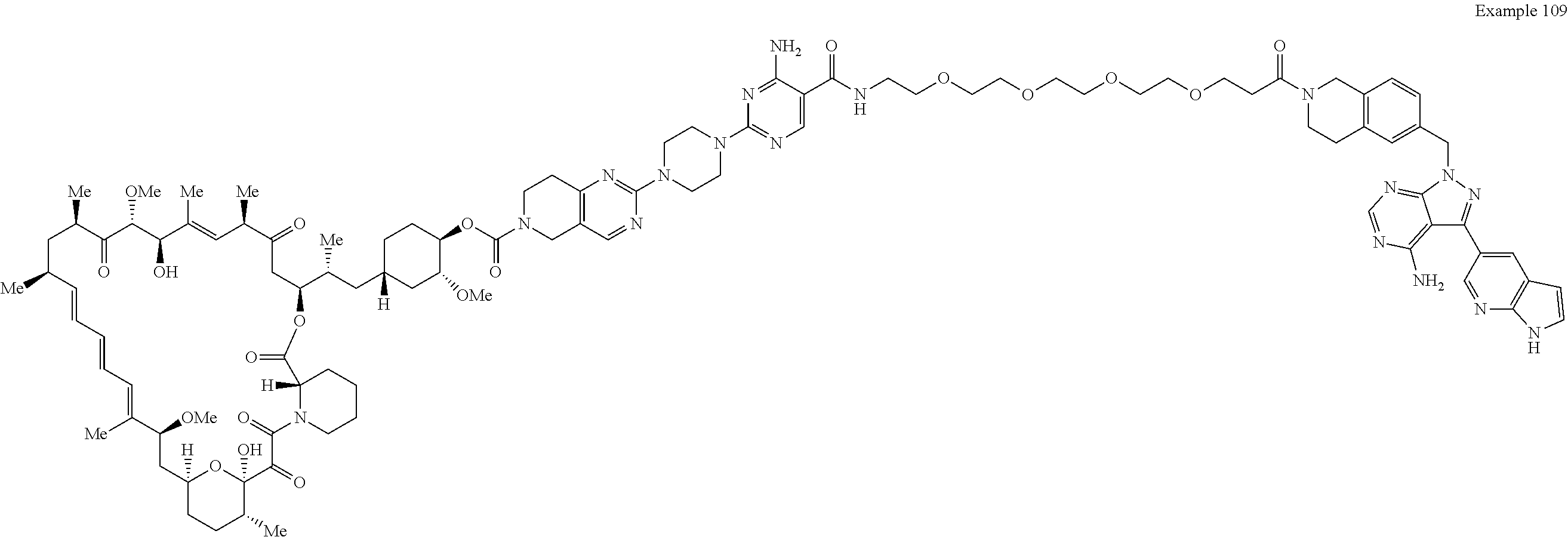

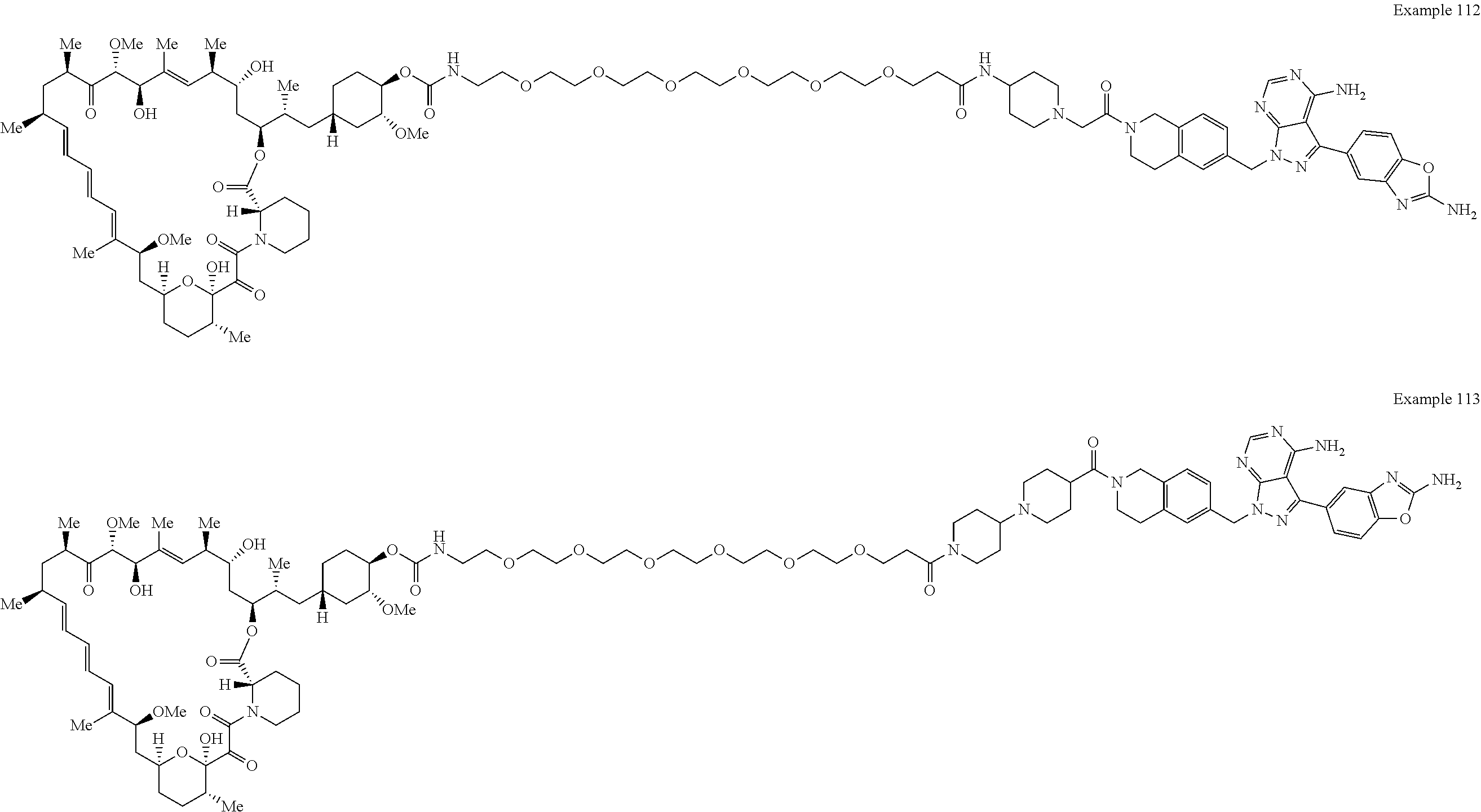




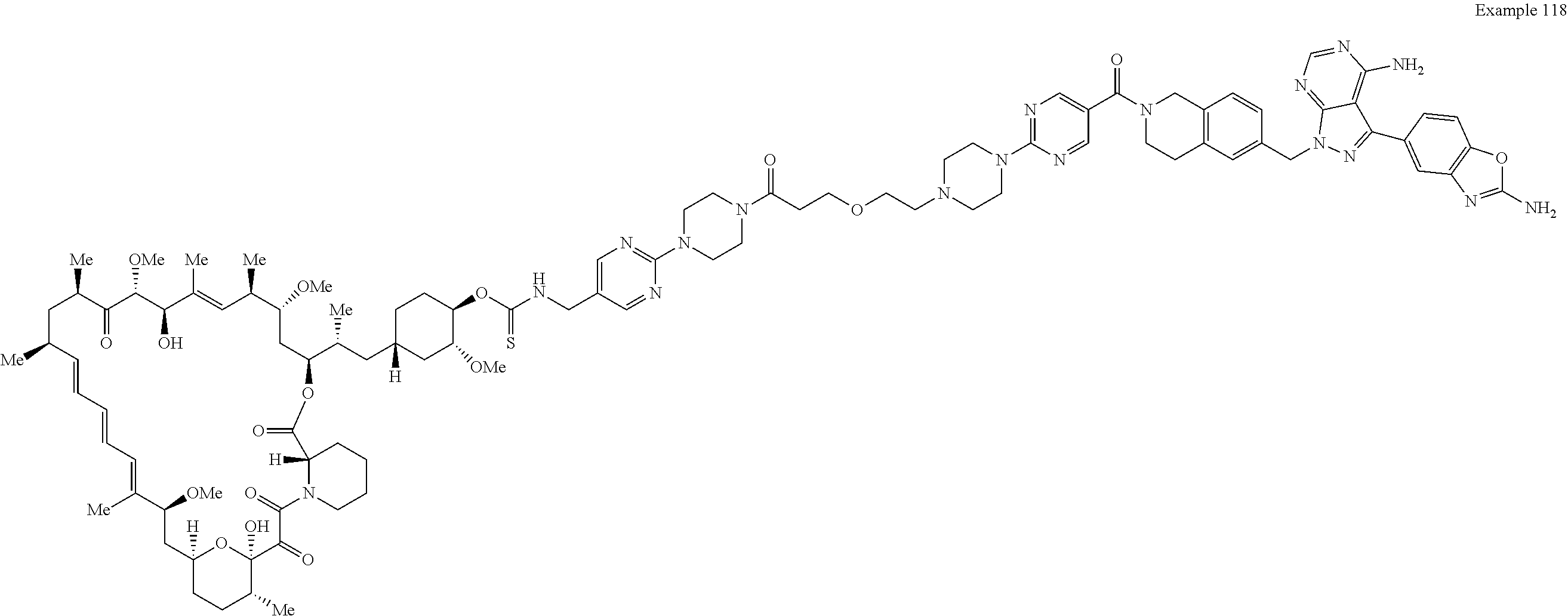
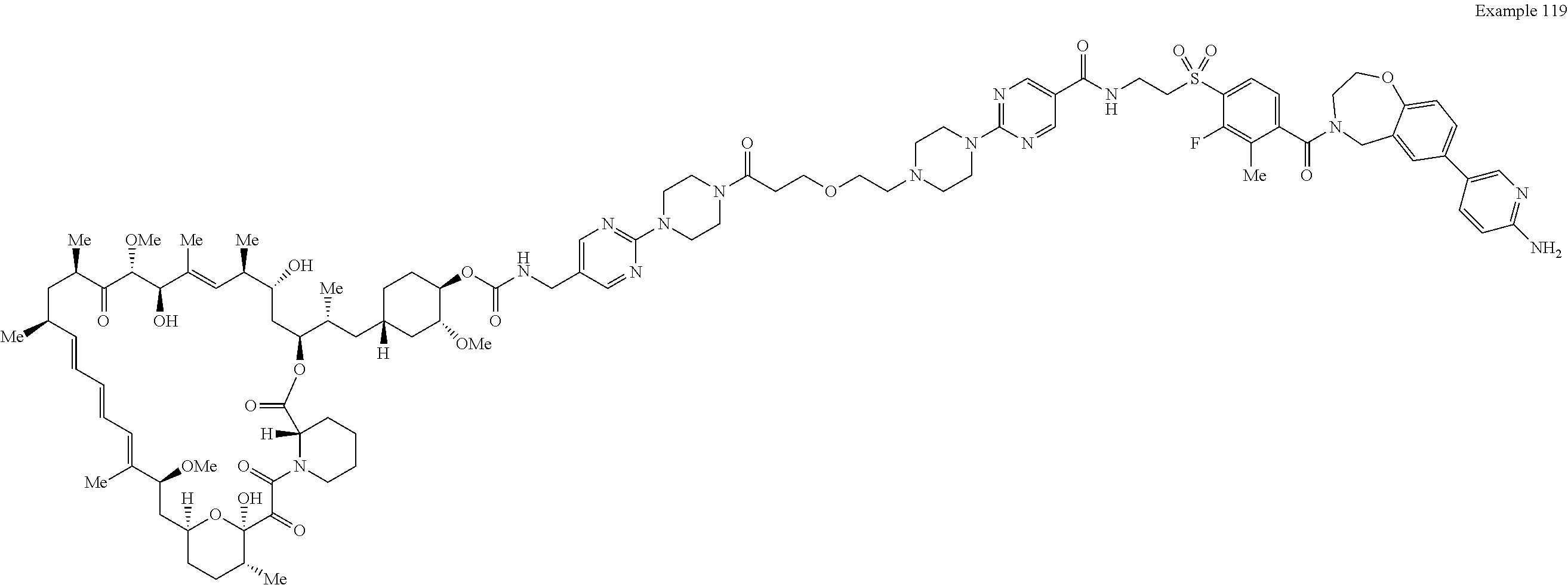





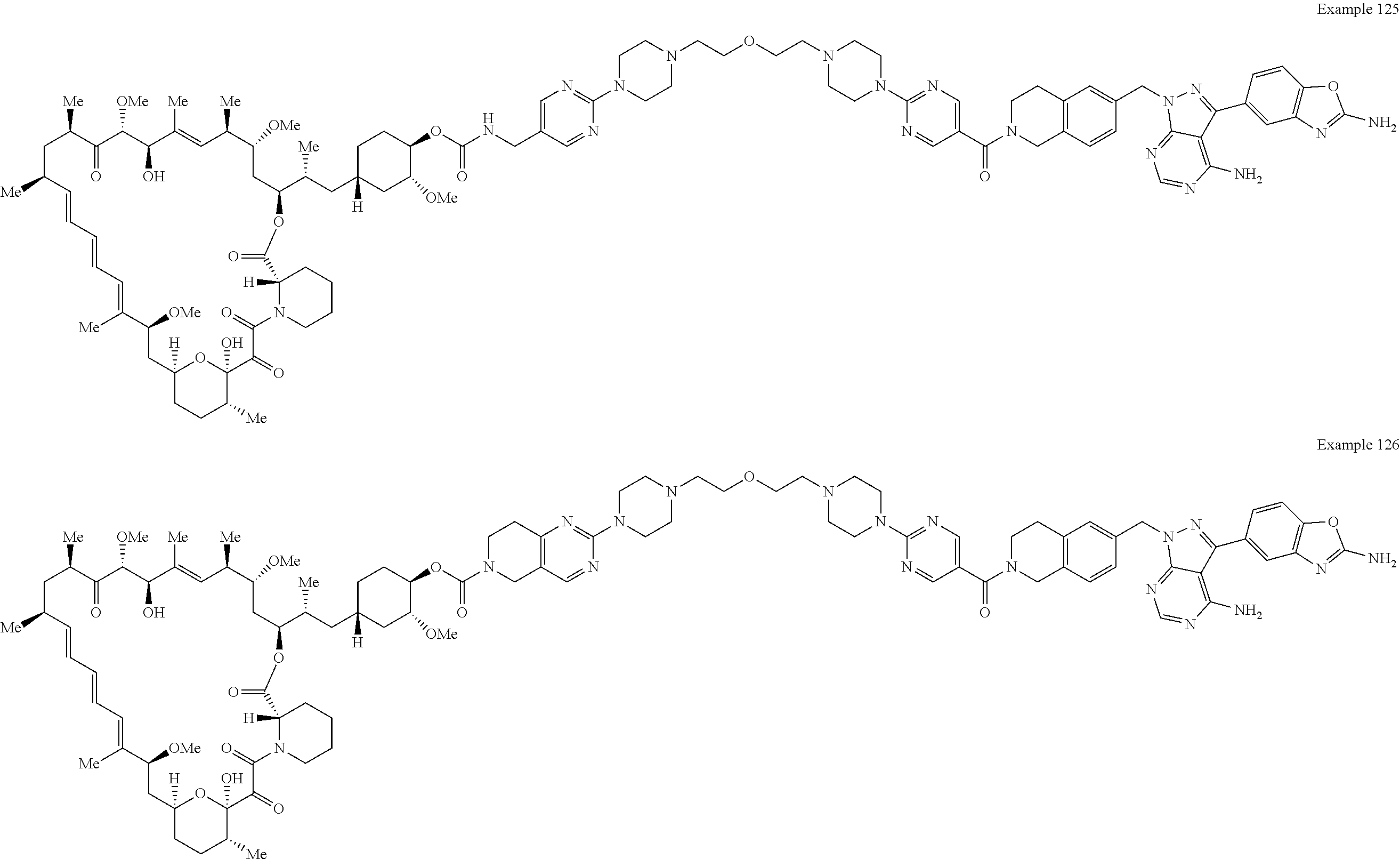



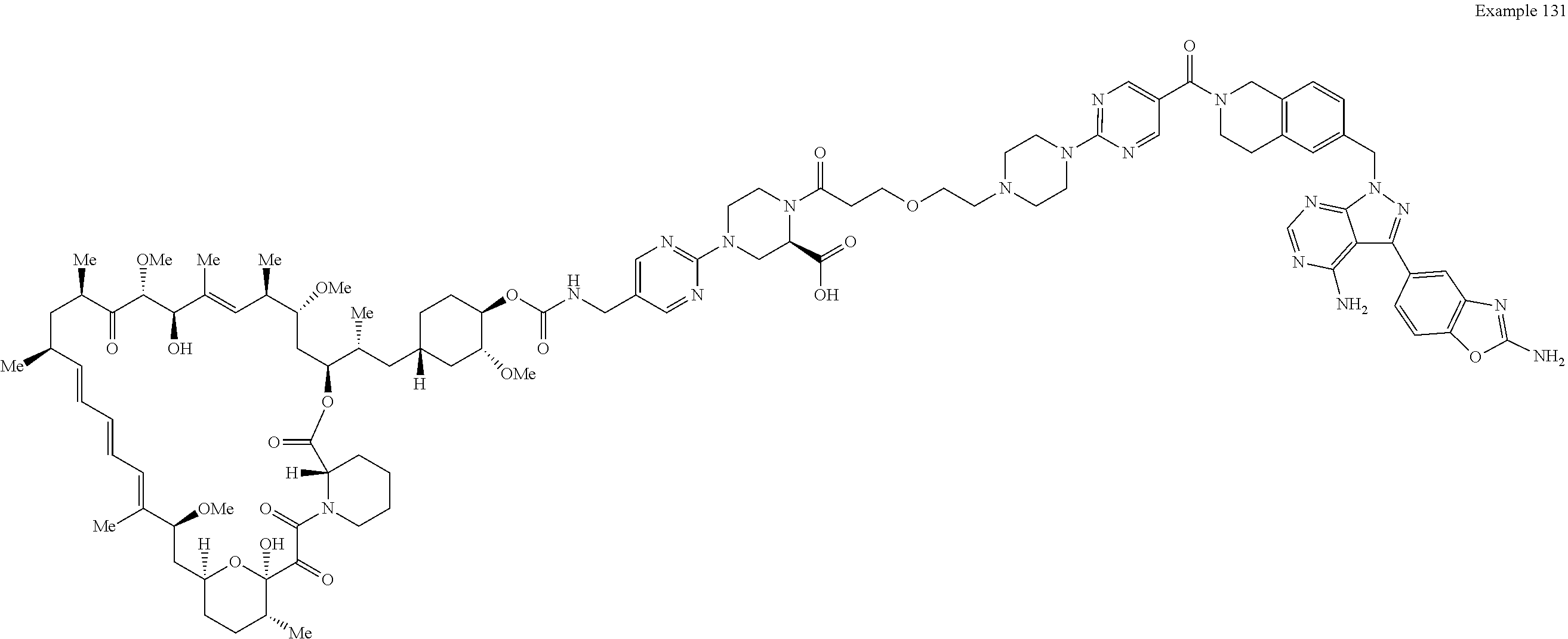

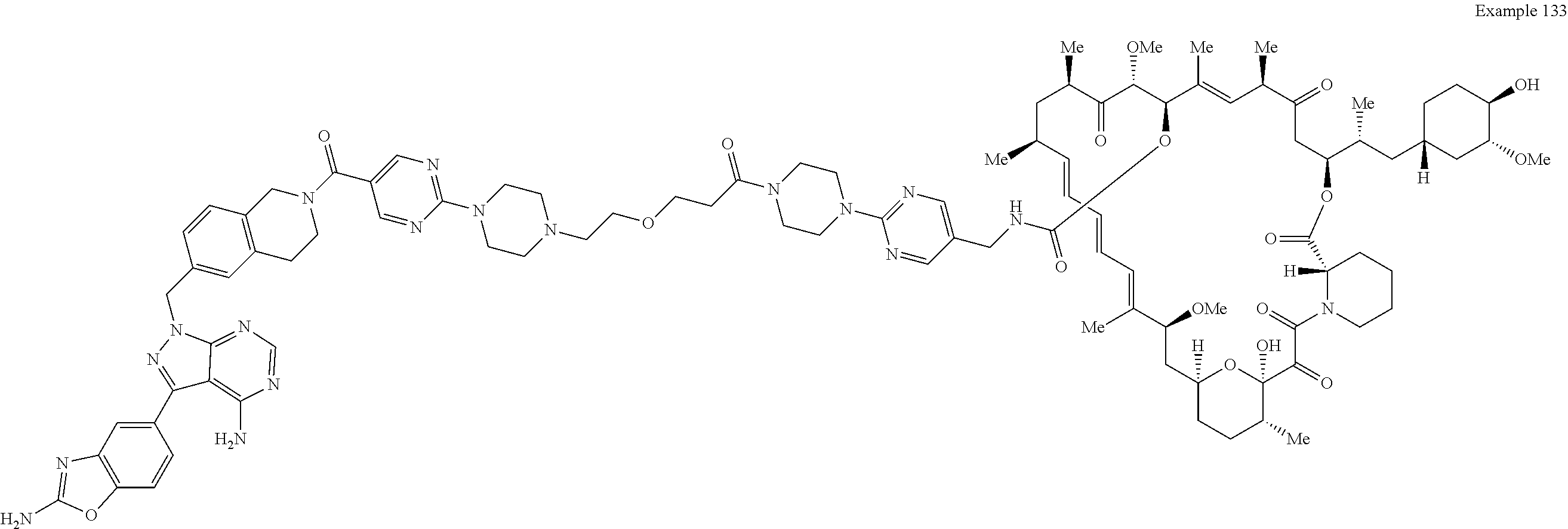


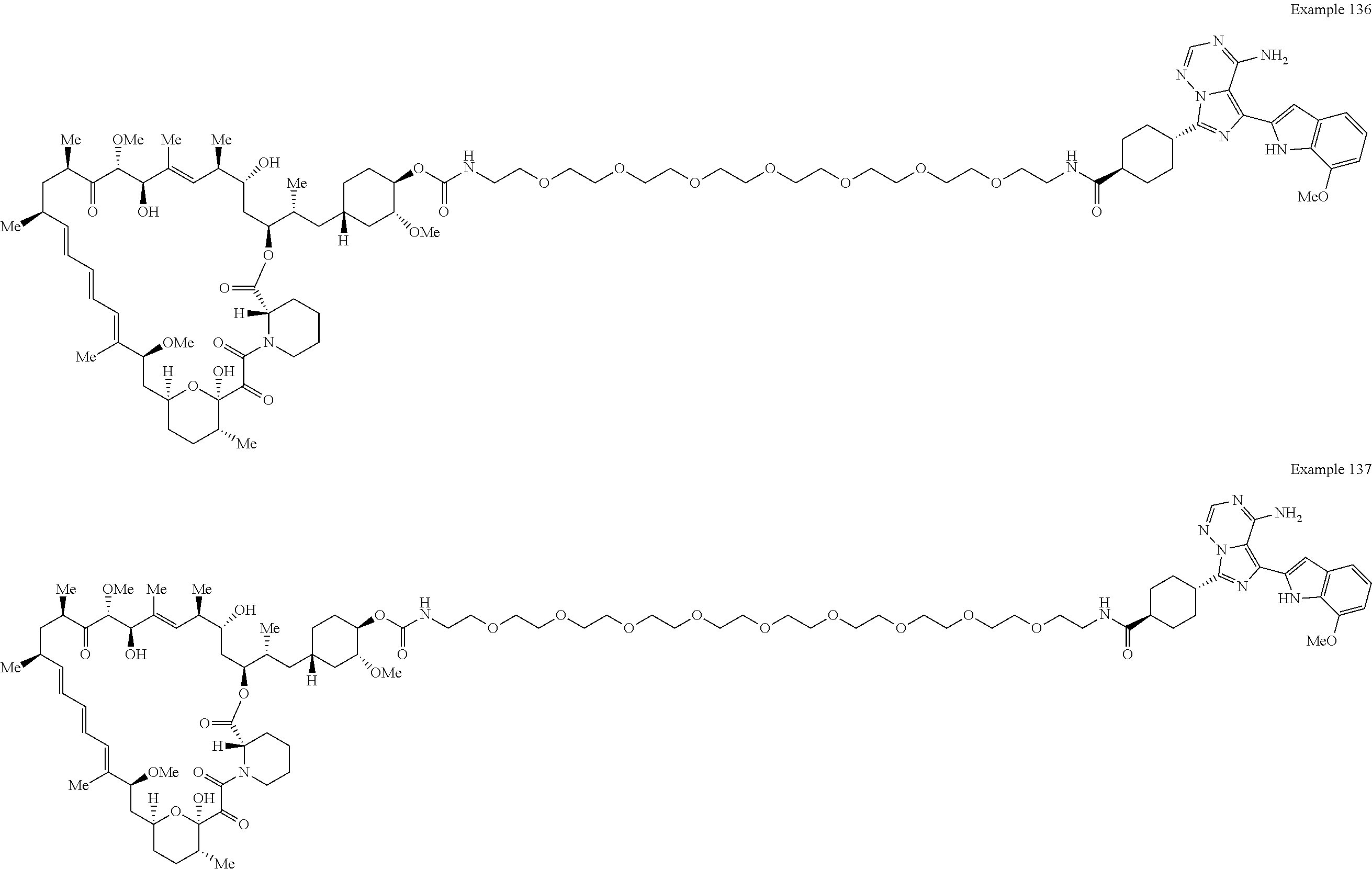
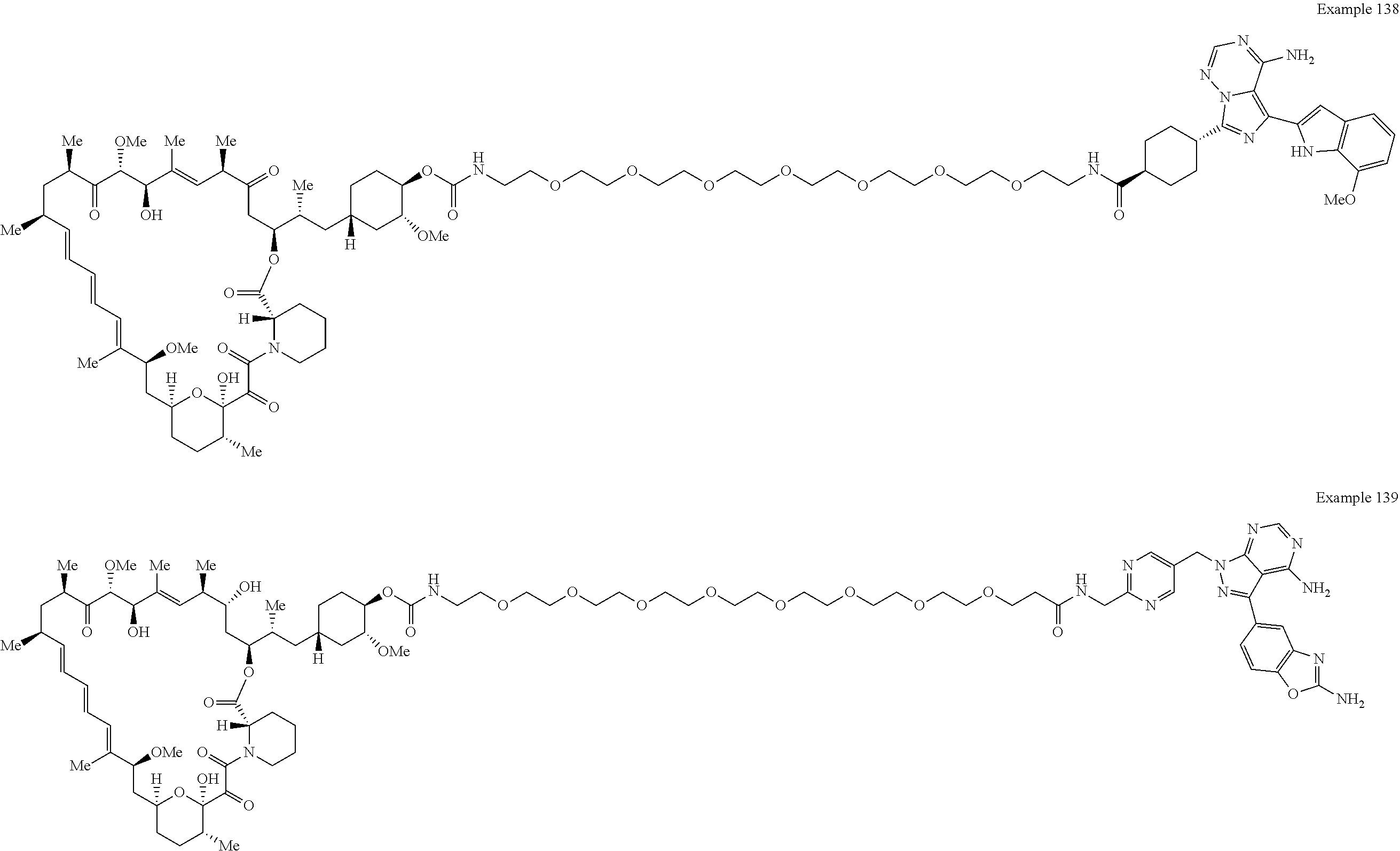


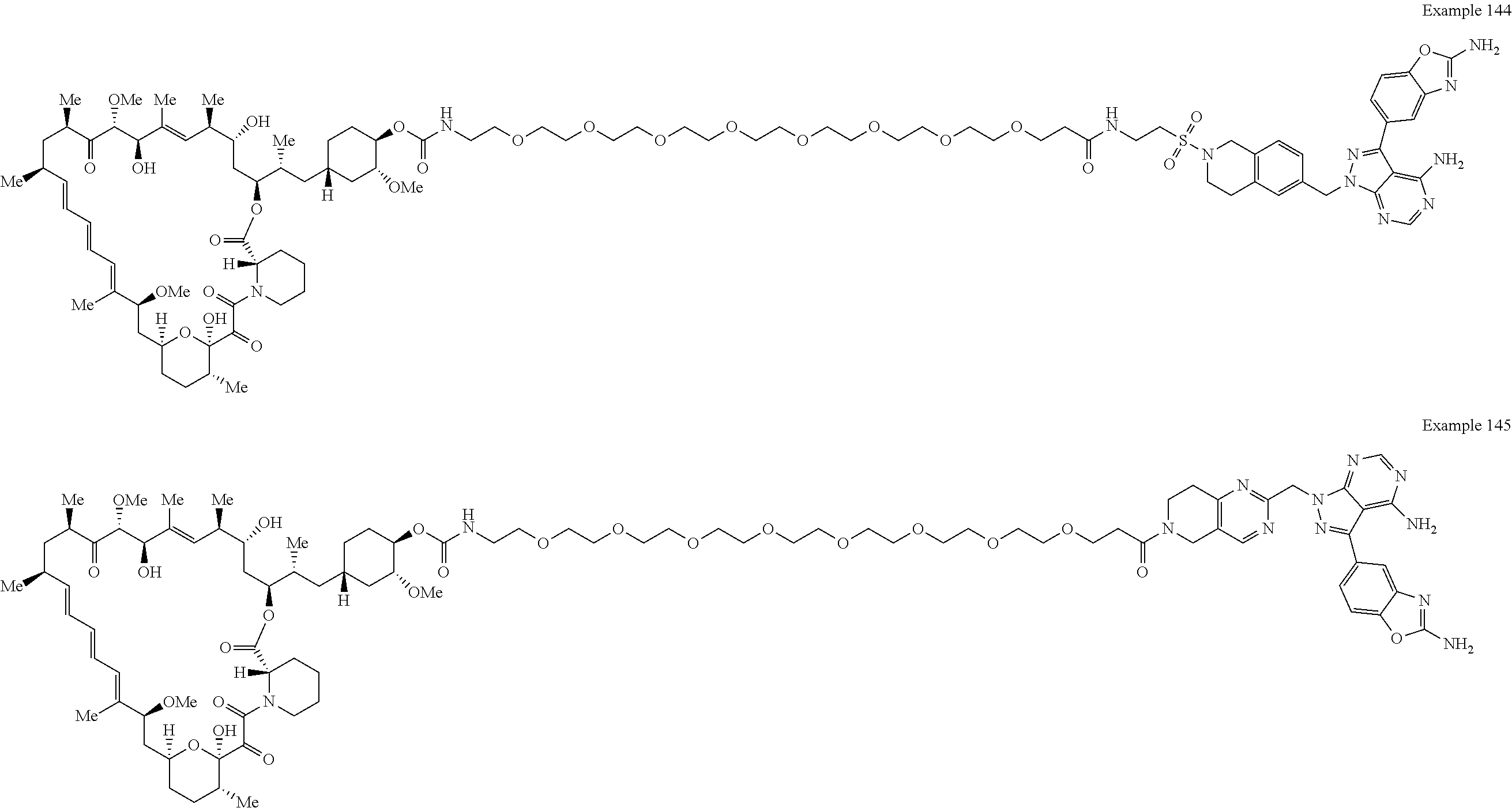

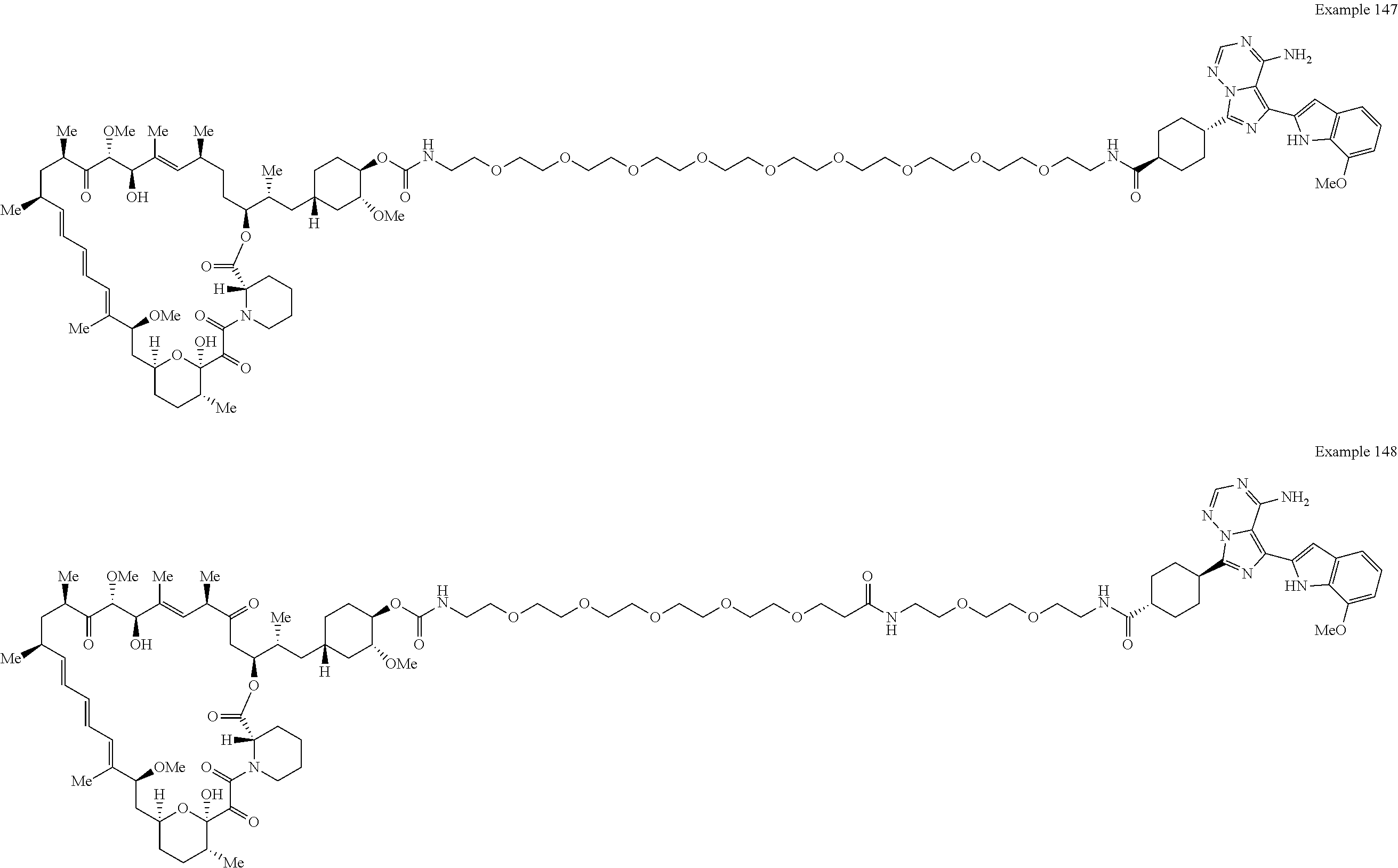



P00001

P00002

S00001
XML
uspto.report is an independent third-party trademark research tool that is not affiliated, endorsed, or sponsored by the United States Patent and Trademark Office (USPTO) or any other governmental organization. The information provided by uspto.report is based on publicly available data at the time of writing and is intended for informational purposes only.
While we strive to provide accurate and up-to-date information, we do not guarantee the accuracy, completeness, reliability, or suitability of the information displayed on this site. The use of this site is at your own risk. Any reliance you place on such information is therefore strictly at your own risk.
All official trademark data, including owner information, should be verified by visiting the official USPTO website at www.uspto.gov. This site is not intended to replace professional legal advice and should not be used as a substitute for consulting with a legal professional who is knowledgeable about trademark law.